Architecture, planning, and Life
Prakash Pethe
Many have made me their friend on Facebook. They are also busy with Instagram, Twitter, etc. The majority of my friends are my past students. They are doing very well in their life, earning well, living well, and enjoy life in their own manner (with whom I am in touch). I am teaching for a long time and met very intelligent and innovative students as well as many others of different types. There are many true stories, anecdotes, comments, and many funny incidents. I started writing these stories on 29th May 2019 and within seventeen months I wrote 152 stories, which comes to nine stories per month. Initially, I started with 150 words only, so as to make them readable in go, but 150 words were too little for anecdotes. I increased them to 300 words. I wish to share my experiences with you.
Dear readers following 151 short stories were earlier posted on Facebook. Now they are indexed subjectwise for the convenience of the readers. All the photographs are by the author.
Every short story is different from the other and can be read separately at randomly
Index
- The first year in architecture
- Why worry about reward
- Curiosity about Urbanity
- The Ideas of Le Corbusier
- Top of Jury and journalism
- After B. Arch?
- J. J. College of Architecture, Mumbai
- J. J. Campus and Bombay girls
- ·Supliment
- Pakoda
- Melodious moments
- Story of a dozen passionate architects
- ऐसा भी होता है Jury
- They did something else.
- Unique search.
- Industrial Revolutions
- My experiences
- Papa Kahate Hai
- Dear friends fourth generation
- Dive in the dark
- Our days of learning architecture
- Learned and the learners
- Early concrete buildings in India
- A house should protect us
- When design takes a shape.
- Learning and teaching architecture
- Learning architecture
- Scientists say that the “speed of thought
- Half a century of short notes
- Women’s era in architecture
- Architecture, music, and Cinema..
- Architecture again.
- Our Mistry
- Architects trained abroad and in India.
- Contemporary architects
- Memories
- Builder
- Architecture-learning and farthing
- Architecture again
- Ranakpur and Datia Palace
- Primary school (1969)
- History Need of Samudra Manthan.
- Learning Architecture.
- Google-Fiction- Architecture
- Railway stations
- One year of short stories
- Learning Architecture
- When London called Indian architects.
- Her true story
- The dominance of women in architecture
- A story partly true ( during lockdown)
- Bhadreshwar Jain Tirth Mundra
- Amreli and Palitana.
- Ghumli. Near Bhanvad
- Study tour with BCHS- Vallabh Vidyanagar
- Dwarka
- How Bhils live
- Palanpur August 2009
- Gondal near Rajkot
- Halvad town-
- House Hold Survey again
- Khambhat (Cambay)
- Bundi – Outdoor school of architecture
- Ajanta
- Ellora
- The Great Indian Arc.
- Airavateshwar: Kumbhakonam
- Brihadeshwara Temple, Thanjavur.
- Datia Palace.
- Museum of Rice at Kaziranga
- Orchid Park at Kaziranga
- Mawlynnong in Meghalaya,
- Kashi Yatra (1977)
- Kashi Yatra 2
- Kashi Yatra 3 (2015)
- Kashi Yatra 4
- દાસબોધ
- Tower of lamps
- Khajuraho
- Glass Pyramid by I. M. Pei
- Chapel at Ronchamp
- Sagrada Familia
- Villa Savoye
- Urban Local Transport
- Literature and art.
- Post Covid-19 ( Housing )
- Laterite stone
- Shodhgram Gadchiroli
- Stones
- Wada – Kalyan
- World of woodwork 1
- World of woodwork 2
- World of woodwork 3
- World of woodwork 4
- World of woodwork 5
- World of woodwork 6
- Ar. P.S. Rajan. (1939-2019)
- Ar. Suryakant Patel (SLP)
- Walter Gropius
- G.B. Mhatre. My Professor
- Ar.Vasant Apte my classmate
- Draft Development Plan
- Laying Out 1000 Houses on the ground
- “Moje”, “Kasba” and कसबी
- I and Municipal Commissioners (One)
- I and Municipal Commissioners (Two)
- I and Municipal Commissioners (Three)
- I and Municipal Commissioners (Four)
- I and Municipal Commissioners (Five)
- I and Municipal Commissioners (Six)
- I and Municipal Commissioner (Seven)
- My Mama (1926-2006)
- What will you do next after M.Plan
- Padma Bhushan. Dr. B.V. Doshi
- Joseph Allen Stein
- Architect R.F.Chisholm
- Professor Kurula Varkey
- Dinkar Gangal
- Shankar and Navnath Kanade
- Natural Light
- Basanat Rani
- Baroda Museum building itself is a museum.
- Photography 1
- Photography 2
- The Shalivahan Saka
- Memories
- Ekbote
- Darshan Film Society
- Memories of Cinema
- Baroda College
- Photography B&W 1
- Photography B&W 2
- Photography B&W 3
- Benefits of swimming
- Higher education in Vadodara
- 1927 Floods (PRALAY) in Vadodara
- Heavy Book Bags
- End of an Art Gallery.
- My book covers
- Busts, Statues, and Plaques
- Romance with music
- C. Ramchandra
- Shankar Jaikishan .
- EYES
- PICTURES TAKEN DURING LOCKDOWN
- An engineer who becomes artist
- Baroda Gharana of Music
- Meditation Hall
- Killer Plague in Vadodara 1896
- Old age homes
- Guhagar and Ganpatipule
- Floral Clock in Sayajibaug
- THE FIRST YEAR IN ARCHITECTURE
We had just cleared the CBSC exams. Meera, my classmate said Avoid ‘civil’ and become supervisor and stand in the hot sun, and why should we spoil our hands with grease by joining mechanical. Let us join architecture.
We both were good at drawing and handicrafts. Appeared for NATA. We cleared with good marks. Both of us were in the same class. It was a new and unknown field. We were fifty girls and thirty bearded boys in our class. I wondered why boys were so shy about architecture.
I was enjoying drawing. Cutting papers and making random models. But our teachers were like ringmasters and that was the problem. They forced us to work day and night. None of us ever thought that college life would be so laborious. Our expectations were different. No movies, no loitering around the campus. When we finished the first year I lost three Kg and Meera two.
Aditi Chakrabartty Chatterjee Beautiful! Please share some more stories! You were one of the best teachers I came across.
Nikita Gheewala Beautiful story.. Sir, Keep sharing such stories☺️
Mohan Vaze Interesting information. Thanks for sharing. This reminds me of “Generally the grass is always green on the other side” 😊
Ravindra Abhyankar Well written.. Perhaps all faculties might be having students with similar experiences.. Keep it up Prakash bhai…
Arun Biswanath I would love to own these as a book, I hope it becomes one. Waiting for more sir. ❤️
Thakker Riddhi Keep sharing sir.. Waiting for more stories 😊
Alka Gudadhe Good that you share your stories with us. Thanks for that. Waiting for more stories from you.
Sunil Joshi Keep sharing. Believe me, I love each and every write up by you.
Ankita Ghosh Great Sir.
Jignesh Oza It was always great to hear you sir
Dimpal Singh Anandani Sir it has always been a pleasure to read your posts, and the examples you share about buildings. This writing is really beautiful. I want to read more and more and more….I relate to it a lot, amd I am sure every student of Architecture too does…
Keep sharing..
Smriti Iyer Always a joy to read your posts sir!
Bhaskar Sathe Good. It reminded me my Kalabhavan days in late fifties at Vadodara.
Jayant Kale -Yes, very true l too remember my days at Kalabhavan, Baroda, and Bhaskar Sathe as my classmate & colleague
Bhavini Prajapati Keep Sharing sir !!! Love to read again and again…
2. WHY WORRY ABOUT THE REWARD.
In our architecture class, the first two rankers were girls. Both worked hard, drew well, did good models and had good ideas. Punctuality paid them the reward. “ I was an average girl. We were eighty. And to be among the first thirty was considered to be a substantial success. But I was good at sketching; I could draw the exact face of anybody. I became popular. I never secured good grades. Before the submissions sometimes I worked day and night. Just to finish all the requirements was damn difficult. Pinning up used to be scary. Sometimes I got up at midnight and shouted ‘Mamma Hurry up. Pin-up immediately.
Slowly I recovered and could face the juries comfortably. However, I don’t like race. If someone is better than me, ok. I don’t like to be first. I thought learning is not a hundred meters race. In the third year I realized that architecture is not as easy as I thought”, a girl sincerely told me….
- Top of Form
Bottom of Form
Ravindra Abhyankar This appears to be second part.. So they say experience is the real teacher…
Alka Gudadhe 🏆 Reward to this thought.
Ruchita Shah “Slowly I recovered and could face the juries comfortably. However, I don’t like race. If someone is better than me, ok. I don’t like to be first. I thought learning is not a hundred meters race.”
I feel her emotions. Passed through the same!!
Prakash Pethe Ruchita- I think, I can feel the pulse.
Professor Dimpal Singh Anandani Wow..👏👏
There are many true stories, anecdotes, comments, and many funny incidents. I wish to share my myriad experiences with you.
3 CURIOSOTY ABOUT URBANITY
Architects of the world were curious about Brasilia and Chandigarh the two new cities. Out of the two, many visited Chandigarh and Ahmadabad to see works of Le Corbusier. Three students of architecture from France came to India in the mid sixties. One of them was Jerome, who could speak English. They traveled through land route, hitch-hiking, taking trucks and other vehicles via Austria, Hungary, Turkey, Iran, Afghanistan, and Pakistan. They stayed with us for two days, enjoyed Sev- Usal, Bhajia and many other delicacies.
Jean-Louis Véret (1927–2011) was a French architect. After three years of studies, four friends took an old car and drove down South of Morocco from Paris, then to Egypt, to Sudan and back via Sahara desert. “This was our way of celebrating our first three years of studies. We had a very different approach to architecture as opposed to working on drawing boards in the center of Paris. We published a book, which Le Corbusier read”. Name of the book is “Three Human Establishment”. Veret worked from 1953 to 1955 in Ahmadabad for Le Corbusier’s office.
4. THE IDEAS OF LE CORBUSIER
Maximum number of architects followed Le Corbusier. The list is long. Architect Jacques Guiton wrote a book “The Ideas of Le Corbusier on architecture and urban planning’ translated by Margaret Guiton, published in 1982, is an interesting book. Guiton born and trained in France moved to New York in 1948. A line in the introduction says” For many years I have felt that this book should exist and I would like to write it” Often everyone of any discipline thinks like this in the initial phase of life . I must do this.’ I have a good voice so I must sing’.’I have a flair for speaking so I must become an orator’. ‘I have a good hand so I must join Fine Arts’. Someone says ‘you write very good letters, you should become a writer’. A mother finds that her two year daughter dance well, so she puts her in the dance class. Someone thinks that this idea must exist. So it exits. About the book I shall write some other time.
5. JURY AND JOURNALISM
The most interesting part of learning architecture is facing juries every year. Defending one’s own design becomes a soft skill essential for facing life after graduation. Some students speak so well that listeners enjoy their explanation. In five years after facing juries, some become expert in explaining their work. There lies the germ of journalism. Appreciation of good work and making notes on site can become a good essay. Architectural journalism is a wonderful option for few.
Every student faces minimum of nine external juries. Unknowingly he develops communication skills, aptitude for research, confidence, and the ability to convince others. Many learn MS Office themselves; Seminars help them develop the ability to write in an appropriate style. In a batch, one comes across someone who is curious about everything, about Classical Music, Fine arts, painting, and literature. He is fit to become a journalist. Today there is a scope for Architectural Journalism. As there are many magazines, and scope for writing blogs is vast
6. AFTER B.ARCH?
Architecture is a profession which cannot be learned in the classroom alone. Hence after B.Arch., one must put in two solid years of site work to understand execution processes, norms, construction management, tendering process and project management.
If one wishes to focus on architecture as a career then one may pursue M. Arch (Design) and not any other post-graduation. However, courses on horticulture, acoustics, interiors, all types of building services and advanced computer software, can be done for the enhancement of architectural skills.
Those not interested in hardcore architecture, other specializations may be acquired. Urban and Regional Planning is very good for those interested in larger issues of a country. Urban design and landscape are interesting though in India, are treated like embroidery over a fabric of the urban area. Transportation Planning is a key subject today which has an excellent scope. Five years in architecture are enough for a student to decide his future stream of work and liking.
Gopal Mitra The last sentence is very correct, by that time one will know his/her interests better
Bhaskar Sathe. Very useful adlvice to students .If they follow it during their student life, it will clearly help them to choose what is befifitial for their future
Smriti Iyer The last line is so very true.
Sudhakar Sahasrabudhe. Construction Management is one more
7. SIR J.J. COLLEGE OF ARCHITECTURE
In the late fifties, J.J. was a jewel placed at the center of the ring with a small precious stone embedded around. Fine Arts, Applied Arts were on the campus, with a lush green lawn in the center. A stationary shop across the road, Metro, Liberty theatres in Art Deco style buildings at the rear, New Empire, Excelsior theatres on another side, at walking distance. Fort area the commercial hub of Mumbai was very close. To the north all residential buildings designed in vernacular style in Girgam, Bhuleshwar, Jhaveri Bazaar, and Bhendi Bazaar. We never needed to go far away to see historic buildings. Chhatrapati Shivaji Maharaj Terminus, Mumbai Municipal Corporation, Times of India buildings were on our way to college.
Irani restaurants, where one could sit for hours and discuss random and funny dreams when in teens, on a cup of tea. The man on the counter never asked us to go. What was not taught in the classroom was taught by precious stones embedded around a diamond in the ring
Arun Biswanath This is one was great. 😌❤️
Ravindra Abhyankar What a life you must have enjoyed.. Peaceful, no traffic jams..
Sunil Joshi Beautiful pictures and great write up.
Bhaskar Sathe What a glory. I feel proud and lucky to be a visiting faculty at Sir J.J. College of Architecture.
Jayant Kale Well commented by Bhaskar Sathe !
Himani Vashi A beautiful narration Sir , especially the last line!
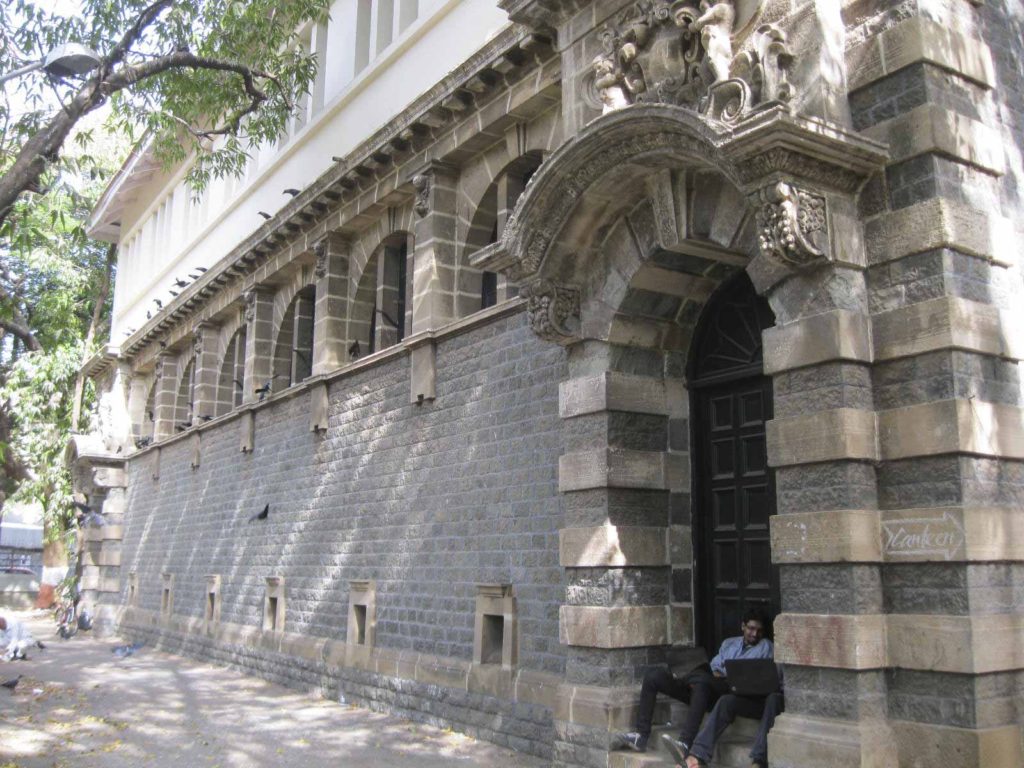
Our Studio

J.J.School of Fine Arts
8 .J.J.CAMPUS AND BOMBAY GIRLS.
In the late fifties, J J was dominated by males. Campus comprised many branches of Fine Arts and Architecture. J.J. boys and girls looked different from all other colleges. They were moody, dreaming, and not very fastidious about clothes. In my class, there was not a single girl. Percentage of girls on the campus could be below ten. Intellectual smartness of the girls enhanced their external look. We were Bombay (Mumbai) watchers. It was a city of cultural regionalism. But the composition never clashed though they were from Girgaum, Kalbadevi, Dadar, Bandra, Malabar Hill, Thane, etc. Anglo Indians and Parsees were noticeable. Students came to the college by Trams. All the girls followed acceptable minimalism. No ornaments. No showoff. Each locality had different vocabulary and terminology and different behaviorism. On J J campus students listened to J. Krishnamurthy, sat in the canteen. , loitered in the Fort area, visited art galleries, that improved their visual literacy, normally absent among others. Winning trophies in one-act plays was a real glory of J J. I was runner-up in 200m swimming. A funny kind of glamour prevailed in rest of Bombay state about Bombay boys and girls.
Arun Biswanath Globalisation one world, etc. It is about change and evolution, was it for good or should things have stayed the old way sir? What do you think? Trying to have a little discussion.
9. Supliment
Post dated 20th June 2019 contains old pictures of (1) Jahangir Hall opp. Jahangir Art Gallery (2) CSMT Mumbai (3) Corner detail of BMC. Opp CSMT. (4) Jer Mahal was declared as Heritage Building opposite Metro Cinema. But it is beyond repairs. It will be pulled down at any time. Those who are interested in heritage may visit. (5) Mumbai Chaupati
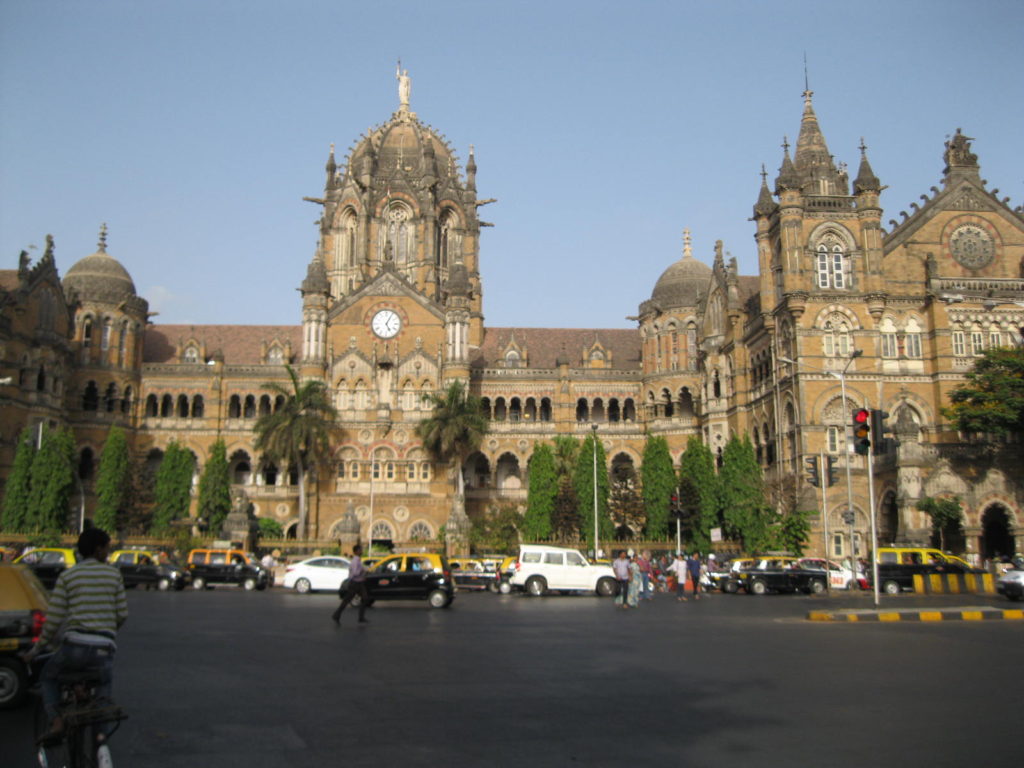
Top of Form
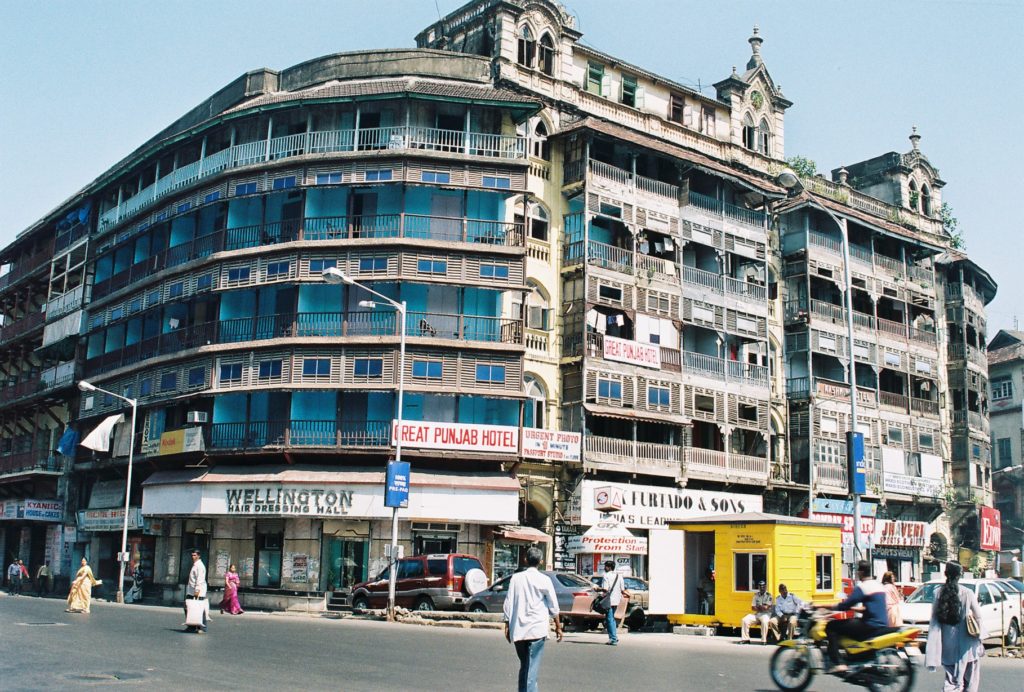
Jer Mahal was declared as Heritage Building opposite Metro Cinema.
10.PAKODA
‘Brothers, you will not see me in the fifth sem’.
‘Why?’
‘I am unfit here’
‘Then why did you join architecture?’
‘All my classmates said’
‘What?’
‘Don’t join commerce, they are in millions. Join architecture. It is a hotline these days.’
Actually, my father told me don’t go there. He was correct but I didn’t listen.
‘But Bhayya architecture is the mother of all arts’
‘But bloody, no one told me that mother’s own kids are PCM’ and art is an adopted child as her best choice
‘So what?’
‘I hate Physics and Mathematics’
‘I have KT again in structures.’
‘What will you do?’
‘I will join commerce or sale Pakodas.
“We will help you. Why do you worry?’
‘Thanks. But can you enter in my head?’
‘What about Kit-Kat? She loves you.’
‘Love has nothing to do with architecture.’
‘But she will not marry a Pakodawala’
‘Don’t worry guys That is her problem.
Prakash Pethe My school and classmate left architecture after three months and joined commerce and retired as a manager of a Bank
Gopal Mitra These are good enough to be in a book as short stories, very well narrated
Shashikant Kumar ‘Life is like that’, remember in reader digest. Your short narrative reflects life’s own choices. People are funny in their own life. We all think and do otherwise, otherwise who would think of sev ussal in hot summer days under the sun in Vadodara. Life has spice, and whether architecture or banking we were destined by
Prakash Pethe Sahi Pakde Hai
Alka Gudadhe तू उत्तम लेखक आहेसच त्यामुळे तू लिहीलेले हे किस्से वाचतांना मजा येते.
Sunil Joshi Mastach!
11. MELODIOUS MOMENTS
Being fond of all forms of music since childhood, I admire those who sing. I was called to conduct Viva Voce for Architectural Research Thesis. A cautious girl entered in. She answered every question correctly. Her guide said. “She is a good classical singer”
“Why not listen to her”. Without any hesitation, she rendered a classical ‘Bandish’. I gave her extra marks and she jumped from first class to distinction.
In other class, two boys and a girl were part of a band. Their chorus received a standing ovation from the class.
A few years ago a large-eyed girl, also a singer. On her birthday she brought a cake for the class made by her. She surprised all, that she is an expert baker.
Long ago, our principal asked me to take elective in photography. There was a graceful girl who happened to be the best in the class. The principal and the Art teacher verified all the pictures and approved my result.
“Though I like them, my contribution to their skill is nil”.
Ravindra Abhyankar Clear thoughts..
Smriti Iyer Another wonderful write up sir! Music truly moves us all!
12. STORY OF A DOZEN PASSIONATE ARCHITECTS
P.S.Rajan from IIT, Kharagpur was internee with Ar. B.V.Doshi in 1960. After graduation, he returned to Ahmadabad and worked with Doshi, and taught at CEPT. More than a dozen young architects landed in Ahmadabad to physically understand new architecture. Many of them had been to Chandigarh earlier. In 1965 I stayed in Ahmadabad with my classmate and worked with French Architect Bernard Kohan. Hired a bicycle and saw, 35 buildings built between 1411- 1550, as well as all modern buildings and also exquisite vernacular architectonics.
To study those buildings personal involvement was needed for which about dozen boys came to Ahmadabad and worked for long hours on a paltry sum just enough to survive. The offices were benefitted by their diligent and extensive quantity of work. It was observed that those who went out for knowledge, got it.
Modern buildings were promoted or recommended to others by Kasturbhai Lalbhai (1894-1980). He was a mill owner with a vision and was instrumental in assigning works to Le Corbusier, Louis Kahn, B.V.Doshi, A.P. Kanvinde, and Charles Correa.
Once the curiosity of new architecture was over, they left Ahmadabad. Some went to Nepal, Nigeria and other places. Shankar and Navnath Kanade (Mumbai) established in Bangalore and did innovative housing and became famous. Sudhakar Desai from Mumbai went to Nepal. Sen. Kapadia (Mumbai) worked under Louis Khan is a known name among connoisseurs. Ekbote(Baroda) was academic head at APIED, VVNgr. Satsangi, Rajan and Kurula Varkey from IIT Kharagpur did remarkable works. Varkey was principal of CEPT. Sarto Alameda from Goa went back and did the excellent practice. Anant Raje from Mumbai also worked for Louis Kahn received fame in India.
Today where the ardent and romantic young architect will go to know something new.? The USA, Europe, or our own roots?
I think the last option is better. Because architecture is a DESIGN backed by thorough knowledge.
@@@@
Top of Form
Jasmine Chauhan Gohil Very informative sir ! Keep writing such stuff for the younger generation 👍
Amit Srivastava Appreciate Sir.
Kauseen Motiwala I was glad to know.. I feel last option to know our own roots..
Ravindra Abhyankar À galaxy of architects at one place at one time.. Beyond imagination…
Kaushik Mehta Very informative and interesting! Thank you for sharing.
Jagdeep Desai Amazing information
13. ऐसा भी होता है – Jury
‘Why the hell you are so late?’
‘I did not sleep at night. I worked whole night”
“What’s a big deal? Students of architecture do not sleep, yet they come on time”.
‘What is this?’
‘Hospital Mam’
‘Why do you call me Mam?’ Sir said
‘Old habit since KG.’
‘Doesn’t it look like a resort?’ Tell me yes or no.
‘Yes Mam’… Sir
‘Why?’
‘Yes Mam, Sir… I thought a hospital should not be drab and all the patients should feel happy’.
‘Where is your North?
‘Up’
Then the orientation is wrong, and why are you occupying seven acres of land for a fifty-bed Gynecology hospital?
Do you know the cost of land? Another female jury member asked.
‘Mam, everyone says don’t worry about the cost. Just design with free mind’.
‘Where is the emergency?’
‘Mam, there is no need for an emergency in this hospital.’
‘Where is the labor room?’
‘? ?
‘You are a twenty-two-year-old girl and you don’t know the labor room?
‘Mam there are no heavy gadgets to shift from here to there. So coolie is required.
‘OMG .said the lady juror. She is impossible. I can’t ask any question to her. Let’s go to the next one
Top of Form
14. THEY DID SOMETHING ELSE.
When options for post-graduation after B.Arch. related to humanities and applied sciences such as (URP, UD, LP, etc) opened, students who completed PG gave up ARCHITECTURE and did something else. Many succeeded in their venture.
In “IT” sector many engineers picked up software technology and left their own field. Loyalty to selected discipline disappeared and earning more money for honorable survival became the need of the time.
There are many well-known personalities who were graduates in architecture. Examples are many, such as James Stewart the actor, Queen Noor of the Kingdom of Jordan, American actor Samuel L. Jackson, Thomas Hardy an English novelist, Israel’s Prime Minister Netanyahu from MIT. Thomas Jefferson was indeed a practicing architect but led a double life as President of the United States. Ratan Tata from Cornell University and is a Jury member of Pritzker Prize was chief of Tata Empire”.
Bottom lines: It is not obligatory or mandatory to continue with architecture after graduation. But whoever wishes to practice architecture should stick to it with all possible difficulties. Architecture itself is a demanding subject. For us, there was no college for Post Graduation in any subject around Mumbai. One could appear for RIBA, or go for Town Planning in the UK. We never thought of anything other than architecture. One of my senior from J.J. was a Master Cutter of suits for men (He never worked on a sewing machine) who earned well along with architectural practice. A rare and solitary case.
Top of F
Bottom of Form
Shashikant Kumar Agree education and practice are different. As we come up with life challenges choice of profession becomes influenced by networks, need and skills. Many professions have multiple training as in Architecture,, you have multiple choice or inheritence deciding the future. Thought provoking note sirji…
Himani Vashi True, and the other way there .If we study History , especially the Renaissance era ,many artists, sculptors, left amazing buildings ,what we call monuments today, were not architects at all ,but an artist, importantly. They studied people, classical antiquity & visited places and gained everything. Aint that amazing sir! But , presently ,we already see what you narrated and I think it’s amazing, ‘You went to know something and you got mastery over something ‘, something like that. And that’s even more beautiful sir
15.UNIQUE SEARCH By Mrs. Phyllis Lambert and Mies
A different kind of search took place to find a suitable architect for a prestigious building at 375 Park Avenue, New York. Peter Blake wrote a book about Mies in 1960. He says “President of Seagram & Sons asked his daughter, Mrs. Phyllis Lambert 27-year-old artist living in Paris, to select an architect for proposed Seagram building. Mrs. Lambert who had knowledge of architecture and other related arts, met Philip Johnson and under his guidance visited all the important buildings in America and Europe. She did not consider Frank Lloyd Wright; though he was great was not the statement that was needed then, Le Corbusier she thought would create a sculpture in concrete which also she could not digest. Then she met Mies Van Der Rohe and selected him. Who had designed Villa Tugendhat and Barcelona Pavilion (1930), and Farnsworth House (1951) created Seagram essentially a classical building that shook the world.”
All should thank Mrs. Phyllis Lambert for her painstaking search to get an appropriate architect for the modern age. Ultimately architects all over the world followed his style for many years.
He further writes” What Villa Savoye is in Le Corbusier’s career, and Robbie House in Wright’s work, the Tugendhat house is in Mies’s development. In fact, it would be possible to tell the broad story of modern architecture in terms of these three houses”
I love all the three architects mentioned by Peter Blake and of course Walter Gropius. They are my unseen Gurus. I haven’t seen Seagram but had a chance to see his Barcelona Pavilion.
——Mrs. Lambert has now written a fascinating account of the 38-story tower, Building Seagram (Yale University Press, 2013)
16. INDUSTRIAL REVOLUTIONS- ARTIFICIAL INTELLIGENCE AND ARCHITECTURE
I read a review of a book by Amy Webb (born 1974) She is a Jewish American futurist. She lives in Baltimore Maryland, with her husband and their daughter. Originally attending Jacob School of Music to study classical clarinet.
Amy says. IBM (1911) Microsoft (1975), Apple (1976) Google (1998), Face book (2004), are American companies. She calls them mafias. Baidu is China’s Google. Alibaba, Tencent had invested $448 million for a minority share in Chinese search engine Sogou.com, the subsidiary of Sohu, Inc. They are all controlling the world.
The architecture was directly connected to three Industrial Revolutions and produced great works.
1. .First Industrial Revolution 1760-1820 steam-powered factories the transcontinental, railroad, the cotton gin, electricity, and other inventions permanently changed society. (John Ruskin and William Morris Arts and Crafts Movement, in architecture (1880-1910)
2. Second Revolution1870 and 1914 application of science to mass production and manufacturing, electricity, petroleum, and steel. (Frank Lloyd Wright Prairie Style 1900-1917 Chicago School 1880-1920, Bauhaus 1919-1930 Modern Movement Gropius, Mies, Le Corbusier, Art Deco in India after 1930.)
3. Third Revolution Artificial Intelligence founded as an academic discipline in 1956(Frank Gehry, Zaha Hadid, Danial Libeskind, etc)
4. Fourth Revolution, (1969 onwards till today) as artificial intelligence Atomic Energy
(Response of the architects to first three revolutions was creative and bold. But now with the entry of AI attempts are not visible)
Amy Webb thinks AI would covert people into an obedient lot.
Job satisfaction may become a mirage
Middle-order jobs would vanish
Much of human work will be done by AI
Big companies will rule society
the human race has lost privacy
@@@
Stephen Hawking was worried about AI.
Amy Webb does not say anything about India. But what will happen in the USA may happen in India.
AI has started functioning in big cities of India.
In any natural or manmade calamity, doctors thrive and architects suffer. During WW1 and WW2, architects were jobless because of the huge loss of town and cities due to bombardments.
Architects would need to go away from traditional learning and find a way to combat with AI. Otherwise, their future will be complicated or prickly.
Ravindra Abhyankar This true in every field.. E learning is taking shape, virtual classes are blooming.. No personal contact in any field. Payments by card, food door delivered on phone and many other examples..
Pallavi Mahida An eye opener.
Ashwin Mukul Scary
Mangesh Nabar Any Industrial revolution has shown gains as well as losses. So is the case of AI. Let all of us( including architects) face it boldly. Otherwise what is the option?
Bhaskar Sathe Second revolution also includes invention of elevator, heating and ventilation, large size plate glass,
I think. That changed face of Architecture.
Prakash Pethe Yes.
Prakash Pethe Today there is uncertainty about AI and architecture
17.MY EXPERIENCES
Some students asked me to write about my experiences. I said “I may insert some anecdotes intermittently. My short stories would be general rather than personal. I am not a millennial who is bold.and frank. While writing I would peep in like a director of a movie appearing in a frame for a few seconds. Also, I am aware that learned readers are omnipresent in my mind. I shall post such stories one after other.
A few years ago, I had to undergo several operations. Once my tibia bone of the right leg was broken after a fall from a two-wheeler. I was operated thrice by an Orthopedic Surgeon. A kind of friendliness developed between two of us. During the routine round, he spent more time with me. I asked him about his experience of surgery.
He said’
“I learned surgery in MS under a senior surgeon for some time, but till I operated a patient myself I could not call a surgeon” Similarly you may spend five years in the college of architecture and join some office for experience after graduation. But unless you design few buildings and execute them you can not call yourself a complete architect. But one can be a researcher, a professor, a writer or an interior designer. maker. Because as per the dictionary meaning of, an architect is a person who designs buildings and in many cases also supervises their construction.
Though many became great architects without going to school, formal education is necessary. It does not matter if someone is a civil engineer or an artist. ULBs gives license to engineers also. CoA is only for an official registration.
Late Mahendra Modi one of the founders of APIED, an engineer was among the best designers in Vadodara. He built beautiful houses and hotels. Buildings finished with white color gave him an identity. I can not call him as my friend but I talked to him a few times. He was a benevolent person.
Satish Gujral Brother of Prime Minister .I.K. Gujaral an acclaimed painter designed Belgium Embassy. (The photograph was taken by me). I am curious to see new works of architects. I went to Bhopal only to see Bharat Bhavan and Vidhan Bhavan by Charles Correa (1992)and to Tiruvanatpuram and Thrisur(1997) to see works of Laurie Baker. The list is long.
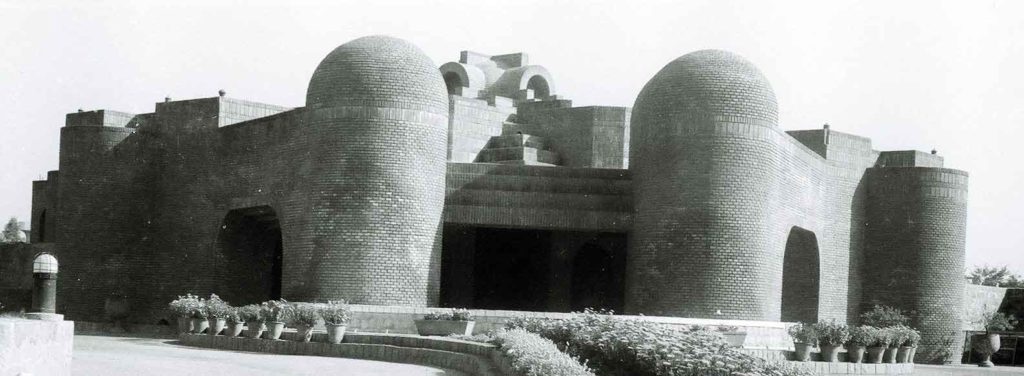
Belgium Embassy by Satish Gujaral
A student asked me to write about my teaching experiences. Here is one.
18. PAPA KAHATE HAI BADA NAM KAREGA
A boy took admission in the college of architecture. After a few days, his father gave me a call and said “I wish my son to become a great architect. Please guide him well “I said, “yes, don’t worry I shall try.”.
I remembered the song ‘Papa Kahte Hai Bada Nam Karega. Beta Hamara Aisa KamKarega’ written by Majrooh Sultanpuri for 1988 a blockbuster film ‘Qayamat Se Qayamat Tak’ It is not a dream of that particular father but a dream of every parent today.
But in my case it was different. My father’s desire was to educate me so that I can support our family. Our generation belonged to the era of scarcity. There was a shortage of everything.
Today’s generation belonging to a higher middle class is not worried about their wards to support the family, but “bada Nam Karega” is their hidden slogan. The fellow should have asked some other favor, but this assignment was tuff.
There is a question. How many great architects are produced by Indian colleges so far? Out of eighty students in a class how a teacher (faculties changing every semester) can groom a student as a great architect? Someone should conduct a survey that which colleges in India have produced notable architect.
Nigam Oza I have a question . Why are there very less Gov. and GIA architecture Institutions in India?
Sunil Joshi Be it any college, it has to come from within. Teacher need not actually groom, but if a student is sensitive enough, one semester teaching can help. Getting really good teacher in agriculture university was difficult earlier. One teacher, Dr Narayan R. Supare taught us Insect Taxonomy during M.Sc. and during his classes I decided that I will be taxonomist. I am working on that subject even today. Both intrinsic and extrinsic factors work. I am not saying I have done ‘bada kaam’, but teachers can groom within short time. It must be different in architecture though.
Panktee Pandya Dear Sir,
As you said, yours was an era of scarcity, where almost nothing was in abundance, and so were the architects. Today there’s a lot of competition due to the wide reach and accessibility of information. This is only to answer how many great architects do the schools produce today. Sir I don’t think it is possible to produce iconic architects now, like in Bollywood, there won’t be a Rajesh Khanna or an Amitabh Bachchan again. Today talent or no talent, skill development has become very easy if you have money. Also, there are good architects today, but today there are very few opportunities ( in terms of land or clients) that encourage good or iconic architecture.
Having said that, I completely agree with you about the decline in the education system. Teaching is more of a business. I was fortunate enough to have teachers who were dedicated to their profession and tried their best to push each and every student to the best of their abilities. I also feel that the students these days have a lot of distractions and it has become difficult for them to concentrate on one thing at a time. Their attention span is very very less making it more difficult for the teacher to ensure that whatever is being taught is reaching the intended target.
Shashikant Kumar Many might have benefited as being able to survive. Greatness lies in persons who achieved goals appreciated by society.
Kaushik Mehta Yes sir you are right. It requires introspection.
Prakash Pethe The following information was part of the post, but I cut it and thought let the readers speak. Yes, there was a school which did that. The Harvard Graduate School of Design established by Walter Gropius in 1936. This institute groomed students such as A.P. Kandvinde ( 1916 -2002) Some of his famous batch mates were I M Pei (1917-2019) and Paul Rudolph (1918-1997), Bruno Zevi,(1918-2000 Italy) Fumihiko Maki (1928), Frank Gehry,(1929) John Hejduk (1929) , Edward Durrell Stone(1932-2009) Michael Graves (1934-2015), Charles Jencks(1939)
Prakash Pethe I did not expect so good remarks from Pankti and Nigam. Shashi Sir, Sunil Sir, and Kaushik Sir have a better idea of the present world than me. To me views of both youngsters are important. If I say, that psychologically you are much more aware of the present circumstances. Whereas I am sitting in the watchtower.
Shashikant Kumar Sir you have world view, rather we have locked ourselves in room. Experience makes you good judge most of time. We may have some new knowledge but need to absorb more.Top of FormBottom of Form
Mangesh Nabar You have narrated father’s wish that his son should be a great architect. But this may happen in any other profession or field irrespective of today or even before 50 years. You would agree with me that doctor in the past used to expect that his son or daughter should become doctor. But that’s not the case today. Do you get me or not?
Bhaskar Sathe Point u have raised in last para occurred to my
mind also earlier.
19.DEAR FRIENDS OF THE FOURTH GENERATION
India has the world’s largest youth (10-24 year-olds), population. 356 million youth constitute 28 percent, despite having a smaller population than China, the latest UN report. The future of the World (not only India) is in their hands.
I am curious about this generation. I try to understand their “world”. I feel they should be in good mood, should enjoy, see movies and plays, listen to all kinds of music, move or wander in an aimless, ambling, unrestricted manner around, go to picnics, travel and so on. Sit on the beach, climb mountains, raft in the river, swim, and go to the gym. But at the same time, they should look in words.
Past is known to all but the future is vague. We were also worried about the unknown future. But we were not lonely. We worried jointly, cursed jointly, and blamed institutions jointly. Believe me, so far I have not entered a cinema house or multiplex alone.
Best wishes for Independence Day.
“Independence means.. enjoying the freedom and empowering others too to let them do so.” — King Vikramaditya of Ujjain
Knowledge is certainly our greatest beauty. It is a safe and hidden treasure. It provides prosperity, fame, and happiness. Without knowledge one remains an animal—Bhartruhari —– also from Ujjain
Some students asked me to write about my personal experiences. Here is one.
20.DRIVE IN THE DARK
Architecture, Law, and Medicine, are professions. They don’t have campus recruitment as in engineering. During our days, we had to find a firm where we could get practical knowledge. Making working details for the contractor and his skilled artisans. Working drawings were not done in a copybook manner but changed according to the needs of the contractor, and so on. However, to start one’s office required different inherent skills.
In those days small offices were preferred to understand overall procedures of works. But they paid meager salaries. I had no complaint. Because they too were strugglers.
This practice was not in India alone. Le Corbusier did not pay his assistants for the initial few months. After two years, I lost the charm of working in the office where I was. Some architects worked till retirement but could not get enough money as well as credit for working. One may do anything to get more money, but should not work with an architect for a lifetime.
Some of my classmates joined, MES, few started their own practice, bigger Corporations or MIDC. They were getting good salaries. I was not happy. My friend working in Ahmadabad wrote me an Express Delivery letter saying “come to Ahmadabad, there are jobs in a new planning office.” My office was reluctant to relieve me. They all were good, but I was restless. I jumped in the dark, without knowing the future.
I left my family and shifted to Ahmadabad. I missed ‘Bombay Meri Jan’ and my parents, and had to adjust with the city of Mill owners and workers, where the middle class was slowly emerging. There was no dearth of the middle class in Mumbai, it was seen packed in Local Trains every day. Ahmadabad was cool and not in a hurry for anything. The accepted situation did not give me a cultural shock, but a feeling of being outsider prevailed for some time. Then I shifted to Baroda.
Aditi Chakrabartty Chatterjee, You write so beautifully sir!
Thanks, Aditi. It gives me the strength to write
Bhaskar Sathe Very good write up. I would like to see a collection of all your write ups in a book form, seriously.
Jayant Kale Prakash Pethe, very very good command on English writing, Congratulations
Preeti Pethe Inamdar Very well said. It is true for all professions. With due respect to iconic architects, working too long with a single owner firm rarely give enough technical or monetary returns. Starting on your own or joining a professional firm is a better option.
21. OUR DAYS OF LEARNING ARCHITECTURE
From every housing colony, there is a girl or a boy, is learning architecture these days. They may like our old days. .
On the first day in the class, our professor said ‘You may call this lofty hall as a studio, but I call it a ‘stable’ and you are all horses. You will have to stand and work for all your life’. It happened to be a future truth.
He asked us to purchase long T square, set squares, French curves, Toolbox, Bow pen, Compass, Rounder, Scale, Indian ink, Rubber, Tracing papers and mounts to prepare models and Pencils of various grades namely 6H, 4H,2 H, HB, 2 B, 4B, and 6B. It was a grand collection. None of our friend learning other discipline had it.
I stood for a minimum of six hours every day. It was a lifetime posture. We were fit and in plumb from chest to abdomen. No one was plump and fat. Circumference of the stomach was less than the chest. With the arrival of the Laptop, the new generation is relaxed. The number of slim and trim is on the decline. Whereas we looked like Gladiators entering in Colosseum (classroom).
Only the most essential subjects were taught to become an architect. No trash. Initially, in the office, I had to work as a draughtsman. Never got a chance to design. Finding a solution was a nightmare. On the other hand, I knew that two partners of the firm designed themselves and did not allow anyone to do it. Once I asked my boss “when did you open your own office’ He said ‘at the age of 30’. That was a relief to my anxiety. I was 22.
Gopal Mitra Interesting (Y) True about looking like Gladiators in the earlier days
22. LEARNED AND THE LEARNERS
Upanishads are a dialogue between the learned and the learners. Teacher and student relationship is immortal. Those who teach well are remembered. Anyways it’s a long story. Currently, social scientists have made five categories of generations Viz. Traditionalists – born before 1945.Baby Boomers – born 1946 to 1964.Gen X – born 1965 to 1980.Gen Y or Millennial – born 1981 to 1995 and Gen Z – born 1996 to 2012.
The first-generation wishes to stay in all places. In fact, a large number of first, second and third-generation architects are teaching all over India. Some of my co-teachers are/were good, especially; those who could speak without any aid for an hour.
As such curiosity about generations-next does not stop. We are concerned with YZ generations and their future life. I conduct surveys under the title (KYS) “Know your students”. Information so collected is analyzed. It covers details of every student, his family structure, hobbies, the profession of the family, siblings, inclination towards reading and many such things. To have a dialogue, the teacher should know the student either by memory or by the document.
Millennial are pushed by motivated, energetic mothers, whereas fathers support with financial power. Today educating children is the first priority. It is a real joy to be with the youngsters. A teacher has to be omniscient to teach better. I love YZ generations and wish them a satisfactory future.
23. EARLY CONCRETE BUILDINGS IN INDIA
Nostalgic memories of the glorious architecture of the past
In Indian cities, cinemas were temples of entertainment. People were/are mad after the cinema. Seeing a movie was a celebration. Architects and interior designers took immense care by designing stalls, balcony, and exclusive dress circle, ceilings, and foyers were exclusively romantic.
Today people walk in the multiplex, see the film and come home. Auditoriums in Multiplexes are of copy-pest nature. Change is obvious but aesthetics should prevail.
In the early thirties, Art Deco concrete buildings started coming up in Mumbai. The Regal Cinema (1933) by Charles Stevens, son of F.W. Stevens who built CSMT Terminus (VT earlier). It was RCC structure, fully air-conditioned, and had an underground parking lot, for patrons. The elevator from the parking area was a major innovation at that time. I saw many movies in Metro, Eros (1938) New Empire and Excelsior.
Watching 70 mm film ‘Cleopatra’ (Liz Taylor) or ‘Gone with the Wind’ (Vivien Leigh ) was the ultimate pleasure. Both the actresses were beautiful but Vivien had extra talent and gift of sparkling eyes. Cinemas were iconic features of cities. Getting an assignment to design cinema was prestigious in those days. We not only talked about them but went to see those buildings.
A strong statement of modern architecture in concrete came up far away from Mumbai in Pondicherry. It was different than Art Deco. Spiritual Mother of Pondicherry ashram contacted Tokyo-based Czech architect Antonin Raymond (1888-1976) in 1935. Raymond accepted a commission to design a dormitory for the Sri Aurobindo Ashram. Raymond had assisted Frank Lloyd Wright while building the great Imperial Hotel, at Tokyo (1916) Raymond and his wife visited Pondicherry, stayed a period of eight months and found themselves to be deeply influenced by the place and the people. He designed Golconde a dormitory for visitors to Ashram in 1937-45. That is one of the few buildings executed in exposed concrete. It is nice with many architectural details. Never return from Auroville and Pondicherry without seeing it. After 65 years it looks fresh as if constructed yesterday.

Eros cinema opposite Churchgate Station. Mumbai
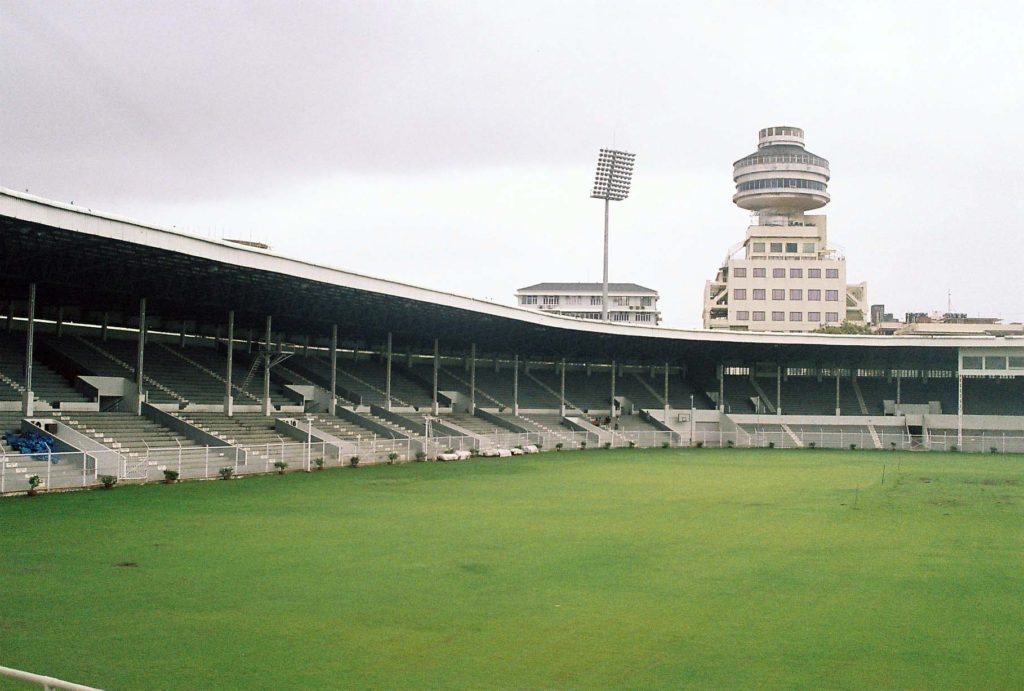
24. A HOUSE SHOULD PROTECT US .
While learning architecture for five years, teachers taught us about how to protect a building from heavy rains, scorching Sun, provision of damp proof course, drip mold, efflorescence, etc. But hardly told us, how to take care of nature and elements. They talked about the strength of a building but did not tell us how to protect one’s dwelling.
The gate of my friend’s Wada in Kalyan cost more than 15 percent of the total cost of the house. A Wada where I lived for a long time had a very strong door. Once three dacoits came to open it. They hammered with an ax but the door had a single scratch. They could not enter. Devgiri Fort (Daulatabad) has innovative ideas for safety. It is the greatest example.
Two hundred years old Khadkis in Gujarat, Havelis in Rajasthan and Wadas in Maharastra were strongholds and are examples of how to protect one’s house. My fast friend was killed by the dacoits after breaking the door of his house in Talegaon. People spend lakhs of rupees on interior decorations but ignore the total safety of the house. We often read that the old couples are looted by the miscreants.
While on a study tour I was in a village near Gir forest. In that village, all the houses have strong doors to protect from Leopard entering in. Earthquake of Gujarat was horrible. I saw many collapsed buildings in Ahmedabad the next day also fire in buildings is very common.
In Vadodara, those who stay close to Vishwamitri River are scared of crocodiles. It is a home for more than 400 crocodiles. They should take the utmost care to save themselves. My engineer friend from Dapoli has a house on a very high plinth. A Cobra lives in his back-yard. He does not kill but takes care to seal all the small openings. The Western Ghats are known for reptiles. Entering a snake in the house is very common in extended areas of towns.
The Roman architect Vitruvius in his treatise on architecture said 2000 years ago that a building (1) should stand up robustly and remain in good condition. (2) It should be useful and function well for the people using it. (3) It should delight people and raise their spirits.
25. WHEN DESIGN TAKES SHAPE .
None of my friends expressed remorse for becoming an architect. No one was a millionaire. None of them had Mercedes or Audi but a cheaper car that saw much more India than the big brands. They had just enough money to survive honorably and remain in the field of architecture. Some friends practiced till mid-sixties and jumped into academics and imparted good education to new generations.
All great masters, designed well, wrote well, taught well and practiced architecture till their last breath. They ventured in myriad subjects. Le Corbusier drew thousands of sketches. Frank Lloyd Wright made more than eight hundred designs in his long life. Zaha Hadid did not use a computer but did hundreds of sketches on the same research. Frank Gehry, the architect, thinks with pencil and cardboard by hands, and no computers.
26. Learning from a carpenter
Making several trial models before saying YES to drawings on the board was a normal practice of many architects.
Twenty years old untold story of late Devendra Mistry our carpenter
He was with us for a long time in our office but he died before retirement. Though he was not educated but was a good storyteller and a skilled at his work. He helped us to make models in acrylic sheets, mount boards, different types of woods. Such as Haldi, Sag, Sevan, Balsa, and Pine. For purchasing logs, we went with him to Saw Mills. Though he was not able to read the architects’ scale but was familiar with steel tape. But marking on cardboard by pencil was enough for him to cut either wood or mount correctly. We attended a marriage of his brother. He allotted separate seats in the corner. We sat on the ground and eat on a plate made of leaves (Patrala) without any issue. While sitting on the ground and working with him we were like him; simply workers.
He taught us many things about ‘wood’ as a material. It was a memorable period to work with him.
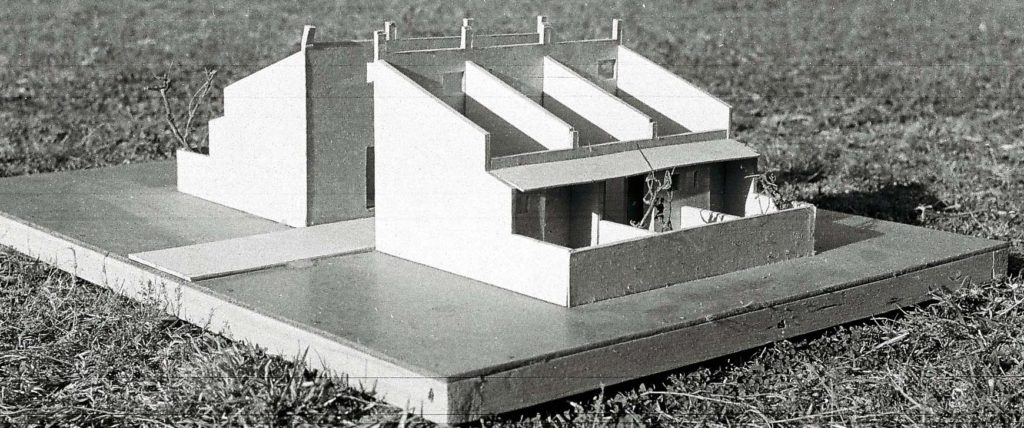
Models prepared by Late Devendra Mistry
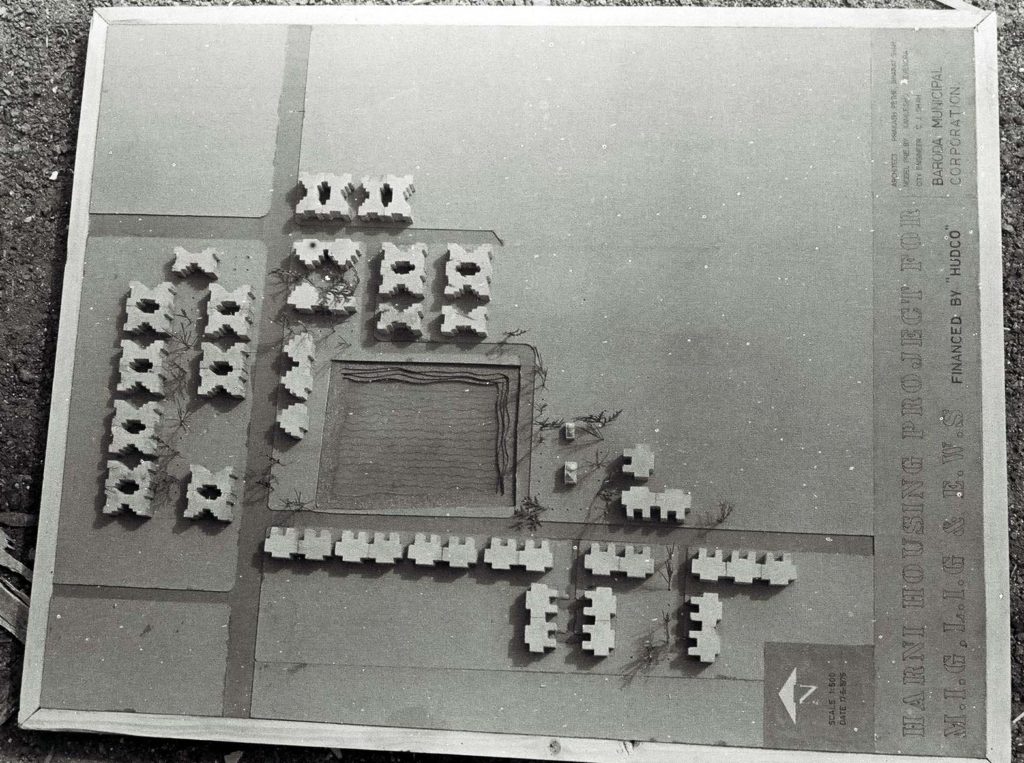
27..LEARNING AND TEACHING ARCHITCTURE
There are 35 colleges of architecture in Gujarat having an intake of around 1700 students. These many students attempt architectural research and design thesis every year. This year the aspirants to architecture have reduced to half than the available seats. The following dialogue between teachers and students is rare, but such specimens are found occasionally.
“Now call Rose” Member of the Architectural Design Thesis Committee said
“Yes, Rose, which topic you have finalized?”
“Bank”
“Why”
“Mam, my research topic was Urban Finance.”
“But ‘Beta’ (twenty-two year well grown-up adult girl) that will be a very small topic for a thesis, which you do in the third year”
“Madam in Urban Studio I was allowed to insert a bank in the Urban Fabric”
“We allowed it because your class was of eighty. It was an assault on that medium town by eighty students, inserting several buildings, but, now you are dealing with a thesis”
“Madam, I can’t go away from finance now”
“Have you seen a bank?”
“No Madam, my mother does all the banking. She has given me a Smart Card and I get money from ATM when no one is around. She is very possessive of me”
“Ok, do it. We have tension to approve so many topics”
“Now send the next one”
“What is your thesis topic?” Madam asked.
“Housing in Alaska”
“Do you know how to make it?”
“Yes, Mam I have seen on YouTube. I want to do something ‘Hatke’”
“But unless you see the site and ownership of the land we shall not approve. Will you go alone?
“No, Rose is ready to join me, her uncle is in Canada”
“But what will happen to her thesis?
“That is my responsibility.
Top of Form
Your texts are always informative. Tnx.
Bhaskar Sathe What u say in last 2 paras, should be implemented; I feel.

Low Cost Housing for the flood affected
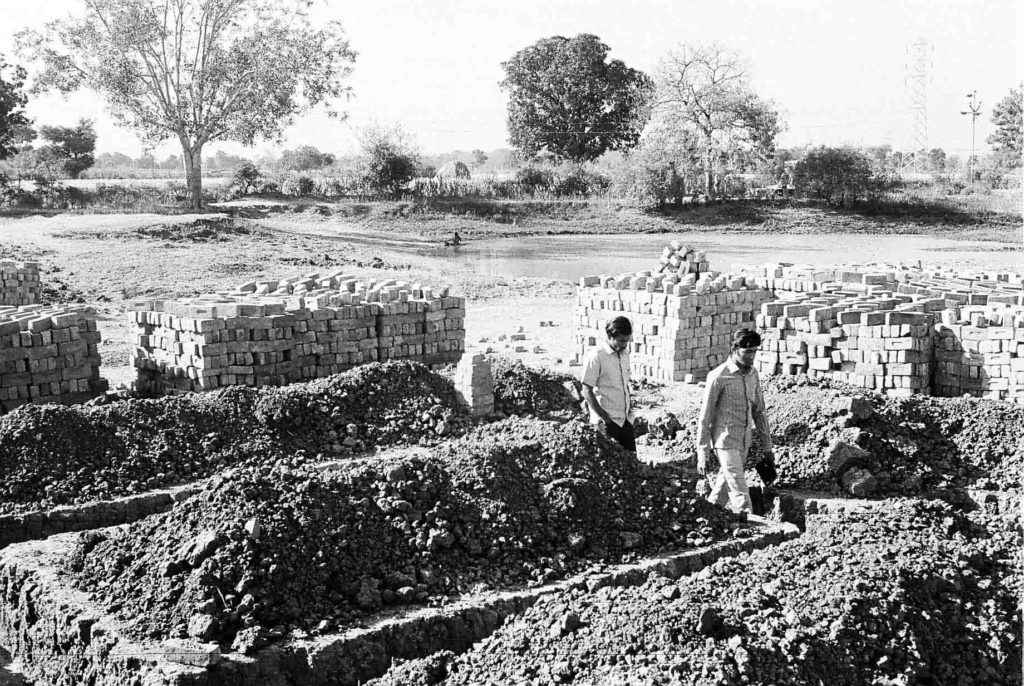
28. Scientists say that the “speed of thought” may never be possible to count.
Sometimes our mind travels so fast that it can reach into the past and future. One can enter in Stone Age. Can imagine oneself ‘present’ in the fertile region of Tigris and Euphrates, the area considered as the cradle of civilization.
Hundred years ago a story took place. A child was born to a newly married girl. After birth, that child did not cry. Grandmother shook him pulled the infant’s legs but, no use. A Vaidya was called. He checked the pulse and declared “Child is dead” All were in shock. Then those around said let us burry the child. A very old woman said ‘don’t make hurry to bury. Let me take the last chance”. She brought a burning wood and touched the navel of the child and the child cried loudly. That child became a great poet. Late G.D. Madgulkar who wrote famous “Geet Ramayana.
In 2006 I was operated on my Tibia bone. The operation was successful. But one early morning I found both of my shoulders were locked. The doctor was informed. Accordingly, a nurse gave me some injections and said wait for half an hour. But there was no improvement even after one hour.
A lady sweeper asked “what is the problem?
I told the issue. She said, “wait for a while”.
She brought a hot water bag and said “warm up your shoulders for some time and you will be alright”
I did so and within ten minutes my shoulders were normal.
These days I teach History of architecture (Pre-Historic period). In both the cases the techniques used might have been tried, after the fire was invented. The modern diagnosis could not find easy solution.
I told these stories in the class and said
“Close your eyes.”
They closed
“Let us enter the period of Stone Age and see which skills we have lost and which new we have acquired”.
Students of the present generation are sharp. They instantly made a list of what we can do and what we cannot than the Homo sapiens of the prehistoric period. It became an interesting exercise. One student said, “Sir, we can not live with minimum needs like them”
29 . HALF A CENTURY OF SHORT STORIES
So far I have completed fifty short stories about architecture, planning, and few things about life .This is my 51st Short story. I started writing on 29th May 2019. I like hectic life. To be constantly busy is my temperament and it is happening effortlessly since my childhood.
I started solo traveling from the age of sixteen. By the time I finished architecture I had seen many cities of India, its people, and its history. I learned architecture more by traveling than any other learning method. When I started earning I bought a camera and started clicking anything worth it. I learned to develop, print and enlarge pictures from Ramchandra of Faculty of Fine Arts. SLR camera and color roles came together in my hand. Now I have digital SLR. Thus I could make a good collection of architectural photos.
After retirement, I wrote six books in my mother tongue. But since the last decade, I found that in my class, more than half the students are trained in the English medium. I thought let me write in English to communicate better with the new generation.
Also, it is not possible to say whatever I think can be explained in the class. I found this medium suitable. Initially, I wrote a bunch of short stories and sent them to my friends, my son, and my daughter. They said what you write is ok. I have always tried to complete a story in three hundred words so it does not become boring to read on an Android phone. Many have lost the patience to read long texts. As readers, I also do not like to see two blue words” Read more” than once.
I love the students. There are issues related to them, their education and their future. I wish to contribute in my way.
30.WOMEN’S ERA IN ARCHITECTURE
someone asked me ‘Why do you write about girls?
The reason is, every year I conduct a survey of students, where I ask them about their hobbies, family background, etc. Earlier there were forty percent girls now they are seventy percent in colleges where I teach.
I don’t know, why so many girls opt for architecture? The majority of them told me that it was their first choice. In one of the batches I taught, there were 38 girls and two boys. Today in many colleges of architecture female teachers are more in number.
Primary and secondary schools are mainly run by female teachers. At recent M.S. University convocation out of the 269 gold medals, as many as 172 gold medals conferred to girl students, and 97 went to boys. Many girls have won gold medals in architecture so far.
I found a different outlook on the analysis of Urban Design, in a book called “Why Loiter?” that maps the exclusions and negotiations that women from different classes and communities encounter in the nation’s urban public spaces, written by Dr.Shilpa Phadke(TISS), Sameera Khan (well-known journalist) and Shilpa Ranade an architect from CEPT and MA in Comparative Cultural & Literary Studies, University of Arizona. She also practices in Mumbai.
Wish you all happy new year
31.ARCHITECTURE, MUSIC, AND CINEMA.
German writer Goethe (1749 -1832)who lived during the exuberant period of Baroque art and architecture said “I call architecture, frozen music” In India Majority of the students learn music before joining course of architecture
I find in every class, at least, a few girls trained in music or dance. Reading Goethe’s words they realize the relation between music and architecture is strong.
On the other hand Satyajit Ray a filmmaker, screenwriter, music composer, graphic artist, lyricist, and the author made sketches of all the situations in the film, before shooting the film as architects do while designing a building.
A student asked me “ Sir, are you interested in music” I said “being passionate about music I joined the Sitar class after coming to Vadodara. Mumbai was inappropriate for a person staying in a suburb and working in Mumbai.
I learned it for four years
The anguish of my teacher was that he was not famous and had no disciple. “Many girls learn and give up Sitar after marriage,” He said.
“Now you be my disciple. Henceforth you will play the Rag YAMAN for six months”
I said “OK”
I did so for three months
One day I got the news that my teacher died in an accident.
Class was closed
But music in my heart was ordering to learn again.
I and my daughter joined Tabla class.
We both passed Sangeet Visharad after six years ” My daughter scored much better than me
I gave my Tabla pair to her.
But I kept my mother’s hundred years old harmonium. The only ancestral property I have.
In music and architecture, a student is taught the skills and not creativity. It takes five years to understand the Science of Architecture and some more years to understand the techniques of improvisation. The only way to understand architecture. In any college, it is not possible to speed up the process of learning BUILDING TECHNOLOGY. The incubation period to learn music and architecture is long. Obviously, music helped me while designing buildings
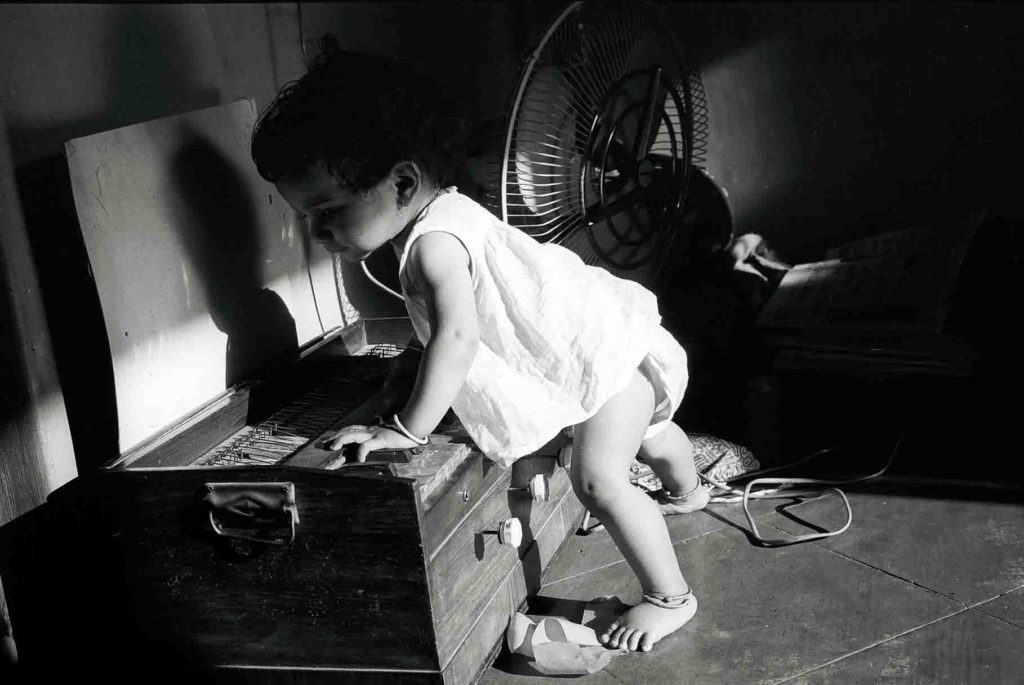
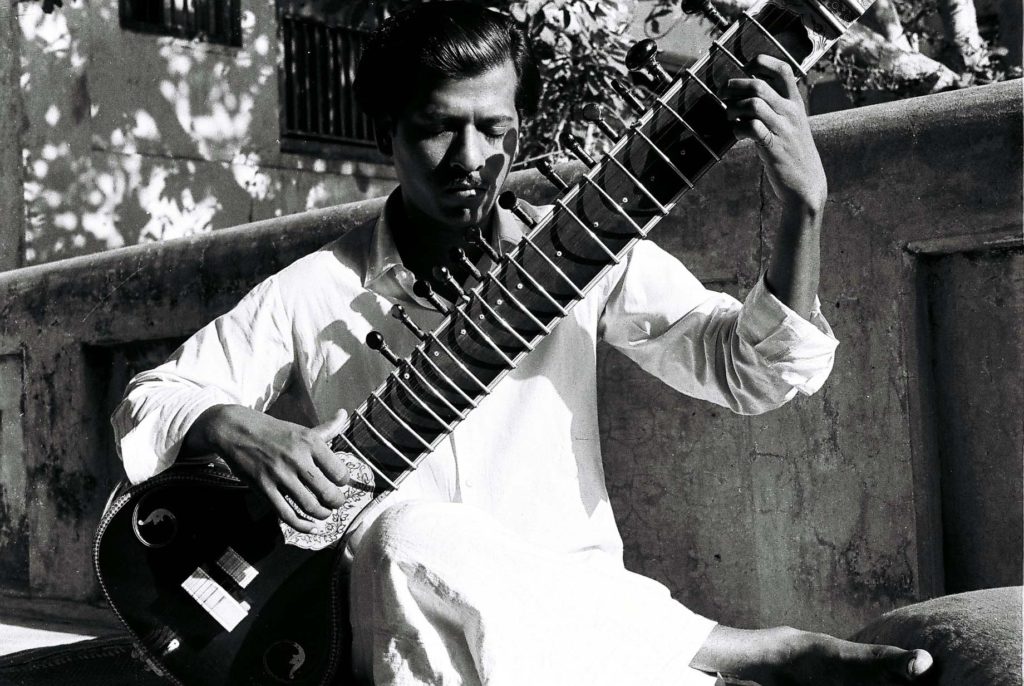
Playing Sitar
Primary school in Fatehgunj

Art Gallery designed by me in Badamdi baug. Demolished now

Marriage hall designed by me, at Shastri Baug Wadi Vadodara. Inaugurated on 9th March 1973.
32.ARCHITECTURE AGAIN
Many graduates of our generation from various colleges had gathered in Ahmadabad. By age, we were in the age group around 25 in 1965. There was no question of doing master as there was no college to do so. So no distraction other than architecture.
Today when I ask final year students “What will you do after graduation? many say “masters” either in a good college in India or abroad”.
How nice it is. We had no chance to say anything like that.
Three of my friends were working with Prof. B, V.Doshi. He had established a school of architecture in 1962. Those of us who were in Ahmadabad had seen major works of all architects in Delhi Mumbai and Ahmadabad.
Over a cup of tea, we talked about Doshi Correa and Kanvinde and their style of work. Ahmadabad was a museum of modern buildings created by Le Corbusier, Louis Kahn, Doshi, Correa, Hasmukh Patel, and Kanvinde, etc.
For us, in those days Doshi was Doshi and not Padma Bhushan, and Pritzker Prize winner. All of us left our home in search of architecture and our source of learning was studying old and modern buildings. We informed our parents about our visit to so and so place and conveyed our well being. In those days letters reached after a week. No mobile, no telephone at home. We never used Express Delivery letter as it was used only for an emergency. We hardly received a Post Card from home once in a month.
In those days when a boy was graduated, for his parents, it was like “गंगा न्हाया”. Fit for getting married after some years. They could not hammer us on and off, as we’re away from them. The time was not fit to marry as we were passionate about architecture like architects in Europe in the days of CIAM in the 1930s.
Subhash Phadke The good old days are most cherished especially in the old age! However, the changes which we see around are inevitable, irreversible and whether we like it or not they are there!
33.OUR MISTRY
learning any branch of engineering or technology becomes interesting after going through a boring textbook world, and enters the real world of technology. When one helps to grow his child from birth till it goes to school, he knows new technology and gives up inflated ego if at all he had.
If you meet a practicing architect when he has reading glasses on his nose, just trust him. He must have crossed several hurdles before reaching that age. His horizon widens and develops respect for any skilled person.
After knowing the working methods of great masters, we thought of having a carpenter for our office. We made a demand and a post of a carpenter exclusively for our office was approved.
Devendra Mistry entered our office and worked with us for a long time until he had a severe heart attack in 1995.
He had great skills learned from his father and uncle. He introduced us to the world of Timber, we used Sag, Sal, Shisam, Haldu, Mango, Balsa, railway pine Sevan, Babul, plywood apart from paper boards, depending on the needs.
Once we took part in the competition for Delhi Municipal Corporation’s big complex, he made a model in Sevan wood and made a beautiful wooden box to carry it to Delhi. The box was so beautiful that many came to look at it. However, the competition project was shelved.
To have a fulltime obedient carpenter working for you requires luck. For purchasing wood he took us to Saw Mills, and we saw the cutting of huge logs and how smaller pieces were cut by a smaller machine saw.
Another technique we could learn was making M. S. Steel railings. Compound grills, road divider grills or traffic circle grills. We did them in tons. We had to often visit the fabrication shop to explain or modify designs. We love all the artisans who worked with us.including our Mistry. He was a good friend.
34. ARCHITECTS TRAINED ABROAD AND IN INDIA.
When we were in J.J many of our professors were trained abroad who introduced architecture to us (thanks to all of them), but idols of our generation were Frank Lloyd Wright, Le Corbusier, and Mies van der Rohe. The surprising thing about them was they never went to schools of architecture like us.
In Mumbai, the Fort area was close to our college. The first new building we saw was ‘Stanvac’ designed by an American architect having hundreds of vertical and horizontal louvers near Churchgate. It was said that they were calculated as per the sun movement which brought down the cost of air conditioning substantially. It was the first green building of that time.
Another thing we learned from Mumbai, was how to design houses in minimum areas with maximum social interaction. Other cities don’t possess that urban character. Other impressive works were by my professor G.B.Mhatre (ARIBA London), Durga Bajpai(USA) designer of Jahangir Art Gallery Mumbai, Nari Gandhi, ( trained at Taliesin).
When I visited Ahmedabad, it was a grand collection of modern buildings designed by architects such as Kanvinde, Doshi, Correa, Hasmukh Patel. All trained in the University of Cornell, Michigan, and Harward, or worked directly under masters.
Certainly studying abroad helps to develop designing skills, broadens the vision, and gives the confidence to deal with any agency. It often gives an edge over others. Others had to study hard. Take inspiration from those three masters. Option to them studies of own country to become self-learner as Le Corbusier did in his early life. The solution was in our hands in the late sixties.
Today, schools of architecture have cropped up in all states of India. They need a combination of a broadminded policy of the management, high-tech learning aids, devoted teachers and passionate students.
Subhash Phadke You were lucky to have been associated with such great people. That is what matters as far as your professional upbringing is concerned!
Shashikant Kumar Yes we miss those architects who can inspire and devote time for students. People have reserved teaching…
Manishaben, Now see Stanvac and other buildings of Mumbai I have a huge collection of pictures from Mumbai from Colaba, Girgaum, Bhuleshwar, Taddeo, Masjid, Matunga, Lalbaug, Fort, from south to north up to Andheri and Kurla, Sion and what not? I have walked miles and miles in Mumbai
Prakash Pethe I am aware that great Mumbai watchers Pramod Navlkar, Priya Tendulkar. Arun Puranik, Killawala, Samip Padora have seen Mumbai more than me
Jagdeep Desai My Mama worked in the Esso, ie, Stanvac building.
The interiors are equally amazing.The Hindustan Lever building also, unless that’s demolished.Do you have photos of Larsen and Toubro offices and factories at Powai.They were amazing
Anil Navangul Nice to know about the collection. All memories come alive.
Satish Ingale My town. I remember all these buildings. Thanks Rameshji!
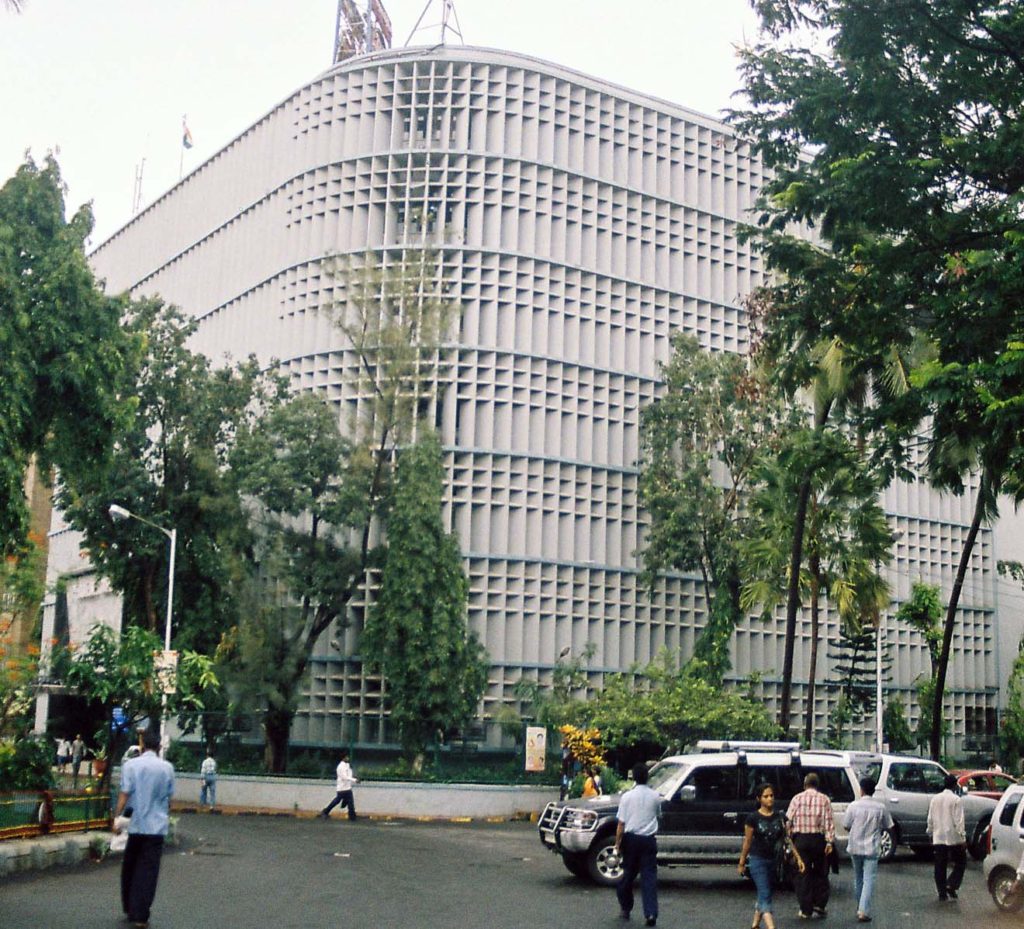
Stanvac building near Churchgate Mumbai
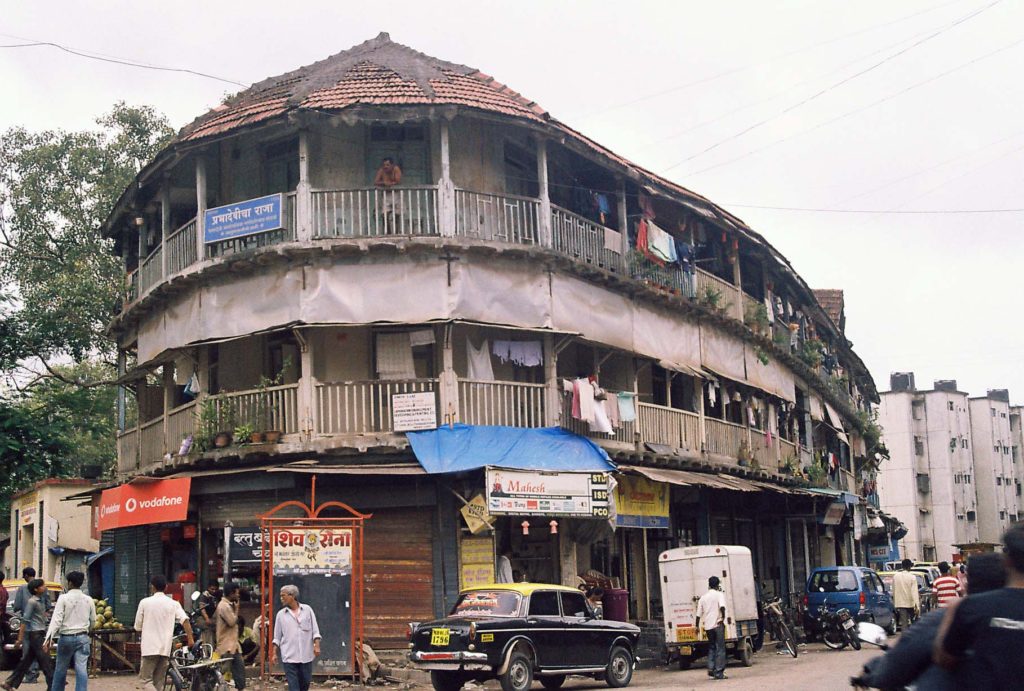
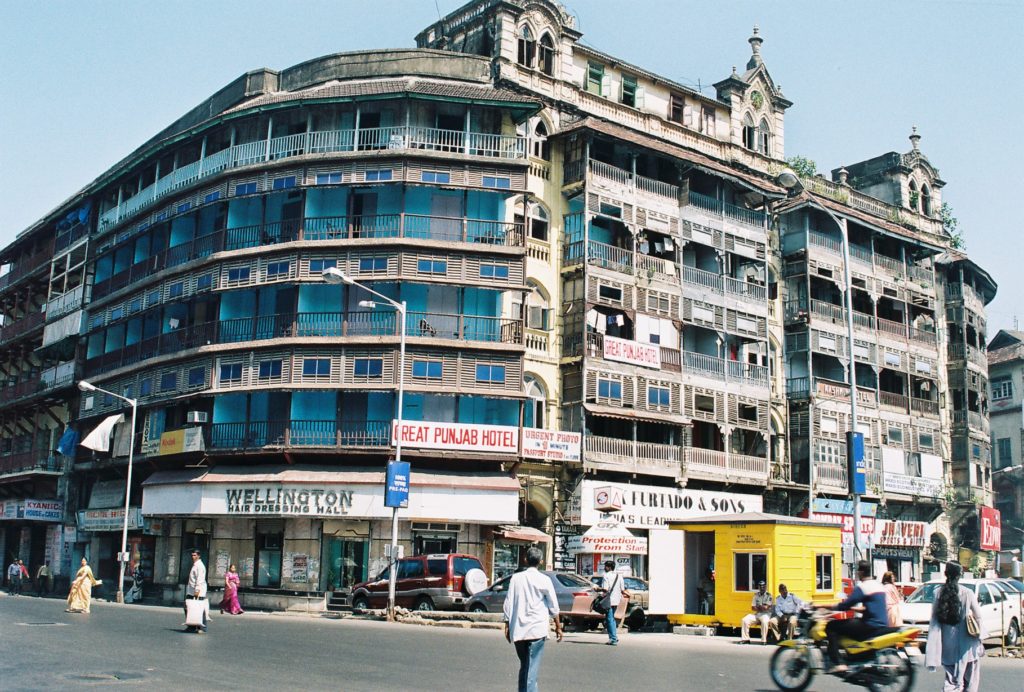
35. CONTEMPORARY ARCHITECTS
Seeing the presentation by five architects for the benefit of students of final year architecture was a pleasure. Those architects were in their late thirties. The important thing about them is they don’t have the hangover of international masters.
They are sincere problem solvers. Crazy clients gave them an unusual brief and asked to design. Coming out with solutions as they desired as an architect. Two of them had to obey the instructions of the Vastu Consultant and find out appropriate arrangements offering all the logical placements of areas as per the theory taught to them. They are doing very good and satisfactory work. (This is a sample tissue)
Defending the design and offer satisfactory answers requires vast study and general reading. The architect who designed cages for reptiles was an excellent study of the species and understanding their lifestyle and needs, was commendable.
In music Ravi Shankar, Nikhil Banarjee, Pandit Bhimsen Joshi or Kumar Gandharv had their philosophy and style of presentation. In Harmonium Sachin Jambhekar has his unique style. One would ask for the evolution of individual style and the kind of language needed for their work. What is the central point of their work should be expressed? Architects also struggle to achieve that identity for themselves.
For us though Frank Lloyd Wright or Mies and Le Corbusier were icons. But to follow FLW or Mies was totally out of question. Le Corbusier was comparatively easy to grasp and follow his principles. Few of us were very clear about our concept, philosophy, and method of work which was economic use of materials, cost consciousness, and simple approach to public buildings.
If a public building does not receive a single complaint from any user it has the capacity to go close to the heritage of the town.
36. MEMORIES
In Vadodara at Lal Baug level crossing single gate existed. There was a proposal to install two gates to ease the traffic. Four very old and large Neem trees were in the way. There was a proposal to cut them. The issue came to our department for making a road line. We requested Municipal Commissioner to wait for some time till we can give two-way gates without cutting those beautiful trees. I with the help of Patwardhan (who died recently on 15th March 2020) made a plane table survey and we found that a two-way road is possible without cutting the trees and keep them in the central divider. It took a little longer time and Commissioner was insisting on the quick results. Somehow we could convince him to wait for some time till we were ready with the drawings. To our fortune, he did not issue an order to cut the trees.
The picture shows how we saved the large trees by making two-way roads. In other pictures, one can see the construction of the bridge in progress and the tree yet to be cut. Finally, all the trees were cut to make the flyover. Finally, the Lalbaug Railway over the bridge was inaugurated on 30th January 2012. Till then those trees survived for 18 years. The bridge has become very convenient.
One day He said to me “It seems that you love trees. I shall send you some trees guards.” The next day on 31st July 1993 a truck arrived in front of my house and unloaded ten tree guards. The driver said “ Saheb has sent for you”
Within no time the news spread and many friends demanded tree guards. I distributed five to friends and kept five for me and planted them at suitable places around our house. Slowly trees grew. Birds started coming and it was fun to see them sitting on trees and chirping early in the morning. Our row of houses became greenest in society. Those four trees which were to cut could survive for eighteen years
37.BUILDER
Webster’s dictionary defines CONTRACTOR “as one who executes under the contract, especially one who agrees to supply labor or material or both on a large scale”. I have a picture of the plaque on which the name of the contractor was inscribed in 1880. His position was third, next to the architect and engineer. The contractors built palaces, educational institutes, and many public buildings during British rule in India.
Actually ancient Egyptian kings Pharaohs, Mughal emperor Shah Jahan, Chola rulers were builders and those for them were contractors. The story behind the improved version of the species of building contractor is called BUILDER is a byproduct of the Urban Land Ceiling Act of 1976.
Act Under section 3 said “Persons not entitled to hold vacant land above the ceiling limit”. Whereas Section 21 of the ACT mentions,” landholders could retain excess land provided the landowner provides houses for the weaker section (not more than 80 sq.mts) of the society and sale them”.
Farmers were incompetent to solve the issue of their excess land. They consulted architects and engineers. License holders made plans and those who had primary knowledge of building construction and money came forward to build houses. Among them, only one was BE Civil others were not even SSC but had money. All smart people connected to the Act made “Gold”. With the liberalization move of the economy in 1991, the demands to scrap the ULCRA gained momentum and finally, it was repealed with a note” The basic purpose of the act was not fulfilled” It was the funniest experience seen through all angles.
Those who invested could get handsome profit reinvested in other housing projects. They amassed wealth so much that they became masters of housing production. MNC’s also took up the lead. Today most of the cities are in their hands. They hire architects, (who lost the lead role) engineers, solicitors. Finally, the name of the contractor which was third took FIRST place. He is invisible. Yet his presence cannot be ignored.
१९Shashikant Kumar, Sangati Shah आणि १७ other
38. ARCHITECTURE—LEARNING AND FARTHING
“What will you do after graduation,” I asked a girl.
“Sir, I will do masters, but not here. Five years here were enough. Sir frankly speaking we did not enjoy learning. Our secondary school was better”
“Then from where?”
“I shall go to the US. My aunt is there.”
“Oh, I see. But I prefer the self-education. Off course, it takes a longer time”
“Sir, from where you did your Masters?
“During our days there was no college which had a Master’s course. I belong to the older generation.”
“ Where did you study?”
I studied at J.J. College of Architecture and was getting a scholarship. My education was free of cost “
“Which scholarship?”
My dad was in Central Railways. C.R. gave me, also a free pass for five years. It was smaller than a passport.
“Wow. Architecture free of cost? Free travel. .My dad spends two and a half lakh per year on my education;
I shall return all the money when I will start earning “
“I am sure you being his daughter, he will never take a single farthing from you.
“Sir, what is ‘farthing’?
“It is the smallest amount during the British period. Penny was bigger than a farthing. My father used this word very often. There was a famous proverb used in those days” Pennywise and pound foolish I hope you understood?”
“Yes sir “
During our school days, there was a copper coin with a hole called Paisa, four paise made one Anna and sixteen Annas made one rupee. The ticket for a movie was five annas. Today 25 and 50 paisa coins are not accepted in the market. One Rupee coin has become the smallest denomination, which beggars don’t accept.
“So, go to the US. It has produced many Nobel Laureates who were Indians
Preeti Pethe Inamdar Nice. Life was simpler then.
Ravindra Abhyankar Fully agree Preeti… I used to have full meal at Rs 4.00 in Raopura
Mangesh Nabar These are nostalgic memories. Present and future generations even may not believe, Prakashbhai. But good conversation between student and Sir!
39.ARCHITECTURE AGAIN
After Covid-19, tons of articles and blogs have appeared on the net and in the newspapers since lockdown. Webinars are being arranged. “Zoom” is zooming in every place.
But architecture has gone for a vacation
Wait till it returns.
Nothing is going to change substantially that is existing. We don’t have a magic wand to recondition
the present circumstances. The nation is worried about hospitals, patients, medicines, sanitization and innumerable things related to health and hygiene.
Contemplation is a process that takes place at any moment and anywhere. (In the current circumstances, within the house).
A teacher has been thinking about the future of his final year
students. On the other hand, his students too must have been worried about their current predicament. Surely enough, they must be aware of what may happen to them next. They are in the age group of 22-23, and competent enough to understand the subtle modulations of life.
“These continuous 45 days of lockdown is equivalent to an entire semester, enough to take a degree and go away, considering the abundant and uninterrupted time we can have at our disposal is
probably one of the longest enforced vacations the students might have had in their lives. This time must be put to good use by everyone.
In our generation, there were dozens of architects like me who after completing their education; left their houses for their dreams and ambitions- just informing their families- not asking for consent. With little awareness of the outside world, they set out to build their own careers.
Jean-Louis Verret was a French architect who worked for Le Corbusier in Ahmedabad in the early fifties. As a student in the third year (Ecole des Beaux-Arts), he traveled by a rented car with his friends through the Sahara Desert. They all understood architecture better than what the school taught.
Le Corbusier went on his own to explore several Mediterranean countries. I know the examples given are in a different context, but the urge is universal.”
Just like students, all these days, the teacher too was thinking about what lay ahead for them. While architecture will be on a vacation, the students will frame a new program and succeed in their endeavor.
A DIFFERENT LOOK AT TWO HISTORIC BUILDINGS
40.Ranakpur and Datia Palace
Writing this short story has a background. Today in the days of Covid-19, everyone is wearing a mask. I saw masked Sadhus at Palitana in 1968 for the first time, and today all have become Sadhus. After seeing many Jain Tirthas, I visited Ranakpur in 1984, and in 2003.
Ranakpur Temple has a high plinth and looks like a stronghold. It is a fortified building fitted in a 64mx64m. square. It does not have external windows and it borrows light from the sky. The light enters through clear stories and courtyards but no glare. Soft light peeps in the ambulatory and allows the viewer to see deities clearly. It is amazing that the end result was visualized in advance. Salute to its architect ‘Dwepa’.
His calculated skills in execution and work by his sculptors are remarkable. Every column has a different design and they change the colours depending on sunlight. A work like this reminds us of the old dictum that ‘an architect is an organizer and not a drawing board artist”
I visited Datia Palace in Madhya Pradesh in 2018 fifteen years after I visited Ranakpur. While studying the plans and sections it was found that external dimensions of Ranakpur and Datia are almost the same. One is a religious building and the other is a palace.
A seven-storied Datia Palace has Balconies, Zarukhas, and Windows overlooking the outdoor landscape. Ranakpur is in marble and Datia is made of granite and bricks with stucco plaster. Ranakpur is an inward-looking design, Datia palace is an outward-looking, flamboyant design, meant for joy and pleasure. It also looks inward in the form of courtyards.
In both buildings, there are no gardens or trees inside, yet they are cool. Both have an imaginative composition of built and open spaces. Both have proved to be sustainable. They are strong and delightful. Datia Palace considered as one of the best residential buildings designed for pleasure was never occupied. Ranakpur Temple was created for ZERO pleasures. Great designers they were.
For Datia palace please refer to my short story No.37 dated 22nd August 2019.
Note: Plans and details of both the buildings are available on the internet. I am not using them here, as they have copy write.

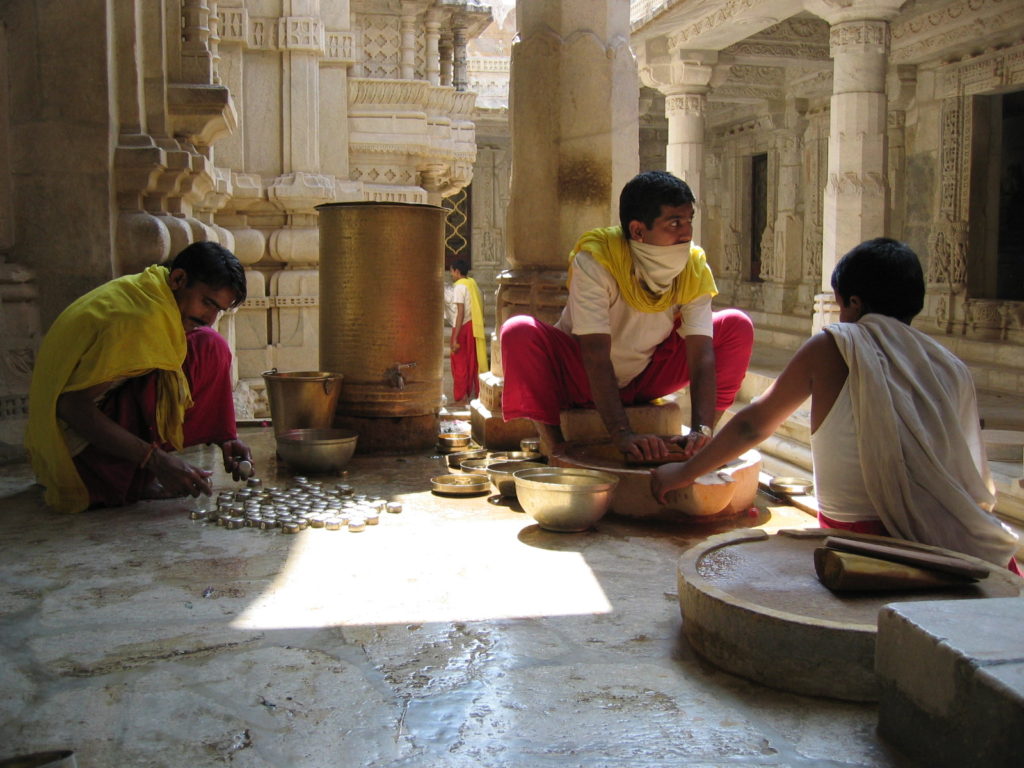
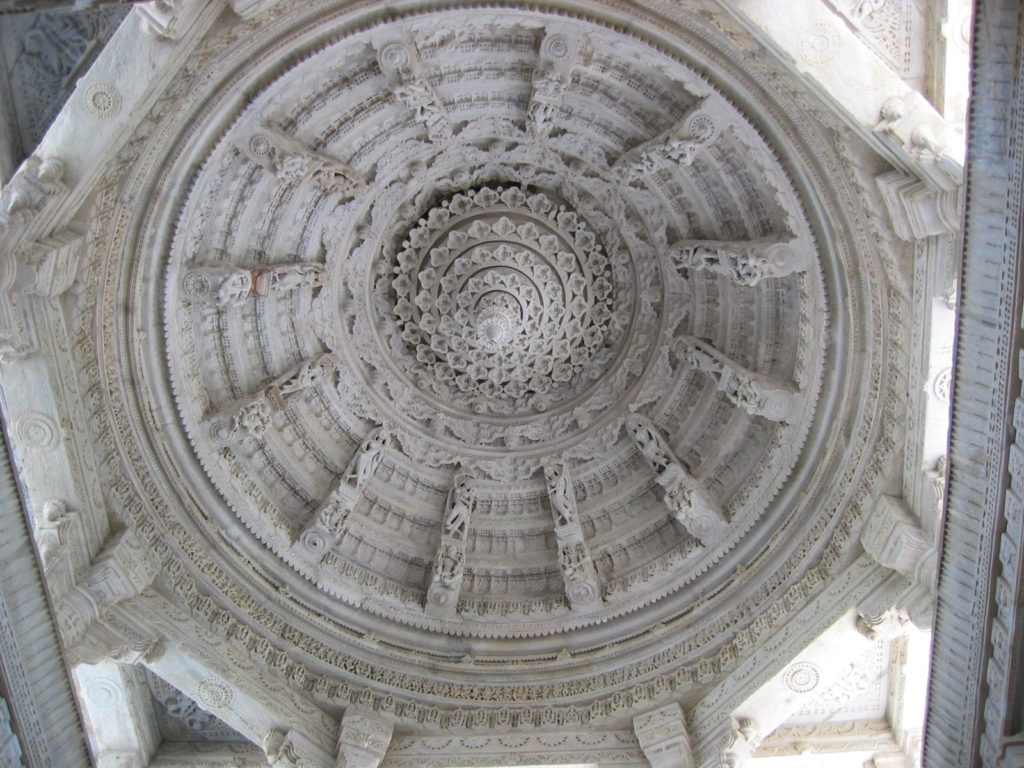
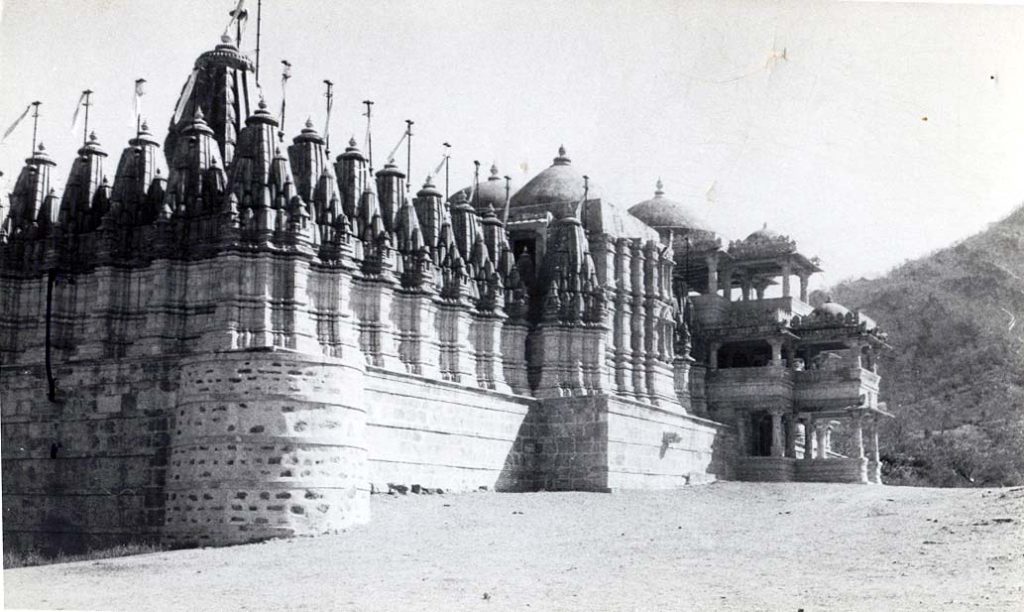
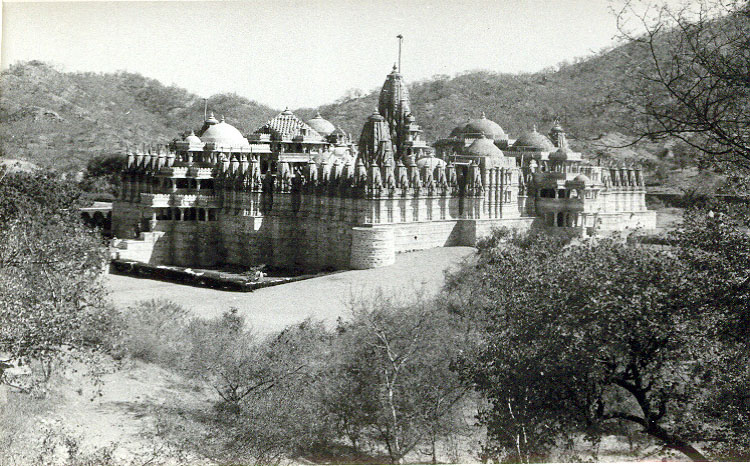

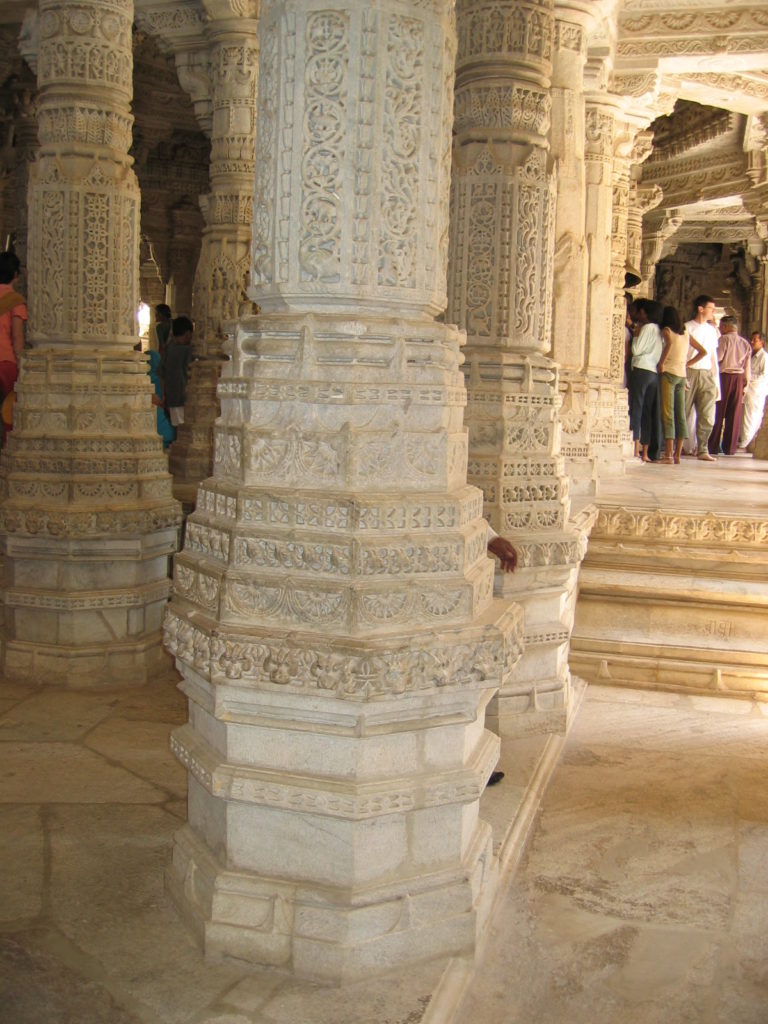
41. PRIMARY SCHOOL (1969)
Among the western architects, I found Le Corbusier more precise about scale and proportions. Study of the book “Modulor I and II gave ideas about dimensioning and proportions while designing buildings. With that approach, buildings turned out to be reasonably successful. It is true that mathematics solves the majority of the issues of architecture.
It was my first project to design a primary school in the core area of the city (1969) located in the Wadi- area of Vadodara which was Inaugurated by the Governor of Gujarat K.K. Vishwanathan.
Local Authority had land for a primary school in that dense area of the city. Tenure of the plot was in the category “A” which permits to construct a full area of the plot/land.
Except for roads, there was not even a meter space for play in the vicinity, and a primary school without a playground is NO school. There was no dilemma while designing because the basic need was to have a playground. Once that was decided, things were simple. I placed the school on columns.
Designing a building is like writing a story unless it inspires to think; it is a bunch of paragraphs. My personal experience says that at a young age it is easy to learn the scale, grasp the space, acquire judgment, and understand simple arithmetic and as well as slangs of the language on the playground.
Various provisions were made on the ground, such as sand-pit, circular walls for hiding and, a multipurpose stage/area for mid-day meals. Nothing was told to the users but they did use the spaces in their own manner. It was the first primary school placed on columns in Vadodara.
Original drawings remain with the Local Authority. But I had an ammonia print kept on the shelf. During the Lockdown period, I found an old print. I took a photograph, the only record of the design I have.
Columns in the walls are rectangular and those in the open are round to avoid injuries by sharp corners
Circular spaces are part of the Golden Spiral
The height of the ground floor is according to modular proportions.
The stage area is suitable for dance, plays, and mid-day meals depending on the occasion
The tree was retained for students to play around.
As soon as children enter the school they see the open ground which is heart of the design.
Except for toilets, drinking water trough, and rooms for essential staff, all activities are on the first floor
Experience of childhood was an inspiration to provide various spaces for the students
Candid pictures show the mood of the children. But I did not notice any child climbing the tree, which we regularly did.
Ravindra Abhyankar And one feels proud to experience the same joy when a revisit is made…
Jagdeep Desai Super
Srushti Pathak Sir, is it still there in Wadi?
Prakash Pethe It is 50 years now I have not seen for many years. To take a car and go there is not possible. But may be in bad shape because of age.
Aditi Chakrabartty Chatterjee As always your story is truly beautiful and inspiring!
Preeti Pethe Inamdar As in your case, whatever the constraints, if priorities and thought process are clear, good design will materialize. Play of light is beautiful too
Ar Stephen G A fabulous example to study. Wish you shared this post earlier sir, many generations of architecture students missed studying this project which is quite an inspiration and sure is way ahead of the time it is built.
Arun Biswanath This is one project I vividly remember from your classes. I love the austerity of this building. And the photographs also are so clearly conveying. Thank you for this post, sir.
Parth Bhatt, It’s a very good design, sir. I especially like the open area on the ground floor, placement of round column, beams Junctions at the corner and a column-free corridor on 1st floor…how amazing to see such nice details of structural elements are placed in 1969 and in 2020 some elements are difficult to address…
Rahil Vaghani This is so inspiring, thank you for the post sir, will surely have a visit.
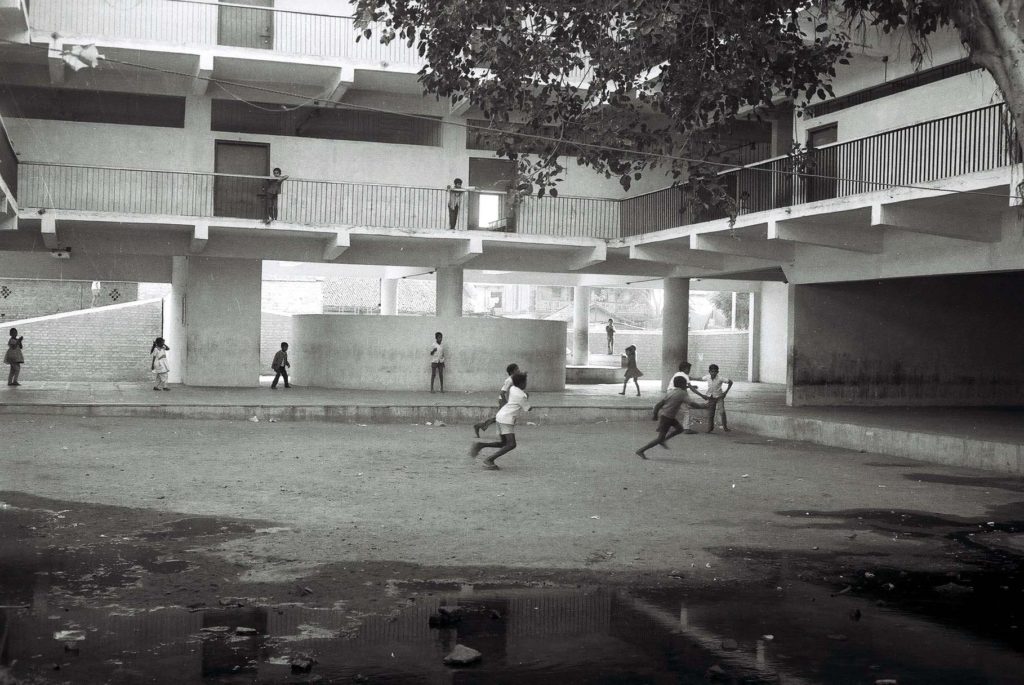



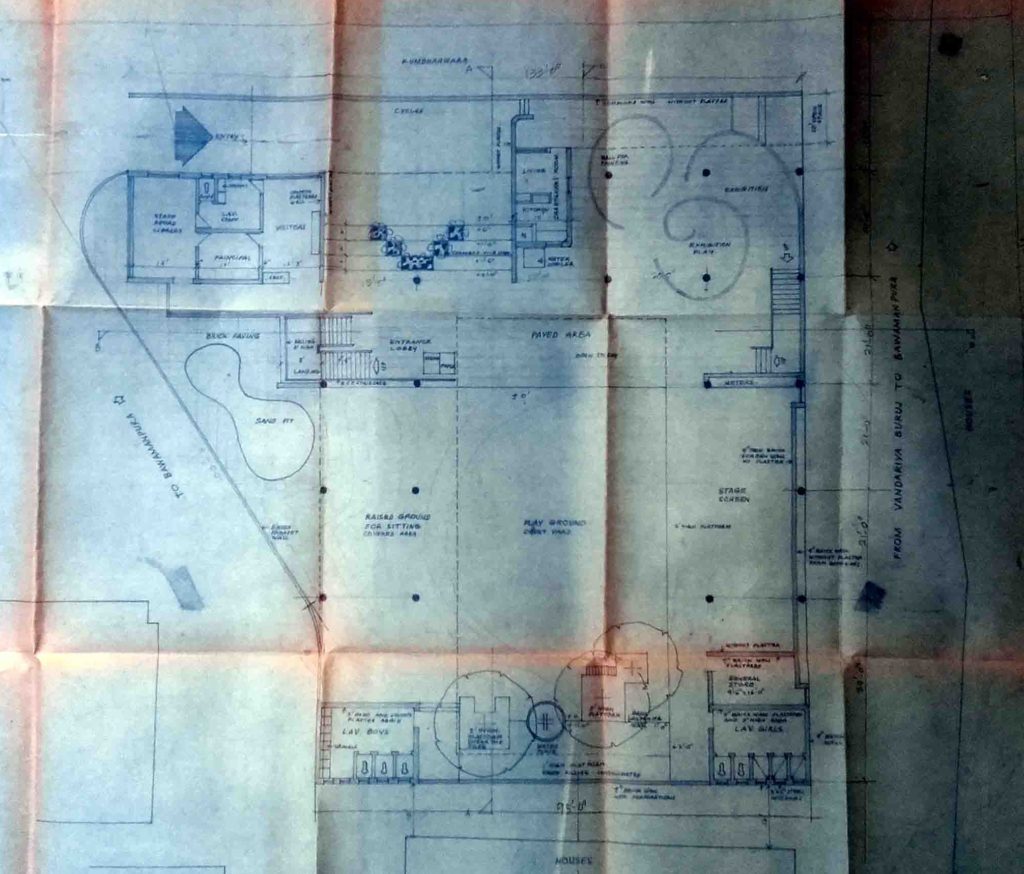
42. HISTORY – NEED OF SAMUDRA MANTHAN.
History and Geography were a favorite subject since school days. Stories of great leaders, warriors, and guerilla warfare of Marathas and Peshwas, were read with interest. Those dreamy school days were over and I entered college. A new subject was introduced as a history of architecture.
Sir J. J. College of Architecture was like a wedge between British Mumbai and Vernacular Mumbai. To the south of the college was Gothic Mumbai and to the north a vast area created by carpenters and mesons, from Gujarat, and Maharashtra. All the beautiful examples of functional residential architecture were fitted in tight plots. Whereas British Mumbai was constructed by skilled masons of western India.
All Indo English Buildings of Mumbai were built in Kurla and Malad stone and black basalt.
The most interesting thing in Mumbai was the historic Irani restaurants and Sitting in the restaurant for hours over a cup of tea was common. We discussed literature, architecture, politics, poetry, and films.
It was a pleasure to walk leisurely on covered footpaths protected pedestrians from rain and sun in Fort area up to Kala Ghoda. Such innovative details of the past helped many while designing modern buildings. The concept of central usable space with corridors on both sides used by Fredrick Stevens was used in many Chawls in Mumbai as well as Maharani Sahantadevi Hospital in Vadodara.
Le Corbusier confirmed his ideas about scale and proportions after studying Meditarian countries. Tadao Ando studied the history of the immediate past. Studied buildings of Le Corbusier, Mies, Frank Lloyd Wright, and Louis Kahn. It is the “Eklavya” method of learning. I did that throughout my career. There is no other option.
Edvin Lutyens and Charles Correa adopted the form of 2nd century B.C. Stupa of Sanchi while designing Rashtrapati Bhavan at Delhi and Vidhan Sabha at Bhopal respectively. Bijapur style was adopted in the GPO of Mumbai. Gujarat Style inspired while designing Gateway of India, Bombay Central Railway Station, and Jer Mahal opposite Metro cinema.
Legendary architect I.M. Pei could not resist using geometrically, and mathematically perfect mysterious form of Great Pyramid at Louvre Museum. The concept of modern gated communities is found in two-hundred-year-old Khadkis of Gujarat and Pannalal Terrace (1911) near Grant Road railway station in Mumbai. By and large, 99.99 % of new designs have a germ in history. It’s a continuation of civilization.
The study of the history of architecture can be a source of inspiration.
Now we have to investigate how people reacted after the pandemics of the past in India. It can go into volumes. Collectively we have to learn a lot of things to improve our way of living from the history, which has a capacity to offer clues.
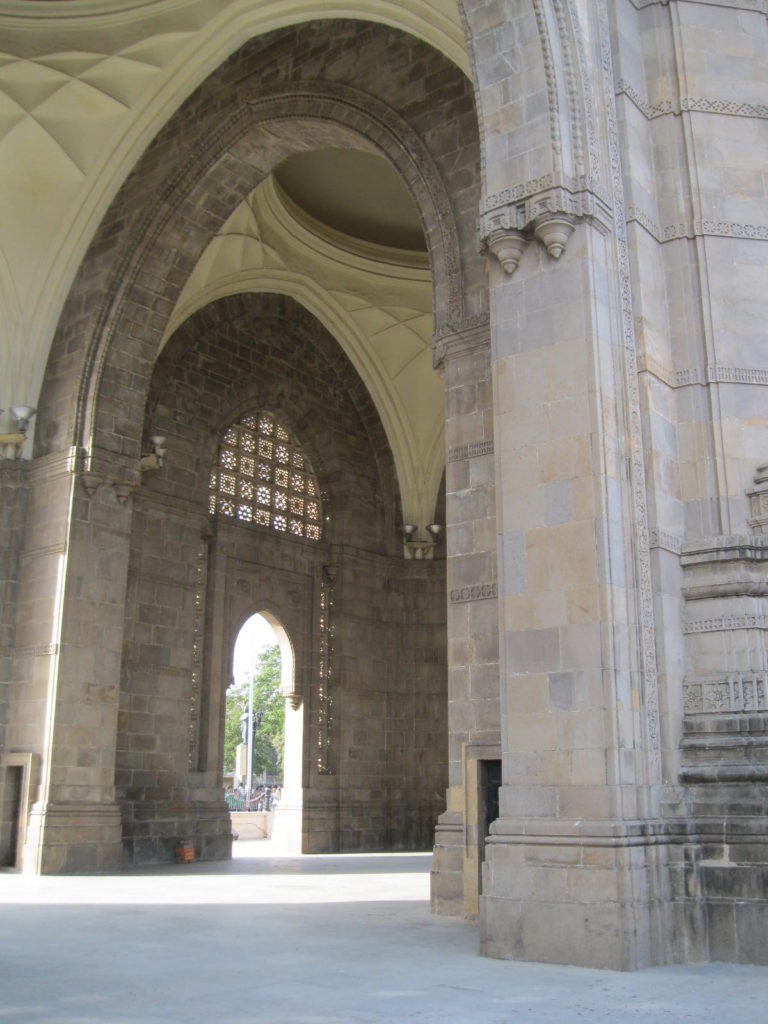
Gateway of India(1924) by George Wittet 14th Century Gujarat Style was adopted
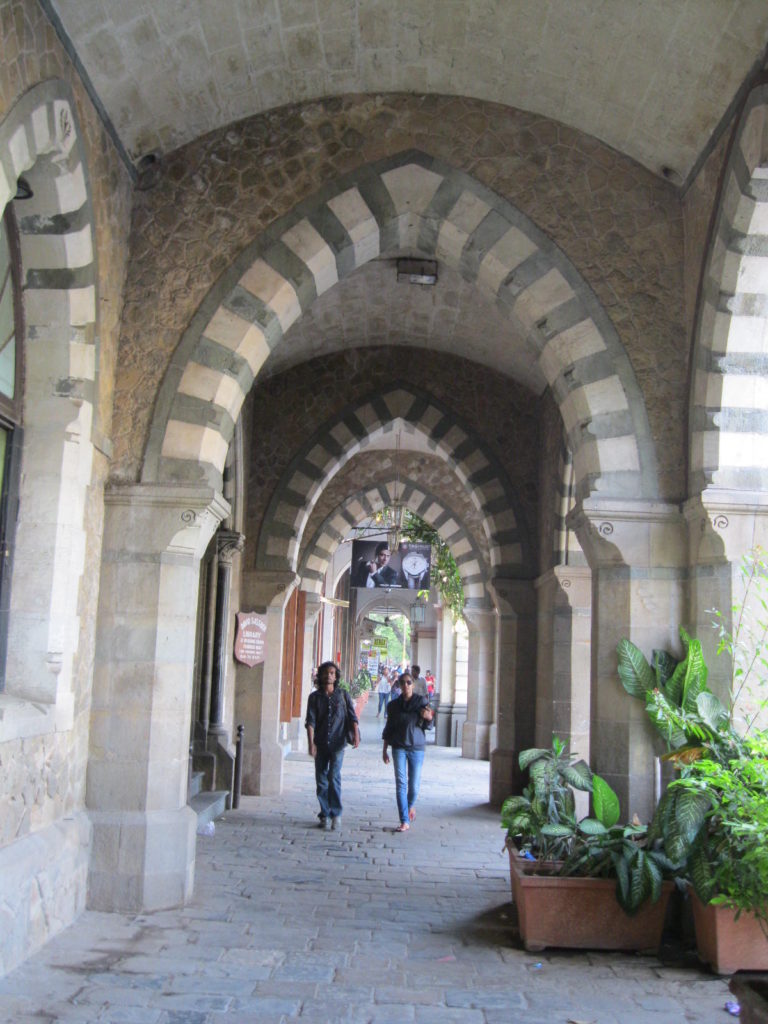
Covered walkway to protect from sun and rain in Mumbai Fort area, is suitable in North India. Jaipur was wiser to provide covered pathways in 1727. Modern India is ignorant in making building bye-laws
43. LEARNING ARCHITECTURE.
When I passed the Intermediate grade drawing examination, my mother showed her certificate and surprised me; I looked at her with great admiration because she never told me about it before. She had ‘B’ grade whereas I had ‘C’. She always admired my drawings as any mother would do to her child.
Our drawing teacher advised me to join J.J. School of Arts, but I joined architecture. The absence of any modern gadgets increased our efforts to know new things. The source of information was books. Libraries played an important role in my life. College library and Bharucha Library in Mumbai were useful. Most of us were voracious readers. Books on literature, history, biographies, and short stories were popular stuff. Attending live musical concerts was another passion. Cinema was another entertainment we could enjoy, depending on the pocket money. Chatting in an Irani restaurant for hours over a cup of tea was a thing to remember.
Our library introduced to us many great individuals such as Leonardo da Vinci, exceptional drawings of Frank Lloyd Wright, his love for Japanese prints music inspired us and also works of great architects of the world. The idea was consolidated that an architect must be multifaceted.
Our classmates were very good at using all grades of pencils, pastels, charcoal, and watercolors. Professor G.B. Mhatre known for his excellent work in Art Deco style was one of our teachers. He was famous as a “4B architect”. He had fantastic drawing skills and was an inspiration to all of us. I think that is the prime duty of any teacher.
In those days teachers were known by their use of pencil grades. One was known as the “4 H” architect, who drew with fine sharp lines. One of the teachers was a master in using oil pastels. Within a few minutes, he could draw the perspective of any design. His power of visualization was exceptional. Every architect- teacher had his own identity and extra skills.
We had seen drawings of A.P.Kanvinde Sir. They were awesome. Watercolors by M.R. Achrekar were exhibited at Jahangir Art Gallery were great. He was the Art Director for Raj Kapur. Prof. M.M Vijaykar, one of our teachers was an expert in making perspectives. Mr. Ovlekar drew tiled Roofs and construction details standing opposite sides of the drawing board correctly from the student’s side.
Most of our professors were RIBA (London) an ultimate qualification in those days. They were broad-minded. There were no colleges for P.G. courses. Deviation from the course to attempt something else was impossible. For me initial years after passing were difficult. Curve of a graph is never smooth. But everyone had to stick to architecture. All graduates worked for two-three years with an architect in the Fort area and started his own office either in Mumbai or somewhere else.
However, the silver lining to all the matters was that, I got a scholarship from Indian Railways, enough to pay all my fees and stationary. I had not to depend on my father for my higher education. I learned architecture free of cost.
44. GOOGLE-FICTION-ARCHITECTURE
In olden days elders recited
कराग्रे वसते लक्ष्मिः करमध्ये सरस्वति ।
करमूले तु गोविन्दः प्रभाते करदर्शनम् ॥
Means at the top of the palm dwells Laxmi at the middle Saraswati and at the bottom dwells Govind. Therefore they contemplated every morning to have their blessings.
Today people thank the Internet, Larry Page, and Chad Hurley, before starting the computer. These inventors of software made our life richer.
When Vikas Swarup an Indian diplomat and a well-known writer and current Secretary at the Ministry of External Affairs, wrote three novels. He was called to talk at the office of Google on 5th February 2013.
Where he said, “Google is a huge part of my life, I could write my first novel Q&A in only two months because of Google”.
“To investigate things in libraries would have taken at least one year. I read many books during my college days. When I was posted in London I thought of writing fiction. I knew about an experiment made by NIIT making a HOLE IN THE WALL fitted with a computer facing slums of Kalkaji. That computer proved to be an instant hit among the slum children. With no prior experience, the children learned to use the computer on their own.
That inspired me to write “Q&A” that was converted to a very successful movie “Slumdog Millionaire” which won eight Oscar awards.”
Related postscript
Though the novel and the movie are old but are the product of computer technology. The present generation may not have seen” Slumdog Millionaire” but are aware of “KBC’ and how a boy from remote place won ten million rupees, with the help of mobile. The sudden spurt of amazing creativity is seen during this pandemic in mobiles.
If something is to be said about architecture, for the next century CURIOSITY, CONFIDENCE AND COMPUTER software would be essential for new fictions, as great buildings were fictions.
Those interested may go through the following (Vikas Swarup)
https://www.youtube.com/watch?v=OhjQS1JSVIQ
Ravindra Abhyankar Liked the post…
45. RAILWAY STATIONS AND OTHER USEFUL INFORMATION –
India has one of the longest railway networks. Many stations were designed by practicing architects. Indian Railways and Metro railways are planning to develop the stations according to international standards. For new architects, this could be a prospective option to work on.
In college topics chosen for thesis by final year, students are Railway stations, Bus Stations, Air Ports, Cruise Terminals, etc. Often students have to survey personally several railway stations, because of the paucity of references.
General information 1676 mm broad gauge 62,891 km
1000 mm Meter Gauge 2839 km
610 to 762 mm Narrow Gauge 1685 km.
Standard Gauge 1435 mm.
Before designing any project it is essential to study the geography and HFL of the location. Indira Gandhi Airport in New Delhi was flooded in 2013 passengers waded through knee-deep water in the concourse area
Runways of Chennai Air Port were underwater in 2015.
Passengers had to wade through knee-deepwater to enter the platform at Magaluru station (2019)
Mean sea level (MSL) is written on the nameplate of the stations
Bharuch Station MSL is 18
Dahanu 9.82MSL
Amalsad 133 MSL
Vadodara station building was built in 1952 at a cost of 7.25lakh. It is recently renovated.
A booklet about Narrow Gauge Systems (92 pages) was given to me by the final year student of SVIT Miss Tejal Master in 2010. It was very useful.
BB&CI the company was established in 1852. It opened a railway line on 9th January 1961 from Bharuch to Vadodara
NG Line from Vishwamitri to Jambusar 1881-1879.
The first NG line was laid in 1862 from Dabhoi to Miyagam, under the rule of Kahnderao Maharaj.
My memories are glued to steam engines. I have traveled by most of the Narrow Gauge trains in Gujarat.
The gradient of Khandala Ghat was 1:37 now they are making it to 1:50. Earlier all trains were pushed by another engine called “Banker” from behind the train. Now single-engine pulls all trains.
Length of Three Tier Compartment is. 21.34 m. The distance between the two compartments is 1.5 m. Once I took the students to measure a compartment. They studied all the dimensions and realized how minimum dimensions are needed for human beings for movement.
Bandra railway station was opened in 1869. It is the most beautiful station on the western railway. It looks cute even after 161years. It can inspire anyone to design a new station building. The truss covering platform number one is worth seeing for architects and engineers. Dadar and Bharuch have followed the same design.
The Chhatrapati Shivaji MaharajTerminus was designed by F. W. Stevens, The terminal was built over a period of10 years starting in 1878. This is one of the finest functional Railway Station.
Jetalsar to Junagarh Railway work commenced on 11th Dec.1886 and the first engine steamed into Junagarh station on 19th January 1988. The line was further extended up to Veraval in 1889 Rajkot, Gondal, Junagarh, Veraval MG Section
Valsad railway station was opened in1925 It is another simple but good building. In the olden days, Valsad was a major halt after Mumbai to supply water and coal in steam engines.
Bilimora to Waghai train stops close to the deep jungle. The location is beautiful. I dreamt of a tiny organic station building with plenty of trees around.
Vadodara Express started on 1st June 1976
Platform No.2 and 3 at Surat is 16.75 m wide (approximately by steps ) Underpasses for going to other platforms are inconvenient in many ways. Commercial use over stations makes platforms dark and gloomy.
Mumbai Central Railway station was opened on 18 Dec.1930 Designed by British architect Claude Batley it was a private job. It has one of the largest concourse halls. The space looks awesome. Approximately 65.55m.X 36.6m (measured by steps)
Khajuraho station was opened in 2008. During the period when Lalu Prasad Yadav was Railway minister. He also opened Kanyakumari station. A terminus
The highest number of platforms (23) is at Howrah Railway Station.
In Spain Madrid to Sevilla Renfe train 82.36 Euros. Traveling time 2hrs.30 minutes. Speed 212 km/ h.
In Spain- -Sevilla to Barcelona Renfe994km. train fare 127 Euro time 5 hrs.32minutes. Speed 180 km p/h
Traveling in Europe by Railway is convenient. Eurail pass is available in rupees in India.
Paris Metro is the only transport affordable to middle-class Indians.
Upcoming Metro stations will be designed and constructed as ‘green buildings’ and develop in to’ multimodal hubs’ in Hillfort India
Travel by Railway anywhere in any type of train is enjoyable
Himani Vashi This has so much of learning!
Awaiting your many stories, experiences sir.
Ravindra Abhyankar So much of information.. You are great sir.. I have preconstruction booklet of new Paris Airport Roissy… Will send the pictures to you… Matter is in French I never understood it.
But now understand the architectural references but not fully
Mangesh Nabar Prakashji, you are authority on Indian Railways. Whatever you say or write it is the encyclopedia of Railways in India. Thanks.
Mangesh Nabar I remember your article published in “maitri” blog, टुमदार स्टेशनं आणि टुकीचा कारभार. It was on the stations in Gujarat especially on metre gauge.
Gajanan Kaley very interesting information. THANKS

Bandra suburban railway station was opened in 1869
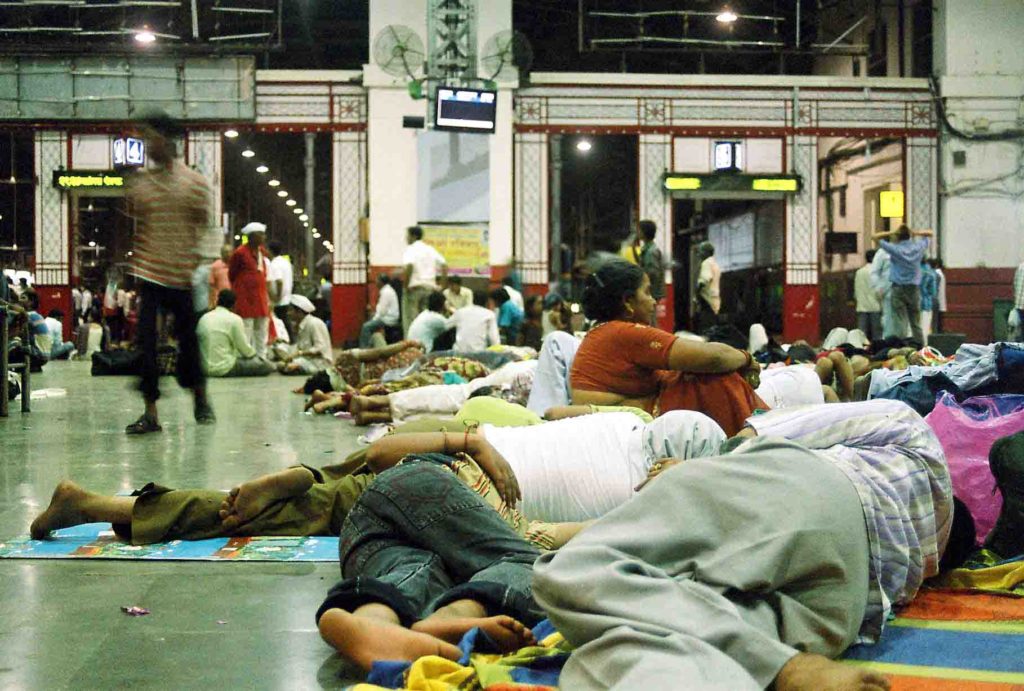


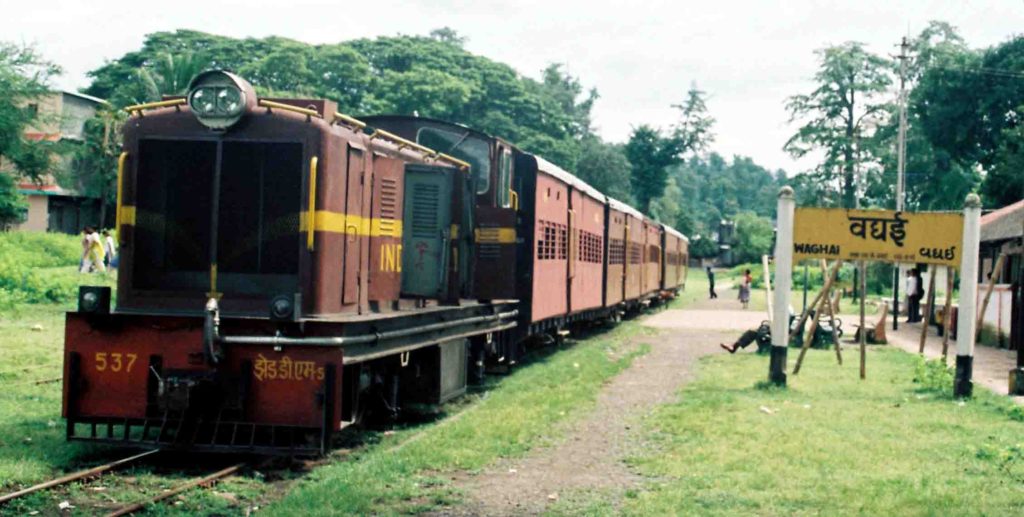

Any Railway Station in the world is a giant classroom. Whether it be CSMT, Kolkata, Egmore, Madrid, or Paris de Nord, One can learn lessons in human behavior,
A railway station anywhere in the world is a place for education for all. Observe crowded stations in Mumbai, Kolkata, Sialdha, Egmore, Pune, Nagpur, Interlaken, Paris Nord, Madrid, Barcelona to name a few.
HISTORY INSPIRES
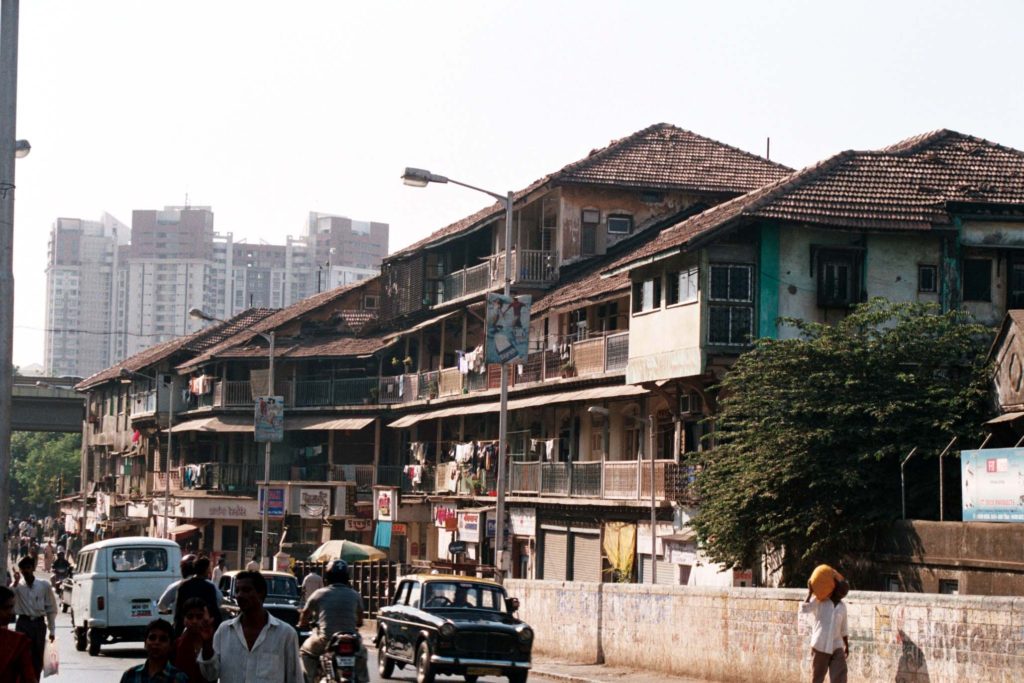
Suresh Chawl at Elphinston bridge is a perfect example of Vernacular Architecture executed one hundred years ago with inspiration from British concept
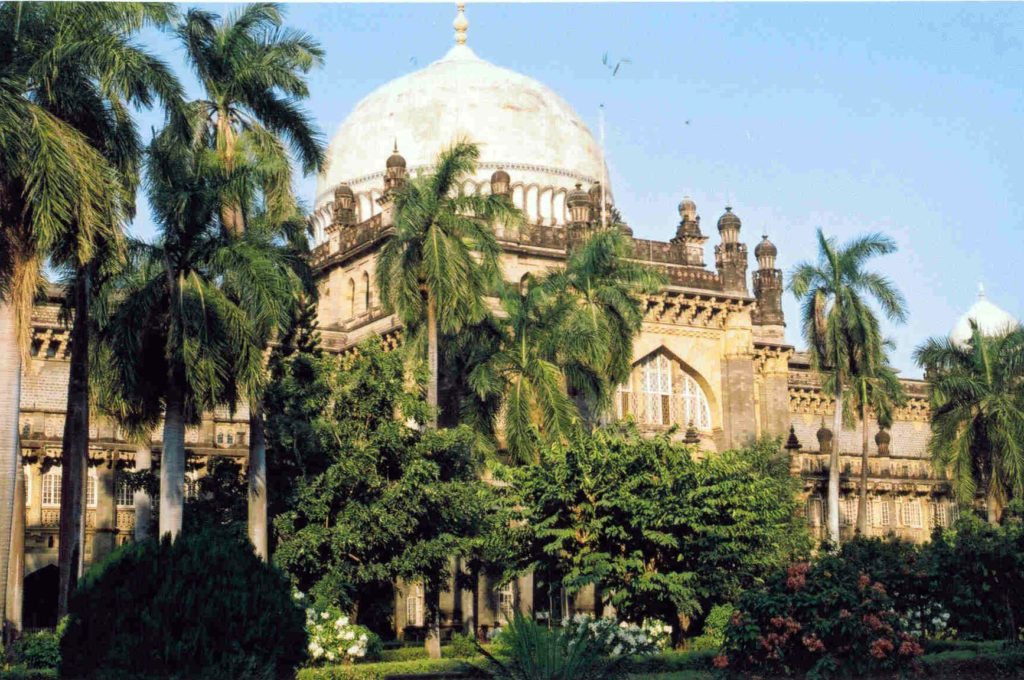
The general post office(1913 ) is modeled on the Gol Gumbaz(1656) in Bijapur, Karnataka. GPO was designed by architect John Begg


This was a typical design for a housing complex in old Mumbai to provide a gate which could be closed at night to protect the belongings of the people staying in Chawls. Gujarati builders brought this idea from a typology of Khadki
Mrs Savla is happy with the double corridor plan for the Chawl. Corridor in the front and at the back serve the functions very well
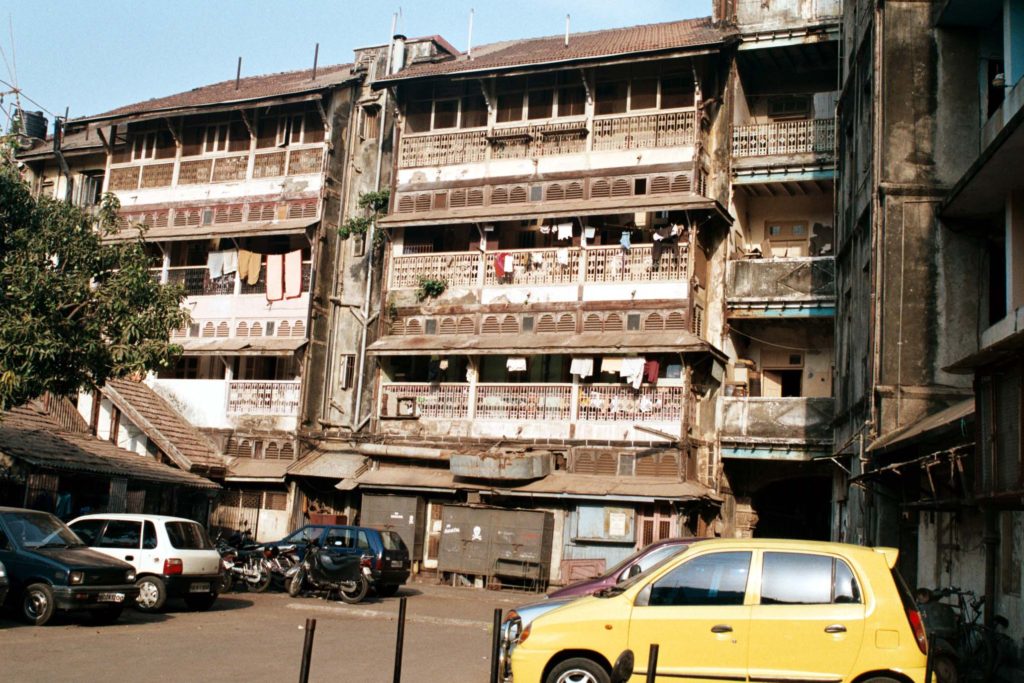
Pannalal Terrace in Gujarati Style (built in 1911) near Grand Road Railway Station. Entrance to the colony can be seen just above the yellow car
Among the typologies of Chawls. with double corridor were best. Corridor on one side was tolerable and Central corridor with dwelling units on both the side of the central corridor were worst.
Credit of providing double corridor should to Architect F.W. Stevens who designed CSMT station , Municipal Corporation and Office building of the Western Railway near Churchgate in Black stone
Kharujraho railway station

Turbhe Railway station on Vashi Thane section has a roof that spans over five platform.
HISTORY INSPIRES
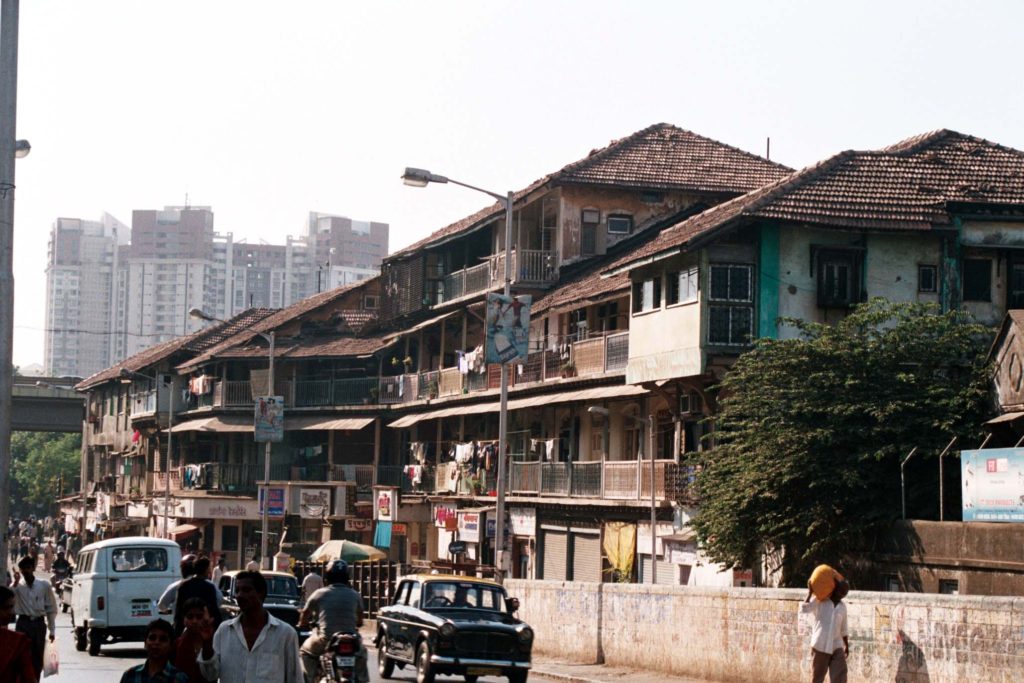
Suresh Chawl at Elphinston bridge is a perfect example of Vernacular Architecture executed one hundred years ago with inspiration from British concept
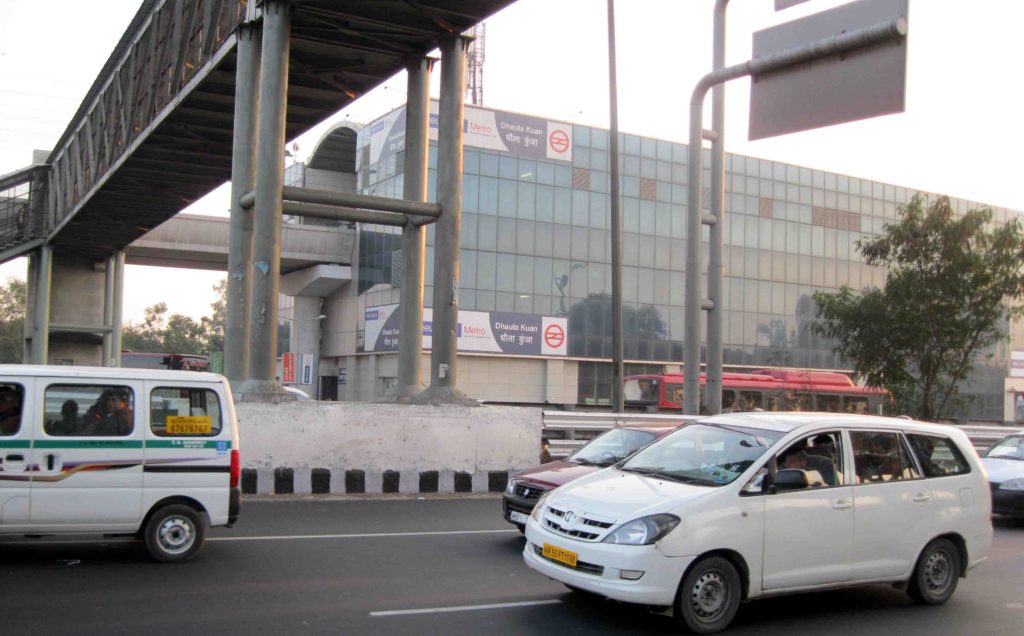
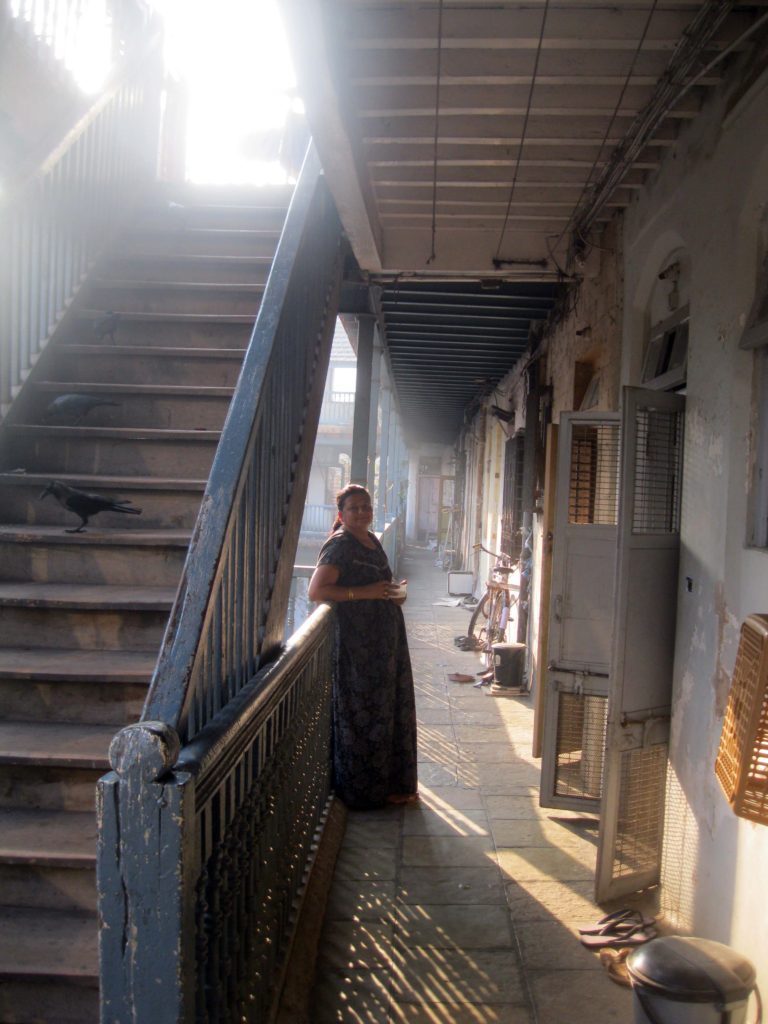
Mrs. Savla is happy with the double corridor plan for the Chawl. Corridor in the front and at the back serves the functions very well This was a typical design for a housing complex in old Mumbai to provide a gate that could be closed at night to protect the belongings of the people staying in Chawls. Gujarati builders brought this idea from a typology of Khadki
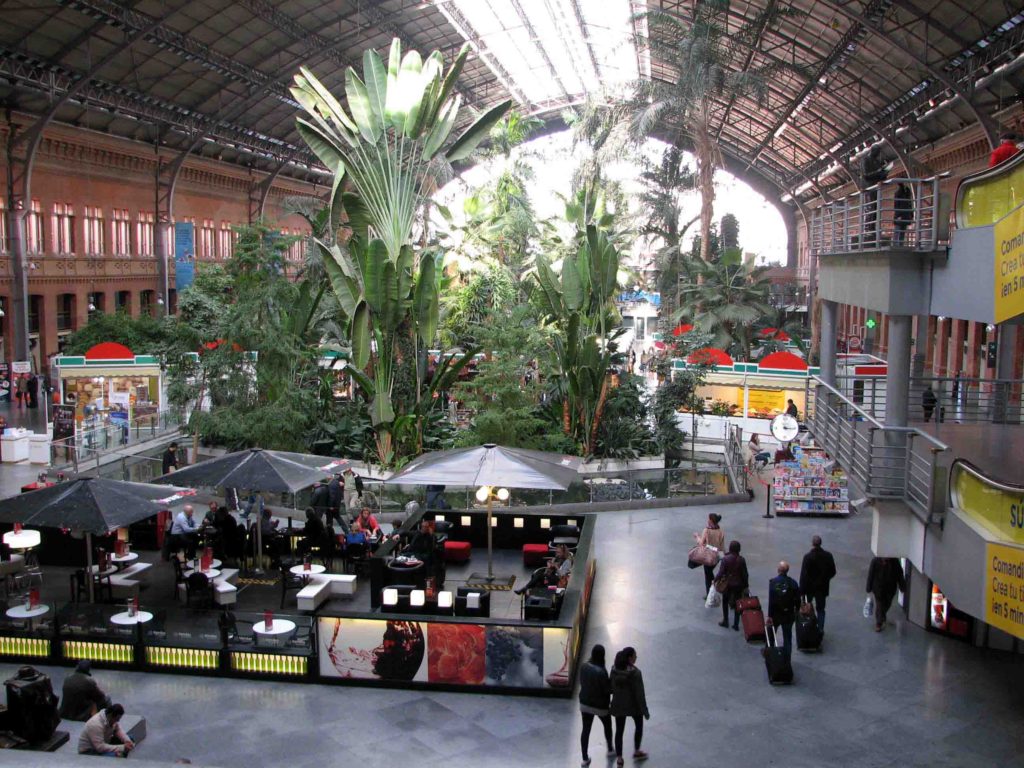
.
Nigam Oza So splendidly written , Mai sab copy paste kar ke student ko a free ma batega!! Scarcity of people like you in our profession…aap rabrinath tagore ki tarah late shuru kiya sir. What lies ahead in architecture is mystery but it is sure that it will bemore and more cost effective and need based. We will soon follow Hong Kong way of living in cities and Palladian way of living in villlages. My opinion…
Rohini Wali-Kachroo Very well written sir… Your stories always give a new insight to us..
Preeti Pethe InamdarRequest you to elaborate each style or paragraph of your post, one at a time, in your subsequent posts. Its great to read
I second Your Submission.
Bhaskar SatheVery much interesting reading. If read by the students of architecture, l shall be glad.
Kaushik Mehta Historic writing sir
Stupa at Sanchi near Bhopal . Bottom of Form
Jayant Kale Nice write up !
Ruhee Dinesh GalaSir you reminded me of my JJ moments and JJ life. They were indeed dreamy, invigorating, and full of conversations both on paper and otherwise.”Yaad naa Jaye, bithe Dino ki”
Nigam Oza So splendidly written , Mai sab copy paste kar ke student ko a free ma batega!! Scarcity of people like you in our profession…aap rabrinath tagore ki tarah late shuru kiya sir. What lies ahead in architecture is mystery but it is sure that it will bemore and more cost effective and need based. We will soon follow Hong Kong way of living in cities and Palladian way of living in villlages. My opinion…
Jagdeep Desai Kind request to enable share link
What should I do for you? Jagdeepbhaihe share link so it can be forwarded, make it public, not only for friends
Rohini Wali-Kachroo Very well written sir… Your stories always give a new insight to us..
Bhaskar Sathe Very much interesting reading. If read by the students of architecture, l shall be glad.
Kaushik Mehta Historic writing sir
46.ONE YEAR OF SHORT STORIES
So far I have written six books in my mother tongue. Few friends asked me to translate them in English so they can read. I thought of taking a wider format for writing short stories about architecture, students, field studies, study tours, experiences, anecdotes, memories, and visits to incredible places. Rather everything encountered in life.
First short note I wrote on 29th May 2019 and today on 29th May 2020, I am writing 117th.
STOCK TAKING
Limiting to 300 words per story, I wrote about 35000 words in one year. With an idea to avoid the two words “read more” Often I found it difficult to narrate a topic within the limit. But I have tried to do so. So far we have visited eight countries in Europe and more than 150 cities, towns, and villages in India.
There was no shortage of subjects. Visits to almost each Taluka in Gujarat with PG students and others were a great experience.
The camera is my first friend. It always accompanies me where ever I go. If it is with me I don’t need any company. So far I have used five cameras in the span of fifty-five years. At present, I am using Canon EOS Rebel T1 i. Mentioning about the camera and details of click is a protocol in photography. So far I have clicked 23000. Many like to read short text with visuals. The photographs in my archive were helpful for supporting the text.
On any given day minimum of four stories were on hand. Often before posting on FaceBook, I took the opinion of my friends and dear ones. I am thankful to all of them. Many have encouraged me to continue writing they deserve sincere thanks. I continue writing.
Women live longer than men.
Because they clean the house.
Now men also can live longer.
Go ahead, my dear friend Prakshbhai. I have been reading his posts since beginning and rather than appreciating I even went one step ahead to translate some of his posts in Marathi.
Congratulations for Excellent but Short Explaination of Your Vast Experience in All Fields of Academy with Personal Touch.
PROUD OF YOU.
If you can make a Facebook page of your short stories, essays, and photographs and videos, it will be a treasure for us and students
Lucky to be associated with you sir. You are really an encyclopaedia for us.
Enjoyed the last few lines of this write-up
47. LEARNING ARCHITECTURE
In this lockdown period problem is about fleeting thoughts. Brimming with enthusiasm I sit at the computer early in the morning and think about what to write. I get a clue and think about our learning in architecture. Assembling those parts of life depends on memory.
Sir J.J. College of architecture (1913) and Academy of Architecture (1955) were the only two colleges in Mumbai when I entered J.J. College in 1957. The architecture was not as popular as Engineering and Medicine. However, Sir J.J. School of Arts was known all over India.
I never talked about architecture to my school friends who had joined polytechnic, commerce, or the majority of them who could not join any college. Many of my college mates belonged to the middle class. Their parents were worried about marrying their daughters and expecting financial help from elder sons. Many of my college mates could not open their own offices due to lack of finance
Architecture during those days was simple and practice-oriented without complications. The Architects Act was yet to be passed. The internship did not exist. After graduation, we worked in firms.
The situation was bleak. Some of us joined bigger organizations for better remuneration.
In the fourth year, we knew all the offices in Mumbai. It was a necessity. Our classmates who graduated in commerce were getting a good salary in banks and large companies. Within a short time, they settled and got married.
Many of us took a long time to settle. Please refer to my earlier short stories about P.S.Rajan, Vasant Apte, Datta Ekbote, and Shankar Kanade. All of them went through a struggle. Though struggle’ is one-word; stories are different in each case. It takes a long time to settle.
Our education was focused only on architecture and we could not do anything else Today’s kids are lucky to get an inclusive architecture education with a lot of options for post-graduation.
48. WHEN LONDON CALLED INDIAN ARCHITECTS
After World War II, a shortage of skilled manpower prevailed in England. Indian Architect and others were welcomed in the sixties as India was a member of the Commonwealth. British Government issued Employment Vouchers (EV) to the young graduates to work in England. A passport and the voucher were sufficient to land in the UK.
Graduates from J, J, college, and Academy of Architecture went to England in the mid-sixties.
Passengers were allowed to carry only three pounds (42 rupees) After getting the job. Remuneration was enough to live happily.
In London and other county councils, there was at least an Indian Architect. In mid-sixties salaries in India were very less. For fresh graduates investment ticket to the UK was 1200 rupees.
The deal was attractive. Graduates who worked for a few years could collect that amount. A few of my friends went to Nepal for work and from there they flew to America.
My friend Mukund Sonpatki went to England with EV. It took nearly twenty days to reach for him by the steamer. During the journey, he gained three pounds of body weight and was healthy before reaching England.
The exchange rate in those days was fourteen rupees per pound and six rupees per dollar. England gave enough money to unemployed persons. I was told by Ar. Bhaskar Sathe, an alumnus of MSU, that many from MSU went to the UK with EV. In those days there were architects everywhere in England and they were happy.
Postal Department was easy to communicate with parents and friends. A letter could reach within a week. My friend from J.J wrote to me more than a dozen letters. I have preserved them. It is a document of the life of young Indians in England.
49. HER TRUE STORY.
She is a very energetic and active architect from the 2013 batch. (first year)
“How many years you worked in the office?”
“Two years.”
“I have started on my own”
“Great”
“Sir, one can’t work for a lifetime in any private office. Our field is not job oriented.”
“What is the scope of getting work?”
“Now a day’s people are spending money on interiors even if they have a two BHK flat. To get a big job is difficult. One should have a long practice. Tenders are floated for big works and one has to attempt but one is not sure to get”.
“What about the theory of architecture taught in the college?”
“Unless they are explained by the practicing architect teacher, it is useful; otherwise we don’t need teachers as there is a huge amount of information available on the internet”
“Did you like the history of architecture?”
“Very much. It teaches many things.
“What about the studios?”
“We were asked to design very large projects which are not useful after we go out of the college. When you work in any office the scale changes totally. I had to spend three to four months to adjust to that scale.
“There is seventy percent of girls in every college. What happens to them?
“Sir Architecture opens up several subsidiary avenues. One can do three-D modeling. Or do supporting works to architects, there is a lot of money if you do things yourself. Utopian ideas taught in college do not come to any help. We have to adjust to the outside world.
“Would you recommend a boy or a girl to learn architecture?”
“Yes Sir, architecture is a fantastic discipline, it opens many avenues. But whom I worked were not architects, neither engineers. But had five years of training under an interior designer”
“Surprising! ”
I am in touch with many past students
5Ruhee Dinesh Gala, Kaushik Mehta and 3 others
50.DOMINANCE OF WOMEN IN ARCHITECTURE.
In India, girls are dominating in most of the fields
Out of 269 Gold Medals, 172 were secured by girls in M.S. University (64%) TNN. Jan 28, 2019.
No. of male architects in India: 40091
No. of female architects in India: 31489 (As on Dec 31, 2017):
Those who teach every day know the students well, but visiting faculties take nearly a semester to know them. To teach whom one does not know is frustrating.
As banks ask for KYC, I collect KYS; (Know Your Students) The Spread Sheet includes the following items
1. Name, (for identity)
2. Mobile, (for communication, if at all needed)
3. Email
4. The medium of instruction up to HSC,( The temperament of parents towards the medium of instruction)
5. Native Place,( Percentage of students migrated for education, from within state or other states)
6. A number of persons in the family, (There are more single girls than boys. Often grandparents have looked after. But boy and girl or two girls making four members in a family are very common. A single child has a different temperament
7. Family Profession, ( More number of Architects and Engineers are sending their daughters to architecture which was not found earlier.
8. home or PG,( to know the life of staying as paying guest or renting a flat for better living.)
9. Hobbies ( Liking in subjects other than architecture. Some students do not wish to continue architecture in the future)
10. Aspirations. ( future dreams. The number of diploma holders joining architecture is growing very fast)
11. Type of house of the student ( to understand the family background)
12. Transport used to reach college.
It becomes easy to remember students with their background. It is like a horoscope with 12 houses.
Boys’ and girls’ ratio – Three Colleges of Architecture
2005- 53 % of girls
2008 -70 % of girls
2009 -67% of girls
2010 -38% of girls in Architecture
2010- Interior Design 88 %Girls
2010- 42 % of girls Building construction technology
2011 -60% Girls. Architecture s
2011- 97% Girls Interior Design
2011- 43 % girls Batch Building Construction Technology
2012 126 students’ 54% girls
2013- 79 % of girls
2013 -56% of girls out of 97 students
2014- 70% of girls
2015- 55% of girls
2015 -70% girls out of the 40 student (37% Diploma holders)
2017 -68% girls out of all student, (14 are diploma holders)
2019 -48% of girls
The assessment can not become a broad sample. But it is done for personal enlightenment.
The day will come when architects registered in India will be dominated by women
A STORY PARTLY TRUE ( DURING LOCKDOWN THREE)
Mukeshbhai is our family friend, a retired bank manager stays in a housing colony, beyond city limits.
During lockdown days, he sent a message of Good Morning every day.
I asked him “why you send the message every day?
“It to tell that, so far we are not affected by Corona”
After two days he called me again.
Yes Mukeshbhai, what is the news? Why no message today?
” I forgot”
Mukeshbhi, Now we will be three in the house?
“ At this age?”
“ Are you mad? A girl is staying with us but not a paying guest.
Another day a girl wearing a mask came and said “ I am from faculty of social work and appointed by the local authority on a temporary assignment. We are surveying the people for their well being and distributing medicines
She asked, “ How many are there in the house?”
“Two”
“How many are senior citizens?”
“Two”
“Does anyone has a fever?
“Now it was my turn to ask her. Where are you from?
“ Himachal Pradesh.
“ Native area of Kangana Ranaut?
“ How do you know?
“We saw her movies. What does your survey say?
“There are too many senior citizens in the city. Their sons and daughters are either abroad or in Gurgaon or Bangalore.
“Where do you stay?
“ In a girl’s hostel, but I hate it.
“Any option?
“Single girls are rejected. They think a single girl is a time bomb”
“Please remove your mask”. I said. She removed
“ She is like our Purnima and equally beautiful”
“I also think so”.
My wife said “ why don’t you stay with us? We will not ask for rent.
I looked at my wife ???
“We have a condition”
“What”
“You will have to give us tea at six o clock.
“I also have a condition. You will not ask me any question”.
‘Agreed.’
So she is with us and gives us tea at six in the morning.
Top of Form
Study Tours
Household Surveys
The days were good, at the School of Planning, Bhaikaka Centre for Human Settlements. (APIED). A unique feature was touring, and learning directly from reality.
Huge data was collected by the students, was a valuable academic exercise. Each student did HHS of 20-25 houses every day for five to six days. Every head of the house was asked sixty questions. The information so collected is valuable. There must be stories with everyone who did the surveys. I am happy to share a few stories with you.
The destination was Mundra in Kutch and study of surrounding villages. It was a manageable group of eighteen students and two faculties. We stayed at Bhadreshwar Vasai Jain Temple (23 km from Mundra January 2016). Students were divided into three groups and were asked to fill up question forms. My co-faculty was a young female, BE Civil and PG in Transportation Planning from CEPT. She was meticulous and was like an Auditor while taking stock of the work done by the students for nearly one hour before going to bed every day.
Vadala village is about five kilometers from Bhadreshwar. At first sight, it was found that many houses are locked and their owners have migrated to Mumbai. Many left Kutch during Chhappanio Dukal (Famine during Vikram Samvat 1956) 1899-1900 AD. But they kept properties in their possession. A Jain festival was going on, and a number of rich families arrived in Vadala. Talking to people revealed many things. Surname Majithia comes from Manjistha which is a useful medicine in skin diseases. Jains from Mumbai, come to Vadala on a day and decide their annual program. There are Pardhi, Jogi, Muslims, and Harijans in the village but no doctor. People suffer from black dust from factories. Many houses were rebuilt after the earthquake. While students were busy in surveys I moved into the village collecting visuals. We also visited the White Rann.
Shashikant Kumar Exploration is fastest and sure way of learning in life. We have been delighted with your way of interaction with people who respond honestly. Students takes lot of learning in these interaction.
Satish Ingale Beautiful pictures and equally great narrative
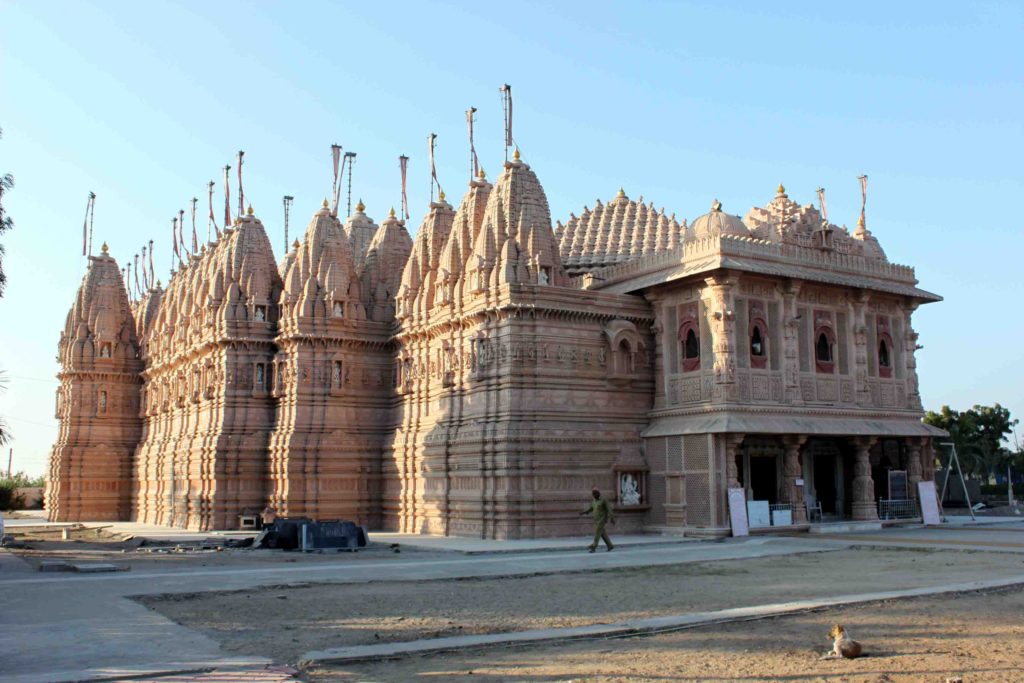
Bhadreshwar Jain Temple located in Mundra, District. It is believed to be one of the oldest Jain temples in India. The temples have been destroyed many times due to natural calamities like earthquakes.

One of the locked house in village Vadala. In this village many houses are locked and their owners have gone to Mumbai since years, but have retained their property in the village so they can visit once in a year for community religious gathering

Sunset at White desert of Kutchch
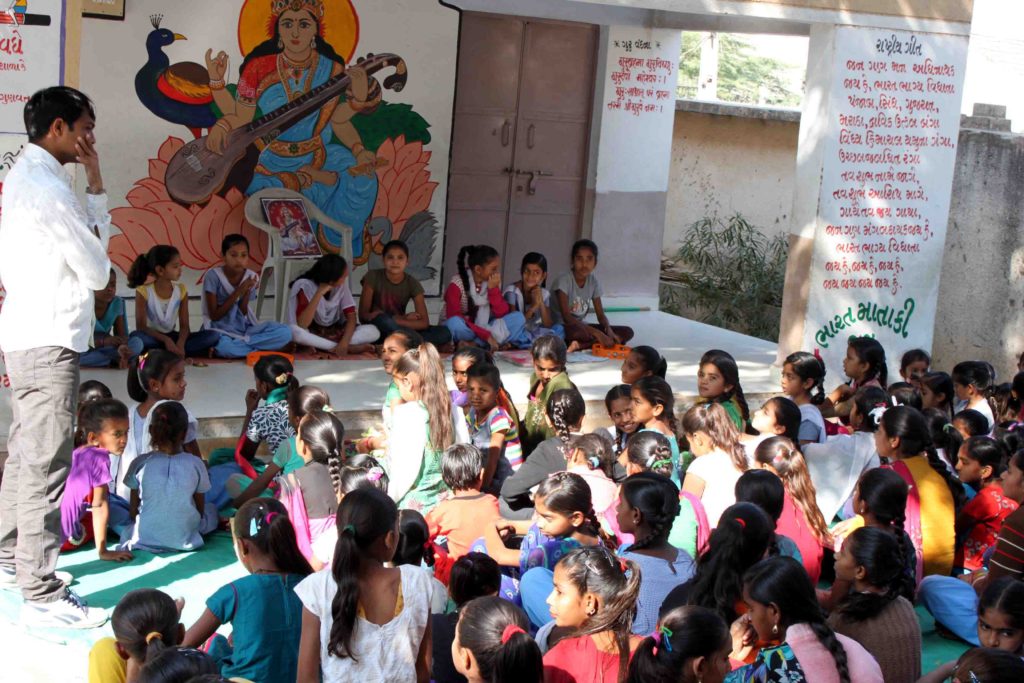
Primary school for girls at Vadala village at Mundra
STUDY TOUR –
AMRELI AND PALITANA
While interviewing people, I found that each one was different, in spite of belonging to the same place and region. I observed people holding Below Poverty Line Card and Above Poverty Line Card. I met a man having eight children from his one wife; holding BPL card, and another with the single male child since last three generations not having any card. Each one had an interesting story to tell.
I interviewed a man
“What is your name?” I asked
“Soni”
“How many members are in your family”
“My wife, my only son, his wife and this is my grandson, studying in the eighth standard”
“What is your business?”
“Making gold and silver ornaments”
“How is the business in this small place?”
“Satisfactory. I am not rich, but happy. So far women like ornaments, I have not to worry.
“ From whom you learned this skill?”
“ Nobody. But I observed my grandfather when I was a schoolboy”
“What is your age?”
“Sixty-five. .But let me tell you that I have never been to any doctor in my life.”
“Surprising! How that is possible?”
“ My mother was disciplined; we eat very simple food and cow milk. Don’t you experience the environment here? Fresh air. No pollution. That keeps us healthy.”
“ What about this young boy?”
“He has learned our family skill, watching me”
“Will he continue your business?
“That is up to him. But I am sure he would”.
“Thank you uncle, you are lucky to be in a clean environment and following good eating habits

Entrance to very simple but functional and neatly designed Amreli Railway Station built in 1912.
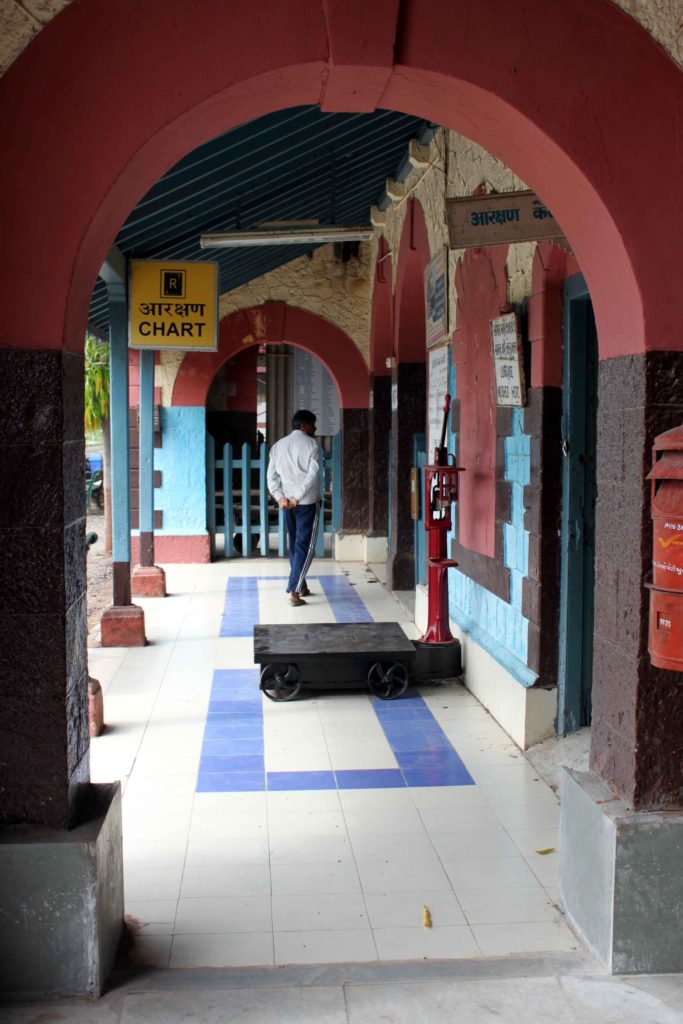
Amreli railway staion .Stone arches and wooden support to wooden roof . More than a century old railway equipments and gadgets are still in use
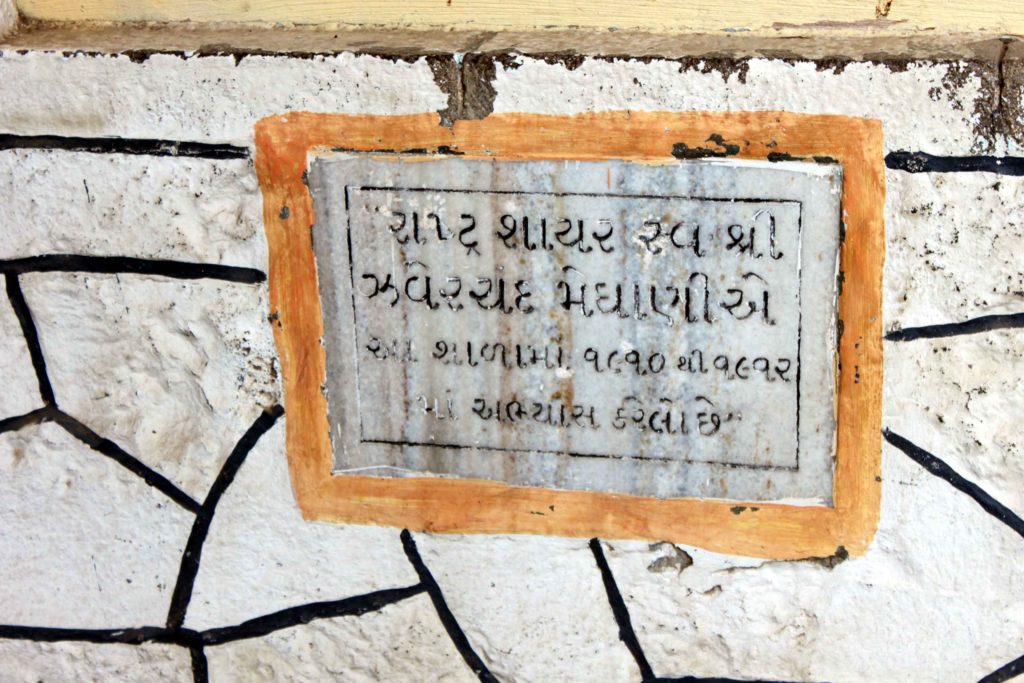
A school in Amreli where famous poet Jhaverchand Meghani had his education.
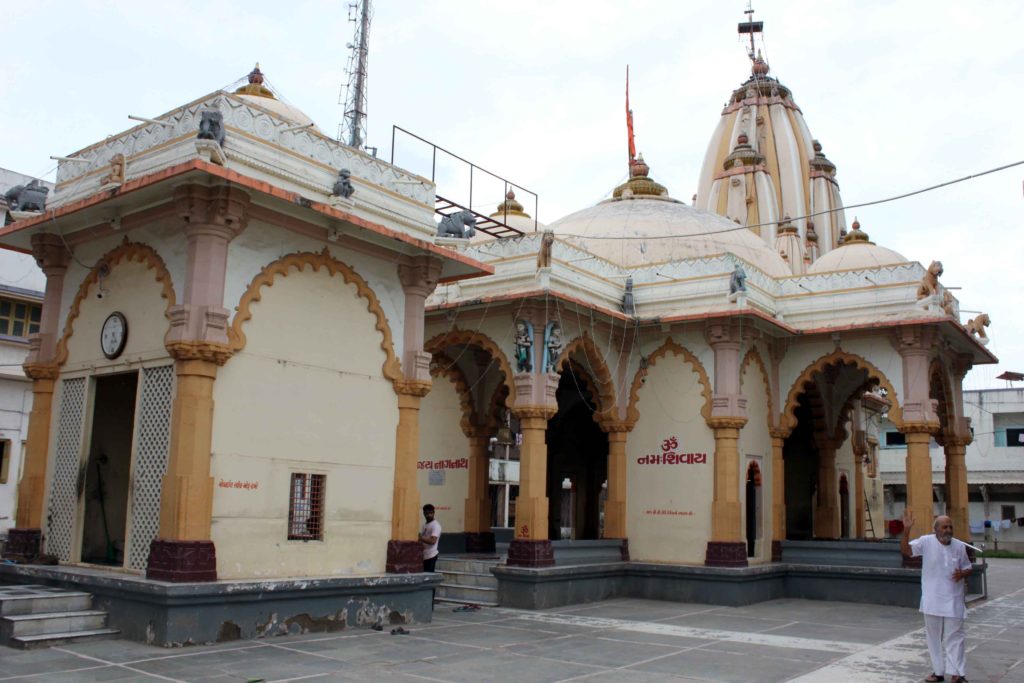
Nagnath temple built by Vitthal Devaji Dighe who was head of Amreli Prant during the rule of Gaekwars of Baroda . His grand son in Vadodara was my friend. He insisted to visit his ancenstral temple .

Neatly executed wooden railing of the hostel for the students of the Memon community in Amreli.
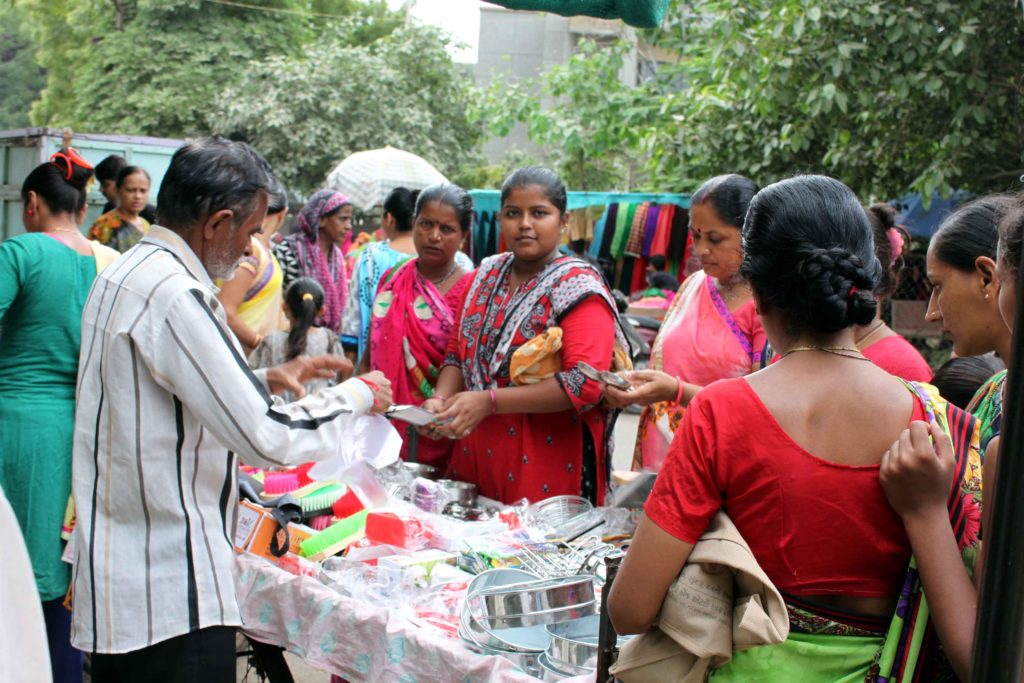
Weekly street market at Amreli
GHUMLI NEAR BHANVAD
“Thank you Kaushikbhai for bringing me to this beautiful place.”
“You thank Sangabhai who brought us to Ghumli”
Someone in every town of Gujarat knows KM. Kaushikbhai Mehta is an M.A. in economics and Urban and Regional Planner from CEPT and retired as Deputy G.M Reforms of GoG. He is a very old friend of mine and was my colleague at BCHS. Along with students we both accompanied few study tours. There is no town in Gujarat where he has not set his foot. He permitted me to mention him in this note. Regional Planning involves a multi-disciplinary approach; students from the field of Architecture, Engineering, Economics, Geography, Planning, and Sociology get a chance to manifest their talent. His background in Economics was fruitful to Gujarat.
Navlakha Sun Temple is surrounded by green mountains, is about a few km. from Bhanvad. Most dramatic is the plinth which is more than human height. The temple is captivating, from inside as one can see the surrounding beautiful landscape through sculptural frames. It is a visual treat. That should be a quality of architecture.
Ghumli Ganesh close to the Sun Temple has an unusual form which makes it delightful. The site selected to build these temples is unique. Half a day spent here can boost the morale enormously.
Lesson: The building should be delightful from inside and outside.
Kaushik Mehta It’s a great honour for me. Very interesting to explore our heritage at Ghumli with Pethe sir and MPlan students .
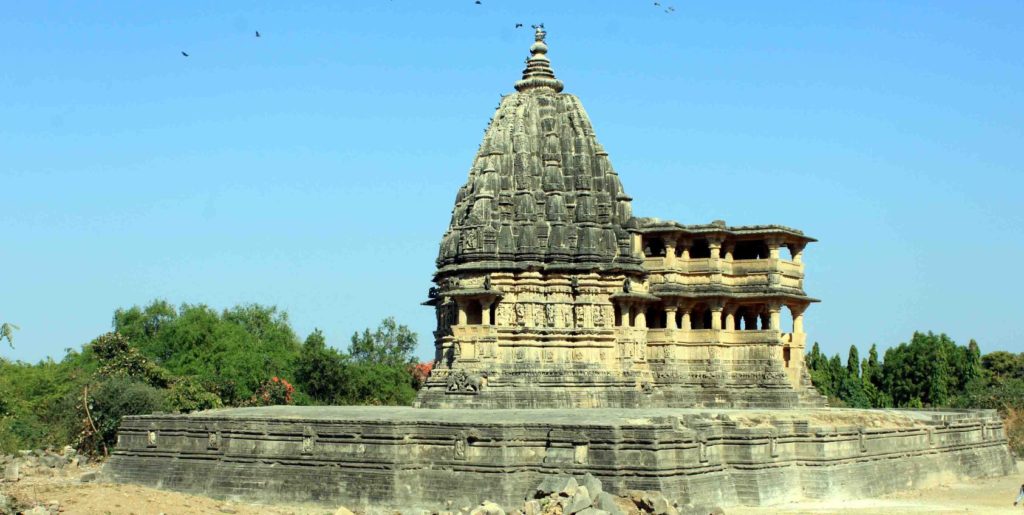
Ghumli Temple

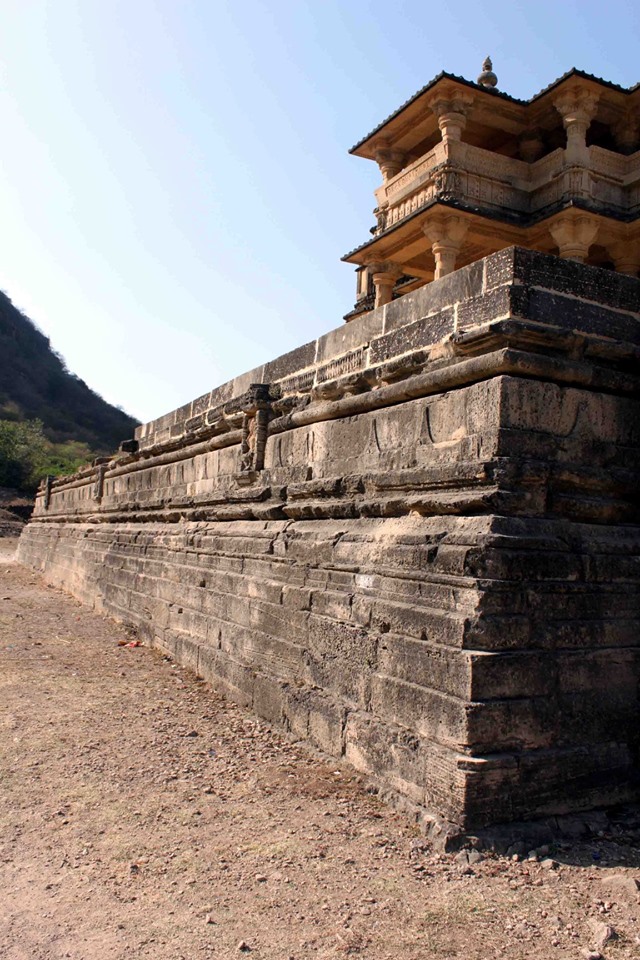
Highest plinth I ever saw
Bhanvad is named after Jethwa ruler Rana Bhanji Jetva of Ghumli, who founded this place when the Ghumli was sacked in 1313 AD. Ghumli was once the capital of the Jethwa dynasty is an archeological site of interest is located some 6 km from Bhanvad.


BHOOTVAD
While traveling many tangible and intangible things are known, which are beyond the purview of architecture and planning.
After a memorable visit to Ghumli, we stopped at Bhoot-Vad. The place is famous for Veer Mangda Walo and a BHOOT WAD (A Banyan tree in the form of unseen element). Here a married couple vows to get a child. After the birth of a child, a photograph is hanged on the wall. Some walls are full of photographs. It is a secret dialogue between the believer and the Bhoot-Vad. No middleman. No monetary transactions.
Our two other destinations were Chiroda and Verad villages. The first village has fertile land and people are happy. But houses here are introvert. They have a large court to accommodate cows and buffalos. Typical Gujarati Otla or Falia pattern of housing is absent. No two houses speak with each other. The reason is the closeness of Gir forest. Sometimes Leopards come in the village and drag away calves or children. There is a sacred Banyan tree that stands along the road. Several Vampire Bats sit on it. No one disturbs them and a temple of Hanuman is below the tree. A mystic story is attached to this Banyan also.
Verad is a small village. However, nearly 1500 people have shops in Valsad. Saurashtra Express stops at Bhanvad and is convenient for them to commute. This village gets water from the Narmada also. Groundnut and cotton are the major crops.
There are very old houses which are locked and people have migrated to big cities, but have retained their properties. People of Verad seem to be good. They have not grabbed or destroyed other’s properties. In Baroda when LIG houses remained unoccupied for some reason, some people took away doors, windows taps, etc. An urban. Phenomenon
To the south of the town there is an old banian tree called the Bhut-vad or Ghost’s banian
Whenever marriages are performed in villages anywhere near these two banian trees, the bride and bridegroom are brought to the tree and there offer a coconut to Mangro and then the marriage ceremony is considered complete

To the south of the town there is an old banian tree called the Bhut-vad or Ghost’s banian
Whenever marriages are performed in villages anywhere near these two banian trees, the bride and bridegroom are brought to the tree and there offer a coconut to Mangro and then the marriage ceremony is considered complete
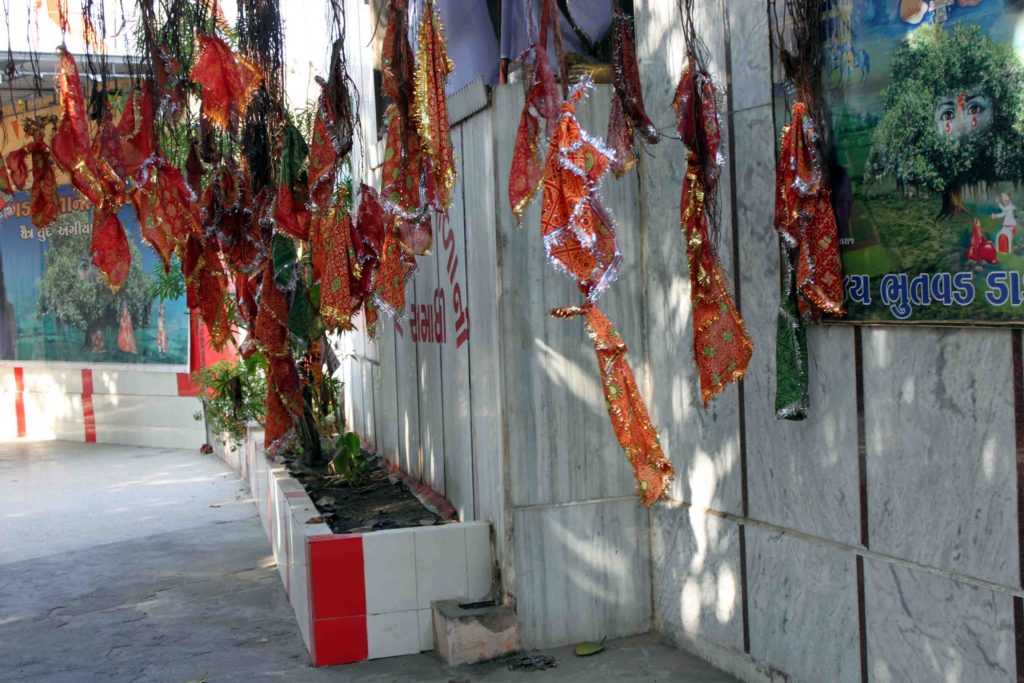
To the south of the town there is an old banian tree called the Bhut-vad or Ghost’s banian
An urban. Phenomenon

To the south of the town there is an old banian tree called the Bhut-vad or Ghost’s banian
Whenever marriages are performed in villages anywhere near these two banian trees, the bride and bridegroom are brought to the tree and there offer a coconut to Mangro and then the marriage ceremony is considered complete
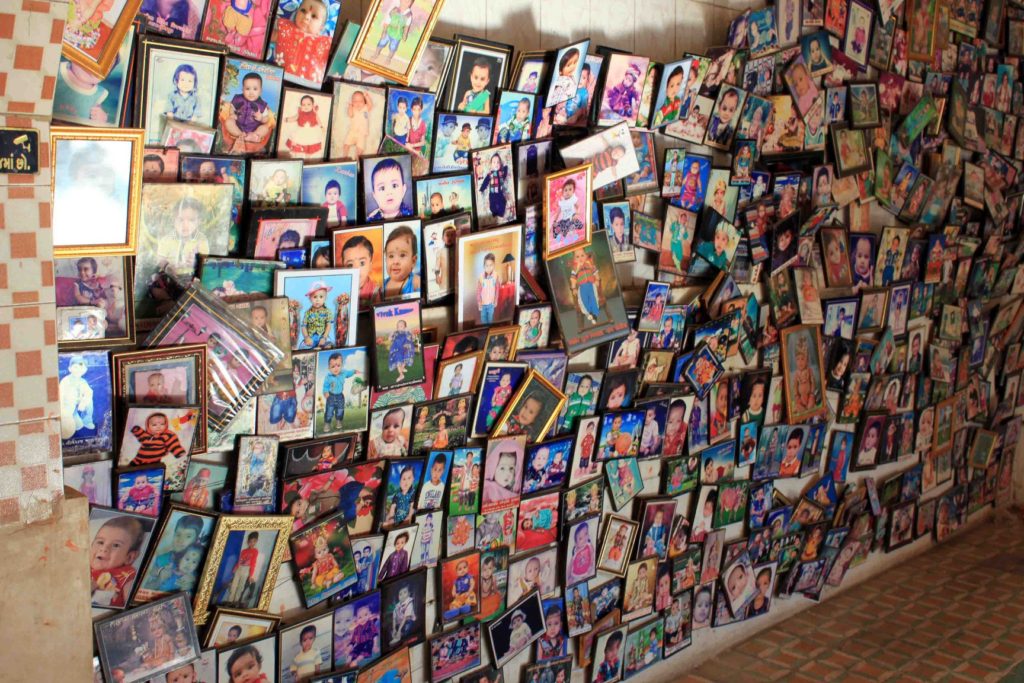
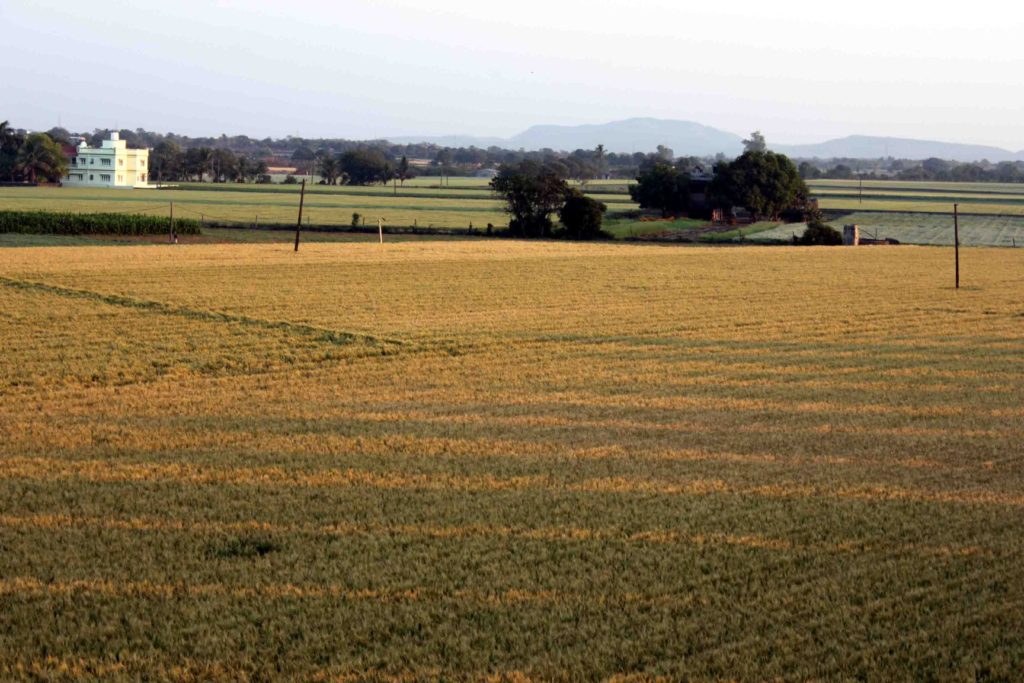
56. DWARKA
(1) “During the Indo-Pak war in 1965, Pakistan sent their warships to destroy Radar station at Dwarka. A bomb fell on the temple but could not damage much.” Said the owner of the hotel where we stayed. It was a part of the information gathering process. He further said “There are about 160 Dharmashalas and 100 small and big hotels But potable water is the basic issue of the city. It is necessary to find a sweet water source, to sustain. Now some people have started doing horizontal boring though it is not suitable for congested urban areas.
(2) After twenty-two years I was in Dwarka again with students of BCHS Vallabh Vidyanagar.
(3) Here, a devotee hardly complains about any inconveniences. At the same time, he loves God but not the precinct where God is located.
(4) Location of the temple is similar to Mahalaxmi Temple in Mumbai. Both offer a panoramic view of the sea.
(5) The confluence of the Gomati River and the sea is awesome. The government built Ghats along the sea. But, uncultured people shit where they eat.
(6) Shivrajpur village few kilometers north of Dwarka was an example where only one community of Vagher (Rajput) lives. We found such single clan settlements in many places. The community was celebrating Krishna Jayanti. A procession by the villagers started from one temple and culminated with vigor at the other. We watched the process and finally students participated in Garba. We were offered lunch. Two boys were felicitated for their success in education and getting respectable jobs. The village is cleaner than Dwarka.
(7) Rural Community Center conducts valuable Rural Development programme in surrounding villages sponsored by Tata Chemicals. The residential zone is specious. But appears dull.
(8) It is amazing that Aid Shankaracharya walked nearly eight thousand kilometers to establish Maths at Dwarka, Shringeri, Puri, and Jyotirmath. Who lived for only 32 years. There is also a seat of Vallabhacharya on the banks of Gomti River
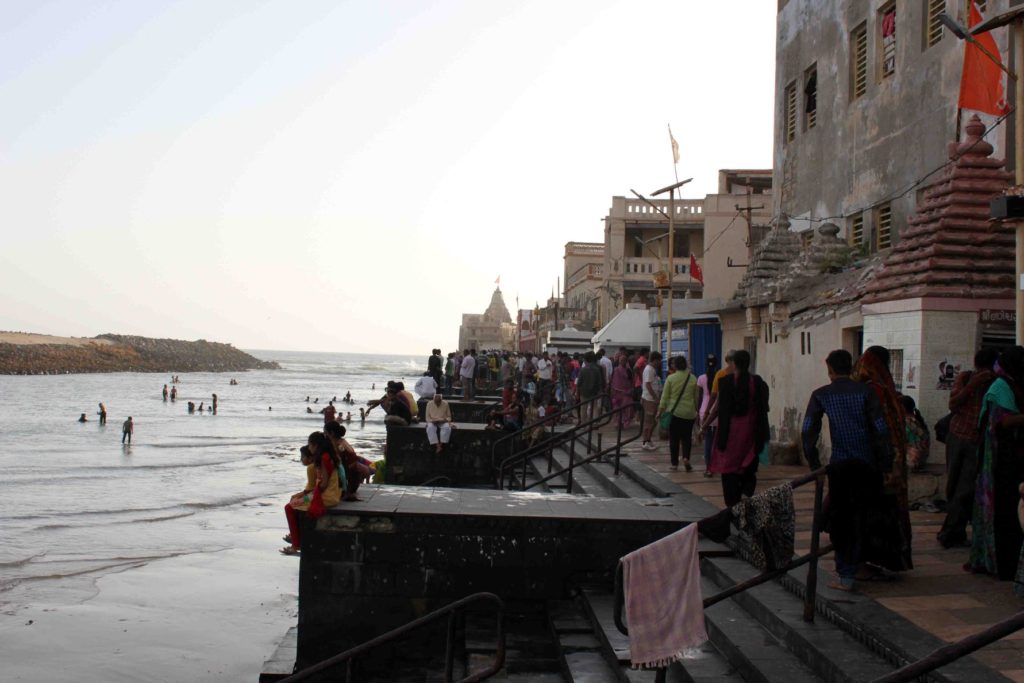
Ghat at Gomti River
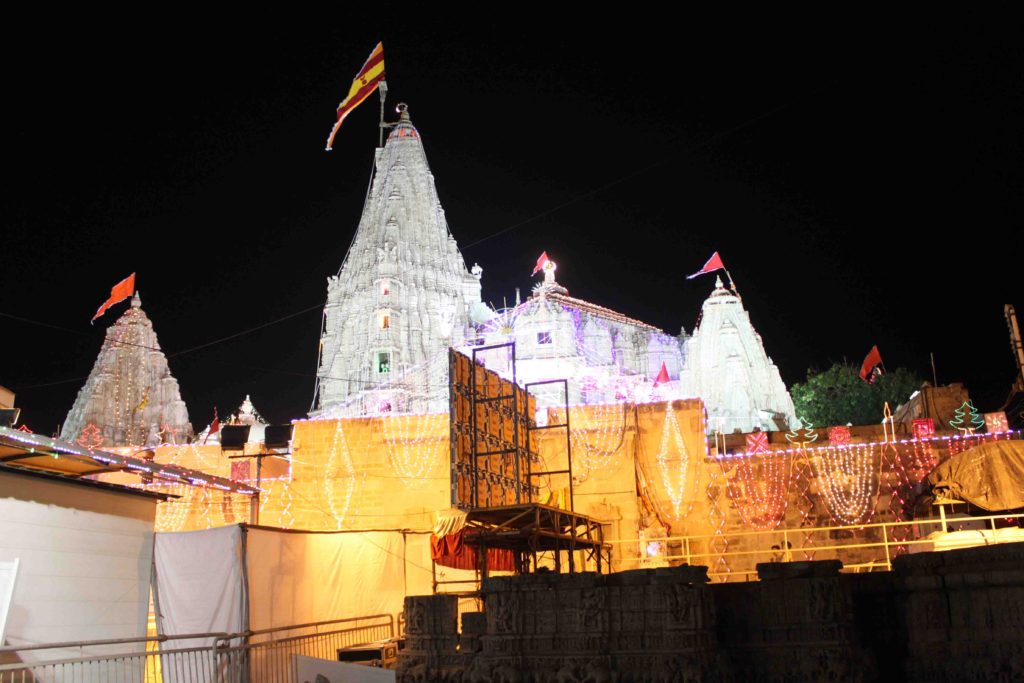
Temple of Dwarkadhish
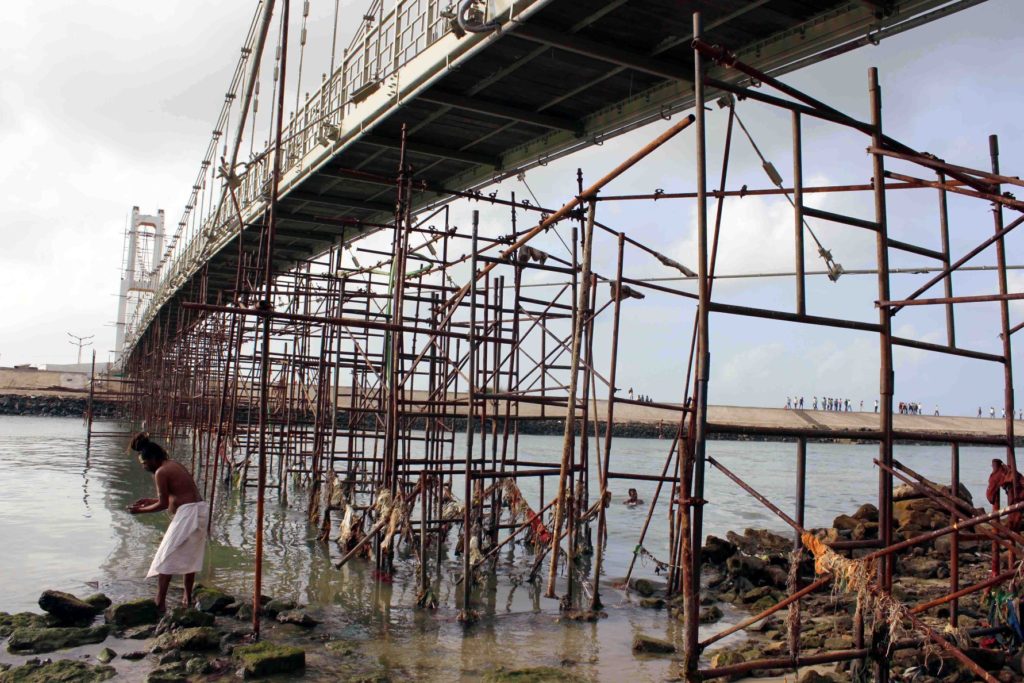


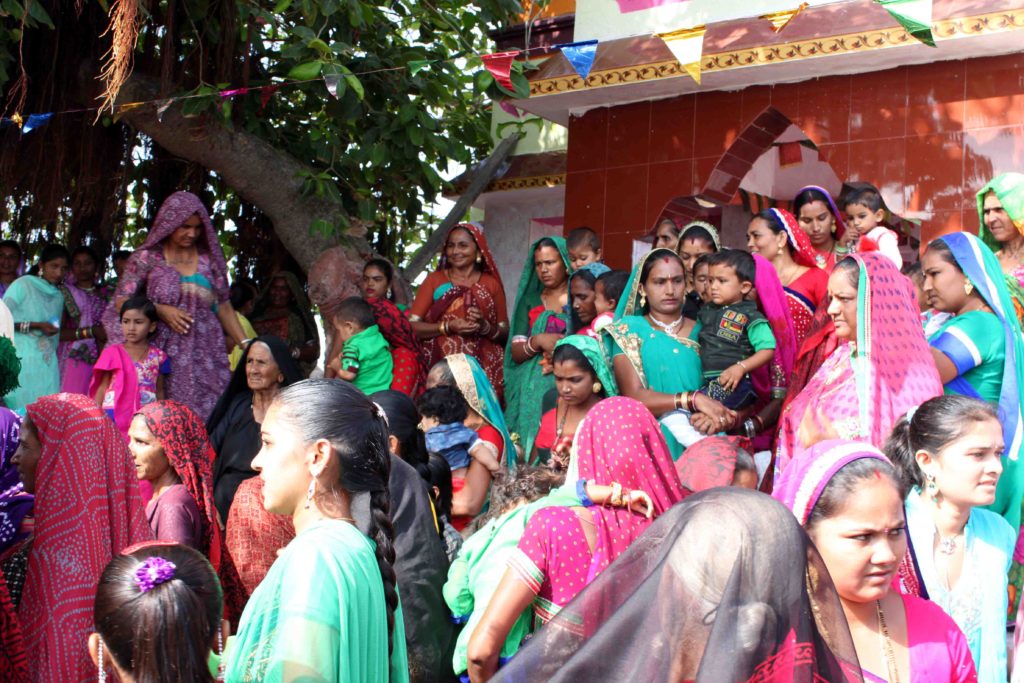
57. HOW BHILLS LIVE
From 1966 to 1969 I traveled in Tribal belt of eastern Gujarat starting from, Ahwa, Kevadia, Shoolpanishwar, Devgarh Baria, Dahod, Sukhsar, Zabua, Santramapur, Chikli, Ambadungar, Chhota Udaipur, Kavant, and Rangpur Ashram by Harivallabhdas Parikh. We met him and saw his works. Adivasi girls in urban attire, using biogas was surprising. I have pictures of these places.
I had a chance after forty years to study villages in detail in 2011. The background was Prof (Dr) Shashikant Kumar a Geographer Planner (CEPT) who joined BCHS in 2005 as a visiting faculty, later as Professor and Principal for the M. Plan course. He took the course to such a high level that aspirants applied from all the states of India.
One of our students was a local resident as well as a Bhil tribe (BE Civil) and a government officer, who was useful in our household surveys. Villagers, mainly farmers, believe in Goddess Kali Mata of Paragraph and Bhathiji Maharaj. They don’t call Priest (Brahmin) for marriage. But for rituals, after death, and the first hair-cut (BABRI) of a boy, a Raval is called to perform, who stays three kilometers away.
The village has one Kalal, a grocery shop and a flour mill. Nearly four hundred people go to Gandhinagar for labor work. A twelve-year-old smart boy Nitin Veersingh whom we met, studied at Ekalvya school managed by Central Government.
An extensive discussion on village life, problems of tribes and efforts by youth to bargain with governments for the rights was done with village elders. Issues about local leadership and youth were a prime concern of the study tour. Our concern was why people have to go to cities for manual labor after so many years of freedom. There should be more students like Nitin.
To complete the target of surveying all houses we walked on the boundary of every field without falling on the crops. It was a memorable study tour.
Mangesh Nabar Prakashbhai had written a very interesting short story on Bhil’s life and it had been published in Maharashtra Times during 90s. He has seen them very closely, Hats off to his photography.
Subhash Phadke Great initiative, Prakash Pethe ji. Do these people speak Gujarati or they have their own language/dialect?
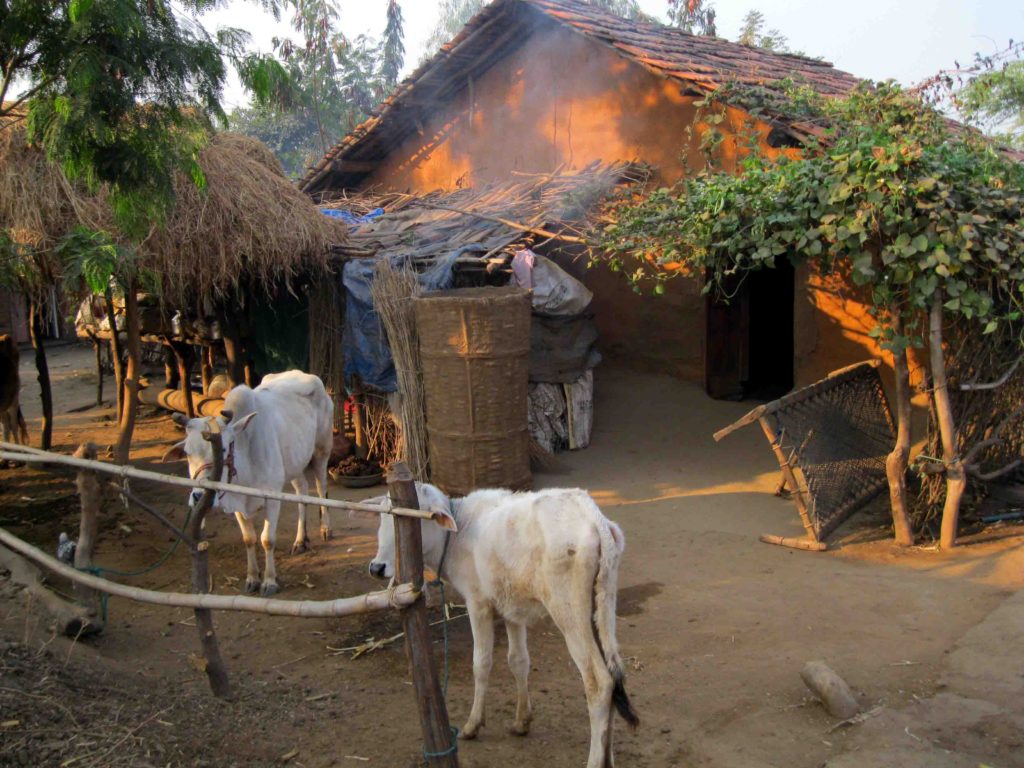
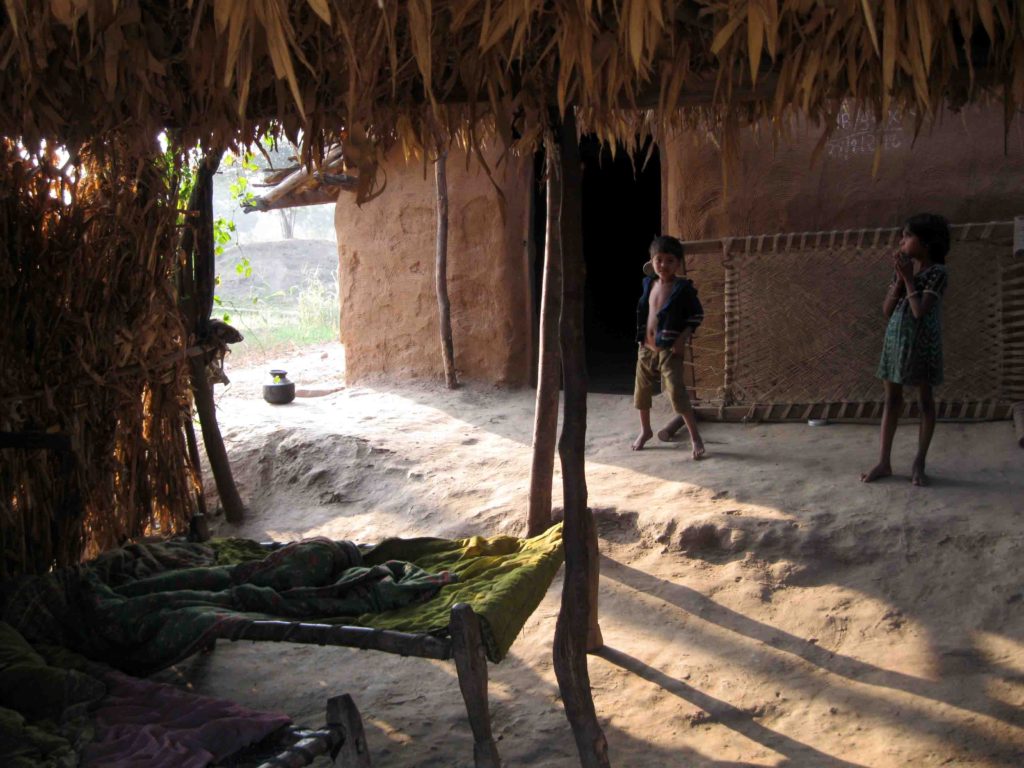
Mud House

Mela at Sukhsar.on way to Fatehpura March 1967
Studnents and a teacher at

.
58.PALANPUR 2009
P.G. College(BCHS) Vallabh Vidyanagar for URP launched its first study tour. Then it became a Unique identity of the institute under the leadership of Prof. Shashikant Kumar. The first tour to Palanpur with a handful of students was to understand the city and its environs. Palanpur, a district town in the Sabarkantha in North Gujarat with a population of 1,22,300 (2001) and 1,41,592 (2011).
This small town was well-known for many qualities. There were greatly admired; poets and writers. Photos of them adorn the walls of an old city library. My favorite writer Chandrakant Bakshi also hailed from Palanpur. I listened to him in Vadodara. His hilarious and sarcastic talk on political affairs was astounding. A Birthplace of many diamond trading families, who developed their business in Antwerp (Belgium), and also the credit of establishing Lilavati hospital of Mumbai, go to them. A famous Jain saint, from Palanpur, was the creator of a famous Jain temple at Ranakpur.
A visit to Banas Dairy was useful to understand the economy of the region. Chairman of the Dairy was eager to explain his ambitious project “Operation Flood” and our collegian, Prof. Kaushik Panchal from Palanpur added valuable information. We were informed that farmers of the district went to Israel to study the techniques of farming. They said that the Government should stop the subsidy.
Like many other cities, the railway line passing through the city was instrumental to growth towards the west. A state highway is also pulling the city towards it. Our students said that a long term program to link both the areas should be taken up. It needs meaningful intervention by the local authority to integrate the city in proper order. There are large pieces of government land that should be handed over to the Local Authority for various public purposes.
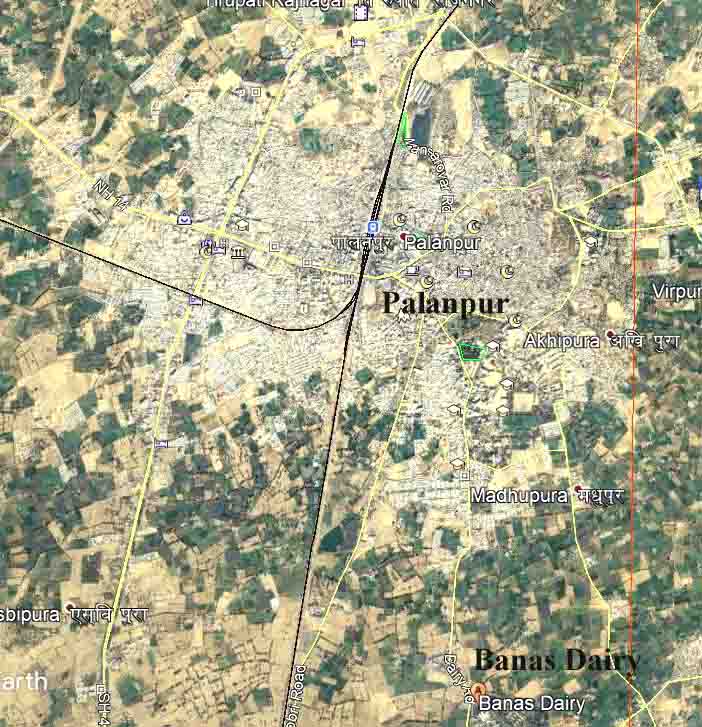

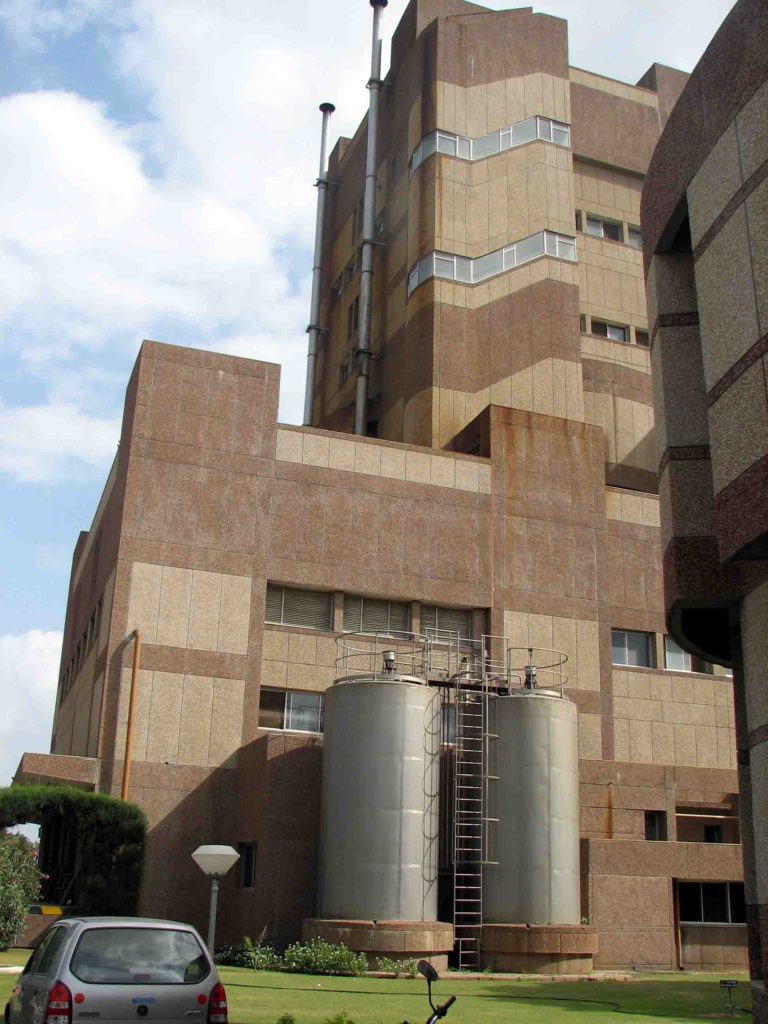
59.GONDAL— 2011
Gondal is a cute word. It reminds “Gondola” boats from Venice. Known to me since school days for “Ayurved Ras Shala”, Similar to Dhootpapeshwar Pune. People had faith in Ayurved in those days. Dongre’s Balamrut, Woodwards Gripe Water, Balguti, were found in every house.
With this little information, we alighted in the dark at Rajkot ST Depot. After lingering for a while we got a bus that reached before sunrise at Gondal. The focus of the visit was to study a small town. It was sleeping while we were strolling in lanes yet to be cleaned. We walked more than six hours and when the sun was over the head, we were hungry and found a small shabby eating house.
While moving in the palace I was attracted by volumes of “Bhagwadgomandal” lined up in a glass cupboard created by Maharaja Sir Bhagvant Singhji, and instantly I fell in love with the town. We came to know that he was responsible for tax reforms, compulsory education for women and many more public-oriented activities.
The city was founded in 1634 and was planned along a beautiful Gondli River. Seeing Rail Saloon from inside was a real pleasure and observing the number of vintage cars was a bonus. Today the town is facing demographic imbalance as youngsters are migrating to bigger cities for livelihood.
It is a birthplace of Pankaj Udhas, Poet Makrand Dave and well-known columnist of “Gujarat Samachar” Jay Vasavada whom I heard in Vadodara. Earlier I visited “Nandigram” near Dharampur, established by Makrand Dave and Kundnika Kapadia. It was nice to meet Kundnikaben famous for her novel” Sat Pagala Akashma”
My excellent period after retirement was study tours with M.Plan students of BCHS Vallabhvidyanagar. Keenly observing that wonderful settlement called Gondal was an experience. I dreamed of the town as it might have been a hundred years ago without Rolls-Royces and Colonial palace.
Shashikant Kumar Morning walk on that day was worth it with MPlan students. Life in Gondal was stand still for time which luckily slowed change in the city.
Sudhakar Sahasrabudhe Must be a great experience linked to imagination. Sudhakar
Kaushik Mehta Very interesting notes. It’s an example of town planning and how we are loosing heritage.
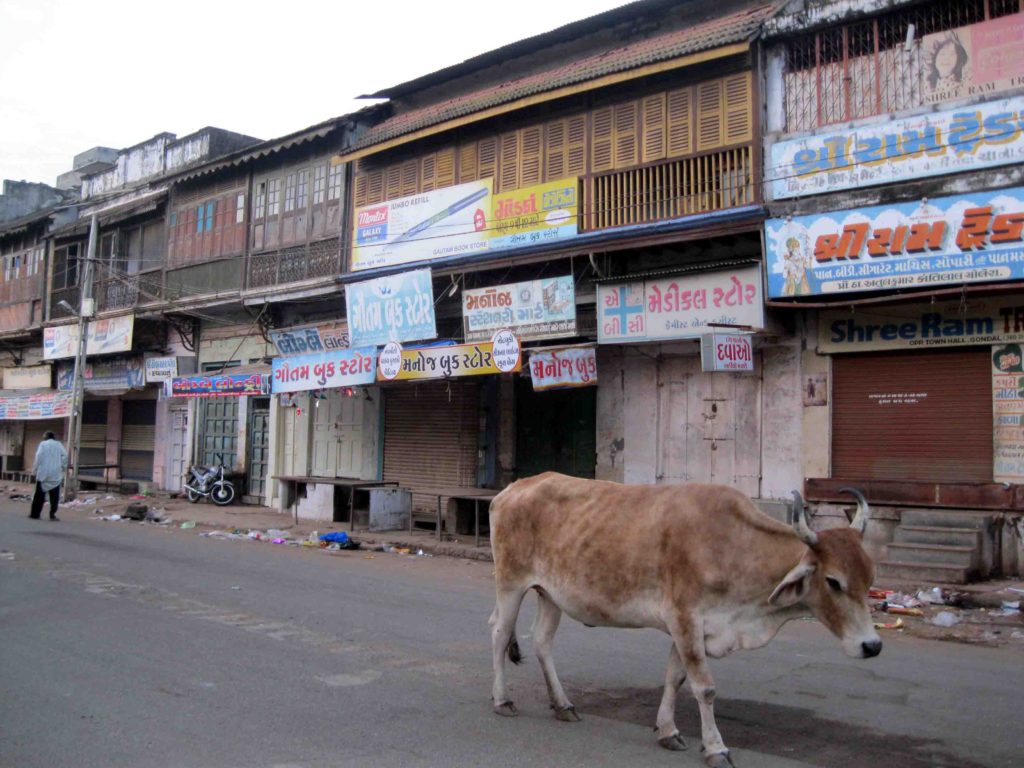
Early morning. Street in Gondal before market opens

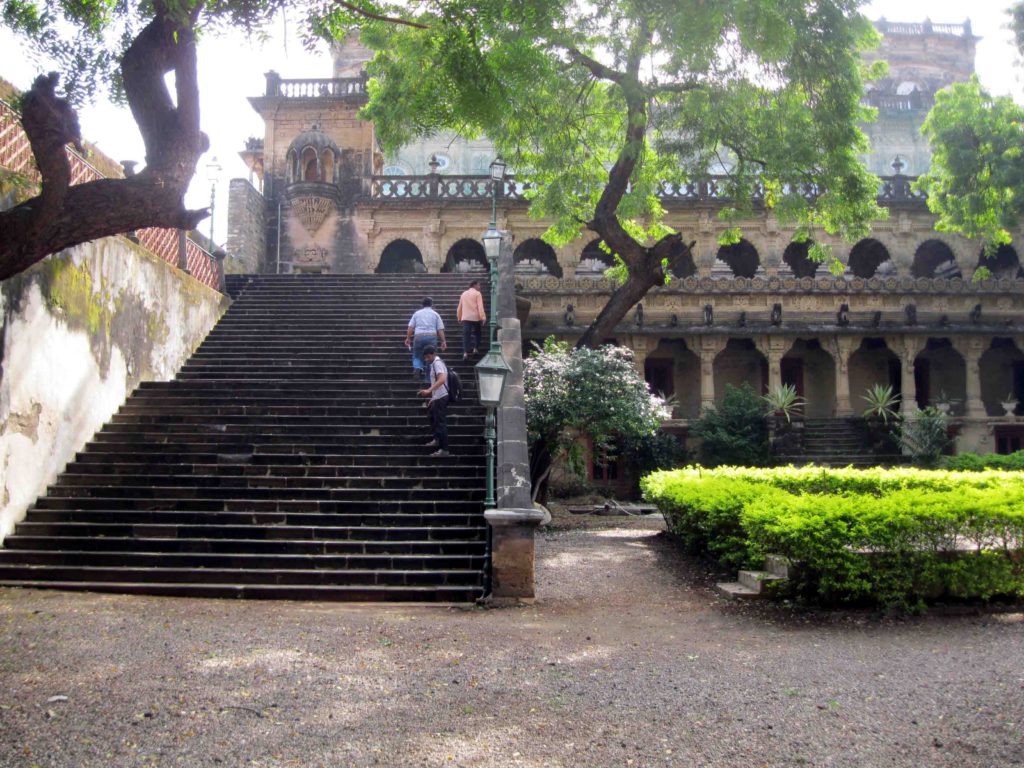
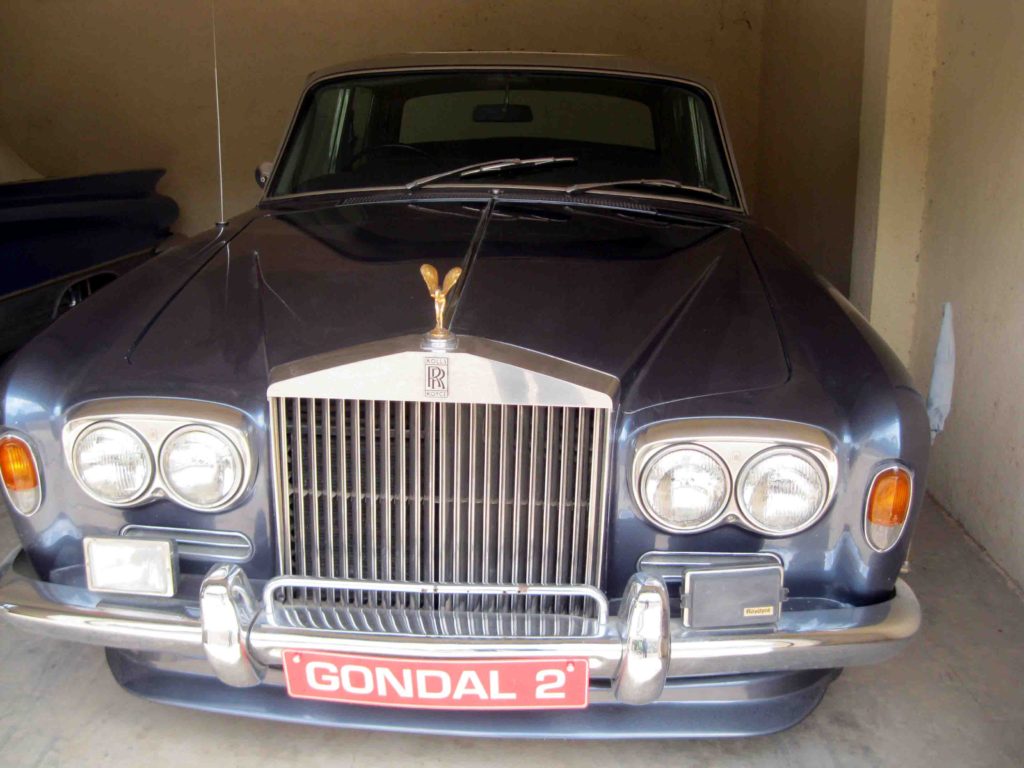
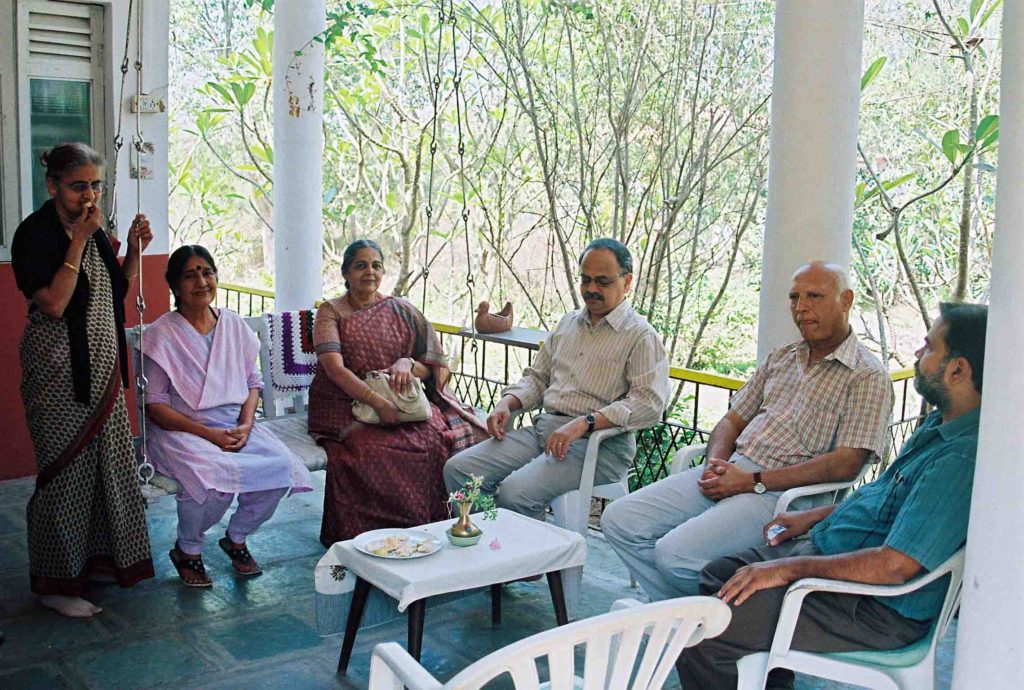

60.HALVAD (2012)
Students of BCHS Vidyanagar touched most of the areas of Gujarat and found many beautiful and historic small towns. But I cannot forget the visit to a town called Halvad close to Little Desert of Kutch.
The most remarkable things I saw in Halvad were the number of cenotaphs and memorial stones of heroic warriors who fought against invaders to protect their town. To die for the own town is itself a great action. Many stones in the memory of courageous women who either fought with the enemies or committed “Sati” to save their honor. Surprisingly they are in large numbers. Our student Kuldipsinh told us many stories. The town belonged to Rajputs and Brahmins.
I had seen Chhatris at Kota, Bundi, Bikaner and, Orchha, built after the natural death of the kings. Though they are beautiful, they are not remembered like those at Halvad having a heroic history.
Another thing to remember was JCBs were filling salt in the trucks and a goods train with all the wagons full of salt, standing in the siding.
On the bank of a large tank stands a beautiful rhythmic palace having a tower in the court with Zarokhas to all the octagonal sides to keep a watch over the town.
We stayed at Sarneshwar Mahadeo Temple. The temple complex had a beautiful stepwell built-in 1527. Several pretty houses give a fascinating look to the town. Students of all disciplines (not only planning) must visit such historic towns of Gujarat.
We met a custodian of the property records of the DILR (Revenue Department). He was unusually enthusiastic to show all the documents he had, from a steel trunk. He also offered us a cup of tea.
We will remember Halvad for brave women of the past. What a great intangible- invisible heritage, I have many pictures. My wife picked up large-sized salt pieces and preserved them as a memory of Halvad’s glory and did not use it for cooking so far.

Memorial of men and women who became Shaheed in the war
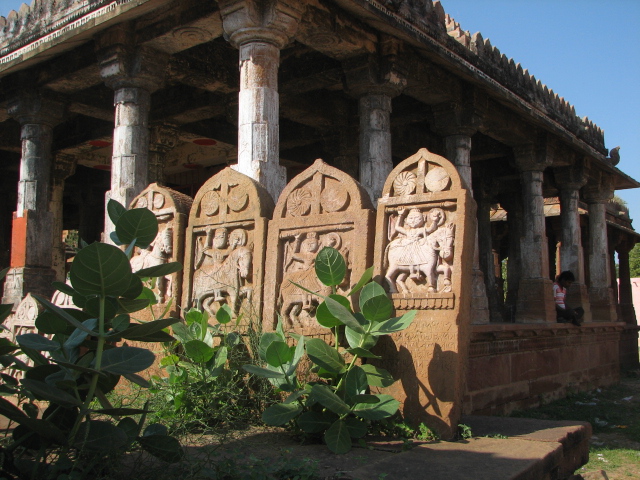
Memorials of women

Salt being lifted by JCB

Dilapidated Mahal
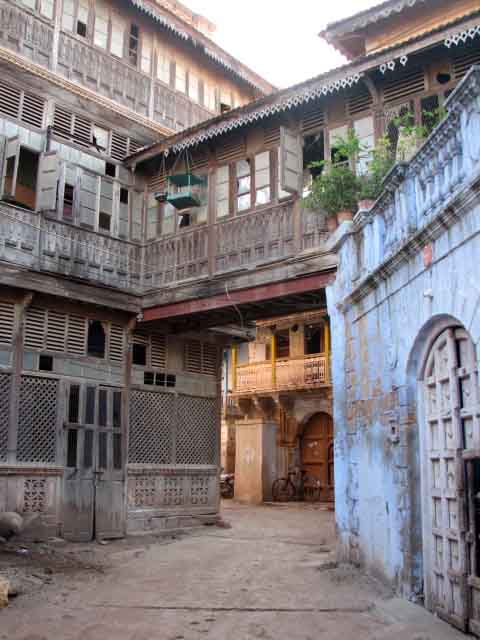
Only Moshe Safdie who did housing in Habitat 67 could imagine a composition that was two hundred years old in Halvad. I was walking with a Digital SLR in hand and saw this composition. No photographer can stop clicking a situation like this.

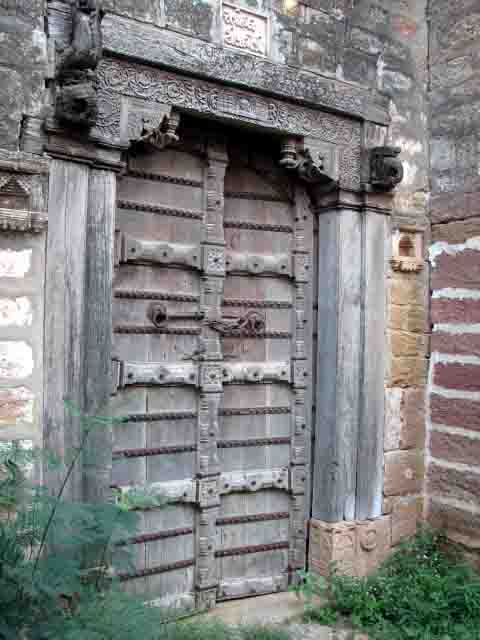
Early morning. Street in Halvad. This closed-door tells the story of Indians migrating to larger cities for employment or better business

61. HOUSEHOLD SURVEY
Participating in household surveys has been an eye-opening experience. Many unimagined specimens of individuals were seen while talking to villagers. Our students were conducting survey. My job was as an observer.
Anjali entered the compound and I followed. She was talking with a woman who looked about fifty. The lady had a sharp nose, fair complexion, appeared to be from a higher section of the society, but had no ornament on her body, not even a cheap wristlet. She was a widow staying with her mother in law who also was a widow. They were only two in the family and no one to support. I saw a cow and a calf in the compound and took photographs and quickly took the candid shot of her. While doing so I had a little fear in the stomach. But photographer can’t resist such moments.
Her mother in law was getting meager pension, while she had no income.
“Why don’t you sell the milk?”
“I can’t sell cow’s milk it is forbidden in our cast. If someone comes I give him”.
Why don’t you do something suitable to norms of your cast?
“If I do that it will be havoc in the community”
“Does your community help you in any manner?”
“No”
“Ask her age,” I told Anjali
The lady said thirty-five. My initial assumption was fifty. Maybe because of her hard life and not having any support she is aging fast.
Millions of people live life with fear by interference by others and make their own life miserable. They can’t live as they wish.
Indira Gandhi National Widow Pension Scheme 1995 is not enough as per present cost of living . It should be raised.
Anjali and I were nervous.
I could not stay there. I asked her to fill up the remaining questioner. I left the place
Shashikant Kumar Households Survey is part of social sciences to measure social and economic status. Many villages and it’s people still needs support from government for various reasons. We enjoyed your free talk and life questions during these interactions. Students have always said you are needed in field to expose them for some insights. I hope they learned to be correct and humble while they practice planning.
62. KHAMBHAT (Cambay)
In the list of major gulfs in the world Gulf of Khambhat is included. It was known to many historians. It was known to us during school days as Khambayat
Today it is famous for
Precious Gemstones, and traditional special craft
Halvasan Sutarfeni, (Specialty of Khambhat)
Jumma Masjid, one of the oldest Islamic monuments in Gujarat
Jain Temples
KALPASAR project is going to create a large sweet water reservoir.
I talked about it with my close friend who is a Gemologist in Mumbai. He had seen it and said it is known to all the gemologists in the world. Precious stones and Agates are found all over the world. In India, they are in Karnataka, Tamil Nadu, Bihar, and Aurangabad. Fondness for Gem Stones, Agates, and Precious stones and use them for various purposes including therapeutic healing has no age limit. They are so lucrative that anyone enters the shop never returns empty-handed. Khambhat exports Gemstones and antique pieces made of natural stones on a large scale.
After the previous two visits, I accompanied on a study tour by the batch of 2008 of SVIT in 2009. We visited Jumma Masjid and students did measure drawing. They did it within no time, as it has modular dimensions. It was a class of talented students. One day’s visit is inadequate. A team of students can study one of the oldest settlements, its housing typology. Through exploration many new things can be known to us. It should not become घरकी मुर्गी दाल बराबर
Before visiting the place our colleague Kumudben told me that you must visit Stambhan Parshwnath Derasar that has an image made in one piece Sapphire. I with some students went on searching through narrow lanes for a long time but finally found the place. It is really a unique place never seen before. I will remember it forever. Beautiful images of Adinath, Parshwanath, and Mahavir are carved in Granite, Sandstone, Marble are spread all over India but the image in Khambhat is unforgettable.
Ruhee Dinesh Gala Yes, as usual your writing creates a picture in minds eye.
Brings alive memories of lovely narrow lanes dotted with innumerable Jain mandirs and little craft stores selling curios of semi precious and precious stones from a visit long time ago..


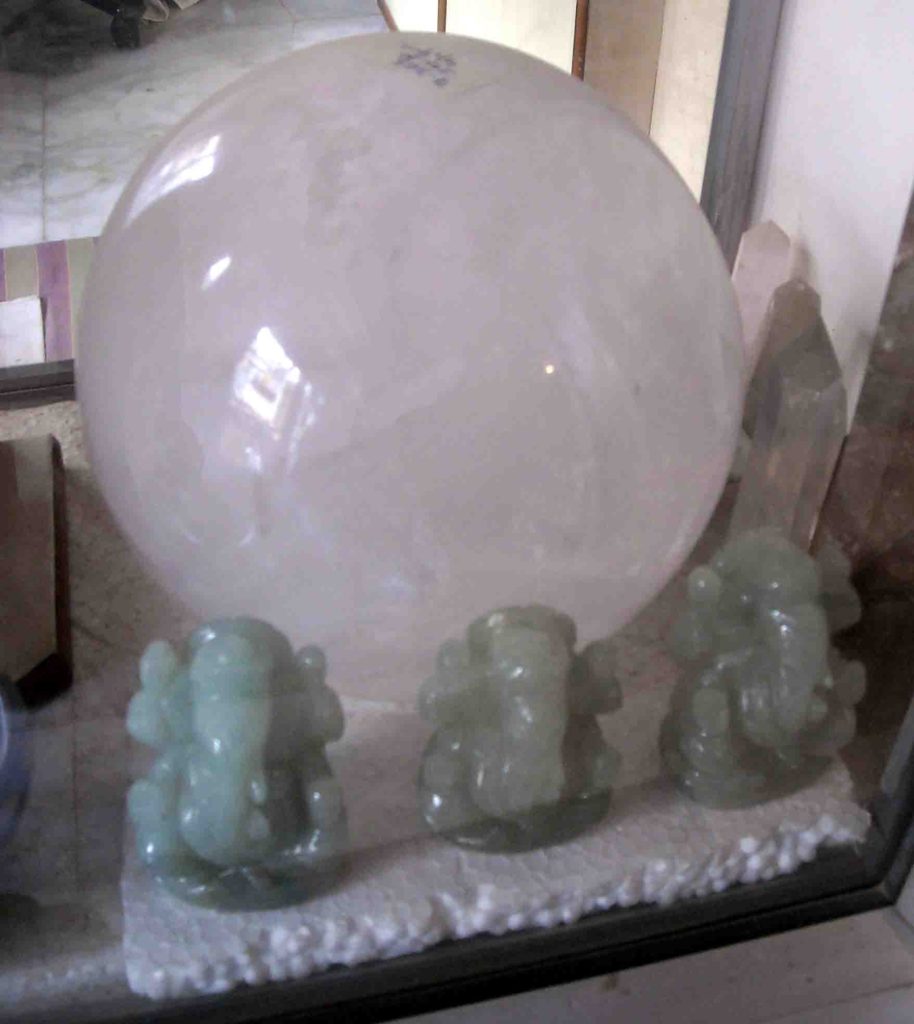


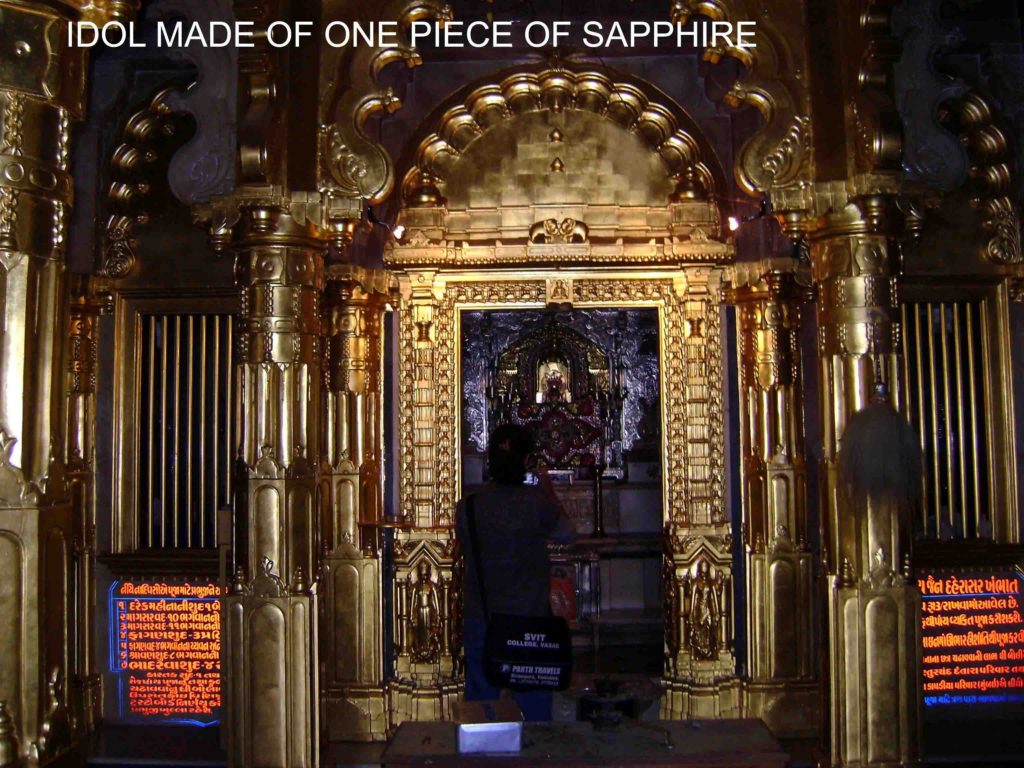


63. BUNDI- OUTDOOR SCHOOL OF ARCHITECTURE
The idea about visiting Bundi was mooted in our college of SVIT.
I immediately joined.
Why?
Visit to Bundi was pending. Chambal River.
Excellent scope for photography.
The tour was to be managed by “NEED holidays of Vadodara” hence it was hassle-free for faculties
Bundi attracted Sir Rudyard Kipling author of Jungle Book, born on the campus of Sir J J College, Rabindranath Tagore, Satyajit Ray, myself, Kumud Madam, 23 girls, 9 boys between 19-20-21 Dec. 2011.
Bundi has a wide canvas of scenic history, whereas, Kota grooms engineers for the future. The source of income for both is from visitors.
Today both are in a financial crunch due to Pandemic.
Memories of that tour evoked as there was a report on the coaching industry in Kota. Nearly 3000 crore rupees are poured in Kota every year by students aspiring to appear for JEE. It said that there are 300 coaching classes. 2500 hostels. More than one lakh students arrive from all over India, in Kota every year. Expenditure per student is around three lakh. In 2011 the number of students in Kota was fifty to sixty thousand.
The first day was spent in Kota, and the next day we reached Bundi
I saw Naval Sagar Lake and the palaces on sloping hills. It was picturesque and magnificent. I fell in love with it instantly. Early morning or evening lends an ethereal ambiance to all Lakes. It is also a city of step-wells.
In a day students and we two measured the palace and two residential buildings. We found that we both were more enthusiastic and energetic than students.
This is voluntary advice from me. Please do not spend 40 to 60 lakh for learning abroad. Instead, start from Bundi and see the best architecture of the world as Tadao Ando saw. It would teach painting, music, construction, fantastic ideas about facilities of living imaginative use of water, and whatnot.
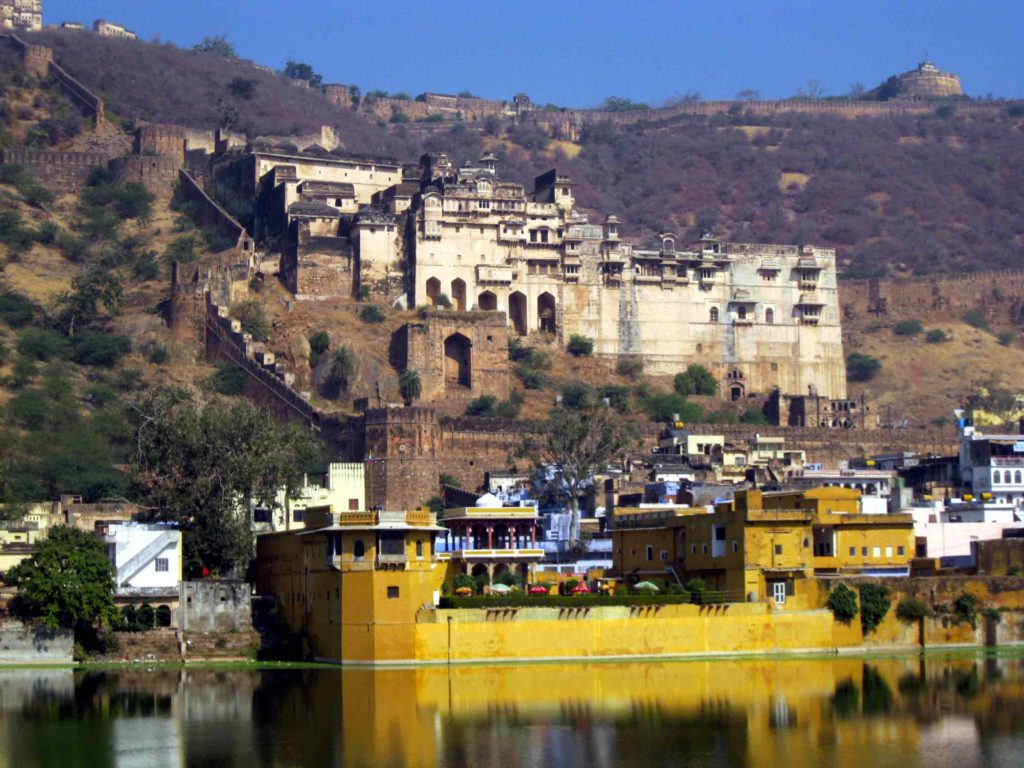
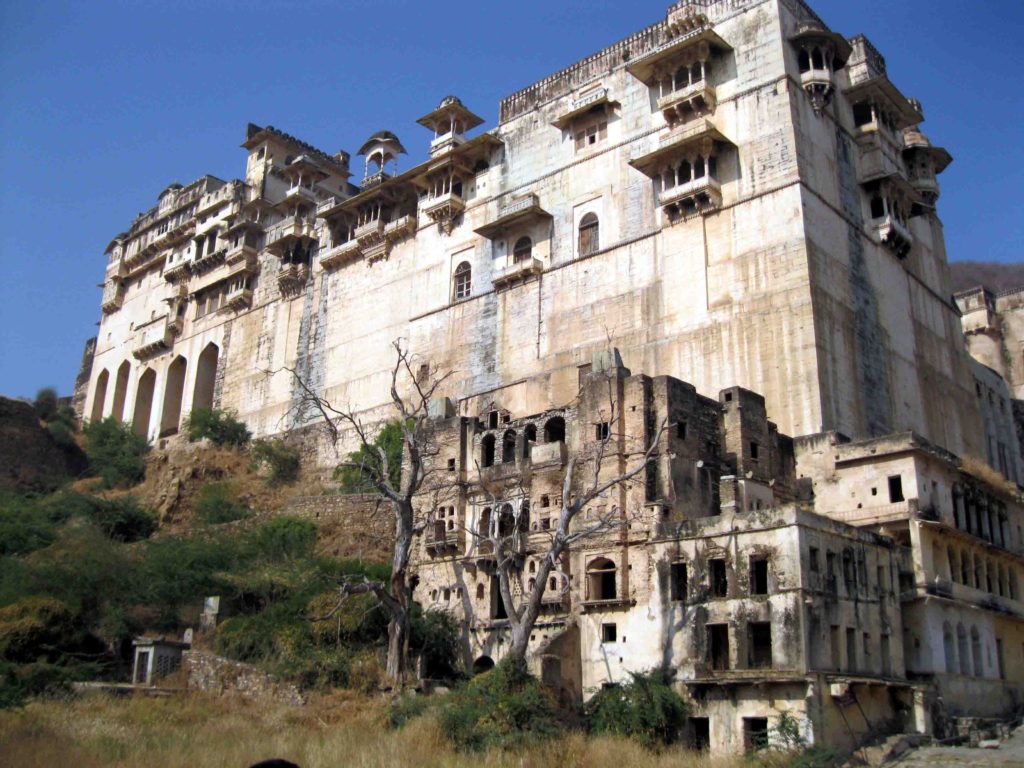


Courtyard at an upper level from where the city of Bundi can be seen. It is the best and lovable place in the palace


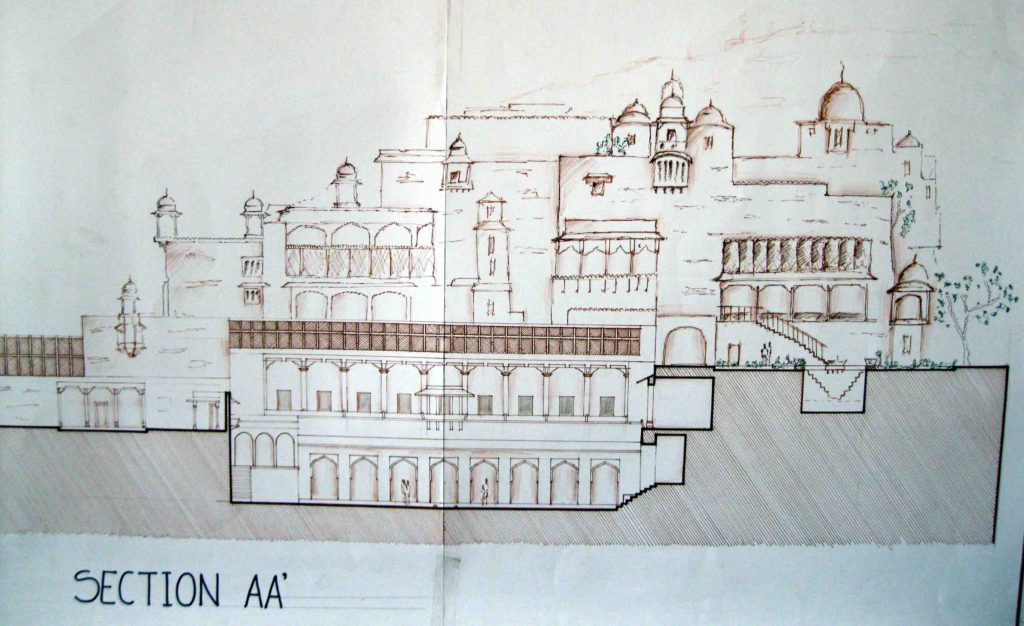

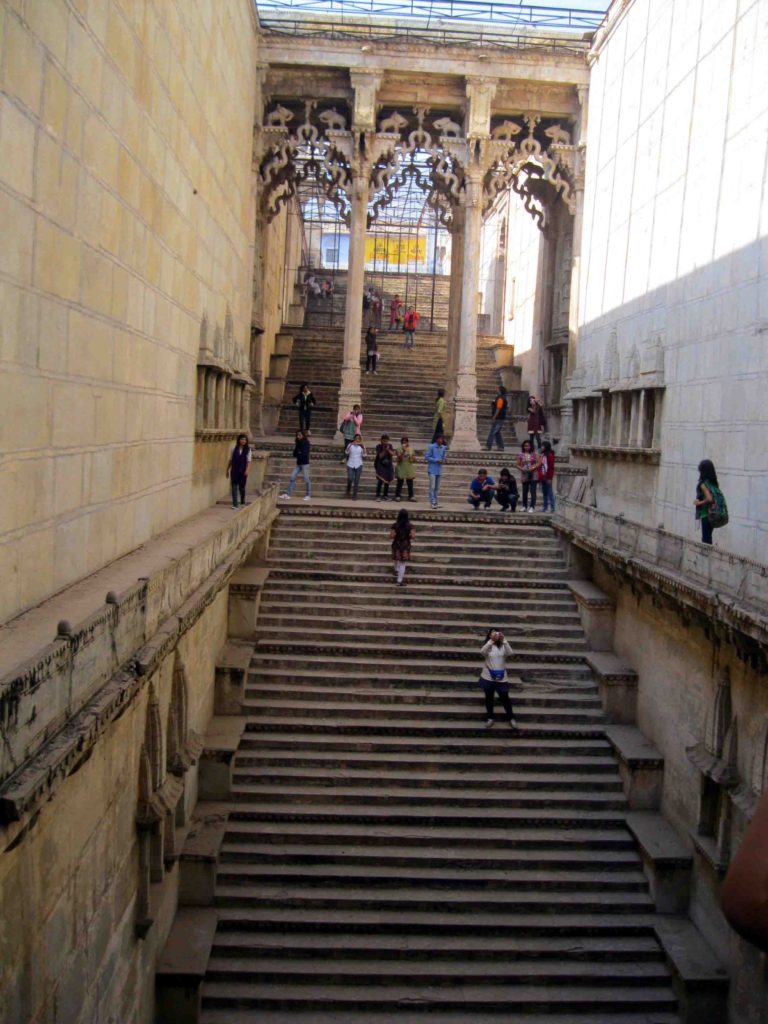
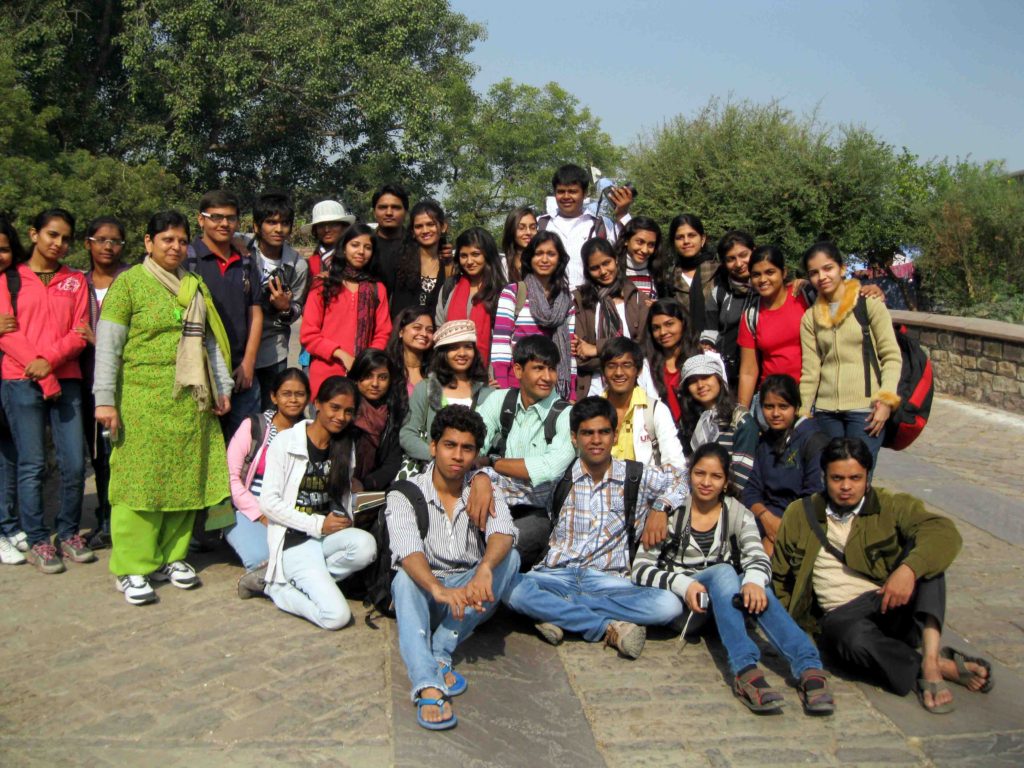

64. AJANTA
It was my solo visit to Ajanta when I was in fourth-year architecture. There was nothing around caves, except a canteen. Tourists stayed at Fardapur five km. away. Caves were open from sunrise to sunset. I used to be in one of the caves, sketching, and painting while sitting just one foot away from walls. Now it is not possible to do so. I walked along the rivulet Vaghora which flows through a gorge that takes seven jumps before falling in the pond.
After sunset, everyone left. I was alone. The valley was dark. The Moon peeped in and lightened one side of the gorge. When it was over the head, it lighted the entire valley. It was awesome. At the sunrise similar play of light occurred. A hotel under construction had only columns and a slab. I slept alone on a long wooden plank fitted at a higher level at night for five days. I was influenced by Buddhism.
Note: Huge volumes on Indian Art and architecture from the great library of Sir J.J. College of Architecture motivated me to visit Ajanta and Ellora while I was studying.
First, visit winter 1961
On the spot drawings
1. Padmapani –Pen, and Ink
2. Fresco-water colour
3. Caves
4. Hairstyles of Ajanta -Pencil
5. Caves from a high plateau
6. Column-Sharp pencil
7. Punishment to a disloyal servant – 2B pencil
8. Cascade
9. Stupa from Cave no.19 pencil
10. Sunrise at Ajanta Valley –Pencil
Routine
Bathed in Vaghora Rivulet before Sunrise
Moved in the caves during day time
Drawings were made on Whitman’s handmade paper 25 cm X 35 cm.
Listened to Mr. Kamble internee guide (M.A.First year –History) who became my friend, told me many Jatak Kathas painted on walls.
Second visit summer 2003
Third visit Monsoon 2007
Kaushal Mehta Pethe Amazing narrative about your memories, baba! And a fantastic way to document the pictures and stories 🙂
Gayatri Waishampayan Amazing Art ! Congrats
Nigam Oza my memories from ajanta 2009
Dimpal Singh Anandani Amazing sir..
Alka Gudadhe All are beautiful but the one with collection of different hairstyles is amazing!!
Suresh Bapat गुरूवर्य बेंद्रे सरांसह 1958 साली आमची फॅकल्टी ऑफ फाईन आर्ट्सची स्टडी टूर आठ दिवस अजंठा आणि आठ दिवस वेरूळ येथे गेली होती, त्याची आवर्जून आठवण झाली.
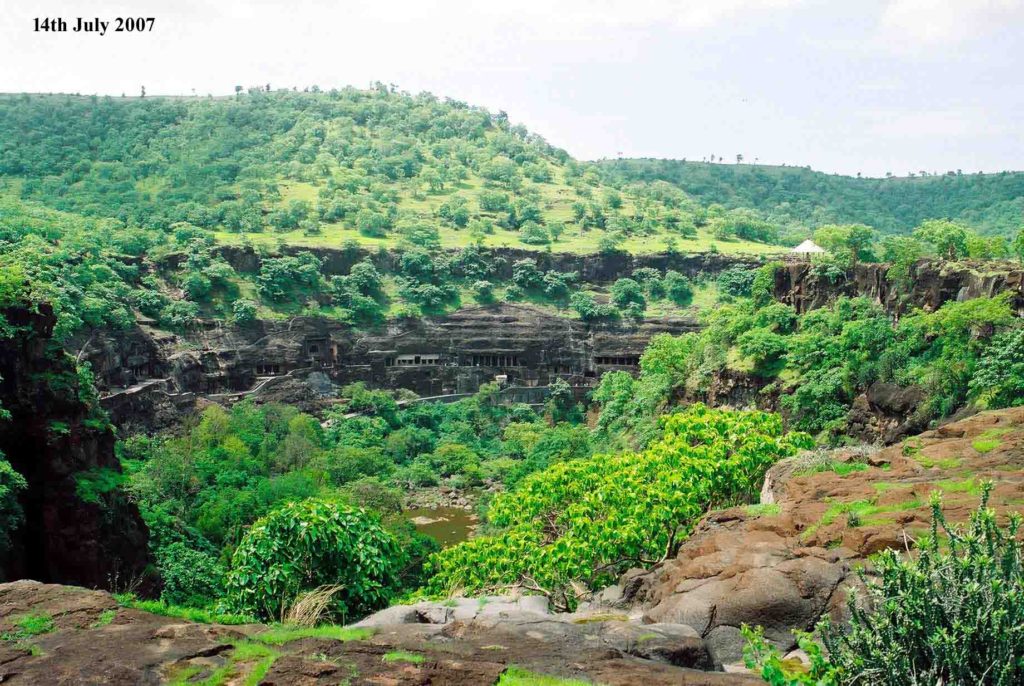
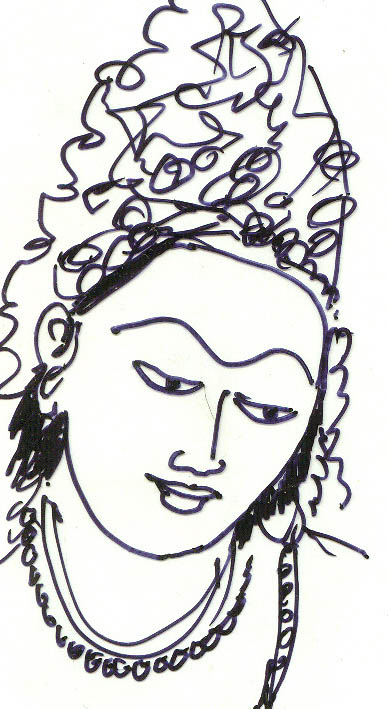

It is amazing how that artist scooped the mountains and decorated the inner spaces and paint the walls. It is something much more different than any fresco work Cave number one

I could sit a foot away (30 centimeters ) to draw or sketch pictures drawn on the wall. I never touched the walls, being conscious about the treasure that was thousand years old

On-the-spot sketches. 1961. I went thrice. Now it is not possible to sit at a place and sketch due to restrictions put on movement of visitors
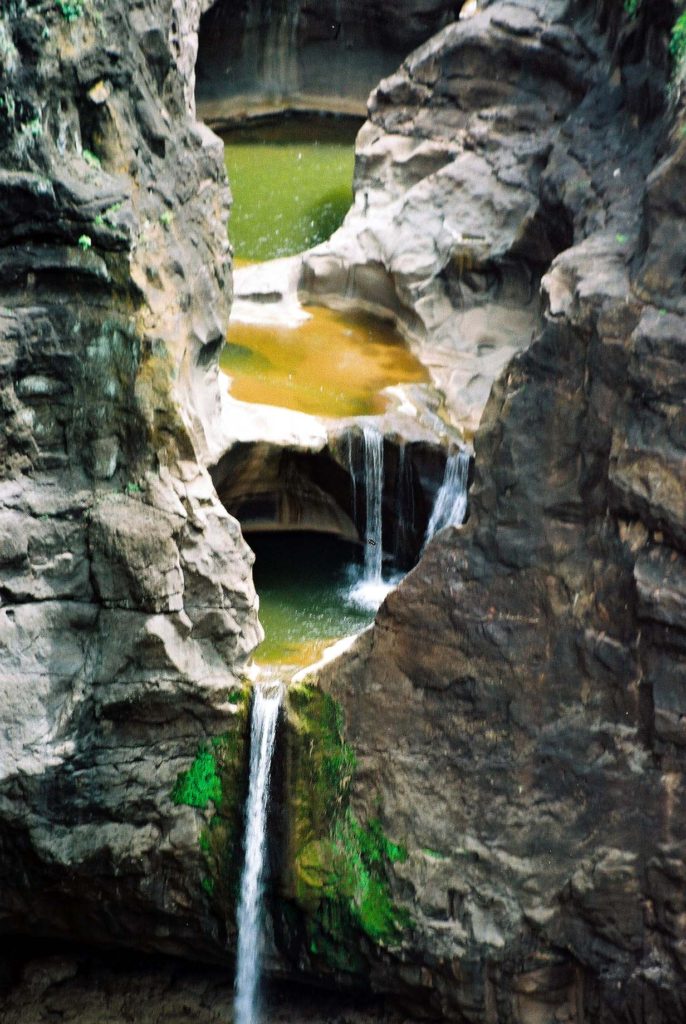
Waterfall at Ajanta
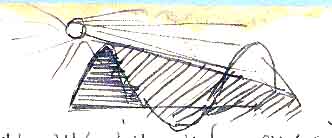
Sunrise at Ajanta Caves

A column in Ajanta cave
65. ELLORA
Before seeing the largest and the greatest exhibition of stone sculptures in Caves at Ellora, seeing the unconquerable Devgiri Fort would be educative. Its vertically chiseled exterior is remarkable. It lured and mesmerized Muhammad Tughlaq. Complicated sub-terrain devious passages and tunnels are mysterious. It is impossible to explain the fort in words, through photographs, drawings, and sections. The skills shown in fort architecture are parallel to scooping Ellora Caves
I stayed two kilometers away from the caves near Ghrushneshwar Temple at Verul and walked to the caves, but for three days I skipped lunch to avoid back and forth walking.
From Ajanta, I arrived at Ellora (1961). The news that a boy is sketching in caves spread among all caretakers. Chintaman, Hiraman and Mohammad Yasin were curious about me. Once they were satisfied with my answers, became my friends. They helped me all days. One day Yasin surprised me by giving me a warm hug and offered APTA leaves on Dussera, a practice followed in Maharashtra. I was not aware of the calendar.
The Vishvakarma cave has carvings of Hindu and Buddhist figures as well as a lively scene of dancing dwarfs. However Buddhist and Jain caves follow minimalism. Whereas Hindu caves are exuberant and full of sculptures. Two Jain caves are suitable for discourses and music programme. Kailas Cave and Chikna Makan are mysterious creation like Daulatabad Fort.

Jain Cave. Water Colour on the spot.

Kailas Cave. The first was a solo visit to the Ellora caves when I was in fourth-year architecture, In those days I stayed at Ghrushnewar village few kilometers away from the caves and walked every day to see the caves seen
The second visit to Ellora was with family. Seen in the picture are my wife, daughter, and son holding the hand of his mother in Kailas Cave Temple.
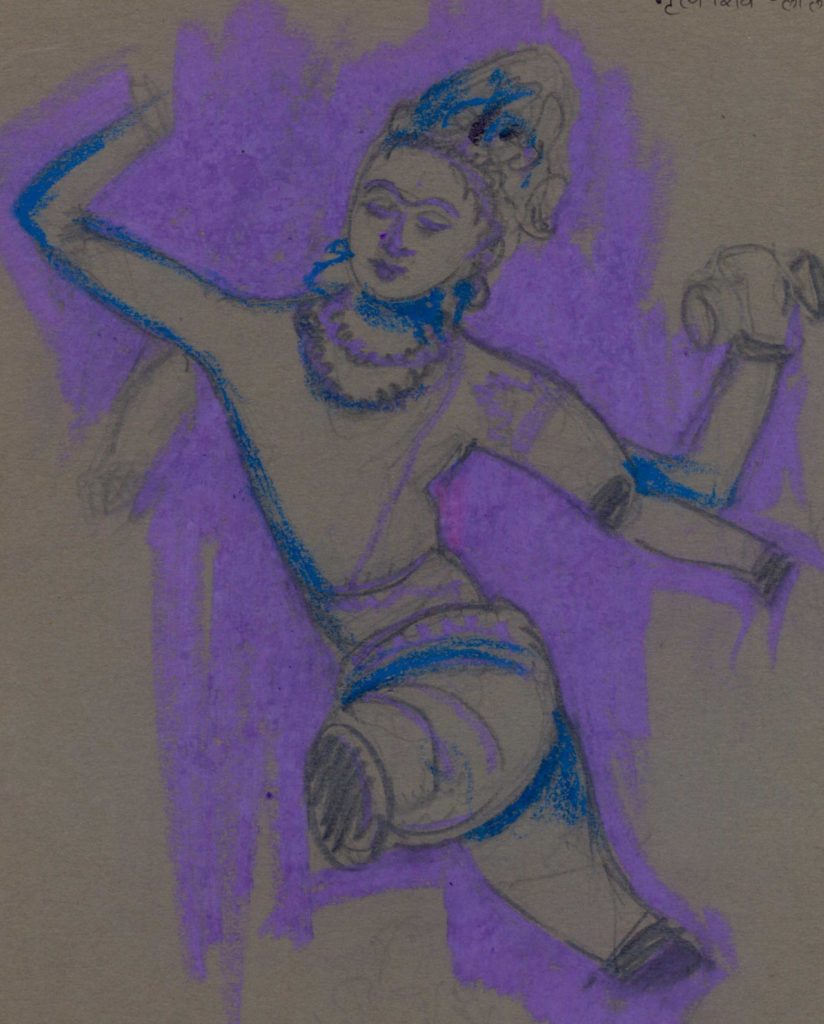
Pastel sketch

Kailas Temple
66.THE GREAT INDIAN ARC. .
I am fond of maps. Authentic source to maps is Survey of India. When I saw GTSOBM embossed on the plinth stone of Jaisinhrao Library in Vadodara in 1967. I was curious to know about those words. Curiosity is like sneeze which you can’t stop. With efforts, I came to know that it is Great Trigonometric Survey Zero Bench Mark.
Who did it?
Survey of India.
Who established?
Robert Clive in Kolkata in 1767.
I visited the office at Kolkata. They did not allow me to take pictures.
Went to Nagpur, a place where Zero Milestone is embedded.
Climbed St. Thomas Mount at Chennai, from where the measuring of India started. The mount is a silence zone. No one can talk there. I visited all the offices of SOI located at Bangalore, Jaipur, Delhi and collected maps of districts and cities.
In 1802, by the British surveyor Col. William Lambton (1753-1823) measured the length and breadth of the country on foot up to the Himalayas. After Lambton’s death at Hinganghat near Wardha (wish to see), Colonel Sir George Everest completed it in 1843. It is called the “Great Indian Arc” and considered to be the biggest work of that kind. Walking along specific Longitude and reaching at the foothills of Himalaya by crossing great rivers and mountains was an enormous task. Several people died during the survey. Today Indians are running it, in a grand manner.

Church- St.Thomas Mount. Silent Zone No one is allowed even to murmur. Seen in the picture is a church

Great Trigonometrical Survey Bench Mark (GTS0 BM) on the Plinth of the Jaisinhrao Library Vadodara

Colonel Lambert . Bust at St. Thomas Mount Chennai
Ashwin Mukul Sir you are a genius researcher, traveler. too good and very inspiring for our generation.
Hemant Patel Such a resourceful Person you are Sir,These kind of informations always enhance the curiosity and passion of subject relevant individuals.Thanks and Regards
Kaushik Mehta Very valuable information and interested to know more from you! Thank you so much for sharing sirji
67. AIRAVATESHWAR NEAR KUMBHKONAM
I and my college friend Mukund Sonpataki toured Coromandel, Travancore Cochin, and Malabar region, for 21 days in 1960. Since then I have a fascination for South India. In 2013; I and my wife toured in Coromandel area from Chennai to Rameshwaram. Our major halt was at Kumbakonam. India’s great mathematician Srinivas Ramanujan and. Srinivas Shastri lived in Kumbakonam Shastri a scholar was a member of Servants of India Society established by Gopal Krishna Gokhle in Pune (1905). Gandhiji and Shastri were born in the same year and were good friends. Many Iyengar families lived in and around Kumbakonam. I knew some of them. My friend P.S Rajan my ex-Commissioner R. Parthasarathy (who had a deep affection for me) were Iyangars, J. Jayalalithaa – Former Chief Minister of Tamil Nadu, Vaijayantimala, Hema Malini belong to the same cast. They all have a connection with the Coromandel area.
Airavateshwar in Kumbakonam is a Temple, enclosed by a very tall compound wall. Around the temple, there are huge tamarind trees. Entering through a door opens an Alibaba’s Cave. It is a storehouse of sculptures and architectural fantasies.
In a Mandap, I saw a column and lost myself. I had not seen such a column in my life. My wife saw the temple in detail but I was glued to the hall of columns and thought of Basic Design in architecture. Ideas of Bauhaus are visible in South Indian Architecture. There is dance, music, sculpture, painting, and a scientific approach to design.
I don’t ask any favor while I am in a temple. Actually, the temple is a place to contemplate or meditate. I sat quite and questions emerged one after another. Who framed the architectural program? How the size of the compound and the images within arranged? We were there for a long time but I could not string the beads of thoughts. The great Indian temples are inclusive of arts, mythologies compared to European and Islamic structures. They are a store of knowledge
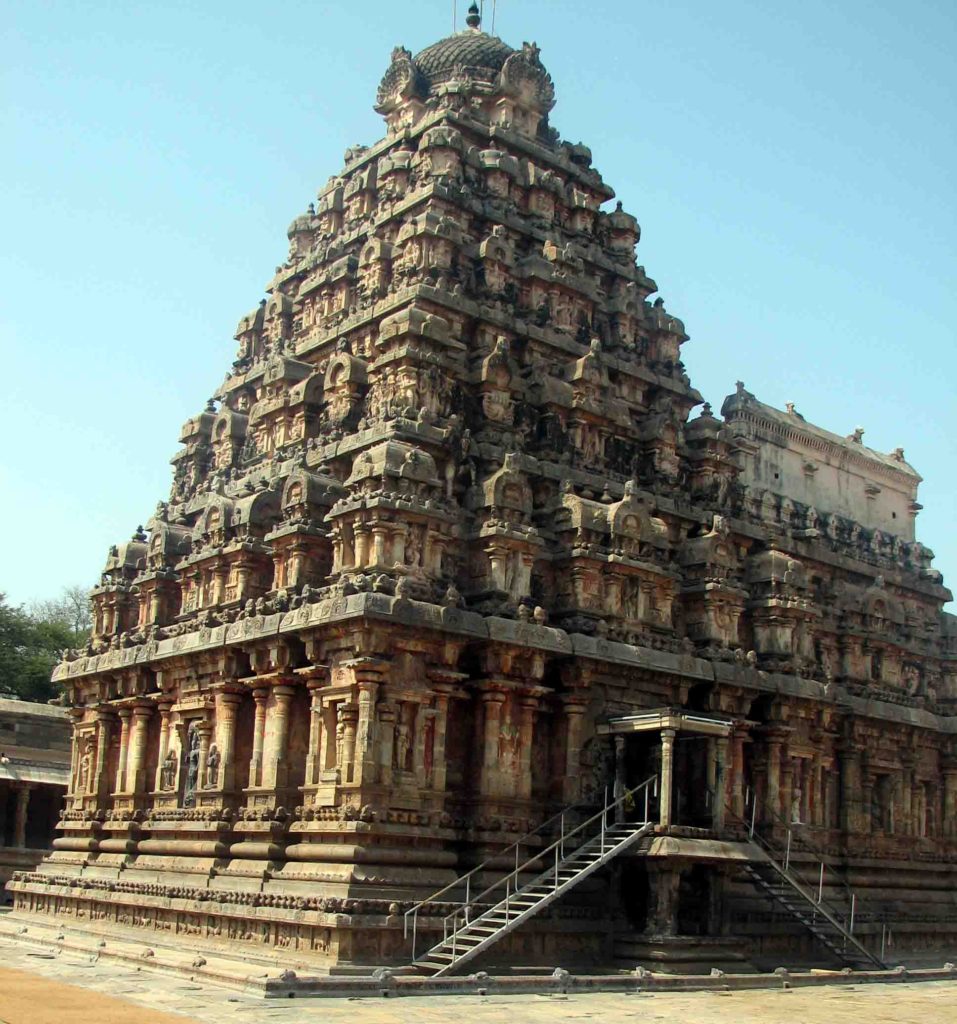
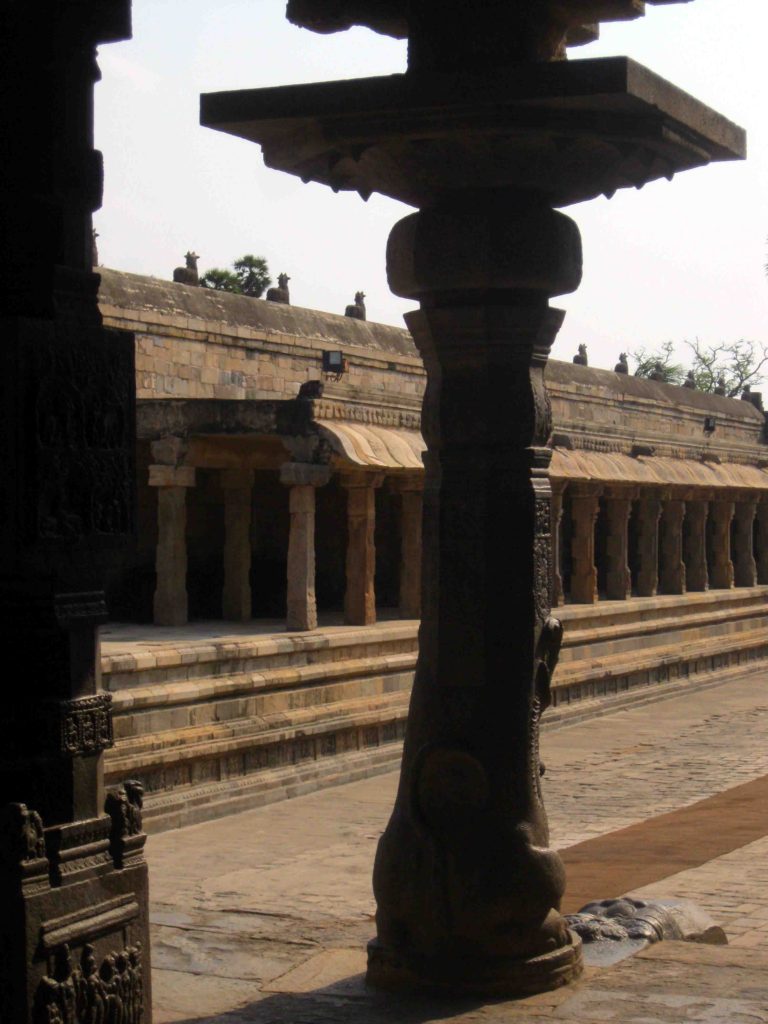
Courtyard of Airavateshwar Temple. It was shocking to see such a pillar. A great design. It was used to keep oil lamps lit the court at night. I surrendered my degree here. I have traveled in many parts of Europe especially Italy, Black forest, Amsterdam, Belgium, Switzerland but never came across anything like this. Indian designers were really great artists and stone cutters.

Court yard of Airavateshwar Temple

Outside the huge compound wall of the Airavateshwar Temple, There are many tamarind trees
The tamarind tree is indigenous to tropical Africa It came to India via Mexico(Amli in Gujarati and Chinch Marathi) Tamarind is used in Sambar in South India. Whereas those from the West coast use Kokam in Dal to make it testy
There are several very large tamarind trees around the temple. One of them is seen in the picture.
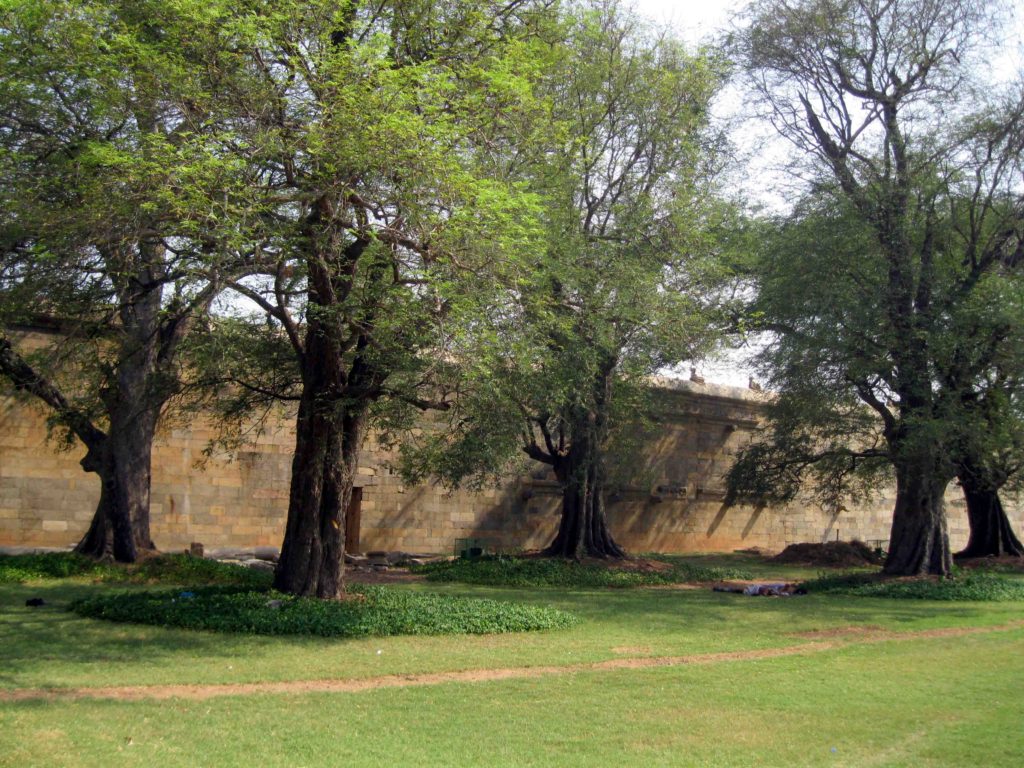
They are all Tamarind trees outside the temple compound
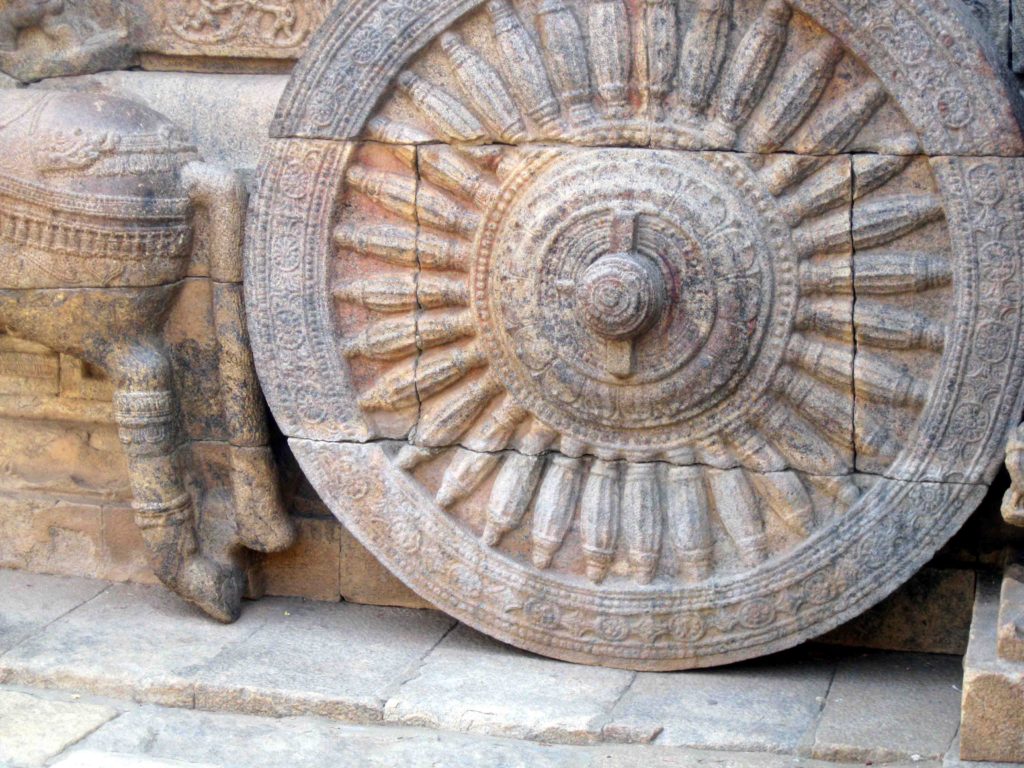
Chariot wheel l, Airavatesvara temple, at Darasuram near Kumbakonam
8.BRIHADESHWAR TEMPLE TANJORE.
There is always a reason to do something. Visiting Tanjore (Thanjavur) had strong reasons. Famous Diwan of Baroda Sir T. Madhavrao, born in Tanjore searched for a bride for Maharaja Syajirao III at many places. Finally, he went to his home town and found a suitable bride. She was a Princess Laxmibai of the Mohite clan.
My harmonium repairer Tanjorkar is from Tanjore. Marathas extended its empire in South India. Bhosle made their capital at Tanjore. These three reasons were enough, for us, both landed in Thanjavur. Seeing Brihadeshwara temple was a great gift.
As we entered from the gate and saw the Big Temple, I became speechless by its size and construction. It touched my solar plexus. I was not astonished so much when I saw Pantheon in Rome or Eiffel Tower.
Another gift was The Saraswathi Mahal Library, which has 30,000 European and Indian manuscripts written on palm leaves and paper. I don’t have words to explain. it. Photography is not allowed there.
Colonel Lambert initiator of ‘The Great Indian Arc’ .lifted his fifty kg theodolite and placed on the shikhara 216 feet above the ground to get a view of the land from all sides. While doing so once it fell down.
A one-piece Nandi carved out from black granite is thirteen feet tall, kept in Nandi Mandap facing the temple. I never saw such a big sculpture anywhere. Everything is huge within the enclosure of the big temple.
Talked to many people. There are no jobs. Youngsters migrate to big cities.
I know students who had completed learning Bharatnatyam before joining architecture, were Shikha, Hinal and Mitali (2008 batch) Akhila (2012 batch)Prachi (2013 batch) Nairuti, Drashti and Dipali (2014 batch) I knew that the Brihadeshwara-Thanjavur has been a major center for Bharatanatyam since 1000 AD.
Textile known as snow-white South Cotton is a specialty of this city. Sambar originated in Thanjavur It was a pleasure to be at Tanjore.



Brihadeshwar Temple with Nandi Mandap

Subrahmanyam shrine in the north part of the courtyard. Also called Murugan, Kartikeya or Skanda.Brihadeshwar is too big to admire at a human level. Brihadeshwar is really huge, beyond my imagination. But the temple in the picture is cute, marvelous and beautiful
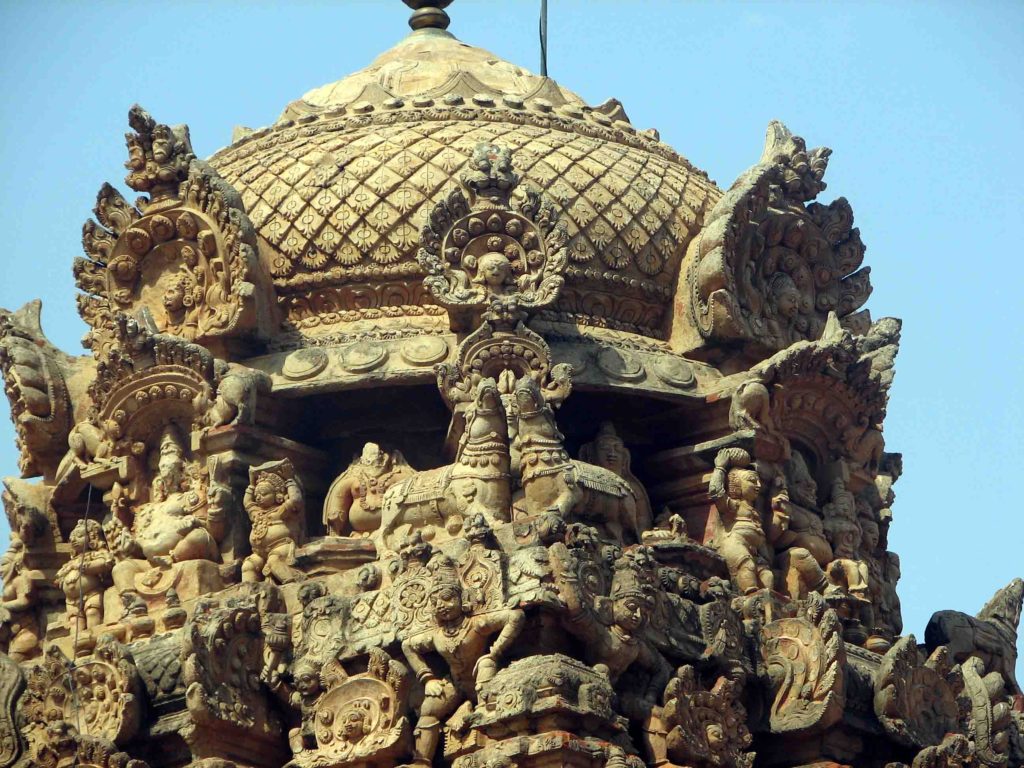
The shikhara, a dome is octagonal and rests on a single block of granite, weighing 80 tons. How it was placed on 200 feet tall temple is a mystery . Some say they had constructed a earthen ramp to carry the Shikara with the help of elephants
69. DATIA PALACE.
If you are a designer, and you are in Datia palace. You will be mesmerized. Not only me but Sir Edwin Lutyens was impressed so much that he used many details in his work in the Capital for New Delhi.
It is a huge seven-storied structure built with stone and bricks only. Fantastic creation with only two materials. It appears simple, but is intricate from inside and gives a maze-like feeling.
I saluted the designer for his imagination though I don’t know his name. There are many palaces, built by British architects in India. but none of them have domestic scale. They are big, lavishly decorated, and have consumed rare resources, but none is like Datia Palace. Datia Palace has a thoughtful theme. It has a simple geometrical plan in a Swastika form, is converted into a seven-storied structure with simple sectional details. There are staircases hidden in walls. At the third level, bridges connect various areas overlooking beautiful ‘L’ shape courtyards. Those covered passages have a series of intricately carved granite pillars. They are cute, beautiful and proportionate. It is superb work of craftsmanship and has a mysterious ambiance. That is architecture.
A balcony in the south overlooks a large tank. One may pick up details but not the imaginative floor plans. Those were the ideas and dreams of the designer who was not going to live in.
Datia Palace (1614-1623) 77 km. away from Gwalior, built by Bir Singh Deo Bundela for Jahangir. It was never occupied by anybody. For nearly four hundred years, it is empty as a monument. ASI says “This palace is one of the finest examples of domestic architecture of our country.”
Those who wish to see plans, sections and isometric can visit the following website
https://architexturez.net/doc/az-cf-168269
Mangesh Nabar प्रकाशभाईंचे फेसबुकवरील प्रत्येक पोस्ट वाचताना त्यासंबंधी त्यांनी काय काय प्रकाशचित्रे समाविष्ट केली आहेत याचे मला नेहमीच औत्सुक्य असते. त्यांचे एकेक प्रकाशचित्र म्हणजे एक पोस्टच जणू आहे असे वाटते. केवळ काढायचे म्हणून ते कोणतेही चित्र टिपत नाहीत असे नाही वाटत ?
Satish Ingale His pictures and information amazes me. He combines history and architecture so well
Vibhavari Kulkarni Marvelous photo.

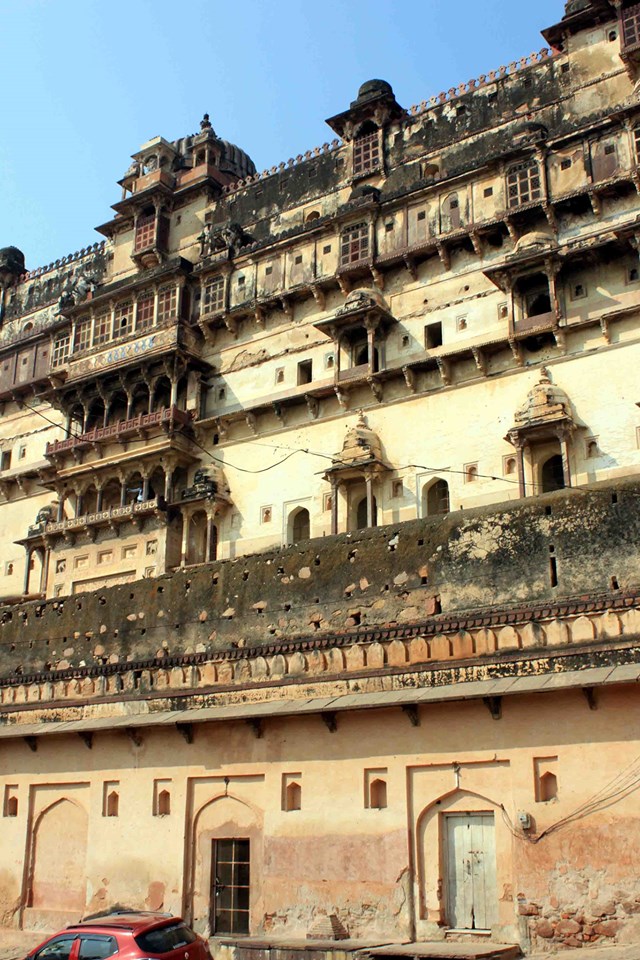
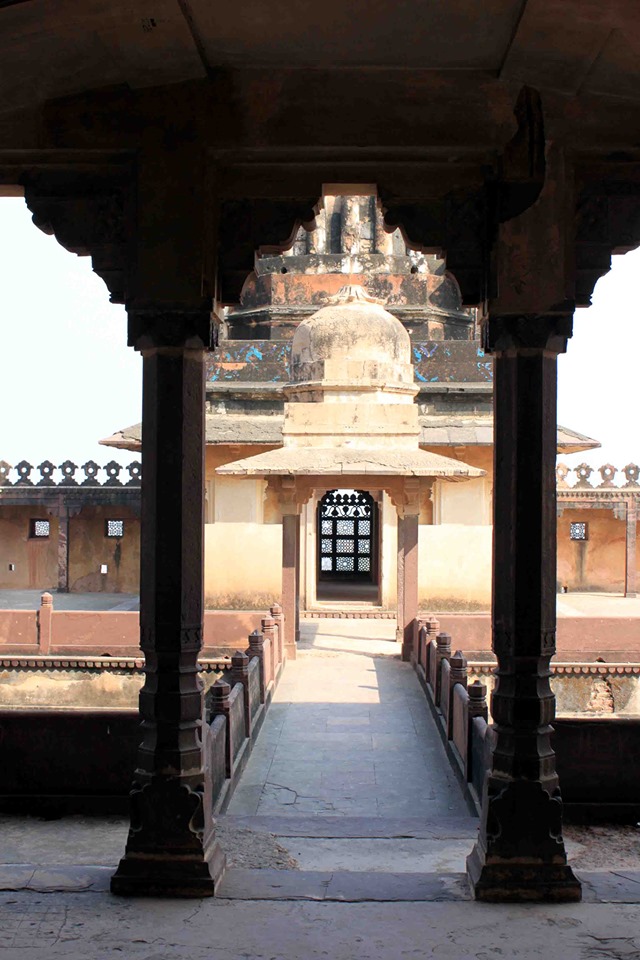


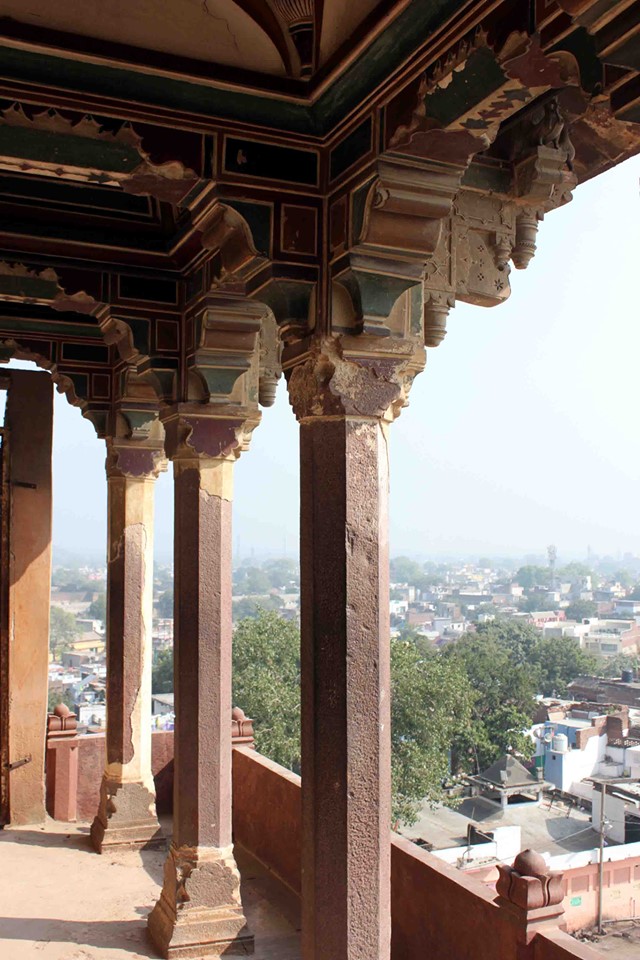


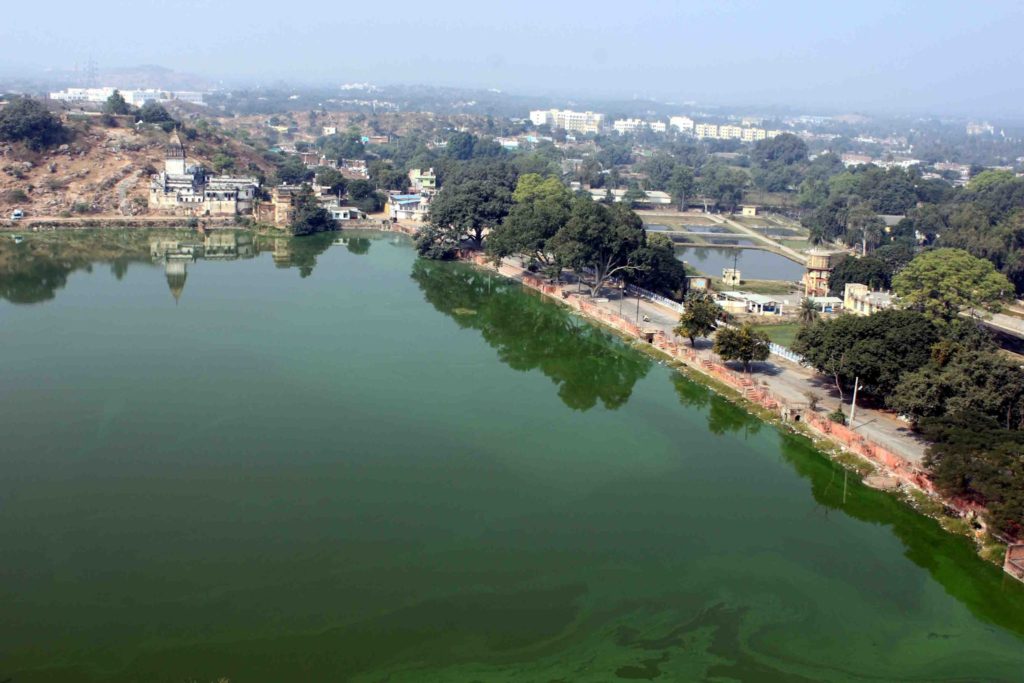
While going to Gwalior we two alighted at Datia station and took a rickshaw to reach Datia Place
70.RICE MUSEUM AT KAZIRANGA
It is said that God is omnipresent. But we don’t see. However, we see God in rice. A staple food for China, and India. And me too. Andhra Pradesh may be called the rice bowl of India but there are many districts in India famous for excellent rice.
Once we had been to Chiplun (Western Ghats) where we were given a tasteful porridge of rice in the morning. Lunch was full of three varieties of rice, and the dinner was curd and rice.
At the Chennai station, I saw a big group of school children sitting on the platform, and two teachers were distributing Lemon Rice. Gujaratis can’t live without Kadhi Khichadi. Many families visit Gujarati Samaj on holidays to eat Kadhi-Khichadi in Chennai.
We eat Jirasar rice from Khambhat. Kamod and Basmati occasionally. During my school days, there was a famous rice called “Ambe Mohor” which had an excellent aroma that spread in the vicinity.
On footpaths of Kolkata, many vendors sell Rice and Fish curry at a very cheap price. Our friend Rhishiraj offered a very tasteful Pitha made of rice in Guwahati.
Another recipe called “Modak” specialty of Konkan made of rice is very delicious. And nothing can compete with Hyderabadi Biryani. (I am 99% vegetarian) South Indians have explored the use of rice as Gujaratis have explored Chana Dal.
There was a surprise for us when we saw a Rice Museum in Kaziranga National Orchid and Biodiversity Park, which was established by Krishak Mukti Sangram Samiti of Assam. Samiti is innovative and must grow and prosper at any cost.
The museum is housed in two rooms, with all the varieties hanged on the wall in a decent manner. Mr. Mohan of the Ahom tribe from Assam explained to us each variety in detail. “There 250 varieties of rice in Assam itself. Four varieties have antioxidant qualities and are in great demand. Huang Moni, Kola Sali Nonga Sali are for daily use. Among the Aroma rice, there are varieties like Guti Joha, Kola Bora, and Flat Red Rice; there are varieties of sticky rice.”
“The Ahom tribe migrated to India in 1228 AD from South China and settled in Shibsagar”. Mohan Boda is collecting Rice samples for the last twenty years.
Photo credits: Preeti, and Eeshan.
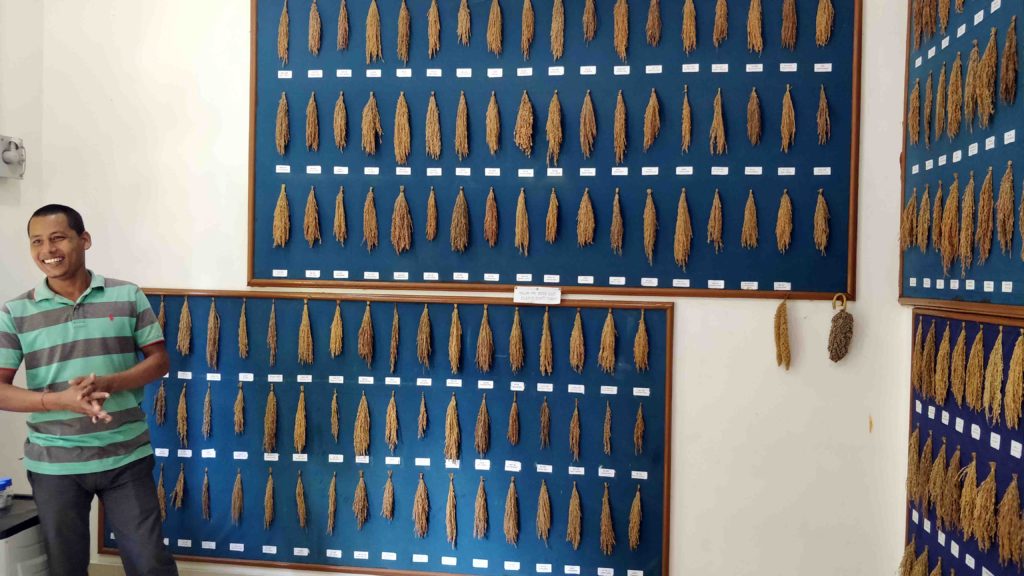

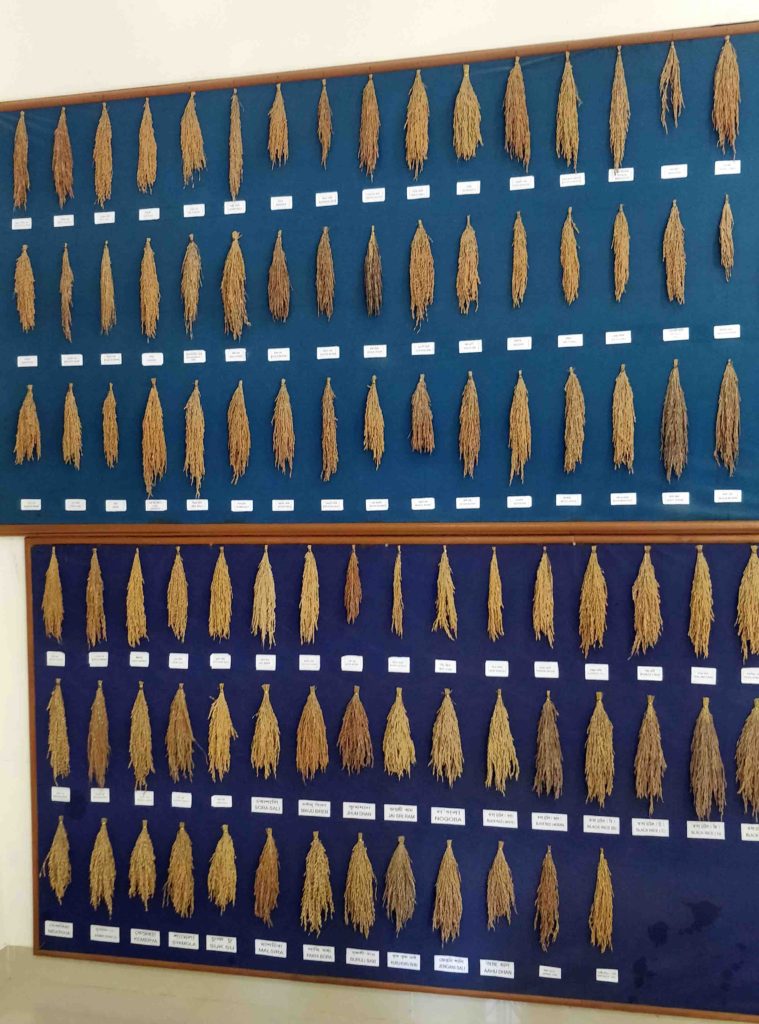
71. ORCHID PARK AT KAZIRANGA
At the entrance of the Orchidarium, a smiling girl called Monica welcomed us. A graduate in the Assamese language knew every plant in the Green House. She had her training to upkeep the plants as well as guide the visitors. Dressed in traditional attire, with red and yellow sari a combination fit for her tiny figure. With a permanent smile on the face with raised eyebrows, she was with us almost for an hour to guide us. She said “Orchid means unique flower.
Our interest in trees, shrubs, and flowers goes back to our childhood. Collecting twenty-one leaves of different species was mandatory for Ganesh Pooja. Red Lotus loved by Ganesh was collected from a tank nearby. It taught all boys and girls to recognize those plants by heart. Apart from that, all common trees seen in the town were known. Offering one lakh Parijat flowers to god was another ritual. There was a very large garden where I lived till twenty-five years of my life. Mogra, Jai, Jui, Shevanti, Sonchampa, Madhumalti, with a compound of Mehendi. We ground them and used them on our hands.
It was a great pleasure to see so many beautiful orchids in one place. Among the photographs taken Dendrobium, is commonly used in marriage, and Gastrocilus is a beautiful variety.
“There are around 35000 varieties of orchids in the world with approximately 1314 verities found in India. And very interestingly, about 850 verities found in north-east India with 402 varieties found only in Assam” said she.
Preeti and Eeshan took all the photographs and to note down everything was my job because I don’t trust my memory. It became handy for reference for writing this.
That girl gave a very simple tip to recognize an orchid. For every orchid, there are five petals and the sixth one the modified petal. Some of the flowers are as small as one can imagine.
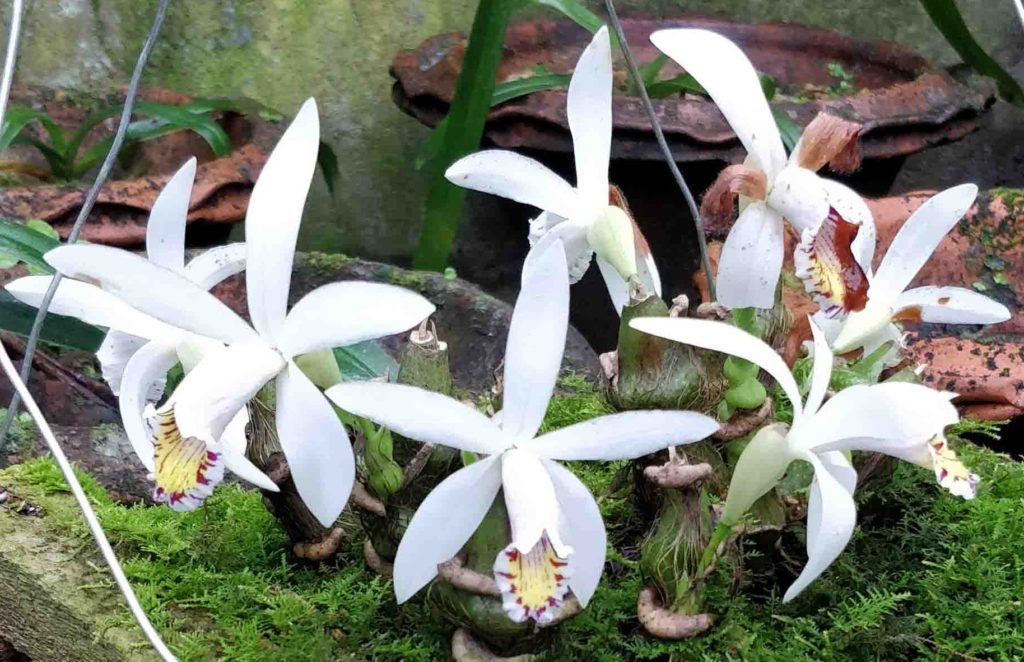
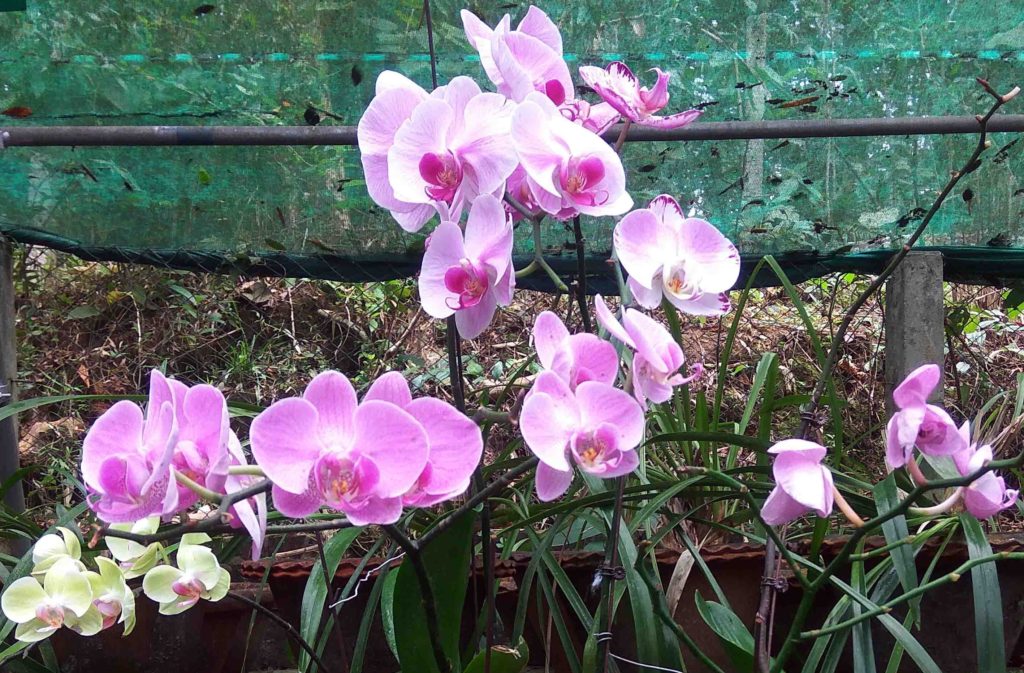




Different kinds of Orchids at Kaziranga Assam
72. MAWLYNNONG IN MEGHALAYA
The Assamese are familiar to our Department of Architecture of the Maharaja Sayajirao University of Baroda. Every year two students from Assam were admitted as per the provisions. Surprisingly most of them were good at sketching and serious about learning. Sketching ability helped them to grasp proportions and details.
We planned a study tour to Assam, with the aim to study Assamese vernacular buildings and also to look at the incredibly beautiful nature of Meghalaya.
Hrishiraj our friend was in Guwahati to guide us. He arranged a taxi and a reliable driver to take us to Assam and Meghalaya for five days. Guwahati is like any other crowded city in India. The only solace is the proximity of the great river Brahmaputra. However, our study tour was memorable due to our Architect town planner friend in the city. While talking over a cup of tea with him at Northbrook Gate on the banks of Brahmaputra added to our information other than available on the Internet.
Brahmaputra the mighty River was known from school days, but curiosity to see was fulfilled on the banks and while going to Umanand Temple located on an Island.
Mawlynnong is a clean village. Khasi people belong to a matrilineal society. Their property and wealth are passed from the mother to the youngest of her daughters, who also keeps the mother’s surname.
Our driver born to an Assames mother married a Bodo girl and has taken the name of his wife to get benefits of Scheduled Tribes to his kids. Accepting the matrilineal concept is interesting.
As we toured in Meghalaya especially in Mawlynnong we found few traditional houses made of wood and bamboo. Stone benches instantly noticed by our eyes trained to search for a good design.
While all our rivers are facing a problem, a clean and transparent Dawky river that enters in Bangladesh is a treat to eyes and inspiring.
Photo credits Prakash, Preeti, and Eeshan
Shashikant Kumar These are memorable trips for you but we all got to be with your journey to Assam. Need to explore I would need to plan.
Kaushik Mehta I am very much excited to meet you to know more updates on Assam
Subhash Phadke Very nice account of your traveling in Assam and Meghalaya. Nice photographs too!
Mangesh Nabar This is what I have been waiting for the last few days. Very informative and useful to us who are totally ignorant about Meghalay.
Sudhakar Sahasrabudhe Great. Greater. Greatest attempt. Sudhakar.
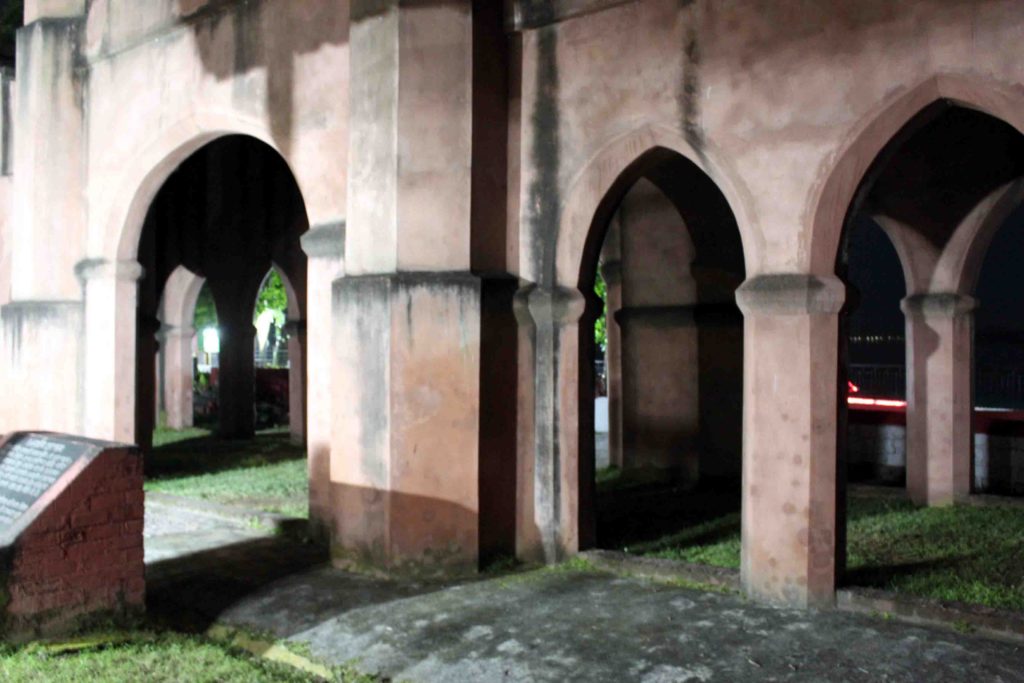

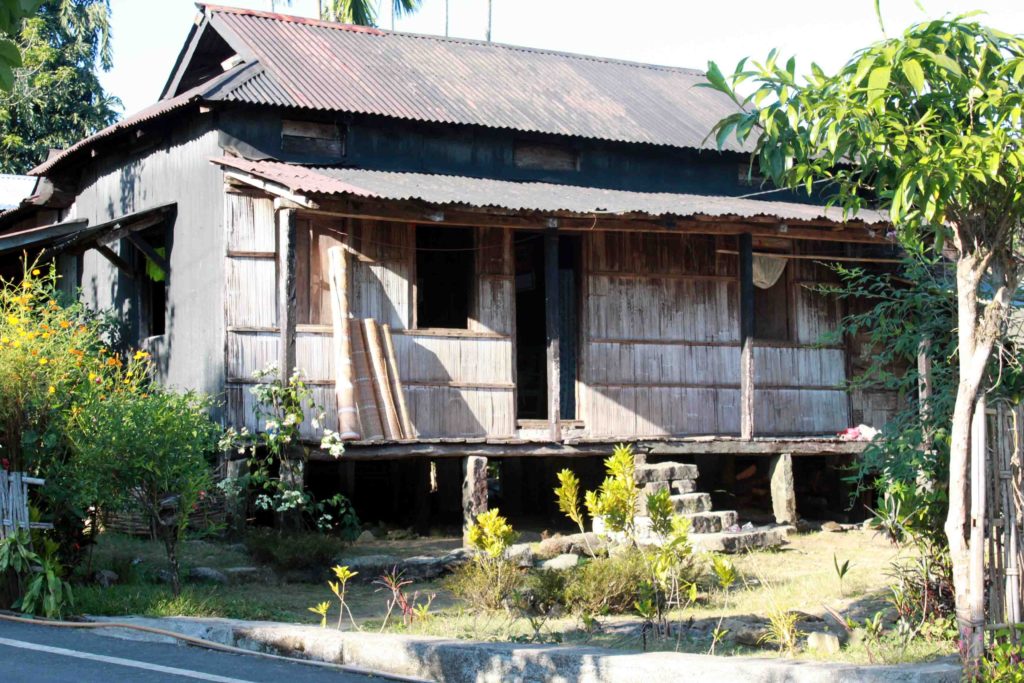
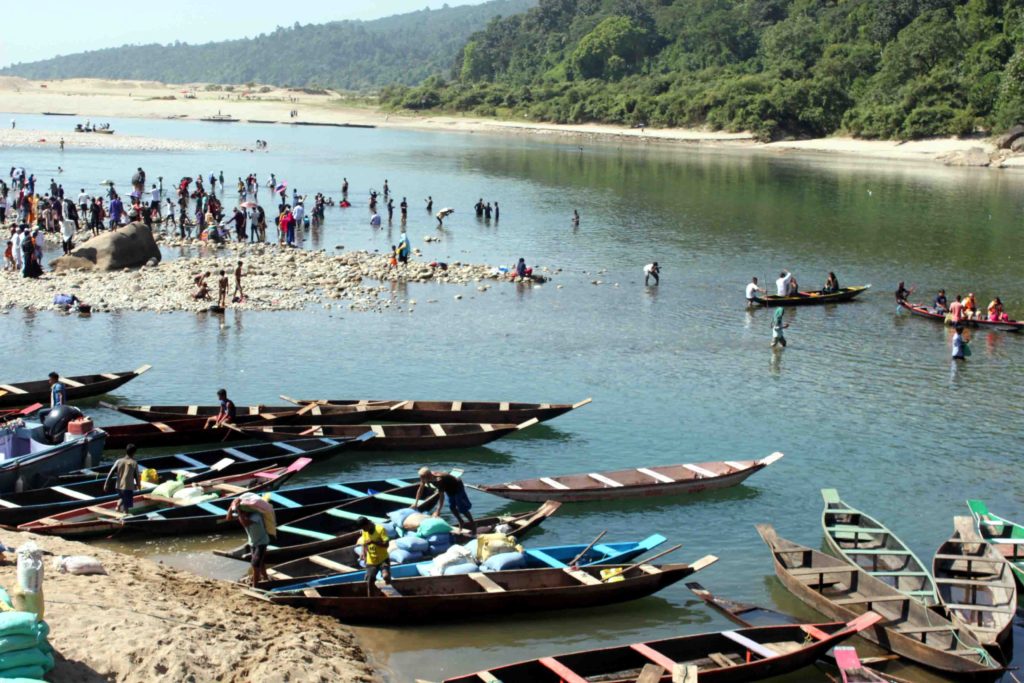

A stone bench . comfortable to sit
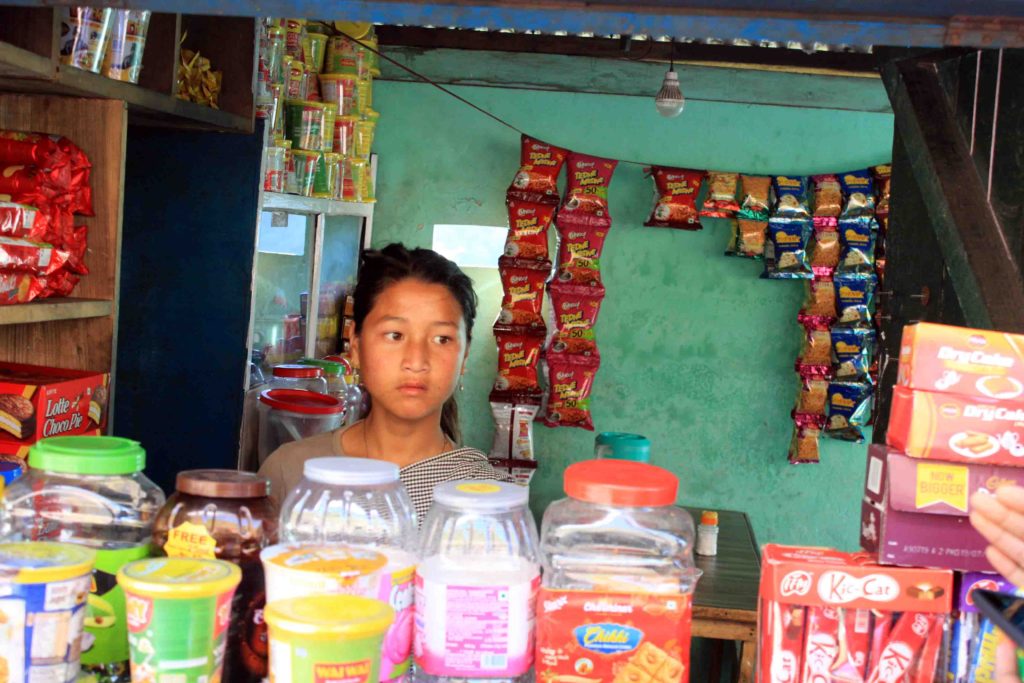

Wooden house in Mawlynnong
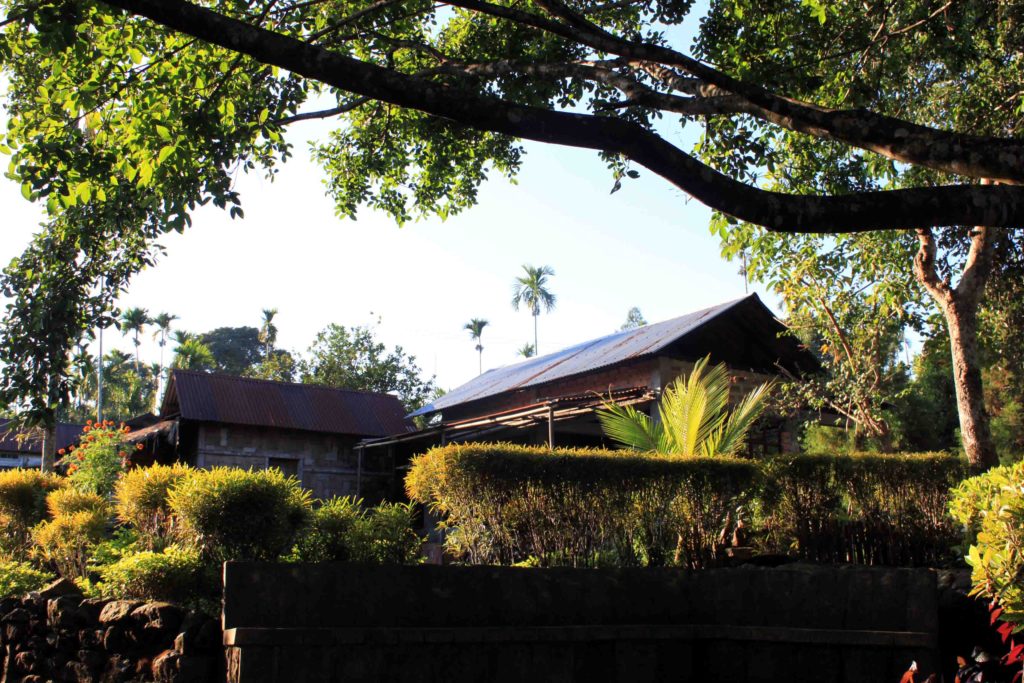
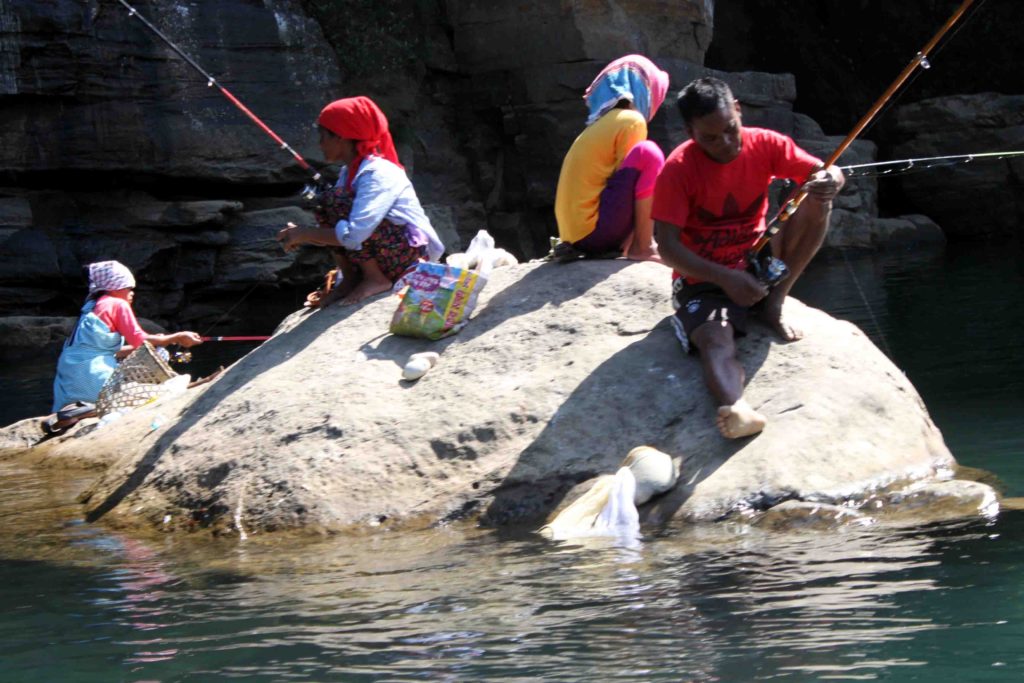
73.KASHI YATRA (1977)
Maya Bamburkar a nine-year-old girl was our guide in Varanasi. She took us through twisted and narrow lanes to all the places including Kashi Vishwanath Temple. After two days of walking, we remembered all the turns. She showed us the Wada of Nana Fadnavis (once an influential minister of the Peshwas) last on the first day. Then we moved freely on our own. Tasted Banarasi Pan, Gulab Jamun, Jilbi and tasty Poori Bhaji.
Our initial program was to visit Varanasi for a day and proceed to Prayag. But after she showed the Ganga River and precious Ghats and large bamboo umbrellas and Pandya sitting under to perform minor rituals, we decided to extend our stay.
We found a boatman Ram Prasad who took us to Assi Ghats and brought back. Every morning and afternoon he came to pick up us for a boat ride. Our two-year-old son became friendly with him.
One day we heard melodious rendering of Sitar. We stopped for a while and decided to go on the first floor of the house. We requested the player to allow us to listen. He happily welcomed us. After a little chat, surprisingly we came to know that his wife happened to be Pethe. Now we were at home and not in an unknown city. Those were delightful moments.
We got up very early in the morning every day and went to Ghat. We went to a Panda sitting on the Ghat and he applied Sandalwood Gandh on our forehead with a new design every day. It was fun for all of us especially our daughter and son.
In olden days going for Kashi Yatra and bathing in the Ganges was considered to be a final goal for many. For us, it was an experience of arresting, mystic place in all respects. I decided to come again and again.

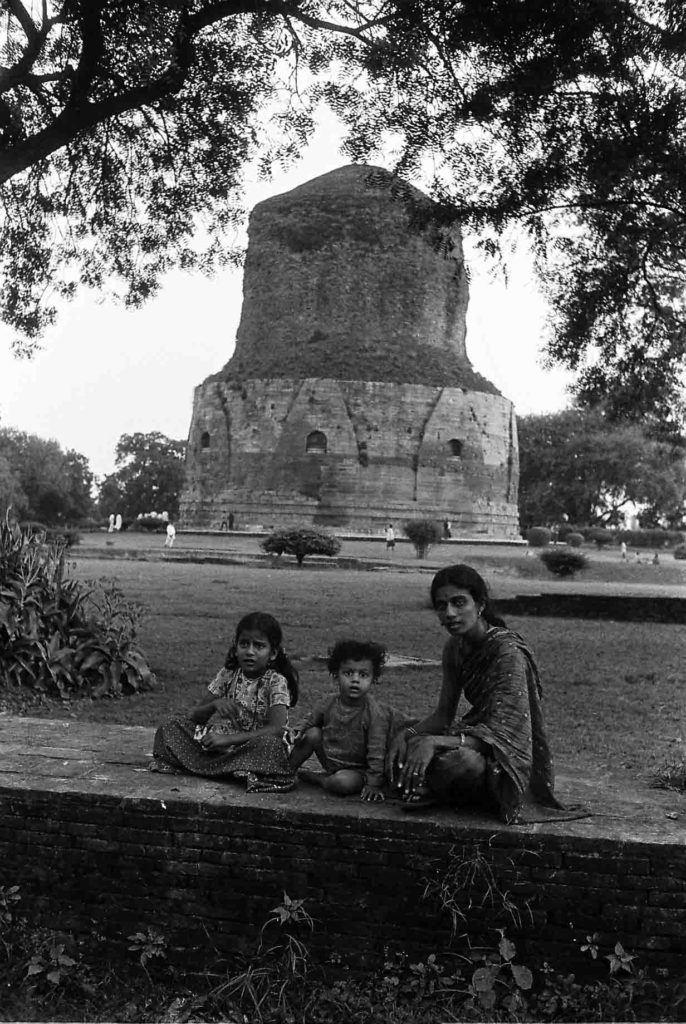
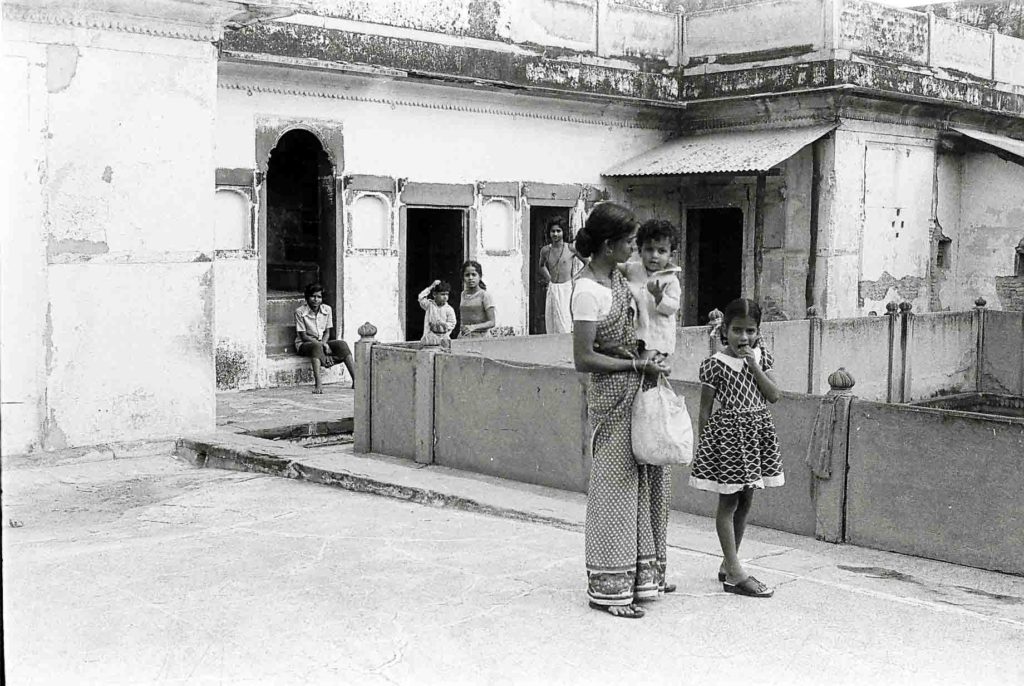
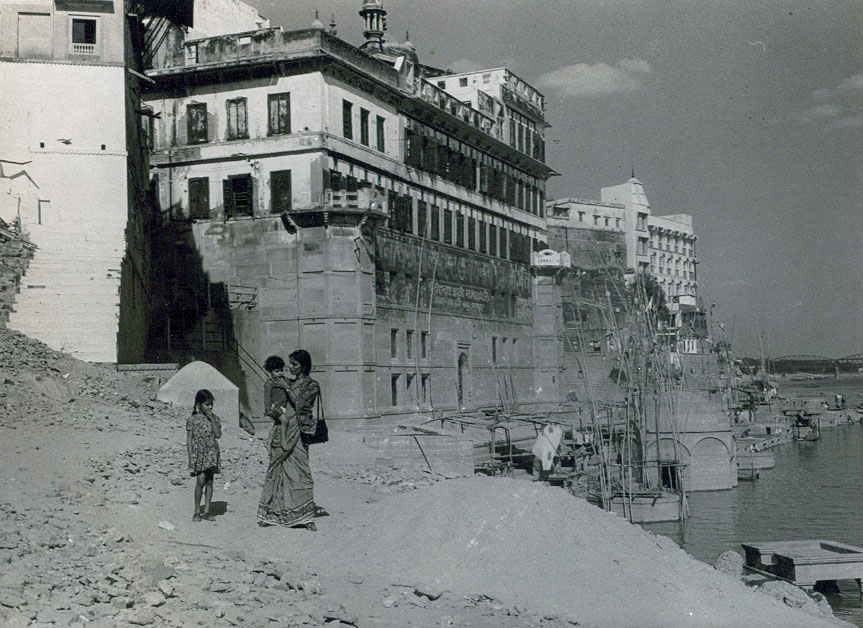
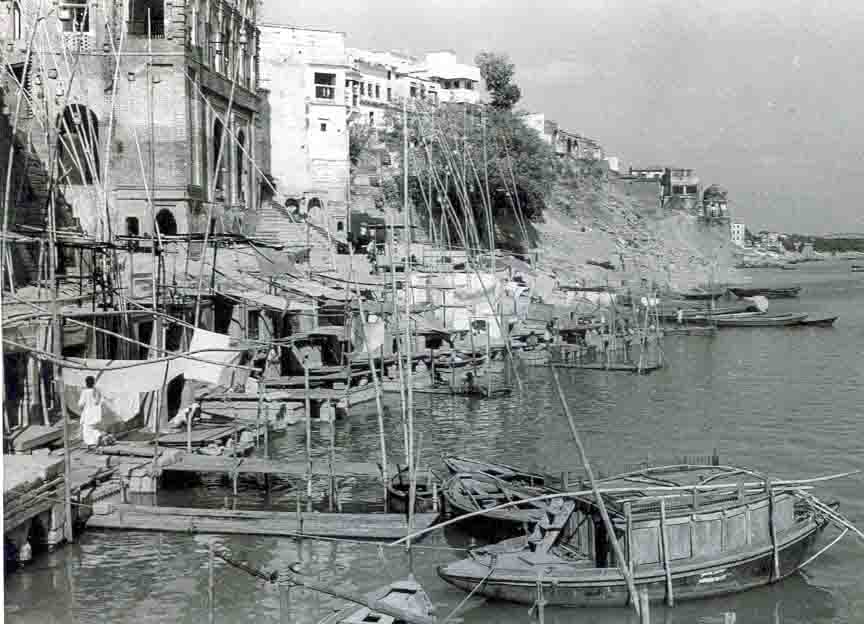

74.KASHI YATRA 2
The following article was published in the Times of India on 14th April 1981 after our visit in 1977 and 1981. TOI devoted a space called “Middle” open for all to write short notes on any topic. I thought to share it with you.
Mystic City
“Hara Gange” shouts the devotee standing in waist-deep water, and takes a dip. He offers water to the water, looking at the sun with sincere faith. This ritual has been taking place for centuries at the Ghats of this mystic city. The Ganga is its soul. It is linked with the river by a long wide stair, a series of Ghats for bathing and for performing rituals.
Once you alight at the station, you are in a conventional city. Hire a rickshaw or a Tonga to take you to any point at the periphery of the old city, where you get down with your luggage and hire a coolie to carry it through the lanes. You trust him and just follow him till you reach your destination.
Alibaba’s Cave
From here you enter Alibaba’s cave. You walk through winding narrow lanes. Similar lanes exist in many old Indian cities, but these are unique. They are at times hardly five feet wide with three-storied stone buildings on both sides. They create a feeling of passing through a tunnel, full of life full of unexpected medieval architectural forms.
Passing through these lanes often dirty and stinking you come across hundreds of temples, Havelis, large Wadas with equally large Chowks, narrow staircases shops for Banarashi shawls, saris, the brass were and copperware, sweets, and famous Panwalas. The complete Indian bazaar
Cool Tunnels
Hundreds of devotees, pandas, pundits travelers, strangers, cynics and city dwellers keep moving through these cool tunnels(a rare, manmade climatic zone in Uttar Pradesh) buying, eating and spitting Banarasi paan.
Follow any lane towards the slope and it will read to the river. Sail in a boat manned by a kind innocent Bhayaji, from the bridge to Assi Ghat and hit on a spectacular panorama. Fort-like Building, rugged at the lower level and decorative at the top, stairs chhatris, turrets and minarets, domes and shikhara, palatial buildings, Dhwajas and hundreds of devotees without whom the city has no life.
Sinking Structures
Tilting and sinking structures, hundreds of niches, man-made caves for meditation, boats and an ever-changing skyline. Cremation at the Ghats and the immersion of dead bodies in the river complete the life-cycle and convey the sense of all-pervading Maya.
This city gives you a strange feeling it forces you to forget the 20th century and punches you in your mind’s solar plexus. You may be committed to any philosophy; it makes you different from a moment.
Banaras is difficult to explain. It is beyond the power of words beyond shades of color and beyond film footage.

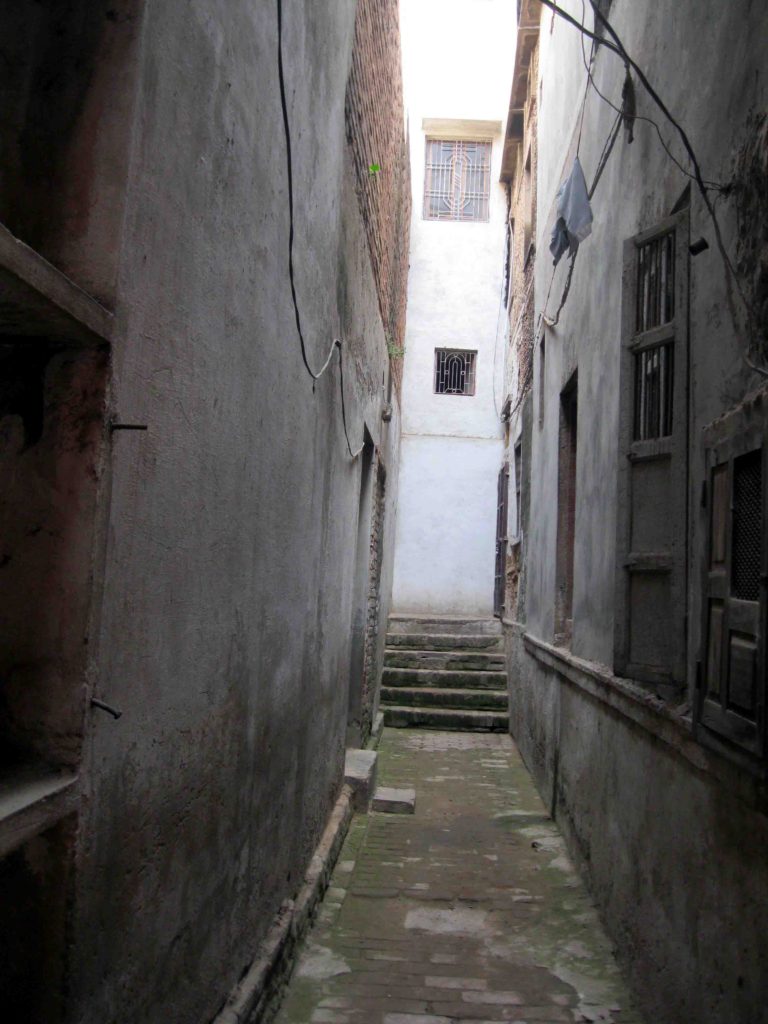

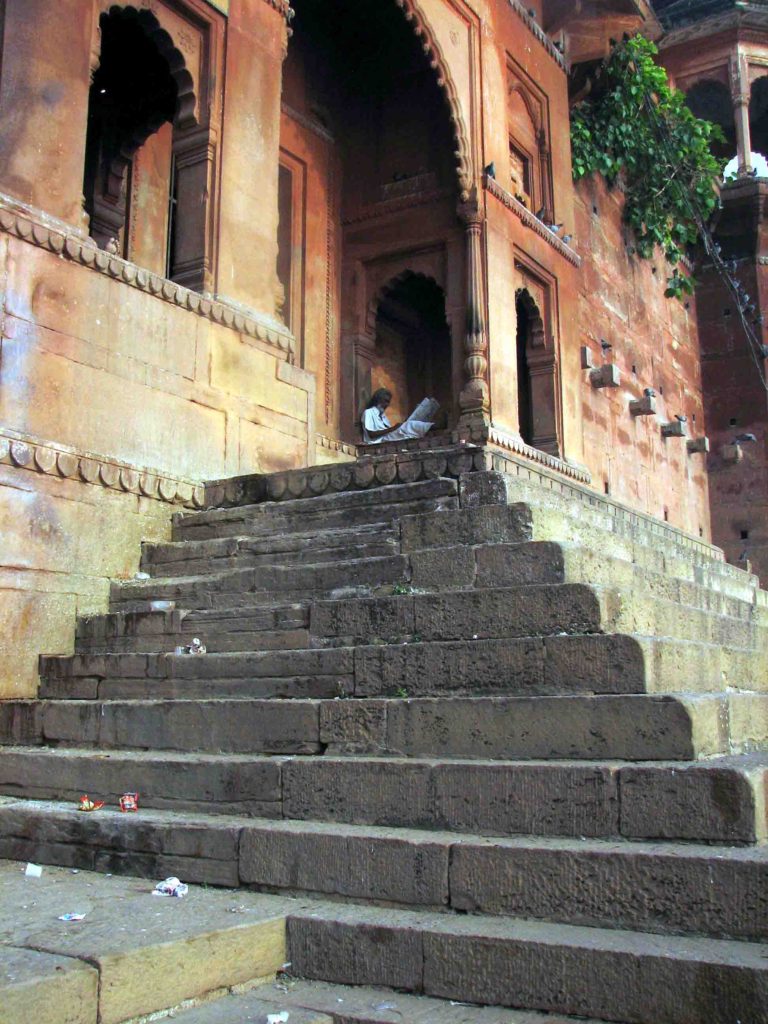
75.KASHI YATRA (3) 2015
Many wrote about Mumbai, Kolkata, Delhi, and for Varanasi, there are forty titles. Not only writers but photographers, artists, geographers, historians love Varanasi. It has three names in use Varanasi, Kashi, and Banaras. With a long history and dynamic present, it will have a great future. I realized that I cannot plan a city that would become Varanasi.
Our study tour to Varanasi was organized by Dr. Shashikant Kumar of M. Plan. BCHS (APIED) in collaboration with BURO DAP a planning, architecture, and design Consultancy Company. Students and teachers from Bogota (Colombia-South America) also participated in the workshop on Planning and Management of Historic Towns.
We enjoyed our stay. The similarities between the two countries were interesting. Their experiments on solar energy matched with us, but their efforts in rural Colombia were admirable. Students of both countries became friends within no time. We were told by a professor of Geography that there were 96 water bodies within the city of which only 26 are left. This a common story about water bodies in many ancient Indian cities.
We stayed near Naria gate and Shanti Swarup Bhatnagar Hostel near Chutpur gate, but could not see the 1300 acre campus due to a busy schedule. But along minor roads, there are beautiful “MAHUVA” trees. In the morning the flowers spread below and people come to collect them. They have serene fragrance. The surface drainage system on crossroads is imaginative. Few non-Indian faces seen on the campus. Students from several countries learn at BHU.
More than a kilometer morning walk took us to the gate, for a cycle rickshaw. Getting up early to attend classical music recital called “Subah-e- Banaras” was a pleasure. It is the city where every day is a festival. One morning we walked about four and a half kilometers from Assi Ghat to the first ghat. Watching Ganga Arti from a boat was another experience and walking through lanes was unique. Varanasi belongs to everyone. Here there is a charm in any activity. Photography also becomes a meditation.
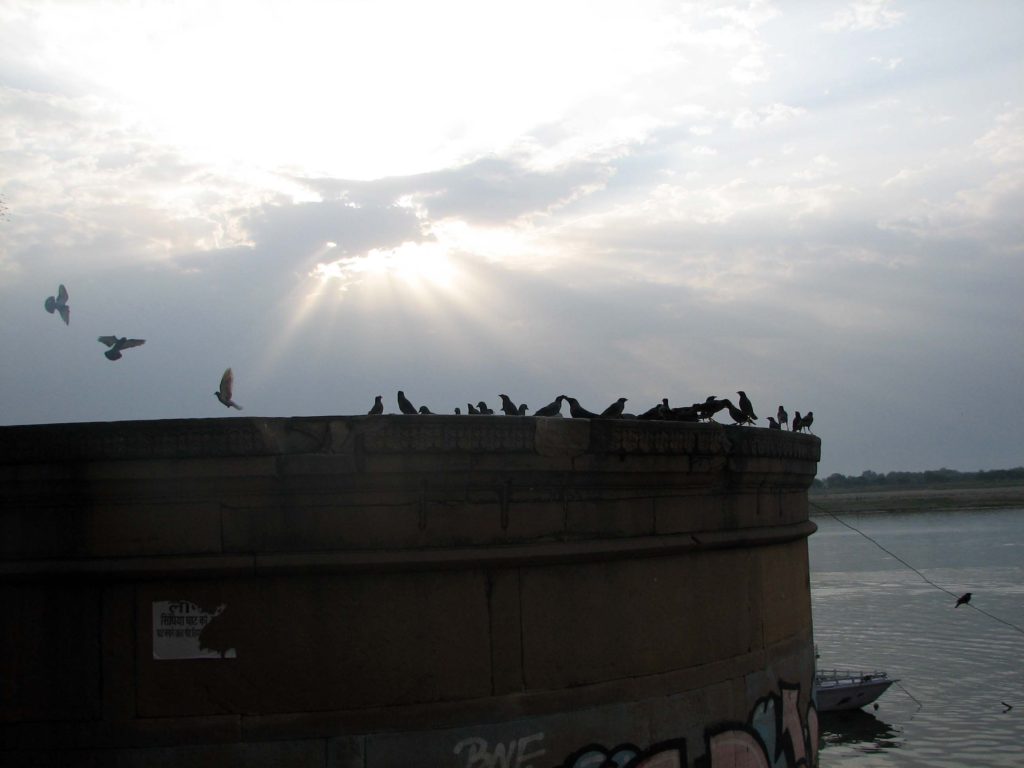
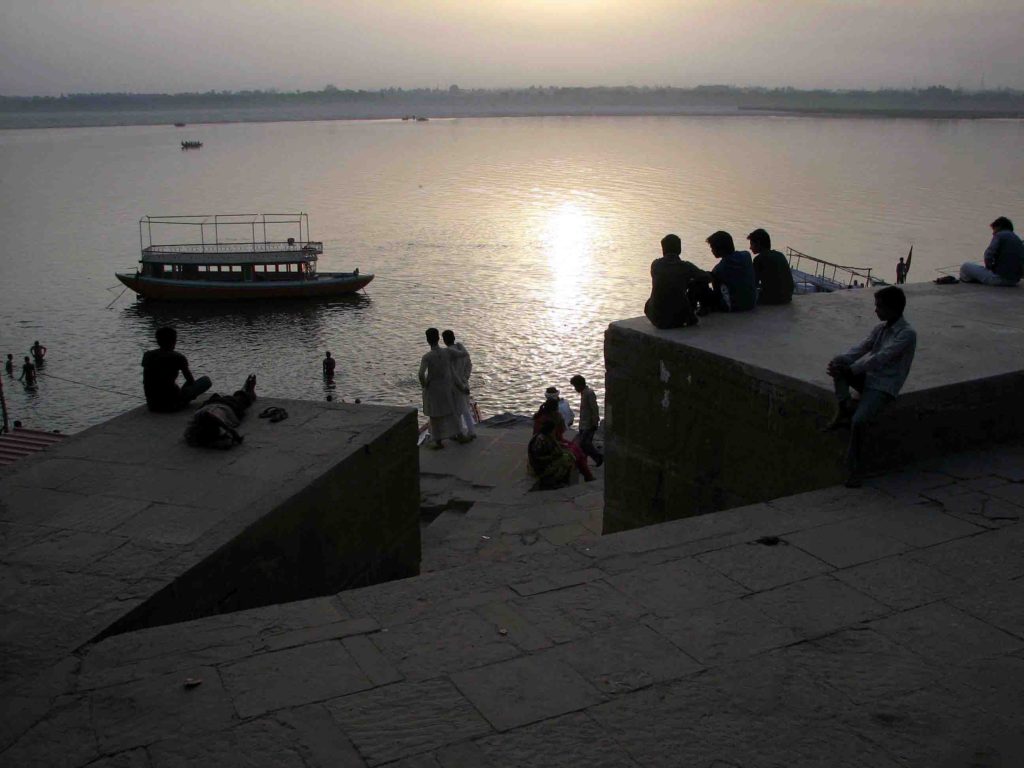

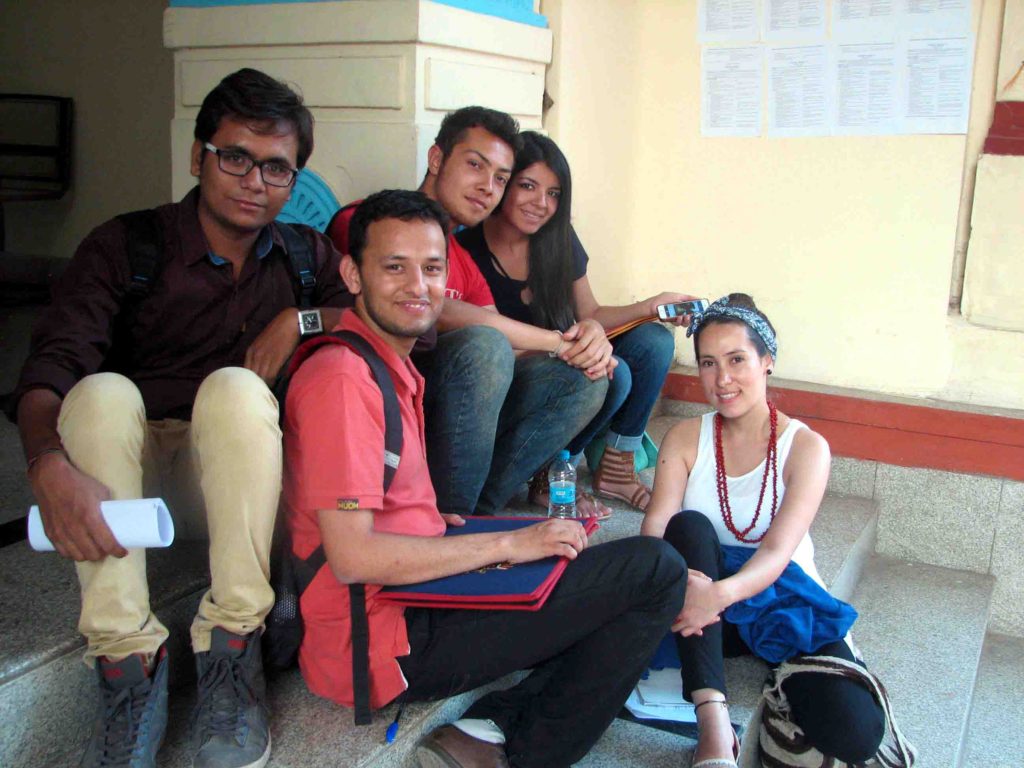
76. KASHI YATRA (4)
A settlement that fulfills expectations of everybody from a very ordinary person who wishes to survive on his skills or labor to the intellectually spiritual scholar. For all such people, Kashi was the answer. Otherwise why Buddha, Kabir, Tulsidas, Guru Nanak, Vallabhacharya, Adi Shankaracharya (stayed in Kashi for ten years and produced many of his commentaries). James Prinsep (architect)did projects for Benares and also produced the first authentic map of the city in 1822. American author Mark Twain said after a visit to the city of Ganga that “ Banares is older than history.
Many new cities are just settlements and lack stories. I have yet to visit many things including Kabir Chaura, a hub of Banarasi Gharana for Tabla. I had opportunities to listen to the masters in music in Vadodara who were from Benaras Great violinist N. Rajam, Ustad Bismilla Khan, Kishan Maharaj, Pandit Samta Prasad both great Tabla players, Girija Devi classical singer. Pandit Ravishankar a maestro in Sitar who was born in Banaras.
Benaras is a great store of tangible and intangible heritage. I wish to explore it. The more a city has intangible myths it is greater.
There is “Lolark Kund” a site of fertility cult since the fourth century. Couples from Varanasi and its neighboring villages perform religious rituals and pray to Lord Lolark Aditya that they are blessed with a child. I am not sure it could be a myth or truth. God knows. Kashi has that quality. Hundreds of foreigners visit to see cremation at Manikarnika Ghats. May the world is curious about Benaras. My cousin’s brother had his education in one of the Sanskrit Pathshala. I know several people who were trained in Kashi. Three of them are from Vadodara.
I asked a “Pan shop” owner to go to Mumbai to earn much more money. He said “ come what may I shall never leave Gangaji, for me Kashi is everything”
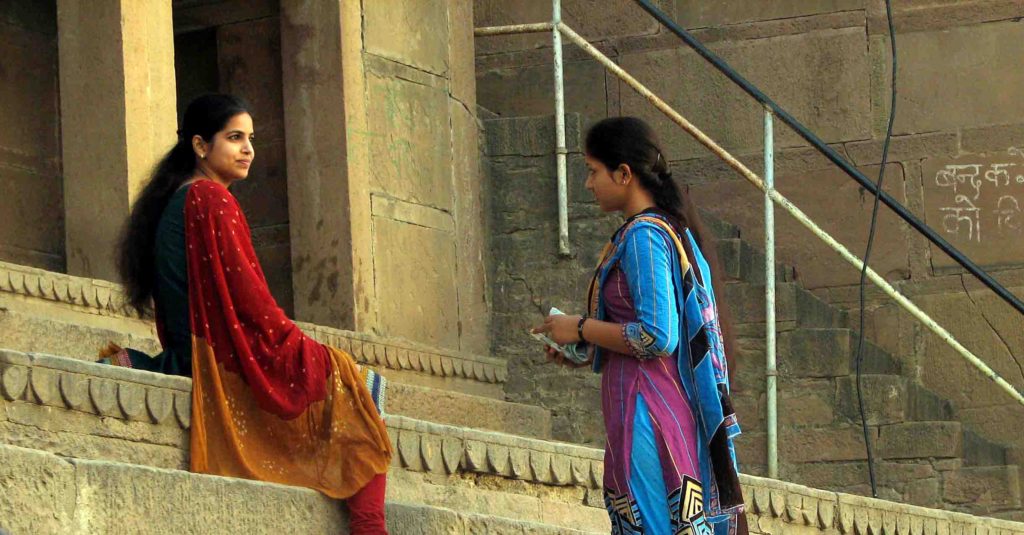
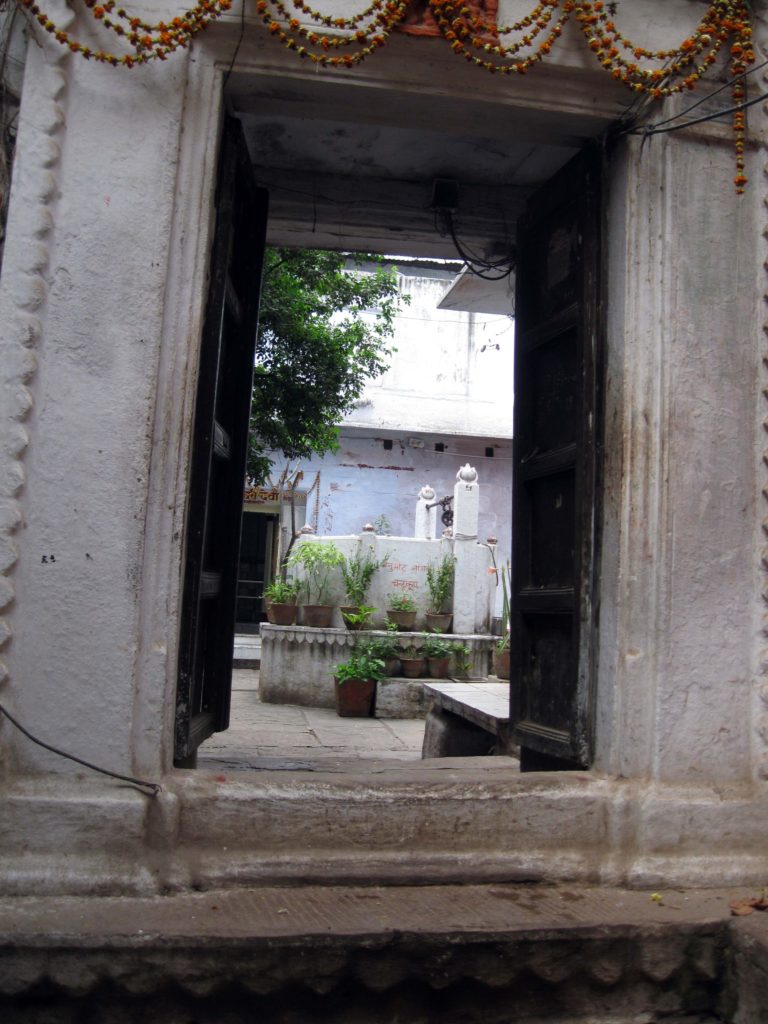

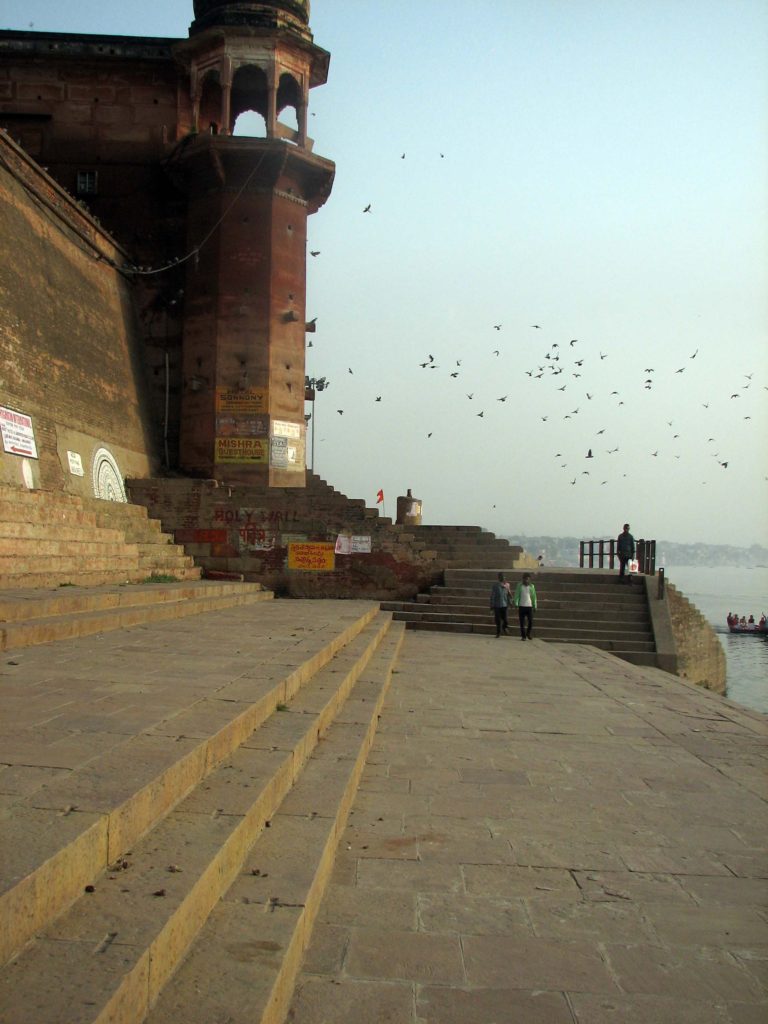
Shashikant Kumar Kashi is as pious as Ganga for Indian culture. It has given solace to all that’s spiritual and godly. You can visit and live city within you Varanasi is mystical not only to foreigners but also to Indian thinkers. Pethe sir, your choice of pictures shows the life around. Maast…
77.દાસબોધ
In these days of self-isolation, immediately I remembered Samarth Ramdas Swami, whom I knew from school days. We recited his ‘MANAACHE SHLOK’ everyday evening. My mother had a book called “DASBODH”.She read it and we listened. Swami lived in a cave for many years, known as Shivthar Ghal away from the people and wrote Dasbodh.
A very strong desire took us to Shivthar Ghal. It is not like Ajanta or Ellora but a small cave scooped by nature hardly four feet high space inside. How difficult it must have been to stay among creatures and wild animals in the deep jungle.
It is approachable by road from Mahad in Raigad district. The road to Shivthar Ghal is flanked on both the side by the tall evergreen mountains. The area up to the cave is so beautiful that we asked our driver to go slow. Imagining is superior to witnessing. We entered the cave. The location of the cave is such that waterfall in monsoon becomes the water curtain for the cave. Great idea. We missed that monsoon magic. While returning we came by a much more difficult road a short cut to meet Varandha Ghats
In the present circumstances when all are under stress, whether rich or poor, all should follow Swami’s teachings. It is worth knowing how a17th-century individual when the social conditions were not favorable; decided to isolate himself to find answers to all the questions of humanity. What a self-confidence, determination? What a concern about humanity? Chapters on “who is a fool” and “who is a learned fool” are worth reading. He was strict about cleanliness and good health. In the present circumstances, he is a good guide.
He gives strength through his very clear and simple language. How a human being should live with devotion gaining knowledge with a healthy body and mind. It is translated in Indian languages as well as German and English.

Cave where Samarth Ramdas Swami lived for several years

Nature as it looked from the cave

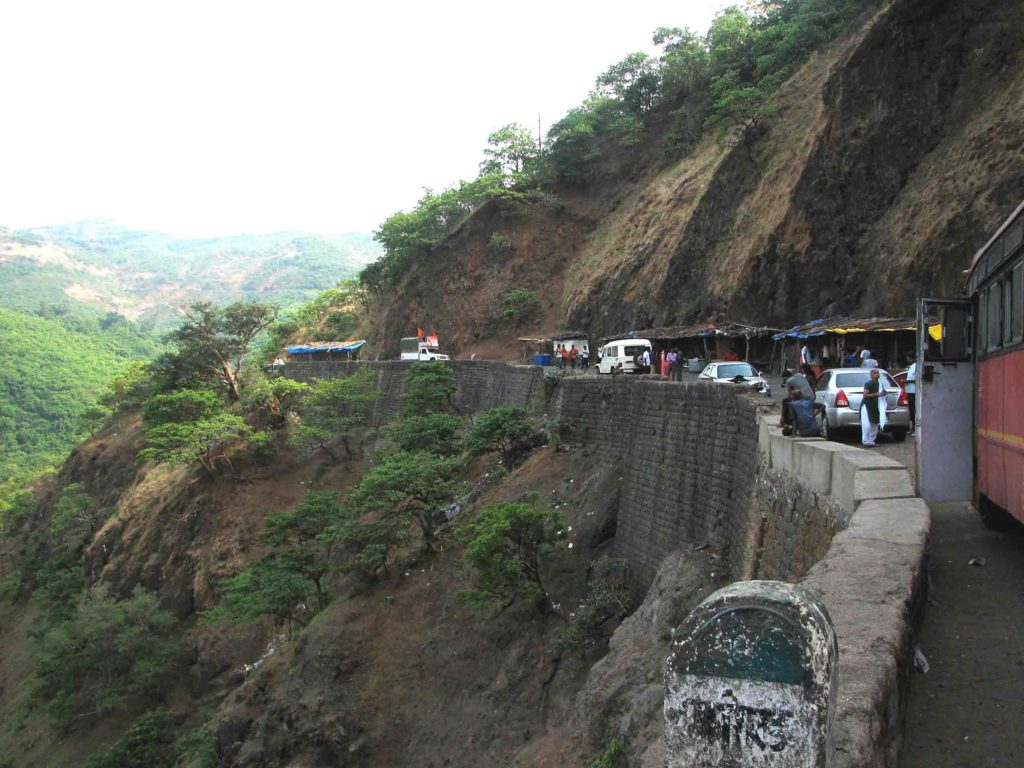
Varandha Ghat. Considered to be most difficult to climb
78.TOWER OF LAMPS
Bhimashankar is about 125 km from Pune. Temple dates back to the 13th century while Sabhamandap was built by Nana Phadnavis a well-known right-hand of Peshwas. The surrounding area of Bhimashankar temple is protected as a reserved forest for Wild Animals. Even if you do not enter the forest, a peep in the valley can give you some idea.
Temple is a formal design. While taking around I found a two-storied tall stone tower of lamps. It was a surprise. An example of a simple design. There are steps projected from a stem in a circular manner to reach at the top to light a stone vessel and return while putting lamps on each step. It confirms that “design” is the mother of all arts. Nearby there is another sculpture in which brackets are projected to place oil lamps.
On auspicious occasions, it is lit with oil lamps. This design is not complete unless it is lighted. Similarly, the Guruvayur temple in Kerala is simple but when it is lit in the evening it goes beyond explanations. It is a mesmerizing sight to be remembered forever. Unfortunately, photography is prohibited.
Earlier we had visited Khandoba’s Jejuri, about 50 Km from Pune. Built by Bajirao I in 1732. (Remember the movie “Bajirao Mastani”), the temple was built in stone available nearby. It is on a hill, from where the surrounding region looks beautiful. Deepmalas (tower of lamps) located in the courtyard attract the eyes immediately. It is said that when Aurangzeb attacked the temple, millions of honey bees bitten all the soldiers and they had to flee. The temple remained intact.
Such Deep alas can be seen in Vadodara, Ujjain and other parts of Maharashtra.
Both these places do not appear in Books on History of Architecture. Such inspiring designs can be seen in many parts of India which need to be explained in future books.

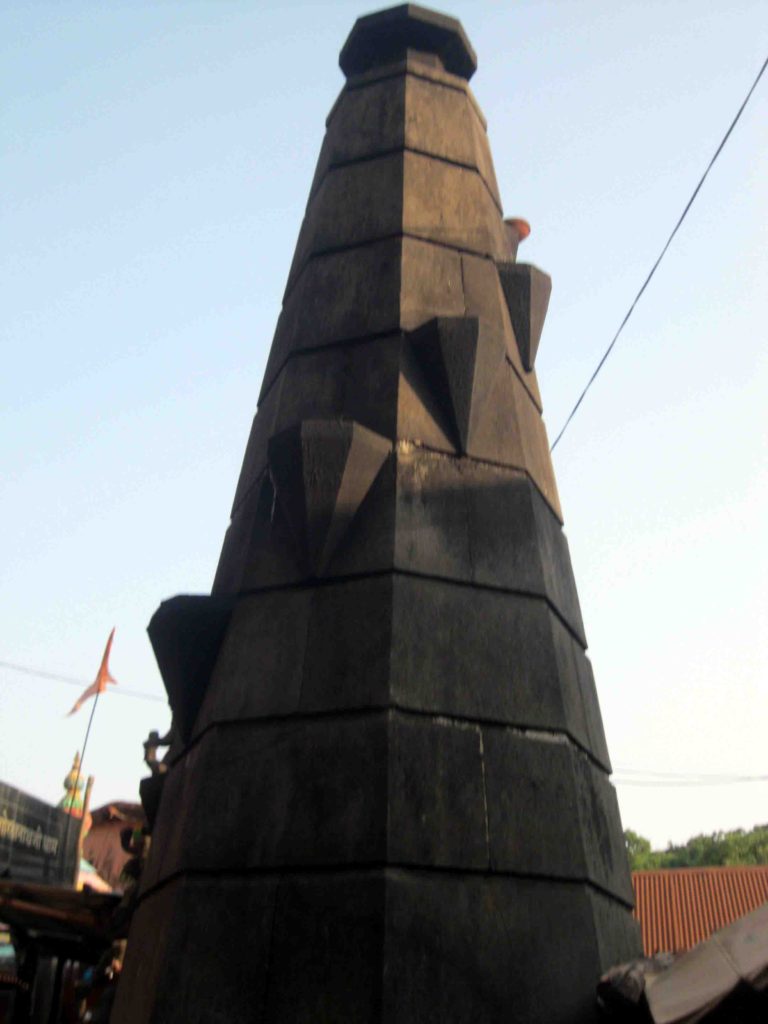
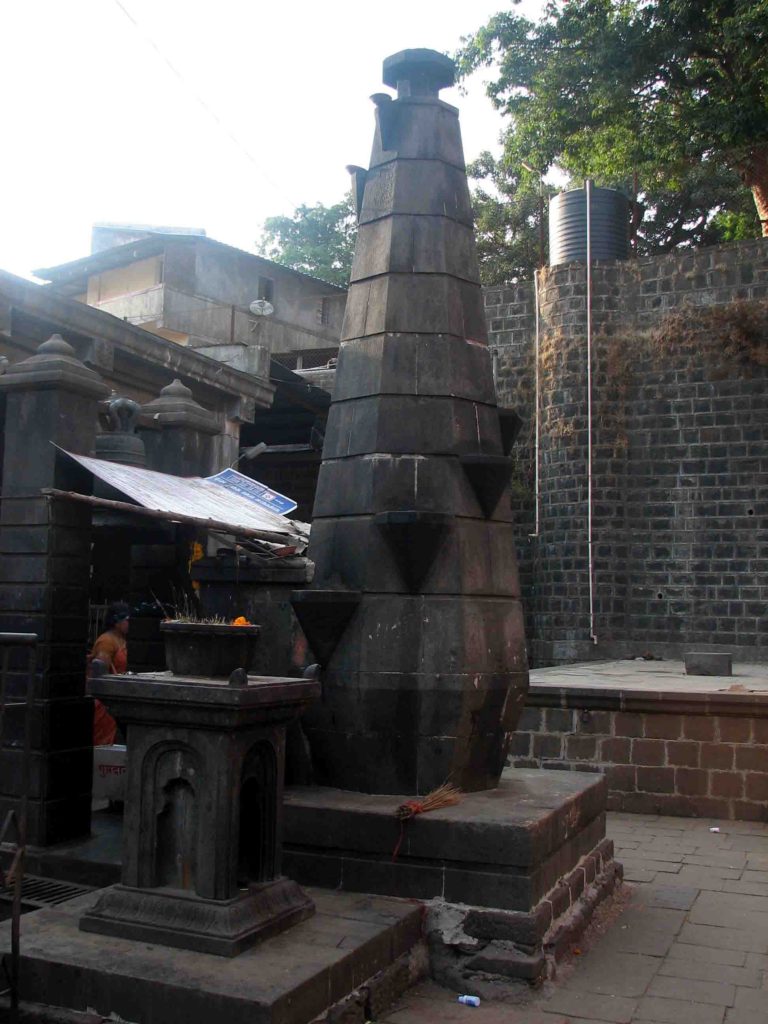


79. KHAJURAHO.
Khajuraho was connected to Delhi in 2008, and we visited in 2012.
A Rickshawala, who dropped us at Western Temple complex at Khajuraho, was waiting for us till five in the evening. He said, “today I did not get any passenger, so I did not eat at all”.
“We also missed our lunch, as it was not available inside”
A panoramic view of arresting visuals pulled us to various temples. It began with Laxmana Temple near the entrance. It is senior to Kandaria (Khanderaya)and Jagdambi(Jagdamba) by hundred years. So it must have been a case study for the two. After photographing all monuments in detail, curiosity to understand their construction method was strong.
They must have used fractal geometry while designing a series of Mandapas. The use of stone gave them the opportunity to play with the form. The use of tablets, bands, and designs, was easy to place them together.
That does not happen while using bricks or concrete. Learning DESIGN through the history of architecture can become more fruitful.
Here a specific sequence is followed in the plan and the section. After climbing several steps one reaches a spacious platform almost fifteen feet above the ground, after climbing few more steps one reaches Ardha Mandap, Mandap, and Mahamandap and of course there is Antaral before entering the Garbhgriha. The idea of providing Antaral is a fantastic concept. The spaces are so arranged that a person notices his entry to different spaces with openings, balconies, pradakshina path. But there should not be too many people at a time.
The sculptural art of these temples goes beyond many other temples of India. The erotic sculptures, for which Khajuraho is famous, are very limited compared to all the sculptures put together. Postures of man and woman in love do not appear immoral or offending. They display the human emotions very clearly in a meticulously sculpted, in stones those in the fine grain of varying shades. The artists have revealed the human body, in beautiful angles. An obvious doubt is where were the schools of Fine Arts?
But off course some of the figures are unpalatable today, are repeated in some panels. Originally there were 85 temples but now only twenty-five are left. Sixty of them vanished due to vandalism by invaders.
Each band, sculpted panels, moldings, was prepared in advance near the site, to place them to prerecorded locations. Where to put the last stone was decided before placing the first one. Externally exquisite sculptures and intricate carvings are awesome. They depict various aspects of life.
These temples were built within a span of a hundred years.
(900 – 1093 AD) During all these years many concepts, forms, shapes and use of materials have changed. Today the image of God is seen as soon as the person enters a temple. The man is in a hurry. However, expectations from God have hardly changed. It was one of the memorable days of life. There was only joy.
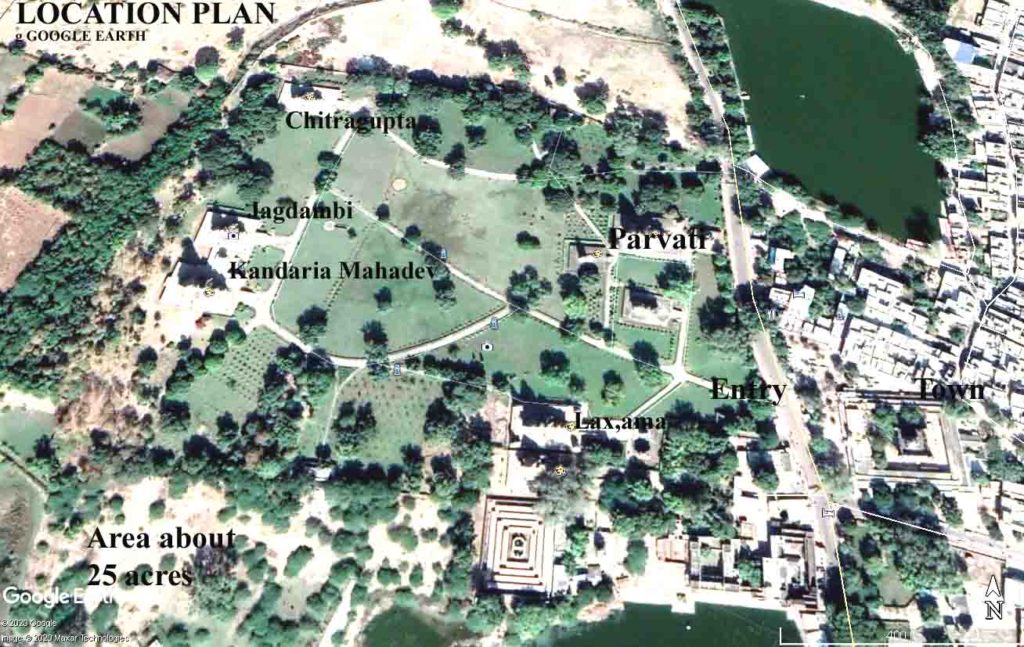
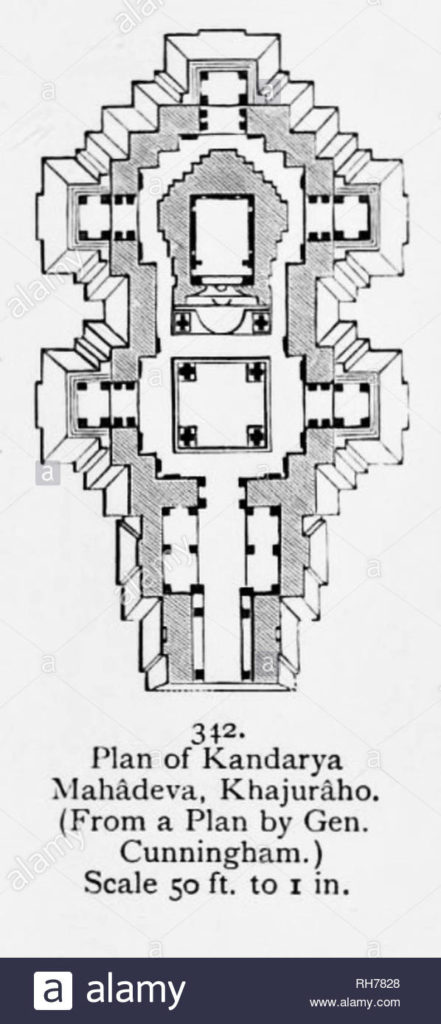

Idols of Ganesha are found from South to North in India I remember to have seen a beautiful Ganesh at Halebid and one below is at Khajuraho



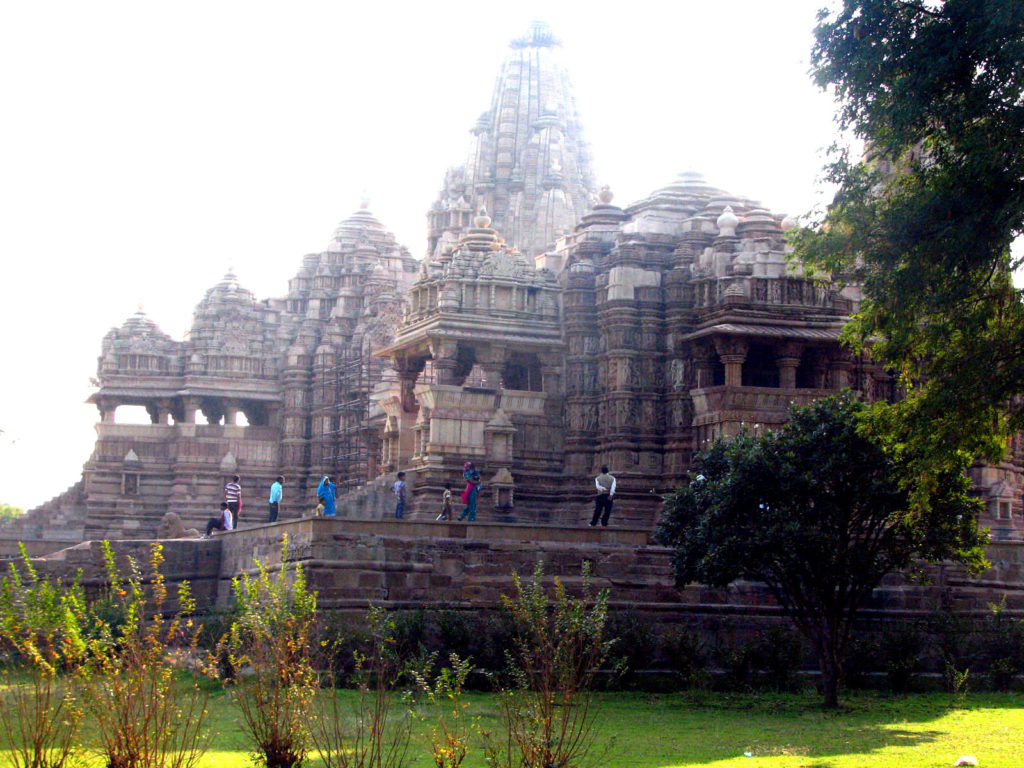
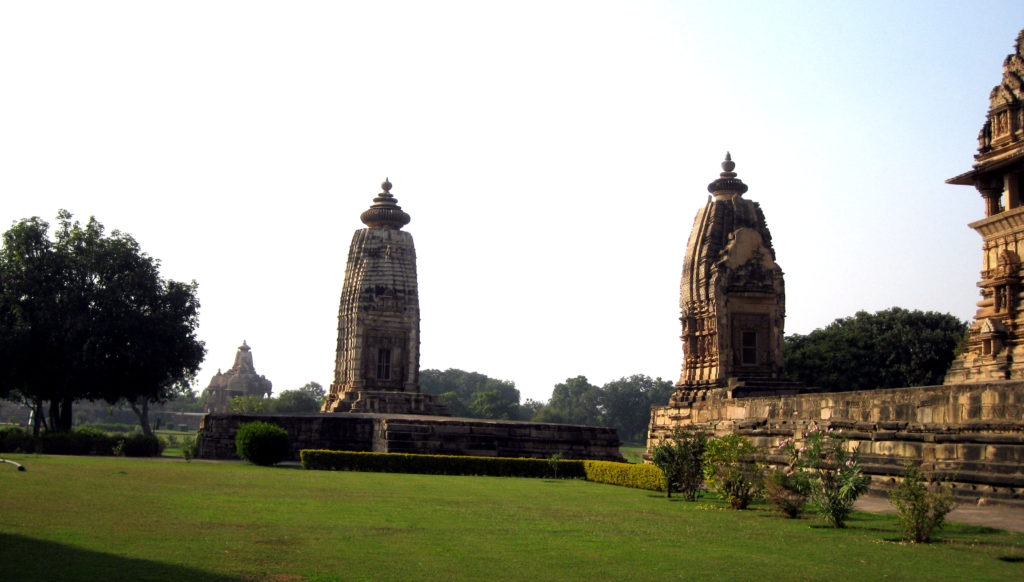

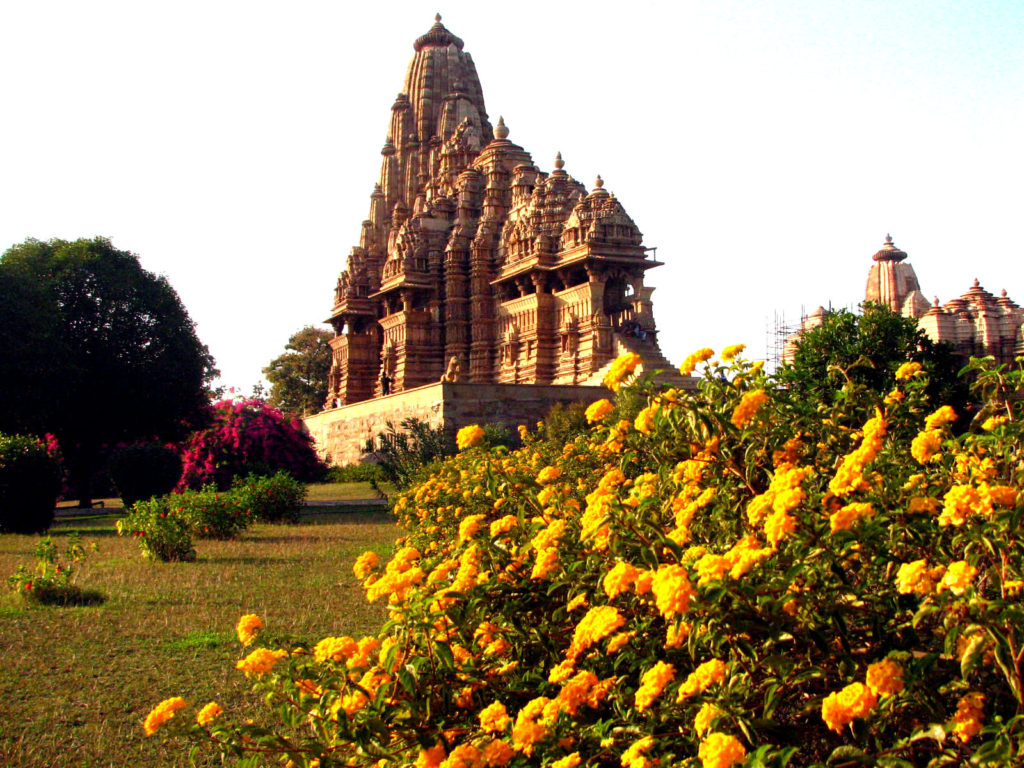
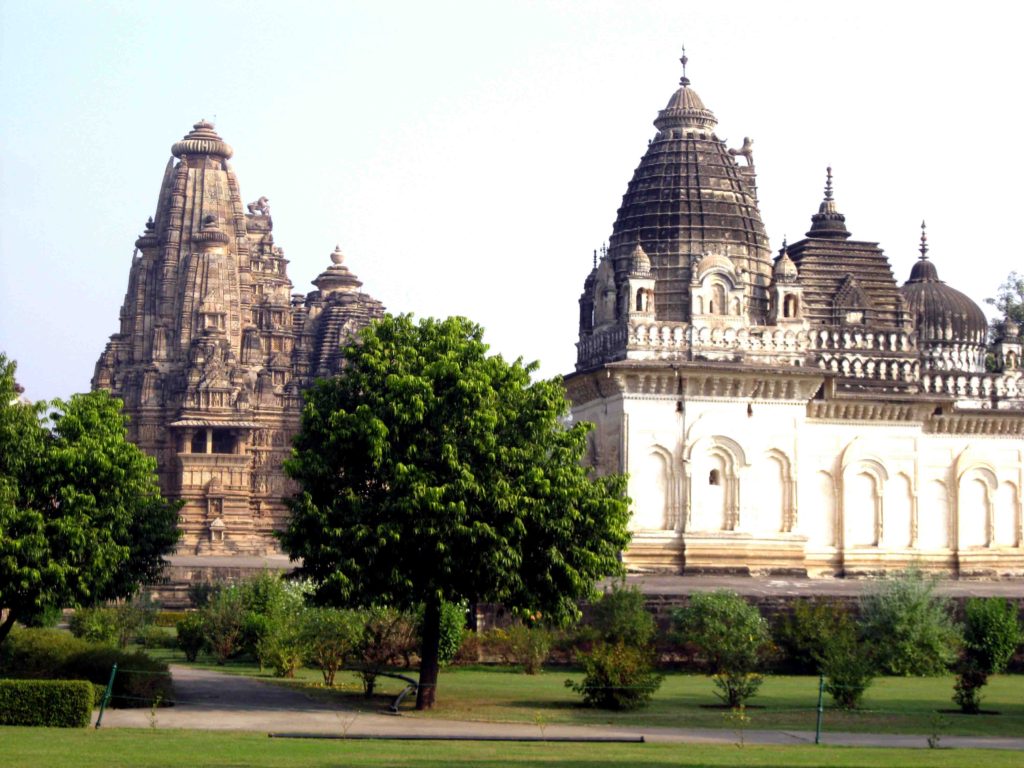
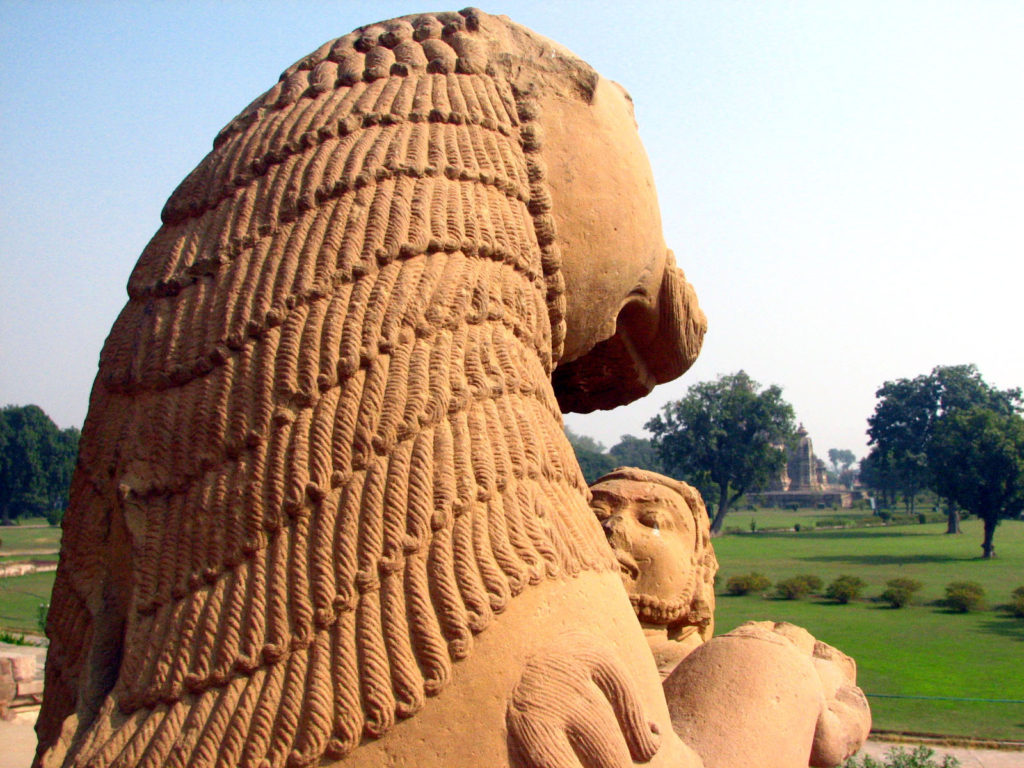
80.Glass Pyramid by I. M. Pei (1917-2019)
The Louvre Museum is always overcrowded. Our friend in Paris Priyanka Devi did advance booking for us. We entered a large courtyard of a historical building and saw a transparent glass pyramid. It did not shock as it was known since its inauguration thirty years ago. But to see it physically standing in the large court was an experience. It was stunning. I took some pictures.
Pei himself was publicly mocked. Parisians have reacted in similar, manner when Eiffel Tower and Pompidou Center were inserted in traditional fabric of Paris earlier. When Pei was 66, president of France called Pei to find a solution to avoid three small cumbersome entrances. Pei secretly visited Louvre several times to find how the problem could be solved by subterranean access to take to galleries. When he found the accurate solution he did not drift. Everyone admired his guts and grit. Today I remember I.M.Pei and not the Louvre though it is a great museum.
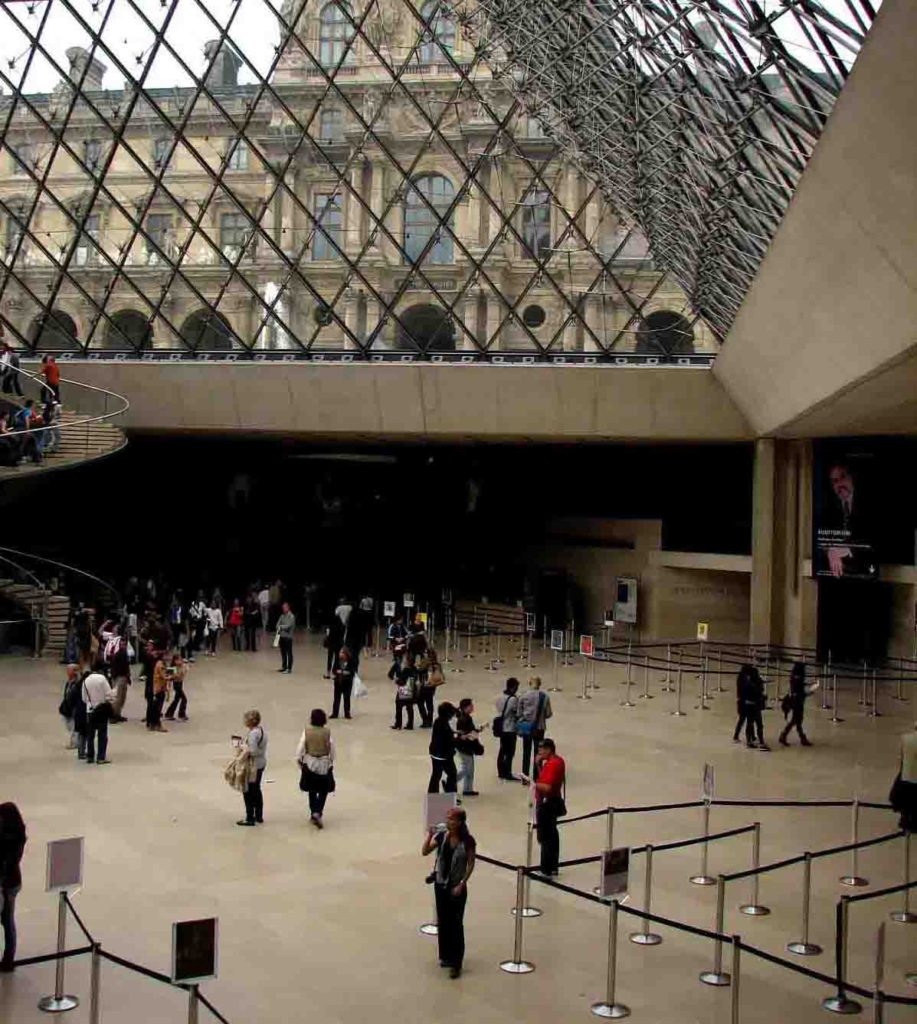
Glass pyramid at Louvre Museum ,Paris
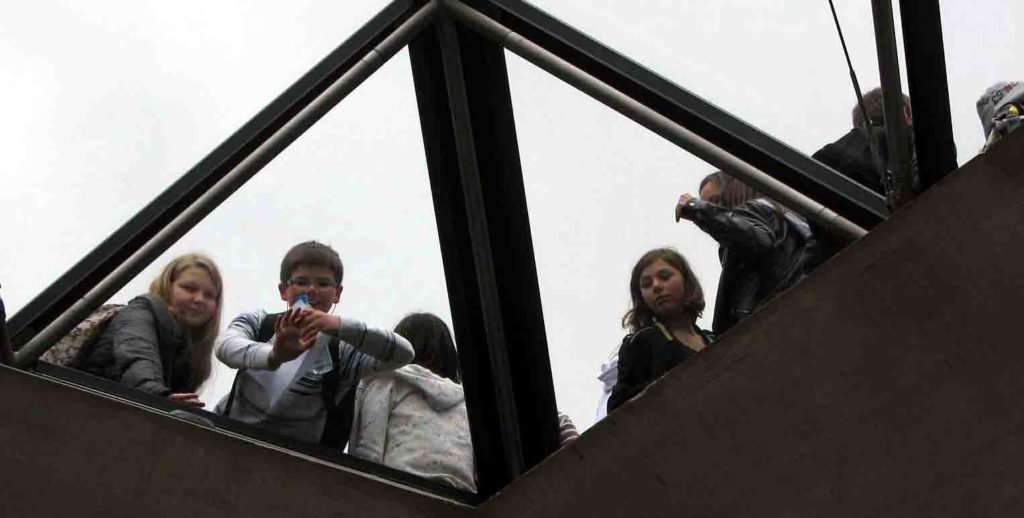
Basement can be seen from the glass pyramid located at ground level
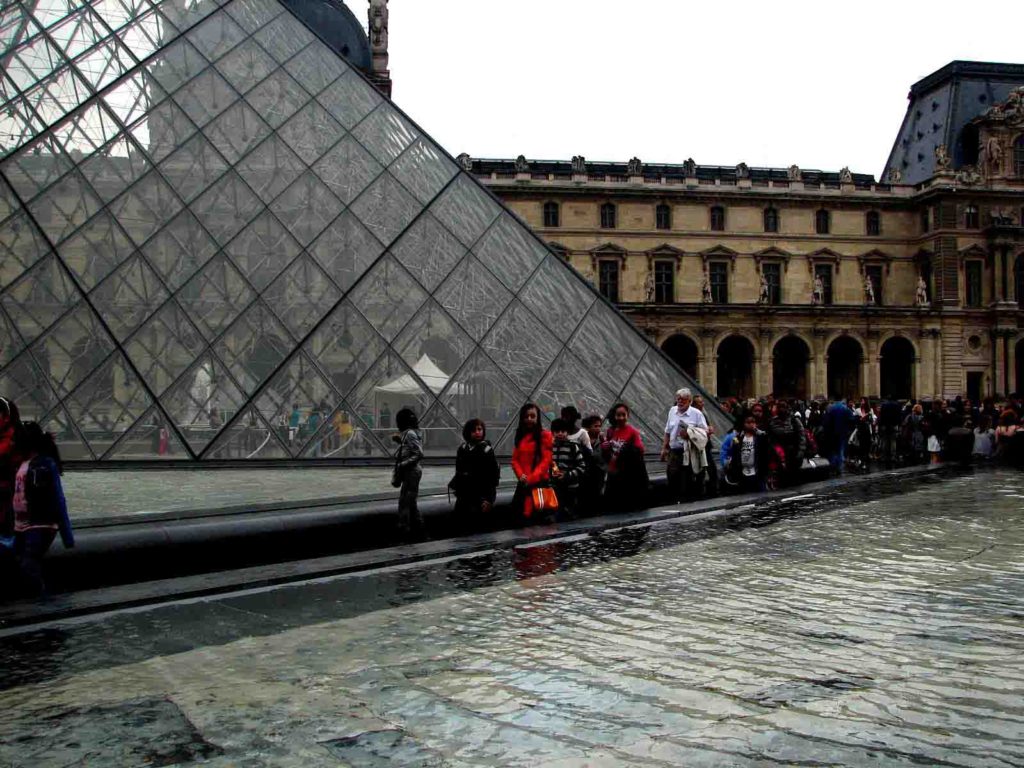
Glass pyramid at Louvre Museum ,Paris
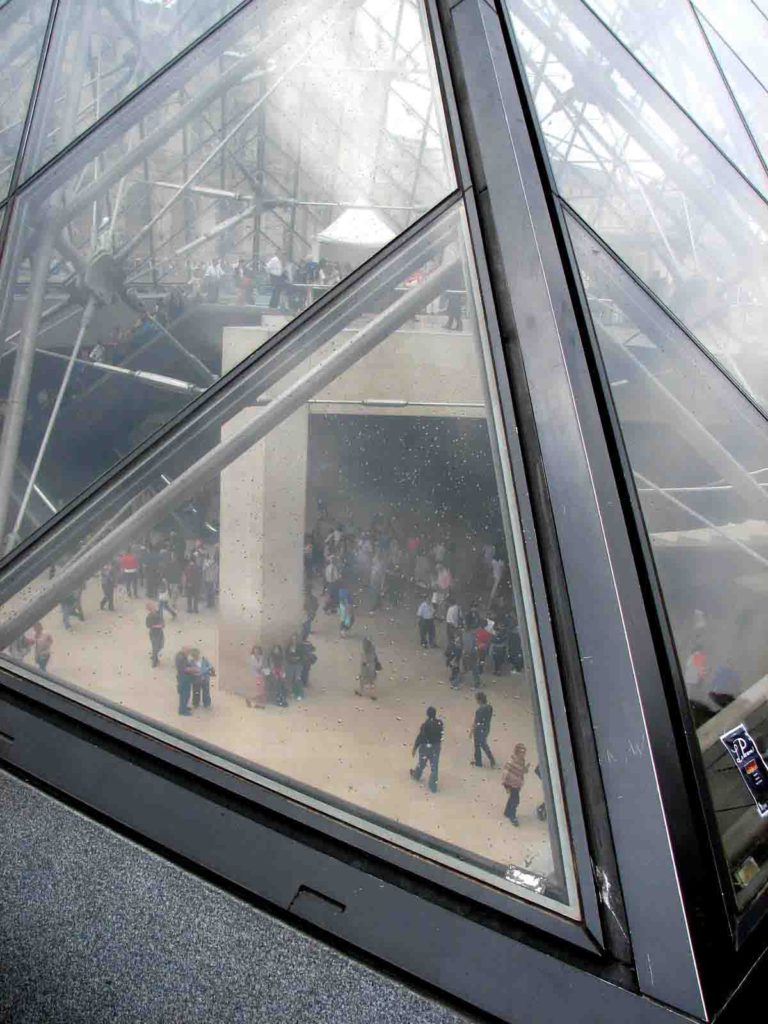
Nehali Neehir Bhatt Sir kya aap Paris me ho???
If yes, than surly we will meet…You are welcome to my home anytime sir…
Prakash Pethe No. I visited in May 2012. Also visited six other countries in 21 days. It was a tour to remember. I have hundreds of pictures with me. Paris, Lyon, Ronchamp, Villa Savoye, and Besoncon are good places to see. Do you stay in Paris? I would visit again. There are many things which I could not see in four days.. You are very lucky.
Ravindra Abhyankar Perhaps the idea of a pyramid came to the mind of I M Pei because of the old franco-egyptian friendship, the presence of obélisque at Paris, the triangular form at the museum entrance that was to be covered…..
Prakash Pethe Readers kindly note, Mr. Ravindra Abhyankar, professor of French and our family friend. He is a voracious reader and generalist.HIs presence in Europe tour was very useful at every nook and corner.
81. Chapel at Ronchamp by Le Corbusier
On 14th May 2012 by TGV superfast train from Gare de Lyon Paris railway station, via Belfort, we reached Ronchamp. The Chapel is on the hill about two kilometers from the station. After climbing the hill, we stood in front of the sculptural piece of art designed by Le Corbusier. I was alone in the chapel while my friends were moving around; I listened to the silence for some time. Such moments are rare. Every wall of the building is different, whether from outside or inside. His mastery of using natural light is visible everywhere. Architecture, Corbusier said “is not a matter of pillars but plastic events. These are not ruled by academic formulae; they are free and innumerable (Modulor2). The chapel inscribes on your mind. It does not follow any norms written in textbooks. When he was laid to rest, Earth from Athens and Water of Ganges was placed on his coffin. (M.V. Kamath. Times of India 1965)
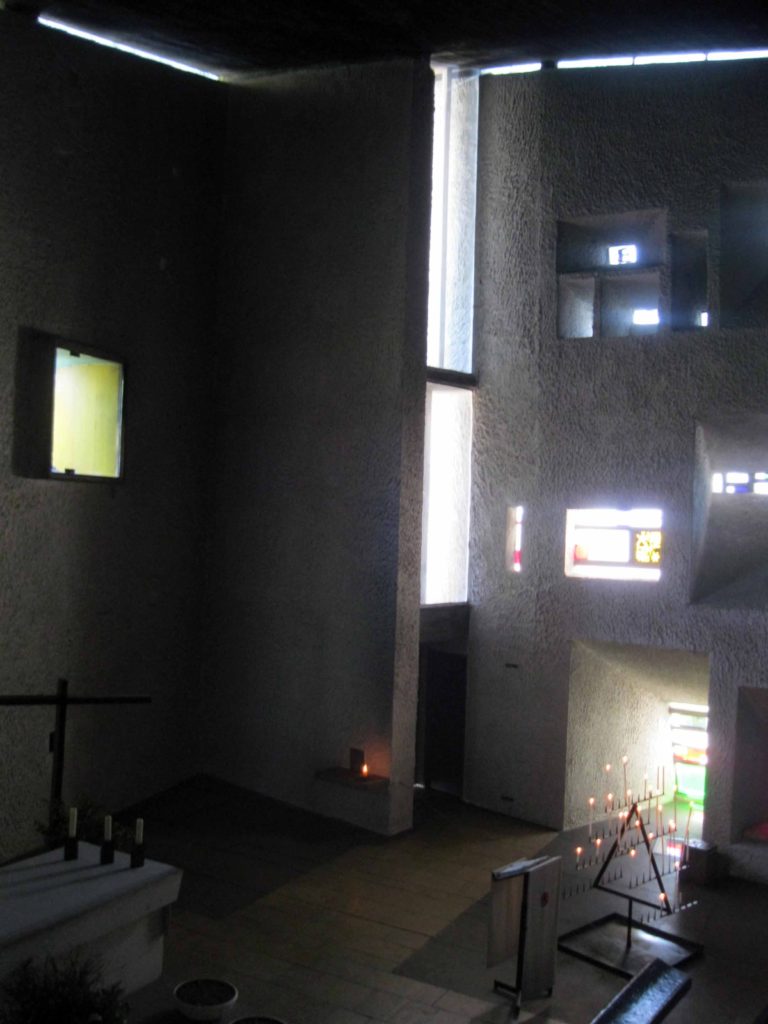

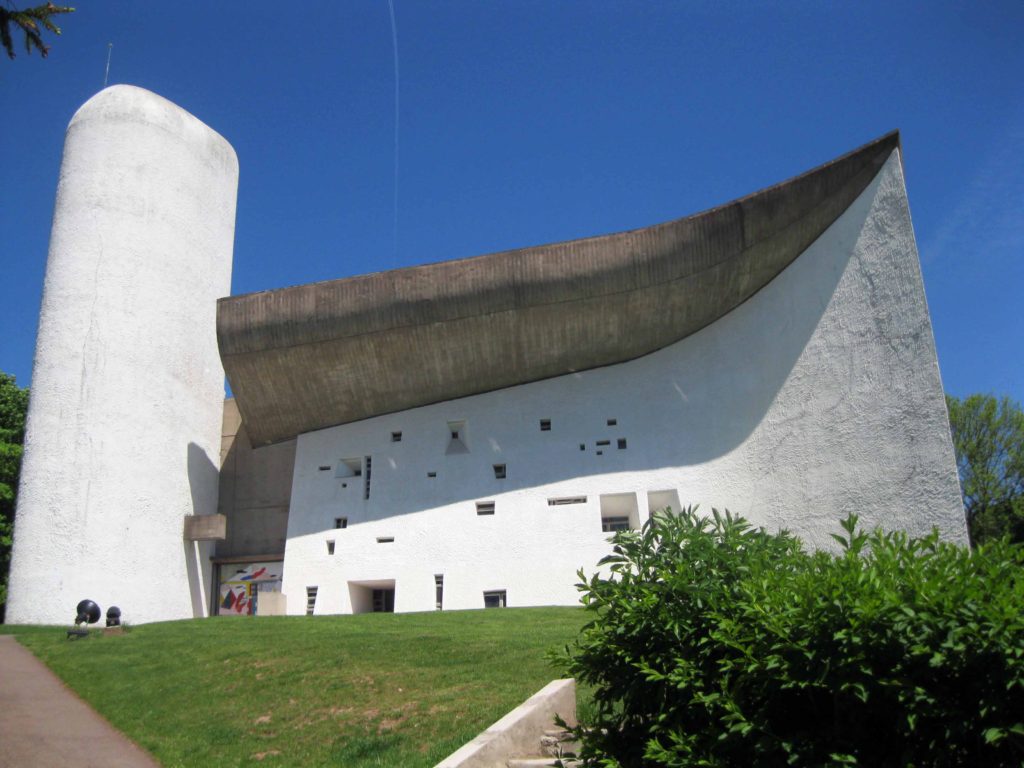
Chapel at Ronchamp as seen when a visitor arrives in the front from the lower level .
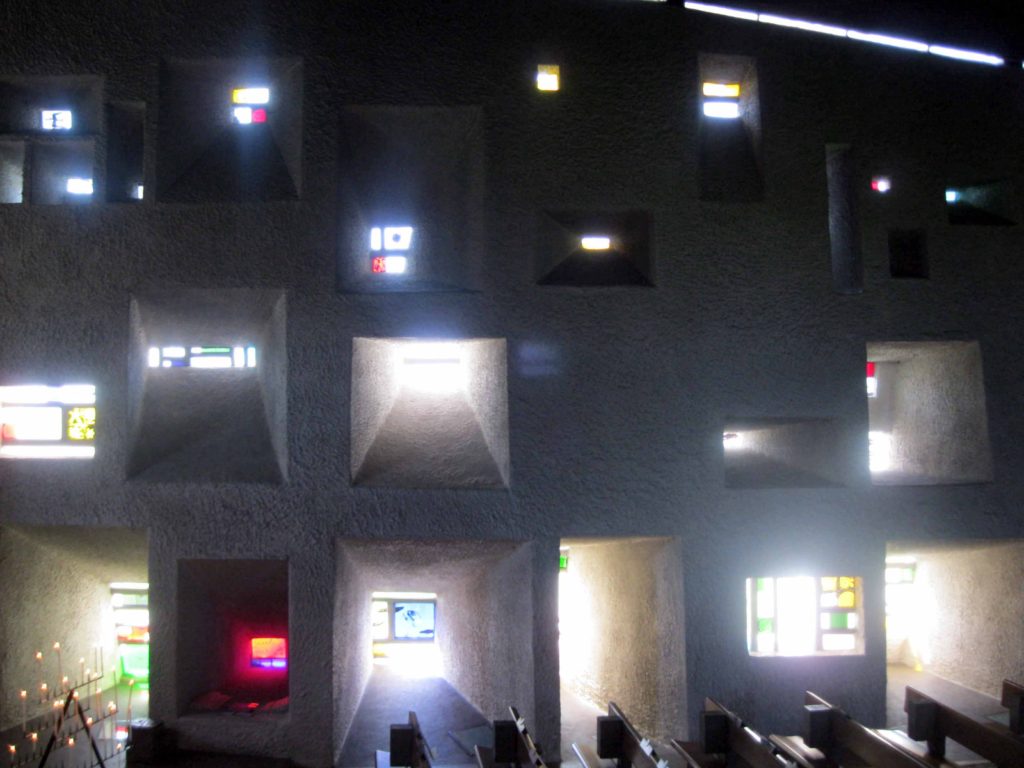
This a shocking interior of the this church after visiting several churches in Europe. The light that enters in the church is mesmerizing
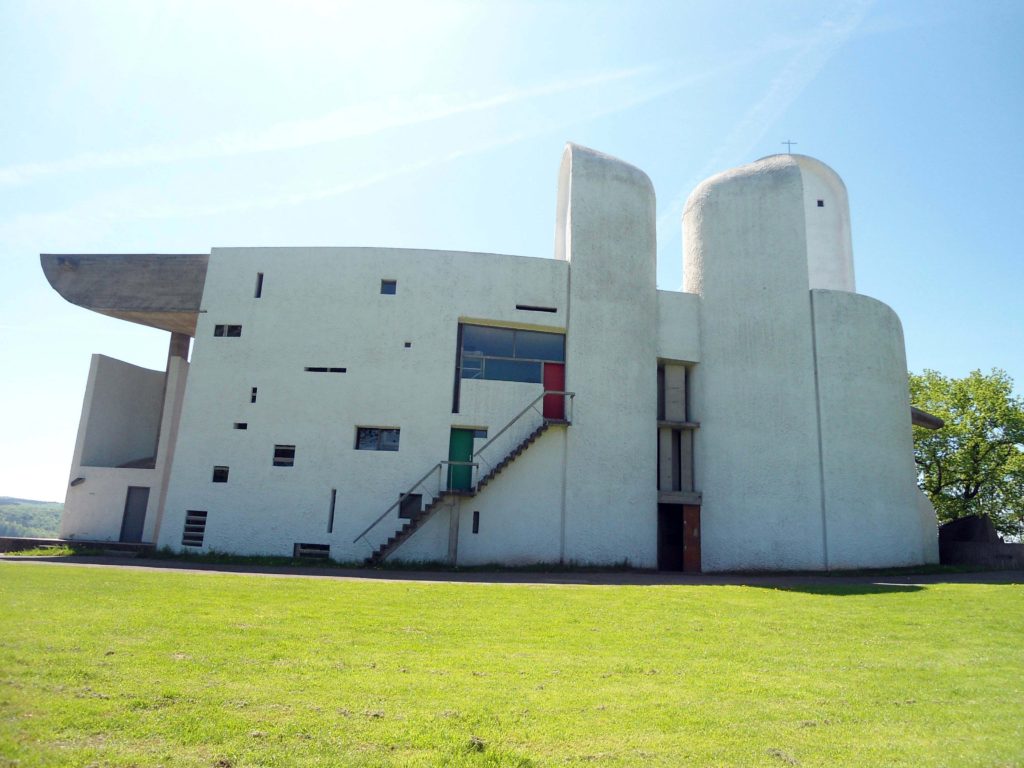
Side view of the chapel. No one would be able to say that there is a chuch in side this building.
Nigam Oza Pethe sir you yourself are a complete institution of Architecture, at least for me
Chandravadan M Parikh Thanks Pethe Saheb for Excellent Info.
Ravindra Abhyankar Ronchamp town chapel was destroyed and new chapel was to be built when this great architect was called in. He said.. My design will be final and shall be acceptable to to you.. I will accept the assignment if you agree to this… Rest is history… The destroyed chapel at the foot of the hillock was restored afterwards.. We can see it from Ronchamp chapel of Le Corbusier…
82. Sagrada Familia-Barcelona Spain By Antoni Gaudi (1852-1926)
Gaudi said “The Church of the Sagrada Familia will be luminous…It will be the temple of harmonious lights”
We three entered the church and found what Gaudi said about light was correct. There was a space that went beyond religion, compelled to forget the designer and the place on the earth. It does not look like St. Peters, Notre Dame, or Florence Cathedral. It is an intricate space lighted with beautiful stained glass windows, unusual beams, and columns, which are different than many churches in Europe. Gaudi took up the work at the age of 31 and devoted his life for creating it. I was enjoying the space, the material, a complicated structural system that is explained in the exhibition within the church. Gaudi experimented with the dynamic possibilities of historic styles. Characterized by freedom of form, voluptuous color and texture, and organic unity.
Today stained –glass windows are designed and executed at Sagrada by Joan Vila –Grou, (born 1932) who gave up architecture at the age of 23, to dedicate himself to painting. Money from tickets purchased by thirty lakh tourists per year is used to pay for the work. The project, which costs around 25 million Euros annually. Time Magazine called it” sensual, spiritual, whimsical and exuberant”
My response
There is nothing like this in India.
Its internal experience is richer than external.
Mastery over natural light was with Frank Lloyd Wright and Le Corbusier also.
A genius can make one speechless, Bruhdeshwar Temple of Tanjore made me speechless
There is excessive ornamentation from outside.
I doubt about its divine proportions. Notre-Dame de Paris has.
The fantastic structural arrangement is a joy to see.
It is also called Expiatory Church of the Holy Family, where to expiate means to confess. We praise God and sing hymns (Aarti in modern days)
I depend on the visual study of India and not on scriptures in Sanskrit.
Sculptures of Khajuraho, Konarak, Belur, and Halebid are of angels, god, and goddesses, are exuberant, joyful and beautiful and not like the ones at Sagrada.
Gaudi was an expert in using ceramics, stained glass, wrought ironwork, forging and carpentry, where each subject demands hard work and dedication.
There is no sufficient foreground for people to wait. Taking photographs of the whole church is difficult.



Intricately carved elevation. Too much of decoration
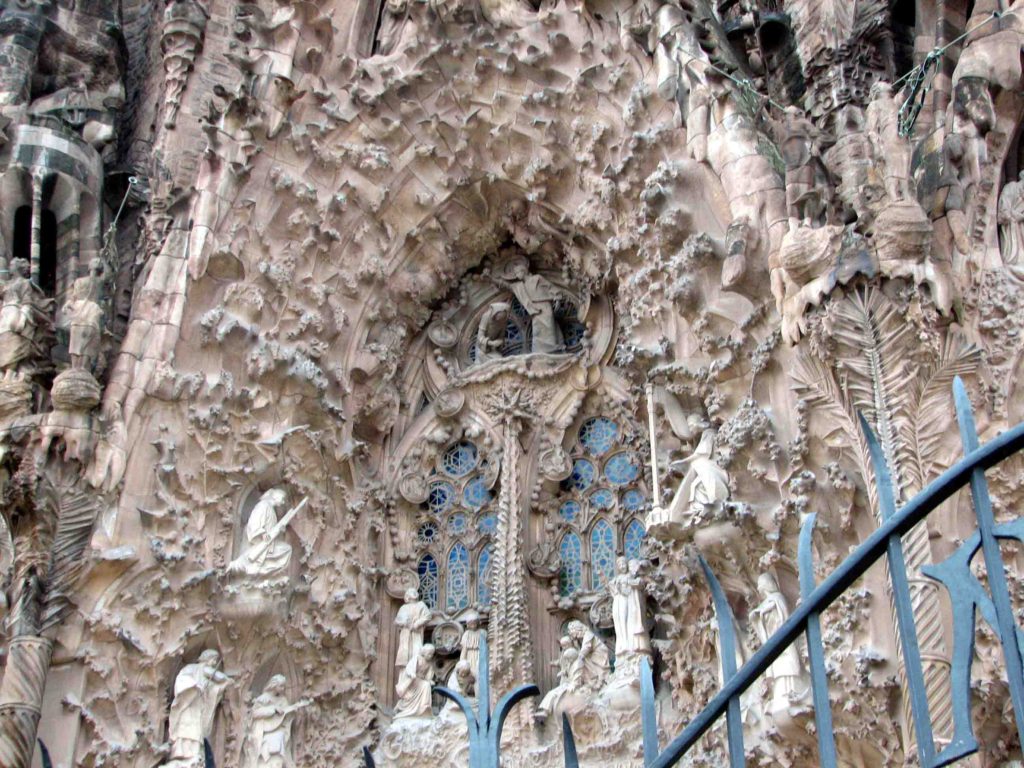
Stain glass work in the Church



83 Villa Savoye Poissy near Paris France
Le Corbusier (LC) is one of my venerated masters. On 12th May 2012, I saw Villa Savoye at Poissy – that was built in 1929. Paris to Poissy is 37 km by train and Poissy to Villa is 2 km by bus. I knew the Villa well. It was a ritual and pleasure to see it standing on the site.
As we entered from the rear side there was an information counter, to sell, books, pamphlets, picture cards, and several other things. In the front, around the stairs, a ramp invited to go up. Initially, we preferred the ramp to go up.
It was a joy of rhythm and melody of natural light. While going from Poissy to Villa I did not notice any building that used LC’s principles. We were two families and a student architect from Bulgaria.
Our wives liked the villa. That was the success of LC. I was photographing from all possible angles from inside and outside including plumbing gadgets.
After ninety years (of an unusual building constructed in 1929) to talk about his five principles, such as free ground plan, use of columns giving up load-bearing walls, strip windows between columns and roof garden, is like talking about the bulb invented by Edison in 1879.
I asked my friend Ravindra Abhyankar (who teaches French) to write about his impressions of the villa. According to him –
“The word Villa connotes to a huge mansion with a tiled roof and a very big courtyard with a beautiful garden around. But when we entered the compound of this villa, I could only see the huge courtyard and a rectangular construction in concrete standing on concrete pillars; right at the center of the plot. I thought that it was renovated as the building form was different and we could not see any sign of old styled bricks.
The ground floor and upper floors were connected by sloping paths which were well lit by the outside light coming through small windows in the surrounding walls. On the first floor it was well lighted, but no electric tube lights or bulbs. It was natural light coming from huge windows which opened on the courtyard outside. I noticed closely and found that the windows were sliding windows and not the traditional windows with hinged doors. Through the windows, one could have a pleasant view of the courtyard. Full-sized French windows and with the terrace at the center, the light reflecting from the terrace flooring could reach and brightly light the inside rooms. In the terrace, we could see the small garden. The solarium at the top floor also helped in lighting the inside of the house.
So the major points I noticed were
1. The building had a totally modern form – a rectangular structure standing on stilt
2. Through the windows, one could have a nice outside view.
3. Garden in the terrace – not in the courtyard, though the courtyard was available.
4. All available natural light was used to have the bright rooms
during the day and so adequate ducts, openings were made available to allow the light to enter.
5. Children could play inside the house, outside on the terrace or in the courtyard if they felt so.
6. The place under the supporting pillars/stilts was used for the
residence of servants of the house and parking of the car.
7. The solarium on the top floor was a new idea for me.”
P.S.-Influence of LC – I designed a primary school and placed it on stilts/columns, to get a play area for children in 1969. The school is in a dense area of the city, without any open space around. It was the first school on columns and I saw the Villa Savoye in 2012.
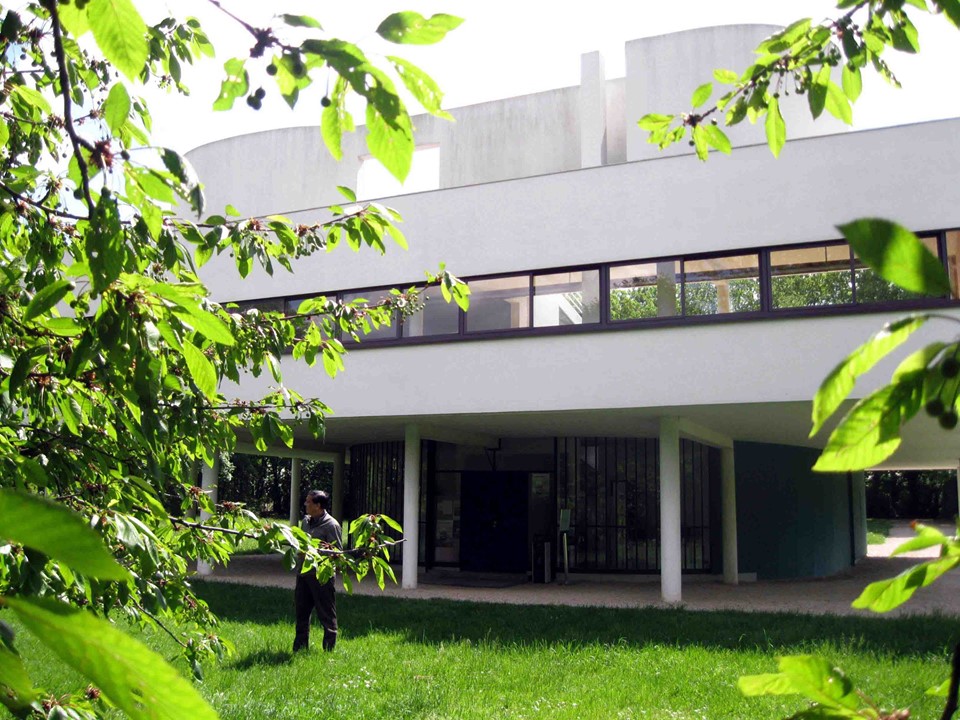
It was not a surprise to see this building from inside or outside as it was well known to me since long time. It was to be personally experienced

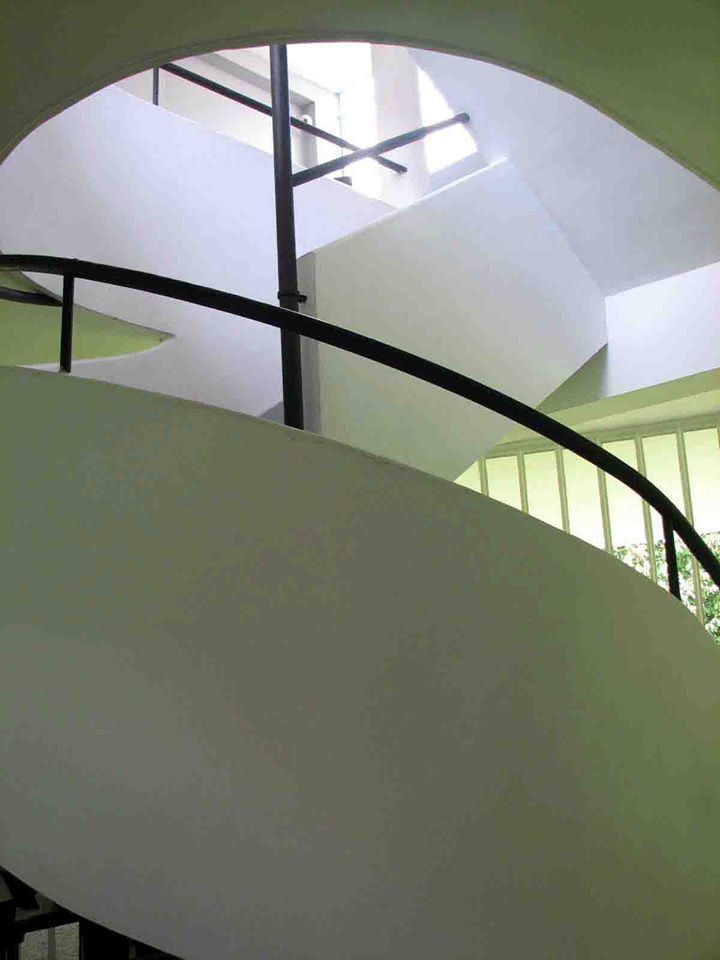

Information center in the Villa Savoye

Influence of LC. I lifted my school on columns to create a play ground in a dense core city. It was a first primary school to be lifted up in Vadadara
84. URBAN LOCAL TRANSPORT
There were more than a hundred horse-carts in Kalyan a suburb of Mumbai, vanished soon the Auto Rickshaws became popular.
Few of our relatives were in Khandesh and Vidharbha.In those towns, I saw for the first time a cycle rickshaws it was a fascinating vehicle. Once I tried to ride it and found not difficult as I had enough driving hours to my credit riding a bicycle.
It is estimated that there are forty lakh cycle rickshaws in the world. In Delhi, they are more than five lakh (big figure). Delhi needs them, and unskilled s migrants from the nearby state of Uttar Pradesh get the work.
Delhi has maximum options for local urban transport facilities compared to many other cities. To make a list, electric rickshaws, horse carts, minibusses, bigger buses, double car buses, auto-rickshaws, metro lines, and cycle-rickshaws. Quality of CRs is that they are environment friendly. Often, tourists use them for exploring unknown areas of the old cities.
There are many who are fond of CR, because of its cute form. For a newly married couple, it can be a romantic joyride. It goes slow. For a photographer, it is the best means of transport whereas Auto rickshaw is bad and useless. Many pictures from my stock are taken while going by CR in a new town.
I visited Chandigarh in 1965 and took a bicycle on rent to see the city. Next time I and my wife visited again. Chandigarh is very rich. Cars zoom from here to there on very wide roads around sectors.
CR was there to help us. All rickshaws alas were polite and sober in nature. Every time I paid extra because we never travel to save money. One of them said “I am happy. The roads in this city are very wide and I have never met with an accident. I own a small house and stay with my family.”
In Rajasthan, Madhya Pradesh, Uttar Pradesh, and Delhi, I used cycle rickshaw. They are plenty of CRs which keep me mobile in old cities. So, all Adams and Eves ride in a CR and pay more than they demand so that they would educate their children and get rid of peddling for the whole life.
Snehal Prajapati Wow!
Kaushik Mehta True if we overlook some humanitarian aspect it can be explored integrating with sociology economic factors for well-being of society
Shashikant Kumar There is set relationship in local transport between passengers and operators due to daily commuting. The human face of transport is absent in mass transit. I do remember tongawala in villages waiting on the stand and even after six months they would be happy to see us when we reach hometown. Even a daily shared rickshaw operator is very considerate in adjusting you if you are regular despite his capacity is full. After siesta is best for them…quite social activity. Nice Pics and though provoking.
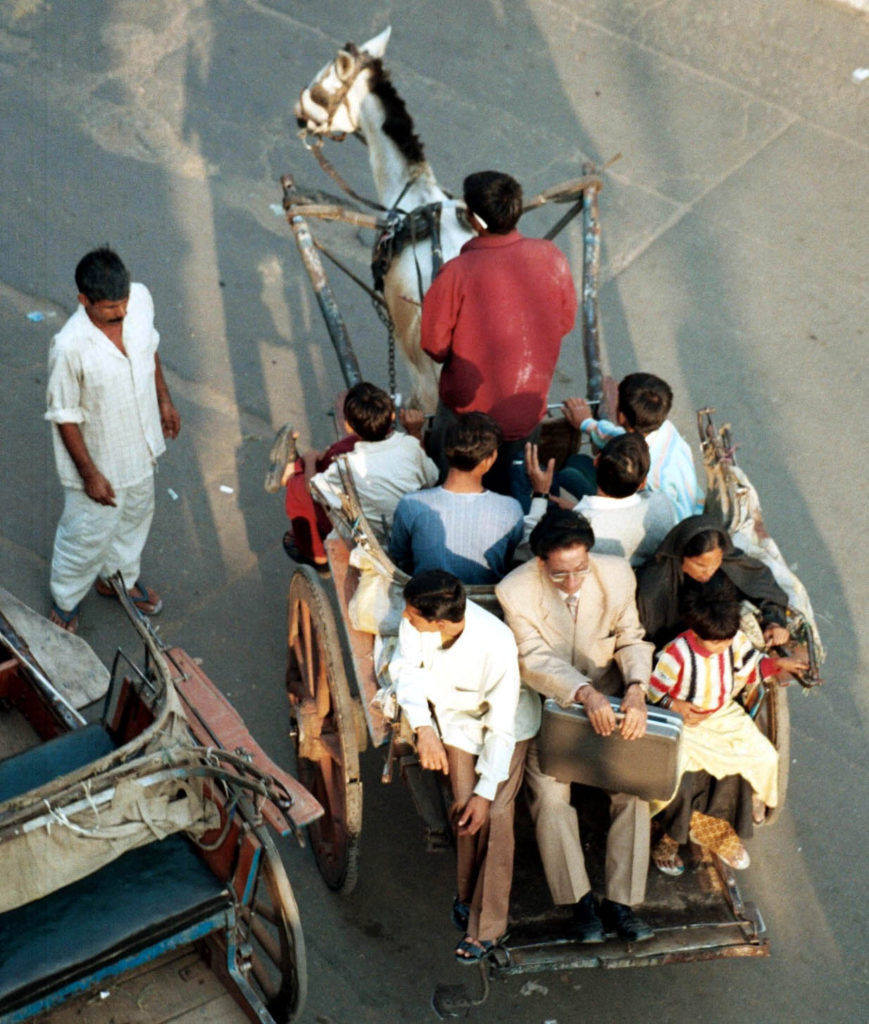


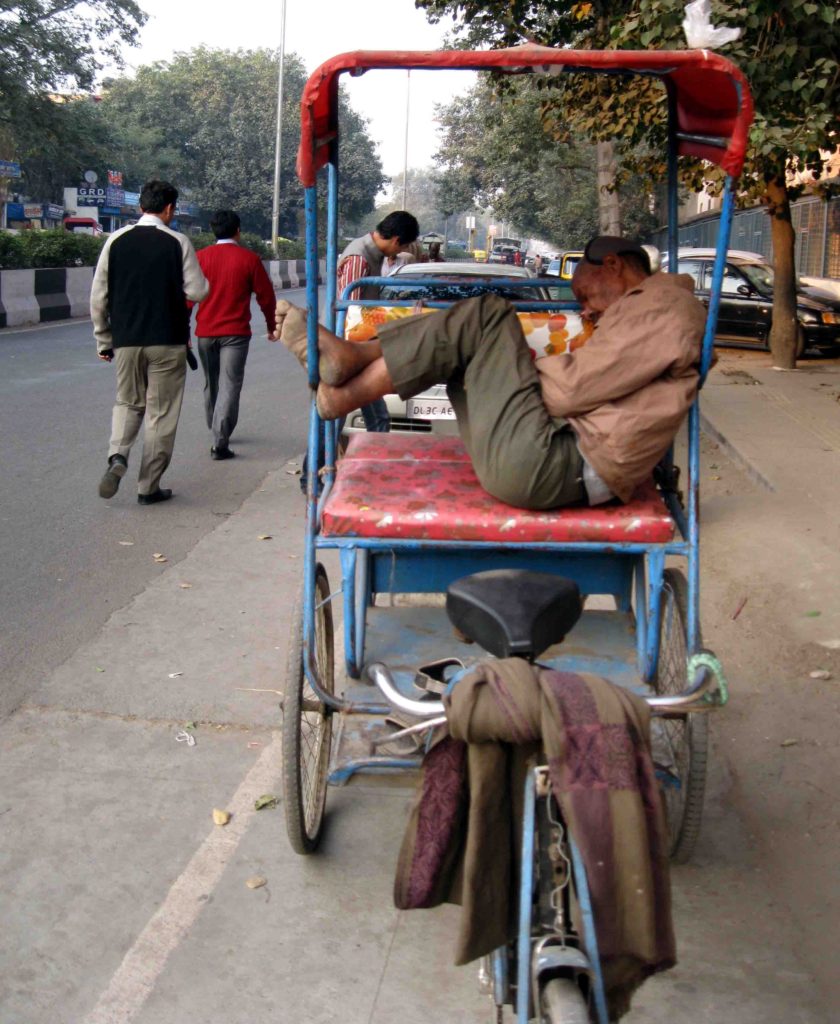
A house at Jalandhar
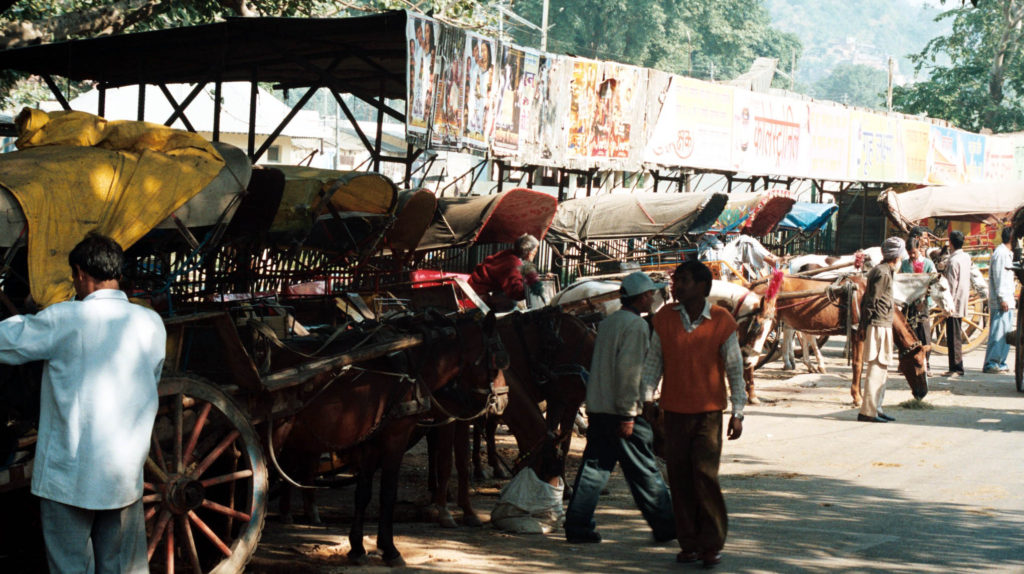
85. LITERATURE AND ART.
V.S Khandekar a prose writer (Dnyanpeeth Award) who read the poetry of an unseen poet called Kusumagaraj who was fourteen years younger than him, published a collection of his poems at his own cost that became history in poetry. Interestingly Kusumagraj also received (Dnyanpeeth Award) What a foresight?
Below is the translation of a stanza about BALKAVI (1890-1918 lived for only 28 years) written by KUSUMAGRAJ in the book “VISHAKHA” published by KHANDEKAR. They enriched our life at every stage.
(“O immortal bird! A native of a sky
Who is the voyager in the blue sky?
Lover of flowers, sky, and streams
You bring to us a lot of dreams”)
Our generation was groomed by writers and poets irrespective of the discipline we chose. Common platform for all of us was literature and music. How to start a dialogue was never a problem. Just sing a line and the other will sing the next
Among the writers and poets, Vijay Tendulkar, Jaywant Dalvi, S.N.Pedse. (translated in other languages). G.N.Dandekar and Khanolkar (Sahitya Akademi Award winners) Shanta Shelke, Indira Sant, Vinda Karandikar, Mangesh Padgaonkar, and many such great writers were our favorite.
Marathi literature is as rich as Bengali, Malayalam, and Kannada. Translations of Bhairappa, Girish Karnad, and Sharadbabu also were read.
A decade ago I went to Konkan to see the school established by Khandekar at Shiroda and houses of Jaywant Dalvi and Khanolkar nearby.
After coming to Gujarat, I missed the rich Culture of Mumbai. It was a great loss. But an explorer keeps exploring. The first priority was to know Gujarati and English literature.
“East and West Book Depot” was a friendly place. Some of the titles purchased were “Plague” by Albert Camus.” The Reprive” “Age of Reason” by Jean-Paul Sartre, “Old man and the Sea” by Ernest Hemingway, and many others.
Background of J.J. helped in enjoying etchings and paintings of Rembrandt and Van Gauge, in Amsterdam. Salvador Dali and Pablo Picasso at the Reina Sofia National Art Museum in Madrid. Huge collection of paintings and sculptures at the Louvre and Pompidou Art Center in Paris.
Students who were not interested in literature become an addict after going far away from their home state. Through “Good reads” I meet many past students. And then the dialogue opens, other than architecture
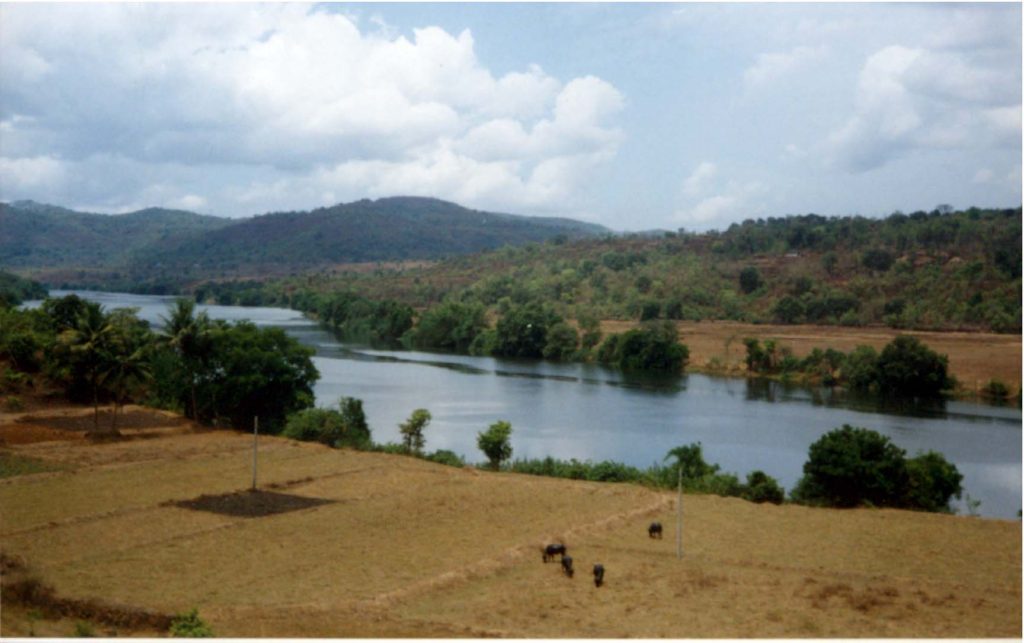
Beautifu river as seen from the train on Konkan Railway

Savantwadi
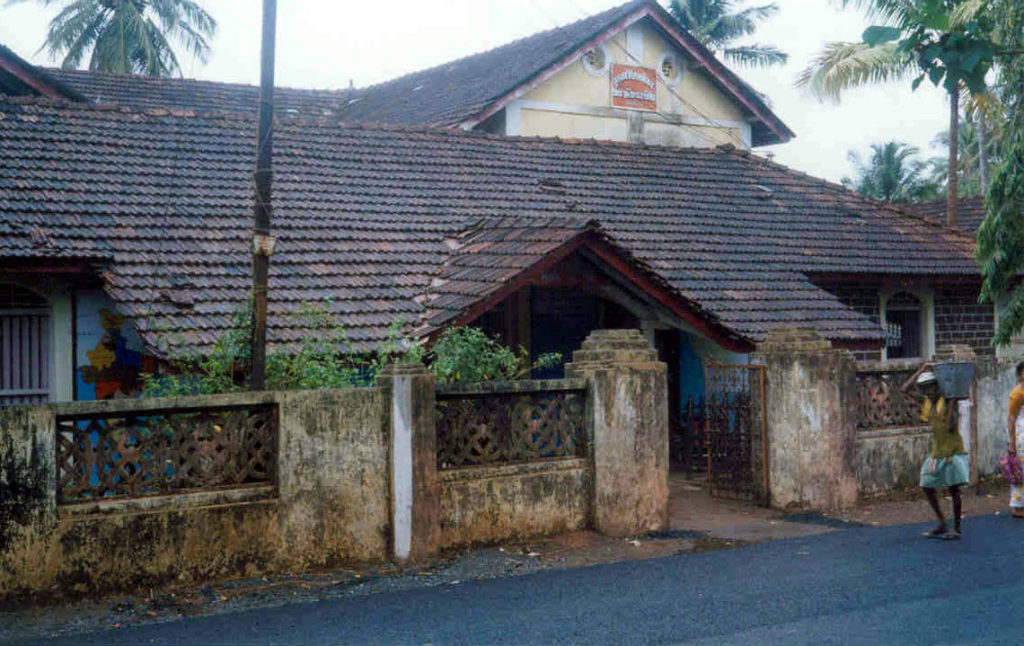
A School in Shiroda in Konkan where famous novelist V.S. Khandekar taught for long time
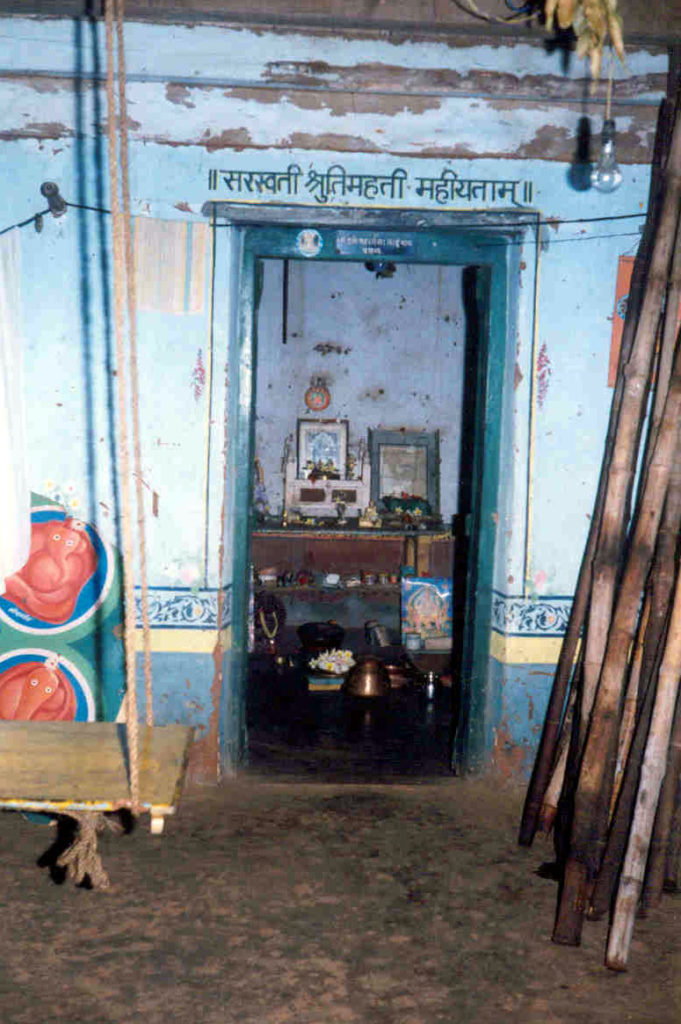
House of novelist Jaywant Dalvi whose novels and plays were translated in various languages .
86. POST COVID-19 HOUSING
Writing about health is not trace passing by an architect. As good health is related to housing and built-up spaces for public use.
Citizens are washing their hands. This is going to get ‘spatial’ importance in the design. Food habits have changed; they have increased protein in the diet. Skipped morning tea and drinking hot lemon water.
The good news was that Vadodara’s Prof. (Dr.) Vanisha Nambiar’s paper is included by the University of Pittsburgh on fighting with COVID-19. She advises on ‘How to improve your nutritional status and immunity against novel viruses’. Her tips were published in Gujarat Samachar dated 27th April 2020. Her emphasis also is on cleanliness.
https://www.facebook.com/TheMSUBaroda/posts/1904742162996121
Water occupies the highest place and space in our life. It has played an important role in the very long past. A house in Khanpur near Mahi River, Paniyara was in the verandah for visitors to wash their hands before entering the house. Earthen pots were placed on a wooden stand at the entrance in few Tribal houses. A Wada where I lived had a washing place in the corner of the entrance court. Washing at the entrance was common in small towns. My brother’s house in Pune had a wash-basin with an extra tap to wash feet also. Many ground floor houses have a Chokdi and a water tap.
We have two taps, one at the front entrance and second at the back, for the last forty (40) years. I gathered this information through photographs and sketches and made provision of taps from the beginning. Our country has a great history.
During the Pandemic period, we are washing hands and feet before entering the house and will continue to do so.
Next generations may put up a STATE OF THE ART washing place at the entrance. It would change the housing design. A bill-board may say “WELCOME- WASH YOUR HANDS AND COME IN”
Sir, life is a full circle it took a pandemic to value our culture and its importance. We became so overwhelmed by the west that we always tried to copy what they did and forgot about what our region and values are
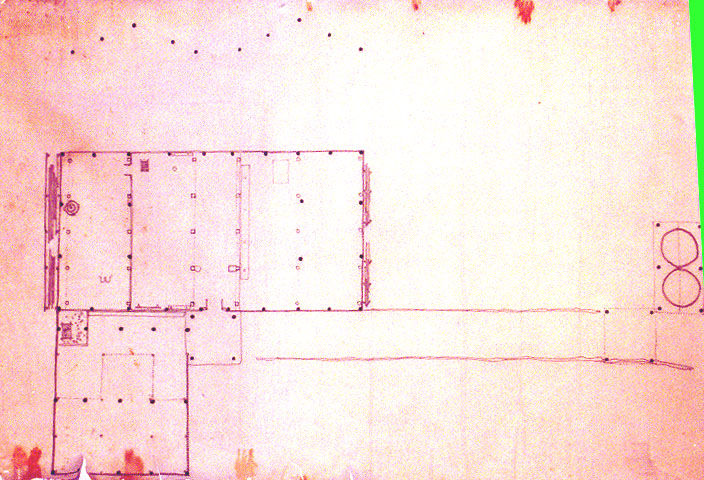
Measure drawing of an Adivasi House in Kanvant Gujarat

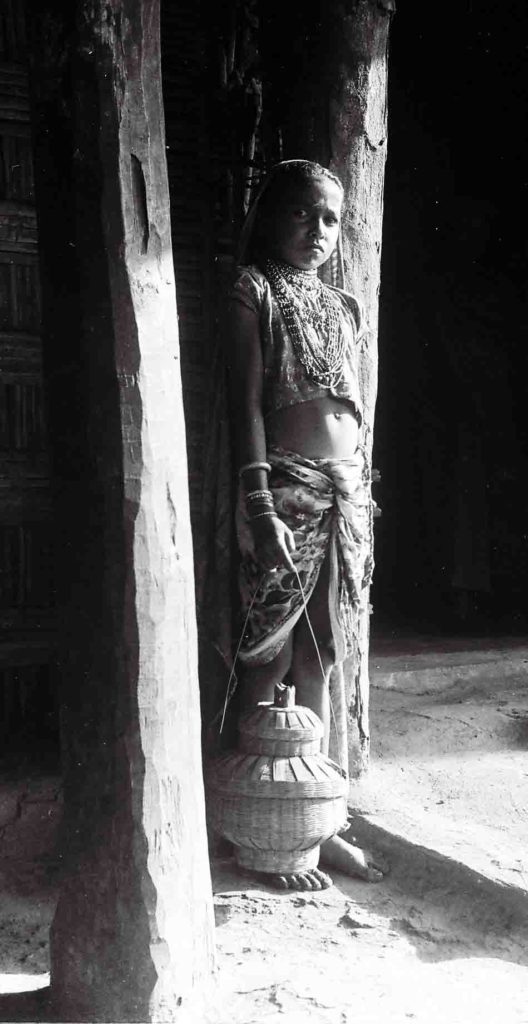
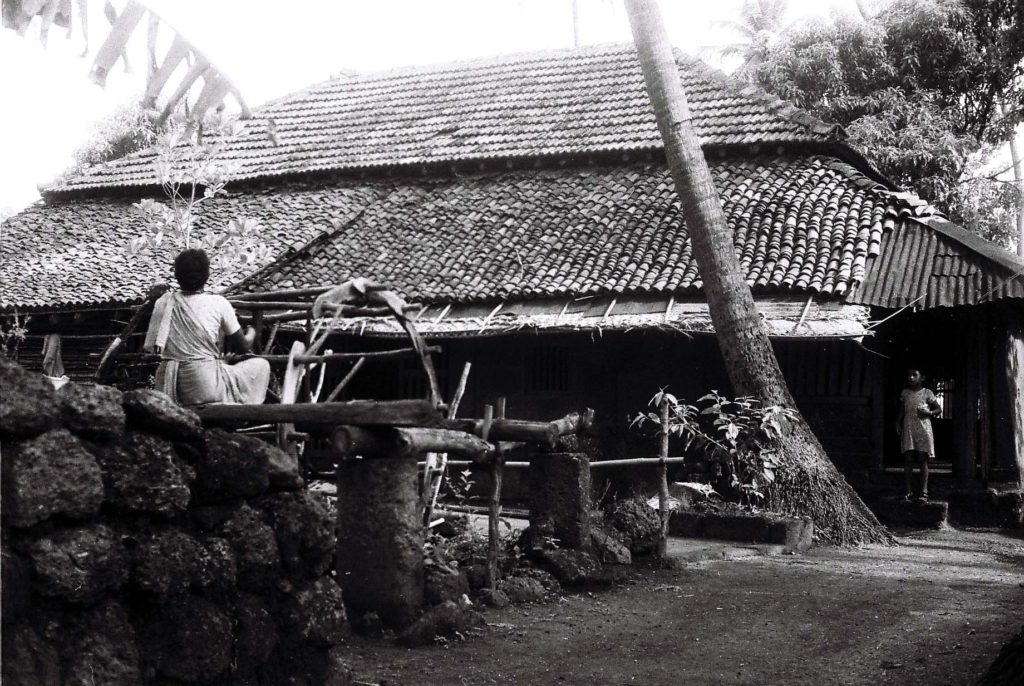
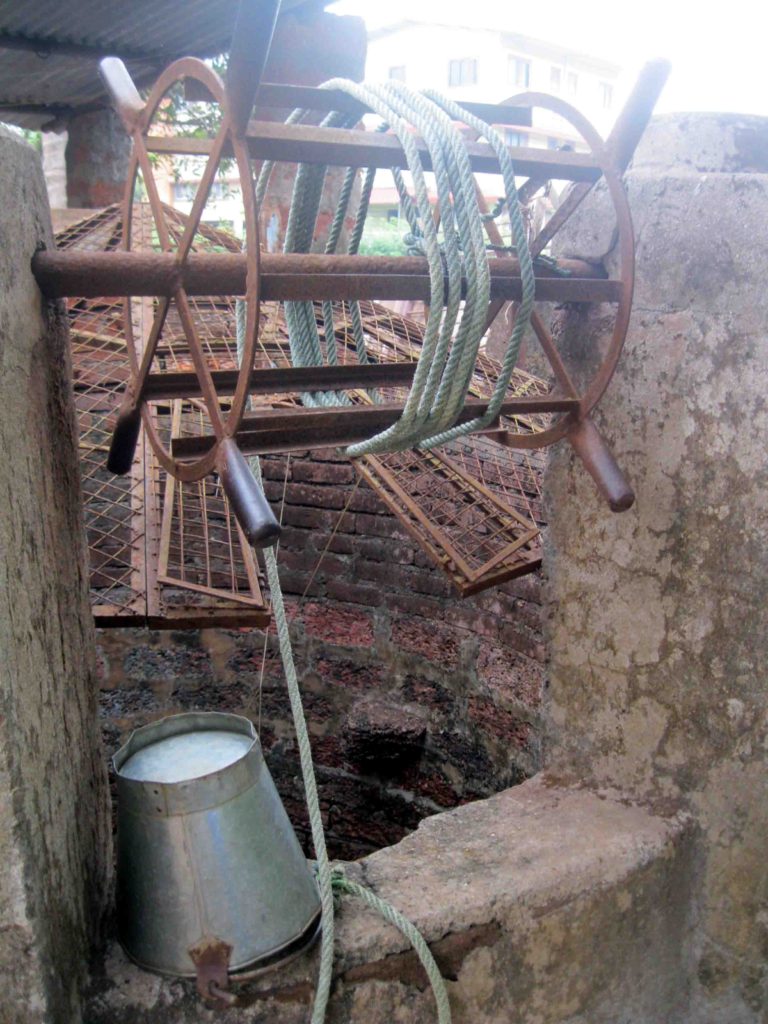
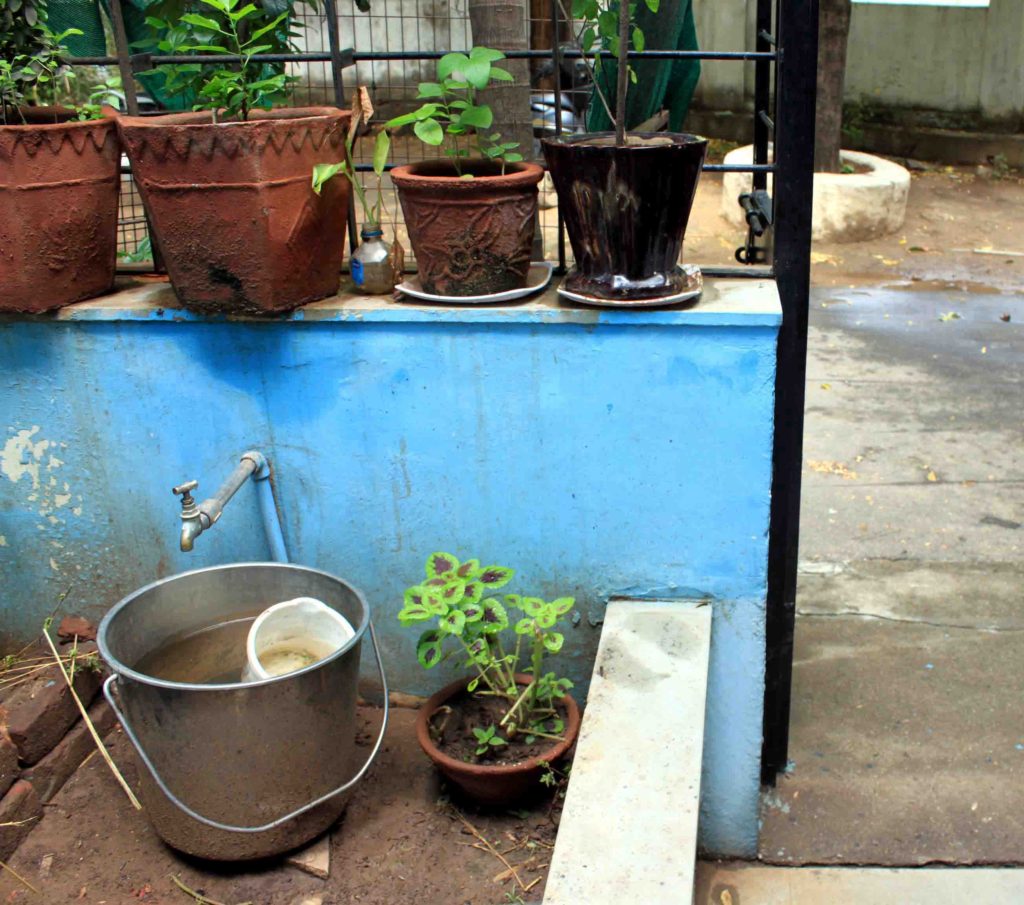
86. LATERITE STONE
Our professor asked us to buy the PWD Handbook, which was as thick as Telephone Directory; written by Captain Marryat in 1876. It is about building materials and specifications for the use of students and Government Departments. It describes, “Laterite is claystone impregnated with iron in the form of red and yellow ochre with perforated and cellular structure is obtained on the west coast.”
The meaning of those two lines became clear when we saw the Laterite during our study tour to south India. We Mumbaikars were surprised while looking at red soil, so many coconut palm trees, neon green paddy fields, sapphire blue mountains on one side and the sea on the other. Laterite stone buildings merge in the landscape and peep out from the greenery around.
The use of stone in building was not new for us because the entire old Mumbai was made up of stones either in yellow, blue, or black basalt. But not in Laterite. I am in love with that stone and wish to use it.
In June 2014, we visited our friend Avinash, a civil engineer at Dapoli. It is a small town in Ratnagiri district. He built his house himself in laterite or Jambha as it is locally called. Set in a five hundred square meter plot with plenty of open spaces around. Dimensions of stone used by him were 35 x 23 X 20 cm. There are quarries about five kilometers away from the town. He explained in detail about the properties and characteristics of the stones. The color of the laterite is so pleasing that it does not require any finishing from outside. Thibaw (people call it Thiba) palace at Ratnagiri is an example.
This stone does not reflect glare like marble. Marble stones at Ranakpur, Jain Temples at Abu, Moti Masjid, and Diwan e Khas are cool but outside they are as hot as fire.
I LOVE LATERITE STONE
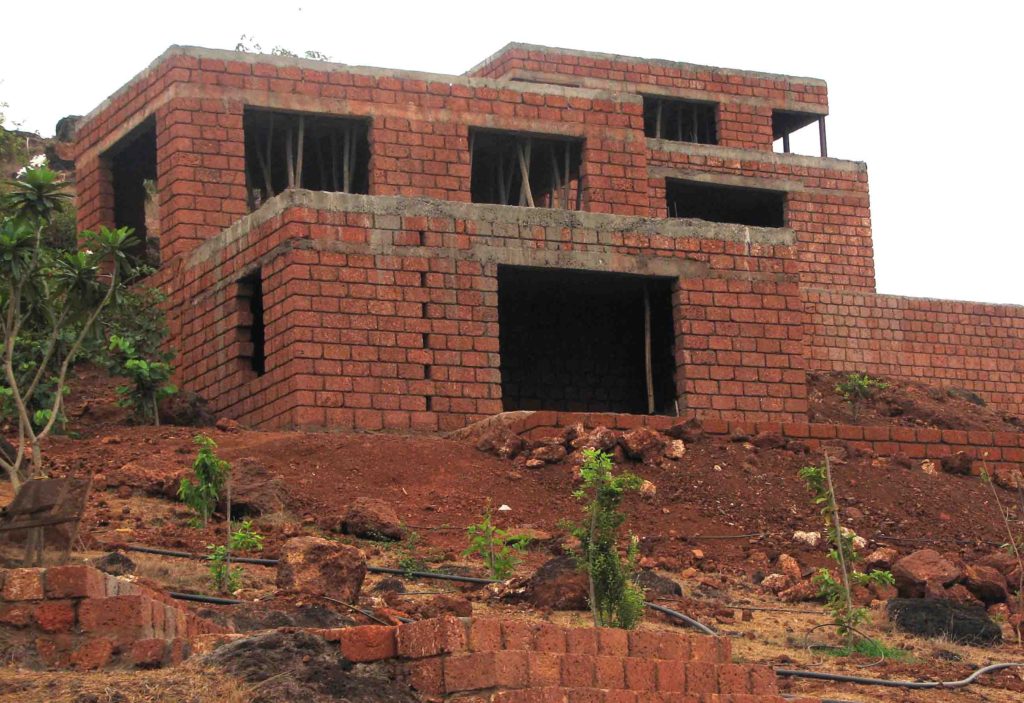
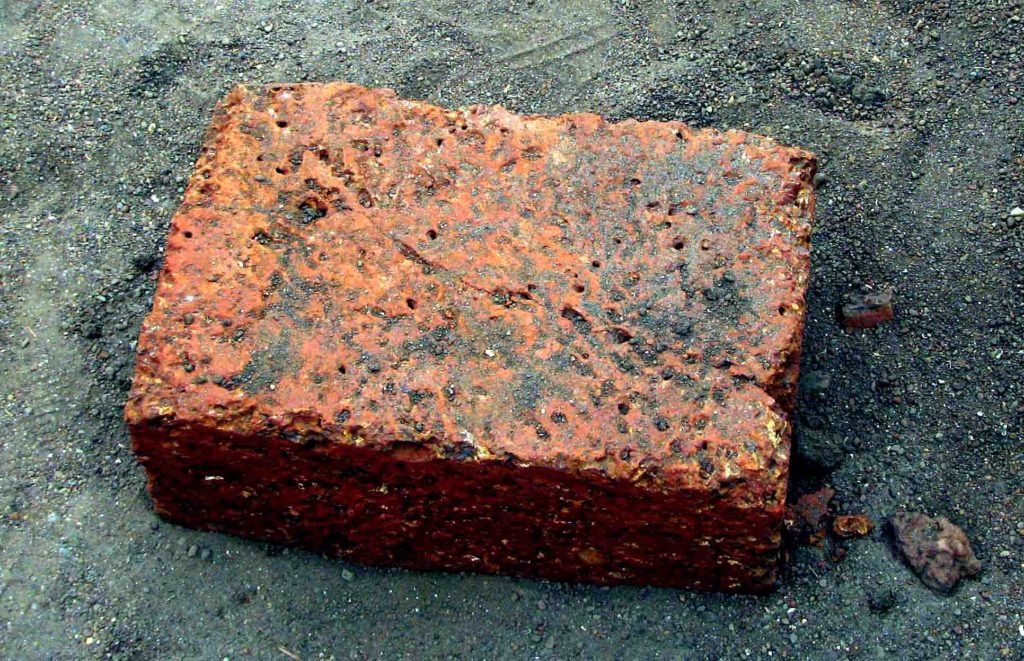


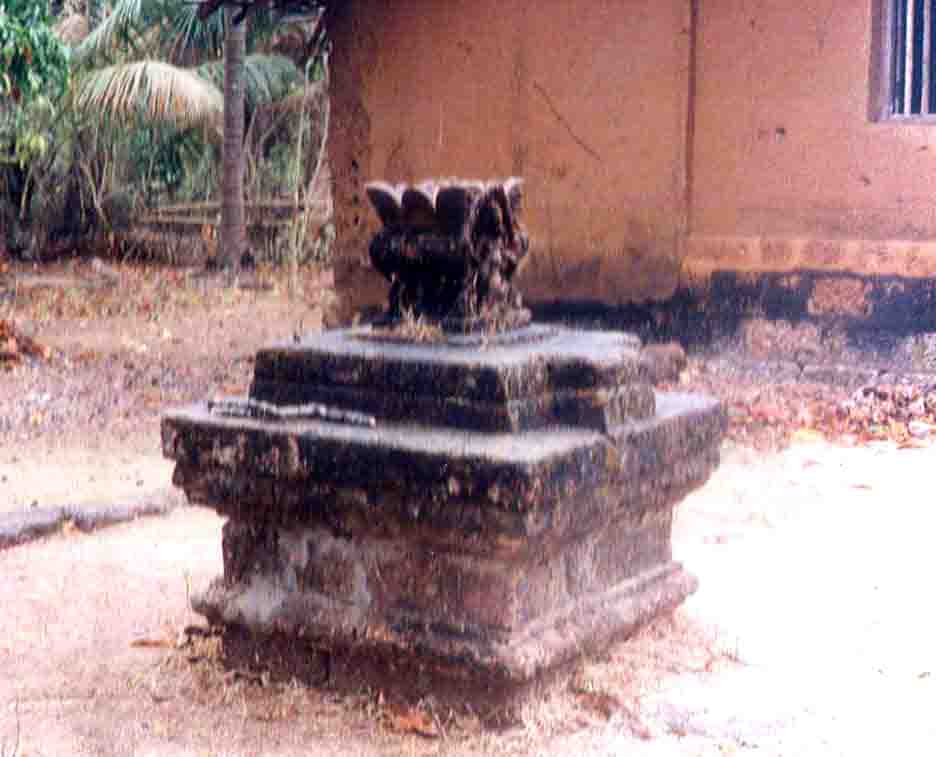
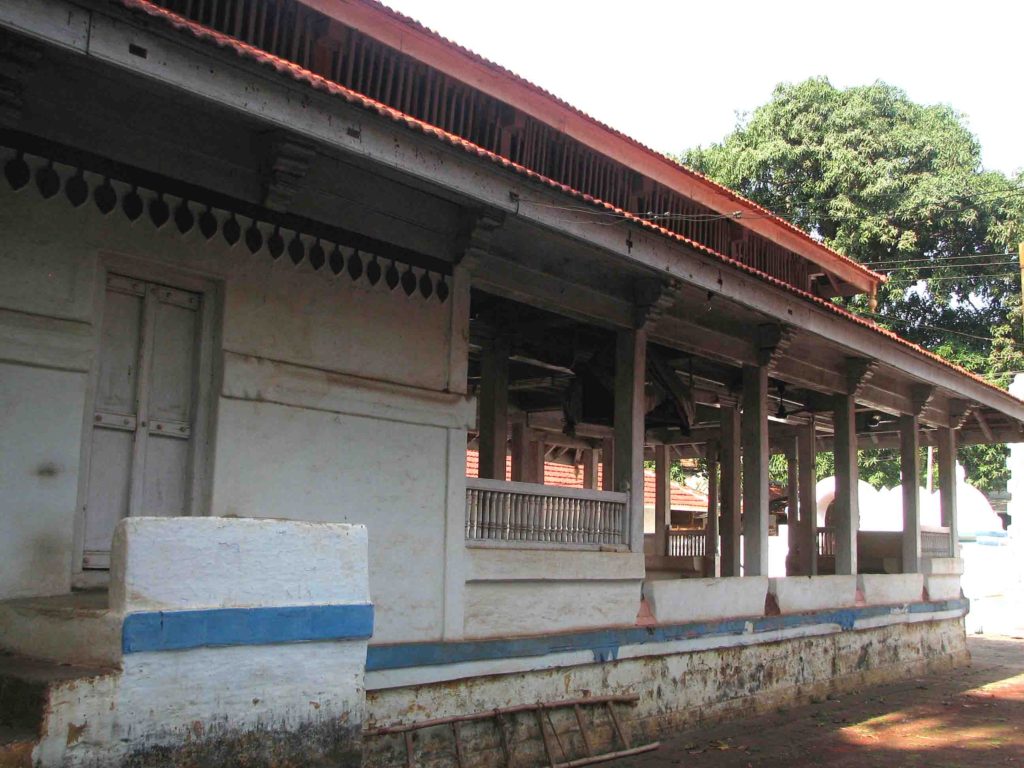
A temple in Ratnagiri .A style similar to Frank Lloyd Wright
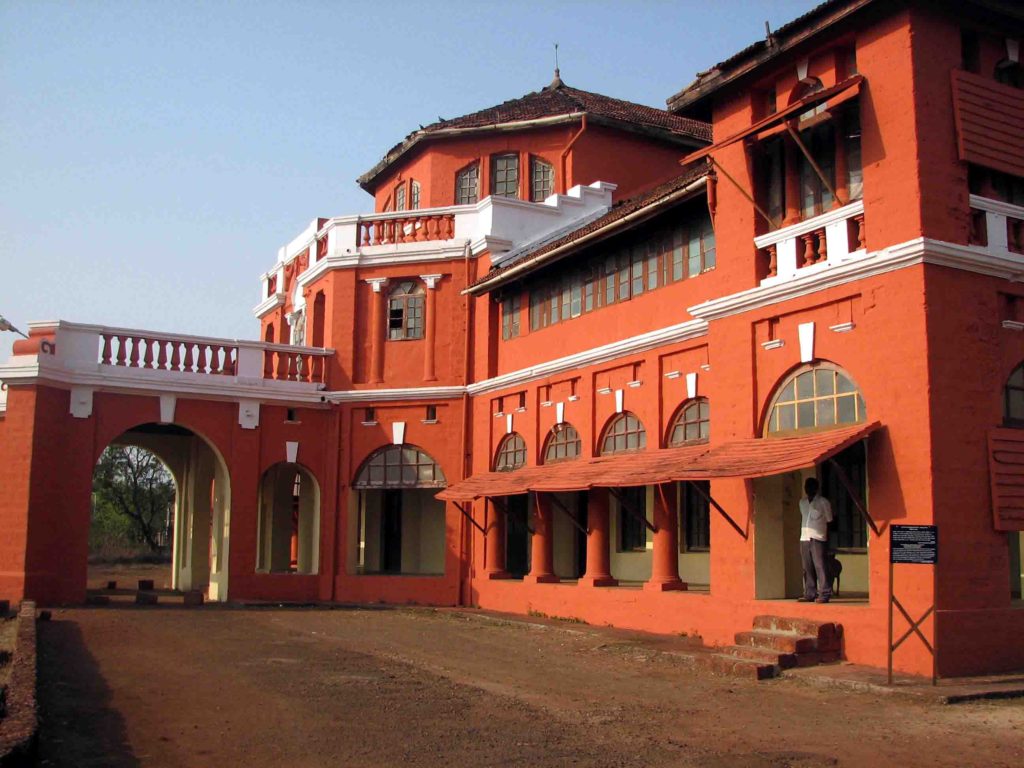

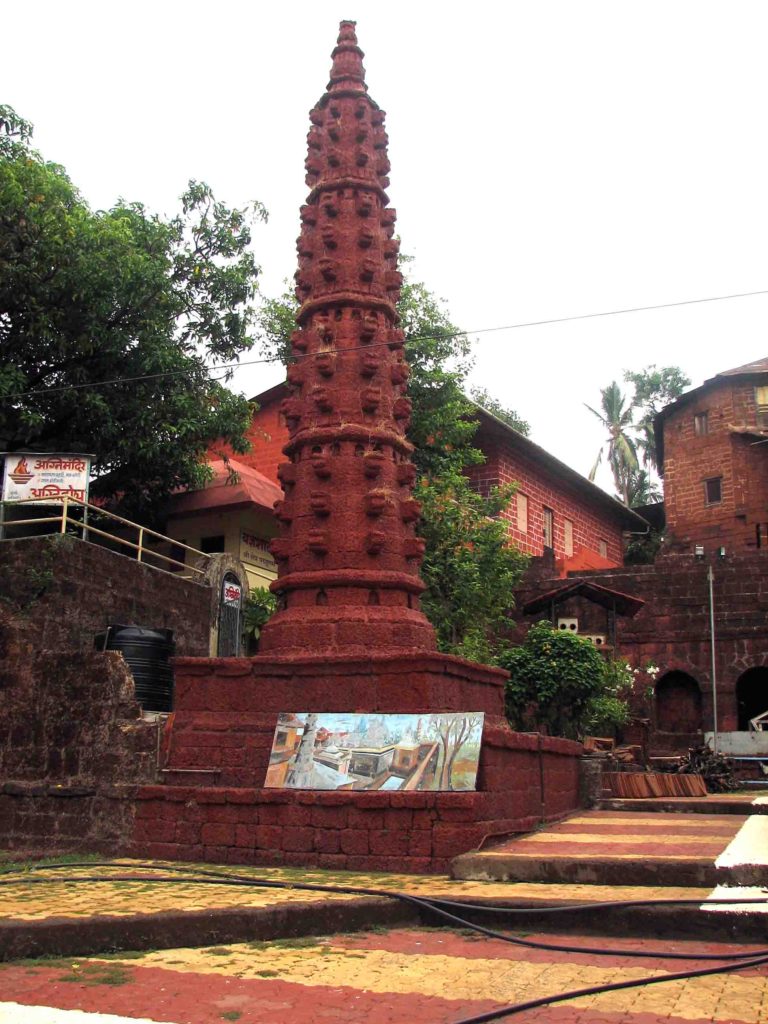
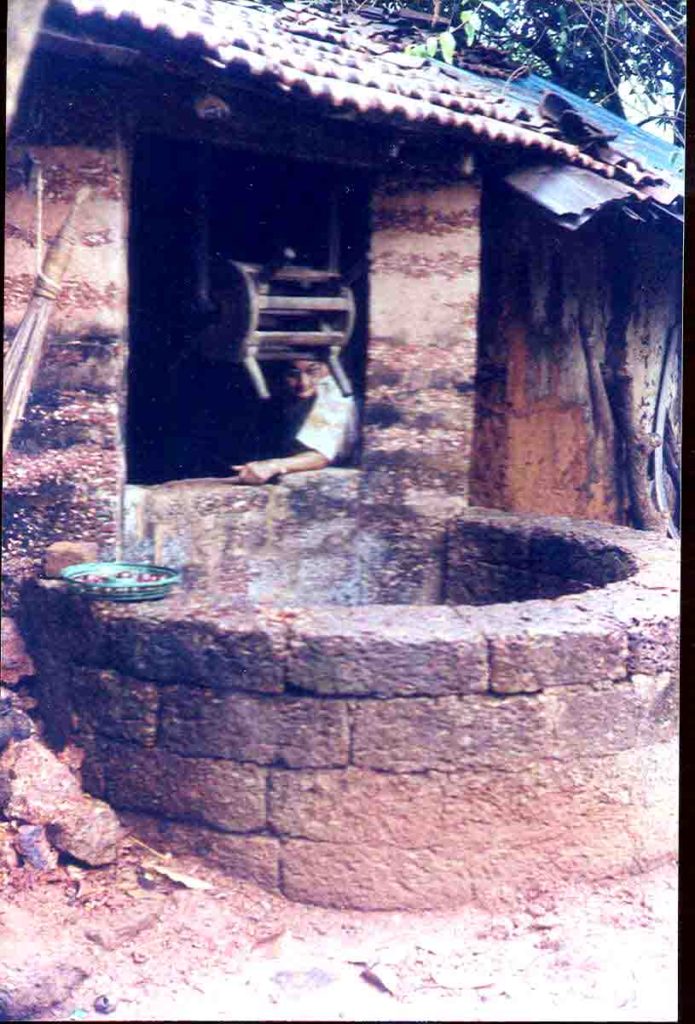

87.SHODHGRAM. GADCHIROLI
We met a Bharvad at the Gadchiroli bus station. (2007). I asked him in Gujarati, but he answered in fluent Marathi. He was from Adipur in Kutch who showed us the way to Society for Education, Action, and Research in Community Health. (SEARCH) founded in 1986 by Dr. Abhay Bang and Dr.Rani Bang.
Both the doctors studied at Johns Hopkins University, the USA, have brought modernity in Indian traditional ambiance within the campus.
We introduced ourselves to Dr. Rani Bang and were impressed by her gesture towards unknown visitors. She asked us a few questions and called a young man to show us the campus and explain the work they do.
Our guide said “Our basic areas of works are
“Bring down the infant mortality rate to zero.
They have developed a home-based national care model that resulted in reducing infant mortality rate in Gadchiroli, in Maharashtra
“There are thirty-four nurses trained here are working in 150 villages around of which 50 belong to tribes. Their computer department keeps all the records of a newborn baby. He said that Bill Gates took the form without making a single change in the format.
We were given a guest room that was 3mX 4, 5 m. Guest quarters had a C shape plan. For seven rooms a toilet was common. Everything that is needed by an urban guest was provided in the room.
I thought that since the doctors were trained in the USA, I was expecting a tinge of organic architecture. I think it can be turned into a serene architectural statement.
Area covered by Shodhgram is about 42 acres out of which 13 acres are used for hospital and residential purposes and the remaining area for farming and tree plantation.
However, it is like an oasis in the region. So far we have visited many such philanthropic institutes in Maharashtra and Gujarat.

Rooms for the visitors
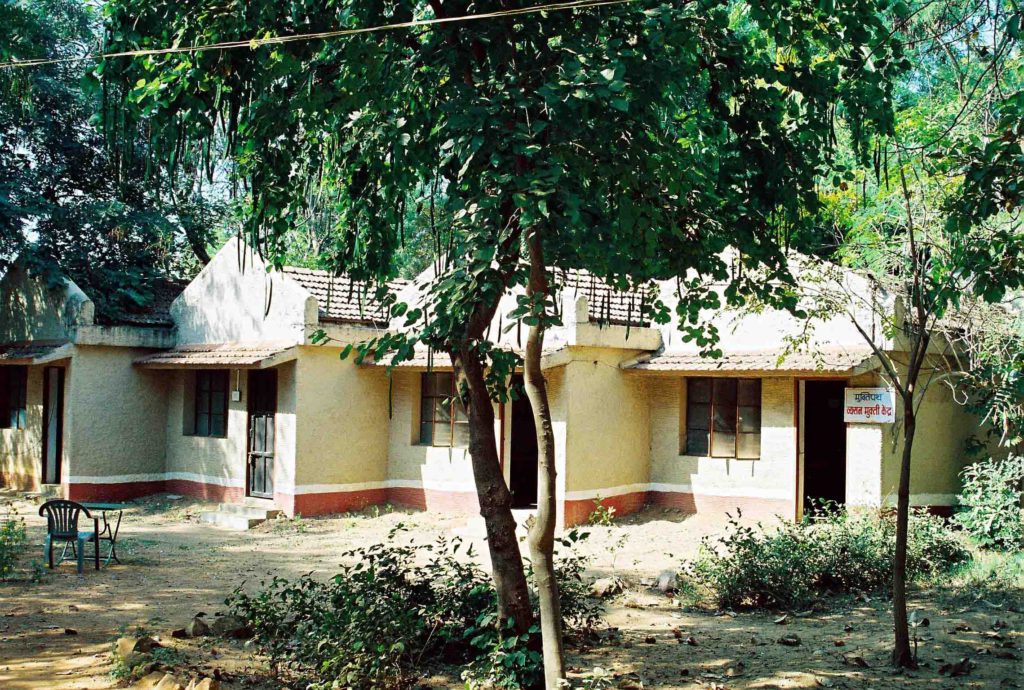
Treatment and consulting rooms

Dr. Rani Bung. Wife of Dr.Abhay Bung. They have established a hospital for Adivasis in Gadchiroli District. They not only treat the patients but study their culture and beliefs. She has written several book about adivasid. Both the doctors were trained in the same college in India and abroad .She is a south Indian.
What a varied experiences you had Sir…Everywhere your architect;’s eye is in action…This gives the reader complete picture of what you experience …Thanks for sharing …
18th September 2020– Short story No. 142
88. BRICKS
Soaking and watering the bricks was a job of children before the mason arrived. This job was done by the family who constructed their house in the sixties. The elder sister always shouted at the younger brother to water the bricks properly. It used to be great fun.
Kalyan city where I lived was a brick manufacturing hub. There were Kilns along the River Ulhas hardly fifteen minutes from our house to watch brick making from the initial stage to firing them in the kilns was our childhood pastime. Bricks and sand were transported via waterways up to thane and Vasai.
We dived up to the river bed to bring up baskets of sand. It was not difficult once we knew swimming. We were friendly with the workers. They allowed us to manufacture bricks by putting a lump of earth in the steel form and saw how the Kiln was fired.
I saw the maximum use of bricks at the Colosseum in Rome and IIM Ahmadabad. Chandigarh is also made up of bricks, except three buildings by Le Corbusier.
I have supervised buildings from 1970 to 1998. Like many architects, I have all the types of equipment needed for carpentry and masonry. Now several Adivasis from Panchmahal District can be seen as plumbers and masons.
As far as the innovative use of bricks is concerned it was made by Romans, Dutch, and among Indians, Laurie Baker in India. There are several examples of using different sizes of bricks in Ahmadabad, Baroda Jejuri, and could be at many places.
Six hundred years ago Ahmadabad had brick Minarets and other buildings. Sarkhej Roza is an example of the composite construction of bricks and stones. Now the use of bricks has reduced in the construction industry.
But if Rose is a Rose, Brick is a Brick and Brick only.
All the photos are by the author.
Mangesh Nabar What a fantastic article on simple BRICKS! I found a lot of new and new information on this building material. Bricks cannot be replaced by any other alternative material. Thanks Prakashbhai.
Very engaging sir, so well written
Super.
Have designed a factory, presently under construction, exposed brick work and exposed cement concrete.
It’s near Vadodara, when complete, will put the photographs
Kaushik Mehta Great information!
Subhash Phadke Very informative!
Pallavi Mahida So nicely expressed sir
Rajendra Mahulkar Pethe Saheb: I always enjoy reading your posts on glorious history, architecture, constructions, their materials, planning etc. Not only educative but also make us proud to re-establish truth that ‘old is gold’!
Preeti Pethe Inamdar. Awesome photos and amazing brick detailing. Frankly, I did not know that Kalyan was a brick making hub. Must have been great experience as a child.
Very well written
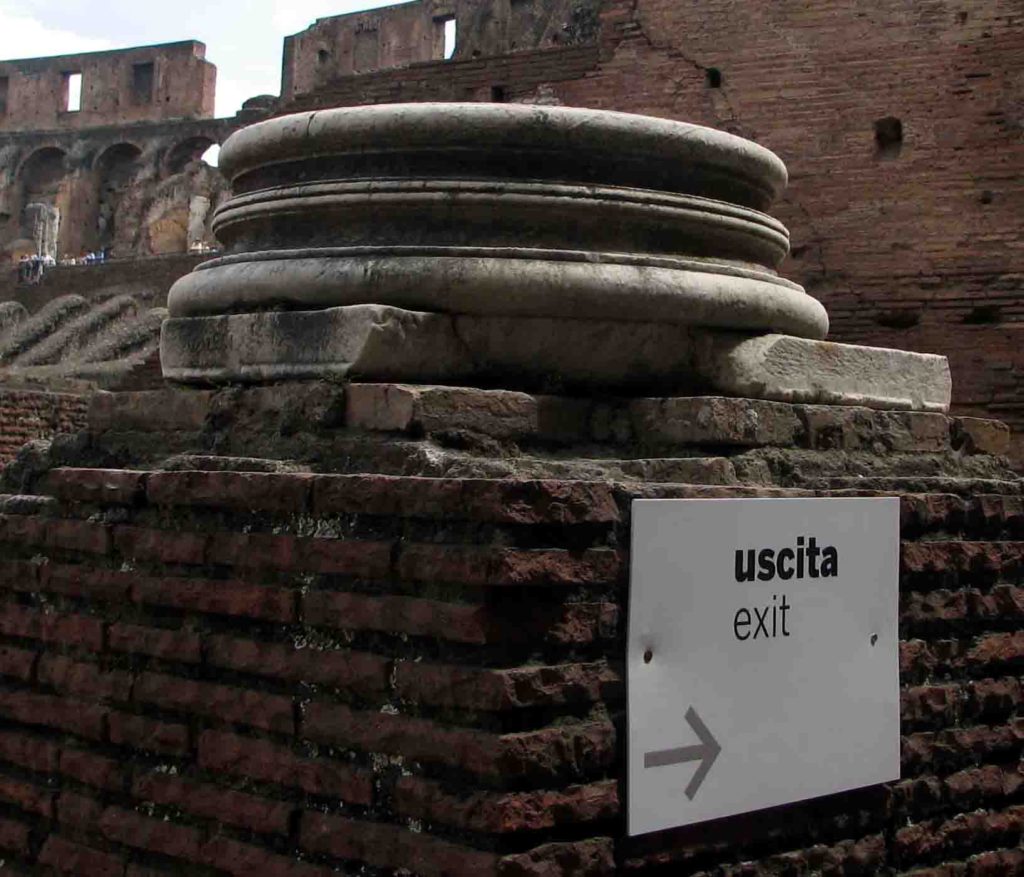
Round stone base placed over strong brickwork a remains of the earlier structure .

Brick making at Andheri in 1964 Now the area is full of housing societies .Not possible to remember now.

Morgaon near Jejuri in Maharashtra
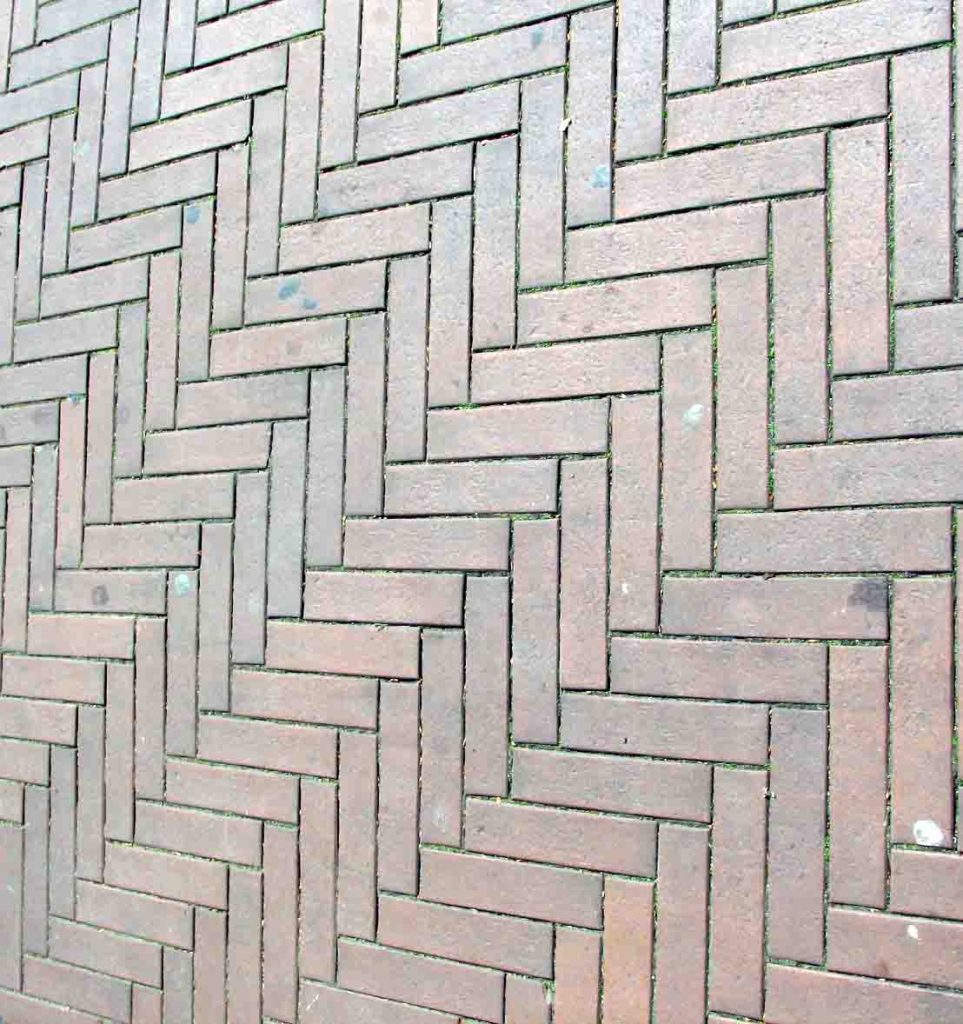

Roman round arch in Rome
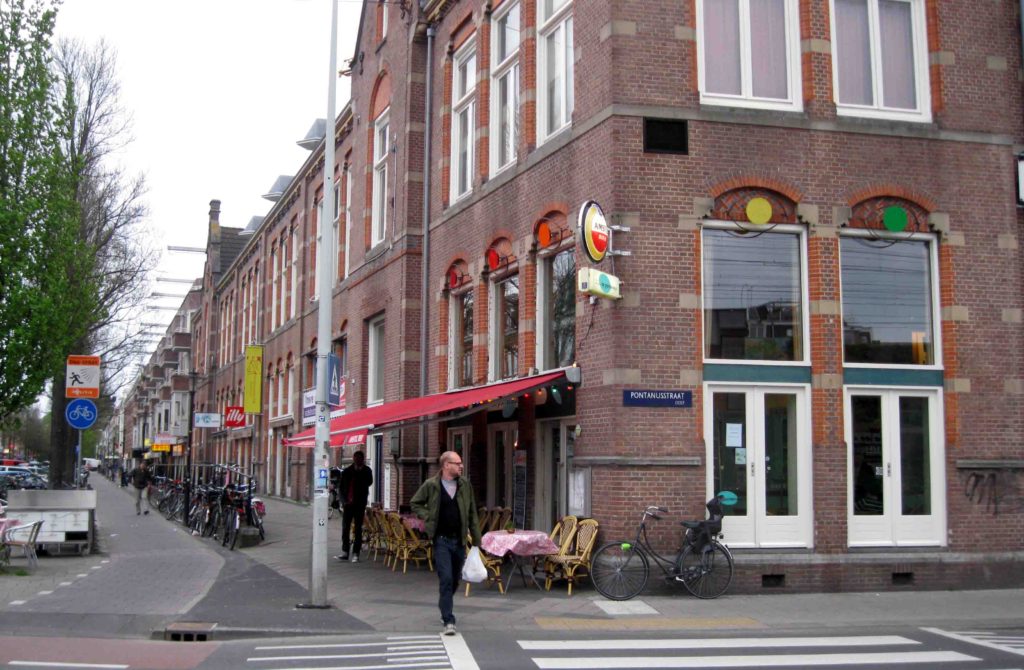
Building in Amsterdam
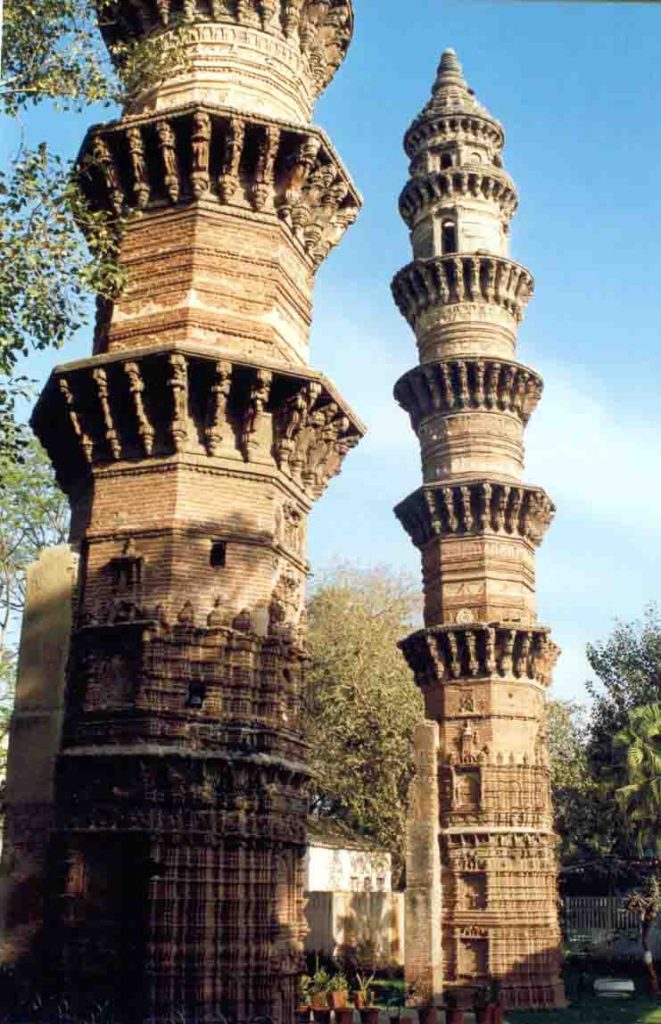
Ahmedabad Minarettes in front of Ahmedabad Railway Station
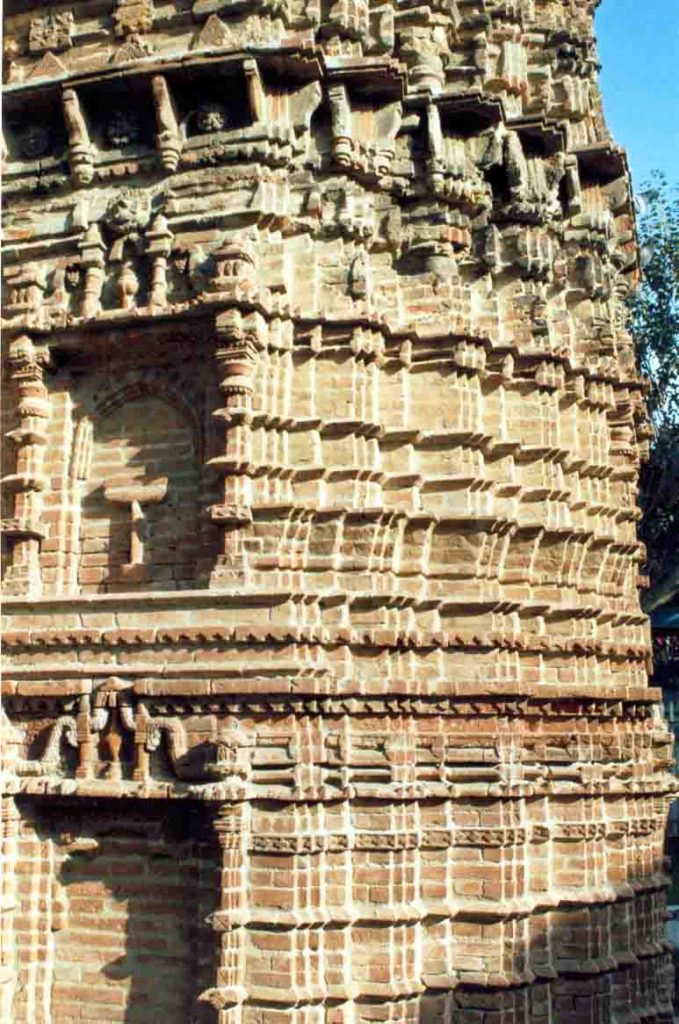

Laurie Baker

IIM Ahmedahad. By Louis Kahn
89.STONES
A boy named Dagdu Shantaram Koli was in my class. Once I asked him “why your name is Dagdu?” He said, ‘I am the third son of my mother. The first two died after birth. My mother had a BADHA that, if her third child survives she will offer him to Hanuman and call him dagdu. (Stone). That is me.
During school days we both played a game with thin flat stones and threw them in the river water that jumped three four-times on the water before they vanished.
The scale of the stones was small enough to hold in our small hands. At a very later stage, we had lots of small stones picked up from various Rivers as mementos.
After school, I entered the college of architecture, and in the first year, we were taken to Ambarnath, Karle, and Bhaje. All the structures shocked us. One was in Hemadpanti style and then we saw a mountain of single stone that was scooped to create a great hall. At Karle, the stone was black whereas at Bhaje it was Pink.
Then I saw cobblestones used for a footpath in Mumbai. Understanding more about stones was possible as my friend took me to Makrana (1983) to buy marble slabs for his house. We went via Ambaji, Udaipur Jaipur, and saw colorful stones visible in the Aravali mountains. Makrana was a huge open warehouse of marble stones. Slabs were arranged in line throughout the market. We had a chance to see a quarry from where marble was exported to create Tajmahal and many other buildings.
The second introduction was when I visited Saurashtra with students, we visited Mendarda. It was found that people were building their houses in local stones. They were in whitish biscuit color and much larger in size than bricks.
Though I could not build any building in stone, I used stone slabs in abundance. There is no substitute for stone for its beauty and durability.
Though Stone Age, Bronze Age, and Iron Age are historically identified as separate periods, and now we are living in the software age, I still remember the game played with Dagdu and those flat little stones.
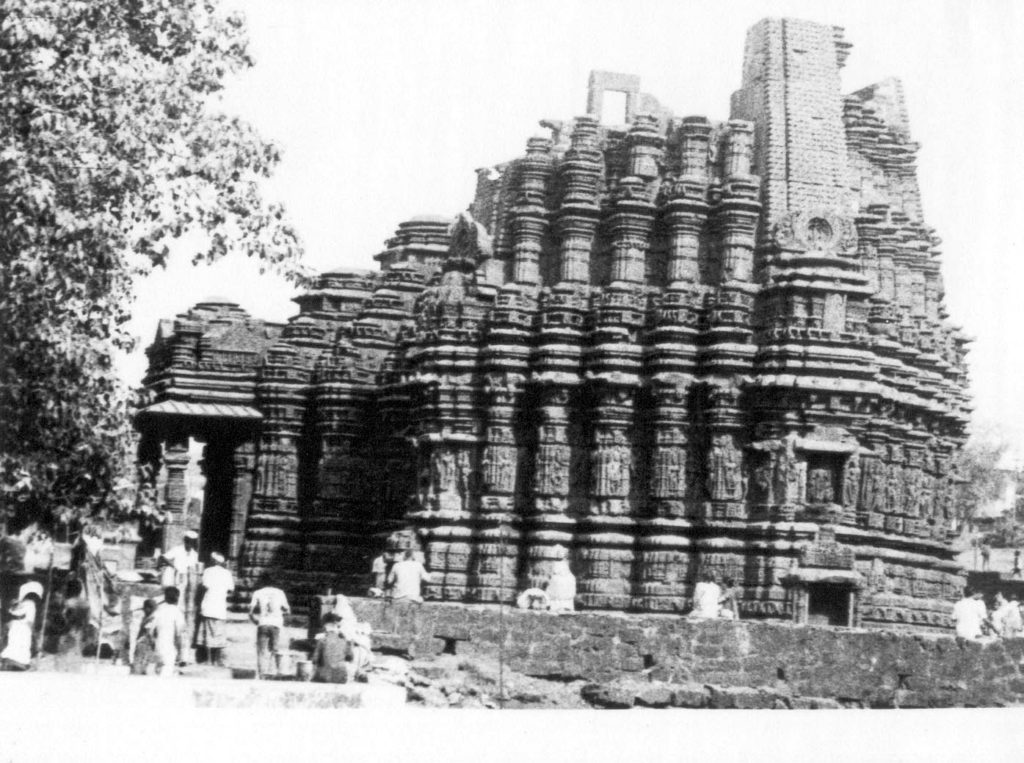


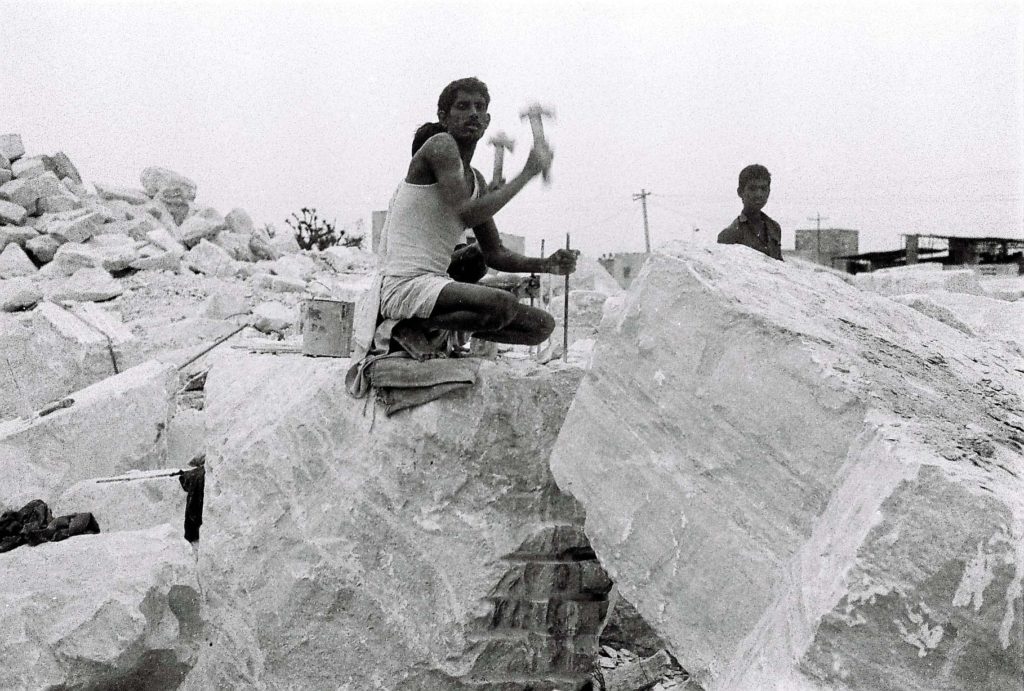

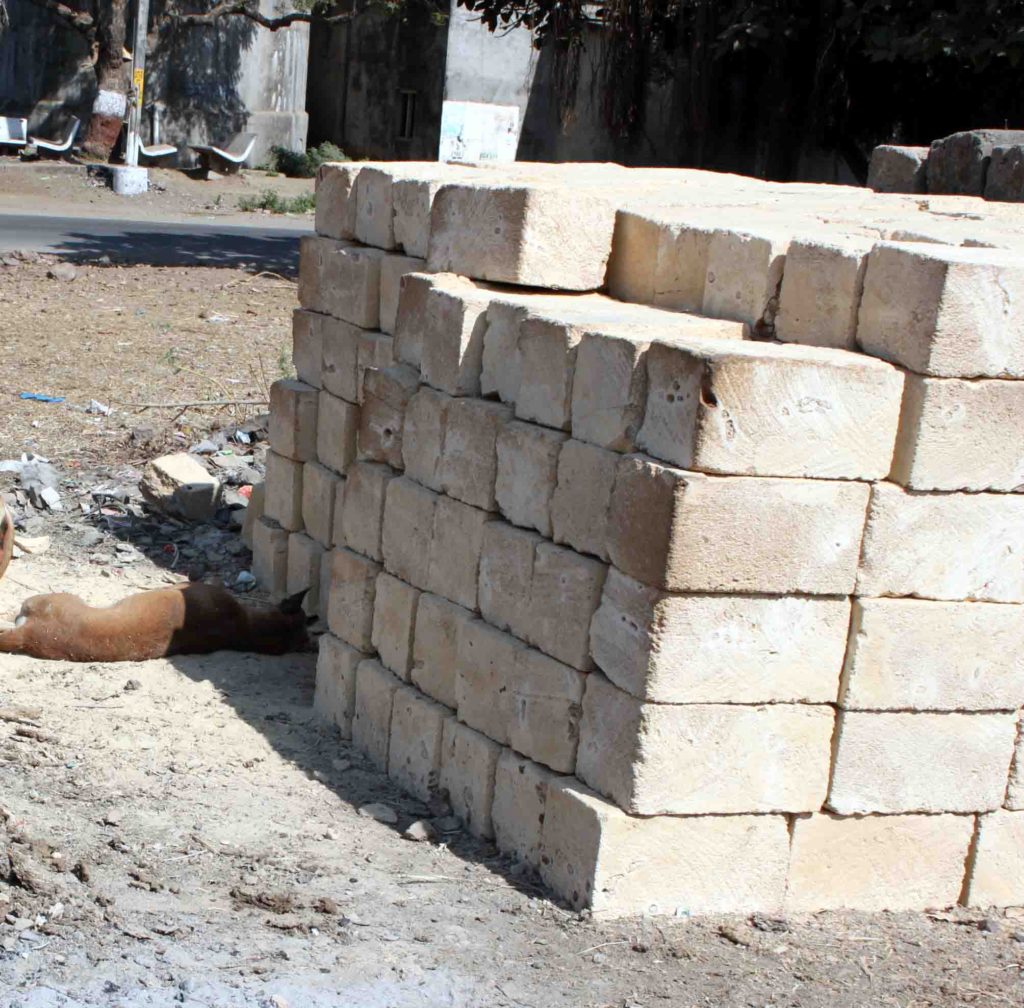
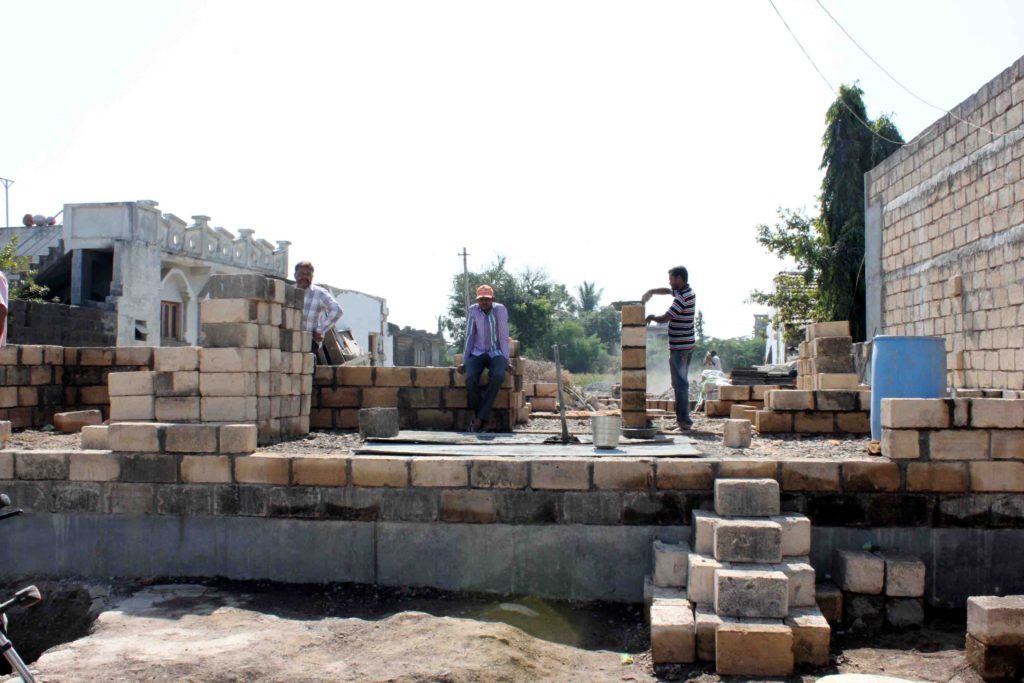

A house at Chiroda
90.WADA KALYAN
The ancient trade route from Paithan terminated at the Kalyan river port. Goods were imported or exported up to Greece by waterways. In modern times advent of GIP Railways, Kalyan became a major junction from where one route went to Kolkata and the other to Chennai.
“Wada” was an important housing typology found during the Maratha period. Shaniwar Wada is well known in Pune. The Wada in Kalyan, where I lived was 150 years old (in 1945); it was in the old city having a plot of 846 m2 with a one-fourth area as built up. The entire plot had a 2.4 m. high compound wall making Wada safe.
All external walls of the house were in bricks 600 mm wide, erected over a black basalt stone. The entrance gate (2.1m.x2.1 m) was made up of three-inch-thick wooden shutters. The front courtyard was big enough to have family gatherings whereas the rear yard was very large that included a garden, a drinking water well, bathroom, and toilets.
The built-up area on the ground floor and the first floor was 212 sq.mts. Part of the first floor and some areas on the ground floor were given on rent. We had rented accommodation
The contents of the house included a large living room, Kitchen with the store, Pooja room, a ladies room meeting area for the visitors. Inner construction was in the modular method with wooden posts and beams. Drinking water was drawn from the well.
Most of the Wades belonged to high officials of the then Government. Wadas were strong, safe, and partially sustainable in character. Many people have the craze of building a big house at a vantage location. The Wada of Kalyan was a heaven for all of us during childhood. Those spaces will never come back in our life.
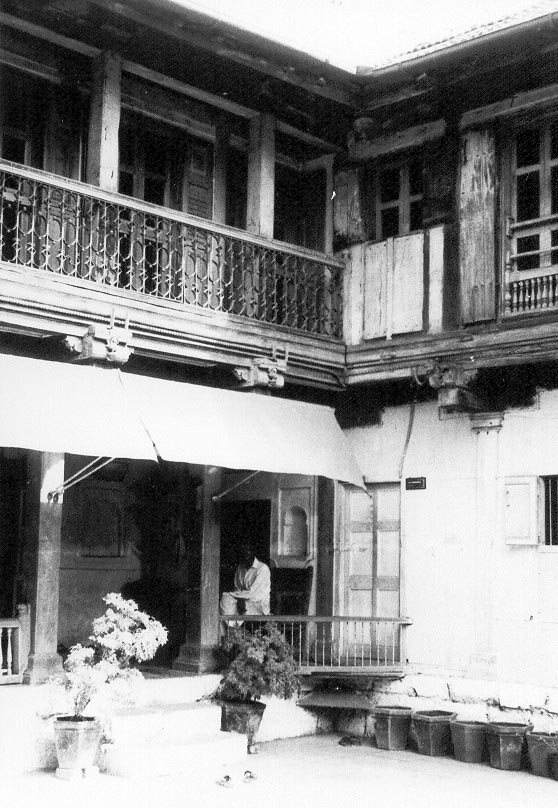
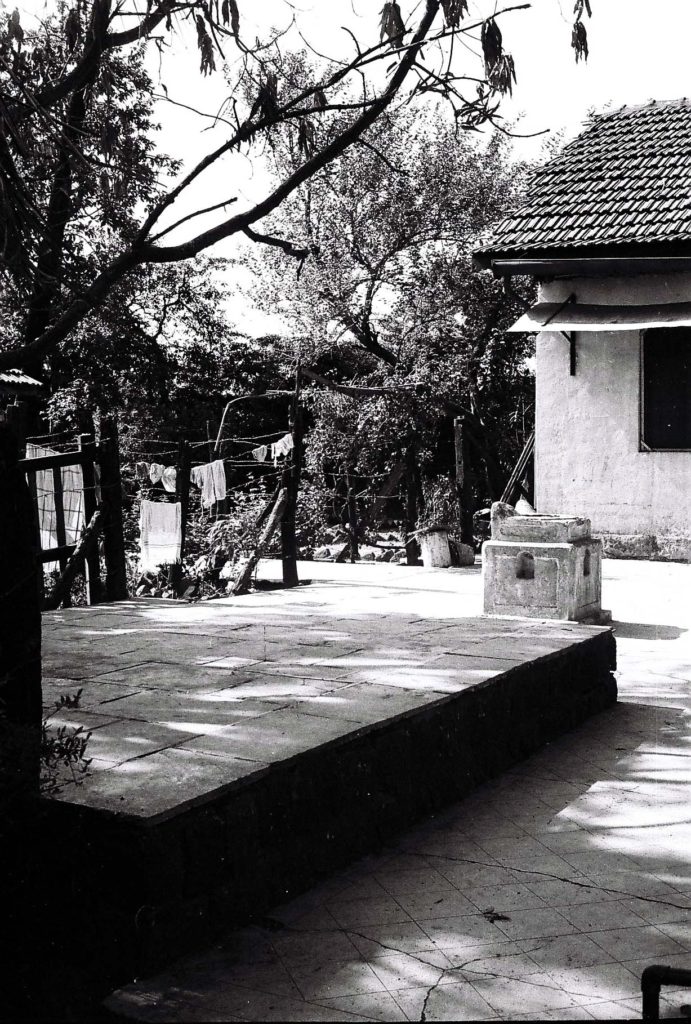

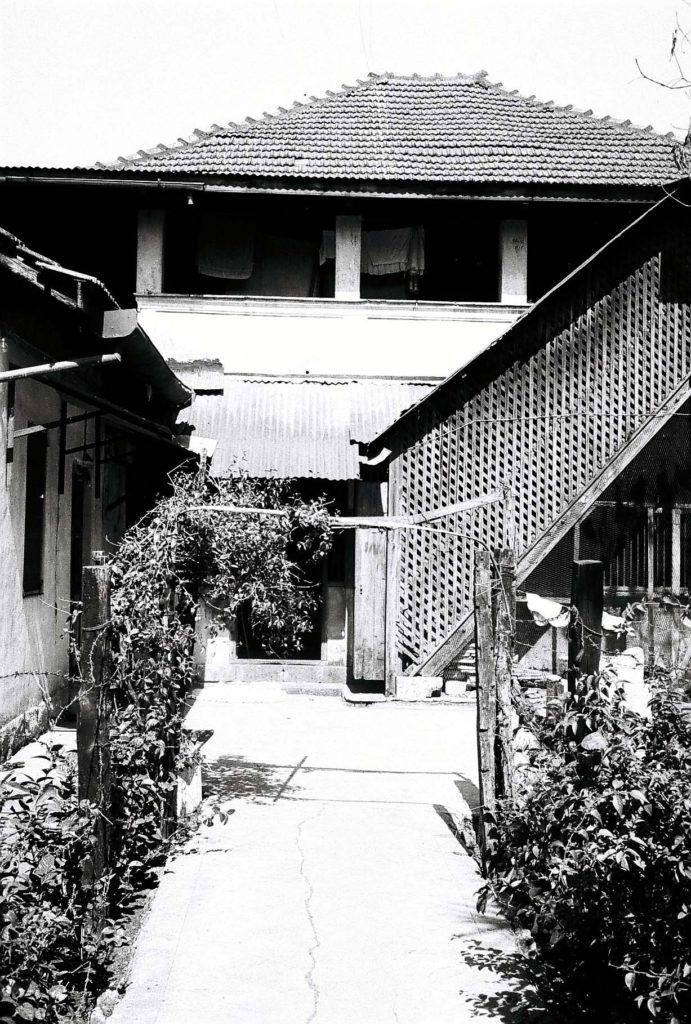

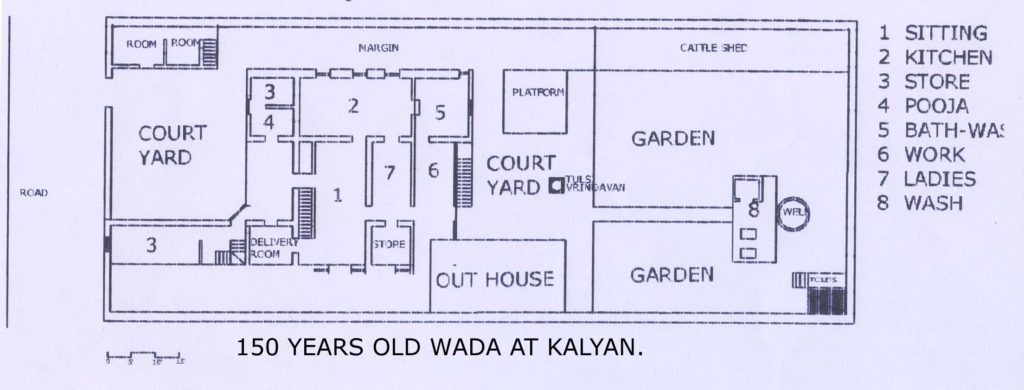

SMS From Madhura Borgaonkar owner of Wada wrote on Wednesday 30.9.2020 “On September 27, 1984 Mrs. Laxmibai Borgaonkar expired then we shifted in the neighbouring building which was under construction without building walls on the 1st floor and Prakashbhauji with his family on the ground floor . I think after demolition of our wada actual construction started in late in 1986“
91.WORLD OF WOODWORK – Part 1
“Subhedar Wada” (1769 – 2003 demolished)* in Kalyan was our secondary school. Wadas were treated like strongholds. Its construction was very sound. All the wooden beams and posts were so strong that we thought that them to be immortal. The only decoration in was a wooden Meharab between two columns, otherwise, the entire building was a very strong statement. All columns and beams were black and had a gloomy atmosphere. It is not only in Wadas, wood was used in abundance in Chawls of Mumbai. Kalyan is as old as Bharuch or Surat.
But when I saw ornamented woodwork in the core city of Vadodara I was surprised. Among the old buildings, I found Saverikar Ganesh Temple near Gomti Talav (1740) designed in a very simple method. After a hundred years there was a dramatic change in methods of carving in Narsinhji Temple (1752) Mairal Temple (1843) and Tembekar Wada (1849) all the works look like gold or silver ornaments.
It is essential to enquire about excellent woodwork spread in central Gujarat, seen from 1840 to 1860. Families of carpenters who worked with royal families, temples, and other officers of the rulers should prepare a family tree and link with other families. There is no point in expecting anything from the ULB or State.
1. First two pictures are from Mumbai. One is of a school made in wood and the other is a Chawl in Girgaon. Wooden construction is awesome
2. Next three photographs are of Saverikar Ganesh (1740), Mairal’s Temple (1843 the owner was a very rich money lender). Fourth is Tambekar Wada (1949)
3. Fifth is of the bracket in Narsinhji’s Pol. All three woodworks were executed within a decade.
4. Last is a million-dollar balcony.
*Thanks to historian Dr.S.D.Sathe
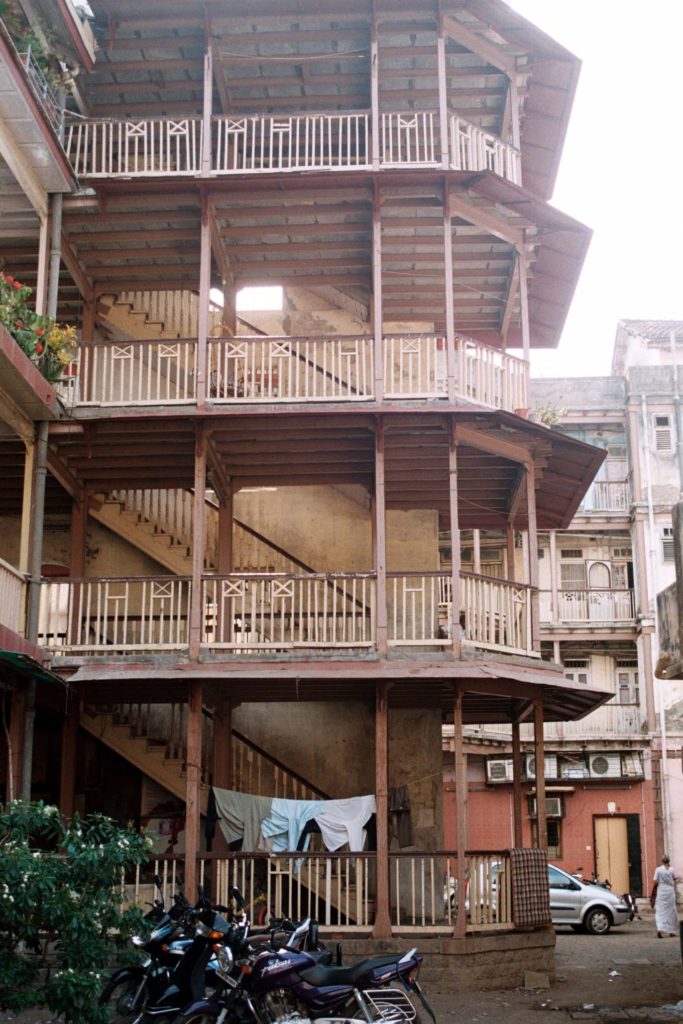
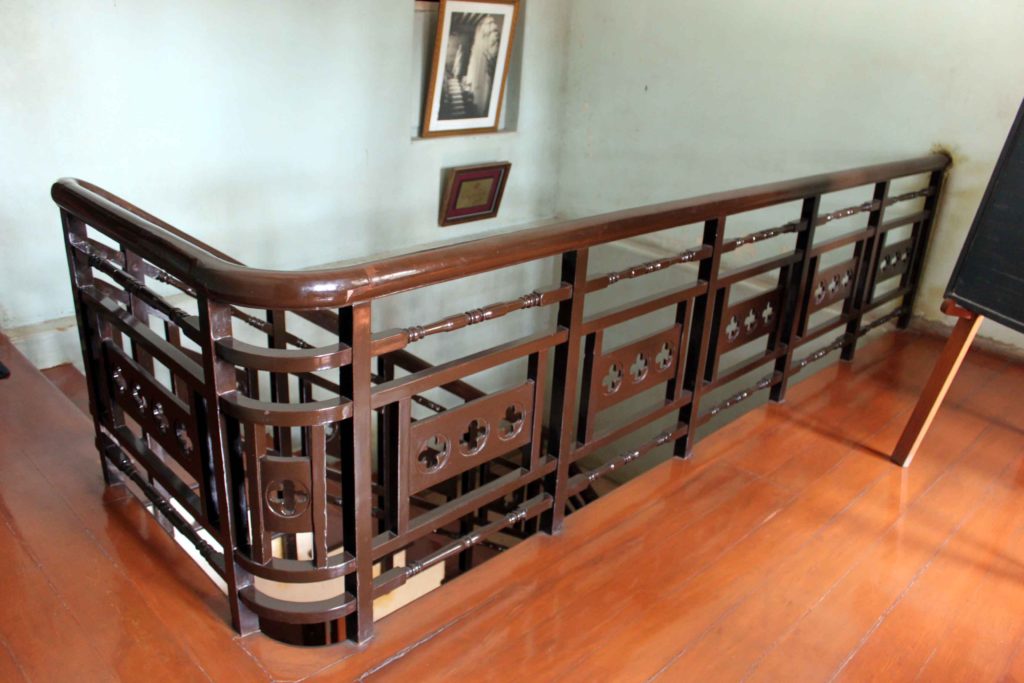

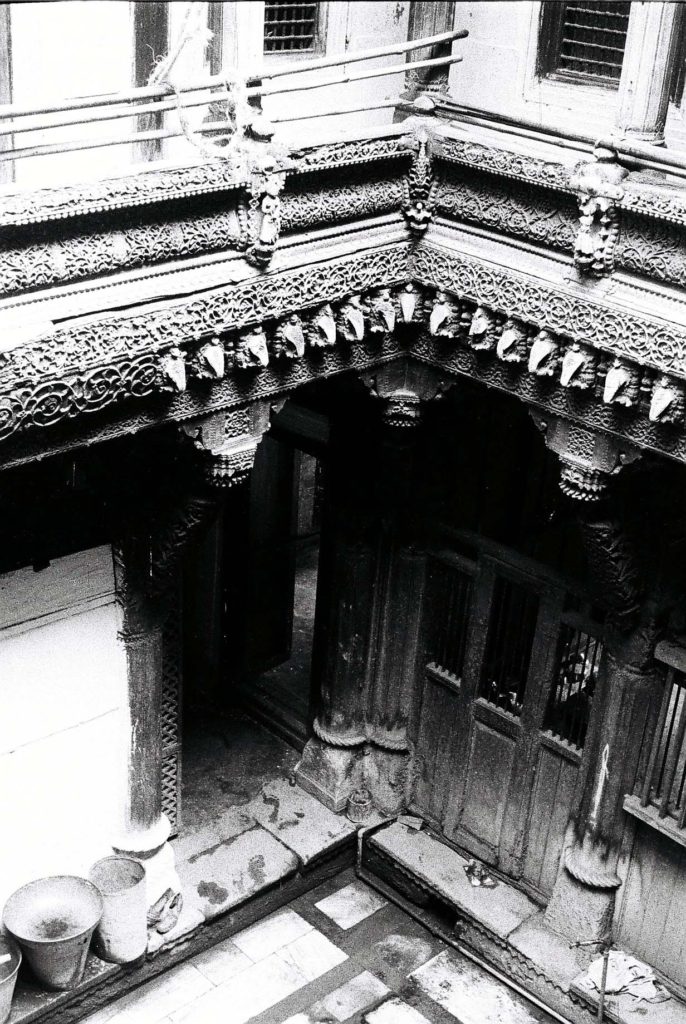

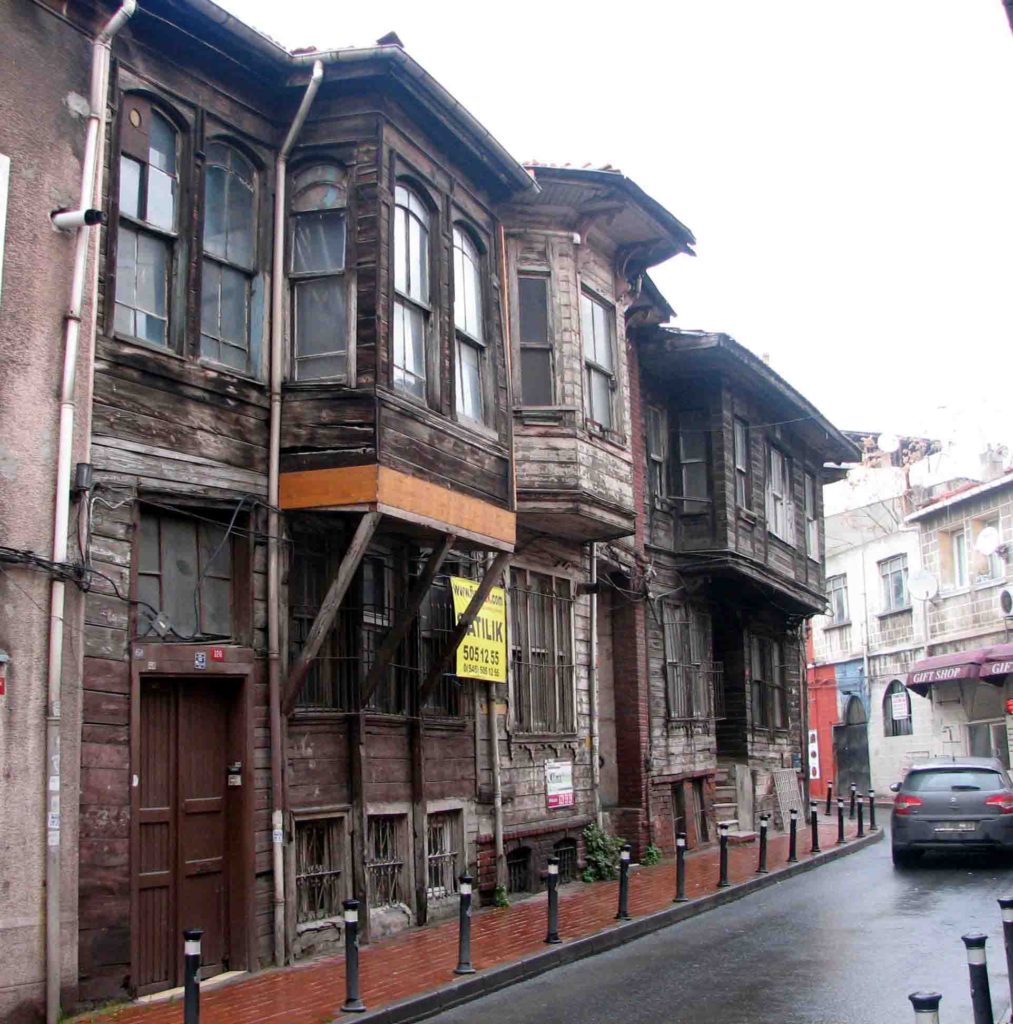
Wooden houses on a small street at Istanbul
92. WORLD OF WOODWORK – Part 2
While traveling abroad we always compare our life with their life, our houses with theirs. Familiarity with the beautiful woodwork of central Gujarat, our curiosity increased about how they use wood in buildings and found them excellent in making wooden furniture and buildings. It was visible in Rudesheim and Heisenberg, in the area of Black Forest in Germany.
We remembered a similar method used in the construction of Maharani School near Sursagar several decades ago. Some may remember the original building. Two buildings were beautiful near Raopura Primary School at Vadodara.
But we did not find anything parallel to woodwork as of in the old area of Baroda city. The example was of Sureshwar Desai’s Haveli, I photographed it in 1968 .V.S. Wakaskar in his book (1937) wrote that “the large tank called Chandan was repaired by Mr. Sureshwar Desai, hence it’s called Sursagar”. Recently it was modified at the cost of 38 crores by the Local Authority. Imagine how rich Sureshwar Desai must have been.
1. Sureshwar Desai’s house followed the tradition of craftsmanship of very high standards. It was an exceptional construction beautifully executed. Carpenters in those days were like goldsmiths who made ornaments in wood. Ceilings were decorated in wood. I had never seen such a thing before.
2. Many such decorative works have vanished, because of the regulations that permitted FSI THREE for the core area. The infrastructure provided hundred years ago for half the FSI did not work. We lost both, “heritage” and “form”. People would have repaired their properties and kept the heritage intact. Now expecting the State to retain the heritage does not justify. Look at the photo of the core area of German town.
3. In spite of granting more FSI owners and shop keepers have purchased properties away from the core city at convenient locations.
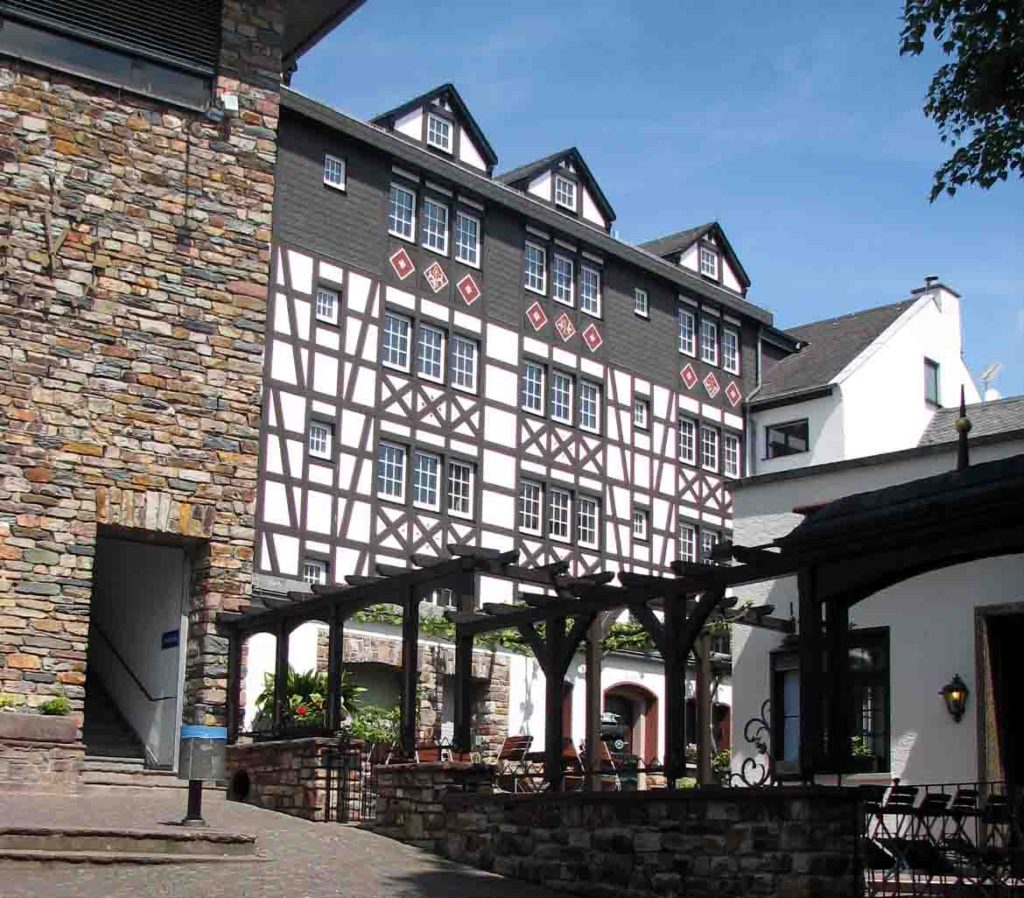

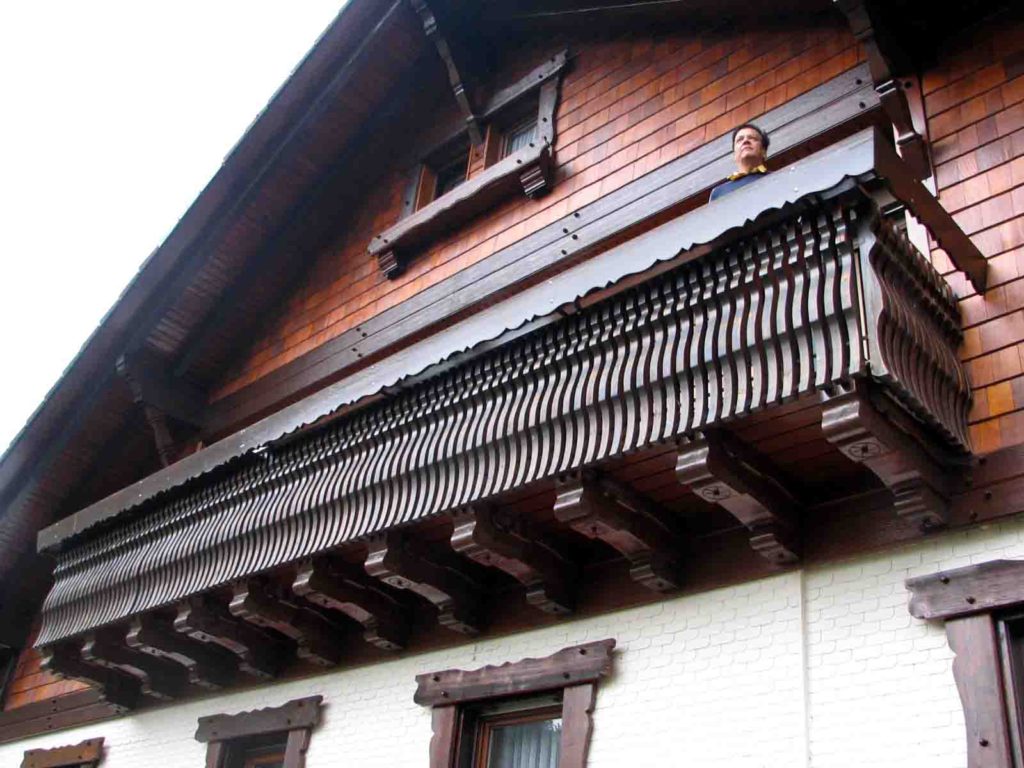

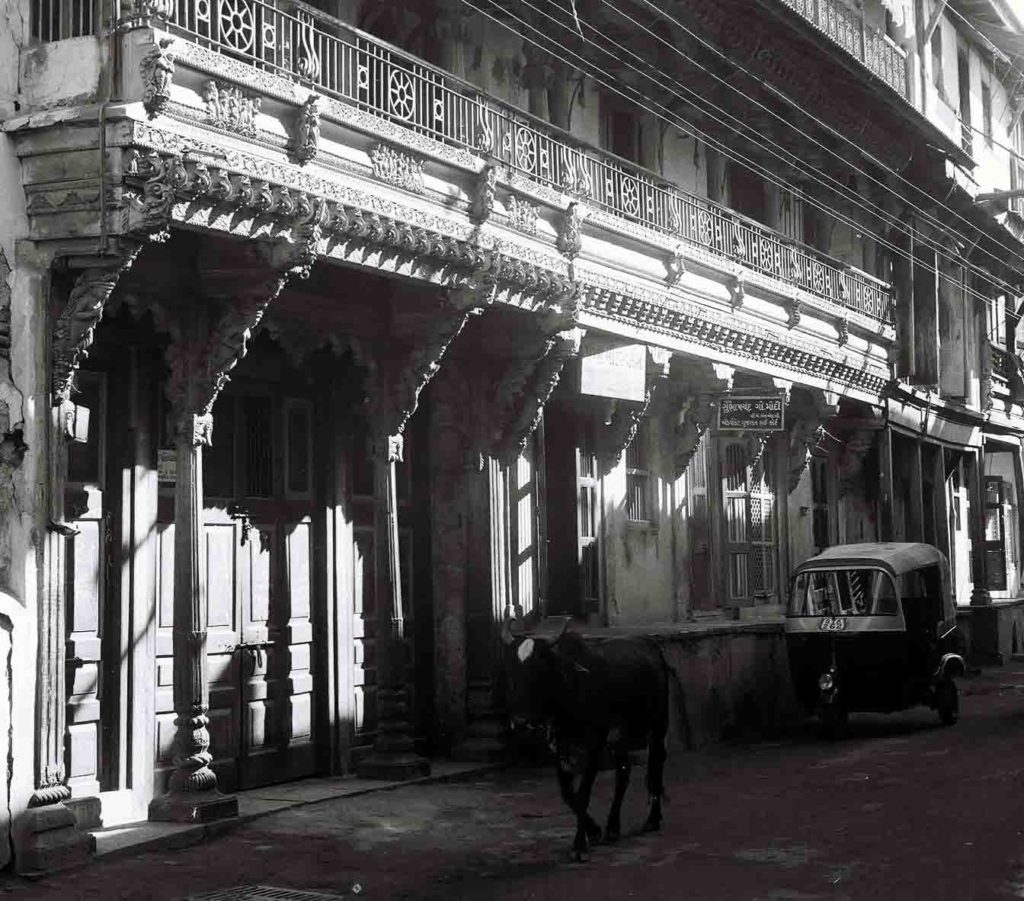


93. WORLD OF WOODWORK – Part 3
“I am incredibly impressed by the woodwork done from 1770 to 1870 in central Gujarat. With great respect to wood as multi-useful and wonderful material, the stories on the world of the woodwork in Gujarat are written. Love with that material developed in a span of twenty-five years. A carpenter was with us and he made wooden models for our projects. Except for a base we never used plywood. We tried all the types of wooden logs available in the market.
But the wood I handled and the one I have photographed over a long period is very different. My handling of wood does not become a topic but one writes a lot about those masterpieces.
Encyclopedia Britannica has devoted paragraphs to Woodwork in Gujarat. The carpentry at Vaso is so impressive and eye-catching that no one can ignore it.
Ahmadabad, Nadiad, Vaso, Vadodara Bharuch cities have excellent examples of ornamental woodwork. There were two Havelis in Vaso near to each other, but we were not allowed to go to the buildings under some pretext in 1999. Whatever was visible from outside was extraordinary and sumptuous. There was none to tell about those Havelis. Few photographs of Havelis of Vaso are presented for the readers. Photos of wall paintings are a bonus. All photos are by the author
P.S.
Several families have written their family history in India. Our family has done it and could collect authentic information for up to fourteen generations. They are useful to trace historic events of the past. A family history of carpenters in central Gujarat can be taken up by carpenters themselves to connect the DOTS. from
2020 >… . . . . .. . .. . .1920 >. . . . . . . . . . . 1820.>. . . . .. . . . . .> 1720
the DOTS. from
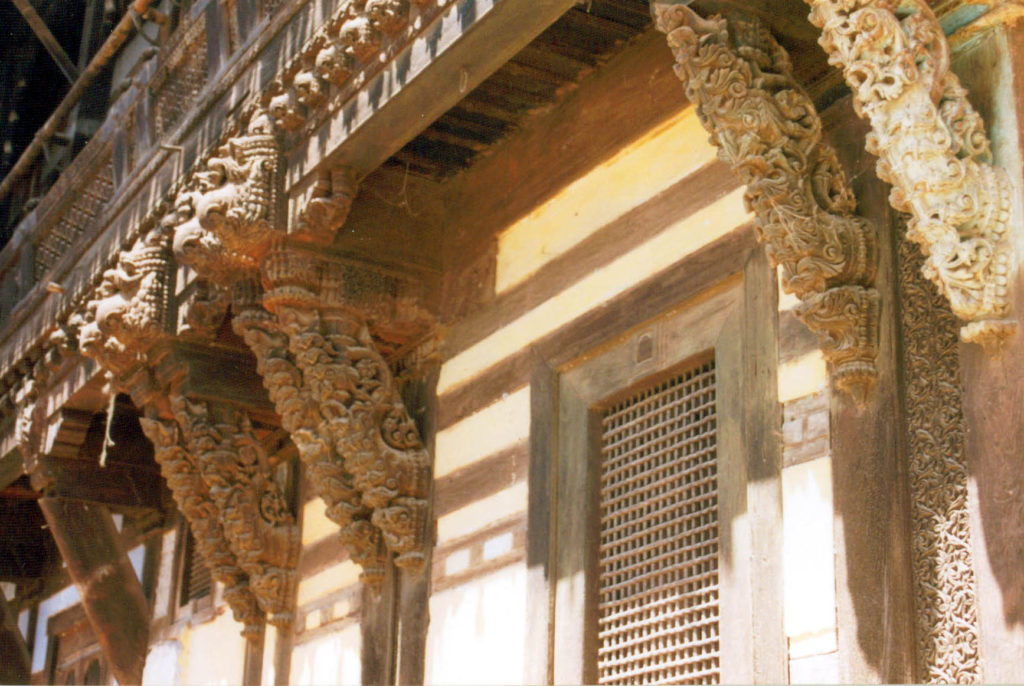
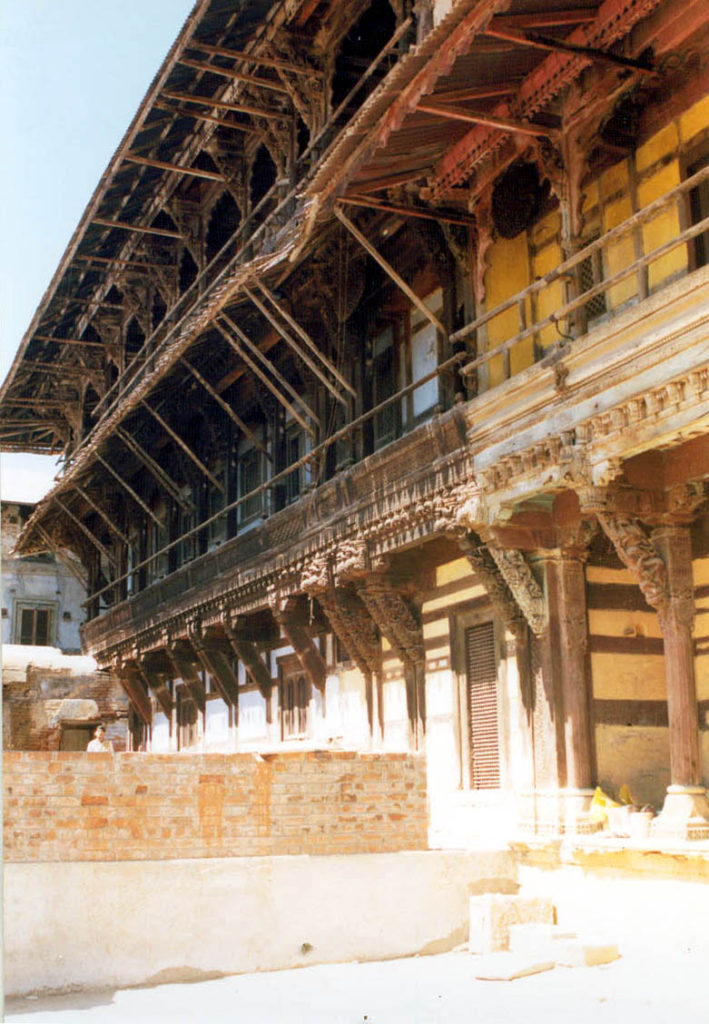



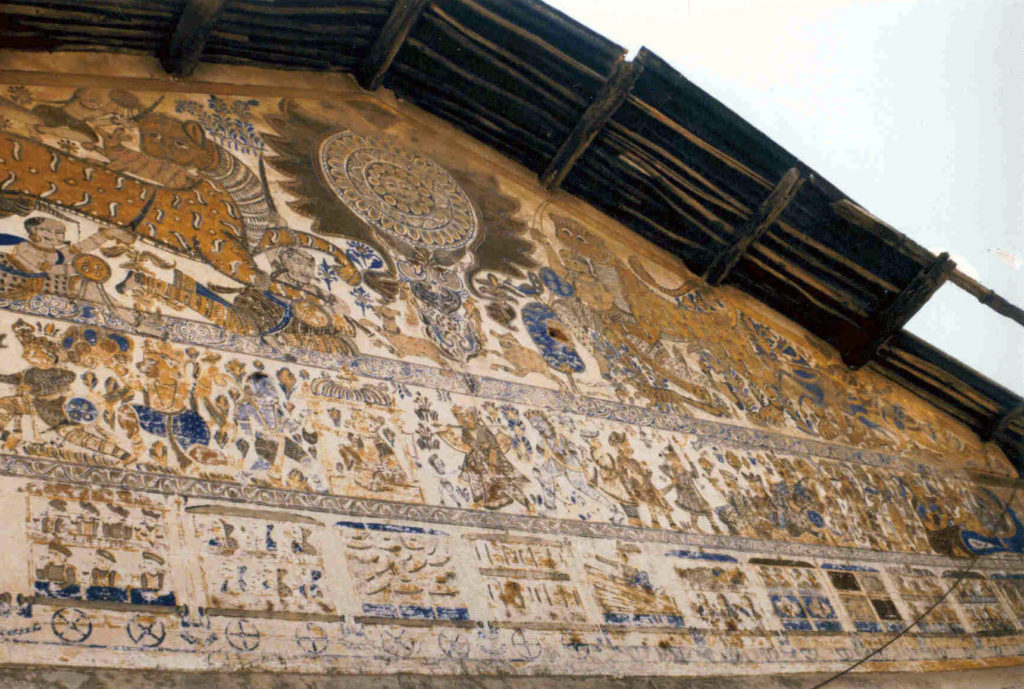
Wall painting on one of the walls in Vaso
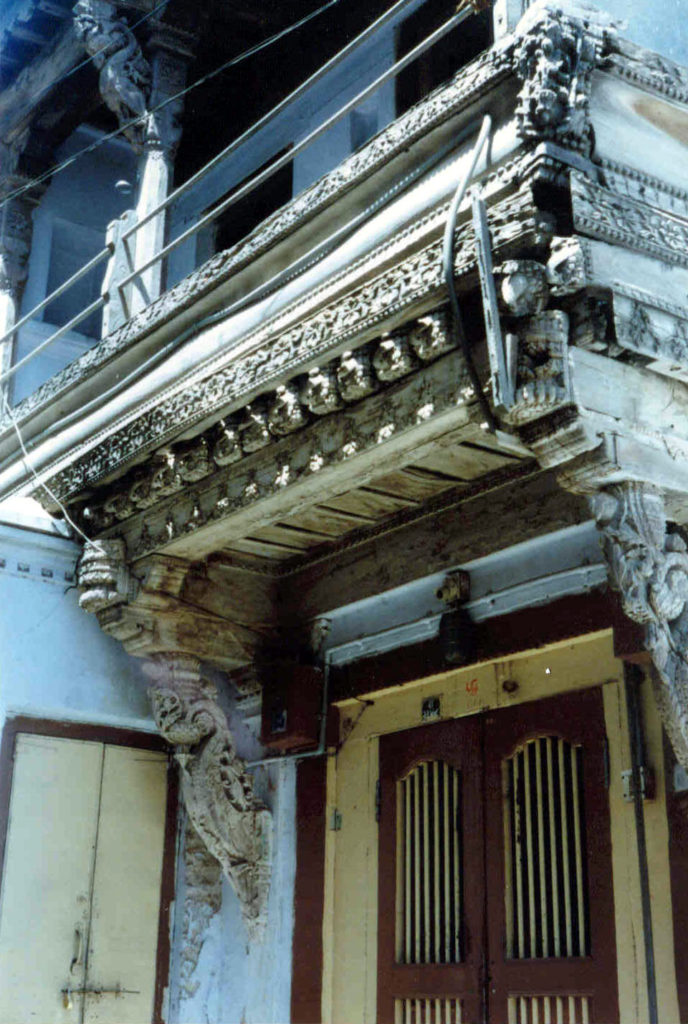



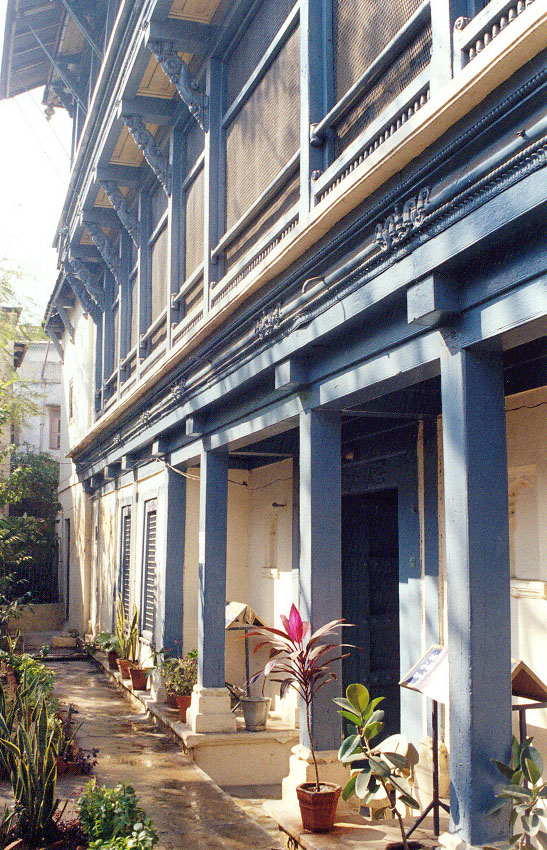
94.WORLD OF WOODWORK – Part 4
Encyclopedia Britannica says that the wood carving in Gujarāt in the Mughal period (1556–1707) shows a happy synthesis of the indigenous and Mughal styles. Which are not visible, but whatever was done after a hundred years is yet visible. When foreign architects worked in Baroda from 1880 onwards, they simplified the use of wood, diluted the ornamentation, and made it more functional. Three works from Vadodara are presented.
Woodcraft in Gujarat during the Mughal and later periods can become a topic for Ph.D.
1) Jaisinhrao Public Library in Vadodara was constructed in 1882. It has two tall cupboards for books made in Sheesham wood; look as if they were made yesterday. We have to thank the material and the artists. The quality of wood was so good that it has sustained for 138 years under all atmospheric and climatic conditions.
2) Another building in Baroda (Vadodara) is a Music college which was designed by Sir William Emerson. He was in India from 1864 to 1869 within this period he designed buildings in Bhavnagar, Kolkata (Victoria Memorial), and Baroda. He used wood in a superb manner. On the ground, the building has a hall. It is one of the best places for concerts for Classical music. Baroda has attended innumerable programs in the hall. Before listening to the concert visitors look at the conspicuous woodwork which no one can miss it
3) A third building is known as Aurobindo Ashram (1894). This entire building is decently executed. Here the wood is used in windows, doors, flooring roofing. Meditation hall. The handrail of the staircase is very smooth even after a century. The balcony is enclosed by louvered windows and be opened at an appropriate time. In all the three buildings British Architects used wood in a different manner compared to Indian craftsmen.
4) All craftsmen were local, their sons and grandsons should be proud of them.


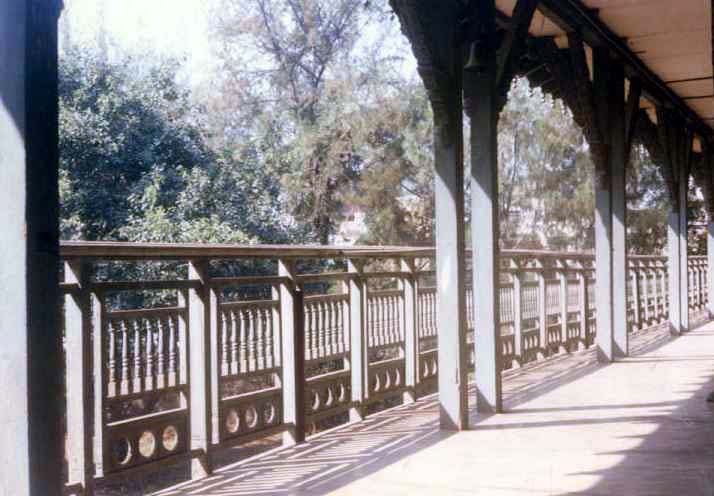
Jagdeep Desai Fantastic documentation of fantastic details
Preeti Pethe Inamdar I have seen all these buildings but to see all these lovely photographs together is amazing. Beautiful frames, detailing and light.
Those who liked
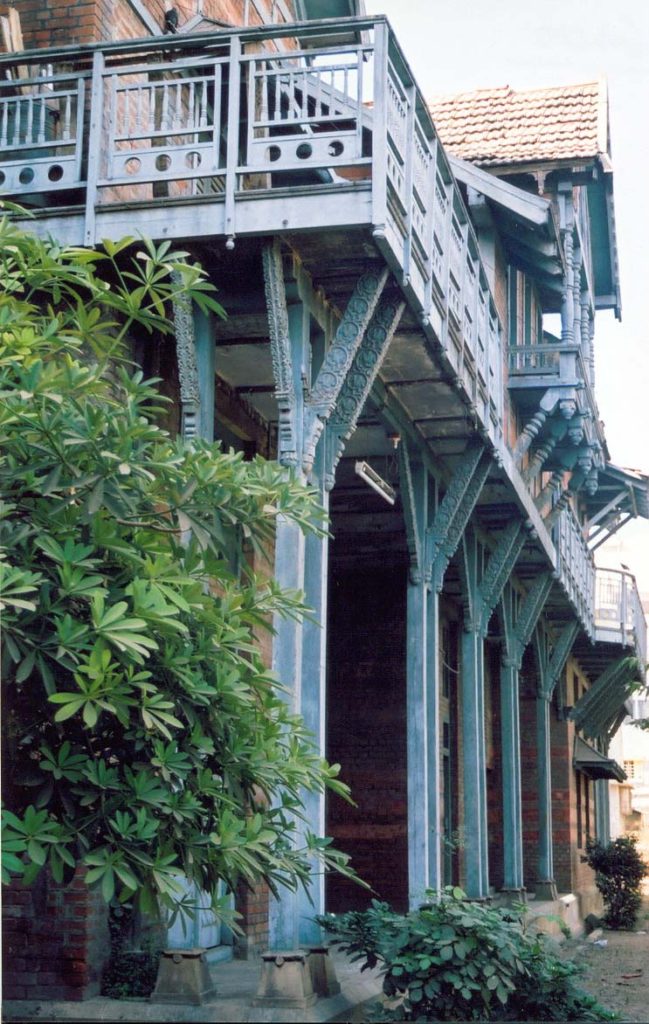

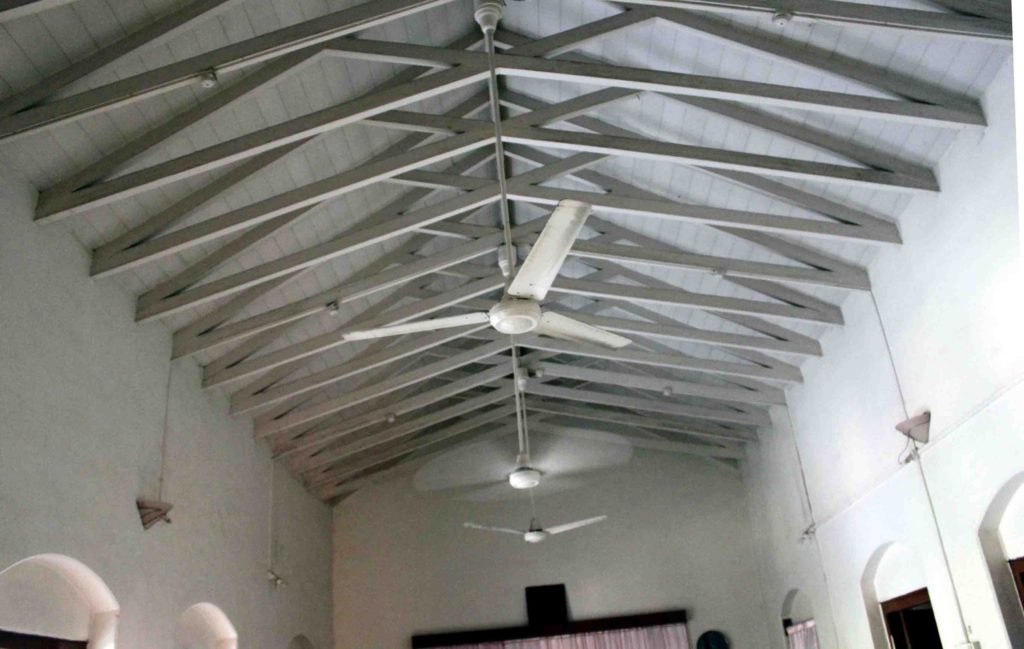
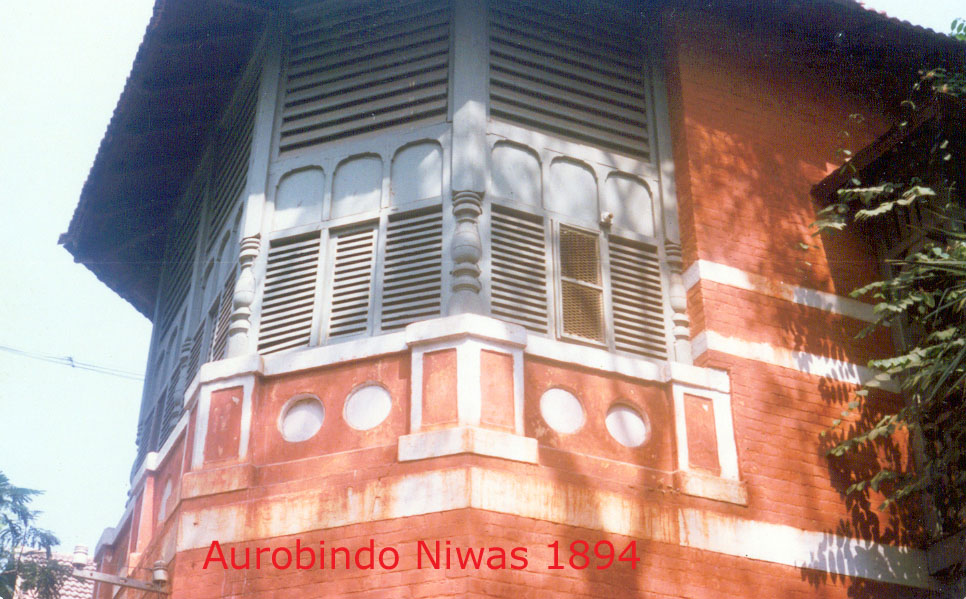
95. WORLD OF WOODWORK– Part 5
1. Moving in narrow lanes with an SLR camera alerts the residents staying around. People are curious about everything and anything happening within their visual territory. It was true fifty years ago.
A dialogue in colloquial Gujarati goes as the following
“Are you from the Press?”
“No”
“Why are you loitering in our gulley?”
“I am taking photographs of the buildings”
“Why?”
“I am interested in history. I am documenting the buildings”
“Are you sent by the Government?”
“No”
“Then who is the sponsor?
“I am the sponsor”
“Why are you spending money “?
“Why some people write poems?”
“In the case of failure in love, they write the poem”
“Who pays them to write ?”
“Nobody”
“Photography for me is like writing a poem.”
“Have you become a DEVDAS?”
“No, No, I have yet to find a girl”
“That is why you are wasting time in taking photographs of buildings.
This dialogue does not repeat every time but it takes place in various forms.
2. Maharajas of Vadodara stayed in the old city till Laxmi Vilas Palace was built. Residents in the fortified area must be rich, living in beautiful houses. Rules were very strict for residents in those days. No one was allowed to come in or go out at night, once the four gates were closed. In the case of someone’s death, the body was released out from a Murda Bari. Please see the map, to get an idea of how cumbersome to walk in those meandering lanes and take pictures.
3. Normally people don’t entertain strangers. more so if a photographer wishes to take pictures. By one’s gesture, it is essential to prove the innocence and sense of purpose. But to take a similar stand in every Lane was too much. Seeing a wooden false ceiling in a house was a visual shock while walking on the road. A man was looking at me from the balcony and asked me the purpose. I explained, and he asked me to come to the first floor and I took the pictures of the ceiling. But a lady seen in another picture was not at all happy with my “Panchayat”
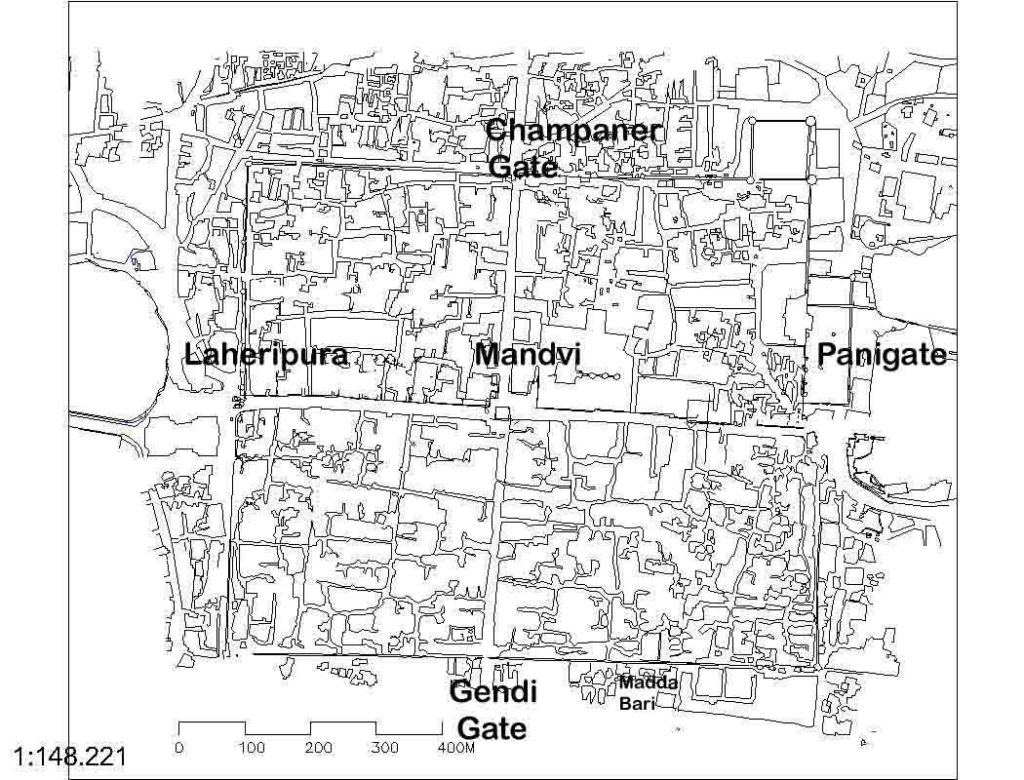


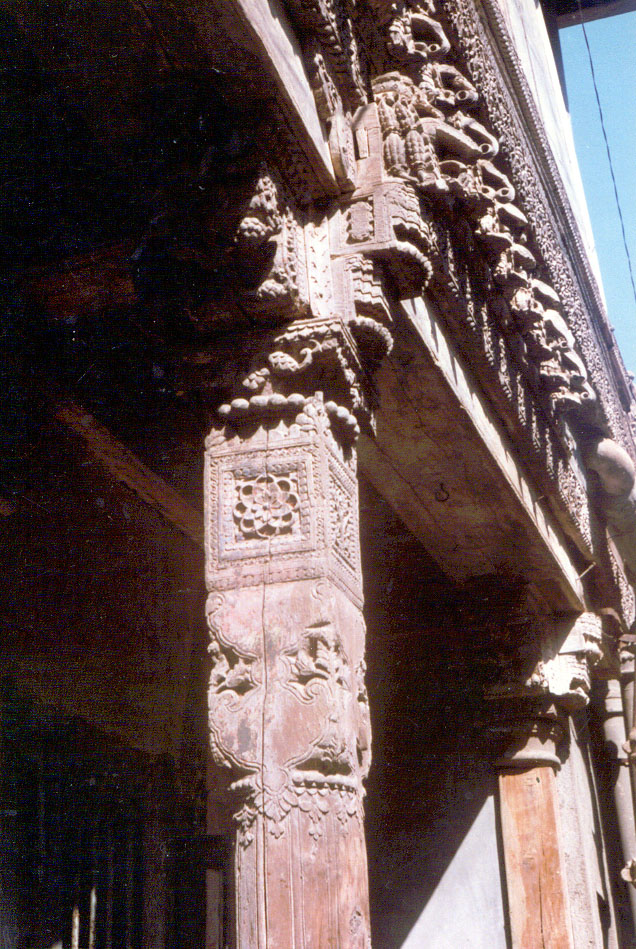
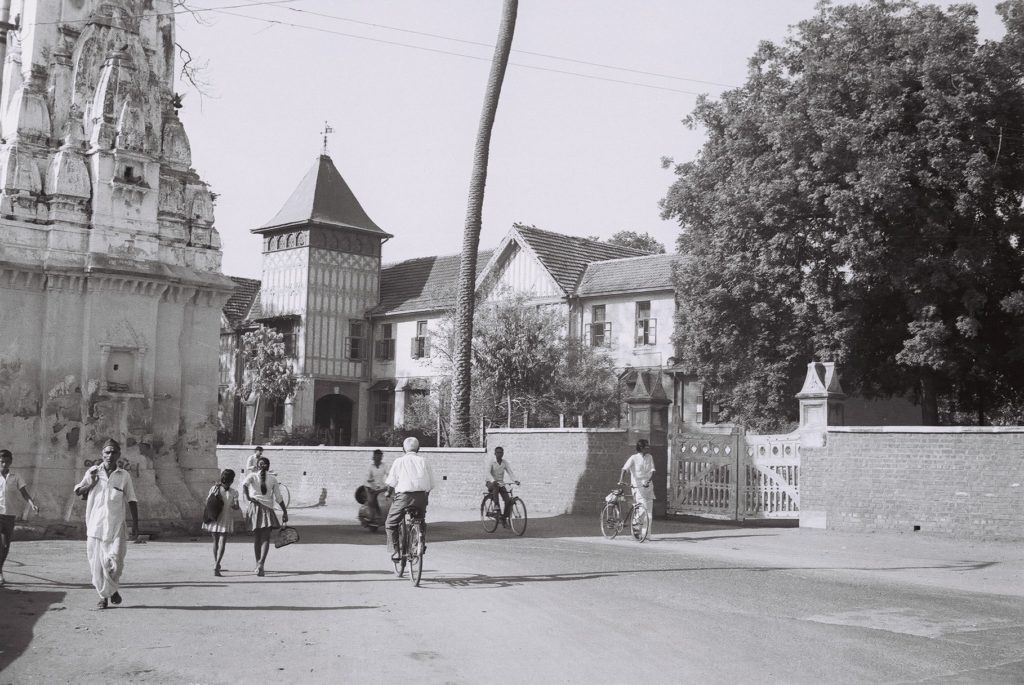

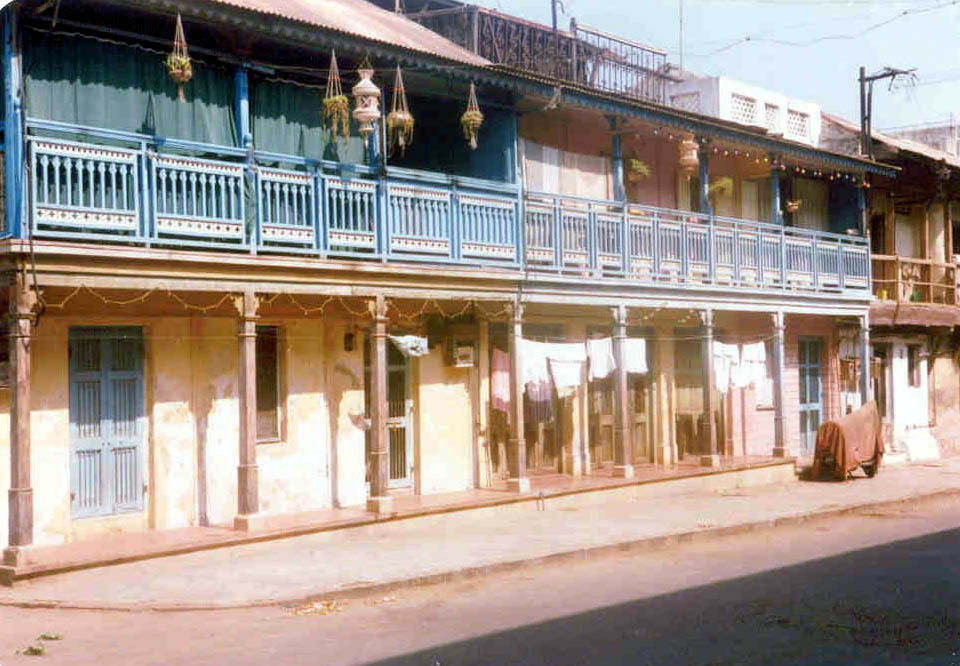
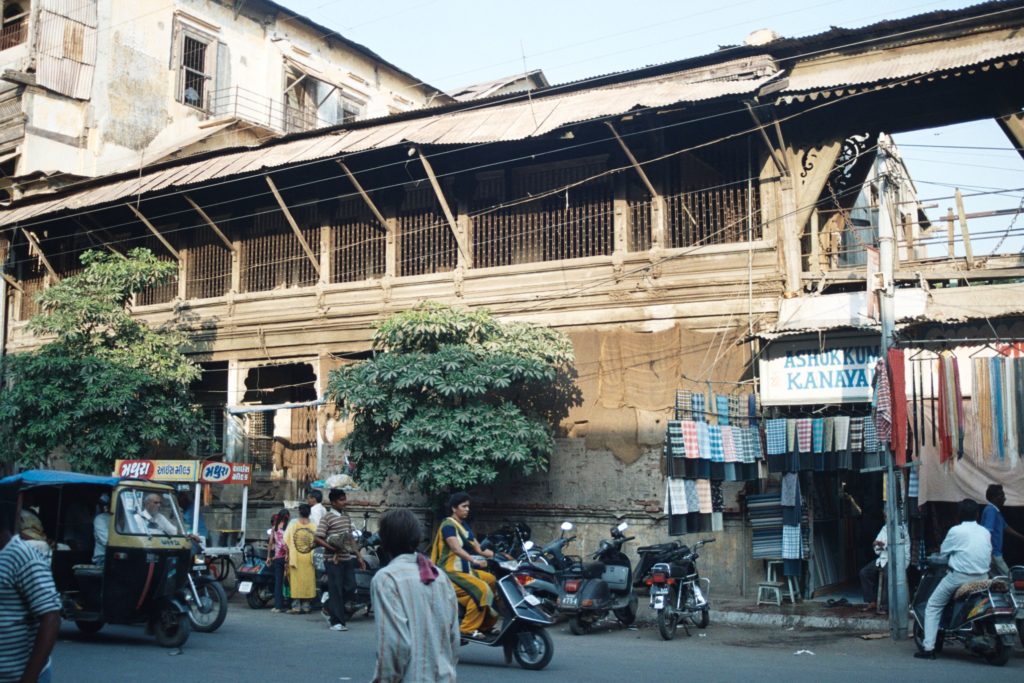
Very old wooden building opposite Central Library in Mandvi area of Vadodara
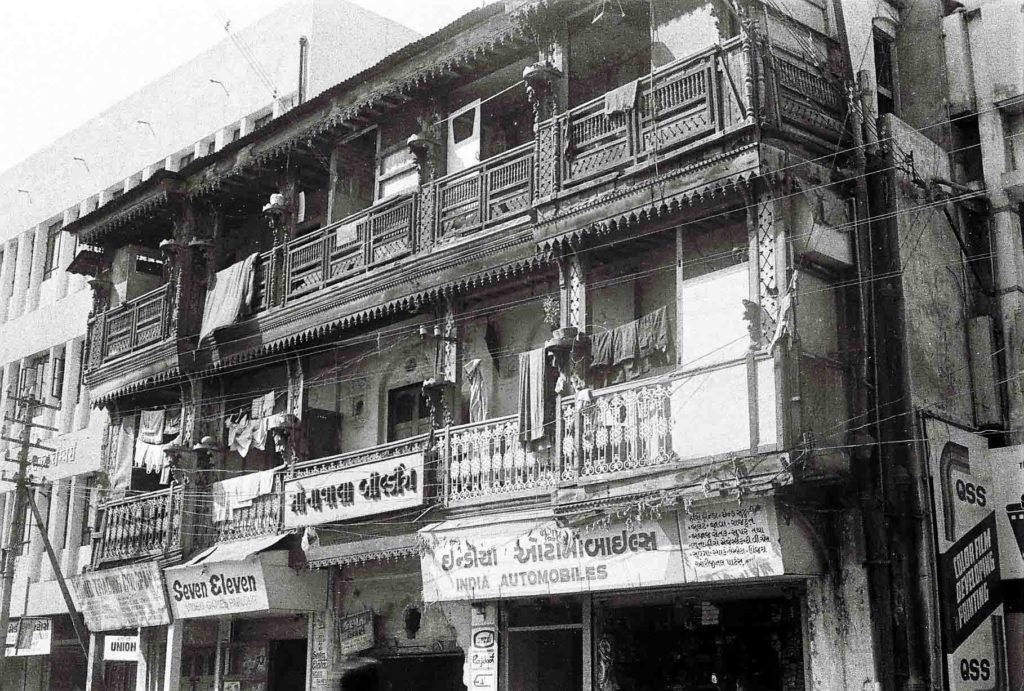
96.WORLD OF WOODWORK – Part 6
1. In 1997 we few architects from Vadodara attended the National Convention of Architects at Kozhikode (Calicut). After the event, we hired a vehicle and traveled in that land of God from Wayanad to Kanyakumari. We came across innumerable buildings made of wood, but among them, a great building was a Padmanabhpuram palace built in the 15th Century. It has faced the furious monsoon of Kerala for centuries and it is in very good condition. We never saw such a beautiful building made of wood.
2. On another occasion in Thrissur in Kerala, there is a huge Vadakkumnathan Temple and has an awesome theatre for dance. I never saw anything like that before. It is a marvelous building with beautiful wooden louvers. I have been visiting south India since college days.
3 Carpenters from each state have used wood as per their training, and Gharana style. In Gujarat, they have excelled in engraving and lacquer work at Sankheda. Special wood is used to build ships at Mandvi (Bhuj Dist). From Kashmir to Kerala we have a variety of styles in using wood. In the jungle of wooden Chawls of Girgaum Mumbai Khotachiwadi stands out as a different design
5. At Tanjavur at the Durbar area of Saraswati Mahal very intricate joinery of wood in columns to support the roof.
6. Houses in Istanbul on way to Sultanmet were different than what we see in India
Today it is 150th short story.
150 storiesX300 words = 45,000 words.
About self-clicked 1000 pictures and photographer is never happy with a single click of any object
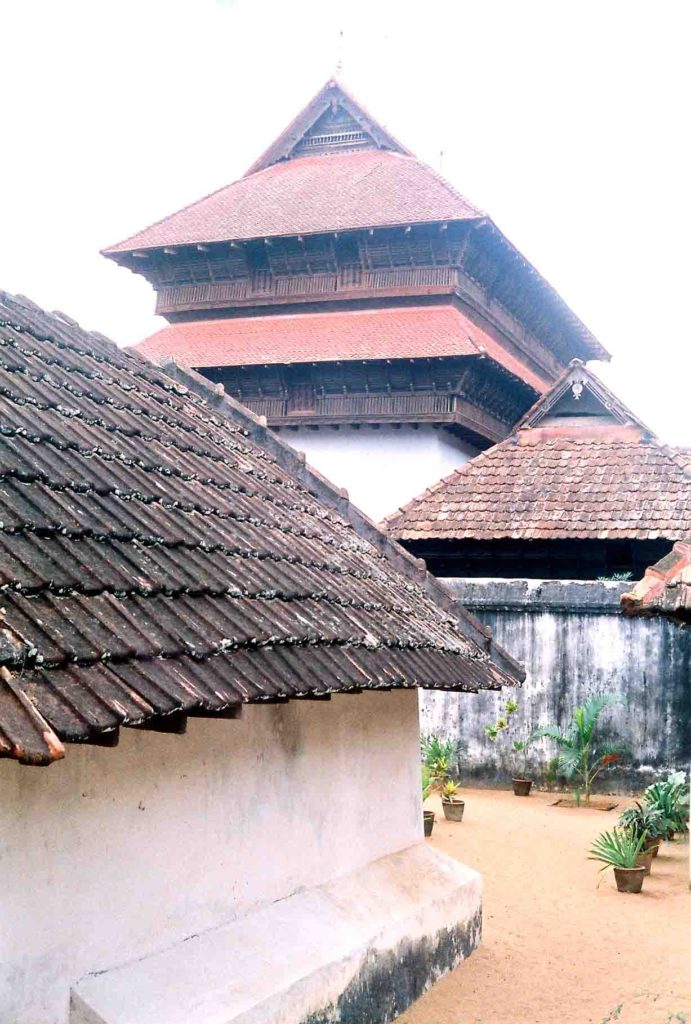
Padmanabhpuram Palace is 39 kilometers from Kanyakumari. An excellent example of woodwork, flooring work, Every carpenter, mason artisan architect must visit this place. We travelled by TATA sumo from “Wainad to Kanyakkumari. We were about to miss this great work of architecture but suddenly remembered and turned our vehicle to visit it.
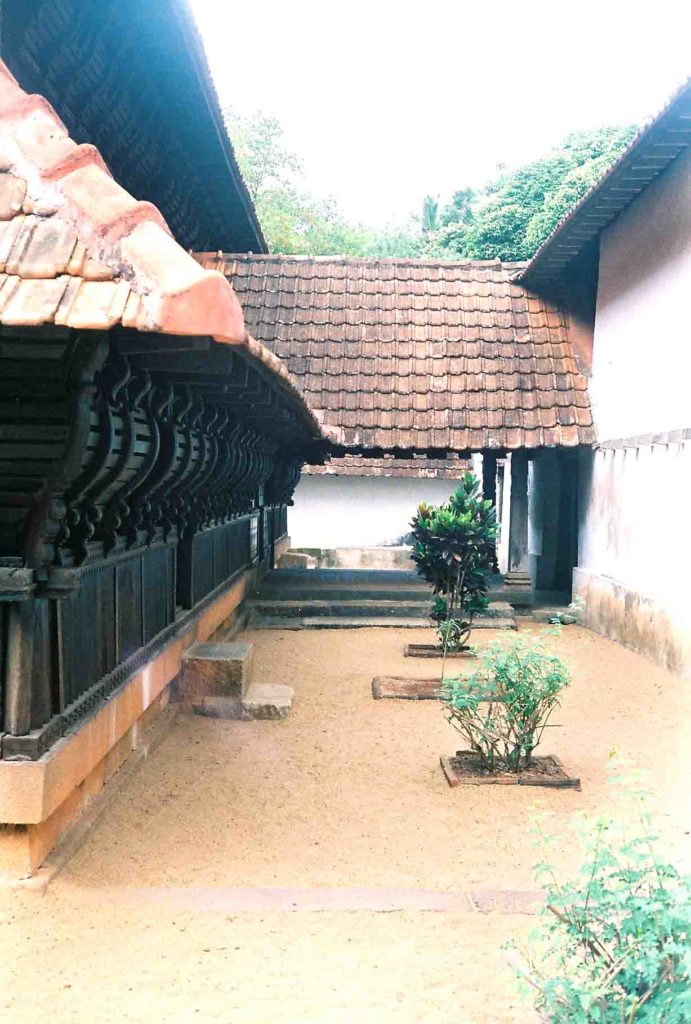

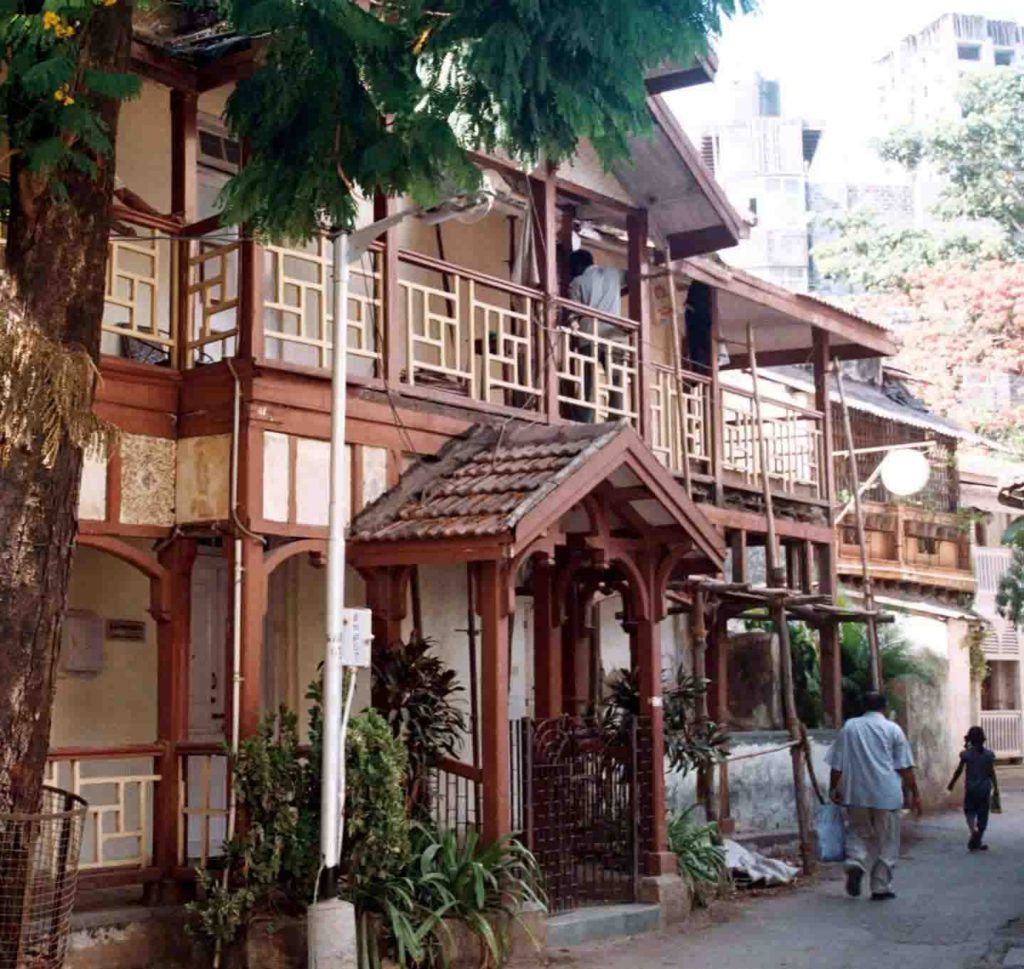



Ravindra Abhyankar Awesome
Jagdeep Desai, Brilliant
Kaushik Mehta, Very impressive!
Deep Shah, Lots of memories sir. i went to this place on my backpacking trip to kerala 2 years back. i was working on several projects in kerala. it was an amazing trip! i took a bus every city as each town was 50kms apart. Thanks for sharing
Prakash Pethe;Deep you are luckier than me.
Kaushik Mehta;Thanks for sharing this!
That was very insightful sir
Deep ShahA few sketches from a bunch I made during the trip of various temples.
Prakash PetheVery nice. This shows the attitude of an architect whenever he sees something good
Akhtar Chauhan, Beautiful!
Its mind blowing. We are loosing this kind of craftsmanship gradually.
. Are there any
restrictions on the use of wood? I think lack of artists is not the case.. Am I right?
Beautiful photographs. It is extremely difficult to write an original content with back up of so many images. One needs a huge information, documentation and power of recall to shortlist and present 150 original stories. Hats off to you!!
Friends and other things
97.Ar. P.S. Rajan. (1939-2019)
Today is 1st July 2019 Architect, Professor P.S.Rajan (Palayanur Sounder Rajan Iyengar left this world on 1st February 2019. He was born on 12th September 1939
A tribute
Prof. Rajan was a multifaceted personality interested in English literature, classical music, and fine arts. He and his friend C.J. Mehta managed Darshan Film Society in the absence of Architect Babubhai Chhadua. With him, I enjoyed films by Satyajit Ray, Ritwik Ghatak, Mrinal Sen., M.F Hussain, Akira Kurosawa, and Taste of Honey by Tony Richardson, Italian, German, and Polish Film Festivals. But very few architects were seen in the programs of Indian Classical Music and films. With his sharp memory, he could narrate stories of architecture and other arts.
He brought SVIT College of architecture to such a level that someone called it Rural CEPT. Many students during his tenure were found in CEPT doing their masters, and many went abroad for further studies in well-known Universities of the world. He gathered good faculties and guided younger ones. Any educational institute is known by its head and faculties. Reforms which he brought in the institute were the development of the library, new syllabus, use of digital technology to collect hundreds of books available in the World and also pursued librarian to do MPhil in library science.
He spent his school days near Nagarjuna Sagar Dam, made him think big. His grooming in IIT Kharagpur under the British professors was very helpful in his career. Getting Rockefeller Scholarship to travel the world and study in any American University for one year was a great opportunity through which he visited USA, Europe Norway, Sweden, Mexico, Japan Hong Kong, Turkey, Bagdad and Syria that widened his intellectual horizon. Also, Ford Foundation scholarship was another boon to study at MIT for one year. Before returning to India he worked with Paul Rudolf a classmate of I.M.Pei
He established his practice with his wife Panna Rajan and designed remarkable projects in Gujarat like Motera Stadium, Planetarium at Vadodara and Rajkot, and innovative houses. What an illustrious career he had. He was a polymath in true sense. All students and near ones loved him. Those who do not know him, this narration may be useful to understand his versatile personality, relevant in architecture.
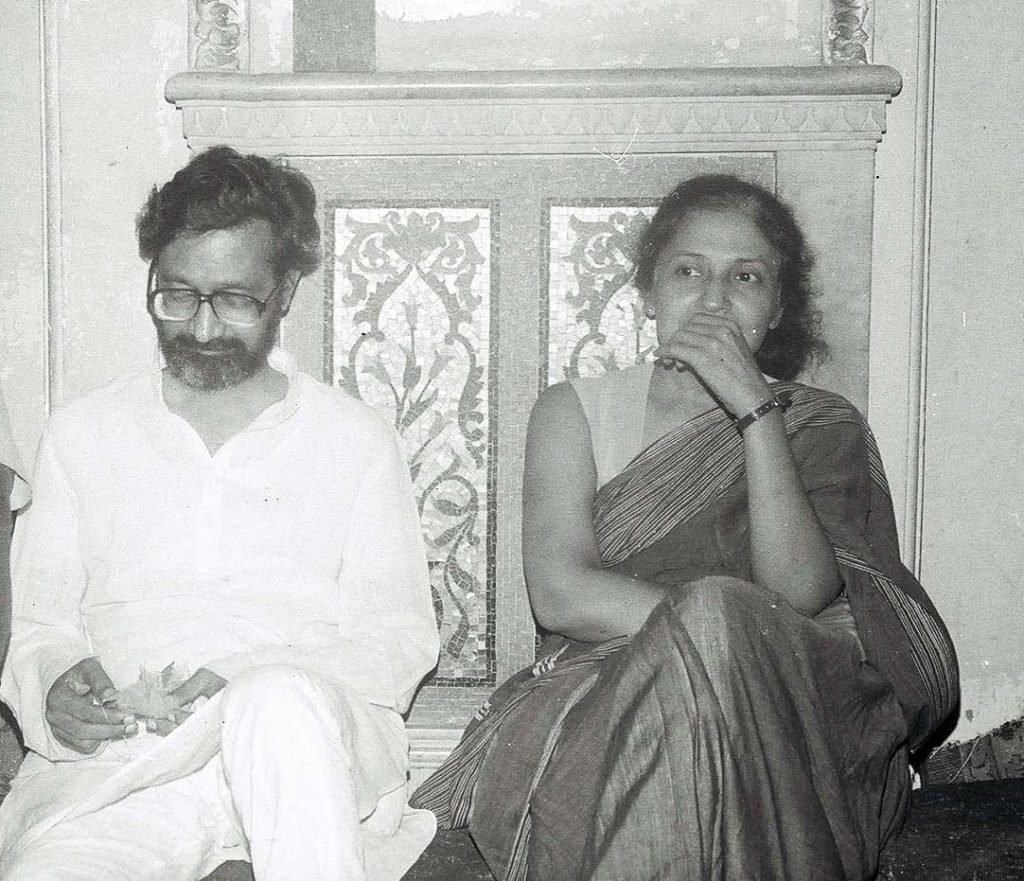
Left- P.S. Rajan. Right Mrs. Panna Rajan 1986 At Musical Concert at Laxmi Vilas Palace Baroda

Unusual Elevation

Planetarium

Staircase
Ashwati Viswanathan Heena Sata
Jayant Kale Excellent write up by Prof. Prakash Pethe, supplemented by lovely photos of Planaterium Building at Baroda
Suhani Taneja Naitik Patel Jayshil Patel Purvesh Patel Manali SutariaShailesh Patel Tanuj Patel Pranjal Patel Kanishk Bhatt
Kanishk Bhatt Suhani Taneja thanks for the share.
Ninad Wader Indeed a great personality sir !
Rakesh Pandya I miss you sir.Jay Bhagvan.
Chandravadan M Parikh Thanks Pethe Saheb for HIGH Ar Rajan’s Inclinations towards Profession & Life.
Pallavi Mahida We at SVIT were lucky to have spent a long time under the mentorship of Rajan Sir. Thankyou Pethe sir for the excellent write up.
Deepti Verma Bansal Rajan sir the most generous person I met. May his soul rest in peace.
Leela Kasthuri I am so happy about my brother ! reading this article you will know details about his achievement. He redesigned Meher’s flat
Chitra Ramanujan One small correction.He studied in Hirakud,not Nagarjuna sagar. Thank you Sir,for this beautiful write up about my brother.
Prakash Pethe Aditi Rajan Sorry for the mistake.
Aditi Rajan Prakash no issues… Thank you so much 🙏🏼Prakash Pethe Thank you very much, Pannaben, Aditi, Vivek, Chitra Ramanujan, and Leela Kasthuri and Megha Naik also.
Rajesh Bhatt No words to describe such a legendary person. A perfect faultless architect as an inspiration to younger generation. A person you would like to interact with as he had a sharp IQ and a deep sense to understand people. Will always miss him. We frequently used to have our morning coffee together.
Vibhavari Kulkarni More active on facebook these days. Good.
Nigam Oza I would buy that collection if published
Vibhavari Kulkarni My pleasure.
Prakash Pethe You can create a word file and start pasting notes from 29th May 2019. I am also doing the same. I am not sure about publication.
.
98.AR/ SURYAKANT PATEL (SLP)
On 2nd July 2001, I received a call from Architect SLP’s office. I
entered his office for the first time. I had seen all his works in
Gujarat. He was a large-hearted royal man. Also visionary and could
visualize future needs. Without meeting earlier we knew each other. He
said “We have all the details about you and your works about town
planning and architecture. We need your help to complete our planning
course. We shall appoint you as head, give you a quarter to stay and
. . .”
” I said “That is alright; I accept the idea and do as per your needs.
But I shall stay in Vadodara, and complete the course.
I received the appointment letter from Arvindbhai Patel Institute of
Environmental Design signed by Suryakant Patel Hon. Director for
teaching at Post-graduate Course in Urban and Regional Planning
(Bhaikaka Center for Human Settlements).
I did my job by going four days a week to Vallabh Vidyanagar and
helped students. They all passed with good score. The institute
continued calling me every year and I taught for eighteen years. SLP . never entered in my class, nor interfered in my work in any manner. I met him only once after a few days. He must be getting all the reports.
The association of eighteen years is a long period. Several Principals changed during the course.
But there was a change in the form of Official Town Planner as Head of M.Plan.(2008-2009) His arrival made learning and teaching more systematic and
meaningful. He conducted at least three study tours in a semester that became the unique feature. It was great fun attending all the study tours.For all these years I preferred to be visiting faculty. I remember theold and new staff. Pav Bhaji and Chhole Bhature from the canteen. Thelibrary was useful. Now SLP is no more, and also the course for Master of Urban and Regional Planning.It was a very popular course throughout India. Students from Andhra Pradesh, Uttar Pradesh, Arunachal Pradesh, Karnataka, Kerala,Chhattisgarh, Madhya Pradesh, Assam Maharashtra, Saurashtra, and South Gujarat took the benefit and did very well.
Kaivalyopanishad says, “Rishis prayed for the cultural evolution of the entire Kingdom of beings”. I loved the students. I remember them and they remember me. That is my invaluable virtual possession
Jayant Kale Prakash Pethe, excellent write up, very good command on English Language, you also knew me and visited twice at my place on different occasions. Thank you Prakash jee
Anil Navangul Nice to remember.
Hrishiraj Sharma The respect and love for BCHS will always remain alive in our lives and hearts. Today wherever we are, as we have become capable to offer our service as Town Planners to our respective states, this is only because of the wisdom of our respected “Guru”s. Sir you and all other respected professors enlightened our lives and we were prepared to serve for our public. We will always miss our Institute and those memorable 2 years of enlightenment.
Shashikant Kumar I too joined on hearing about SL.P. and his vision. Great teacher as he was inspired us. BCHS growth has contributions from many including Sudhir Thakur, US Mehta, GOPAL Shah, Kaushik Panchal, Vibha Gajjar and many more. They continued their association for long. I do wish all best of luck and formally thank PETHE sir to have remembered our association and cherished
Kaushik Mehta I am proud to have memorable association with APIED as visiting faculty and shared thought with PETHE sir. He is real teacher! It is unfortunate that institution has to see such a phase in absence of SL. P.
Jayant Kale Prakash Pethe’s narration is worth recording
Sunil Joshi Great write-up. Loved the last line the most.
Chandravadan M Parikh This is Really Excellent Tribute to SLP. Each Word is Truly Said Pethe Saheb.
Bhaskar Sathe I was fortunate to have a teacher like S L Patel . He taught building construction to our class of 4 th year , at Kakabhavan. Year was 1958- 59. More than lecturing, he would prefer to guide us on the drawing boards individually or in a group. I remember he asked us to design a Display Window of a Shop and work out its construction details. He was graduated in UK at Leicester University.
Some of the students of Kalabhavan were in UK during 1960- 75. I remember then some of us met
S L Patel while he on a visit to London. So also, we had gathered to meet M B Achwal on 2 occasions when he came to London. As you say Prakash, it gives immense pleasure to both students as well as teachers to remember and meet each other.
Enjoyed your write up. Look forward to read more.
Sudhakar Sahasrabudhe Dear Prakash I am not aware of any of your writing/writings. Sudhakar.
Parth Bhatt Prakash Pethe sir thank-you for sharing such experiences with us I was very fortunate to get to study under you with other faculties at BCHS
Kaushik Panchal I was the first student to join the course. this course has really helped in widening the vision for life.
Mangesh Nabar I have been reading these short notes being an outsider( an engineer) but the style and sincerity in Prakashbhai’s writeups makes me to read one after other notes. Here today, I may not know late SLP but felt need of such dedicated teachers to our nation. Thanks.Ravindra Abhyankar Mangesh Nabar Mr Nabar, I agree with you. Me too, I am totally out of this domain.. Not an architect, nor an engineer.. प्रकाशभाई and me, we were neighbours for four to five years.. But we became fast friends.. His description of architecture in simple language has made me his fan..
99.WALTER GROPIUS, LE CORBUSIER AND ALVER ALTO
I wrote biographies of Leon Batista Alberti, Alvar Aalto, Inigo Jones, Le Corbusier, Walter Gropius, Andrea Palladio, John Bentley, Giovanni Bernini, Filippo Brunelleschi, Michalezo de Balrtommio, Frank Lloyd Wright, Christopher Wren, Edwin Lutyens, Vitruvius Marks, Louis Sullivan and information about Pagoda, for the Encyclopedia (Viswakosh in Marathi) for Marathi Sahitya and Sanskriti Mandal, Government of Maharashtra. It took eighteen months as I was working in a private office. I am thankful to USIS Library, British Council Library, and Sohrab Bharucha Library of the IIA Mumbai.
I stayed at Wai( 85 km from Pune) situated on the banks of scenic Krishna River, for four days and worked in the “Pradnya Pathshala Office” Wai is known as South Varanasi. Several Hemadpanthi temples and well detailed Ghats look fabulous in the evening (sorry I had no camera in those days)
For the work which I did, I received rupees hundred, for writing biographies of each architect in 150 words, I had to read several books. This was a rigorous study which was very different. To get the up-to-date information I wrote to Le Corbusier, Alvar Aalto, and Walter Gropius who were living and working. Aalto was out of town, so his office redirected the letter to Helsinki Library. They sent me some photographs of the current works of Aalto. I was shocked to know that the information of an architect was available in the City library. Walter Gropius sent me a letter “I send you enclosed my biographical data and book written about me by Professor James Marston Fitch, There is such an infinite amount of books and articles that it is impossible to provide with all that material. I refer you to the book by Siegfried Giedion, “Walter Gropius, Work and Teamwork”, Reinhold Publishing Corporation, New York, USA.

Sunil Joshi Great memories, great write up and work done at 25👌🏾👍🏾
Alka Gudadhe Great work! We never know about this. Good that you share it now on FB.👍👍
Jignesh Vyas hidden treasures in the stories you tell us…. thank you Pethe sir.
Kaushik Mehta Inspirational always!
Bhaskar Sathe Great work, Prakash. I wish I had a chance to contribute to Wishwakosh by writing
on some subjects. Lucky you are.
ભાર્ગવ મૂકેશભાઇ શુક્લ Sir, you are always inspiring…
Jagdeep Desai Fantastic
Rao Anil Great
Himani Vashi Thats truely amazing.Literature makes architecture interesting,rather Literature,poems creates architecture and vice – versa Sir.I losed chance of learning something ,rather many things under you,as i didnt have you as a faculty in any subject or I might have opted for other Electives Sir.Anyways ,Pls keep updating more,here.
100. G.B.MHATRE – MY PROFESSOR
.
One of the important architects of Mumbai was G.B. Mhatre FRIBA; a gifted architect was my professor. He built 79 structurally sound, functional, and delightful buildings all over India and out of which 43 are in Mumbai in 34 years of his practice. I remember to have seen his decent office.
There is a book written by Kamu Iyer “Buildings that shaped Bombay – Works of G.B. Mhatre”, Contributors to the book are Ar. Anant Raje, Ar. Mustansir Dalvi and edited by Kamu Iyer. published by KRVIA© 2000 JVPD, Mumbai, An excellent production. Thanks to KRIVA.
GB, as he was called, spoke little but worked on board of every student and guided him well. Born in 1902 trained under Professor Claude Batley. GB’s comments on our drawings on the board were theories of architecture. He was a charming personality. We hardly questioned him in the class.
Learning in J J was precious as all our teachers were practicing architects from Mumbai. Today the scene has changed, readers, professors are appointed on the bases of higher qualifications without considering their skills in BUILDING. Prestigious Pritzker Prize and National awards in architecture are primarily given to those who have produced good buildings. Architecture is much more than theoretical texts and drawings. That is why I remember G.B. Mhatre sir.Top of Form
101.VASANT APTE MY CLASSMATE
यथा काष्ठं च काष्ठं च समेयातां महोदधौ |
समेत्य च व्यपेयातां तद्वद् भूतसमागम: ||
Similar to the two pieces of wood which come together in an ocean (by the stroke of a wave), a human who is separated come together at the time of great difficulties. That is the time where people who really care for one stand beside and support.
We were together in the same class for five years at J J College of architecture.
He went back to his home town in Pune
Name of his firm is Apte Sane & Associates (today) Pune
I migrated to Gujarat
I retired and teach
we never met after we left college.
He left this world………..
It is about architect Vasant Apte(1935-2014) my classmate a fair, tall and handsome.

While teaching he found that there is no comprehensive book on professional practice.
He stopped working for writing the book “Architectural Practice and Procedure” But no publisher was ready to take it on hand.
CoA and IIA also did not help. He lost two years though the manuscript was ready. He knew that I had published a few books. He found my number and asked me “this is a long story, now what should I do?”
I said “you print at your cost and publish. All colleges would buy” My contribution was only one percent. He did so, and now it has become a useful textbook in several colleges.
102.DRAFT DEVELOPMENT PLAN
1966-1967
I worked on the first Draft Development Plan for Vadodara, on contract bases. I was a bachelor and ready to work for any number of hours. Our Town Planner stayed with his family in the adjoining apartment, who was trained in the UK.
For references, we had Jacqueline Tyrwhitt’s (1905 –1983) book on Patrick Geddes. Two volumes of Draft Development Plan for New Delhi published in 1962 for the first time in India, and several books on Town Planning. Central Library was a great source. A map of the city prepared by the Surveyor-General of India. (It was the best map I have ever seen, specially made for Baroda). Aerial photograph of the city showing every detail of the ground. We had a map of Chandigarh also.
There were no Xerox machines. We wrote notes by hand. After nearly one and a half year our exercise was over and we handed over the Draft Plan to the then Municipal Commissioner. He accepted it like a glass of water saying keep on the table. He did not show any curiosity to see it and said ok. (Means go) This was the first strange experience in life that I remember even today. But afterward, I met many who loved me.
For us, from day one we two-three architects were enthusiastic about the assignment. It was knowing the city and working on the drawing board. Making notes, taking photographs of significant buildings.
We moved in and around the city from 8 am to 12 noon on the bicycle. Resumed to studio work from two pm to unspecified time. Discussion on the information collected from the surveys. Met many important personalities and noted their suggestions and views about the development of the city. Today I realize that none of them had vested interest. Their suggestions were impersonal and useful for the development of the city. See the green spaces provided along the river and other area
Subhash Phadke खूपच छान! It is worth noting that you met people who didn’t have any vested interest. समविचारी लोक आपोआप एकमेकांना भेटतात, नाही आकर्षित होतात. लिहित रहा, खूप खूप शुभेच्छा!
Pallavi Mahida This is really great . These stories give us an insight on what an encyclopaedia of diverse works you are. Feel so proud to be associated with you.
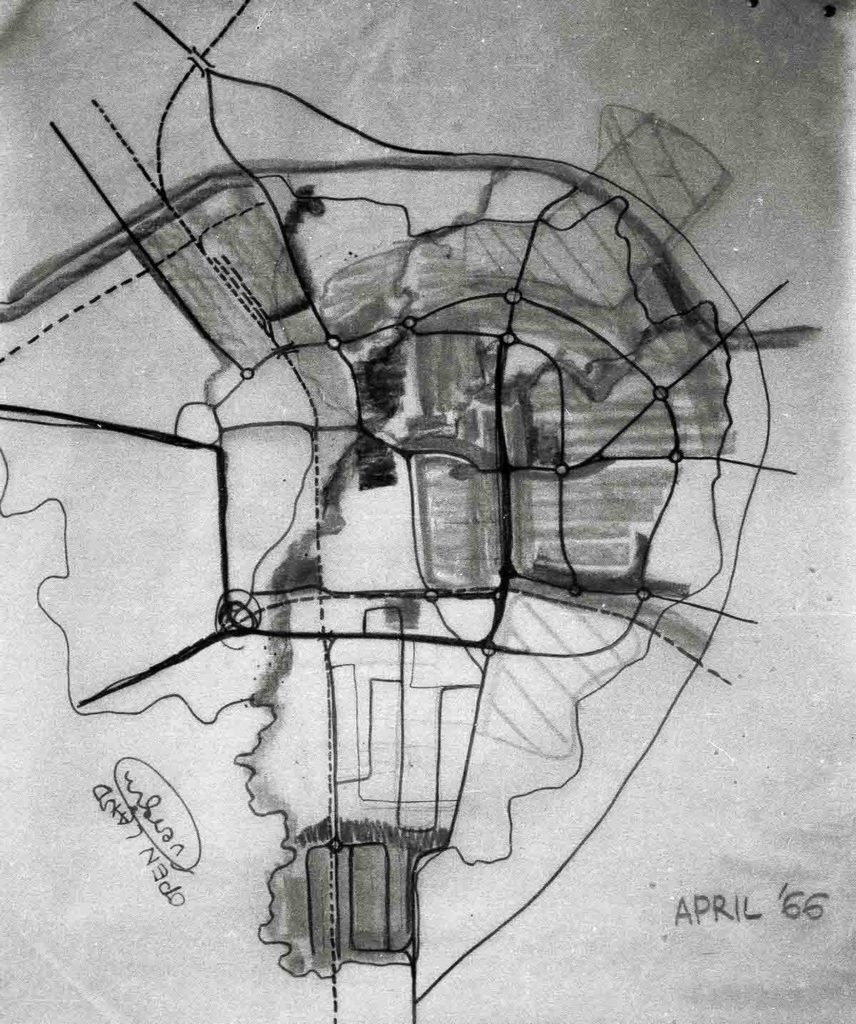
Bhaskar Sathe So lucky u r to have such a golden opportunity to work upon and contribute to
preparing development
plan of Vadodara city.
Congrats.
Shashikant Kumar These are valuable notes and information. Vadodara would be proud to have you and team for it’s first plan. You are among the humble ex service personnel of VMC.
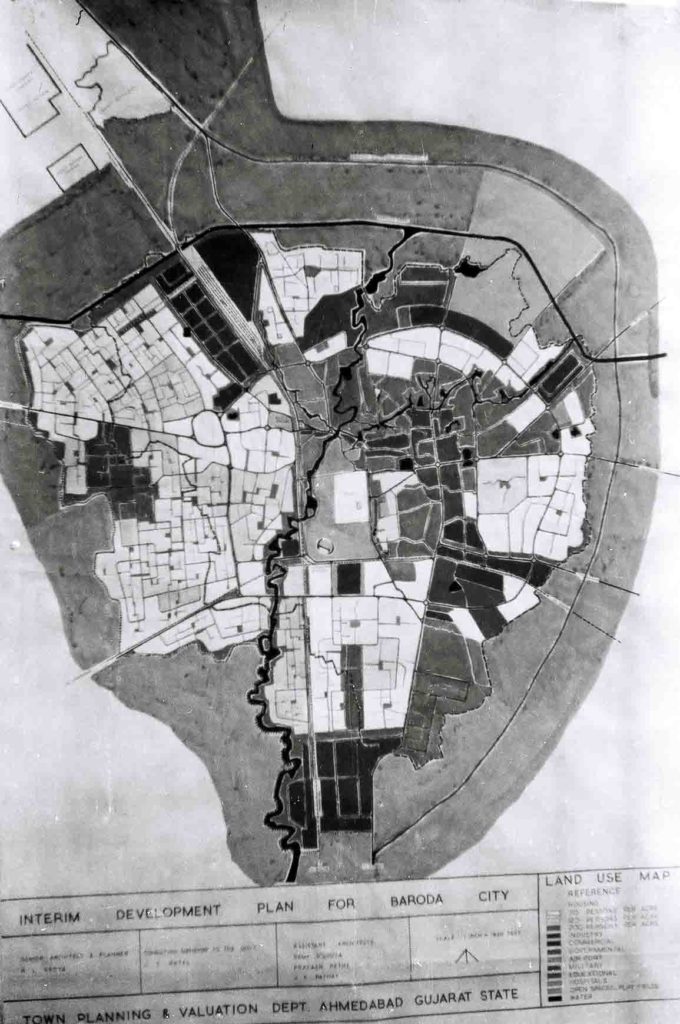
103.Laying Out 1000 Houses on the ground
O lining out (Marking) 1000 houses on the ground. (1971)
O Low-Cost Housing Project for the flood-affected people.
O it was the experience of laying out such a huge project.
O Duration of work- four to five days.
O Simple method to have a string marked with 3, 4, 5 and 5, 12, 13 made into flexible triangles as per Pythagoras theorem. No Total station, No theodolite.
Today it is said that The Pythagoras theorem was known to Egyptians, Chinese and Indians before Pythagoras. Baudhayan in 800 BC in India as Shuba Sutra is the theorem. Today there is an urge to know who did first? Indians or others?
O Team: myself, a deputy engineer (who with his knowledge and skills became a City Engineer), plane table surveyor, two helpers
O Materials- two bags of Lime, four bundles of strings. Wooden pegs, three-four troughs, hundred feet long tapes.
O Gauchar land was given to local authorities to build low-cost housing.
O the procedure of work. Transferring the visible land on the map and tallying with the map for the housing plan. Locating useful benchmarks to start laying out roads. Two helpers were useful to hold the string that made a rectangle
It was not a great work but had too many constraints. All areas around were fields. There was no reference point. No TP stones. We drank water from a well nearby.(48 years ago)
To mark so many dwellings on site was a task. But we did it.
Subhash Phadke Many a times ordinary work done with full commitment becomes extraordinary
104.“Moje”, “Kasba” and कसबी (expert)
Mr. Trimbak Narayan Atre, a retired Mamlatdar wrote a book called ‘Village Wheel’ (गाव-गाडा) in 1915. It is considered a classic today. He said there were two types of villages “Moje” and “Kasba”. In Kasba skilled people resided, such as Blacksmith, goldsmith, carpenter, mason, barber, potter, priest, cobbler, tailor, Dhobi, etc. They were service providers. The village was dependent on these experts (कसबी) and they were given agricultural produce for their work. The job of an architect was handled by masons and carpenters.
Now the story is like this. I was working in a Local Authority. A few colleagues asked me to design their houses. A head clerk asked me to design a house for his daughter. I did it. He was happy and invited me to ‘Vastu’ and presented a set of steel plates. Like a carpenter was given something for his labor in 1915. Three Executive Engineers sought my help. They spent a huge amount on furnishing the house. One of them wanted a four-bedroom house, three for his daughters and for him. It was a lavish house in those days. He insisted that his gas cylinder should be outside for safety and a safe deposit vault (it was known to mason, the owner and me, really a secret place difficult to guess)
He also demanded a traditional wooden stair. All his design
needs were fulfilled. But unfortunately, he died early and his house was sold. He also invited me to “Vastu”. That’s all. He might have thought a few lines on a tracing paper costs nothing. (Forty years ago) But never thought about my several far-away site visits. With malice towards none, I was happy to have experimented with spaces and volumes at their cost.

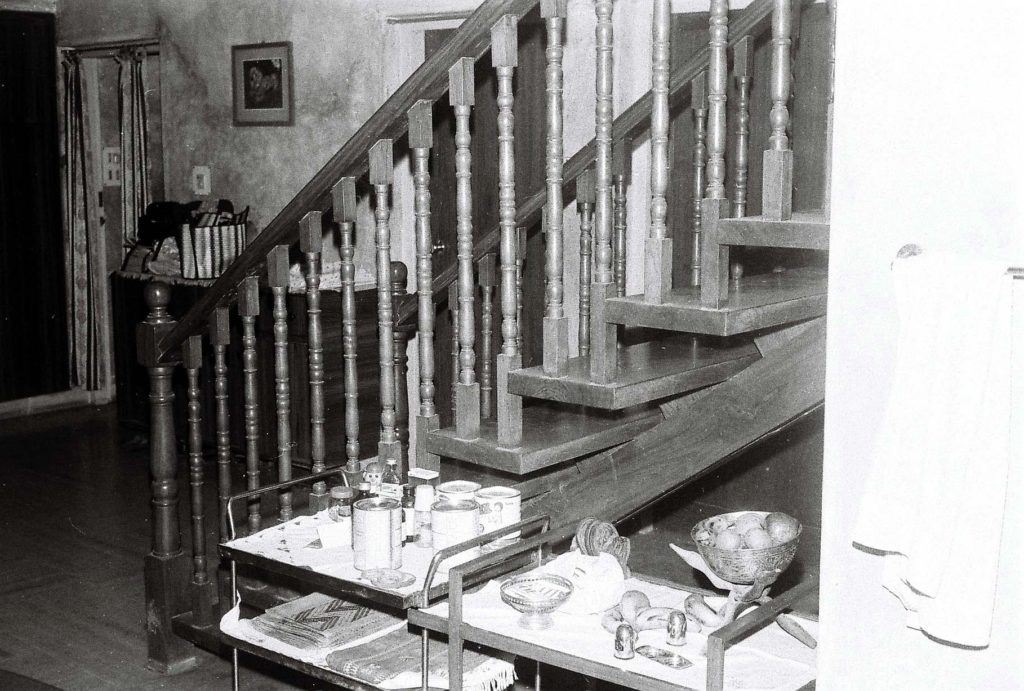

Front Verandah

Windows – Triangular arrangement of permissible projections
Good to sit in the evening.
105.I and Municipal Commissioners (One)
“Your proposal is approved by the general board and I have sent the file to MC. Very soon you will get the letter,” said the municipal secretary to me in the corridor. I was working on a temporary basis for four years for making DP and TP schemes.
I received a letter for the regular appointment.
One day a peon came running to me and said: “Saab is calling you”. I was surprised “why MC should call me?.
I went to his cabin.
“Sit,” he said
I sat on the edge of the chair.
“I am told that you are the one who knows the city well”.
“Because I worked on the development plan.”
“Can you draw a map showing what will happen if our dam bursts. I want it before five in the evening” MC said.
I came out with little apprehension
I collected the contour map and placed a tracing on it and started marking a contour line that can be inundated if the dam bursts. I used color pencils and pastels and worked out an ‘image’. I prepared the map and entered the cabin at four-thirty in the afternoon. I explained to him water levels on the map and told him that almost the entire city seems to be in danger. I looked at his face. His eyes were glittering with satisfaction.
“Thank you Mr. Pethe for a good job,” he said.
No one knows that I drew that map till this date.
From that day I became his favorite. He kept that opinion until he was transferred. He published the map in the newspaper the next day and saved local authority from criticism of flooding the city due to the release of water. When the reservoir reaches a danger level the water is released for the safety of the dam.
Vishnu Venugopalan Inspiring event sir
Shashikant Kumar Where is the map? We can trace it or not
Prakash Pethe I do not know where it has vanished
have all the HFL at various locations.
106. I and Municipal Commissioners (Two)
The commissioner who liked my map called me again.
I was wondering. Why?
He smiled! Asked me to sit.
“I have an additional charge of Development Authority. I would like you to join.”
“I don’t mind,” I said
He gave me a paper. Write a letter to me that you would like to join”
I thought, why should I write an application when the authority wants me?
I looked at his brownish eyes.
“What is the problem? Write two-three lines and sign” he said.
With reluctance, I wrote two lines and handed the paper to him.
Then those two lines turned in to RAMAYAN
The issue of deputing me to the authority was discussed in all Committees and the General Board.
It got headlines on the rear page in many newspapers.
Times of India gave the news on 5th July 1978 “Civic body Okays proposal to depute architect. The proposal came under fire from the Congress (I) but was approved after being put to vote. It was carried by 22 votes to 8 votes, with two CPM members.Mr. Keshvrao Surve (CPM) (my well-wisher) felt that the architect should resign and go if he was so keen on joining UDA.”
I think MC must have managed as his prestige also was at stake. I demanded two more people.MC said “You will get them “I got one but did not get the person of my choice.
I enjoyed the key post offered, to appoint new staff, float tenders and procure the materials to establish the office from nothing
.
But after few months CEA was transferred. I lost importance for some time. After three years, MC of the VMC was insisting CEA send his man back (me).
CEA asked “are you related to MC”
“No”.Not at all. I do not have any patronage since I landed in Gujarat”
He relieved me and arranged a grand farewell party for me (which rarely happens).
But sometimes I remember my application and the annoyance after.
Shashikant Kumar Those were really simple times when it must be looked as great job and responsibility. MC during those times were more connected to town planning than today. VMC do not have any such planners today.
Prakash Pethe Government of Gujarat gave him to prepare a perspective plan which is a good document. He had eye for planning. I several stories which I will share with all readers.
Kaushik Mehta I was fortunate to have your guidance during my summer training at VUDA in the year 1979. I saw Ariel photographs and VUDA DP. I prepared growth centre plan for Padra Growth Centre as a part of training.
Shashikant Kumar Kaushik Mehta sir if you have some personal records of those plan pls share personally. I am trying to prepare a collection of development history maps for planners.
Kaushik Mehta Shashikant Kumar Sure. I have to dig out and send you
107. I and Municipal Commissioners 3
I was appointed as Technical Assistant to Chief Executive Authority. A term or designation coined by MC who was MA in English from Presidency College. There were two Mamlatdars from Revenue Department. They called themselves “Trouble Shooters’ capable of doing any work under any circumstances. One of them was Anavil, the other was outspoken Patel. An accountant and two-three other people. Two Assistant Town Planners came from TP and VD.
I had all the responsibilities to establish a new office including inviting tenders for furniture, appointing drawing staff and all that was needed for an office including to design a logo for the authority which was designed by my creative colleague.
I wished to have a map of the city similar to one that was made in 1886 by Survey of India for the city of Baroda that showed everything on the ground including contours. I was permitted to visit the head office of SOI (Western Circle). The whole office was very happy to see someone interested in such a job. The Head of the office was from the Western Ghats was very happy to meet me.
Another important work was to survey all the villages of the Urban area (714.56 Sq. km). It was memorable for all four of us. One day we drove our jeep through a cart-track and we reached a village. Looking to jeep villagers gathered around us. An old man said “ for the first time in our life we have seen government officers. After the survey I thanked all and were to proceed to another village, some villagers said “Saab you cannot go without having a cup of tea from us. Not a single house had everything to prepare tea. They collected sugar, tea dust and milk from different houses and offered us tea. That gesture of hospitality is unforgettable.

Logo designed by my colleague
Kaushik Mehta Very interesting and inspiring
Delete or hide this
Sudhakar Sahasrabudhe Great design for logo you have provided to authority. Sudhakar.
Preeti Pethe Inamdar Had there been whatsapp and facebook those days of your village surveys, you would have become a celebrity
Subhash Phadke I have also experienced the hospitality of really poor people. It is well beyond their means but refusing to accept it hurts them even more. Such is life. We often see that well to do people are very calculative in dealing with visitors while the poor people are overwhelmed by the occasion.
108.I and Municipal Commissioners (Four)
During my service period, I met many Municipal Commissioners. Though everyone was IAS each one was different from the other. One was a bird watcher and wildlife photographer. He had an interest in the city zoo. He created a pond for water birds. An orthodox Rajput belonged to some dynasty in Kathiawad. He was tall fair, and had mustaches like Sam Manekshaw,
He must be a friend of Ruben David*. He formed a committee to improve the city zoo. I was one of the members including the curator. He was the chairman and Shri David was the guest consultant. Once I accompanied MC to meet Mr. David.
After MC was transferred the committee was automatically dissolved.
There was an open competition for designing the Delhi Municipal Corporation Building. He called me and handed over the Brochure and said: “take part in the competition and as soon as you are ready with the design you call me”. he said There is one month to go”
We prepared the design. Our carpenter made a beautiful model and I informed him.
He straightaway came to our studio. Other departments were shocked as no commissioner had ever entered any department. He saw the drawings and model and liked the project.”Give me a paper” He said. I gave one. He wrote himself the covering letter explaining the project and said: “send two persons to Delhi to deliver this huge wooden box”.
Once he said “I have heard that you are a photographer, take this camera and shoot the city, especially the zoo and give me the negatives. I don’t get time.” I was reluctant to take his costly Nikon camera. He sensed my expressions and said “Use as your own and don’t worry. It was a great chance to cover whatever was worth, I clicked and handed over him the negatives
*Reuben David (1912 –1989) was a zoologist and the founder of the Kankaria Zoo in Ahmedabad.
Photos by Author. On 6th May 1984 at Ahmedabad, MC supervised the execution of water body himself

Ruben David (white) at Kankaria Zoo Ahmedabad
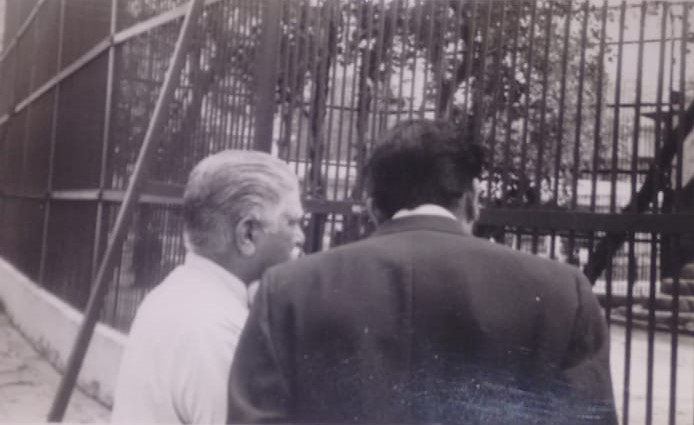
Ruben David (white) at Kankaria Zoo AhmedabadSunday
109. I and Municipal Commissioners (Five)
One day I received an order from MC saying “ you are appointed as TDO Building permissions in addition to TDO (Town Planning) He ordered it without seeing me.
MCs have confidential records of the officers to decide their transfers or postings.
I had to obey the order as per service rules.
The officer who was transferred got up from the chair and said: “Now sit here.”
I heard people saying “ He is a straight forward chap and not suitable to handle this sensitive post”
Now it was my turn. A man who designed buildings for the whole life was to sanction the building permissions asked for. I was no more a private individual.
The next day MC called me and said” I know that you will be able to handle this post. But do not hurry up in granting permissions. The most unusual thing I did was, I kept the door open. It was not liked by many.
Afternoons were reserved for hearing people. From super-rich to very poor, all entered the cabin at any time. I received many tricky cases and complaints from the poor. But it was easy to deal with them.
I made some temporary enemies and permanent friends.
Building permission from a doctor was pending for a long time which I approved after verification. The doctor was surprised. He came to thank me. Now he is the most reliable medical advisor for us. I enjoyed the post in with pressures, as well as wholehearted support. I retired without any blemish.
Shashikant Kumar People must understand it’s easier to be honest than corrupt for many. You have done your assigned tasks makes only your service valuable. Vadodara might have been fortunate sir.
Kaushik Mehta It’s because of honesty, transparency and your simplicity won confidence of people and your boss
Rakesh Pandya Congrats Sir
Subhash Phadke I have read somewhere that honesty is the best policy. You have proven that it is also the best practice! May we all have many more people like you!
Sharad Marathe प्रामाणिक राहण्याचा मार्ग फळ देतो हे अधोरेखित झाले। अभिनंदन शरद मराठे
110. I and Municipal Commissioners (Six)
The fourth time she sat in the chair of Municipal Commissioner. A rare personality and matured woman with bright eyes.
She spoke polished English. Some time she fired someone with a shrill voice.
I was in her good books.
But once she became wild, when I could not complete the demolishing work due to various reasons and the administrator never likes to hear explanations
She said “I will suspend you”
But she did not; after knowing the story of the demolition process.
She was quick in making a decision and remained firm. Once because of misinterpretation of DCR all permissions were on hold for a long time but with my short note, she sorted everything within two days after her appointment.
She worked very hard. Once in a relaxed mood in the morning, she removed her hairband and with a jerk of a neck, collected all her black hairs and tied in a knot again. And said, “What happened to that file?”
“I have brought for your signature”
“Good ”.
Once she asked me “Should I send my daughter to architecture?” She knew that I was invited by MSU to teach.
“If she is good in physics and mathematics let her go to IIS in Bangalore” I don’t know what happened after.
On the day of her transfer, I was asked to felicitate and thank her. She spoke well about the staff and expressed her joy to have worked with all of us.
I heard that she retired from the government, and went back to her native place. I was in her city while touring, I called her “I would like to meet you.”
She said in a very low voice that she was not in a position to meet anyone.
“Thanks for calling,”.
Then I got the news that she died. Normally MCs are not remembered, but she was one to remember.
Municipal Commissioner 7
Sir, he is not well”
“Bring him in the ambulance”
Though I had a fever I reached in his cabin, on my own without using an ambulance.
For the work he called me was not my work. He agreed after my explanation.
MCs are posted for three years to manage the proceedings and administration of a city. So one goes and the other comes. Hardly one percent of the population remembers his name. They serve the government anonymously. But few commissioners are remembered.
S.R. Rao IAS, Municipal Commissioner did not sit in his cabin but was in the field. He demolished unauthorized buildings of the corrupt builders during the outbreak of the so-called plague, that played havoc. He was like a god for people of Surat.
After completing the assignment at Surat he said in an interview that
“I’d ideally like to complete at least 20 years of service to avail of the pension benefits”. While he would prefer farming to administration”.
He had to work for long hours. It is not easy to say YES or NO to hundreds of files per day even if he is trained as a fast reader. However, it is not a creative field.
Other than his batch nothing much is published in the newspaper after his appointment. The staff working at his home knows about his day to day life. MC never develops intimate relations with anybody. It is dangerous for him. Once selected as IAS his life becomes a secret. They have friends among their batch mates and one would not find them on road or at any Nukkad.
I remember a commissioner when he arrived in the office two peons walked ahead of him clearing the corridors as hooter jeeps ride ahead of the ministers. One day after his retirement I saw him in a queue at the railway booking counter. I looked at him and he smiled in an unusual manner
111. My Mama (1926-2006)
My Mama was a well known, Cinema Banner Artist in Vidharbha and Khandesh. He had a big studio having a dozen artists working day and night to catch the target of releasing a new movie on Friday. Putting up a 6 m X 3m huge Banner and fix over marquee of a theatre on Thursday midnight was a celebration. As a schoolboy, I stood among the crowd watching that event. It was like a consecration. In just half a rupee one could buy dreams along with ethereal melodious songs.
Mama was a child prodigy. He could draw and paint well. Though he was senior to me, behaved like a friend. I stayed with him during the summer holidays.
He never allowed me to paint faces but asked to paint the background and other things. After his marriage, fair-complexioned blue-eyed Mami was the leader of the house and the studio. She looked after the house and the studio and helped young assistants with motherly care. Pencil sketch sent by Mama’s son (scientist in agricultural technology in Bangalore) is a master in pencil art without formal education at Art school, is known all over the world in that circle.
Mama looked at every visual with tremendous concentration and was a true artist without formal education in art. Mama-Bhanja’s relation in our culture is very special. Inspired by him I also firmly decided not to work under any master’s in life and I followed.
For me, the formal education of architecture came the last. Firstly, I learned Making Ganesh Idols in my head master’s studio from 7th to 11th standard. Used Winsor & Newton Artists’ Oil Colours in Mama’s studio. Writing skill was developed by, my middle school teacher. I learned Photography at “Lens Light Studio” in Kalyan during vacation and then finally joined J.J. College of Architecture. Mama was my guide in many respects. I dedicate this 75th short-note to him.

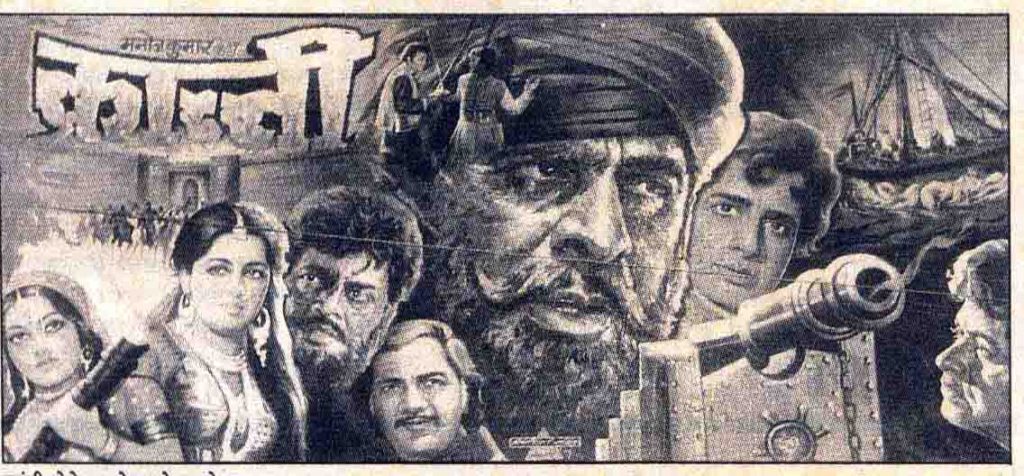
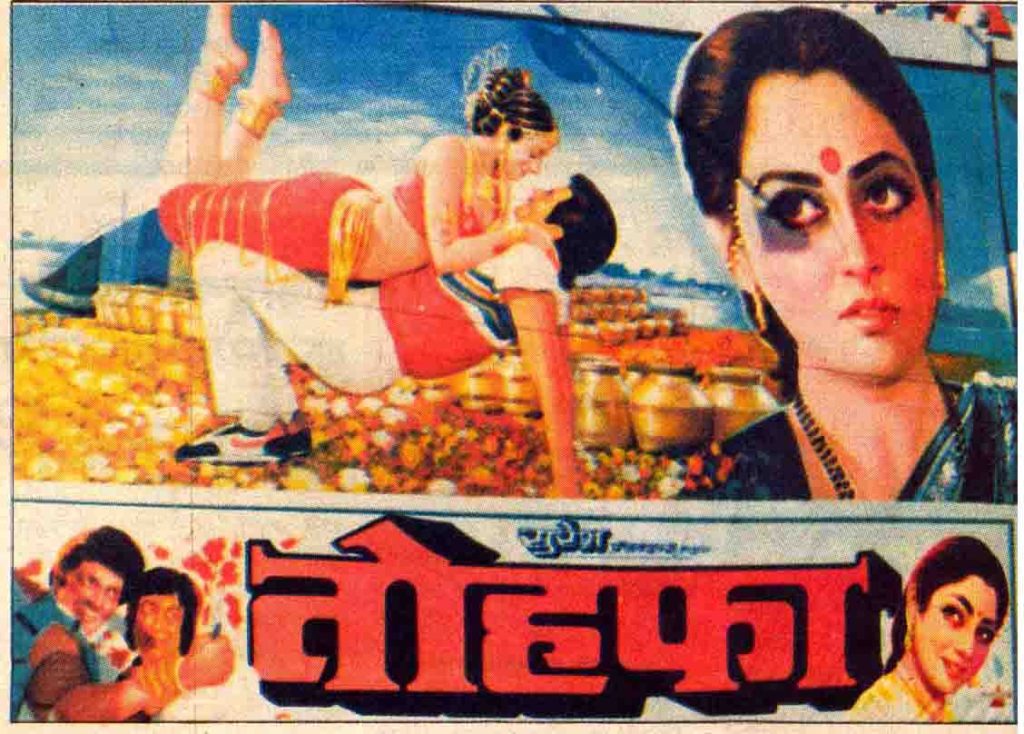

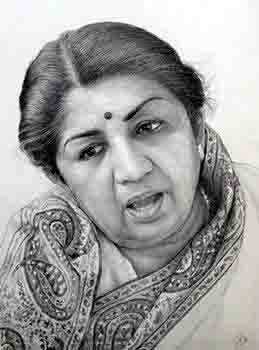
112.What will you do next after M.Plan
I asked students of Master of Planning “what will you do next”. The majority of them (B.E.Civil) said we will try for a government job.
“Why?”
“To have stability in life”
They felt that life is not easy.
It is true. Instability in life after a certain stage is very painful unless one has the option to earn some other vocation, art, a skill that can pay. They were realistic to visualize the future.
But sixty years ago joining a government office by an architect
(not planner), was considered as substandard or second rate. In government, a person loses his identity and becomes anonymous. Personal expressions are curbed. Ultimately the design belongs to none.
Appreciation by the users is always solicited by a creative designer. In government, anonymity becomes the personality.
Practitioners, critics, writers, speakers get respect from society and also praise from the fraternity. If one accepts the anonymity of a profession he can simultaneously excel in another discipline.
But architecture is like classical music, which needs practice and improvisation.
.
The creative form of architecture is superior to all other aspects of architecture that may be teaching or writing.
Late V.P. Kale is known as Va Pu (1932-2001) a famous storyteller and writer who wrote nearly fifty books that were popular in Maharashtra. He received prestigious .fie foundation Rashtra Bhushan award. It is given to creative persons with an exceptional contribution. There was a famous film based on his story called Piya ka Ghar (1972) He worked as an architect in Mumbai Municipal Corporation. After his death, many newspapers wrote an editorial about him.
Dinanath Mangeshkar Natya Griha of Ville Parle Mumbai was designed by him, is very popular even today. He must have enjoyed his success in life as a designer, but anonymous as an architect.
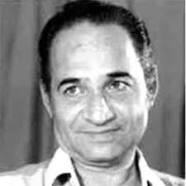
113.Padma Bhushan. Dr. B.V. Doshi
Now Professor Balkrishna Doshi is Padma Bhushan, it should have been given before he received Pritzker Prize in 2018 as P.P is an international honor. Charles Correa should have lived longer to get it.
In 1965 we went to see B. V D. at his house. “Let us sit on the lawn,” he said. Three of us listened to him for more than an hour. He said, “You must think twenty years ahead of your life”. We were worried about what will happen next year; however, those were the days to listen.
Afterward, I hardly met him. The problem was what to talk with a person without any specific purpose? He is an elderly and well-known figure in the fraternity. I prefer to read somebody’s book or see his work rather than meet him.
Apart from architecture, I like him for his evergreen health. There could be reasons for that. I think maybe he is curious about everything. He is a great traveler and a photographer
My three friends worked in his office. I visited them late in the evening after BVD left the office. They told us many interesting stories about the office. “We made drawing as per his guidance and in the afternoon he would come and say “ change in this manner” Next day he would come and say “change it totally and draw as per this sketch” This could be another reason for his well being, not being happy with his own work instantly.
My friends used to tell me that “he has tremendous control over various grades of pencils. He drew a wall without using a scale and it used to be exactly nine inches every time. No work ever went out of the office without making experimental models. I kept it in mind. “He is also a connoisseur of music, literature and other arts. He is different.
114.Joseph Allen Stein and his Kodak role
Whenever students of architecture go to Delhi they are recommended to visit India Habitat Center designed by late Ar. J. A. Stein.
But, I remember Stein for his benevolent gesture and helping nature. In March 1965, I was in Delhi. My architect friend B. D. Sathe took me to all the places within Lutyens’ Delhi and showed the works of Stein. He was working with him, then.
One day he dropped me at Triveni Kala Sangam on Tansen Marg and went to his office. Though it was within Lutyens’ Delhi area, that had a monumental scale, Stein did not take the pressure of the context as he was American in temperament. It is a well-disciplined building with a straightforward and simple character as he was.
I was trying to see it from various angles. After a while, a man with a bag on his shoulder stood a few feet away from me and set his camera on a tripod.
I was curious about him. He was looking at me. He asked me “did you like this building”? I said “Very much” I continued my job and found that the “film roll” was over. I searched in my bag for a new one but found none. Shops were far away from the place. That man was watching me. He offered me a new Kodak roll. I said, “how much I should pay you?”
He said, “don’t pay me right now, but give a roll to anyone who needs as you .and I will get the money.”
“Thank you very much, sir, can I know your name?”
He said “I am Joseph Allen Stein” It was a shocking surprise for me. I have preserved the black and white negatives which I photographed with Stein’s roll. Till today I did not come across anyone whom I could give a roll. I am still under debt.
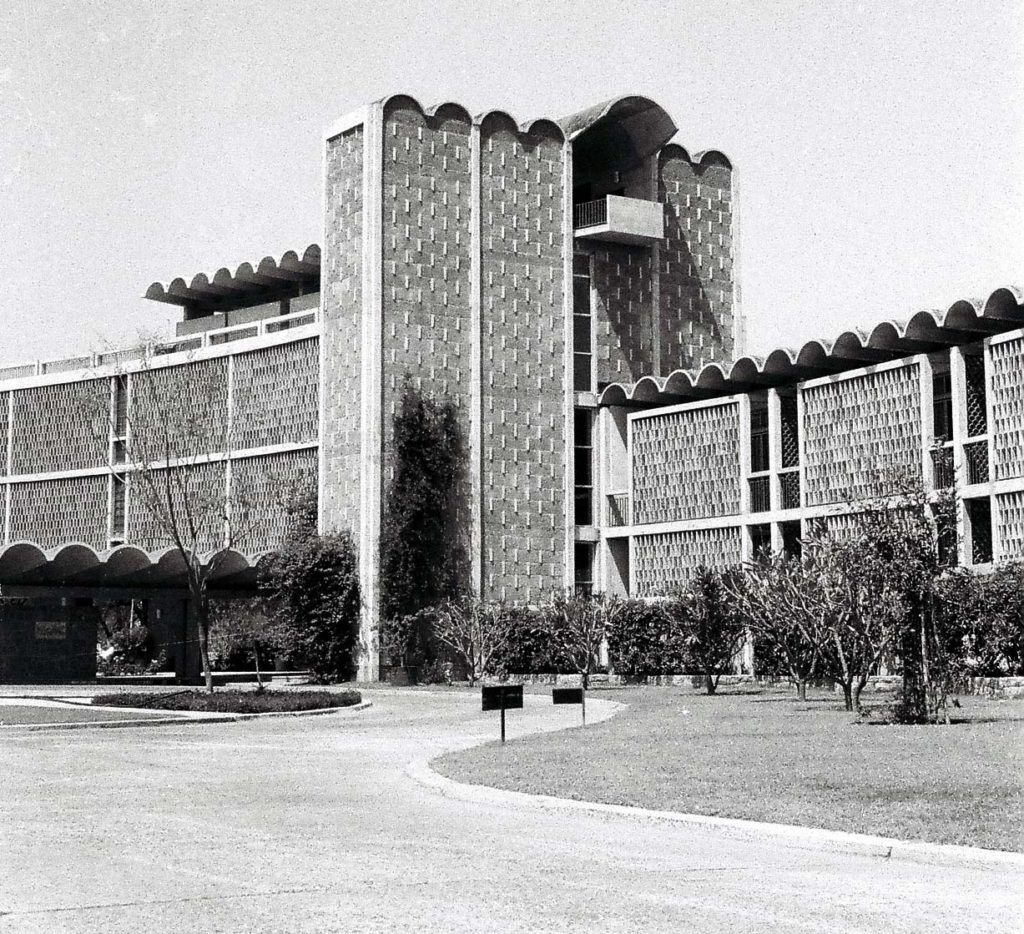
India International Center by Joseph Allen Stein

India International Center by Ar. Joseph Allen Stein at New Delhi.


Triveni Kala Sangam at New Delhi


Entrance to Triveni Kala Sangam
115.Ready-witted engineer
One of my friends a Diploma Civil engineer joined as a junior engineer, promoted as Deputy Engineer, Executive Engineer and finally became a City Engineer with his talent hard work and knowledge of all branches of civil engineering. Once he told me that “Every civil engineer should work at least for two years in a Municipal Corporation to become an engineer in a true sense. Working for a large city having innumerable problems makes him knowledgeable in all branches of engineering. There are issues leakages, wrong joints, old pipelines to be replaced by a new one for water supply, chocking of drainage connecting new lines, laying new water lines, see them executed as per the specifications and so on. Potholes on the streets become a headache during monsoon and can’t be repaired while raining. The city spreads like a cobweb and every thin line drawn on a map needs constant attention. Whether the pipeline is laid in proper gradient and where it meets to a further distribution line or not? Whether drainage pumping stations are working to its full capacity and there is no serious issue.
All highly qualified engineers worked under him peacefully without doubting his knowledge.
He was ready-witted. Once during the inauguration of a Gas Crematorium. The tray in which a body was kept, after pushing the tray somehow it came out again. Everyone started shouting “What is this? How this can happen? You have not checked and inspected things properly. He said, “The Company has made this provision in case somebody had forgotten to perform a minor ritual he can do.” Then he asked the operator to push it properly. Everybody was happy with his answer. They said “what he says is correct” Actually it was a mistake but he could manage to answer in a very apt manner suitable in those embarrassing circumstances without being nervous.
116.Architect R.F.Chisholm and M. B.Dave of Baroda
some architects had one-man shows in cities. Robert F. Chisholm (Baroda 1840-1915) Antoni Gaudi (1852-1926 Barcelona) Frank Lloyd Wright (Chicago Illinois 1867-1995)) Architect M.B.Dave of Baroda (1902-1962.b.Lahore). After a gap of fifty-years M.B. Dave left a very strong mark about the architecture of Baroda. Dave’s had their house in Siyani near Limdi in Saurashtra. He walked every day to Limdi to attend school. His drawing teacher advised young Dave to go to Sir J. J. School of Arts and joined Architecture. After graduation Worked with Gregson Batley & King. He joined as an architect in 1932-1932 with the Nizam State and designed Sarlarjung Museum and other buildings. Nizam had so much faith in Dave that he sent his few wives with him to visit Europe. Dave completed his RIBA in London.
The Vice-Chancellor Smt.Hansa Mehta called him to Baroda to joined M.S. U. and start a college of architecture which he did in 1954. I tried to know about him but I found it difficult any but due to a lack of written documents and drawings I talked to Ar. Arun Vakil (first batch) Ar. B.D.Sathe of Mumbai (2nd batch) and Ar. Sharad Deshpande (3rd batch) Recently I met his son Ar. Vinod Dave( in the USA for last several years)
He designed Hansa Mehta Library(1950), Mahatma Gandhi Nagar Gruh (1956), Polytechnique (1957) Faculty of Social Work(1959)Faculty of General Education and Psychology and C C Mehta Auditorium (1963) Residential quarters. University Pavilion was published in a volume comprising three hundred beautiful buildings of the world.
Dave was down to earth practical and had an accurate hand on all details of the building. His work was flawless. With basic functions, correctly he gave beautiful forms to his buildings.
He joined the study tour of the second batch of the Department of Architecture to Delhi, Agra, Chandigarh, and Kashmir and stayed with students guiding them while traveling. After demise, no architect has left such a mark on the city of Vadodara
His famous quote was “Teaching history is teaching design”
The third architect is yet to arrive in Vadodara.
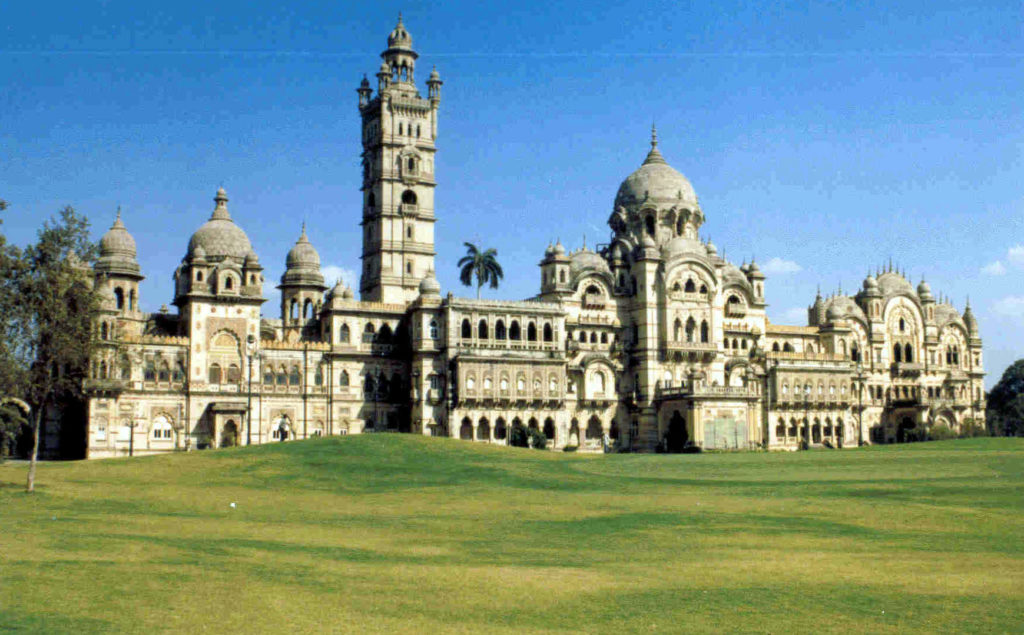
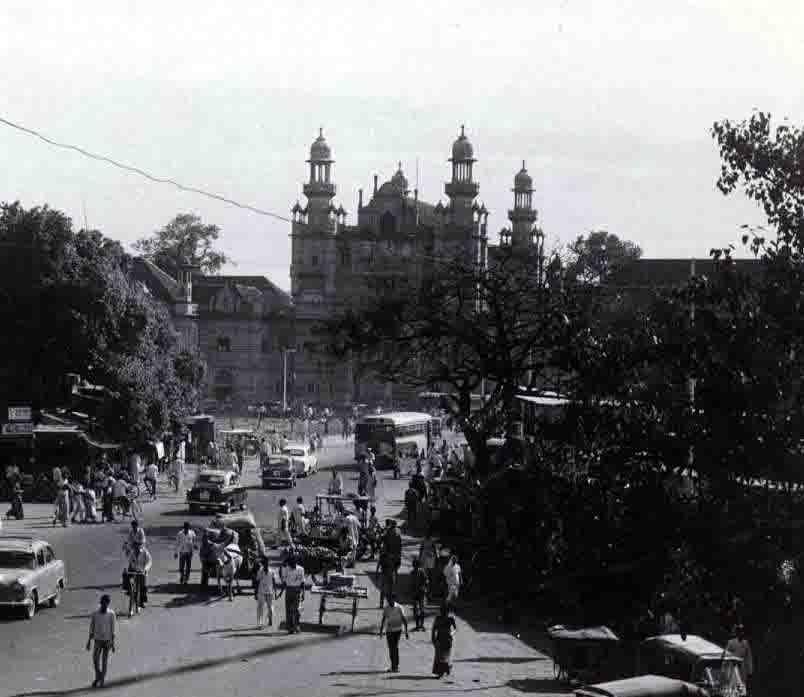

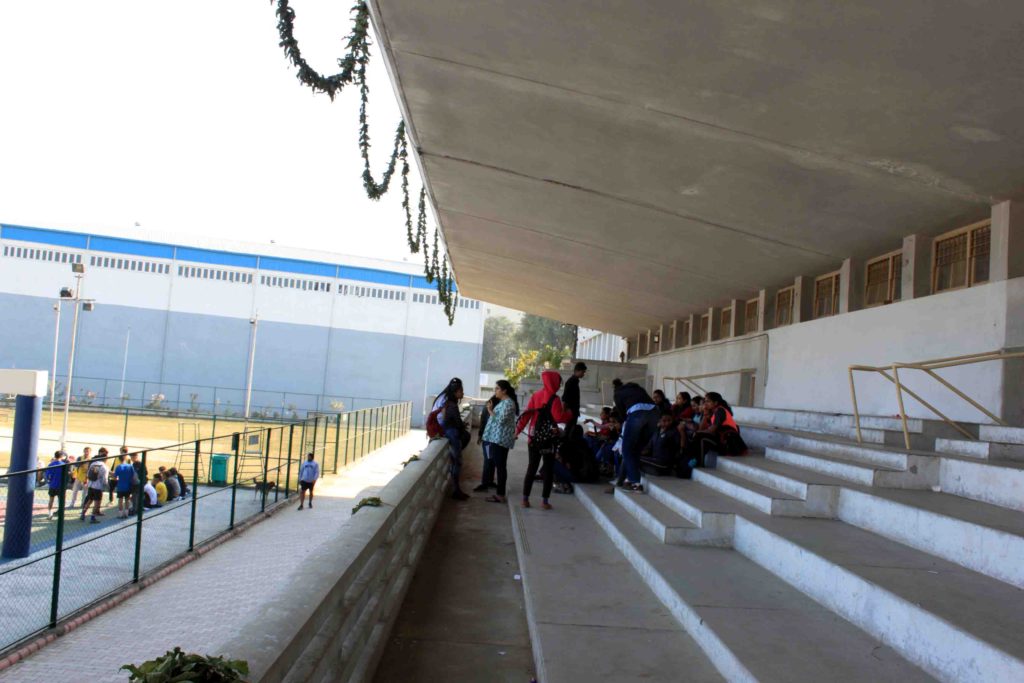
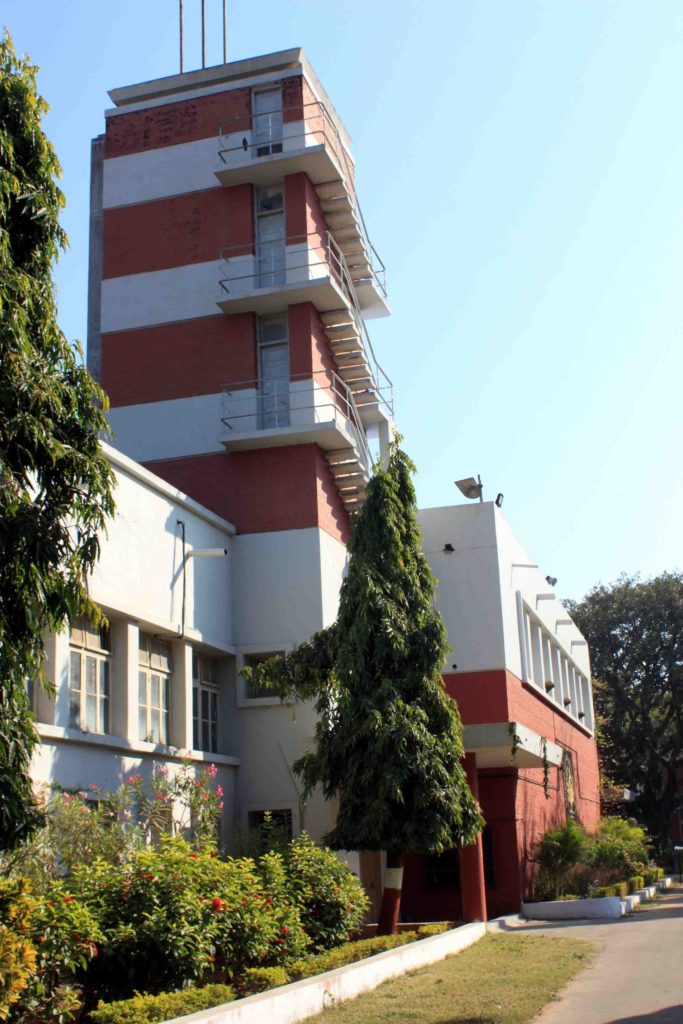

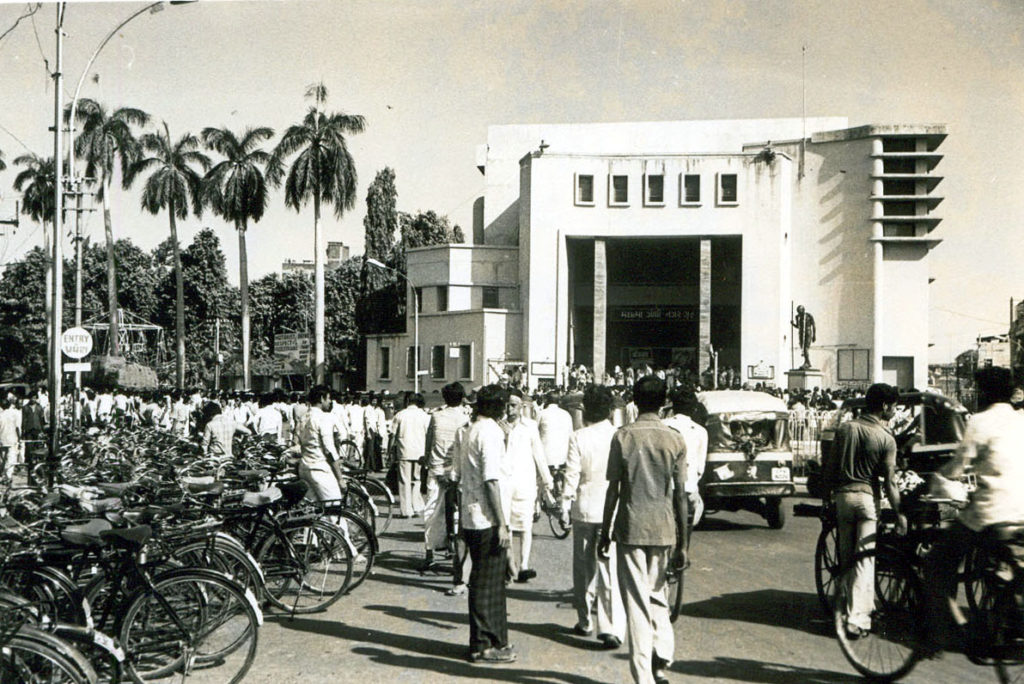
117.Professor Kurula Varkey
The Department of the architecture at Kharagpur has produced good architects and thinkers. Kurula Varkey (IIT, KGP) from Kerala was one of them. I met him in Ahmadabad in mid-sixties. He was one of the dozen young graduates who arrived in Ahmadabad to witness the arresting physical forms of “Modern Movement”.
He had a thin frame with average height and a noticeable large forehead. His eyes showed only two signs, either calm or curiosity. He had a very special low pitch voice that may be deeper than Pankaj Udhas, made any listener alert. Often he closed his eyes while thinking and opened them very wide like Kathakali dancer while speaking. Listening to him would convey that was born to teach. An argumentative yet non-controversial personality that was why he could establish himself and settled in the city
.My friend took admission to CEPT and in the same year, Varkey was appointed as Dean. My friend said “Varkey was an excellent teacher and we enjoyed his teaching for five years. He was interested in literature, music, arts, modern architecture and had a thorough knowledge of European and Indian history.
He was a keen observer and a passionate thinker. Interest in literature made him very strong in arguments on any topic. Normally academicians are more idealistic than professionals. He was an academician.
He being a very good friend, nothing hindered us while talking on sensitive subjects but was careful while talking about other schools. So far I was in Ahmadabad we met. Then we lost our contact. Once I took his interview for JIIA.
Unfortunately, I along with many of our friends we had to see him in the coffin on 1st November 2001 at Syrian Christian Cemetery.(at the age of 56) I have seen many teachers so far but the kind of respect he received from his students is that they formed a “Kurula Varkey Design forum” It is active even today. I think this is the way a teacher is remembered.
Refer cept.ac.in
Shashikant Kumar When I saw him in 94-96 he was old man with lots of lessons for young mind. A good mediator between students and teachers since many issues related to academics in his later years were handled by young teachers. He being very firm made him envy as well popular. Though I am not an architect but as planner I did attend some interactions with jury with fellow architects in final years or masters. A gem.
Vibhavari Kulkarni Real achievement
Kaushik Mehta Very inspiring and immotional story. We all miss him a lot.
118.DINKAR GANGAL.
HOLISTIC AT HEART AND CURIOUS AT CORE
Since the last few years, All India Marathi Literary meets do not conclude without any controversy. But the meet at Ichalkaranji 31 km from Kolhapur in 1974 was the turning point for Marathi Literature and its impact on people for years to come. The reason was very apt. Few complained that “we don’t even see good books, leave aside reading them”
A group of journalists, who attended it, took it as a challenge and decided to start a movement to promote literature for the people and publish books at a fair price. The group decided to establish a publishing house and named as ( ग्रंथाली) GRANTHALI A READERS MOVEMENT in 1975. Leadership obviously came to painstaking Dinkar Gangal a journalist trained in England. In those days Gangal was working with Maharashtra Times, Mumbai where he became famous as an Editor of the Sunday literary supplement.
Dinkar Gangal is like a sailor as well as a seller of ideas. His ship cruises from port to port and sells ideas. Searching talented unknown writers including Indian Diaspora abroad, and edited their manuscripts precisely and published their work. It was a task never tried before.
He carried books with his team to all over Maharashtra to make books available in smaller towns. Once I had an opportunity to join his Book Mela(2007).
On the occasion of his 70th birthday, a book was published. Many writers and his friends contributed. It describes the cultural mind of Maharashtra of those days. It is a good document.
He has multiple interests He and his friend founded Prabhat Chitra Mandal in 1968 that showed the best international films. The next stop of his voyage was electronic media. He left print media and entered in the digital world to establish a Portal www. thinkmaharashtra.com and culturally “link Maharashtra”, with the world.
I met him in 2001 in Mumbai to ask whether he would publish my essays. In the span of eighteen years, he edited my manuscripts and published six books. I met him from time to time for the books; I never asked him any personal question.
Once he called us for lunch(2004) The menu was simple but delicious. I and my wife enjoyed it. Anuradha Vahini (Bhabi) is an expert cook. She talked with my wife as if they knew each other earlier. My wife murmured that “theirs is a lovable couple”. “Yes, of course,” I said after we came out.




Comments by
Ashwati Viswanathan from Canada shared with Nirmiti Sutar
Vinayak Ranade Nice information
Ravindra Abhyankar समान शीले व्यसनेषु सख्यम् l from Pune
Kaushik Mehta Liked
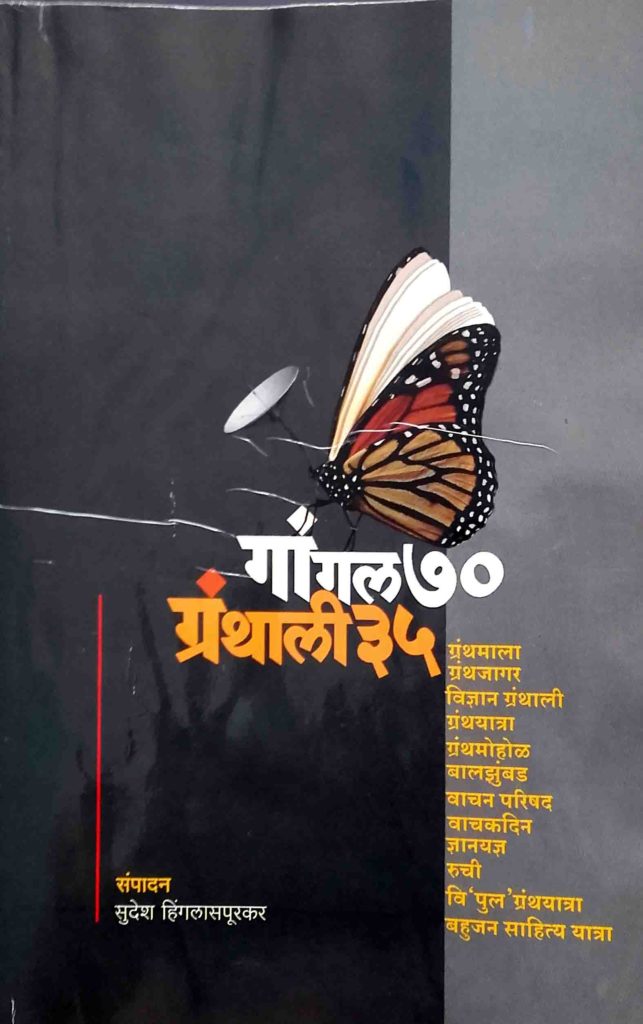
Preeti Pethe Inamdar Very Interesting
Prakash Pethe The book mentioned in the text was presented to me by my architect friend Bhaskar Sathe of Mumbai, who is also an avid reader, and connoisseur of classical music.
My other friend Mangesh Nabar was present at the first meeting for creating a platform to promote Readers Movement (Granthali) I am thankful to both of them
Mangesh Nabar–Thanks for mentioning my name here. Yes, it was a historic moment of a great readers’ movement in Marathi. Shri. Dinkar Gangal not only led this movement but also he brought together a number of new writers. The above meeting was presided by late Shri. Vijay Tendulkar. He was the president of Granthali. But later, he hardly joined this group. His blessings took Granthali to new and newer heights.
119.SHANKAR and NAVNATH KANADE, BANGALURU
When your classmate constructs abuilding that is radically different, you like it, and then you are proud of him. Shankar Kanade (Born 1937) a product of Bandra School of Arts and J.J.College of Architecture was my classmate. A friend, one in thousands. He came from a very small village.
He called me to Gujarat, and I stayed with him in Ahmadabad. Often we sat and chatted on the sands of Sabarmati River till midnight.
He lived in a different world and never talked about a mundane life and never expressed displeasure about others. Once he casually said, “A critic dies and the work survives”. We discussed the abstract and physical aspects of architecture. That was a hypnotic period for us.
In Ahmadabad he stayed in a house which he covered with railway creepers from all sides, leaving only windows to see outside. Bus commuters called it LEELABANGLA STOP to get in or get out of the bus.
He left Gujarat and went to Bangaluru and I settled in Vadodara. He opened the office with his brother Navnath who had worked with the famous designer Paolo Soleri in the USA. I met both the brothers in 1977. My son was two years old. Whenever we went out he took him and held on the waist.
Again in 1985, I visited them. Navnath showed their works called KEREMANE where KERE means water body and MANE means house. He had used Granite slabs, as walling material, which costs very less. Fitted them between two concrete hollow blocks, Layer by layer.
I was astonished while experiencing that innovative design. The method adopted by them was the use of constants and variables. Constant was uniform structural system and variables were spacing according to the needs of the users.
Both brothers taught in various colleges in Bangalore and Hasan and nurtured hundreds of students.
Today, I remember him saying “honesty of purpose and purity in design keeps the work alive for years.” I am very humble while writing this.
Looking to Shankar’s life, I am sure, he is a perfect material for a novel I was fortunate to have wonderful classmates. About Vasant Apte, I wrote on 11th November 2019 short story No, 57
Thanks to Chakor Salunkhe an artist from Sangli and disciple of Shankar
Keremane,9th cross,4thmain Isro layout, Devarakere exte.Bangalore 560078.
Please go through the following a short film about KEREMANE
https://aiafilmchallenge.org/2018-film-challenge/…
Those who have patience may watch the following.

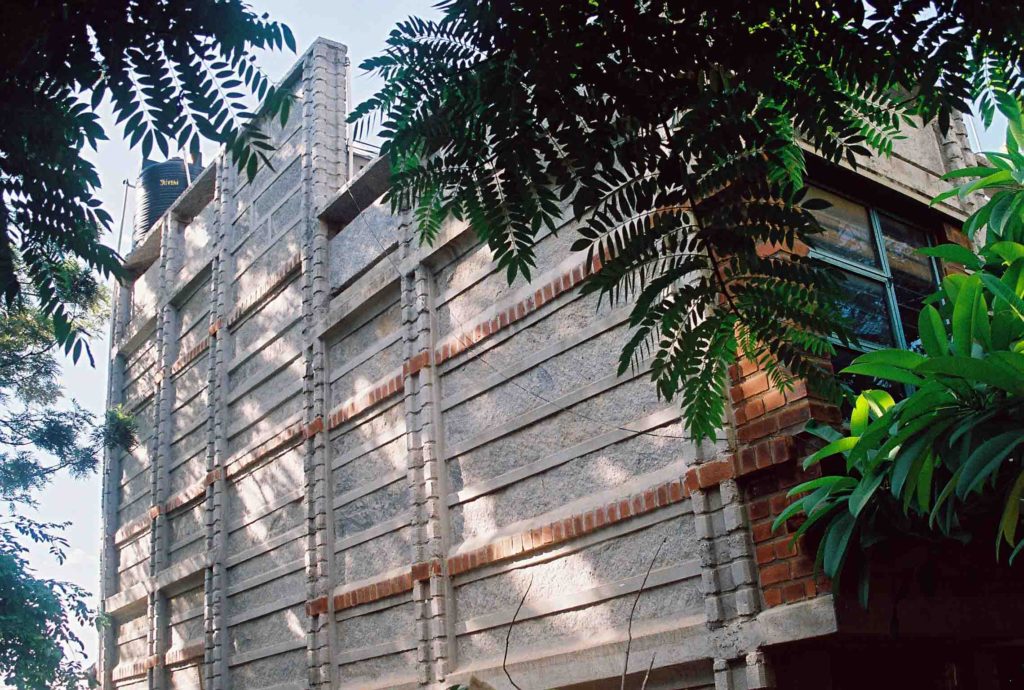
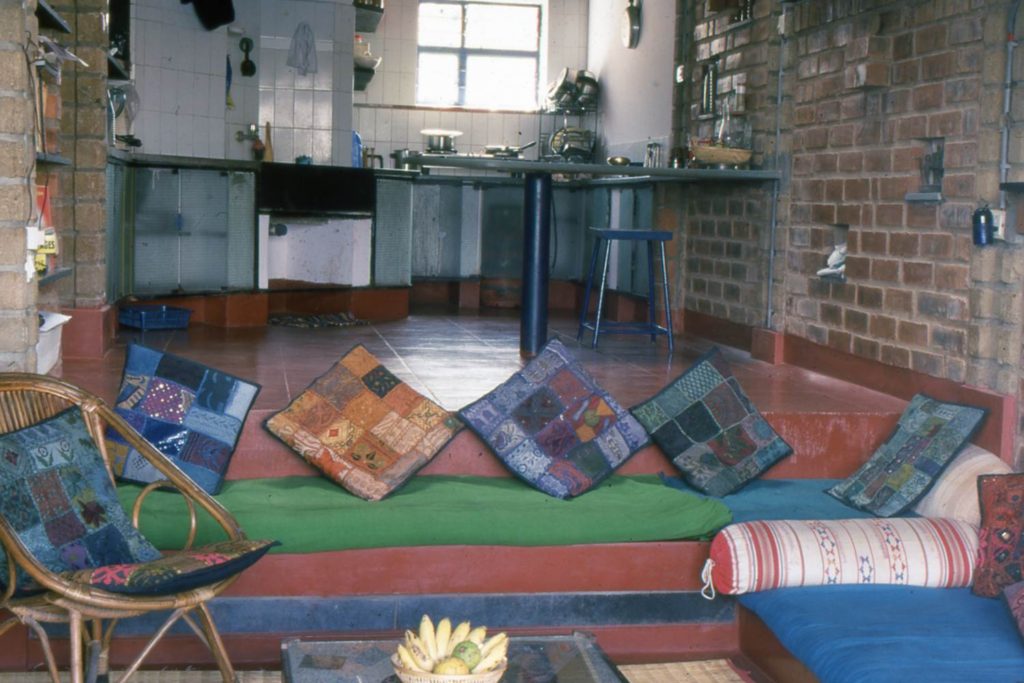


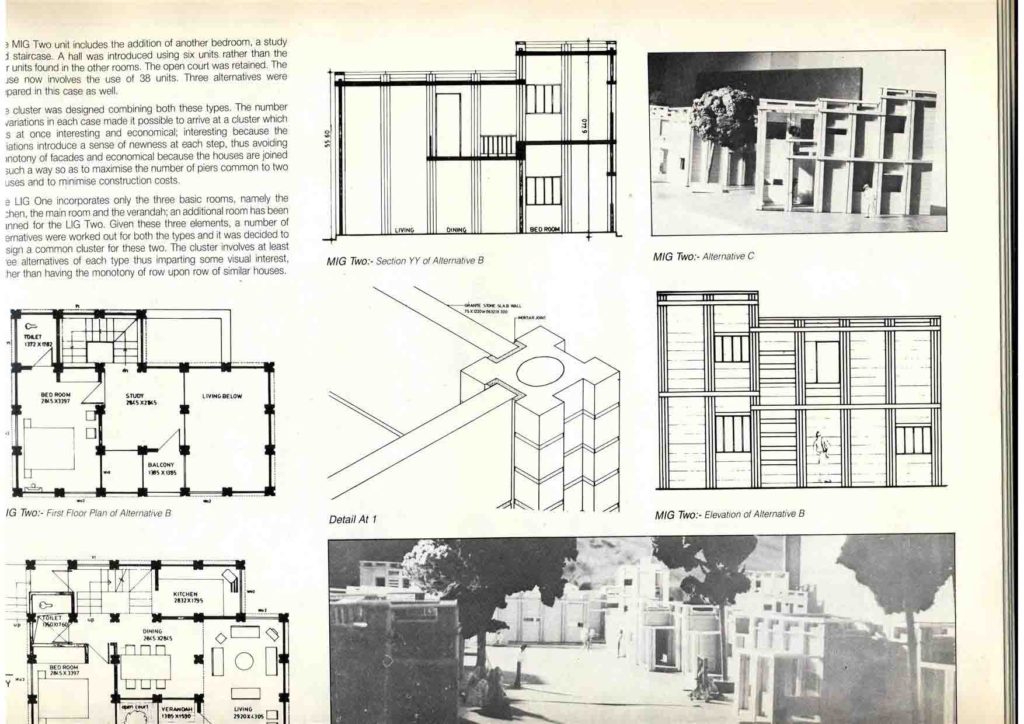
Shankar Kanade at the age of 29
Anil Navangul Very nice to know. Sir did Mr. Kanade work at SLP office before going to Bengalore?
Prakash Pethe For a while. But he was not happy
Chandrashekhar S Patil Great work!
Kaushik Mehta very inspiring work and valuable information about you and your great Architect friend Kanade.
Kaushik Mehta Prakash Pethe yes sir. I have seen his work through photos you have attached. It’s great work indeed.
Jagdeep Desai Fantastic details.
Thanks for the amazing information.
Such innovative and creative Architects and their works are unfortunately simply hidden from the <textbooks>, because of the focus on celebrity Architects
Jagdeep Desai Would kindly request you to enable share link, this needs to be shown to more and more Architects, students, and a
Prakash Pethe Please go through the following short film about KEREMANE
https://aiafilmchallenge.org/2018-film-challenge/…
Those who have patience may watch the following.
https://youtu.be/Js24sA5s1Qk
https://youtu.be/PVPk8SEt-pE
Prakash Pethe I think the first link will give fairly good idea
Prakash Pethe In Karnataka, every student of architecture knows. The building was constructed between 1992-1995
Ar Stephen G Awesome 👏🏼Chandrakant Tarte👌👍Ruhee Dinesh Gala It’s wonderful reading these anecdotal as well as enlightening architectural excerpts.
Sahil Vaghani Awesome sir, 👍 a very good study to refer.
Gaurang Bhimani A critis dies and the work survives. 👌👌👍
120.NATURAL LIGHT
Days were painful when parents forced to get up before the dawn. They strongly believed that “early to bed and early to rise makes a man healthy, wealthy and wise”. When mother sprinkled cold water on the face though it was difficult to get up from a deep sleep. But once awake the transition from night to day as the sky became brighter and the morning twilight heralded the beginning of the day. The charm of watching the sunrise was wonderful while sitting in the verandah with a kerosene lamp beside.
After some time the sunlight became bright. But in monsoon, it was not seen for hours, while it peeped through the dark clouds throwing several rays was a delightful moment. Again it went behind the clouds and a gloomy light spread all over.
Evenings were grand with yellow or pink sunlight and unless it was repeated the intensity was difficult to catch. After some time the twilight became so faint that it was indistinguishable from night. Then the Moon arrived in the sky. Every day in different shapes and complete rounds on the day of POONAM we few friends never stayed in the house till midnight.
After watching the partial and total solar eclipse, its diamond ring, corona an understanding of light was apprehended. At Bhuj and Jodhpur when the sun was scorching at fifty degrees, the visual study of light was somewhat completed.
Getting before the dawn became a biological habit forever and spending a night to see the dawn at every new place became the order. The light was a primary principle, once the camera came in life. How much light is suitable to get the photograph correct by using proper aperture and shutter speed became important. A true joy entered in life.


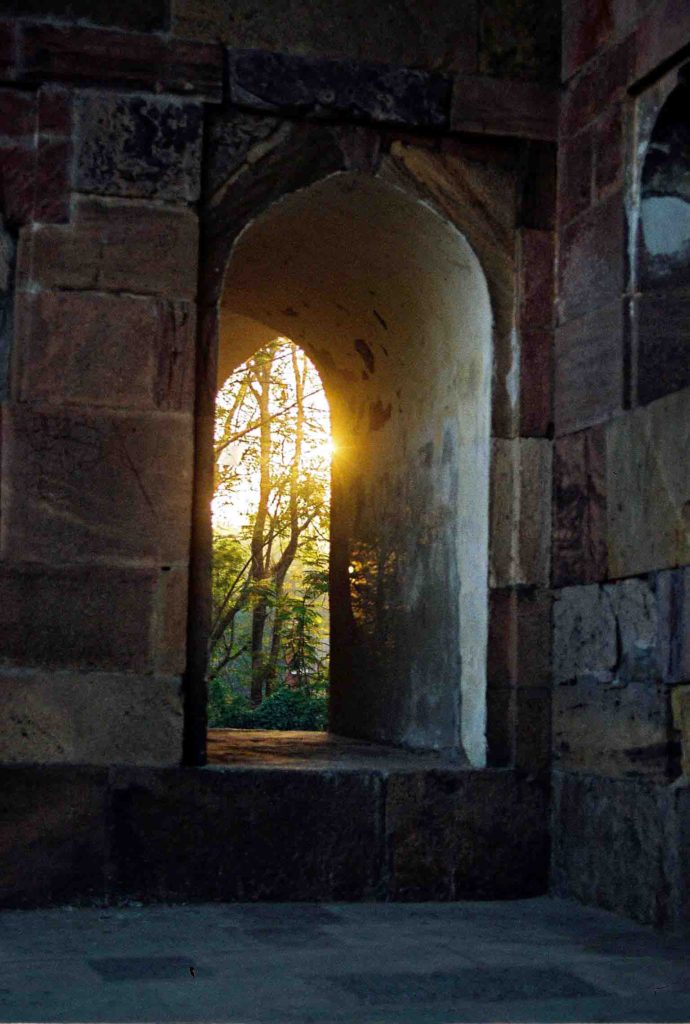


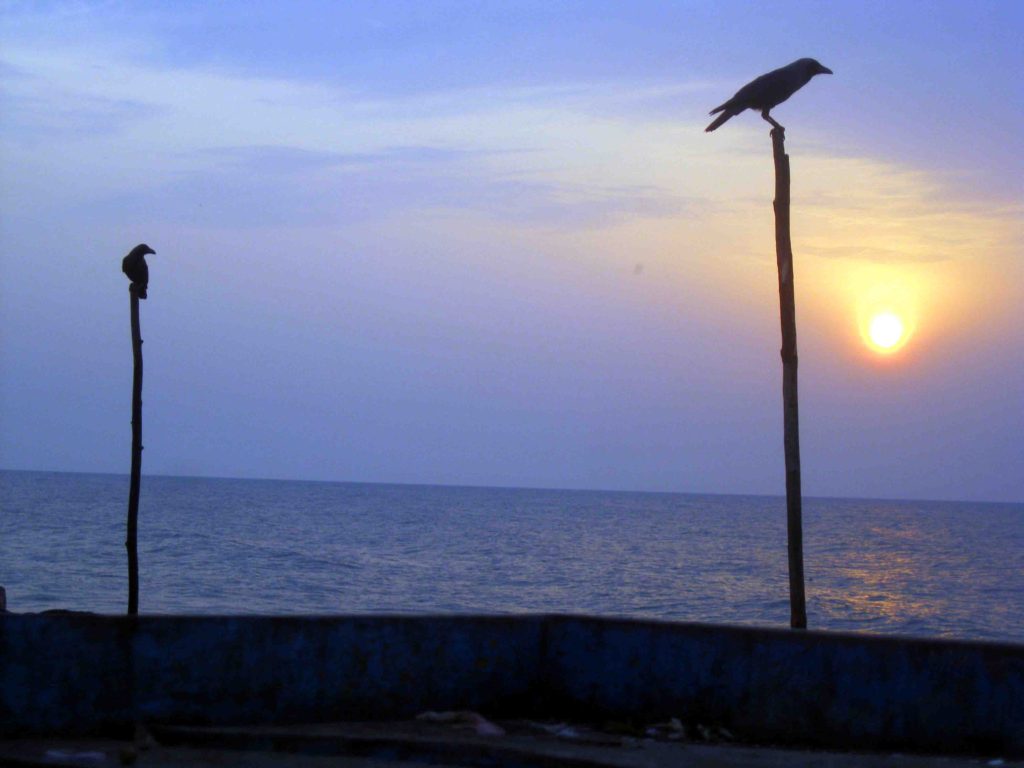


6th March 2020- Short story – 93
121.BASANT RANI
On 3rd April 2013 I was returning by college bus and saw three trees full of Rose colour flowers. After reaching home returned with camera not to miss capturing them. Those trees are called Basant Rani in Hindi. It certainly looks like queen of thousand roses. The tree is called Tabebuia Rosea, or Rosy Trumpet. It is a native to continental America but also found in India. Some housing societies have planted them along roads. They can be seen on public streets in Vadodara. There are five trees along the road from Kabir Complex to Saraswati Complex in Manjalpur area. Another single tree can be seen on Kashi Vishwanath to Kothi road opposite faculty of Technology.(Photographed today on 16th March 2020). After few days all the flowers drop on the ground and then the tree goes green and visually insignificant. When blossoms no one can miss it.

Tabebuia rosea. Earlier there were very few trees of this species. But now thay are planted at many places


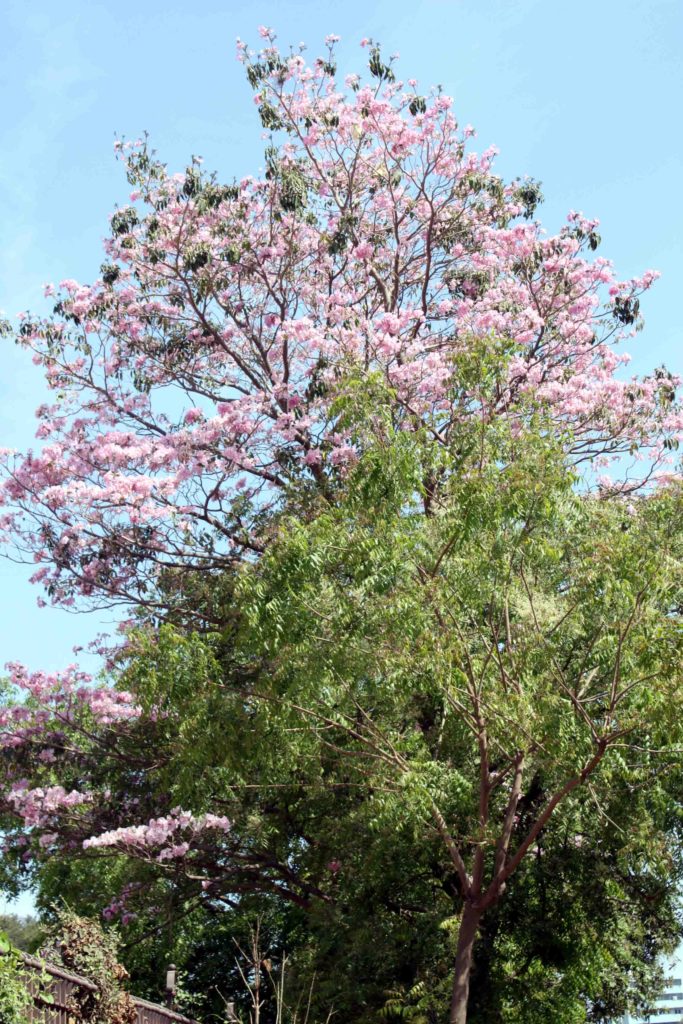

122.BARODA MUSEUM IS A MUSEUM ITSELF
Ideal for sketching, from Inside and outside
Cameras are not allowed in side
Among all the buildings of any period in Vadodara, Baroda Museum is photogenic. Uniqueness of the building is that it can be clicked anytime from sunrise to sunset and the result will not fail. Charm of the building lays in imaginative use of bricks, stone, wood, ceramic tiles and series of dormer windows made with precision and accuracy.
The plan of the building is very simple but articulation of sections and details makes it a wonder. Though very close to Vishwamitry River it has a basement. There are valves to stop the water coming in and when the flood recede the water around can be released through channels to the River. It is quite innovative on the part of designers. At the entrance there a rotatory that counts the number of people visited .There are many such minor things in the building those can be adopted as empirical ideas .That exactly what vernacular understanding developed in traditional architecture
It is sustainable in the present sense as it was constructed in before the arrival of electricity in Vadodara. In India Kolkata got the electricity in 1879, and, Electric Street lights were installed in Bangalore in 1905. In Mumbai BEST started electric trams around the same time. It took few more years to get electricity in Vadodara.
Today the world is worried about the over-consumption of energy and talking about sustainability of the buildings by reducing use of energy.
Going back to vernacular methods learned after generations of experience and designed in the absence of electricity, as well as how foreign architects worked in India hundred years ago. Every detail in the museum is meticulously worked out that can go in the text books of working details. Please see the B&W picture carefully and see the changes took place around.
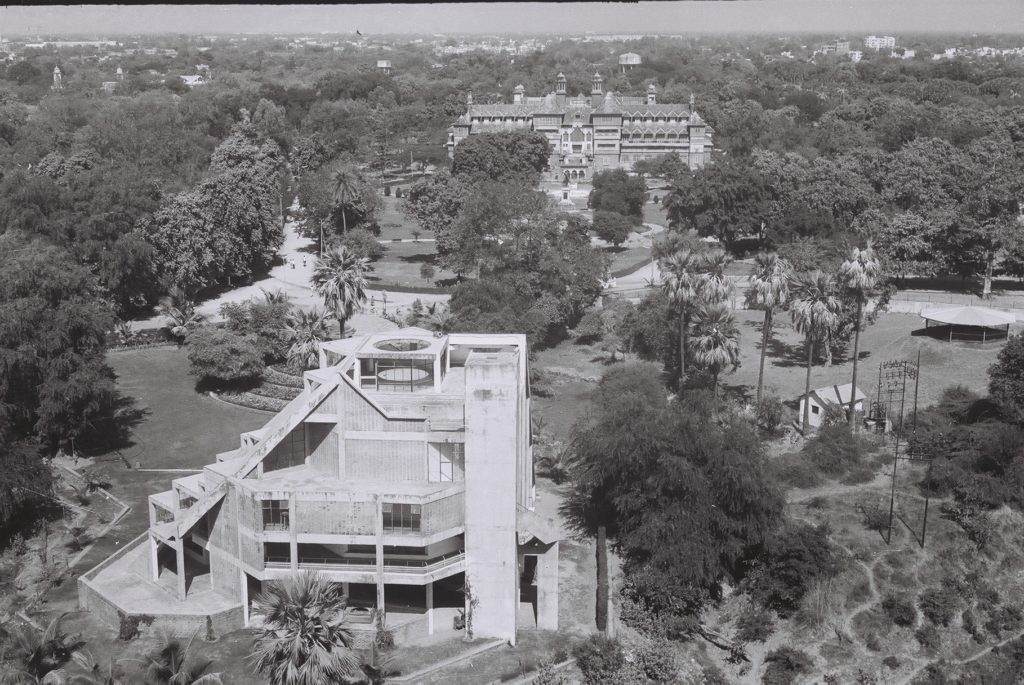
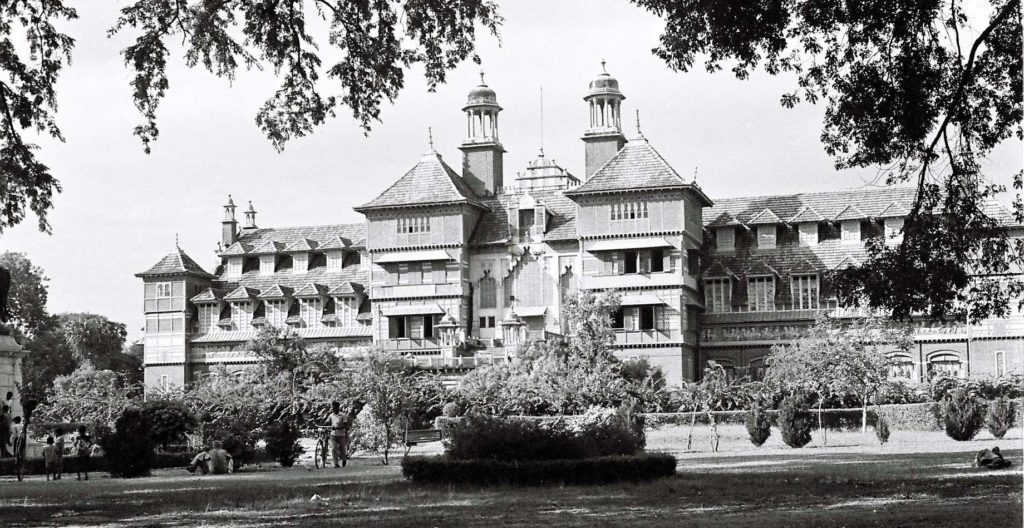
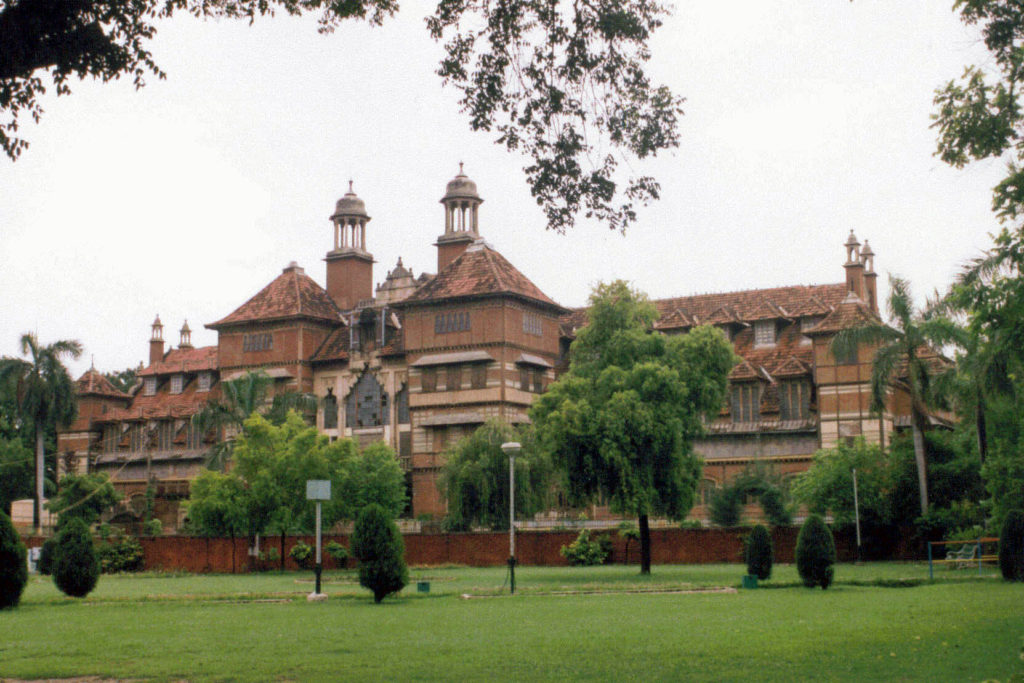

Fabulous elevation
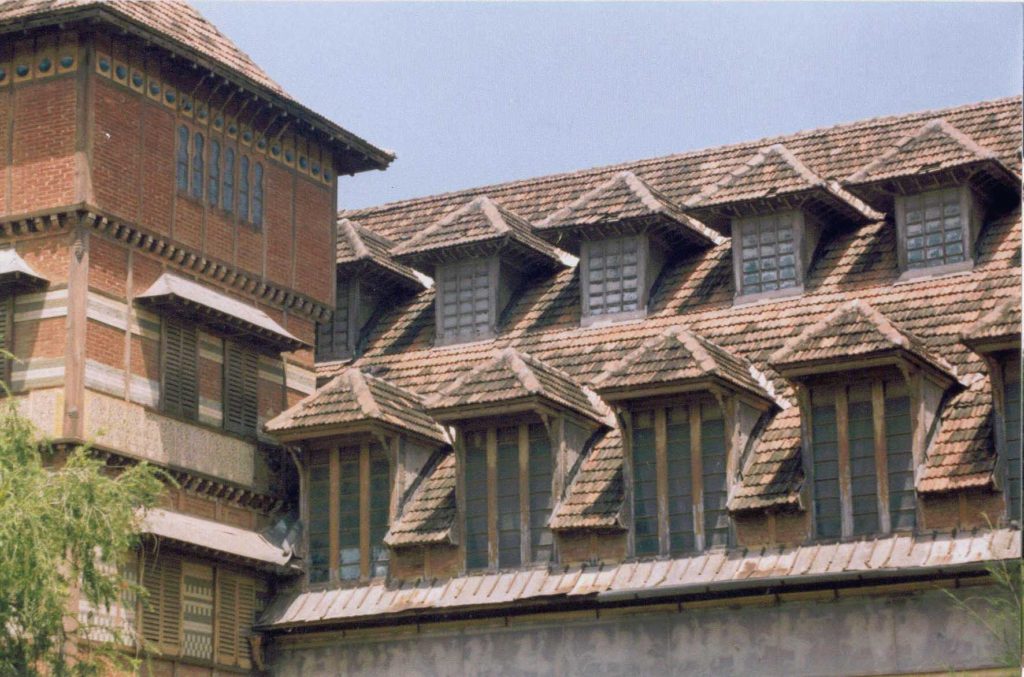
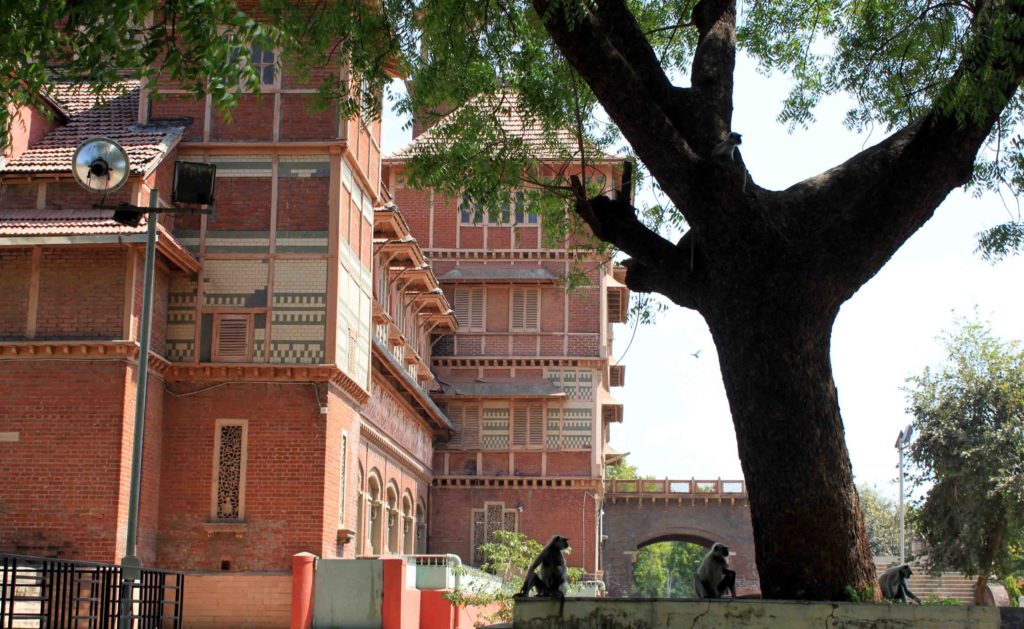

123.PHOTOGRAPHY 1
NOSTALGIC FAMILY PHOTOGRAPHS.
Once I saw sepia colour photographs on the walls of my friend’s house. I found that his joint family and similar to the ones we have including dresses. Senior male members with black cap or a white turban.
Taking a group photograph during marriages used to be an event. A photographer was called, and he came with his heavy tripod and a big “box” camera with a below and a thick black cloth. It took almost half an hour to set the joint family to sit in order. Younger ones were asked to squat on the ground in a symmetrical manner. Half in one direction and the other half in the other. Oldest man and his wife sat in the center and his sons and daughters stood behind as per the pairs and infants in their hands.
Photographer went twice, thrice under the black cloth and came out to suggest a proper sitting arrangement. Then finally he removed the cap on the lens and said OK.
All the relatives appeared in the photo were presented a copy and they preserved it for generations. The pictures in sepia color were aesthetically pleasing.
That was a moment when every adolescent thought to be a photographer in life. I am one of them . Photography was a costly in those days. Very few could pursue in their life. But that was a kick to learn, which became a passion. That moment when every adolescent thought to be a photographer. I am sure many readers must be having old photographs preserved in their cupboards. My photo seen in Facebook was taken when I was 2 years 4 months and 24 days. It was at Madhav Art Studio Raste Peth Poona 2 . That is the only photo I have before I had one on identity card.
Since 16th March 2020 we are at home. Yesterday, at five in the evening everybody clapped in a festive mood of celebration in our colony. It was a white shade in the black period. I asked a friend “should I continue with my stories in such a gloomy atmosphere, by sharing B&W pictures? He said don’t hesitate. It is better than talking, listening, and thinking about CORONA, CORONA, and CORONA from dawn to dusk.
124.PHOTOGRAPHY 2
Ramchandra Kadam was a competent and artistic technician in the Department of Photography of Faculty of Fine Arts of M.S. University. He was a master in dark-room and sober outside. Very helpful as he himself enjoyed to be in dark room, with red-light ON with the developer and fixer trays on sides of the enlarger. He was expert in exposing the film and printing enlargements. His dodging and counting the time for the exposure over a large Agfa paper was worth watching when he noticed the satisfactory result. The initial test piece on a small paper for the trial was his practice, and watch in the red light to see if the result is good, which hardly went wrong. It took time to understand his technique. We often worked in different darkrooms. I learned many things from him in the field of photography. But today all that knowledge has become useless.
There were many Black and White films like Kodak, Orwo, Ilford, and Fuji available in the market, and selection for a trial of the roll to see the results as possible. Also, 100 ASA, 200 ASA or 400 ASA were choices as per the requirement. Getting the film developed and enlargement to the satisfaction was like passing a difficult exam in first class
Though photography was costly, and time-consuming, but was extremely rewarding and enjoyable. Keeping only two pairs of trousers and two shirts to save money for purchasing films and Agfa paper was the adjustment in the monthly budget. In those days B&W photography was part of the fine –arts that gave instant results of work, and satisfaction after rigorous clicking. Now its history, but in Europe and America people are doing photography in a traditional manner. Photo studios have removed the traditional enlargers.
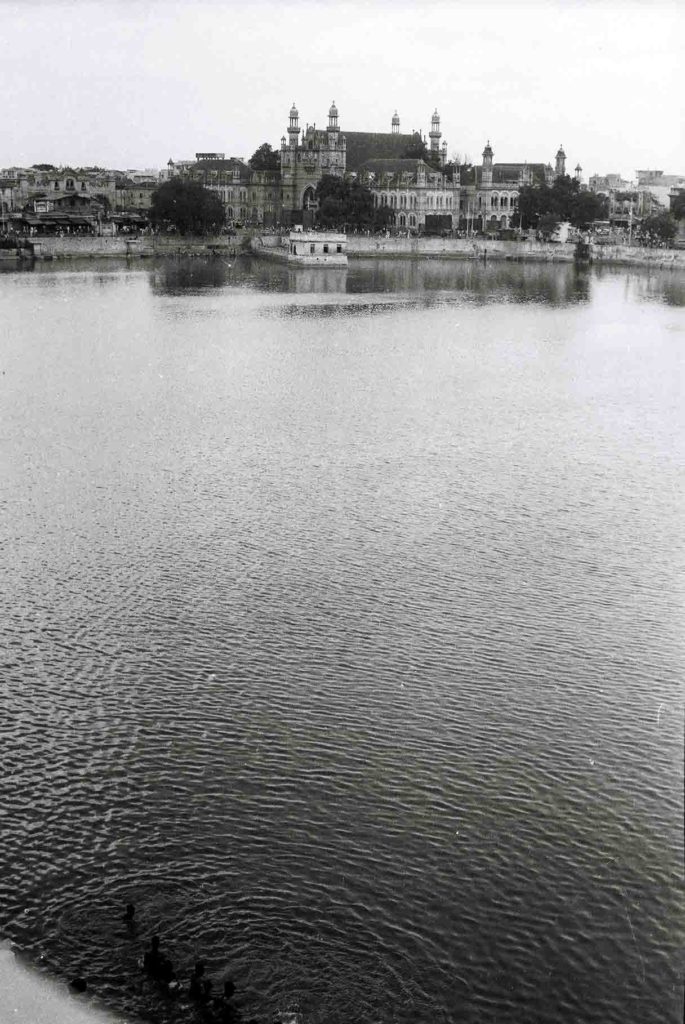
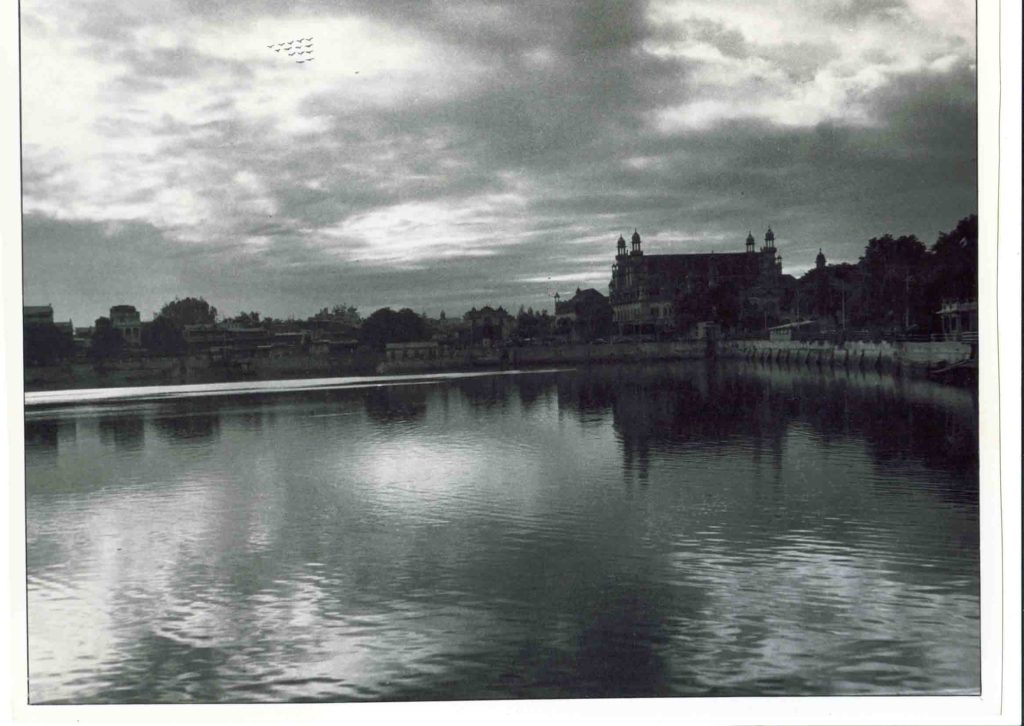
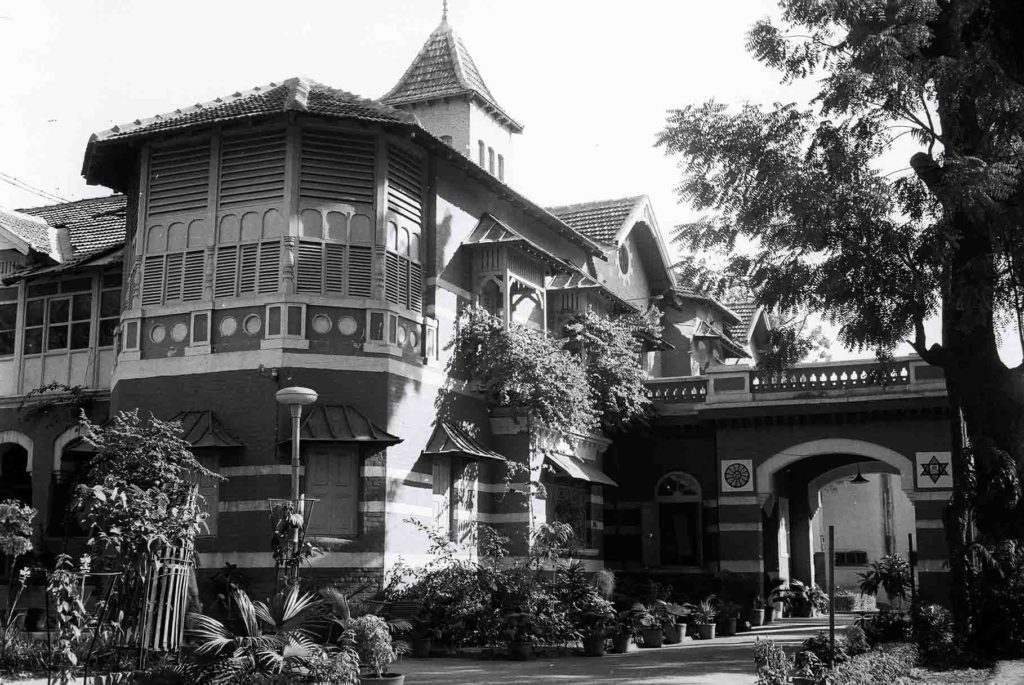
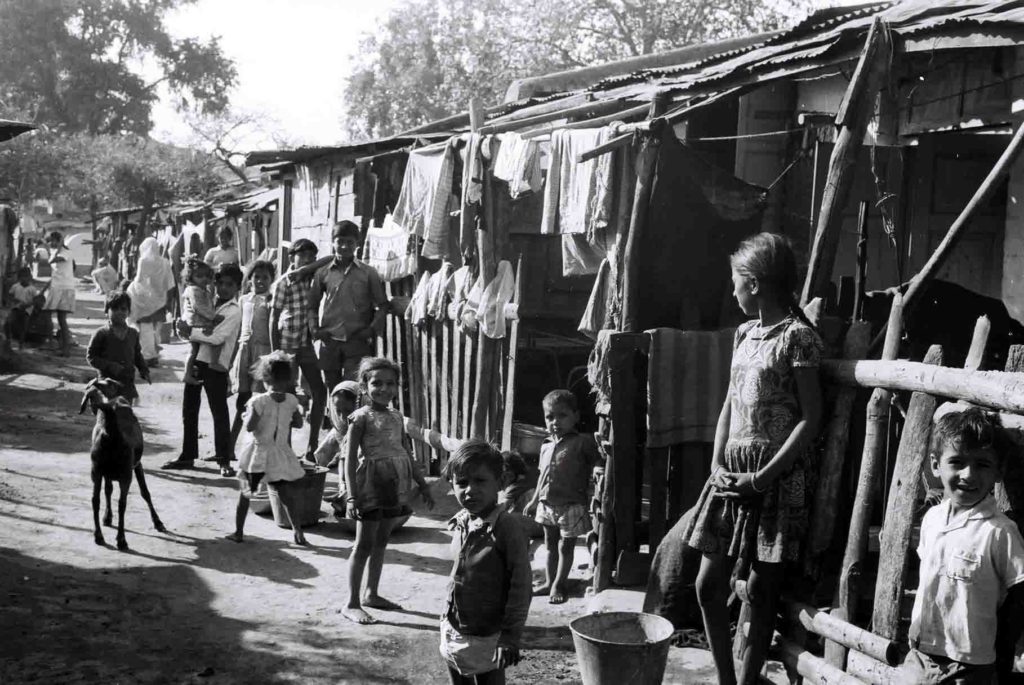
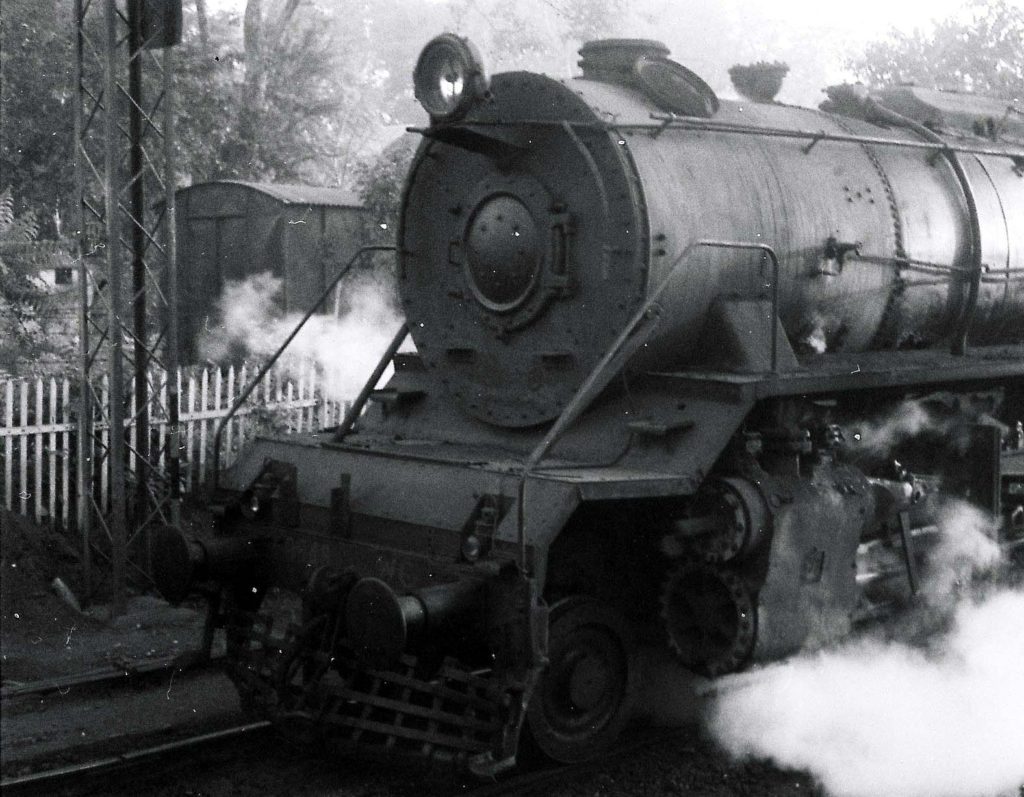
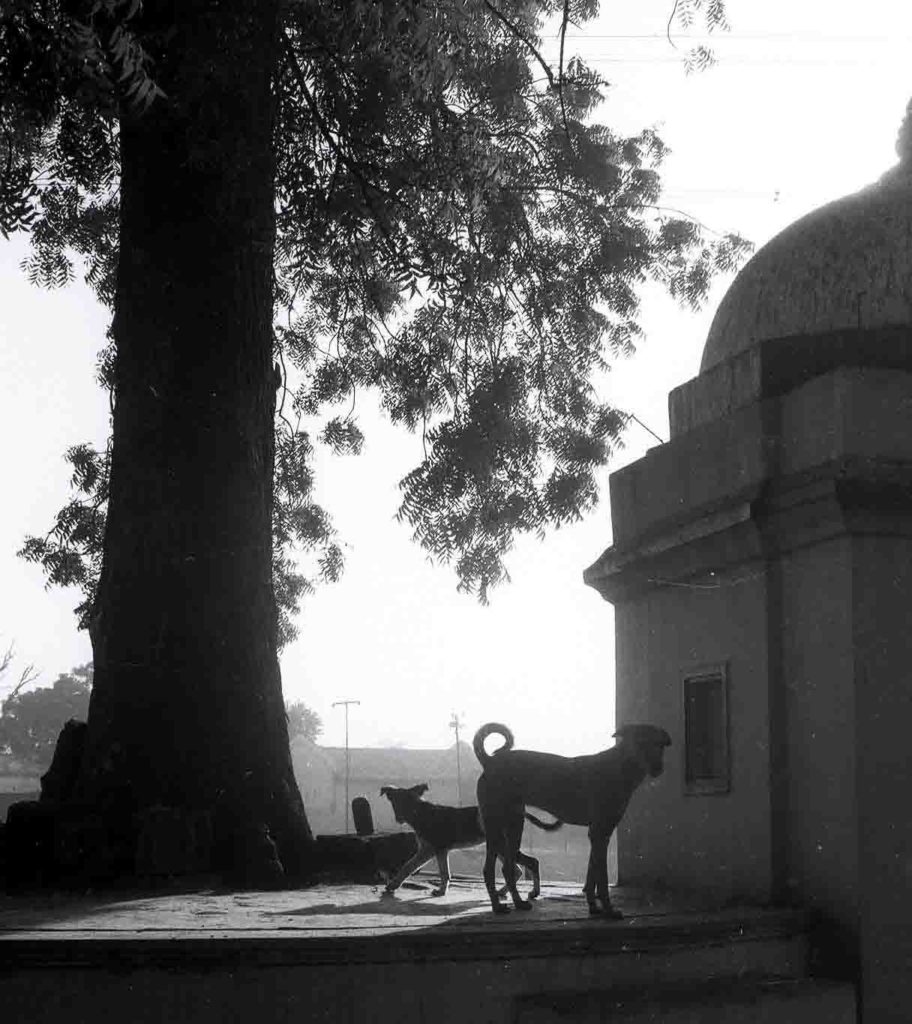
125.The Shalivaahana Saka
The Shalivaahana Saka (1942) is used in Maharashtra and part of southern India for many religious and some secular purposes such as sowing and agriculture. The New Year of 1942 starts from Chaitra’s first day as Gudi Padwa. It is celebrated as the beginning of New Year’s Day The two words Gudi and Padwa meaning Brahma’s flag and Padwa means the first day of the bright phase of the moon . May the day bestow on you & your family members, Good Luck – Health – Happy Times! Wishing You a Prosperous and happy days ahead and let us overcome all the difficulties at this auspicious occasion.
Sharing few pictures of the sun-rise at Pondicherry and Assam. Good morning.
126. Memories
Today, I am posting the 100th short story. I started on 29th May 2019 with a limit of 300 words. It was convenient to complete an anecdote. Observation tells me that readers prefer short script attached with visuals.
100th SHORT STORY BIRDS AND CATS.
Once upon a time, we had five cats in the house and sparrows made their nests in our bookshelves. But suddenly sparrows vanished. I did not forget to take a snap of a one. Trees around our house increased the number of birds. Among them, blabbers are in large numbers. When they see any cat or a dog on the ground they start chirping in chorus. Sunbirds consider our house as their house. Pigeons are careful to make a nest in advance for the newcomers in Madhumalti creepers. A Dayal, Bharadwaj, and a Pair of Bulbul were permanent visitors. Love of birds took us to several birds’ sanctuaries including Bharatpur and a chance to meet Dr. Salim Ali.
An incident of our cat has made a permanent event in our memory. Once we were to go out of town for about a week. We paid our neighbor to offer milk to our cat. After our return, the cat rushed behind us in the house and finished two dishes of milk. The neighbor said “I was trying to give her milk but she never touched” she returned out money and called a rogue.
Everyone in our family was fond of cats except me. The good thing about cats is that you don’t have to take care of their food like dogs. Cats are very independent. They changed their relaxing place according to the temperature of the house. But dogs are fools they sleep comfortably in the hot sun. We never had a dog in the house. Our family is fond of traveling if you have a dog someone needs to be in the house 24X7. It is not possible to leave him alone. Since the last twenty years we don’t have a cat, but a lot of birds still around. That makes the house lively. The cycle of breeding and flying goes on and on.
Cameras used so far.
Fujica small camera 72 frames in a role of 36 frames
Canon Cannon et film camera not for bird photography
Canon EOS Rebel G film camera Interchangeable lens
Canon Digital 10X adjustable movable screen good for birds’ photography
Canon Power Shot A3100 camera. Can be kept in the purse.
Canon Digital EOS1i interchangeable lens Good for birds’ photography.
To capture a special moment any camera is the best camera
127.EKBOTE
Born on 30th January 1941 and died on 1st April 2020
To continue writing short stories without mentioning Ekbote will be immoral. However, it is painful to write about a friend who is no more.
It is very hard in life to meet someone whose wavelength is the same as yours. He was the one. It was a friendship of thirty-two years. But I never called him by his first name neither he reciprocated in the same manner. But we came near to each other due to music and not architecture. It was the meeting factor, but friendship does not develop because of similar occupations.
I met him for the first time on 5th May 1988 when he called me to examine a Research Thesis at APIED Vidyanagar. 27 February 1993 was the eleventh concluding examination for Research Thesis.
Every time I met him at Sarveshwar Temple in Kirti Mandir compound. We chat over a cup of tea and proceeded to Vidyanagar by van. These eleven meetings helped us to know each other better. His interest in classical music brought us closer. He started calling me whenever there was a private concert in the city.
When we met him at the Sterling hospital, he introduced me to his sister as “he is my friend” His sister said is he also an architect?”
Ekbote said “yes, but he is my friend”
That’s good I don’t like to be called one of the species on the earth. Friendship is better than anything else. No introduction can replace that word “friend “I said.
She laughed
Over a period of time, we became family friends. Going to each other’s house strengthened the ties. We talked on myriad matters for hours. I never heard him teaching but I collected from many of his students that he was the ideal teacher they ever met. I think he was the best principal ever got by APIED in its long span of existence.
Kaushik Mehta Story ends abruptly. Why?. We Would be happy to know more from your friendship!
Prakash Pethe I restricted myself with 300 words approximately. Some other time.
Aparna Ekbote Kaka, You had a very special place in his heart.
Shashikant Kumar Yes sir he was known to us for his ways and means. I was his fan due to his stories which was discussed at apied canteen decade after he left campus. Peace be with him.
128.DARSHAN FILM SOCIETY – VADODARA.
On arrival at Vadodara, we were cut off from the rich cultural life of Mumbai, looked for institutes related to arts and, joined the Darshan Film Society. The first film we saw was “ A Taste of Honey” a British film on 17th June 1966. After a week DFS showed Polish Films and it continued for nearly fifteen years. Architect Babubhai Chhadua, faculty at the department of architecture was managing it. The majority of the members were from fine arts and literature with very few architects. We never saw Prof. M.B. Achwal in the theatre.
At the same time in Ahmadabad, the “Tarang” film society also existed. It had good patronage by architects and designers with the avant-garde temperament of CEPT and NID. Films were exchanged between DFS and Tarang for screening. In Mumbai it was started by writers and journalists in 1968. The apex body was Federation of Films Societies of India established in 1959 initiated by world-renowned filmmaker Satyajit Ray.
“Darshan” screened international films, along with works of Satyajit Ray, Mrunal Sen, Rutwik Ghatak and a film by M.F. Hussein “Through the Eyes of a Painter” that received National Film Award for best experimental film.
Watching DFS was like an elixir. It encouraged in many ways to freshly look at cinema as an art with its departments that makes a cinema a finished product such as cinematography, music and free flow of the story, and critically appraising alternative cinema
When Chhadua went to pursue photography in USA Ar. Rajan managed it for some time.
It was a dream to be a cinematographer but it was beyond reach by all means. Hence concentrated on still photography. I was asked by HOD to take photography as an elective for three semesters (2008-2009-2010 in all 101 students) I am sure students must have enjoyed experimenting with natural and artificial light. For me, it was a joy.
Top of Form
Ruhee Dinesh Gala All your diary notes, are beautiful reading for us.
129. MEMORIES OF CINEMA
Those were the days when every couple had three to five children or even more. During the vacation, they all gathered at mama’s or uncle’s house. The woman of the family took all the pressure with pleasure with the help from cousins.
Sitting on floor five on one side and five on the opposite, to dine and mother and aunts serving liberally while listening to saturated stories, were memorable.
There used to be a proposal to watch a movie from the guests or the host. Then the battalion visited the cinema. The lowest ticket was one-third of a rupee. The first few rows were for men only. Men and women sat separately in the next few rows. For husband and wife tickets were costly. Cinema was seen in a company. It is true even today. I could not understand why elders talked and talked about the movie for two-three days and planned for the next movie.
In those days the basic needs of urban Indians were food and films. Helpers who slept in verandahs or under a stair also watched movies after the dusk. In villages it was Nautanki.
Initially, they watched even trash because they liked the magic screen. Then particularity about the banner and actors came in. Improvement in their ability to appreciate visuals, melody, and rhythm was a further addition. No one liked tragedy. Preference was on “and- – they happily lived ever after” type plots.
Tolerance to older female faces as the protagonist was little. An old neighbor watched the first day first show. He told me “go to the last show. The new actress is awesome”
Cinema makers were good storytellers and artists who tried to use the camera in place of brush and paint. It was a risky attempt than a painter. If a music director was successful even boring pair of stars were tolerated. Males preferred beautiful actresses and females liked smart heroes.
Some of us (so far, I have not visited a cinema hall alone) were interested in music and cinematography as we thought we had a special vision than the majority of the population. We shouted in the theatre “Oh look at that shot” Whistling and shouting was very common. That generation enjoyed the CINEMA in a true sense.
Top of Form
130.BARODA COLLEGE
Architect Robert Fellows Chisholm FRIBA (1840-1915) was creating excellent work in Madras (Chennai) Maharaja of Baroda called him to his city to design public buildings. His first building was Baroda College. While laying the foundation stone for the building Maharaja was confident about the new college building
H .H. Maharaja Sayajirao III laid the Foundation stone of the Baroda College, on the 8th of January 1879, Maharaja said, “ Education is all-important to India. It is the only lever by which this vast country can be extricated from that stationary condition in which it has remained through incalculable ages.”
“The truth is, a certain force is required to break the iron chains of intellectual bondage and mere elementary education fails to generate the required force.
“The college building has been designed by the able architect Mr. Chisholm of Madras, in an acceptable Oriental style”. (Speeches and Addresses of His Highness Sayajirao III Maharaja of Baroda. 1928 Published in London) Here in this college, Yogi Aurobindo Ghosh taught English.
Le Corbusier once said “Plan is the generator” One wonders how a simple ‘C’ shaped plan was converted into awesome edifice?
He knew where and how to place the last brick before laying the foundation stone. It has all the qualities that include rhythm, melody, proportions through the use of bricks, and stones.
It is an experience to be in the building during day time and see how natural light enters in. The building faces North-South. The light in winter and summer solstice needs to be observed to get the pictures of the north side as Vadodara is little below the Tropic of Cancer.
Architectural photography is difficult because a building cannot be asked to say “smile” or turn the face slightly to the left. The building smiles if the sunlight falls on it at an appropriate time.
Colonel James Tod came to Baroda in 1800, as per his observation ‘the city is old but very ordinary’. Thanks to Maharaja for calling Chisholm. Can anyone imagine Vadodara without his buildings in Vadodara?
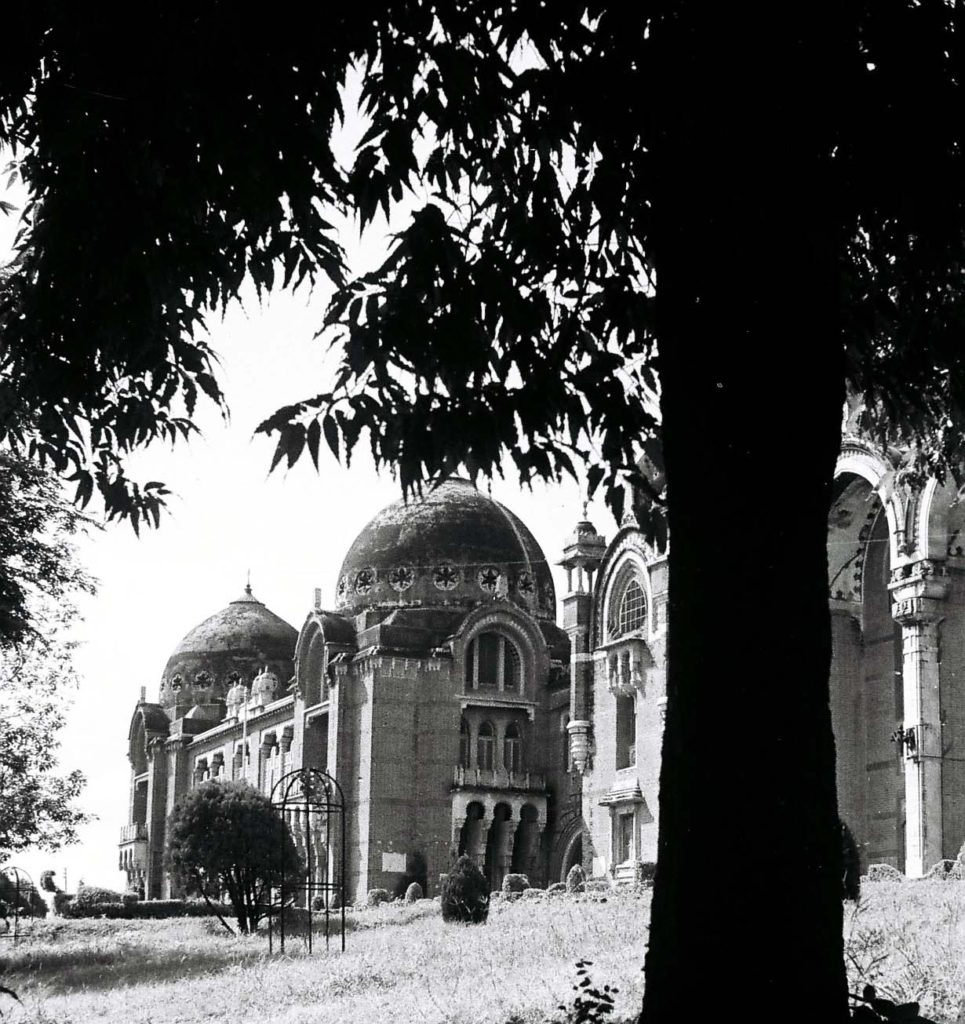
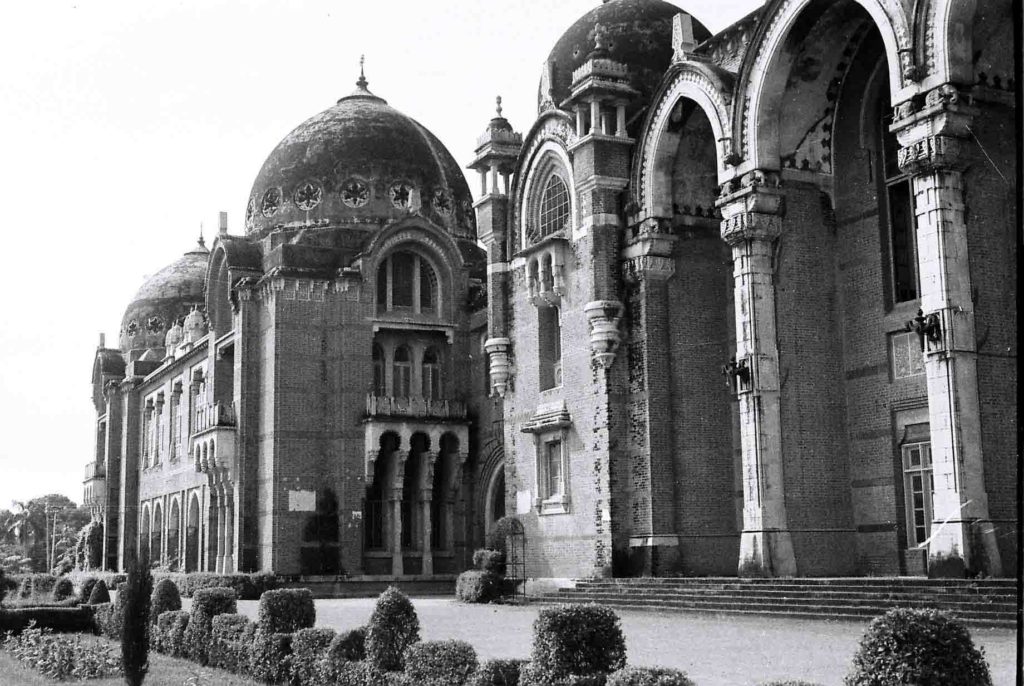
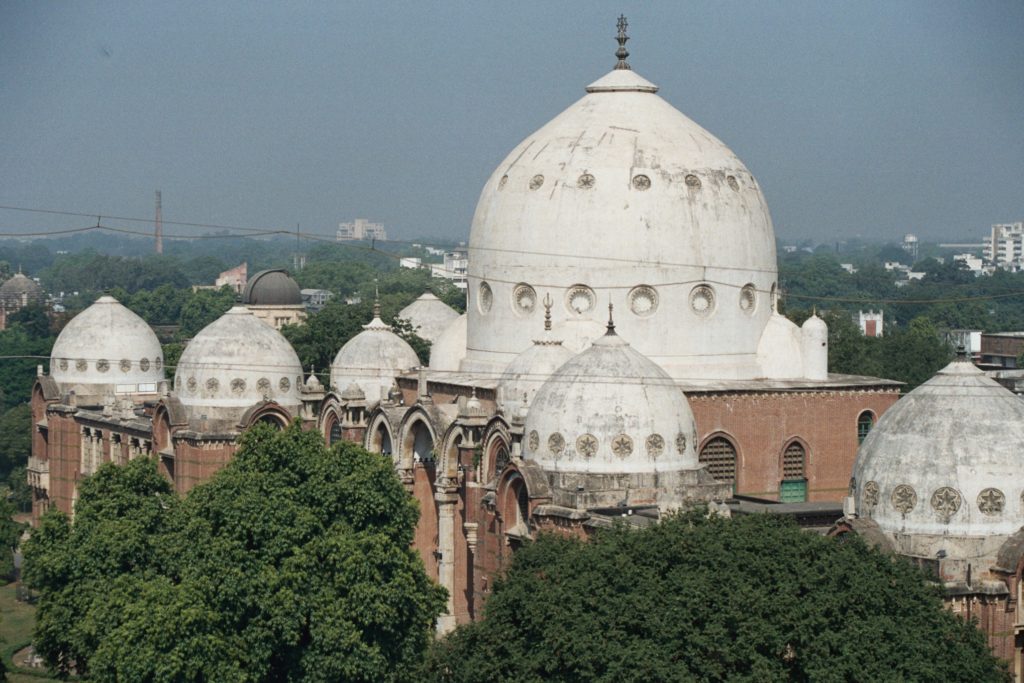
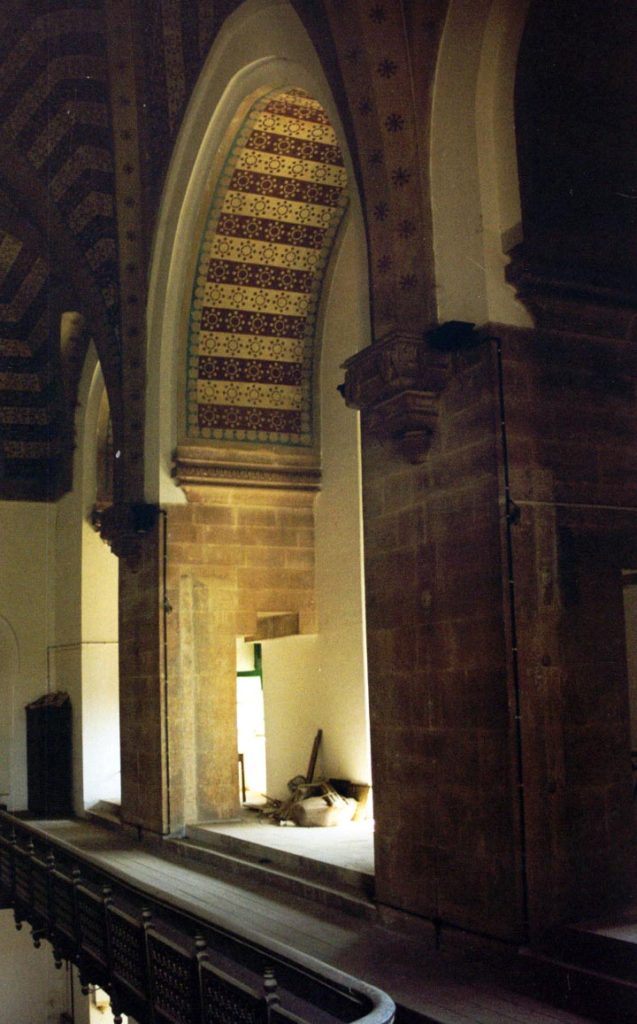
24th April 2020.
131.PHOTOGRAPHY (Black&White)1
Earlier 35 mm film cameras could take 36 pictures in a roll. Aperture was the lens diaphragm opening inside a lens to bring light to the film. The shutter speed decided the time taken by the aperture to open and close. It was known as f/16, f/ 8, f’/5.6, f/2.8 denoting smaller to bigger aperture opening.
The f-number of an optical system (such as a camera lens) is the ratio of the system’s focal length to the diameter of the entrance pupil (“clear aperture”). It is a dimensionless number that is a quantitative measure of lens speed, and an important concept in photography.
Depth of Field determines the closest and farthest objects in an image, both of which are in focus. The entire image between these objects also maintains a sharp focus. Amount of Light exposed to the image sensor, which controls the image brightness, rated in stops.
“Thought is the response of memory” J. Krishnamurti. Once upon a time, he talked on the lawns of Sir J. J. College of Architecture in the mornings
To keep the memory alive is not in our hands. But recording, documenting from day one is.
Two notebooks of two hundred pages were used to note down the film-roll number, the time, the aperture and the shutter speed on the spot. This was done to ascertain at what combination the exposures can be more correct, in different times of months and intensity of light. .A photometer was available in the market used by cinematographers, was costly. (Great filmmaker Satyajit Ray sketched every frame before shooting)
There was no other go than to rely on memory based on the recordings. A sketch was made while taking photographs with the angle of light and the time. In spite of doing the exercise result of developing the film and enlargement was important A scanned page of the notebook is furnished here for information. But there was a charm in learning and continuous shooting. It was a real task, which is unforgettable.

Note book to record each snap
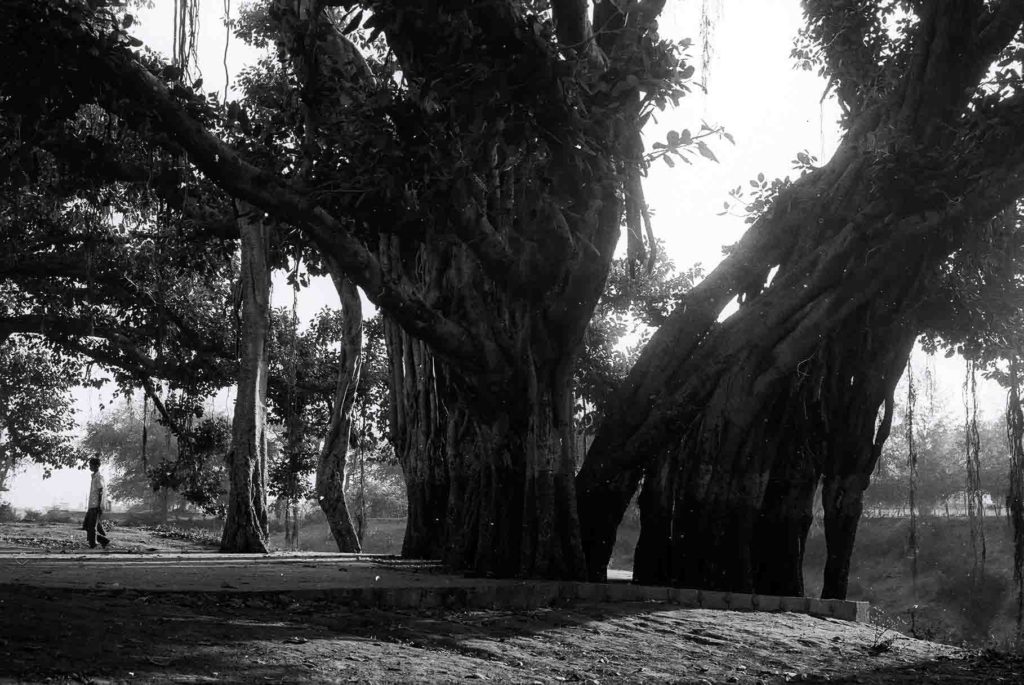
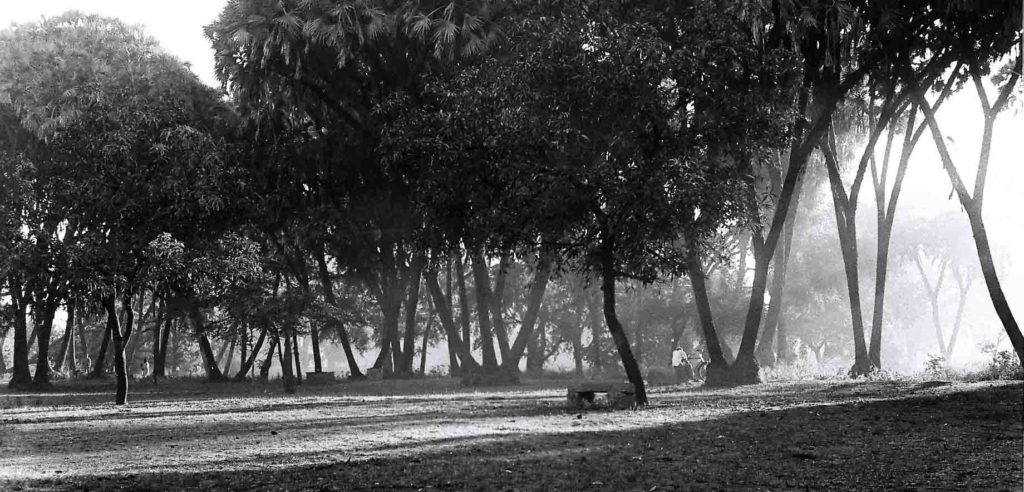

Nyayamandir . Rear side
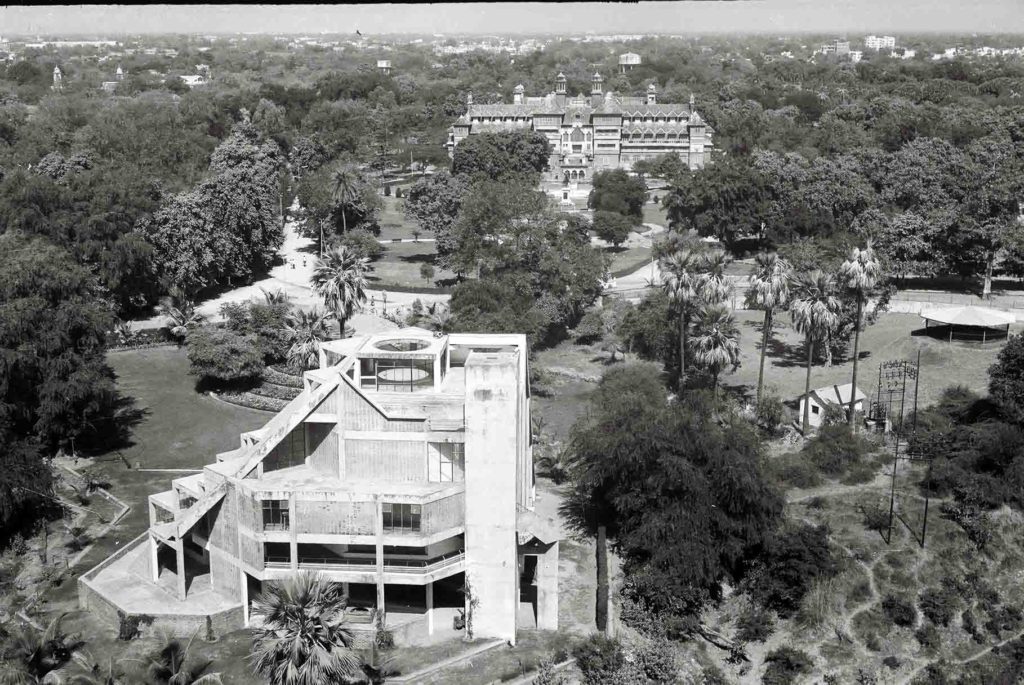
Museum and Planetarium


Scooters parked at the Railway Station Vadodara

.
132.CURIOSITY
When we came to Gujarat, someone told us “about the HOLI festival of Adivasis in Chhota Udepur Taluka. During the celebration, some of them walk on a live fire to fulfill their vow”. I was curious about it. I and my friend reached Rangpur. Somehow we had to reach Bhumaswada in the morning. We picked up a truck, only to find that the event was over half an hour before.
In the next three days we moved to Chikhli, and, Rangpur Ashram, to meet Harivallabhdasji a Sarvodaya follower. During the last few days, we had become familiar with the Adivasis, their dresses, and their way of living. I also saw houses of Rathava Kolis and sketched them. But to see an Adivasi girl turned in to a modern girl was almost shocking. She offered us a cup of tea by using a Gobar Gas Stove.
Chhota Udepur region belongs to Adivasis. Visit Kadipani and Ambadungar with someone from GMDC to see Fluorspar mines was educative. On return, we stayed at Ashram School and watched an unusual. dance by girls and boys.
Photographing individuals was difficult but capturing groups was not an issue. However, I could click some close-ups.
Then the curiosity turned into an addiction. I studied a beautiful volume “Festivals of India” which was as thick as Webster’s Dictionary. It gave dates and periods of festivals taking place all over India. Adivasi belt starts from Dang, Chhota Udepur, Panchmahal, Devgarh Baria, Sabarkantha, and Banaskantha on the eastern border of Gujarat. For the next four years (1966,67,68, and 1969), we explored all those areas during festivals.
We were sleeping anywhere, eating anything, and behaved like Gypsies. Once in Dang, we walked along the Khapri River for several hours and lost our way. It was a jungle. We were scared but fortunate enough to meet a boy who offered us some food and showed a way to Ahwa. Those were unforgettable years with B&W photography.
Chandrashekhar S Patil very interesting documentation of Chota udepur adivasi tribes…
Ravindra Abhyankar कडी पाणी चे फोटो यात आहेत?
Vignya Shah Very rare and interesting
Sir you are too great
We are privileged to have you among us.
All short stories are amazing.
Thank you sir for sharing with us
Ruhee Dinesh Gala Kavaat too, festivals are living heritage. Enjoy your posts
Kaushik Mehta Very very special moments captured. Photographs are able to convey their culture and life style. Great work sir.



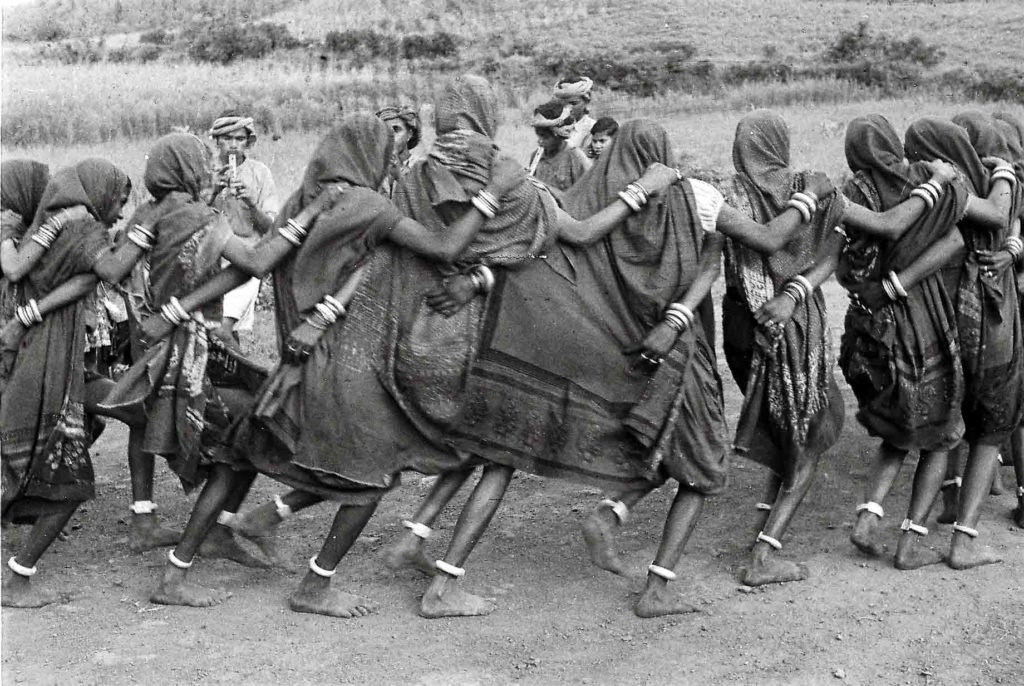

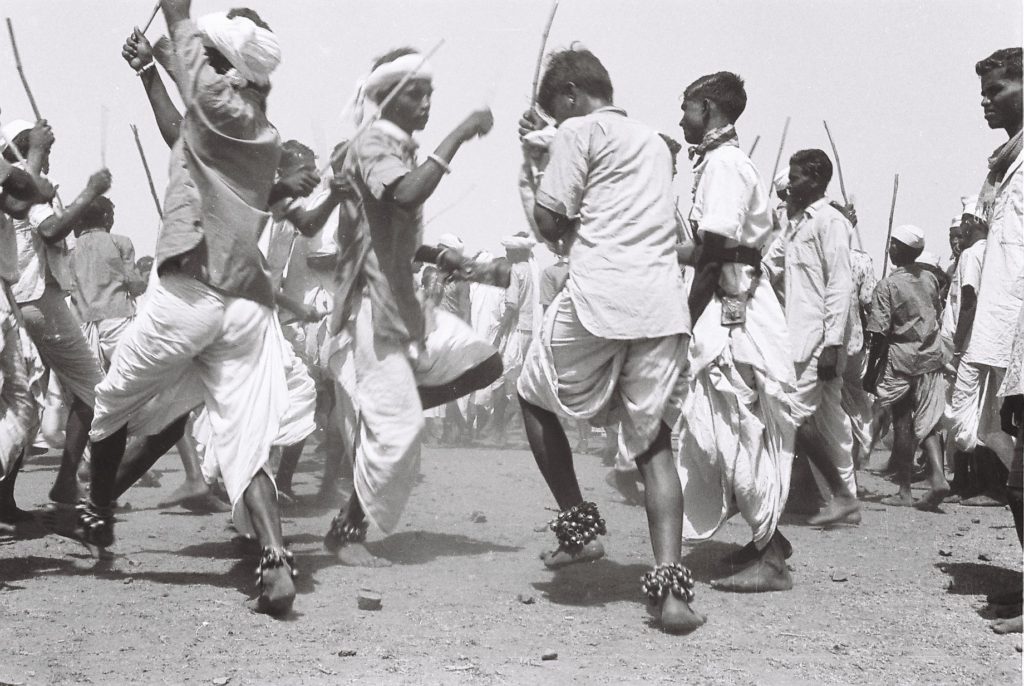

133.PHOTOGRAPHY (B&W Era continued.)
VADODARA
The earliest camera I handled was Agfa Box. My friend Mahendra Mistry’s uncle was in the Narmada irrigation department as a technician cum photographer. He had a Rolleiflex camera. He gave me to use. It was a twin-lens camera and needed to pip in the camera. It gave twenty pictures on a roll.
After some years, England, Germany, and Japan brought 35 mm cameras, more convenient than Rolleiflex. Composing a picture in new cameras was simpler. I had Fujica Camera that gave 72 frames in a roll. I disposed of it soon. Then second purchased was a Canon camera that had an adjustable aperture, shutter speed, and many features for manual photography. It is yet lying in the cupboard. The poor machine is not to be sold in the trash. B&W photographs lend a certain timeless quality to the images.
Kodak and Fuji color rolls arrived in the market but were sent to Mumbai for processing. Afterward developing and printing became possible in every big city. After doing B/W and color photography for few decades shifting to digital photography was easy. The difference in both was technical and emotional. In black and white photography it was time-consuming but more original in nature, needed very cautious attempts every time. The number of frames available was only thirty-six and each photograph needed careful composition. Deserving thanks to Ramchandra Kadam of Faculty of Fine Arts. Modern Photo Studio Kothi, Ghanshyam Patel of Preeti Photographers, Jasubhai Parekh, Dimple Colour Lab, and Rajababu
Fortunately, I had converted many negatives into JPEG images before digital cameras became common. Now those converting machines have vanished and yet many are to be converted, but nothing is possible now. Mobile cameras have taken place of handy cameras. Memory cards are able to store hundreds of photos a great advantage today.
The places in the pictures of Vadodara are not notices by the common men are part of the visual history of a city. They are all clicked before nine in the morning.
Sunil Joshi Excellent photographs and of course the write up👍🏾👌🏾🙏🏽
Jayant Kale Excellent photos of black & white era
Kaushik Mehta Super photos! And valuable Information always
Jagdeep Desai Amazing.Great records.
Have you compiled all your photographs as an <E Album> for posterity
Ruhee Dinesh Gala Write up is as amazing as the photos. Enjoying the anecdotes
Gayatri Waishampayan उत्तम फोटोग्राफी आणि लेखन
Chandrakant Tarte उत्कृष्ट फोटोग्राफी.

Bahuchraji Temple road. Now there is a massive development of both the sides

One can see these two arches, now dilapidated, must have been for a cable-stayed bridge over Bhuki Nala. I tried to find their history but they are being minor structures they are mentioned. But the arches and the brickwork were beautiful.
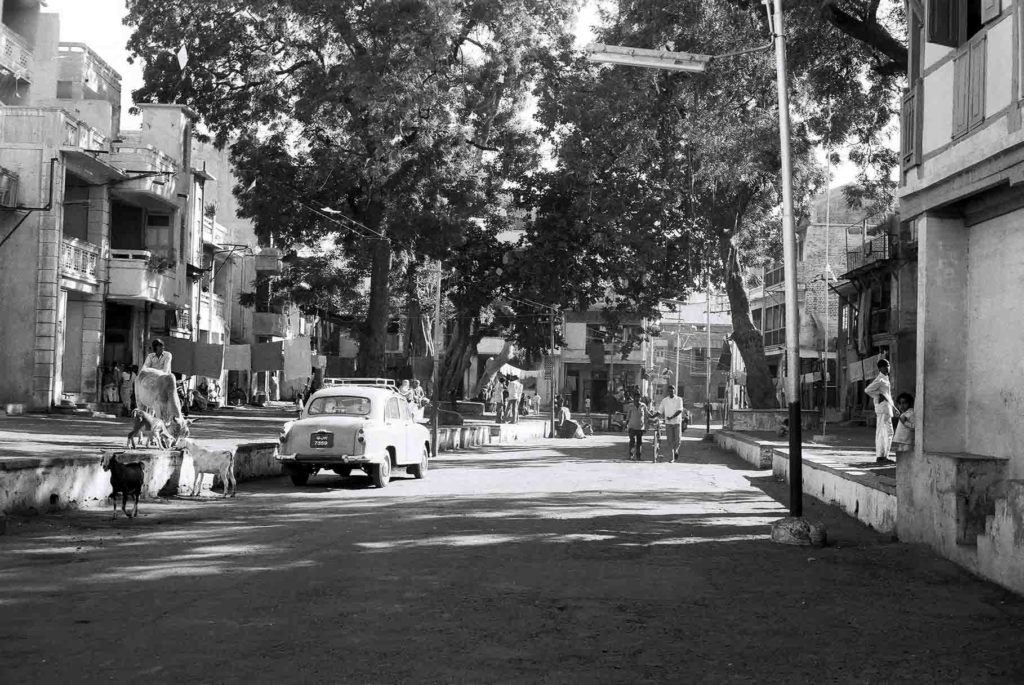
Gunda Falia the only design with houses on both sides with raised platforms for old people and children, safe from traffic. Beautiful morning light tempted to click.
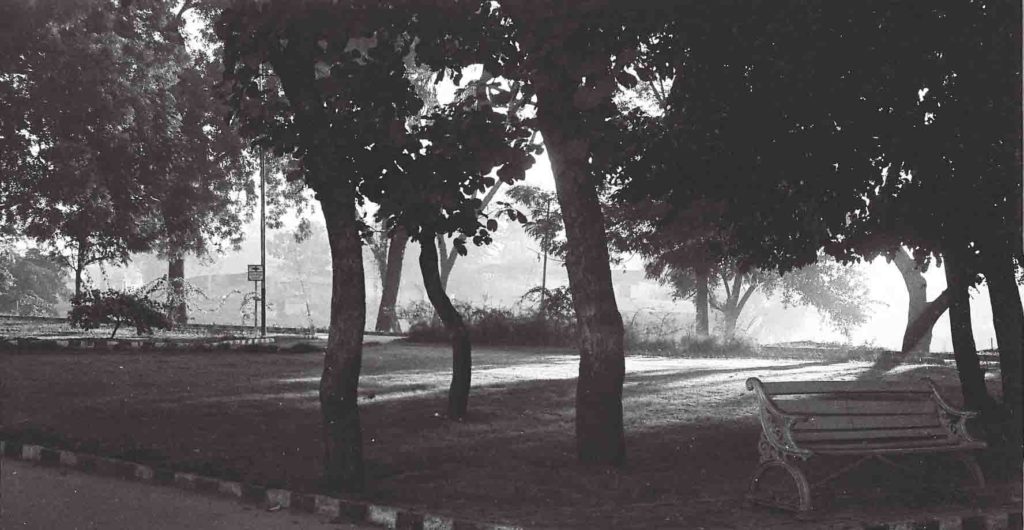
Early morning in Sayaji Baug.
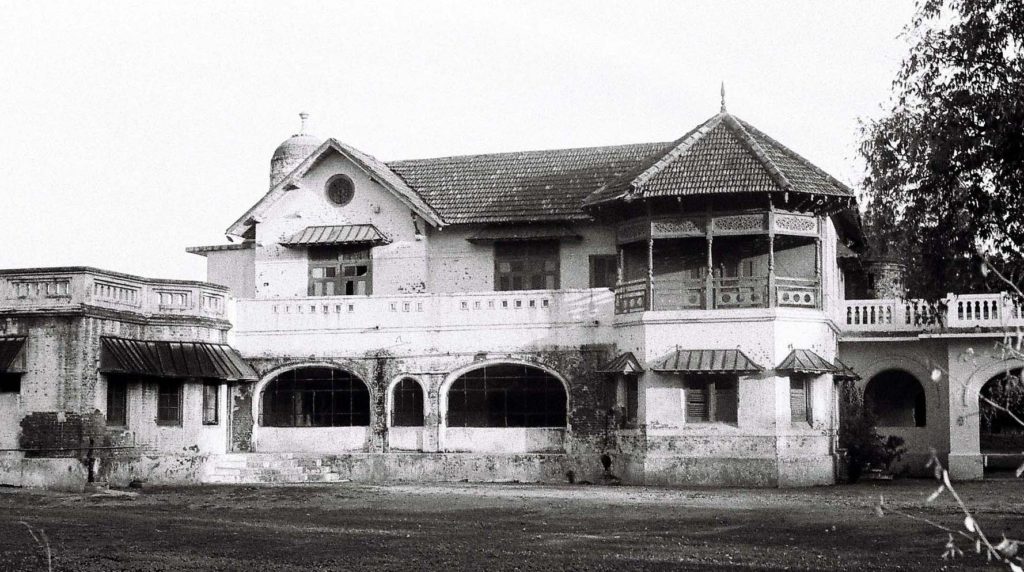
Kunj Bungalow meant for the special guests of the Royal Family. Now Kunj Resi cum Plaza

Beautifully built Methodist Institute in traditional brickwork
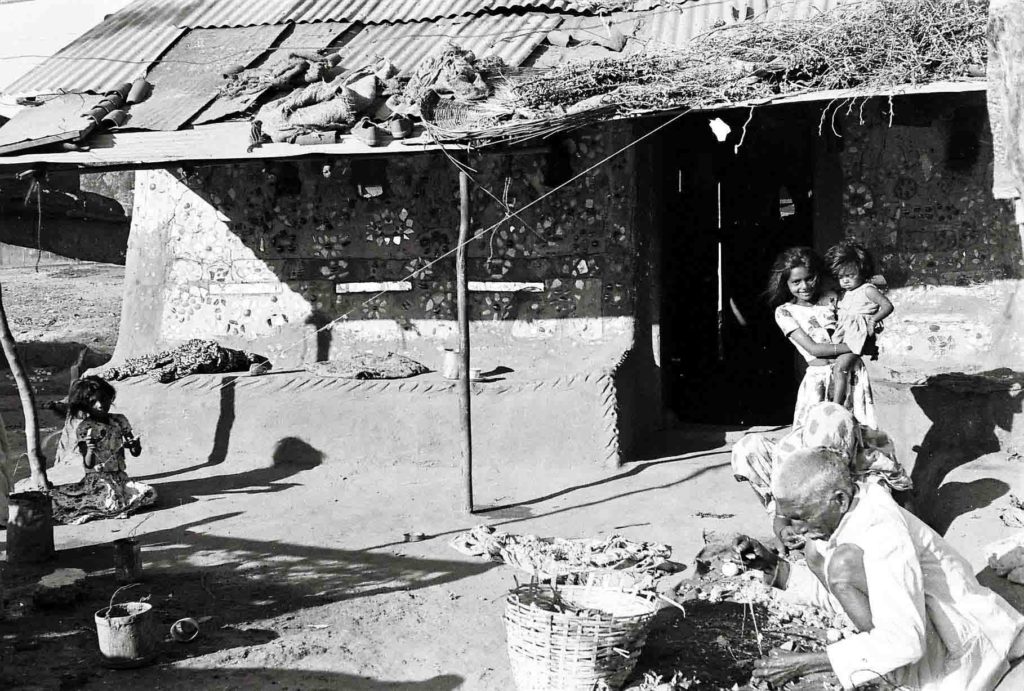

The train on the narrow gauge is pulled by a steam engine. It was published on a calendar.
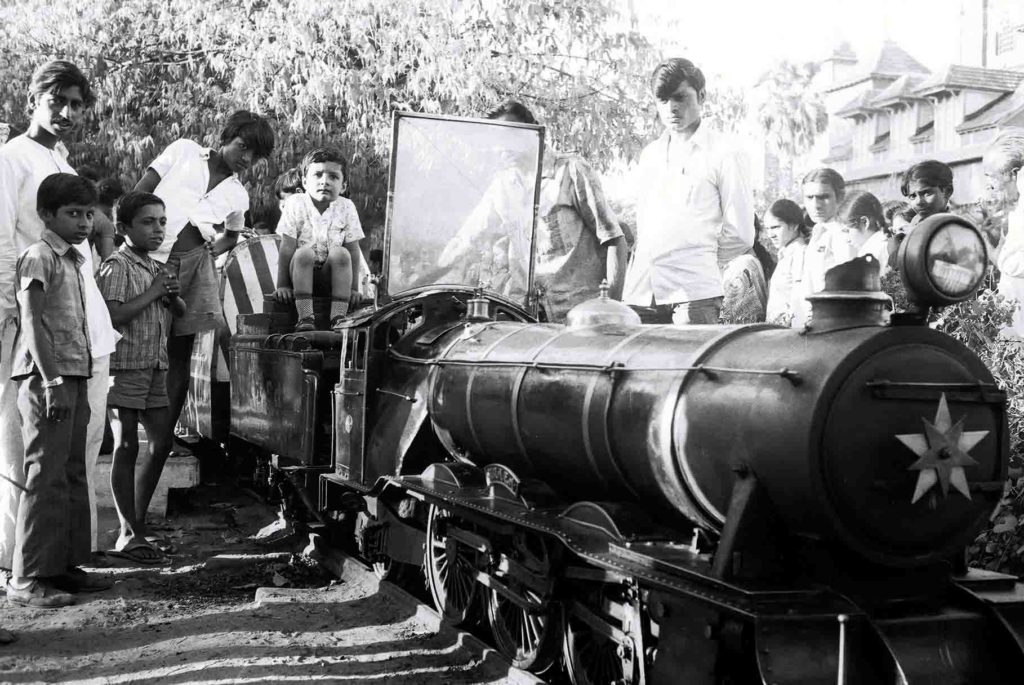
Toy train with steam engine in Sayajibaug Vadodara
Once the Toy Train in Sayajibaug had a steam engine. Today it is kept near the Pratapsinh Museum in the palace compound. (1974)

Nicely executed building in a workman’s manner within four gates
134.BENEFITS OF SWIMMING
Swimming builds endurance, muscle strength and cardiovascular fitness. The weightlessness of the water greatly reduces stress on joint, virtually eliminating the potential of the back, knee and other muscular injuries that are common in high impact activities such as running. According to the American Heart Association swimming can help reduce your risk for heart disease, stroke, and diabetes, lower your blood pressure and cholesterol. In summer it is the best. Your weight in the water is about 1/10 of your usual normal weight on land. It strengthens the body, soothes the mind, regulates breathing, stimulates circulation and puts no stress on the joints- all in one.
There are other psychological benefits of swimming if you allow it to occur. Relax and swim with a very low effort. Let your mind wander, focusing on nothing but the rhythm of your stroke. Sustainability of an architect is more important than architecture
Take swimming as fun and never swim in unknown waters.
135.HIGHER EDUCATION IN VADODARA
Though M.S.U. accommodate 35000 students in various disciplines, need for more institutes was felt by all in Vadodara, self-financed institutes came forward and purchased lands away from the city. To run them several parameters may have been considered.
Aacquirable land at a fair price.
Availability of experienced teachers for sustainable survival of the institute.
A continuous flow of Students
Easy public transport.
Provision of bus service to pick up students from the city.
Readiness to surrender prime time by the students.
136.1927 FLOODS (PRALAYA) IN VADODARA
In the Central Library of Baroda in Mandvi area, there are year wise reports (Baroda Administrative Reports). Diwan V.T.Krishnammachari wrote a separate chapter on Baroda Flood that year. From 25 to 28 July 1927 the city experienced 39 inches rains and neighboring Waghodia, 55 inches. All the communication was snapped. Drinking water and electricity was not available. Sayajigunj area was cut off from the city. All the single-storied houses were underwater. Sayaji Garden was underwater and all the animals and twenty people washed away. Other twenty people died under the debris of collapsed houses.
Sayajigunj, Fatehpura, Dandia Bazar, Navi Dharti Golwad suffered the most . Waters reached up to Faculty of Technology
All the affected people were paid in cash. Farmers were given free seeds. Those who lost their homes were given money to rebuild. Brick manufacturers were paid a special amount.
After the flood marble plaques showing flood levels were placed on all important public and educational buildings those can be seen today.
In 2005 the city witnessed a similar situation and this year though the rainfall was not as heavy as in 1927 the number of people suffered appears to be more.
I witnessed several floods. Wherever I could reach, took pictures. Let pray that we will never suffer like this year.
Ashwin Mukul Swimming can only help
Prakash Pethe May be yes
Bhaskar Sathe While I was at Vadodara during years 1955 to Feb 1961, there was severe flooding like this year’s. Do’nt remember
Prakash Pethe I came to Baroda in 1966. I have a record of every flood in Baroda afterwords
Suresh Bapat बहुमोल आणि माहितीपूर्ण .तेव्हांच्या महाराणींनी हत्तीवर बसून विश्वामित्री नदीची ओटी भरली होती असे म्हणतात.
Kaushik Mehta We have information on disaster but failed to implement its solution! Only God can help!
Sudhakar Sahasrabudhe ? What is going on? Sudhakar.
Prakash Pethe News covered a lot on Baroda. Raining has stopped now, but water logging is too much in some areas.
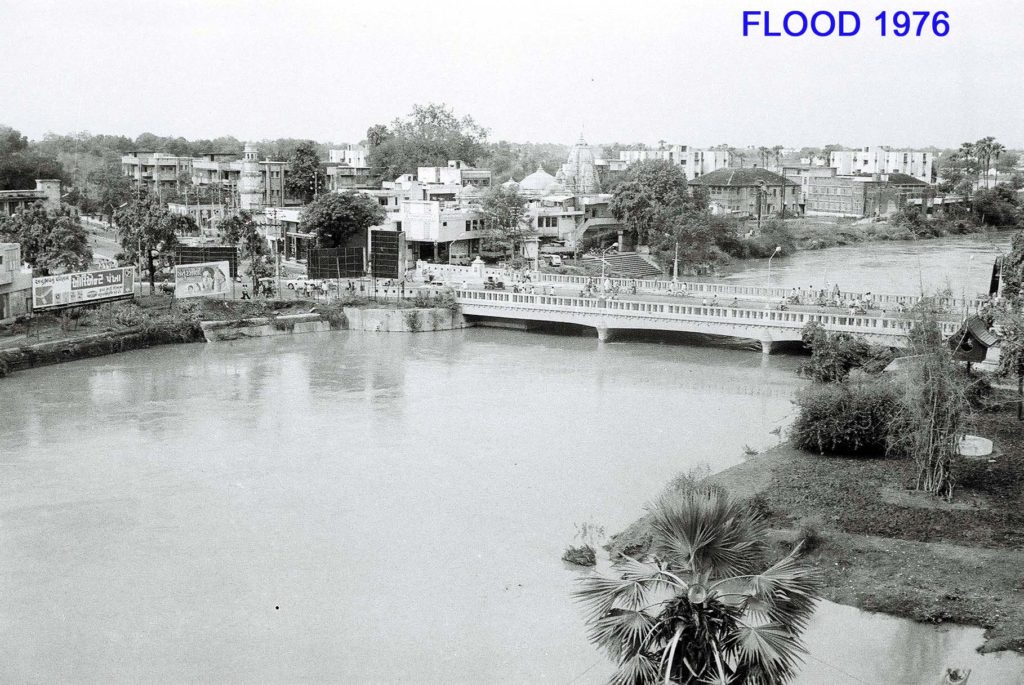




137.Heavy Book Bags
All over India parents and others have been complaining about heavy school bags the children have to carry a heavy backpack.
I have been observing that the students of architecture are scared of submissions. They lose weight. They undergo sleepless nights. Their hemoglobin count reduces. Colleges of architecture should decide which subjects submissions are a must. If they can reduce the number of submissions by 25 percent, students will be happy. Some rational solution should be found similar to how to reduce the burden of heavy bags for school children.
Bhaskar Sathe I am of the opinion that so as to reduce burden of submissions for
students of Architecture , subjects like Interior Designing, Landscape
Architecture and Town Planning should be introductory, not in detail.
If they like students can follow post graduation studies in these subjects.
During B.Arch. Course of 5 years , emphasis should be on architectural design,
building construction, working drawings, detailing and building services. Students should also learn how to prepare drawings for municipal/ local authority approval for erection of buildings and writing specifications and
quantity surveying. In short, preparing students for professional practice.
Prakash Pethe Very correct Bhaskarbhai..But somehow things have changed. but not for good.
138.END OF AN ART GALLERY
.
Baroda is called a city of culture as it showed interest in arts, music, literature, dance, drama, and allied arts. It began with the arrival of Raja Ravi Varma in 1881. He did great paintings and motivated to build a city museum.
Establishment of the Faculty of Fine Arts and contribution by well-known artists, ‘Baroda Art School’ became as famous as ‘Bombay School’ and ‘Bengal School’. Then there was a demand from artists to have a City Art Gallery.
The proposal came on my drawing board, it was an exciting project. While designing it in 1976, many thoughts emerged before I touched the pencil on the paper. I was familiar with the Jahangir Art gallery designed by architects Durga Shankar Bajpai and G M Bhuta.
While designing the building I took light from the roof and provided slit windows for ventilation at the floor level. Connecting small and big hexagons to create specious space in the plan without cutting a single tree of the garden. The gallery was placed on the columns keeping the ground floor free for multipurpose. Then the design hibernated for eight years.
One day the Mayor called me and said: “a city architect is ready to design the gallery free of charge”. I said “ you know, that my drawings are ready including estimates. Even if you get free design, it would go through long procedure”.
He said “what you say is correct” We shall construct your design.
Foundation stone was laid in 1984 and the building was inaugurated in1985 at a cost of Nine Lakh forty thousand. Reporter of TOI saw the gallery minutely and praised the design and published my name in the news report. On the day of the inauguration, several artists visited the gallery and expressed their satisfaction. It was a good compliment. It seems that it was underused. In 2016 the gallery that survived for 31 years was demolished and a new building was built for other use.
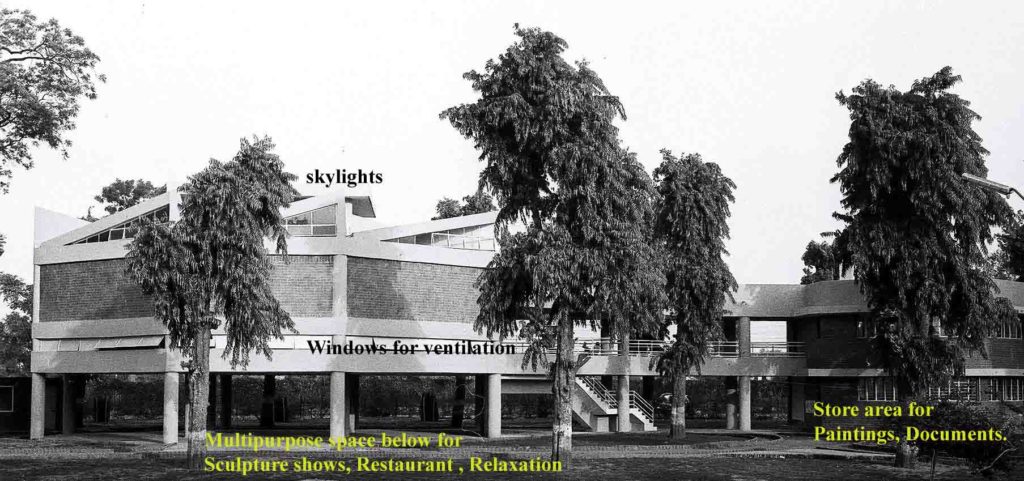


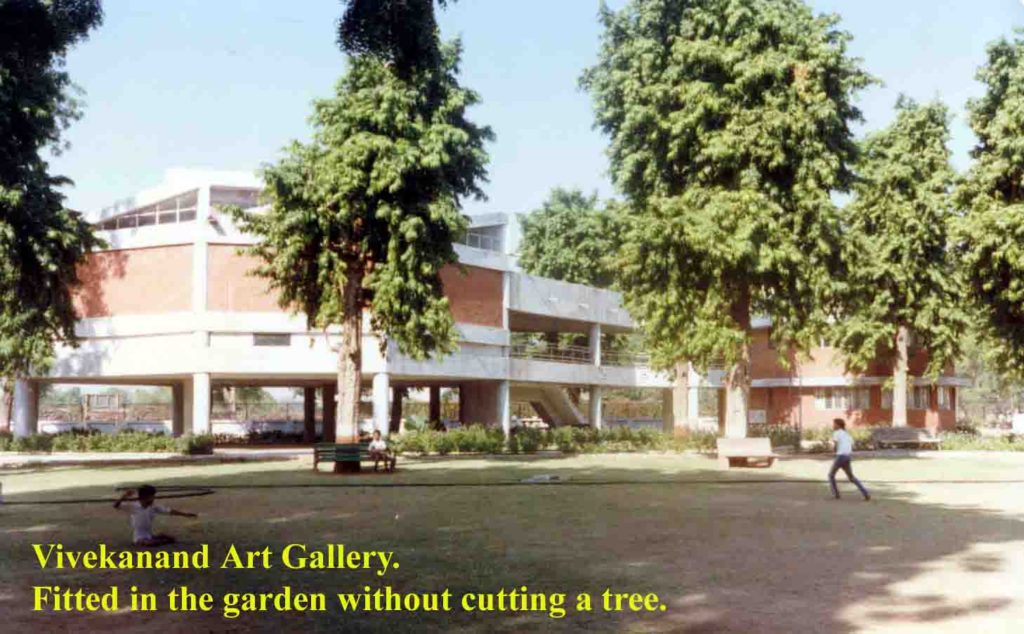

Madhusudan Lele So sad,no more art gallery for locals.
Ravindra Abhyankar What a play of fate!!! The creator of the concept sees its birth, avatar and also exit… 😭
Panktee Pandya Sir I wish i knew about this art gallery a few years back. This is a beautiful building.
Pallavi Mahida It was indeed a master piece sir. Regret not being able to visit it
Mangesh Nabar I am in no mood to blame someone. But especially Baroda people are totally responsible for this. Such incidents must be avoided at any cost.
139.BOOK COVERS I DID
The life of an architect is governed by mathematics from Zero degree to 360 degrees. Zero is for conceptual space and other degrees are for form and volume. Divine proportions are its ingredients.
Architecture is very close to film making. We were lucky to watch great films in Vadodara at the Darshan Film Society that screened classic films. Great filmmakers like, Frank Capra, Charlie Chaplin, Japanese filmmaker Akira Kurosawa, “the Master of Suspense” Alfred Hitchcock, and Satyajit Ray who was producer, director, screenplay writer, music director all in one for some films.
When a designer writes a book he likes to do everything. To compose, include his sketches, photographs and also design the cover to convey what he has written.
My book called धमधोकार was to be published. ‘Dhamdhokar’ means anything done with full force. My publisher asked me “if you have any idea appropriate to suit the topic, send your sketch”. I sent it, and he liked. During school days we played with a paper aero-plane and threw on each other. I fitted the letters in telescopic form going on either side. To give a form to the word धमधोकार.
The second book was about Vadodara city that had no icon like Howrah Bridge of Kolkata, or Eiffel for Paris. I thought to print an old map of the city and in the background and wrote the names of the city changed from time to time.
There was another book about “Architectural Appreciation” of whatever I have seen so far. I used the universal concept of the Golden rectangle. It conveyed the idea of forms.
Another book was ‘नगरमंथन’ the book tells about cities and discusses issues involved in planning and executing them. On the cover, I wished to emphasize the idea of a family the smallest unit of any city. I put the family standing under the tree. It was to suggest the strong relation of human beings with nature and the environment.
A recent book was about the story of architecture. Name of the book was बखर वास्तुकलेची where “Bakhar” means historic stories on architecture. I had a black and white close up of the Mumbai Municipal Corporation building, designed by Frederick William Stevens, for the background of the book cover. The publisher gave it to an artist. Accidently he was from J .J. College of Applied Arts.
Kaushik Mehta It’s Your great contribution sir. I will get it and read it for updating my knowledge.
Prakash Pethe Come home. Its pending request to you.
Subhash Phadke I would like to read all these books one by one. Where in Pune can I get a copy of these books. Or can I buy them online?
Sudhakar Sahasrabudhe Congratulations for your efforts and endeavour for writing and publishing books connected with Architecture and Planning. Sudhakar.
Sunil Joshi I have read Dhamdhokar and Anandaakar. I have my own copies of these. Your books always have Simple language with loads of information. I saw photos Bakhar vaastukalechi at Sadhana’s home. Could not read completely. Planning to get this too.
Jayant Kale I have read all these books written by Prakash Pethe
Kaushik Mehta It’s Your great contribution sir. I will get it and read it for updating my knowledge.
Prakash Pethe Come home. Its pending request to you.
Subhash Phadke I would like to read all these books one by one. Where in Pune can I get a copy of these books. Or can I buy them online?
Prakash Pethe Please contact bookganga.com. or from Granthali 022-24 30 66 24

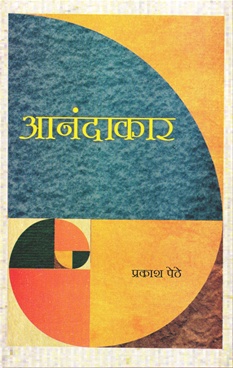
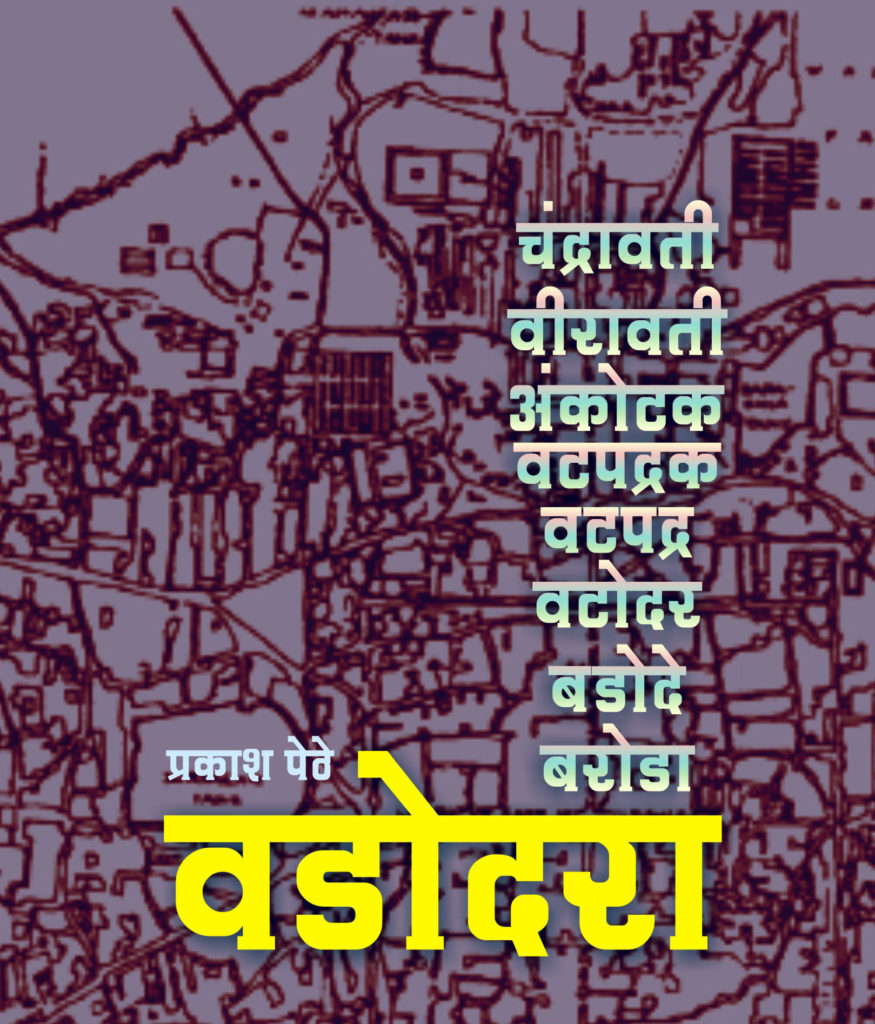


140.BUSTS, STATUES AND PLAQUES
There are a few ways of remembering notable persons.
1. Erecting statues of great people like Gustav Eiffel, Sardar Patel, M. Gandhi, Shivaji, etc.
2. Embedding a plaque with names of inaugurator, ruler and the designer
3. Plaques are written with the name of political leaders and the administrators.
4. Personal hoardings at the occasion of their birthday, or the demise
5. Writers, poets while writing included their name in stanzas
For example
1.पढ़ी पढ़ी के पत्थर भया लिख लिख भया जू ईंट ।
कहें कबीरा प्रेम की लगी न एको छींट॥
2. When fire and camphor are brought together, is there any black remnant left?
Tuka says thou and I are one light. — Tukaram Gatha, 2482, Translated by RG Bhandarkar
Sculptors and architects can not write on their creations. Authorities write their names.
One may wonder what is the status of an architect in society today?
What do builders think about them?
How do clients look at them?
State Governments?
Local Authorities?
Aam Janta thinks architecture is limited to monuments only. They do not consider the work of housing complexes, commercial buildings, multiplexes or malls as a piece of architecture. I think Aam Janta is ninety percent correct.
Does a flat purchaser ever enquire about the name of the architect?
Maharaja of Baroda Sayajirao III had respect for designers and skilled persons from every field. The list is long. Stone plaques of architects and engineers, who built beautiful buildings, were embedded in the walls at the entrance.
After Maharaja the same respect for the designers was followed by the Maharaja Sayajirao University. But after the formation of Municipal Corporation, Municipal Commissioners and head of the elected representatives started writing their names on the plaques.
Subhash Phadke Putting the names of the architects on the plaques is not a common practice. Even putting plaques is quite rare. Engineers and doctors also don’t get their names displayed anywhere. Authors of books or poets of collection of poems get that distinction. And the film industry, painters have their names associated with their work. However, the ancient rishis were an exception.
However, if the work is excellent interested people do take pains to find out who the creator is.
Prakash Pethe Liked
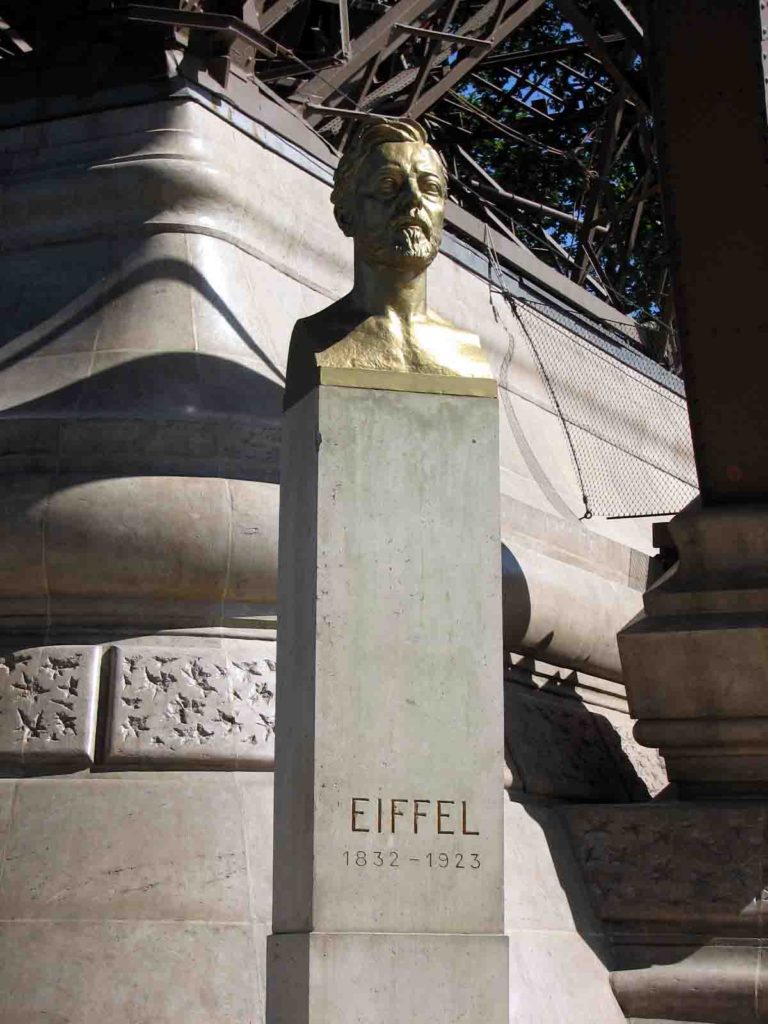
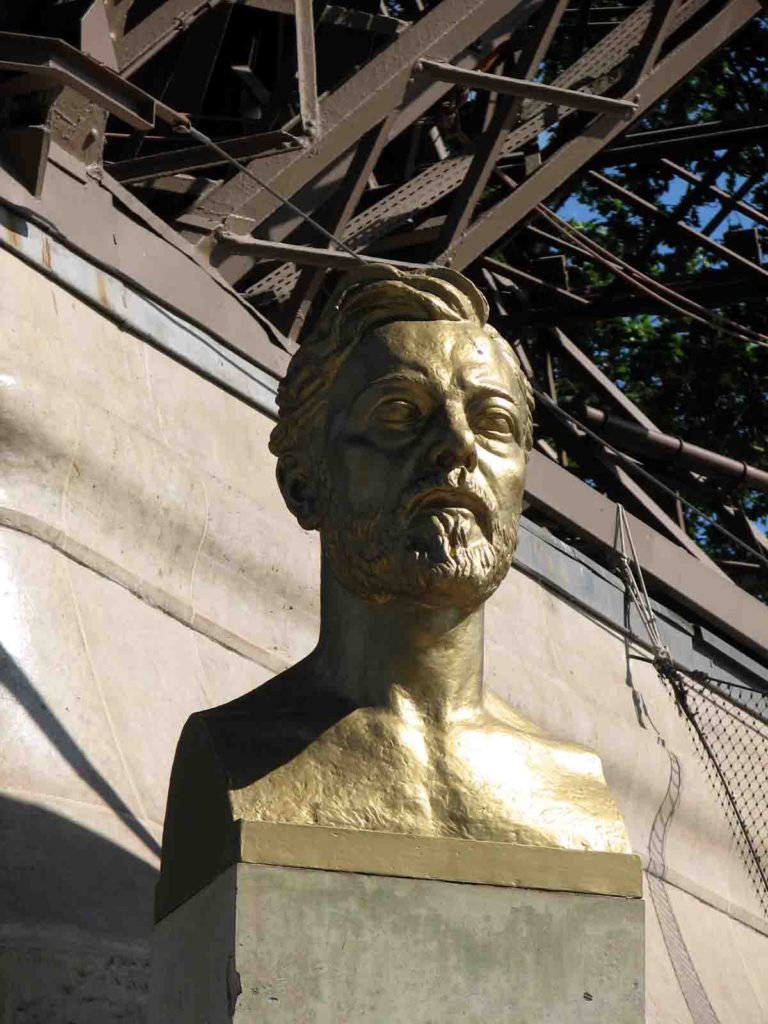
Bust of the Gustav Eiffel at the vantage point at Eiffel Tower

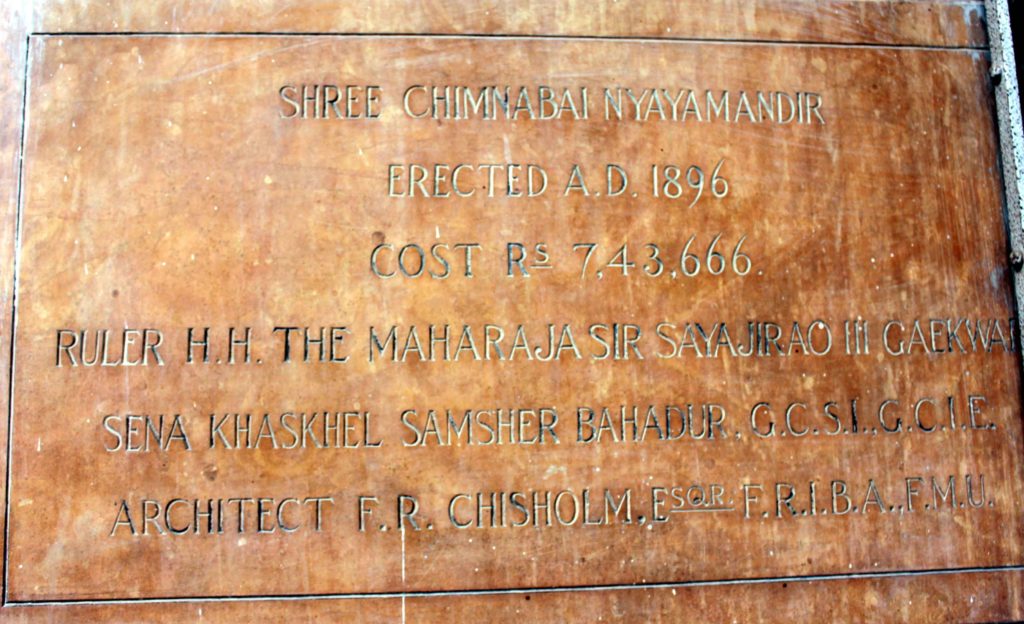

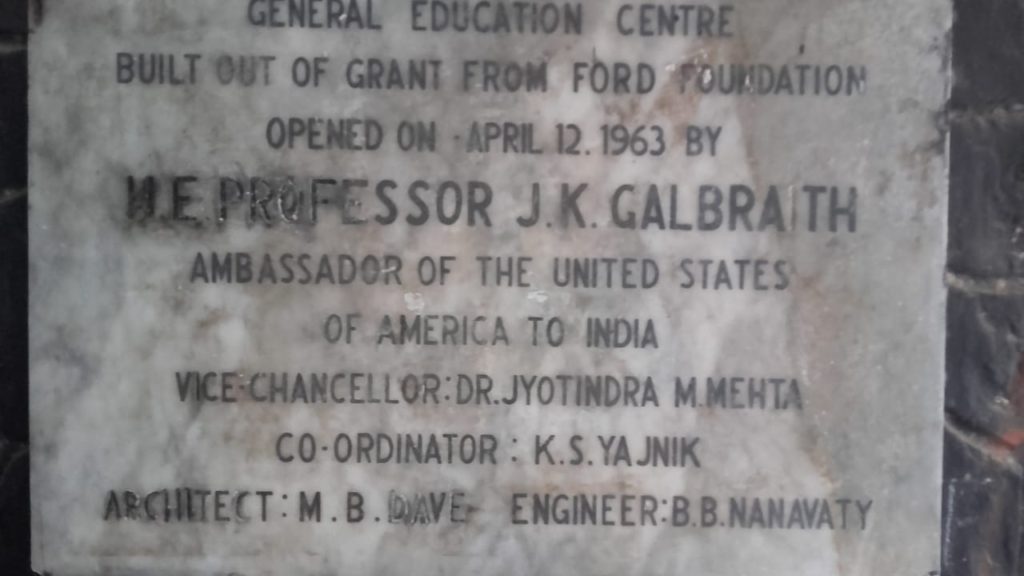
Faculty of Education Ar. M.B. Dave



141.ROMANCE WITH MUSIC
My mother, a disciple of Pt. Mirashibuva, introduced me to all forms of Indian music. But the world of Western Music opened when I entered Sir J.J. College. Just behind our college at Rang Bhavan, I had a chance to listen to a program by an American composer, Duke Ellington a pianist, and leader of the Jazz orchestra. I saw glittering saxophones, trumpets, trombones, piano, bass, drums, and guitars for the first time. I did not understand much about it but it was a thrilling experience.
The second connection to western music was from my classmate Sushant a Bengali boy who was related to the famous composer Salil Chaudhary (1922 – 1995) was his staunch admirer.
The third was our young studio assistant; who was a member of a Church band, had Piano at home. Once he took me to his rehearsal.
I and Sushant became friends within a few days. He sang Bengali and Hindi songs on the steps outside. Once he told me “don’t miss to see मधुमती, उसने कहा था, परख and माया films for the musical score by Salilda. You will find subtle modulations of Mozart.
Salilda was an unusual composer well conversant with Western and Indian Classical music from childhood. Among the western classical composers, he was fond of Mozart the most. The way he blended Indian tunes with Western rhythm and melodies was different than his contemporaries. He jumped from lower note to an extreme higher note and descended in dancing over the first note in a wayward manner, was his specialty. He was one of my favorite music composers.
PLEASE LISTEN TO A CHILD IN THIS – https://www.youtube.com/watch?v=Q32C1vdU6mQ
दिल तड़प तड़प के कह रहा है https://www.youtube.com/watch?v=kvA-S1B4wHE
आहा, रिमझिम के ये प्यारे-प्यारे. https://www.youtube.com/watch?v=OIgVdDFXv-U
कोई सोने के दिलवाला https://www.youtube.com/watch?v=jarX75g6Vvc
ईतनाना तू मुझसे प्यार बढा https://www.jiosaavn.com/…/itna-na-mujhse-tu-py…/FhABWQxee2o
मिला है किसिका झुमका – https://www.youtube.com/watch?v=XnxhZM4dlQ4
142. C. RAMCHANDRA –
A ROMANTIC MUSIC DIRECTOR
The scale of my father’s salary was rupees 55-3-85 to 4-130. That is one started with 55 and got 3 rupees increment every year and ended at 85. Middle-class fathers born in and around 1900 served in Railways, Post Offices or Secretariats had similar incomes. (First migrants of the century) They were stringent about spending money on entertainment. Our childhood friends understood the mood of their parents and never asked for money to watc.h the movie until we started earning. So we missed the golden period of Hindi film music. None of us had Radio. We listened to Bianca Geetmala (1952 to 1988) at somebody’s house. My wife did not see any movie until her marriage as there was no theatre in her town. We were sailing in different boats in the same river
My office was near the Strand Cinema in the Colaba area of Mumbai. One day I saw C. Ramchandra near the Strand Cinema. I recognized him, thanks to late Isaq Muzavar a legendary authority on the film world.
C.R’s career started in 1944 and ended when I started earning. I have seen only three movies for which he was music director but I know more than two dozen his best compositions.
His name was Ramchandra Narhar Chitalkar (1918 –1982) and was a disciple of famous classical singer Vinayakbuva Patwardhan.
I had an opportunity to listen to him at Gandhi Nagar Griha in Vadodara . The auditorium was overflowing. Many sat in the aisles. Listeners were not ready to relieve him. But he said, “Once upon a time producers and directors stood in a queue to meet me, and today I am playing like a MADARI for you.” He had a very good voice and sang many songs. A fond of Raga Bageshri he rendered many compositions delighted everybody because of his strong classical base. It was a program to listen to as well as to learn. I still remember.
Kumud Lodaya I have also heard him live in Mumbai at a rotary club function and love his music
Aplam Chaplam Chaplayee Re Movie: Azaad (1955) https://www.youtube.com/watch?v=1s8J_5hi2N4
Balma bada nadan (Albela, 1951 https://www.youtube.com/watch?v=rT6hWfHbo6E
Shola Jo Bhadke, Dil Mera Dhadke(Albela,1951) https://www.youtube.com/watch?v=QJKpvt5_cN4
Radha na bole na bole https://www.youtube.com/watch?v=sXJ917TZVqU
Tum kya jaano, tumhari yaad mein . This is a very good song please listen. https://www.youtube.com/watch?v=NBsBNSkiA6U
Umra Hui Tumse mile (Bahurani) Lata Mangeshka’s ‘last song with him .Listen to use of flutes
143.SHANKAR JAI KISHAN.
Vallabhbhai Patel Stadium in Mumbai was full (more than sixty years ago).
The event was an orchestra by Shankar Jaikishan.
Lata Mangeshkar and Mukesh started the program with an all-time hit” Wo Chand Khila”. Gudi Sirvai with his Accordion stood in the center. It was a thrilling experience watching so many instrumentalists on a very wide stage. Gudi Siravi was superb.
The story is that Jaikishan an accomplished harmonium player and Shankar an expert in percussion instruments were interviewed by Raj Kapoor, himself trained, in classical music, was impressed by S-J and assigned them for his new film Barsat. (I have not seen) It was a calculated risk taken by RK. From then onward RK, SJ, Mukesh, and Shailendra turned in to a team that continued for a long time successfully.
S –J once said that they compose for every individual and not for the masses. It is true in architecture. While designing a public building it should please from CEO to working staff as well as, peons and Safai Kamdars.
All arts whether painting, sculpture, have no religion or language. Good tunes and composition can attract anybody. Songs of Awara composed by S-J became popular in Russia, Mera Juta Hai Japani reached in many countries as “The Great Wave” a color woodblock by Katsushika Hokusai of Japan is known to all.
He was only twenty years of age when his music for film Barsat became a big hit. Today people remember his songs more than the movies. In those days films were purchased by distributors in the name of Music Director. S-J was one of them since
Enter in the era of fifties and enjoy.
It may provide relief in the present circumstances
वो चांद खिला वो तारे हसे – अनाडी
https://www.youtube.com/watch?v=OvtU5FYxK-c Enjoy Accordion
तुझे जीवनकी डोरसे बांध लिया है
https://www.youtube.com/watch?v=amRMVEXb-xI
You may listen to the following songs in soundtrack only
जिया बेकरार है – बरसात
https://www.youtube.com/watch?v=Q_JpV8iyM9I
जबसे बलम घर आये – आवारा
https://www.youtube.com/watch?v=SV2tpIUz0_4
सुनतेथे नाम हम – आह
https://www.youtube.com/watch?v=5Osioi6qvjg
किसीने अपना बनाके मुझको – पतिता https://www.youtube.com/watch?v=MA72LAYKZRg
144. EYES
Big brass eyes are instantly noticed in a temple of Mataji Temples. A surrealistic concept of a Goddess by the devotees. The eye is the mouth of the tunnel that reaches the heart by an eye only and not by the body
In portrait photography, eyes are like God. Some eyes smile, they can be mischievous, calm, green, blue, brown, or black. To capture beautiful eyes is a passion of photographers.
In our Elective class for photography (2011-SVIT), students were asked to click faces only, in candlelight. The results were good and the students were happy.
A book “Photography Field Guide,” by National Geographic says, “In portrait photography, there is a co-operation between the cameraman and the subject, who is, after all actively posing for you. In the case of candid, it is documentation by the photographer for his valuable record”.
I found a girl looking skeptically at me, and I could capture her eyes. She came with her family (Bhil) from Meghnagar, beyond Dahod, to work during the free lockdown period.
Her duty was to look after her one-year-old brother kept in a Hammock made of Sari, till her mother worked on site. I admired her by her patience. For three days she did it without any complaint.
Kaushik Mehta Absolutely beautiful
Ruhee Dinesh Gala Sir beautifully written piece, absolutely loved it, and wonderful photos to compliment…

Adivasi girl looking after her infant brother. She is matured at her tender age. She keeps looking after her brother till her mother returns after work in the evening
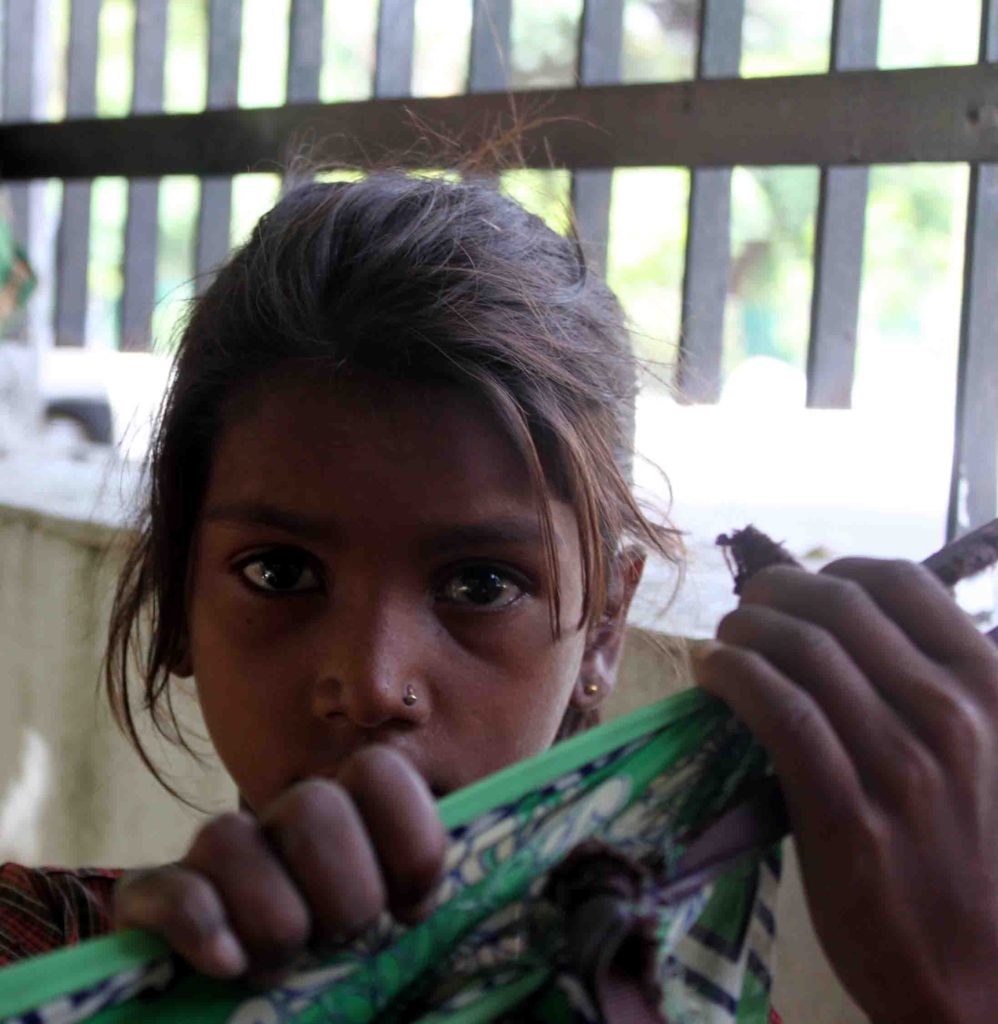
Kaushik Mehta Absolutely beautiful
Ruhee Dinesh Gala Sir beautifully written piece, absolutely loved it, and wonderful photos to compliment..
145.PICTURES TAKEN DURING LOCKDOWN PERIOD
22nd March 2020 Janata curfew. Some people clapped
23rd March 2020 complete lockdown from midnight.
No one was allowed to move out of the house.
5th April 2020 People lighted the lamps and enjoyed like Diwali
.It was a moment to start photography in and around the house during the lockdown.
The camera was ready to serve from sunrise to sunset.
There were some rare situations which were not possible to see during working days. They convey a story of a particular time.
When something glittered in a different light, became an object to click. A steel railing over the compound wall glittered like copper in an angle of Sundays.
How beautiful an empty street looked.
Photographs are arranged in chronological order according to dates.
There was plenty of time to stick to the computer, listen to music, and many other things, apart from sessions of photography.
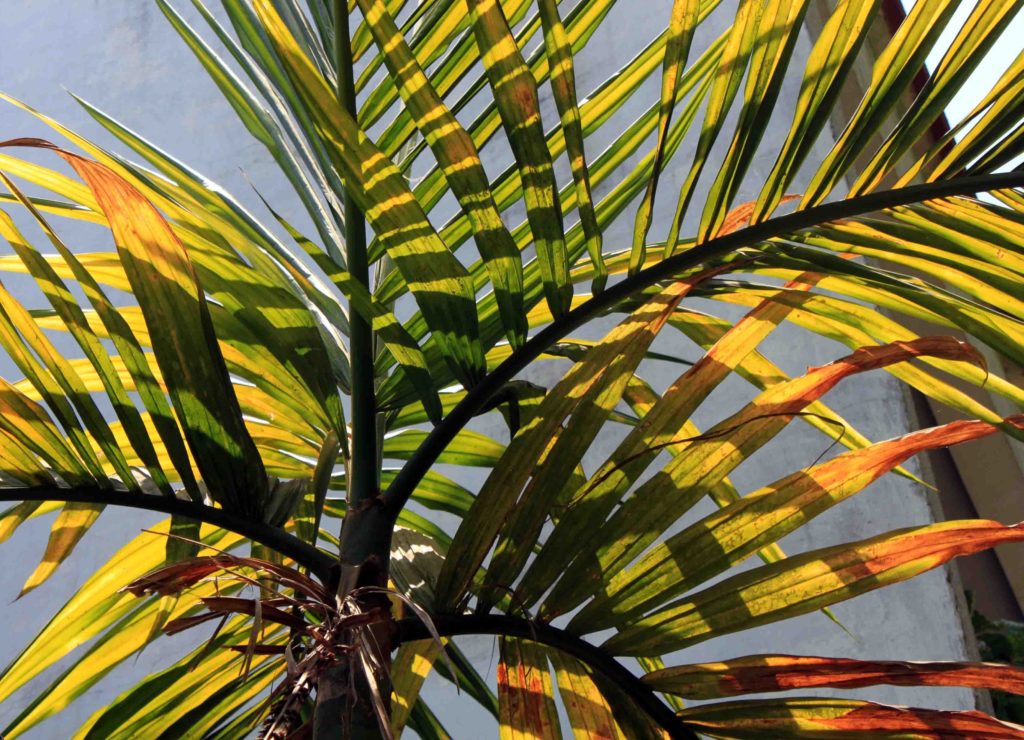
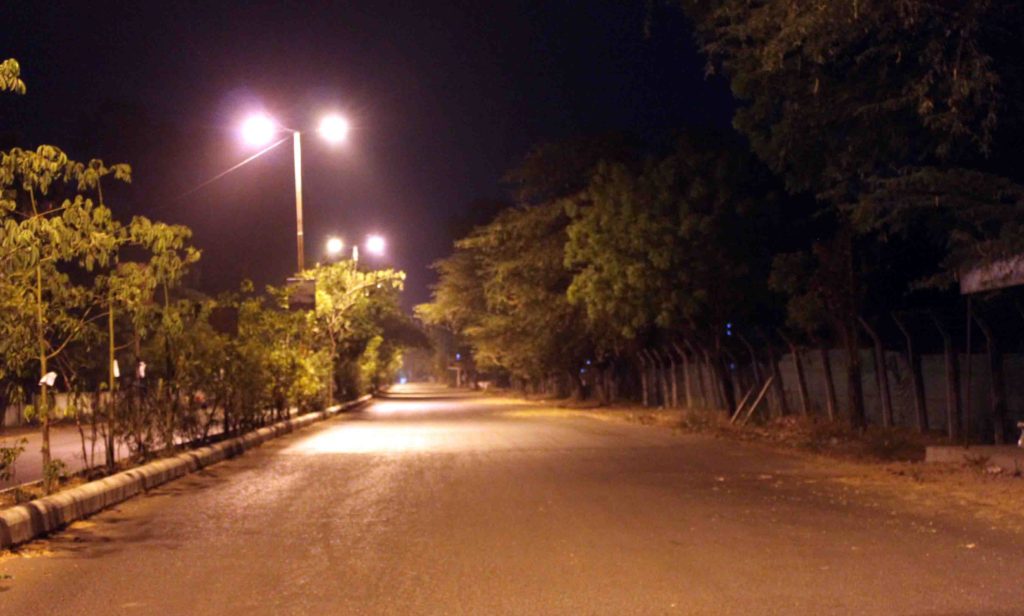
Street at night

Flower box in our sitting room
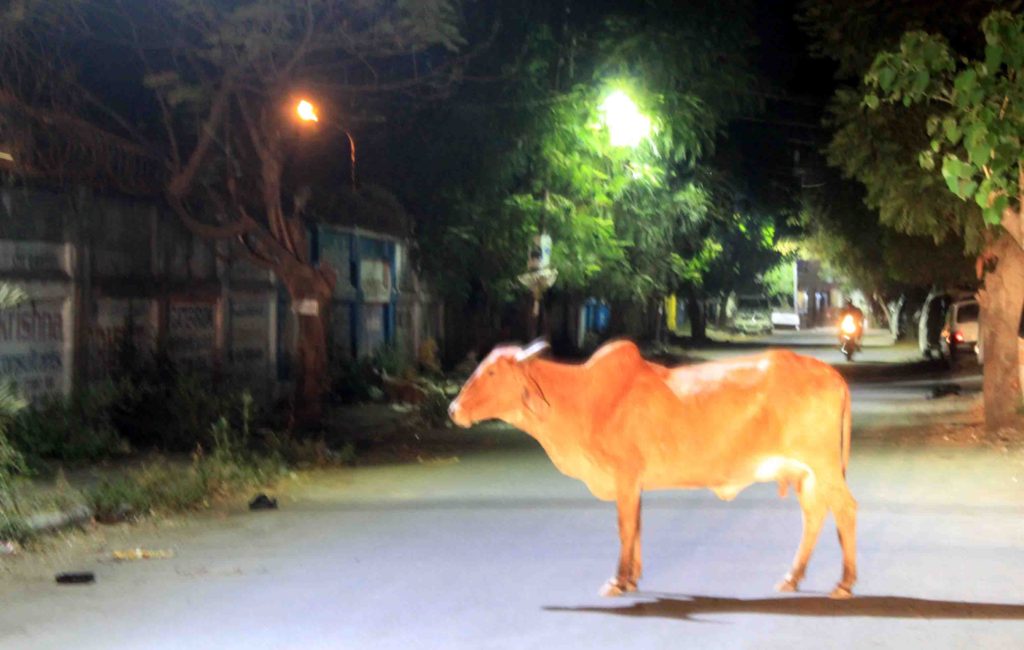

Tarsali Road

Mild Steel Grill over compound wall
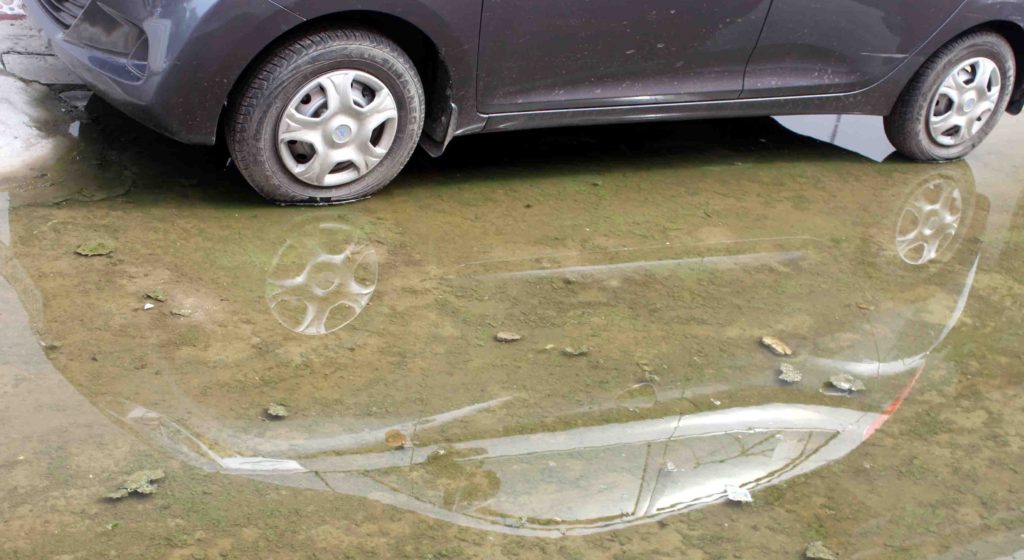
Our Betel Nut Palm

Flower box in our sitting room
146.AN ENGINEER WHO BECOMES AN ARTIST.
He is like a Branching Palm, a rare tree (Hyphaene thebaica) as it grows up it gets several branches. Pramod Sahasrabuddhe from Nagpur cracked JEE and came out with a degree of M. Tech from IIT Mumbai in 1983. For practical experience, he joined a firm of structural engineers. After two years, he started his own firm. And then rejoined Sterling Engineering Consultancy Services Pvt. Ltd as a partner after thirteen years. He has settled in Thane He thought small offices do not sustain for a longer time for various reasons.
During his career, he worked for many architects as a structural consultant. Design for Turbhe railway station. 183. m tall twin towers “Lodha Venezia” at Parel Kala chowki,183 m tall “Lodha Venezia” at Parel Vallabhbhai Patel Indoor Stadium Mumbai is to his credit. He came in touch with, Hafeez Contractor, Charles Correa, Shashi Prabhu, and many others.
As such he was sailing well. Though happy with himself, he thought of exploring his artistic talents. In 2006 at the age of 47, he went through a book about how to work with charcoal. Immediately he purchased drawing materials tried his hand in fine arts without previous experience. His efforts received a prize of 25000 for his painting.
He ventured in many other things. An atheist from school days,, joined the Bright international, believers of philosophical naturalism. and also connected himself with the movement for the eradication of superstitions. They offer Charvak Puraskar He came in close contact with late Narendra Daholkar who was murdered in 2013.
He started a Website <marathipustake.org> and digitized more than fifty classic books. Dasbodh, historical documents (बखर), Everything about Mahatma Jotiba Phule, Chhandorachana.
Being an expert computer programmer he conducted online surveys about why a painter paints. He sent seventy-five online forms to forty artists in Maharashtra and analyzed motives behind art creation by PIE charts and Graphs and also surveyed what people did during the lockdown period.
His close association with architects for two decades made him aware of the life of practicing architects. His opinions can create better insight among young architects.
He said “Hafeez Contractor is one of the rare architects who pays to his associate’s a share of the project fees. It keeps them attached to the firm.
He further said “There is great scope for architecture. Fresh architects should work on-site from start to finish, and learn skills to complete a building.
The great scope is ahead for young architects, in Landscaping, Special lighting, Transportation, Acoustics, Restoration, Amusement sector, Computer Technology, 3 D modeling, Walkthrough, Hotel industry, Old age homes. Set designing and many such new avenues.”
Like his name Sahasrabudhe, meaning multi-talented, he has many invisible hands’
16Ruhee Dinesh Gala, Veena Pethe – Kaley and 14 others
Kaushik Mehta Great work!
Anil Navangul Pethe saheb all your stories are nicely articulated and well informed.


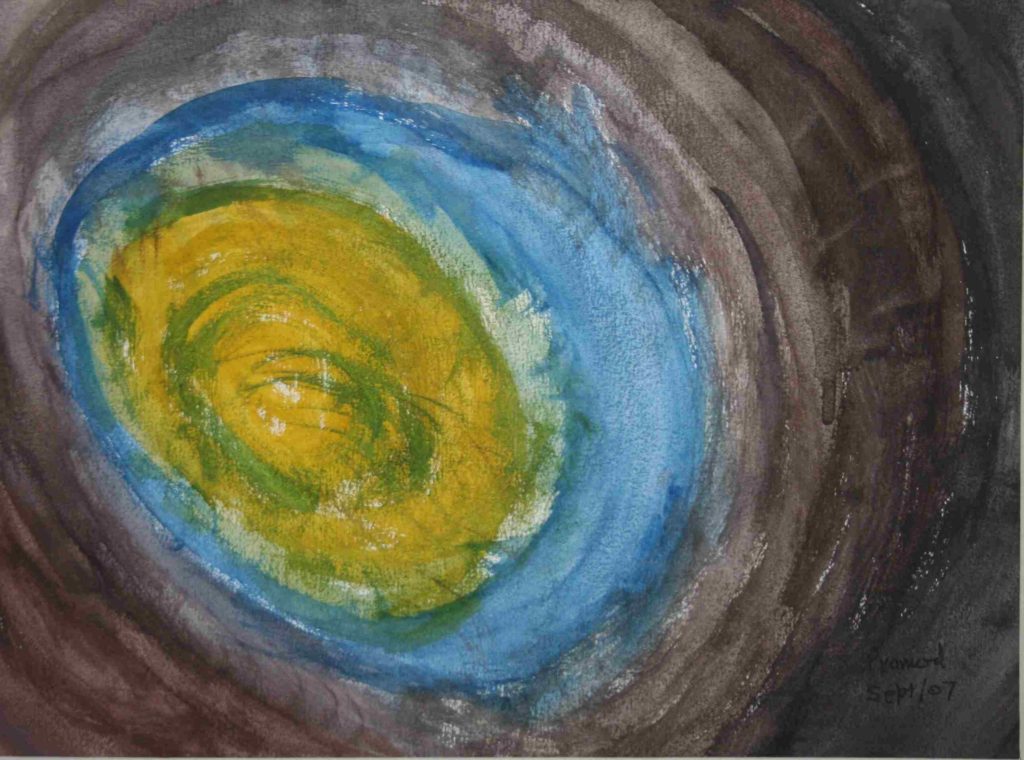


147.BARODA GHARANA OF MUSIC
Maharaja Sayajirao III started “Gayanshala” an Institute, first of its kind in India (1886). It was an unusual step to teach classical music in a school. Officially it is not a “Baroda Gharana”, but Music College (Faculty of Performing Arts). Has produced hundreds of musicians so far and also those who have in-depth knowledge of music
History of music in Vadodara says, Ustad Maulabax, Pt. Bhatkhande, a theoretician, Bhaskarbuva Bakhle, were connected to the city.
The present college building was designed by Sir William Emerson, creator of Victoria Memorial in Kolkata, and Experimental School in the city.
Since I was a newcomer I had no idea about the city’s love for music but within three months of my arrival, I attended a vocal recital by Ustad Amir Khan, a great master of Indore Gharana. It was a good beginning to enjoy classical music concerts organized by “Swarvilas” Artists from Patiala, Agara, Gwalior, and Jaipur. Delhi, Jaipur, Gharanas performed for Swarvilas in Vadodara
The list of artists is very long and cannot be fitted in this short story, but those who are instantly remembered are Begum Parvin Sultana, Pundita Kishori Amonkar, Prabha Atre, flutist Hariprasad Chaurasia, Santoor player Pt.Shivkumar Sharma, and violinist N Rajam. Ajay, and Kaushiki Chakraborty Pt. Bhimsen Joshi, Nikhil Banarjee. Sitarist Ustad Abdul Halim Jafarkhan and unforgettable PANDIT JASRAJ.
Among the Tabla players Pt. Samta Prasad, Mahapurush Misra, Ustad Alla Rakha, Zakir Husain, Amir Husain Khan, Pt. Talvalkar, Yogesh Samshi and tabla Guru Sudhir Kumar Saxena of Ajarada Gharana from Vadodara and many others
A one-man organization “Komal Nishad’ is a gift to the city by Mr. Shankar Kumar Jha (1990) it offers a free for all concerts. Among the listeners, we often saw architects Panna and Rajan, Datta Ekbote, Sandeep Vaidya in the audience. While connoisseur listeners who appreciate a true rendition, the artists are always happy to perform in Vadodara.
Vadodara is the city to listen to classical Music in Gujarat.
Shashikant Kumar
These are precious stories and pictures of Baroda. The sense of cultural exchange during erstwhile times were proud moments. These classical settings and performances were regular until a few years ago, which needs to continue. You have enough for good publications.
Sandhya Bordawekar Gajjar
Petheji, while your post is informative, we must acknowledge that there is really no such thing as Baroda Gharana. Yes, there is a long history of patronage to classical music and musicians that began with the Gaekwads in the pre-independence era and was continued by premier organizations like Swar Vilas, Sannidh, and Komal Nishad. The music college created a vast audience of informed listeners (we require several Kansens for one Tansen, as my teacher used to say very rightly) and so most artistes lived performing in Baroda because it was an audience that genuinely appreciated their talent. However, the music college was really not as successful in producing performing artistes of a caliber that would justify the title of Baroda Gharana — be it vocal and instrumental music or dance. Some theatre persons have found opportunities in the extensive world of TV content but that’s it.
Ruhee Dinesh Gala- The Architecture of the building is picturesque and I love the courtyards, the staircase, the roof line… Wish it could be appreciated from a distance……
Sudhakar Sahasrabudhe–I was knowing that you are a keen music lover. Sudhakar
Sriniwas Solapurkar–Very impressive!–Classic information
Bhaskar Sathe– Very informative write-up. One of the friends of Mumbai, late Shrikant Lagu obtained a Ph.D. in music from MSU. He visited Music College many times for his thesis. I don’t know who was his guide. I listened to Pt. Bhimsen, Pt. Kumar Gandharva, and Pt. Basavraj Rajguru
In Marathi Wangmay Parishad at Baroda in 1956, 57, 58. I used to stay in Baroda behind Shantadevi Talkies. The residence of UstadFaiyazkhan was on the road behind private our hostel called Akanksha. Fiyaz khans grandsons Shamim Ahmad and Baker Hussain-used to visit our hostel. I was closely acquainted with Shamim. Around 1990, I arranged Shamim’s sitar recital at Kalyan Gayan Samaj.
Bhaskar Sathe- Shamim was accompanied on Tabla by Pt. Nayan Ghosh. I took them to Kalyan by afternoon local train. Both came to our Wada before a performance. They met my cousin brother Rajabhau Sathe, a well-known vocalist and one of the founder members of Kalyan Gayan Samaj.
Prakash Pethe- An extremely good addition to the post. Your experiences with Baroda are new to me. Now those who will read the post will know many things. I have heard Shamim in Baroda and also Rajabhau in Kalyan. I could have written many more things but due to control over the words in a short story I had to put it in few words
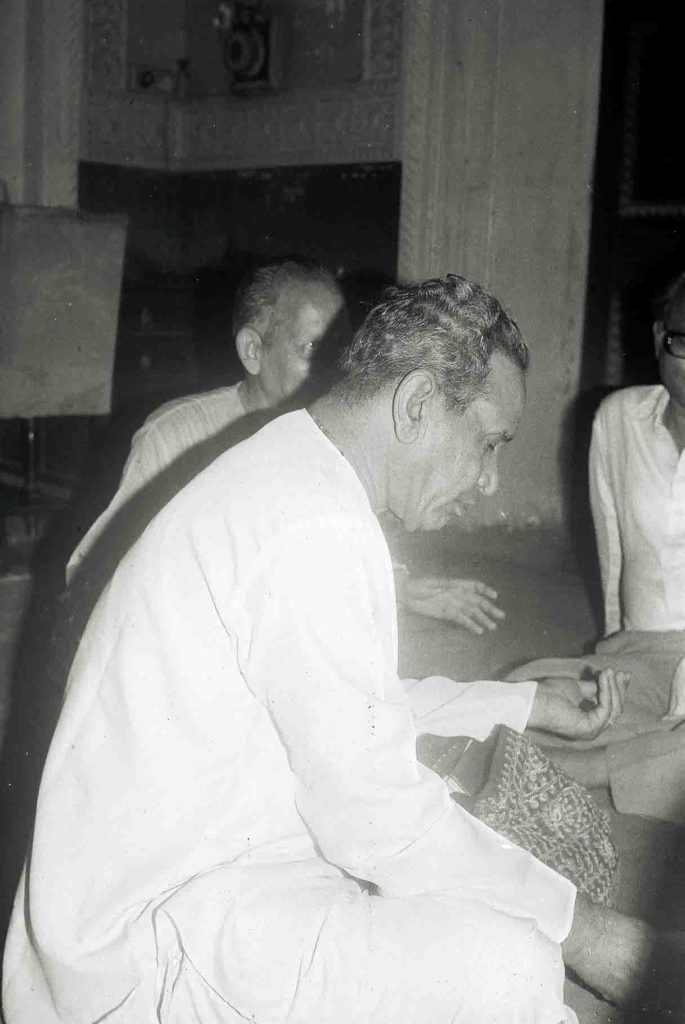

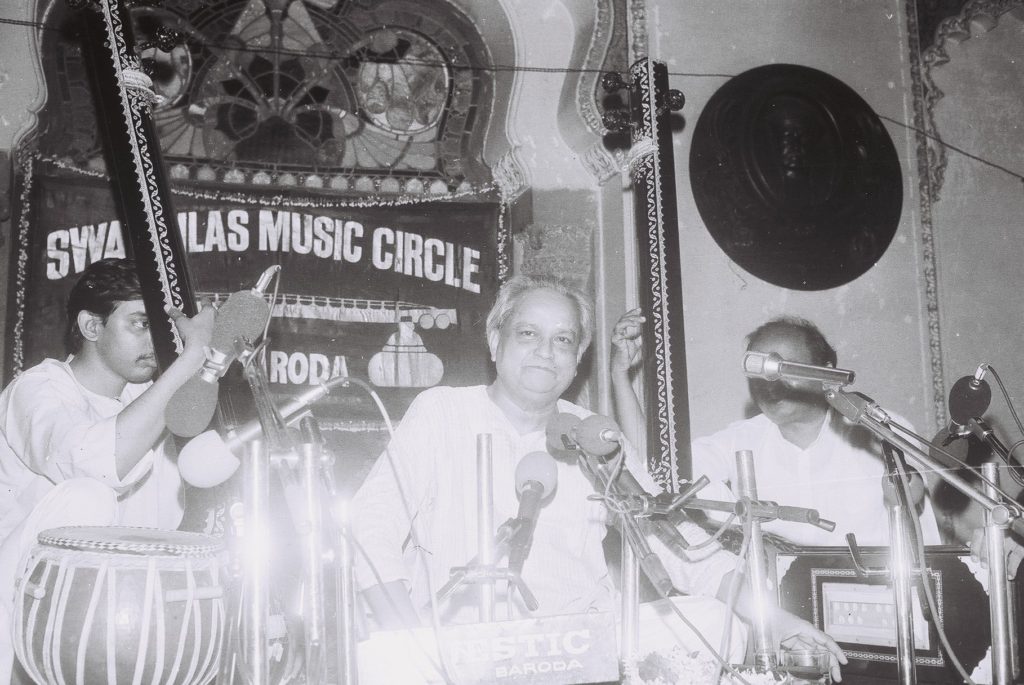

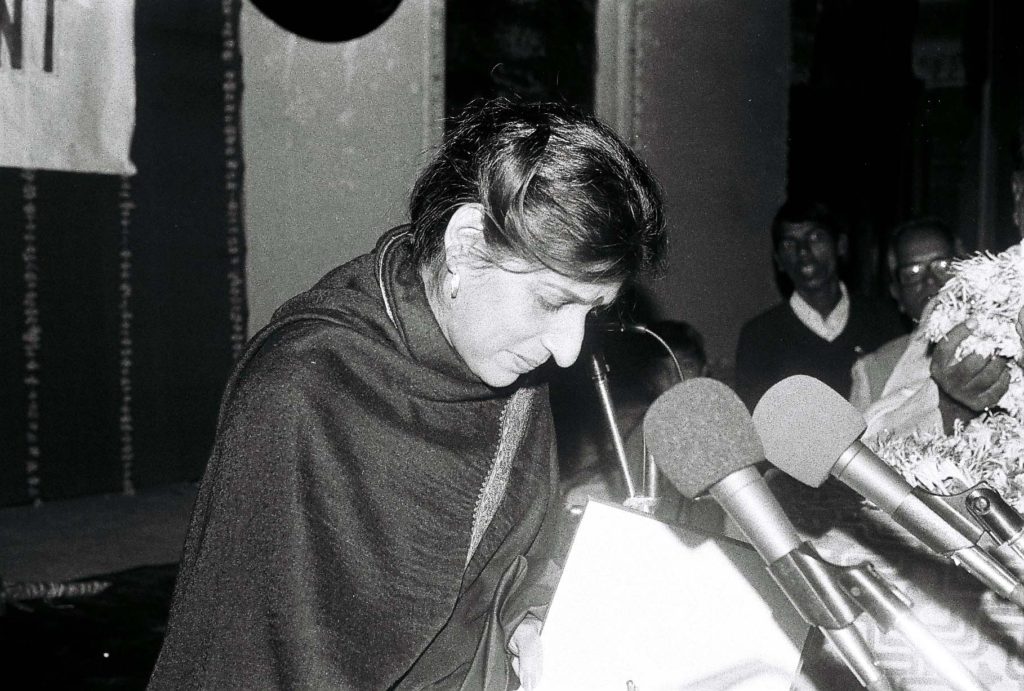
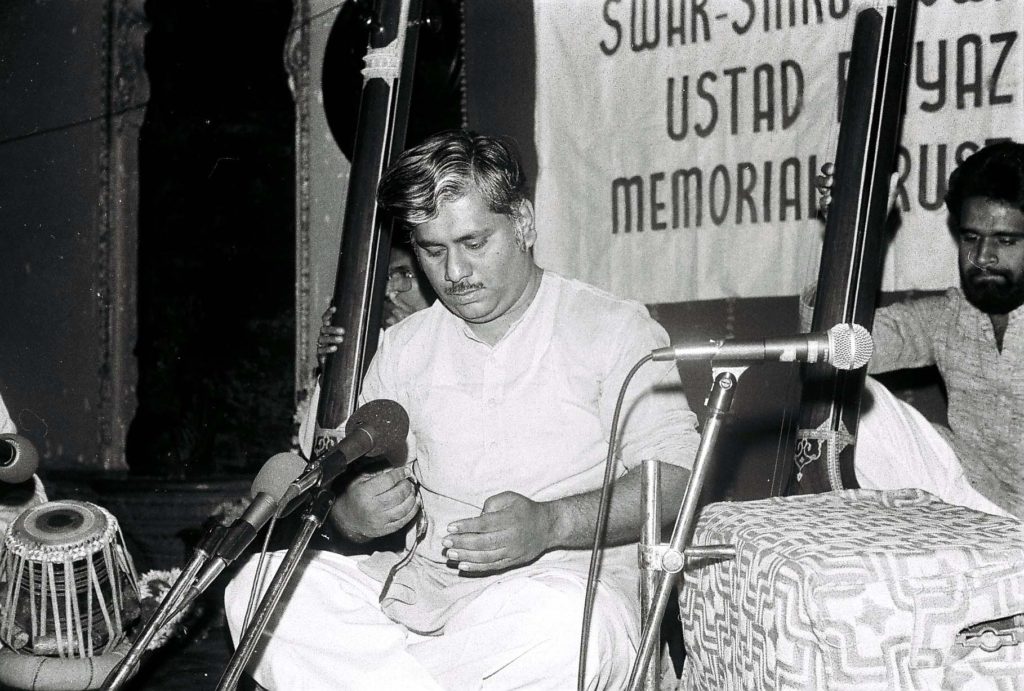


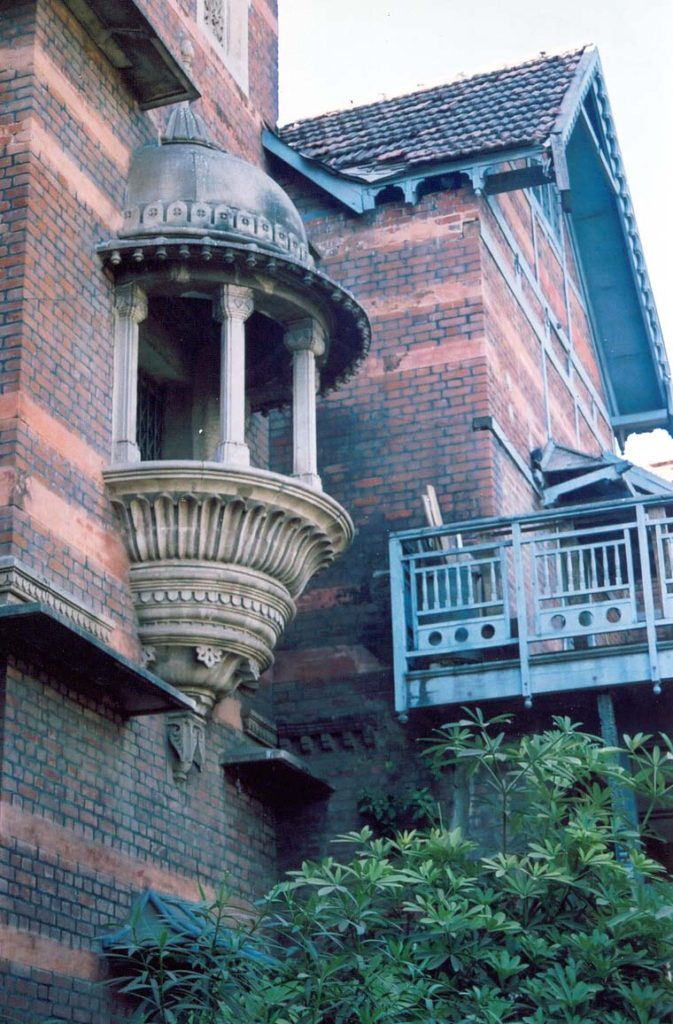
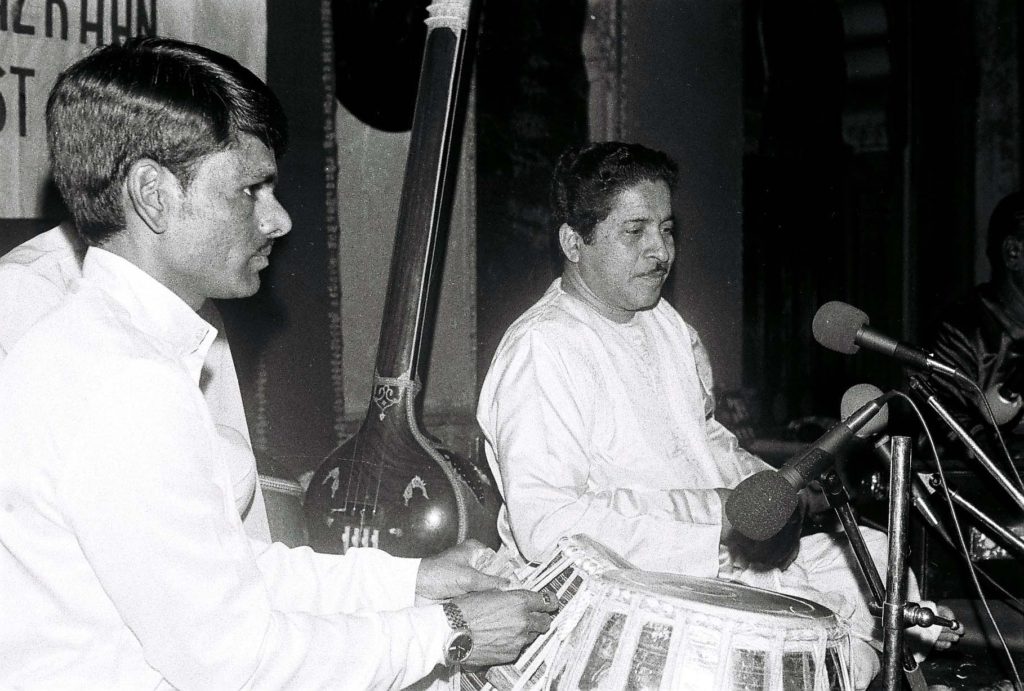
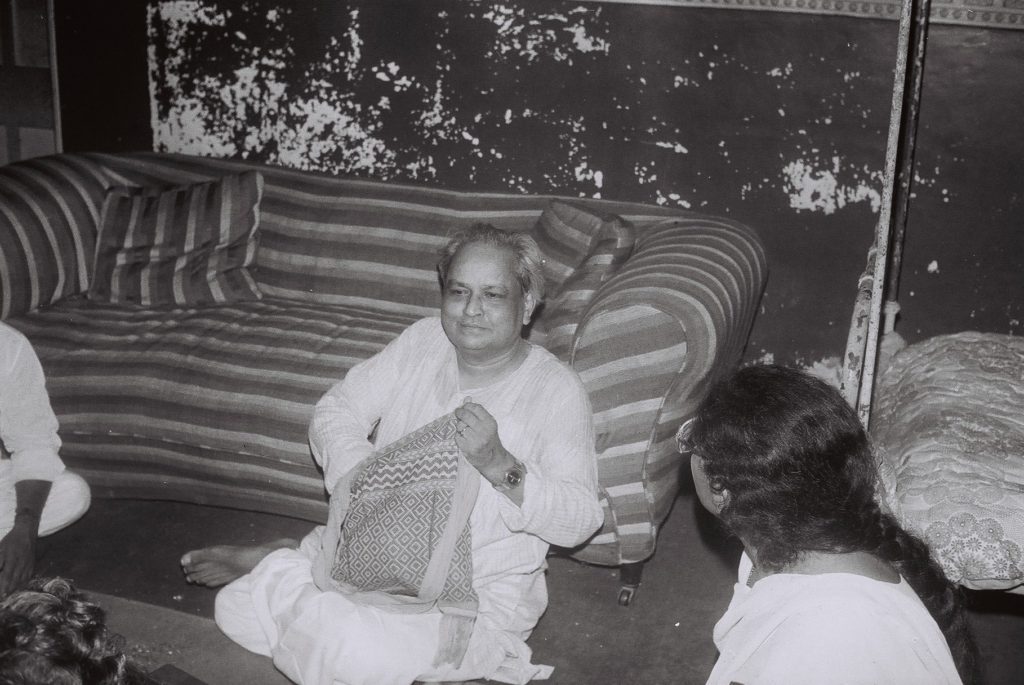
148.MEDITATION HALL
Late Manubhai Patel a versatile man was a very old friend of mine, he asked me to design a tiny meditation hall for the use of inmates of Nature Cure Center.” I don’t wish to spend much on it. Let us make it from economical material.” Manubhai had unquestionable faith in me. He always accepted whatever I did. He said “let us try with unusual material, using Hollow Ferro Concrete blocks instead of regular bricks. We were on the lookout for such blocks and found them. I said let us take the risk to use them as load-bearing walls.
The cost of brick was rupees five at that time and of the block was 29 rupees (15”x8”x8”). The volume of one block was equal to nine bricks. It was a saving of 35 % in walling. The composition of the hollow block was cement, sand, fine aggregate, and fly ash, and strength was 32 to 35 Kg per Cm2. There was a substantial saving in the use of mortar as well as plaster.
For placing the steel roof I used hollow blocks on both sides, to insert mild steel rods to make them as columns for safety. While designing two transparent passages 1.5m wide on either side were added to make the hall look like 9m x12 m size and more proportionate. The minimalist approach is inherent while doing anything since childhood. There was no desire to make the building stand out. It is inward-looking. The design was ready in my mind. I neither prepared a drawing nor Manubhai asked for it. I explained the mason and marked the building on the site, and he did the job.
Being a photographer I used small apertures at floor level and brought in light from all possible ways to avoid glare in the eyes those would meditate. Invitees said, “They have not seen a space like this so far”. Manubhai called many people to see it, several times. He expired two years after the inauguration. It was luck to fulfill his dream.
Commencement – May 2013 and
Inaugurated on Dussera, 14th October 2013.
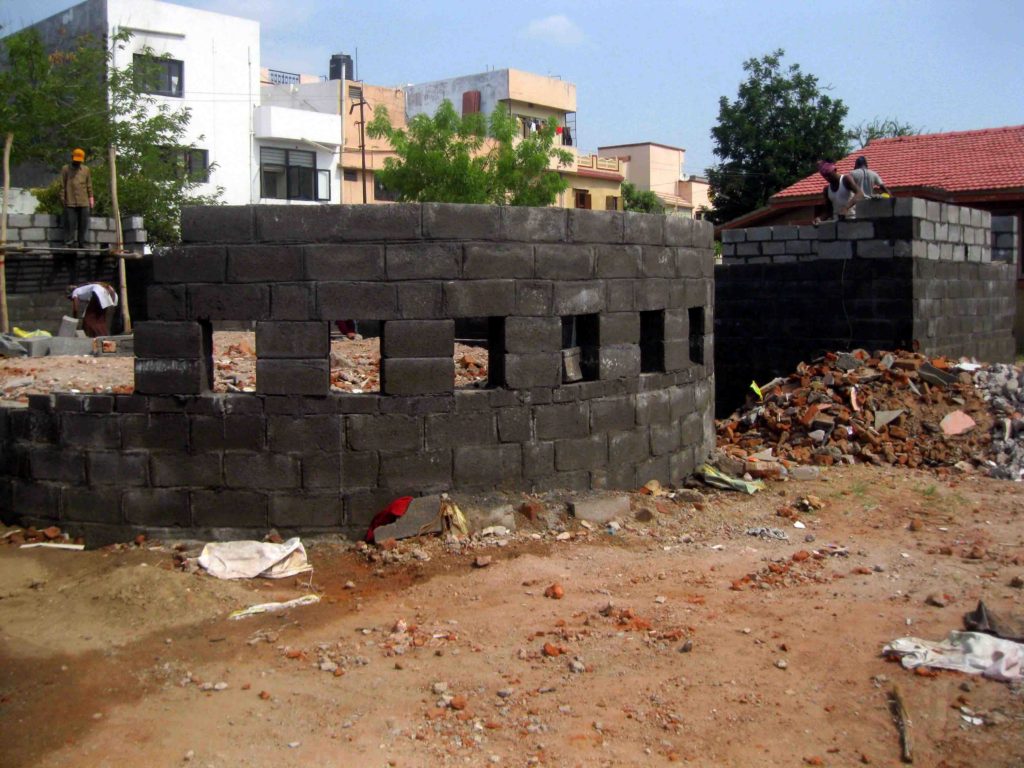
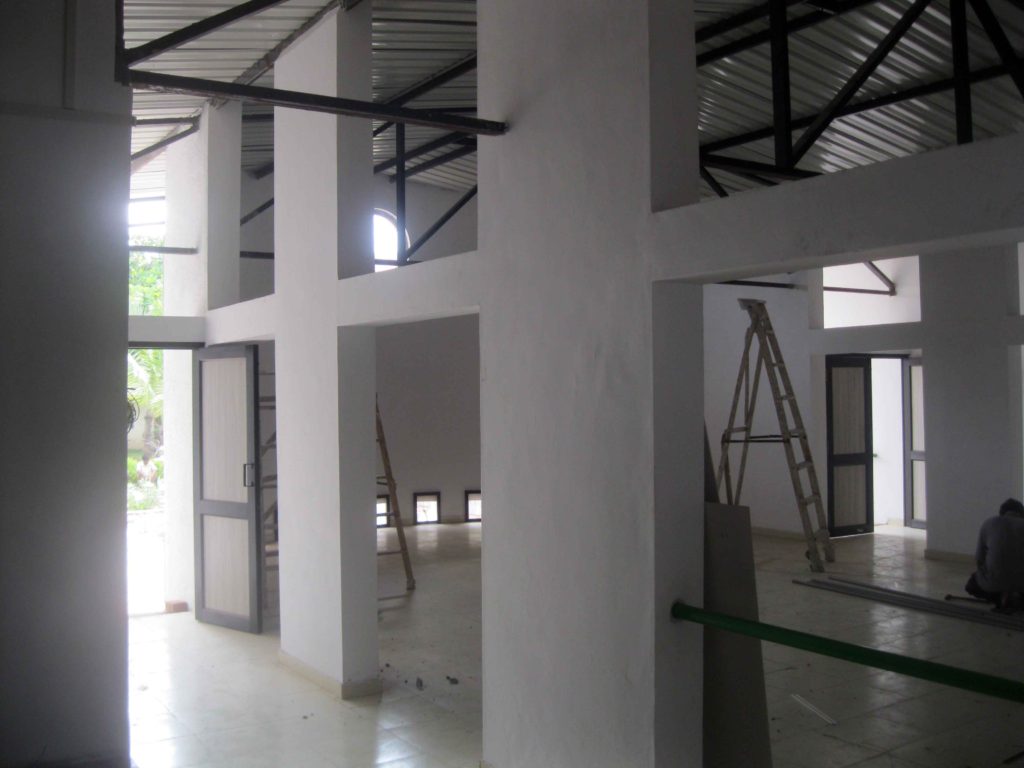





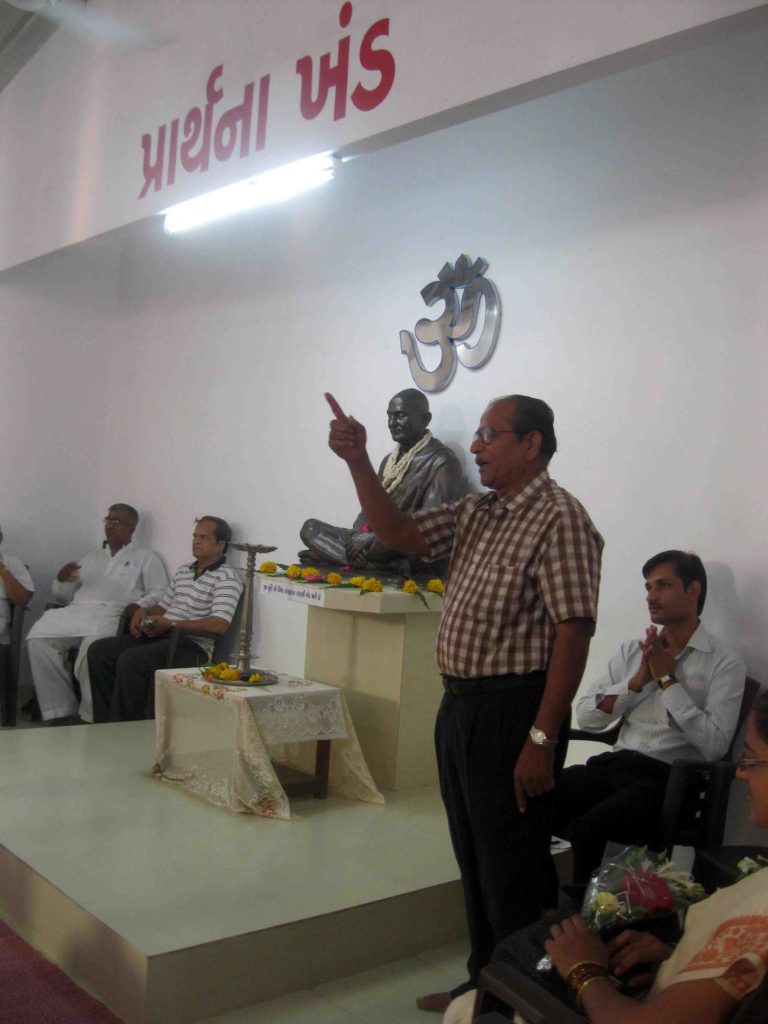
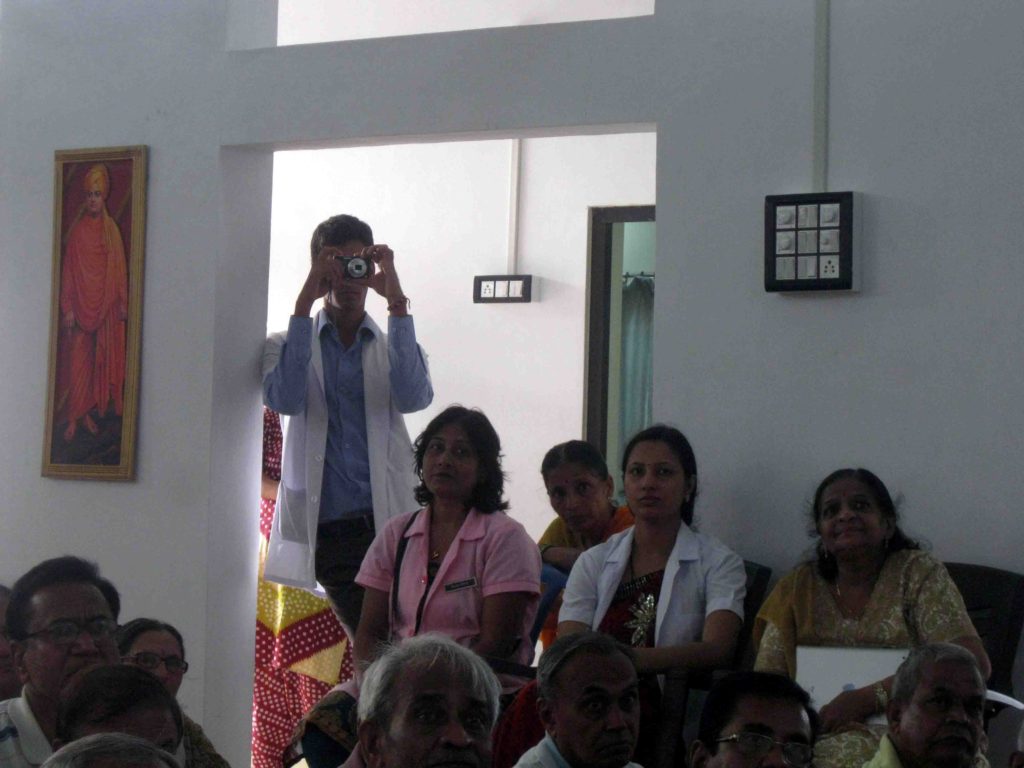
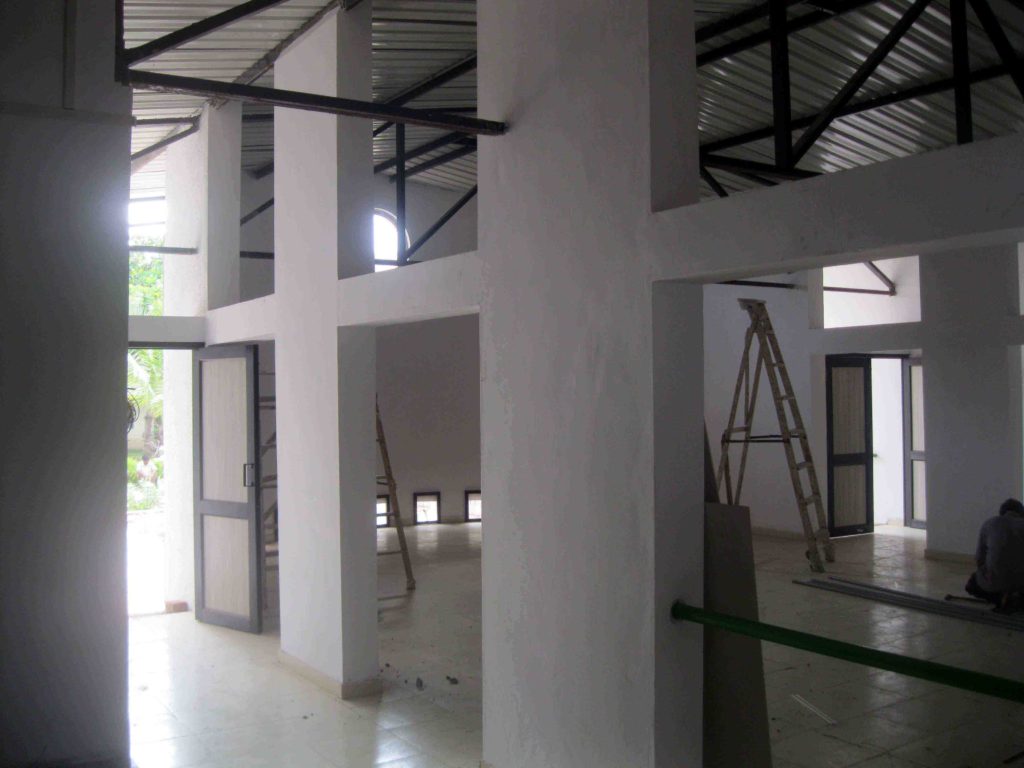
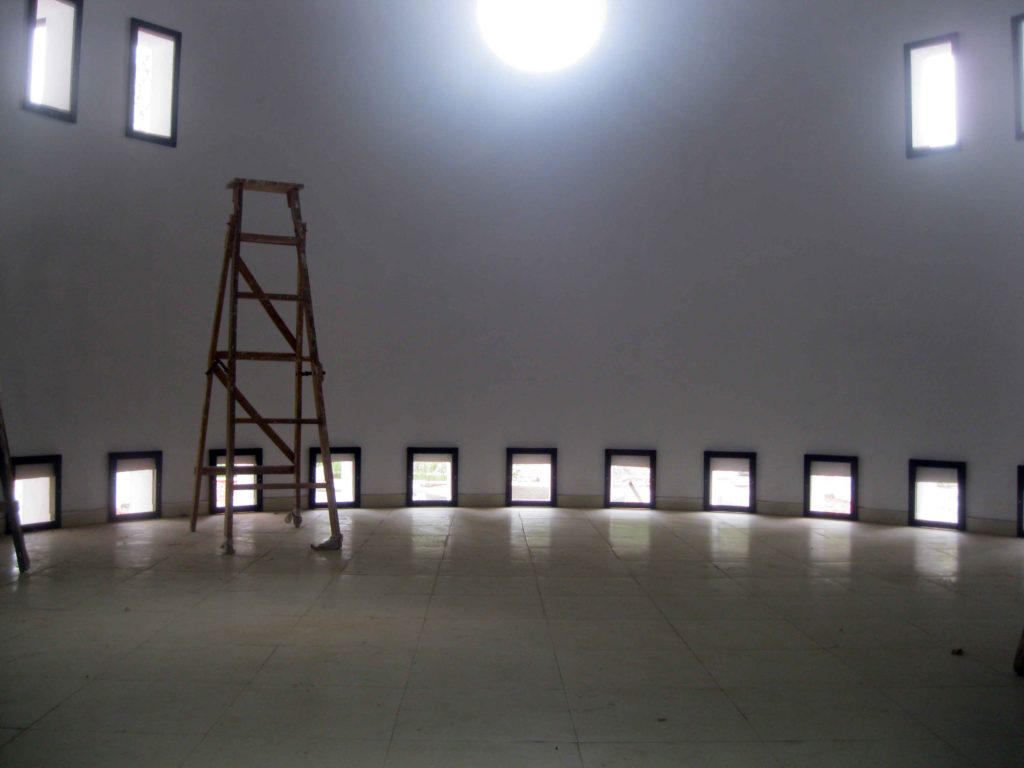
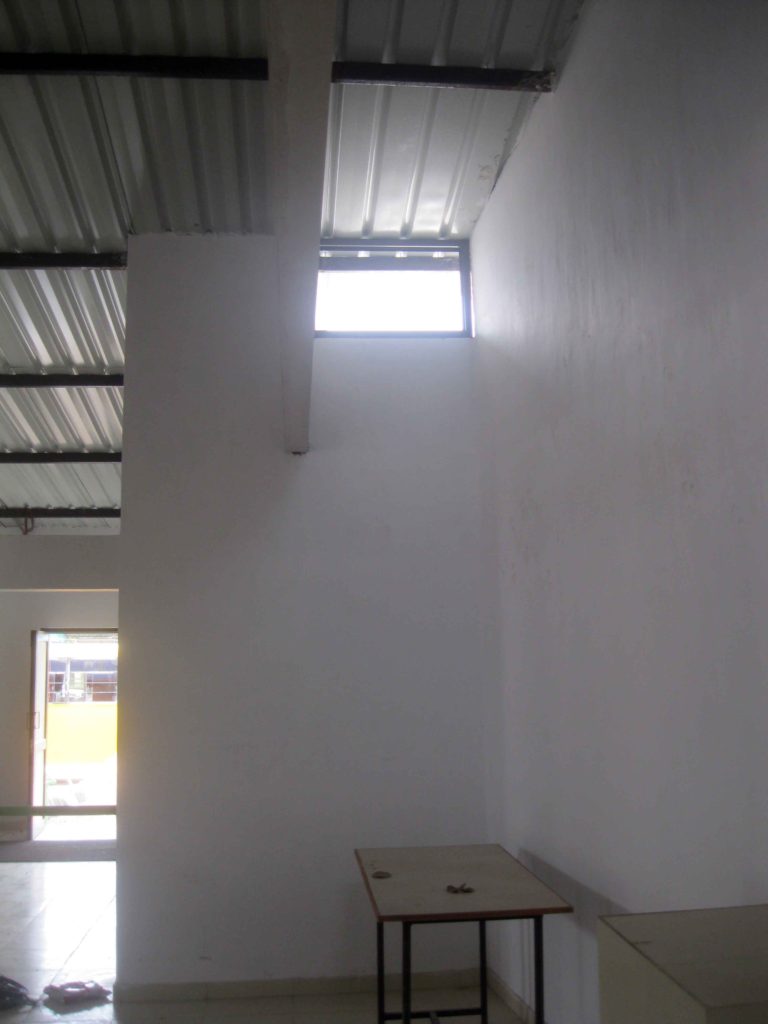
149.KILLER PANDEMIC (PLAGUE) IN VADODARA -1896
The population of Vadodara in 1891 was 1, 12,471. The male-female ratio was 1000- 857, and the area of the city was 8 square miles (20.792 sq. km).
The first family to leave the congested part of Baroda City within four gates was that of the Rulers of Baroda residing in Sarkarwada and Nazarbaug, ocupied Laxmi Vilas Palace in 1892, well before the great Pandemic of Plague (1896) engulfed the city. Looking at the initiative taken by Maharaja, people related to Royal Family and high officials also built their houses away from the core city. Many defied the old pattern and preferred isolation and distancing. It was done voluntarily and had nothing to do with Town Planning.
While working on the Draft Development Plan in mid-sixties, I noticed appalling figures of the census. The population of Vadodara in 1891 was (1, 12,471) in 1901 it was (1, 03,800) in 1911 it was (99,300) and in 1921 (94,700) during all these periods the population of the city reduced substantially.
The killer plague was so severe that in Baroda State comprising Baroda, Navsari, Mehsana, Amreli, and Dwarka (Prants) that many people died, during 1902-1903 – (10,196), 1903-1904 (14,946), 1906-1907 (14,618)
Whenever anyone was found dead, all members of the family had to vacate the house, which was very painful. Household surveys were conducted by the local authority for investigations.
Scared people fled to their villages. Authorities observed that the
migration of city dwellers to villages was spreading the epidemic. The government tried to stop it but it was futile and the epidemic took the toll.
Free will design of POLs (narrow lanes) and close clusters were improper. Clusters that may please the eyes are deceptive. I have stayed in one such bad POL in Raopura for a decade. It was the worst period of my life.
Patrick Geddes must have been called to rectify the improper plan of the city after the Pandemic. He suggested “Conservative Surgery” to improve the physical structure of the city. Few things were executed according to his suggestions as we see today.
Please look at the map and see that the areas affected by Plague (124 years ago) and COVID 19 have majorly remained the same except for the fact that Plague was carried to surrounding villages by migrants. In the case of Covid-19, it did not happen due to lockdown. People themselves should get their houses audited for healthy and hygienic living and decide what to do. We can’t call Patrick Geddes.
Please keep away books on Urban Design written by the Western authors. They are irrelevant to us. The geography and climate of our country are unique and urban issues of the western world are different. We shall have to sort out our issues with research and data because ‘opinion’ is useless in Urban Design, and Planning.
Reference: Chapter IV. Disease and Epidemics in the Baroda State

Map of Vadodara 1909. Traced from the original by Preeti.
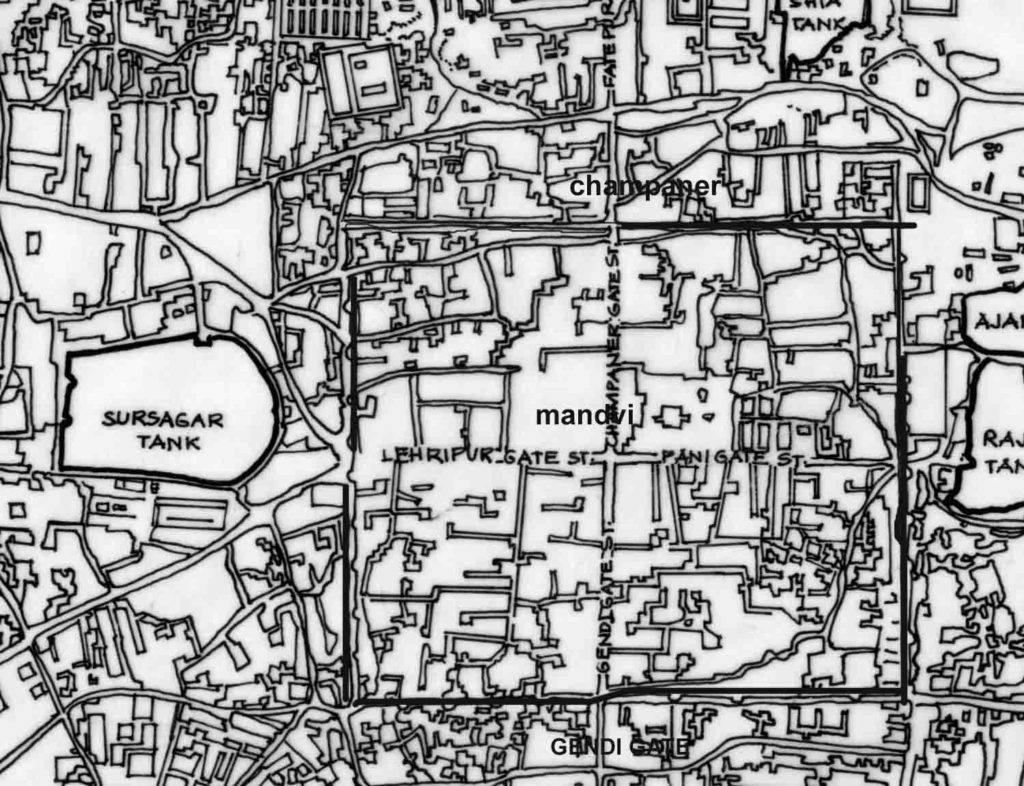
Map of Vadodara within four gates.

Sketch of lanes (Pols) opposite Raopura Police Chowky
The lanes lacked visual privacy as they were only 15 to 20 feet wide
Many residents reduced the area of their own small courtyards provided for light and ventilation to increase useable space. Sunlight hardly entered the houses making it unhygienic. Water Closets were at the entrance. After their use, there was no scope to wash feet and hands.
Sir true I remember this valuable learning from you, that we must understand the threats present in the over crowded, high density, low ventilated and less sunlit, present in the construct of tissue of old city areas……for good health and contagion spread
Kaushik Mehta Very relevant to prevailing circumstances also. Very useful comparison for students and planning professionals to learn lessons. Thank you for sharing your story
Shashikant Kumar Lucky to have this narration. but would like to investigate 1918-20 flu in Vadodara. Any reference?
Shikha Mehta has So well written Sir! To point out the relevance of today’s issues, going back to its roots is a nonpareil approach. I totally agree with the last point, the urban design/ planning books written by Westerners have no relevance to the Indian Fabric. However, I (might be wrong) think much publishing needs to be done in the Indian context. I am sure there is so much research done in the design and planning field but yet when we go online to search for references – all we get is Western resources.
I have read many books on Urban Design but all are not so useful for our purpose. But many colleges are insisting on planning in the studios on the bases of such books.
sir… Truely patheitc decision
Similarly, I had to trace the whole of this area in 1999 and CAD converted the who city survey maps while doing the ABC of Vadodara..a street map (100 nos maps of notebook size) with societies and facilities next edition was revised the Second edition in 2010 both editions were published by Hotel Surya Palace.
I have the first edition and not the second. Someone should take up the study. I have all the Gujarat Samachar newspapers which were giving affected persons from various areas . They should be mapped properly. I have not narrated about what the residents in venerable areas. But they should go away from the localities.
Pallavi Mahida So true Sir. In such dense fabrics, how do we even think of social distancing? a very relevant issue for urban planners.
150. OLD AGE HOME– ATHSHRI PUNE
1. Our family friend stays in an “Old Age Home” (OAH). 250 blocks in a complex were sold quickly, which showed the social need. The colony provides most of the needs of the occupants. The built-up area of the flat is 650 square feet which have a kitchen and living in one space. A decent bedroom and a large toilet where a wheelchair can enter easily. The cost of the flat was ten lakh sixteen years ago. Many couples from Mumbai purchased as a second home and enjoy the life of Pune. occasionally. We appreciated our friend’s idea of staying there. Once we stayed with him for two days. He made a provision for our stay in a guest bedroom those are available on rent. In sixteen years two hundred deaths have occurred but they are not perturbed and say life is like that.
2. One of my smart classmates started an OAH and our class was surprised by her decision and we congratulated her when we all met to celebrate fifty years of our alumni meet. Now the OAH has completed sixty years
3. Our friends and relatives, couples, or singles are staying in their own houses and not with their sons or daughters. They are in Vadodara, Ahmadabad, Mumbai, Pune, and Vidarbha. So far we visited every one of them, but no one ever discussed whether to stay in OAH.
4. As per the 2011 census, 10. 4 crore elderly persons are in India, out of which seven crores are in a rural area and remaining in urban areas. In rural fabric, old people are absorbed by folks like relatives a unique support system. But in urban areas families are detached from neighbors hence the number of OAH is growing in India. With the grace of god all senior citizens known to us are healthy and living in a decent manner including our friend who stays in OAH.

A Builder foresaw the need of the people whose sons and daughters are abroad and who can afford to pay for a studio apartment like accommodation with a kitchen, dining, sitting are and a decent bedroom for the old husband and wife or a single person. Builder built 250 block having facilities for senior citizens


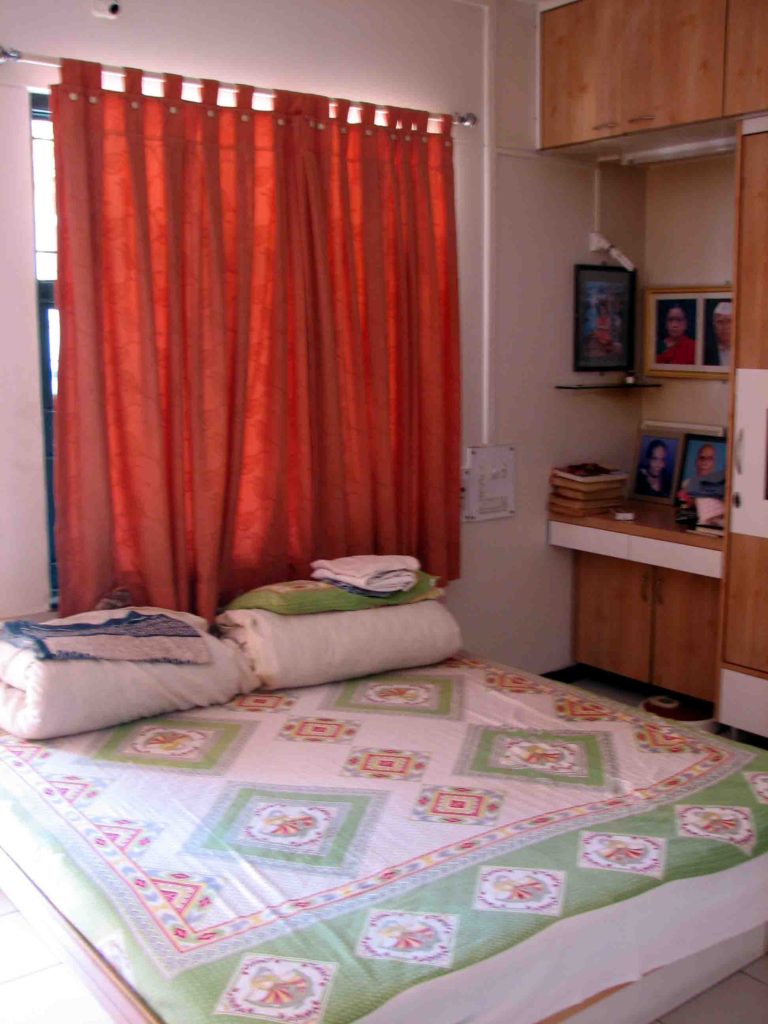
151. GUHAGAR AND GANPATIPULE
Visited in May, 1978
I had a desire to visit in 1978 we visited Guhagar near Chiplun, our place of origin. Someone from our family migrated. There were a series of migrations and I am in Vadodara. Guhagar has one of the best beaches between Alibaug and Goa. Several families like ours migrated from Konkan, Kathiyawad, and Kutch. It was not possible to survive with limited resources We never used our ears and eyes as At Ganpatipule A priest made our lodging and boarding comfortable. In the evening it became pitch dark thousands of glow-worms were glittering over a huge tree. It was a great sight. I was forced to get up at midnight, by the roaring sound like a tiger. It is locally called गाज. It was an experience. Our host, old man, and his wife got up early and called me to take bath and go to the temple and offer प्रदक्षिणा around the hill of God. The man drew water from the well for us. Before others were ready, I inspected the house. There was an ambulatory of about six in the house with a stone plinth in the center. The soffit of the roof was hardly seven feet from the ground, to protect the house. I never saw such an arrangement. Along with the house, there was a watercourse known as पाट in Konkan.While taking a round of the hill I was thinking about those two old people. Their married daughter stayed in Mumbai. How would they live in such a small place where no modern facilities are available. Will that small hamlet will be able to offer a support system?My classmate had started a वृध्दाश्रम. She is running it to date. I agree with her 50.50. My friend who accompanied us on the tour is staying in a Senior Citizen’s Colony in Pune for the last sixteen years.
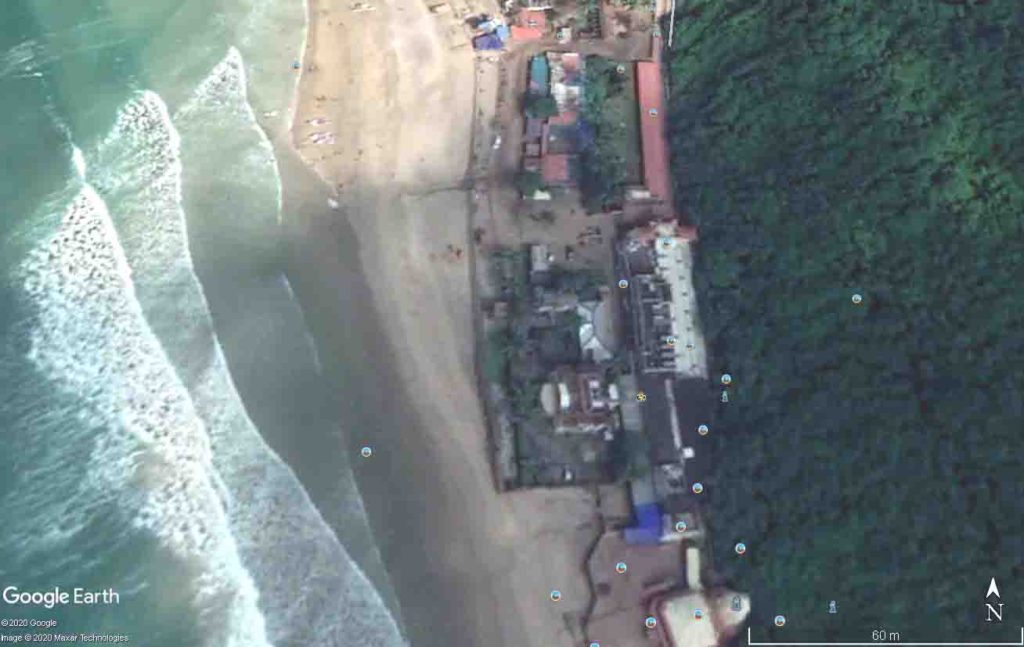
Ganpatipule as seen in Google Earth
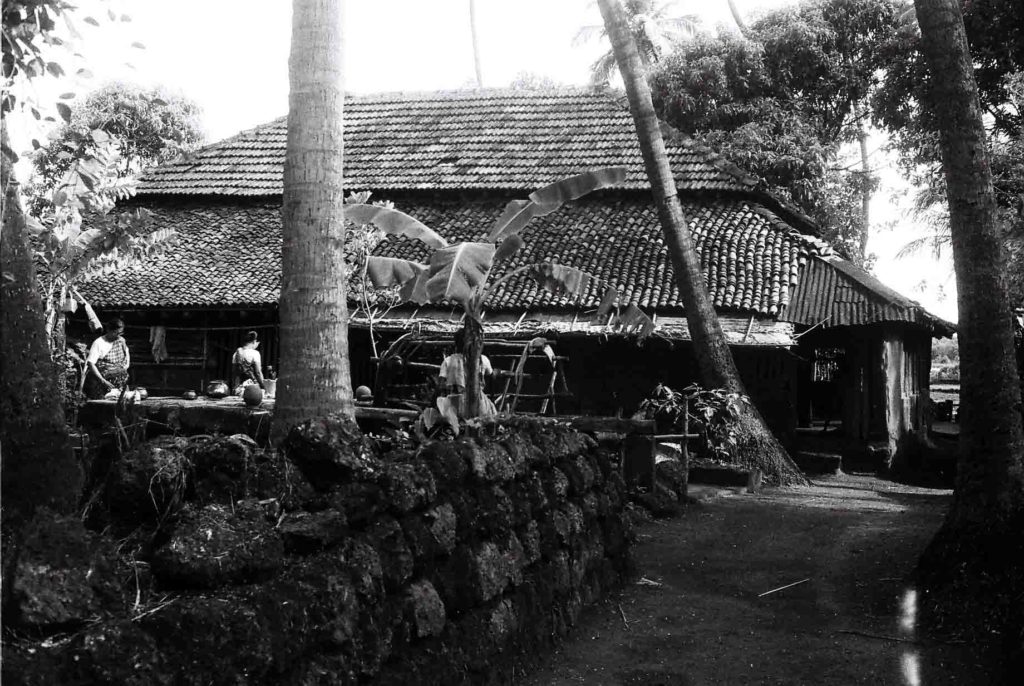
The house where we stayed at Ganpatipule
Beautiful location, grand beach

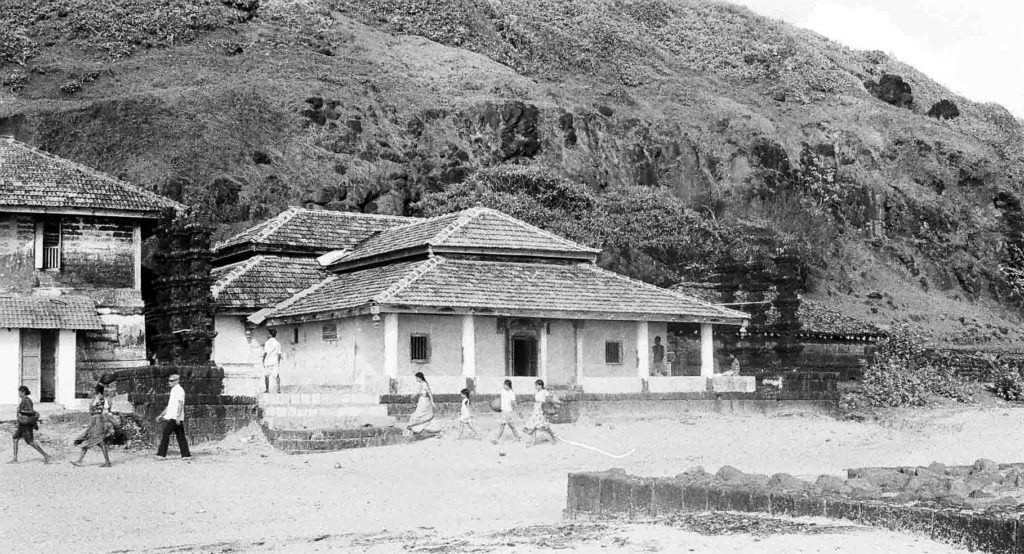
Temple of Ganpatipule facing West

Coconut trees on the beach at Ganpatipule
The Western Ghats lie roughly parallel to the west coast of India. A chain of mountains running parallel to India’s western coast, approximately 30-50 km inland, the Ghats traverse the States of Kerala, Tamil Nadu, Karnataka, Goa, Maharashtra, and Gujarat. Ganpati Pule is a tiny beautiful dot in the long Western Ghats.
Floral Clock at Sayaji Baug
Most photographed feature in Vadodara since the arrival of digital technology is Floral Clock in Sayajibaug located few meters away from second gate. It was designed by me in January 1976
I had never seen such a thing in my life but imagined a huge clock surrounded by trees and flowers in a specious Sayaji Baug,
It appeared in three films, two Gujarati and one Hindi
Clock works with the principle of synchronized weight and train mechanism Master clock work on DC current and sends signals to the motor in the concrete box and both the hands move
Alternate triangles were planted with Red and Green Alternanthera Grass
Postcard of the Floral Clock was sold in large number few years ago
It was inaugurated with pompous fanfare by the Gujarat Minister for Power and Industries Mr. Bhailalbhai Contractor on 25th January 1976.
Cost of the work: 44,000 rupees.
Earth filling : 30,000 cubic feet : 840 cubic meter
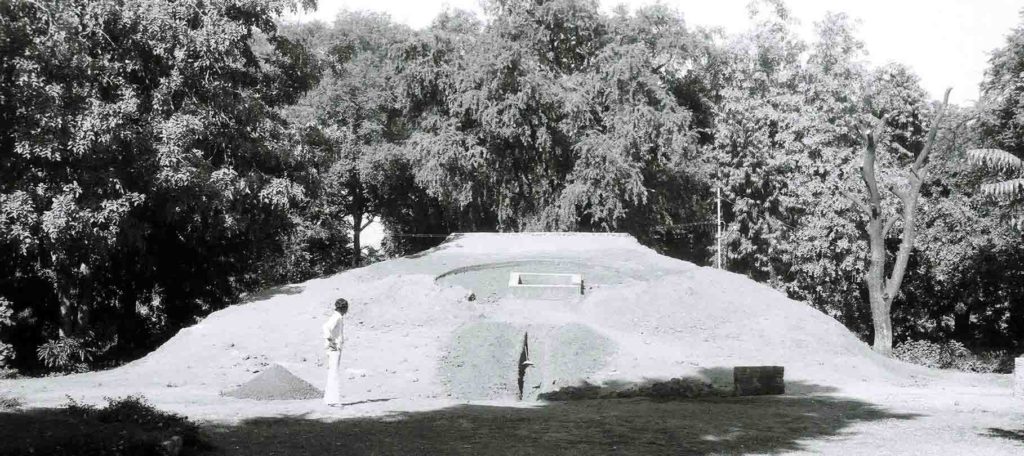
A pit was created to place a motor and a rotator for hands to move as per the time . The wire was connected to Master clock located little away


Inaugurated with tunes of Brass Band at the background

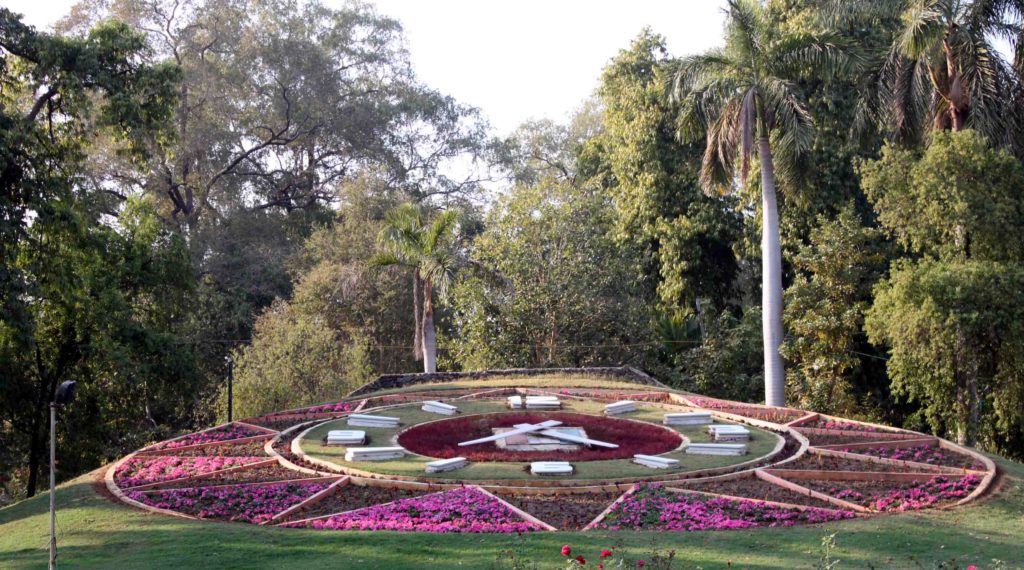
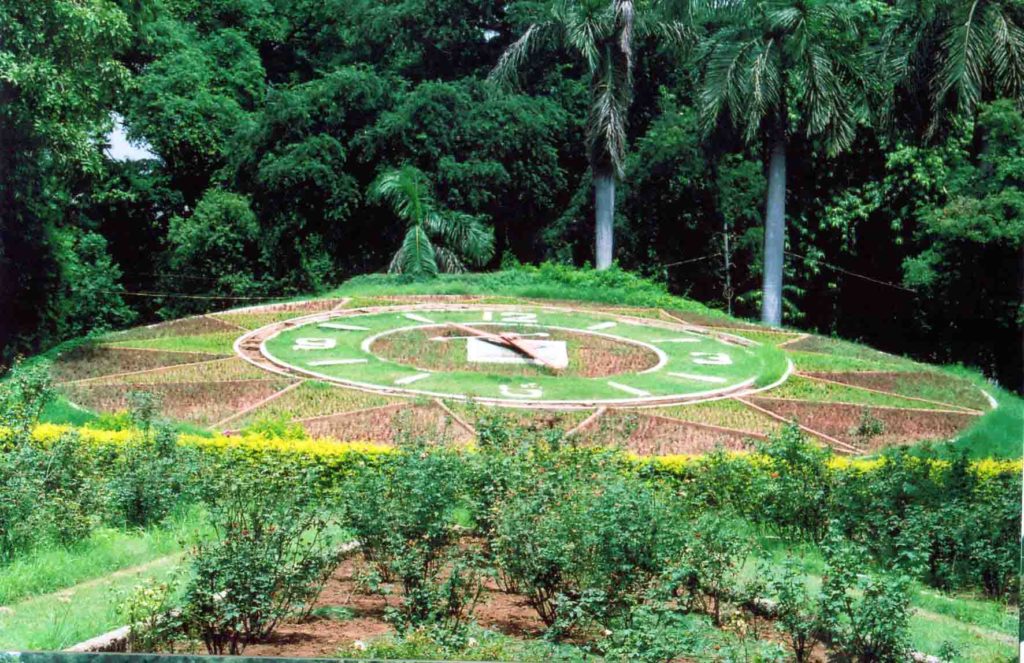

Coloured triagles with green and red Alternenthra grass are clearly visible
Design of a primary school on columns, Art Gallery at Badamdi Baug, 720 EWS, LIG, MIG Housing Units at Vijaynagar – Harni and 257 LIG units atTarsali, as well as Floral Clock, gave me work satisfaction.
Email <prakashpethe@gmail.com>
22nd March 2021